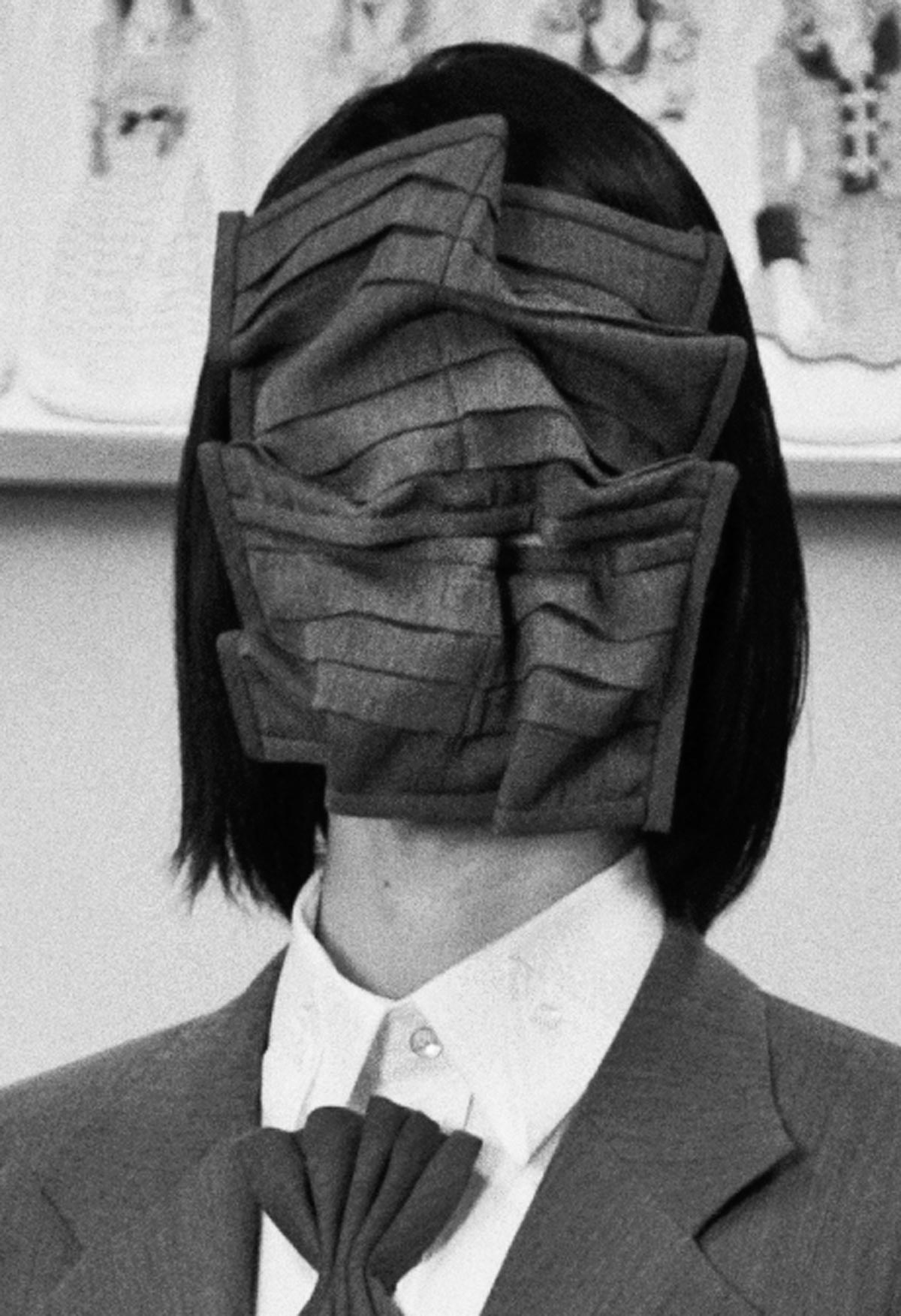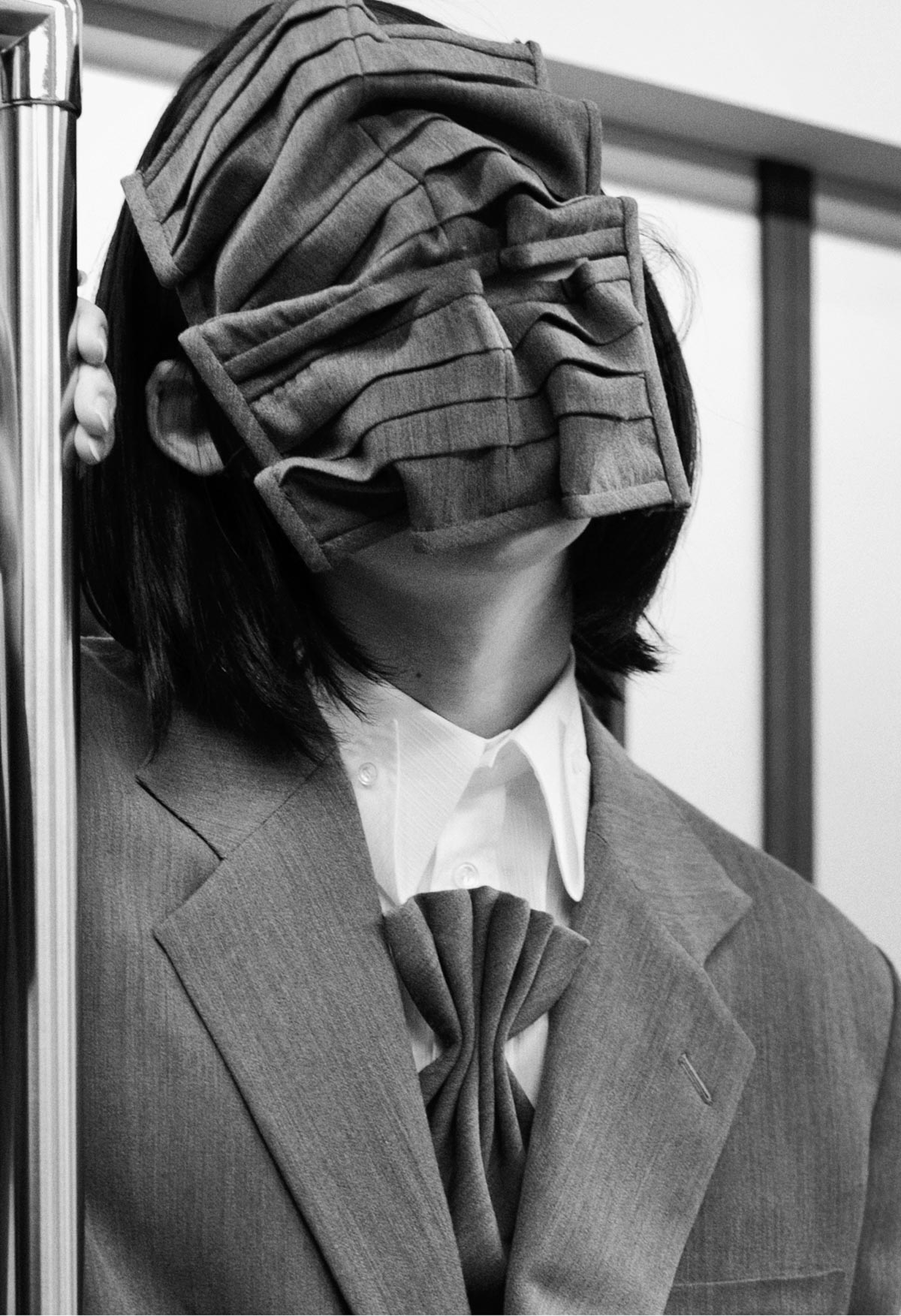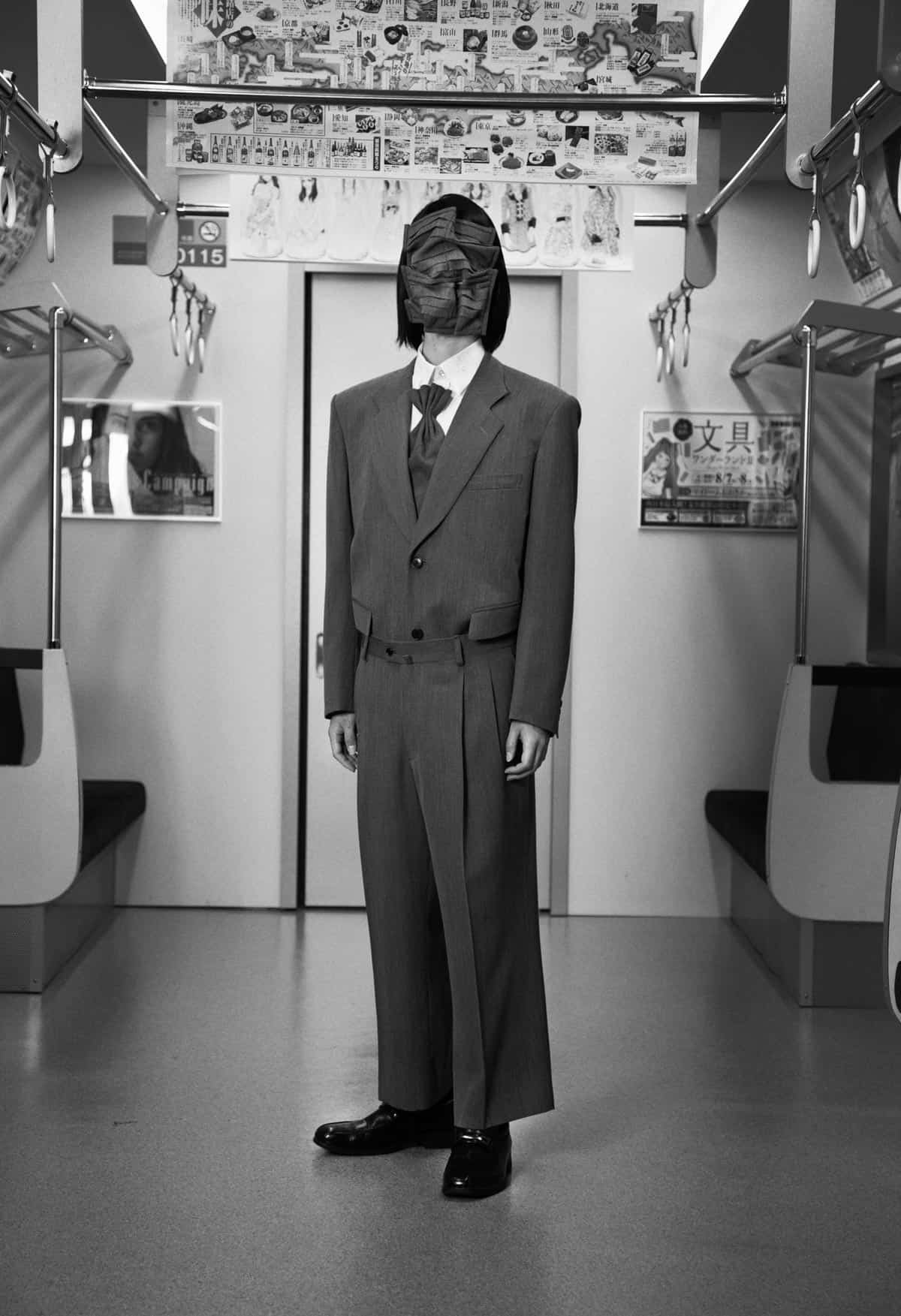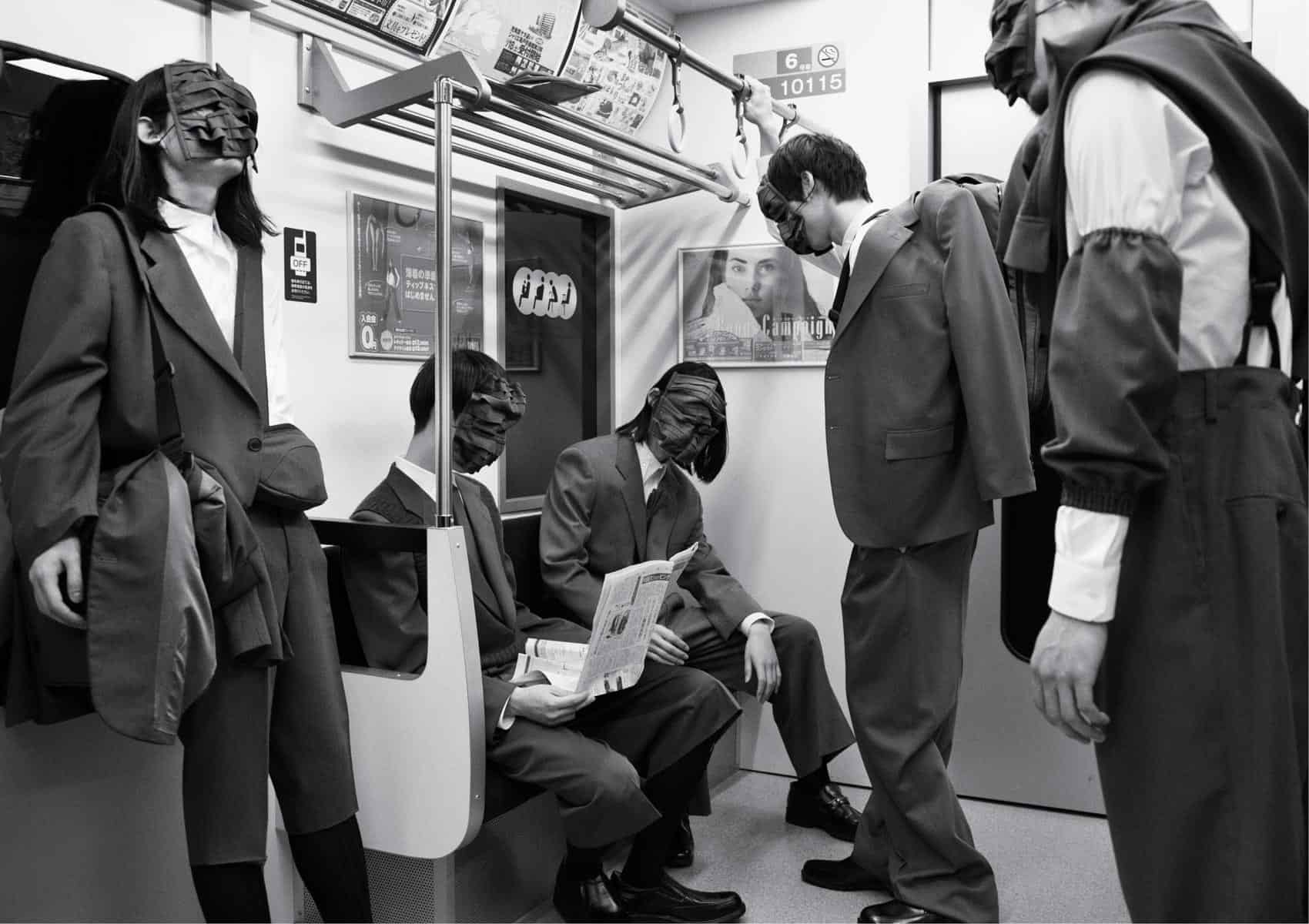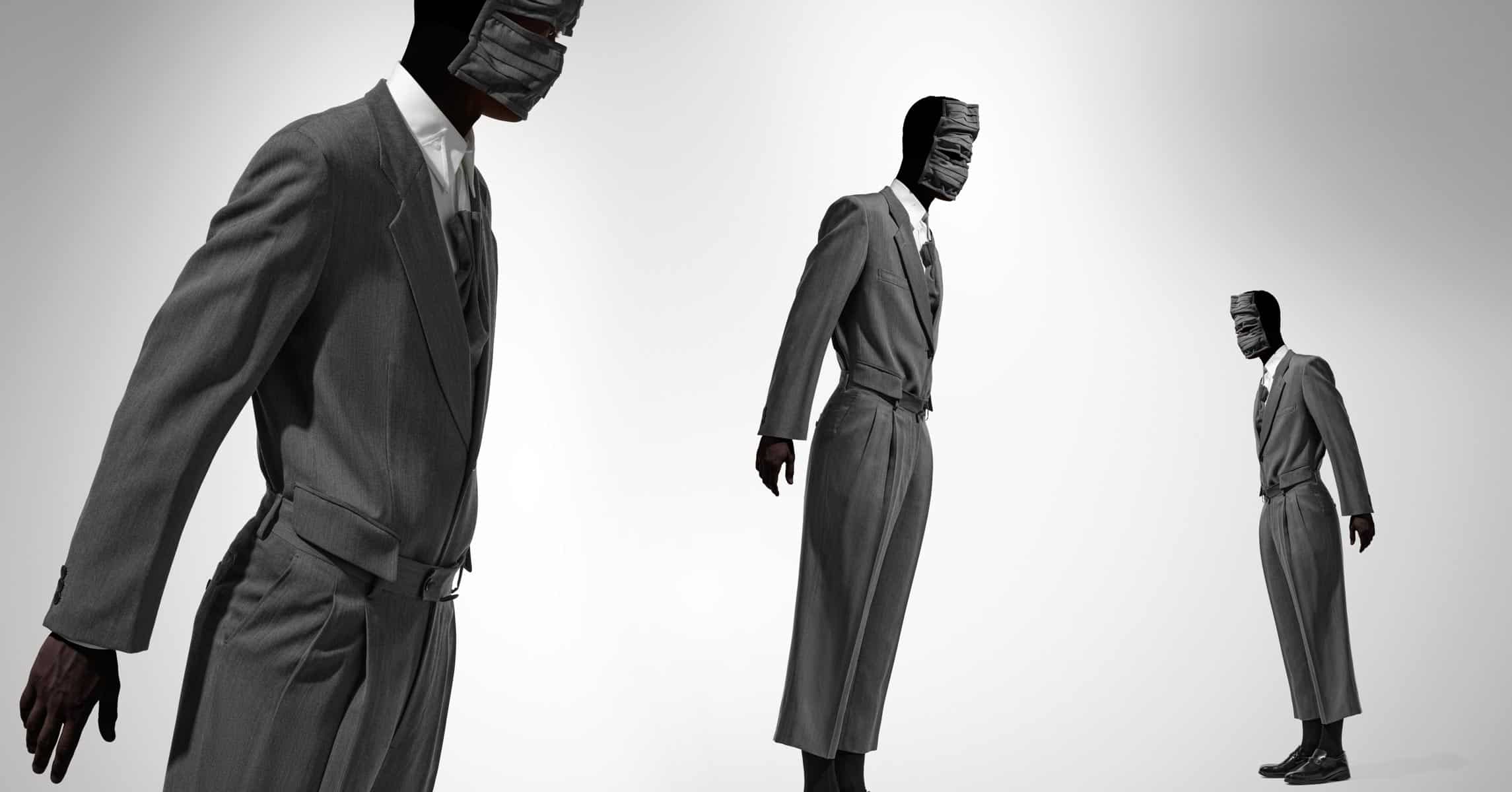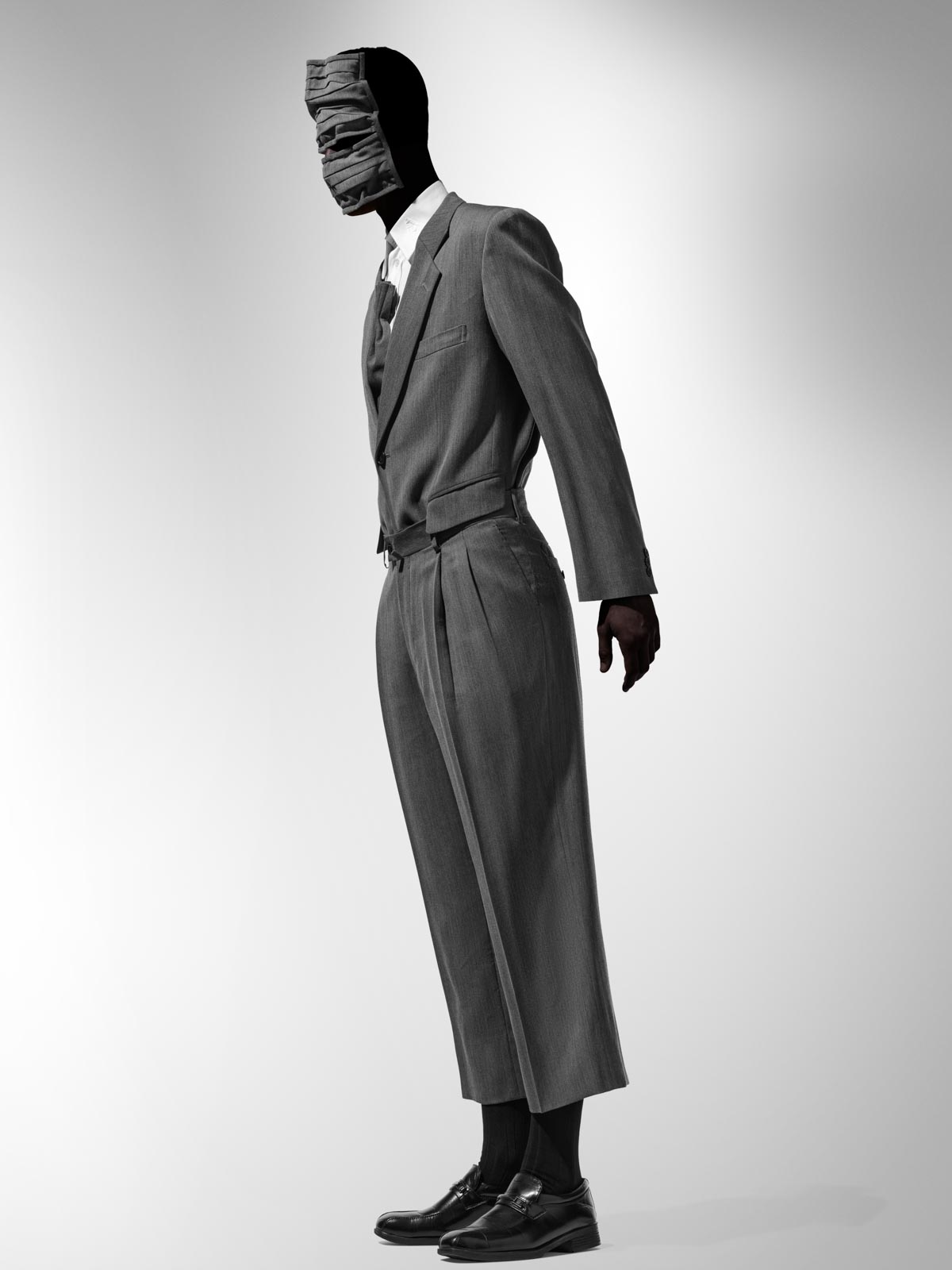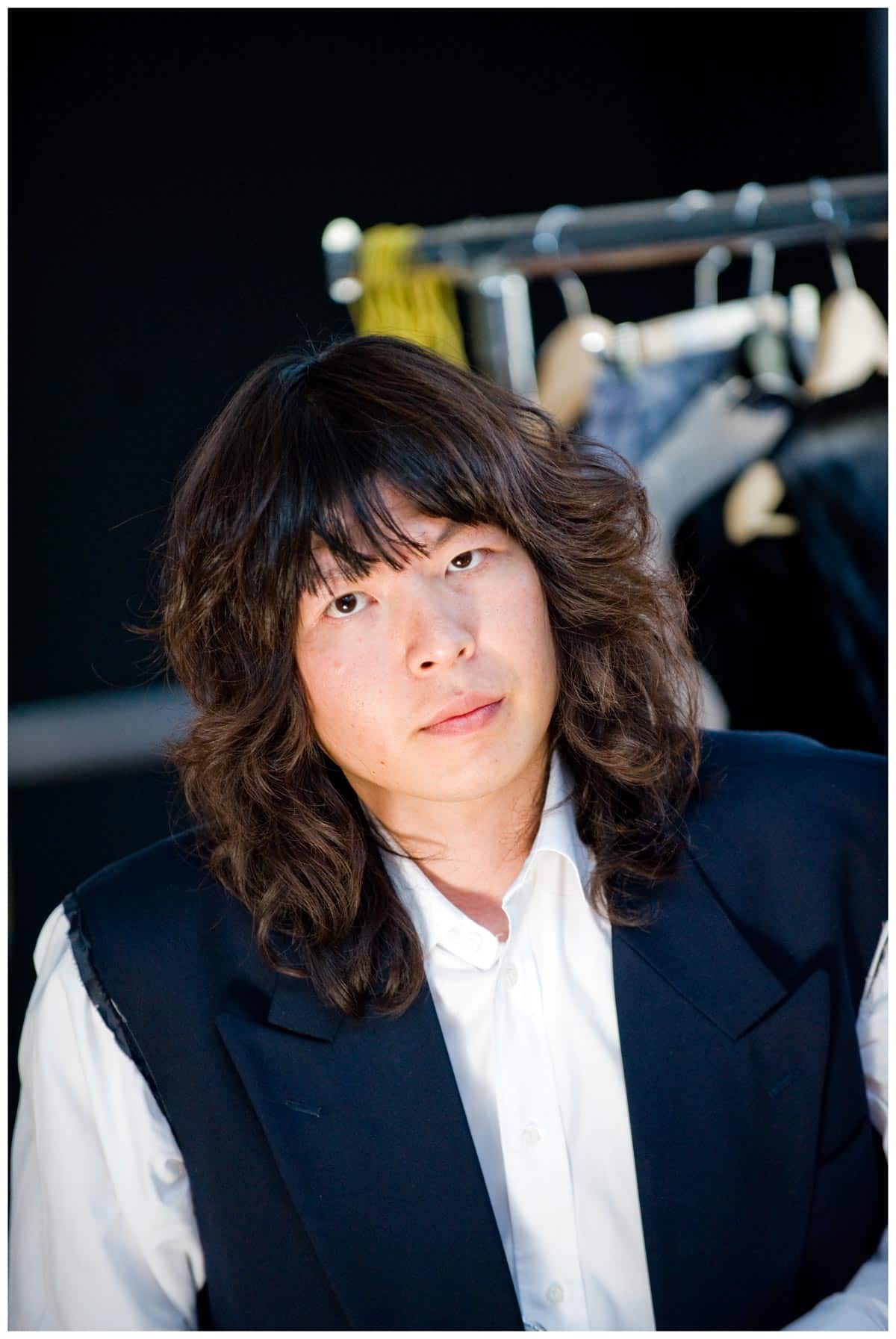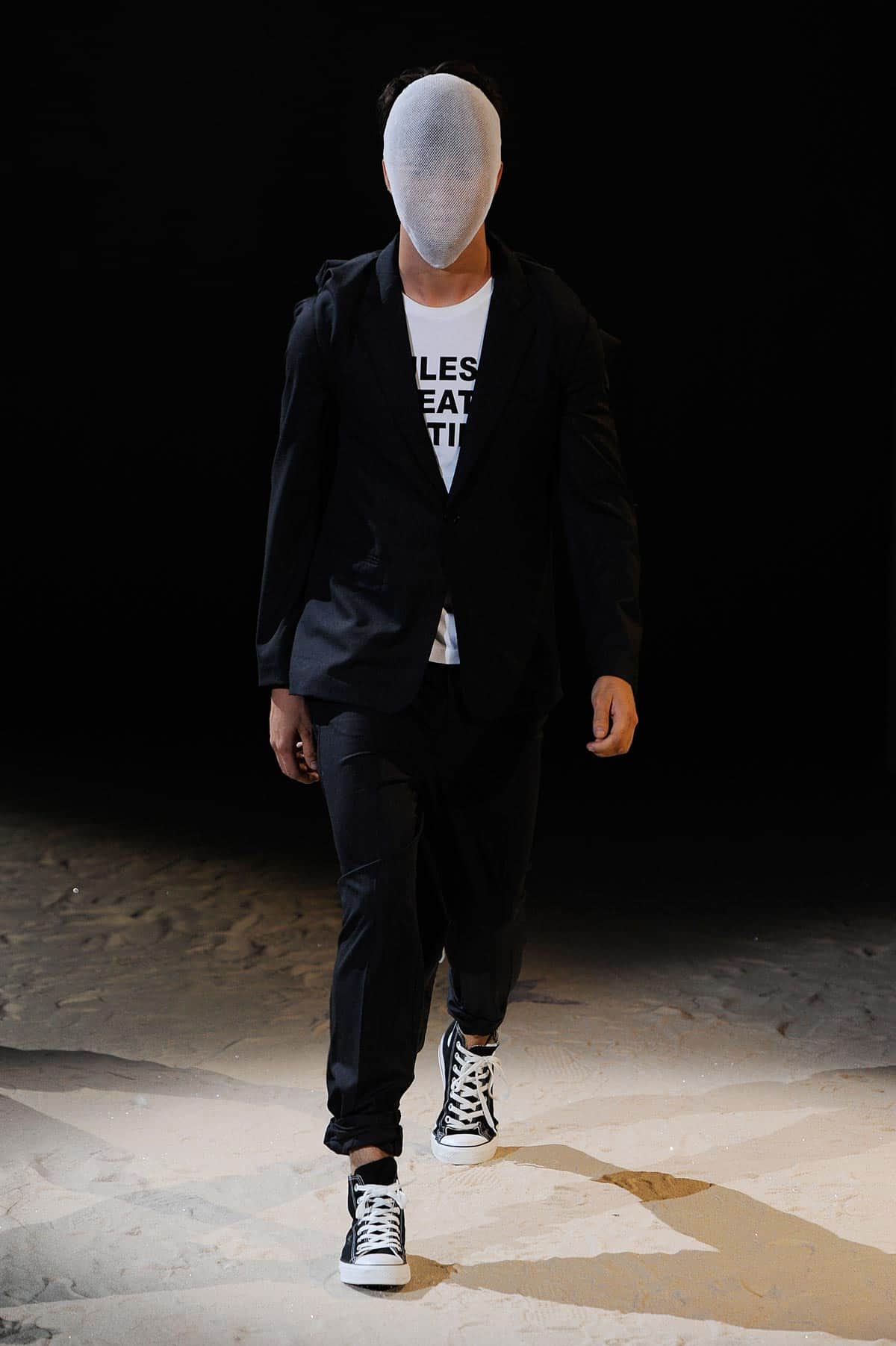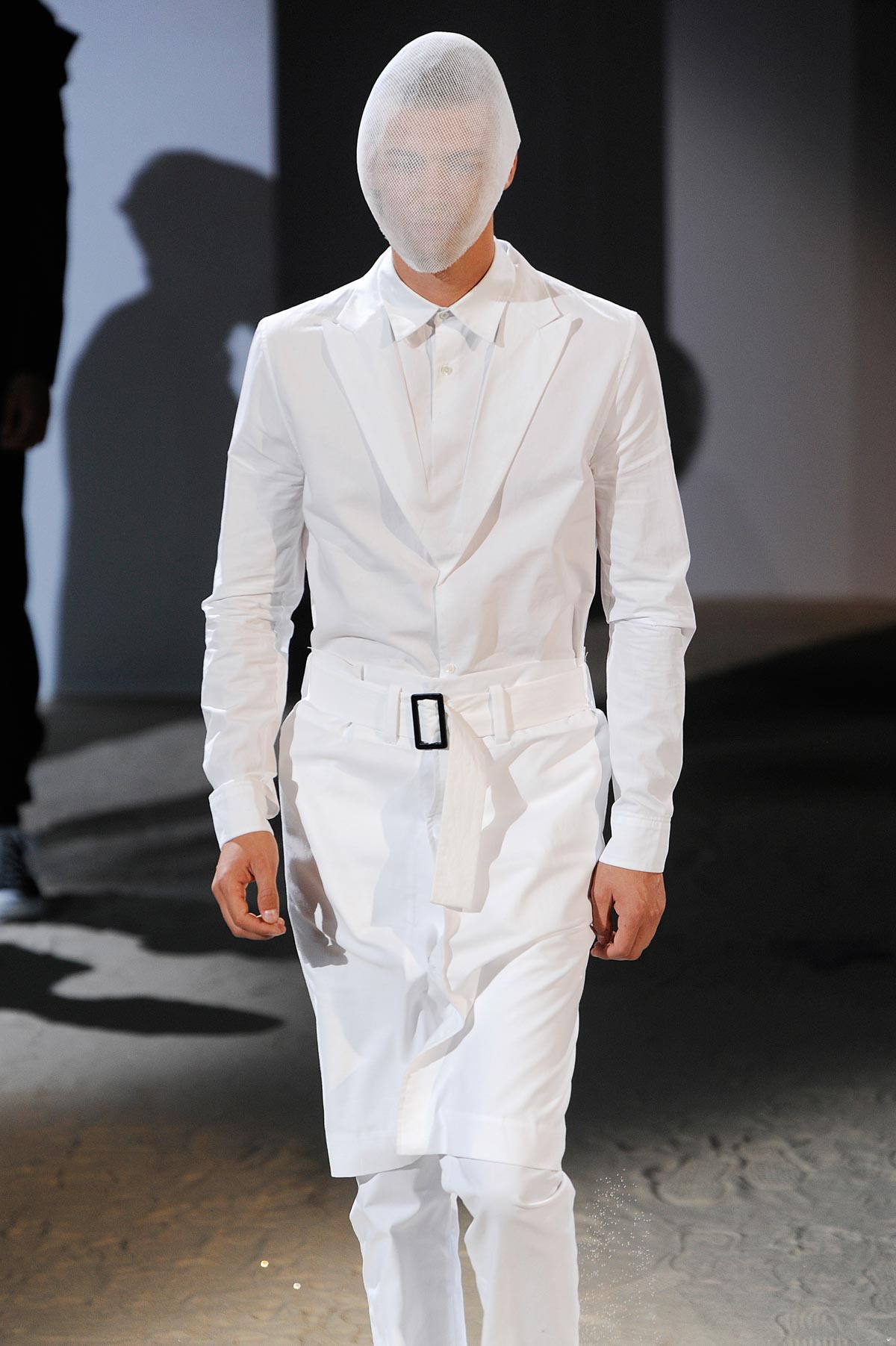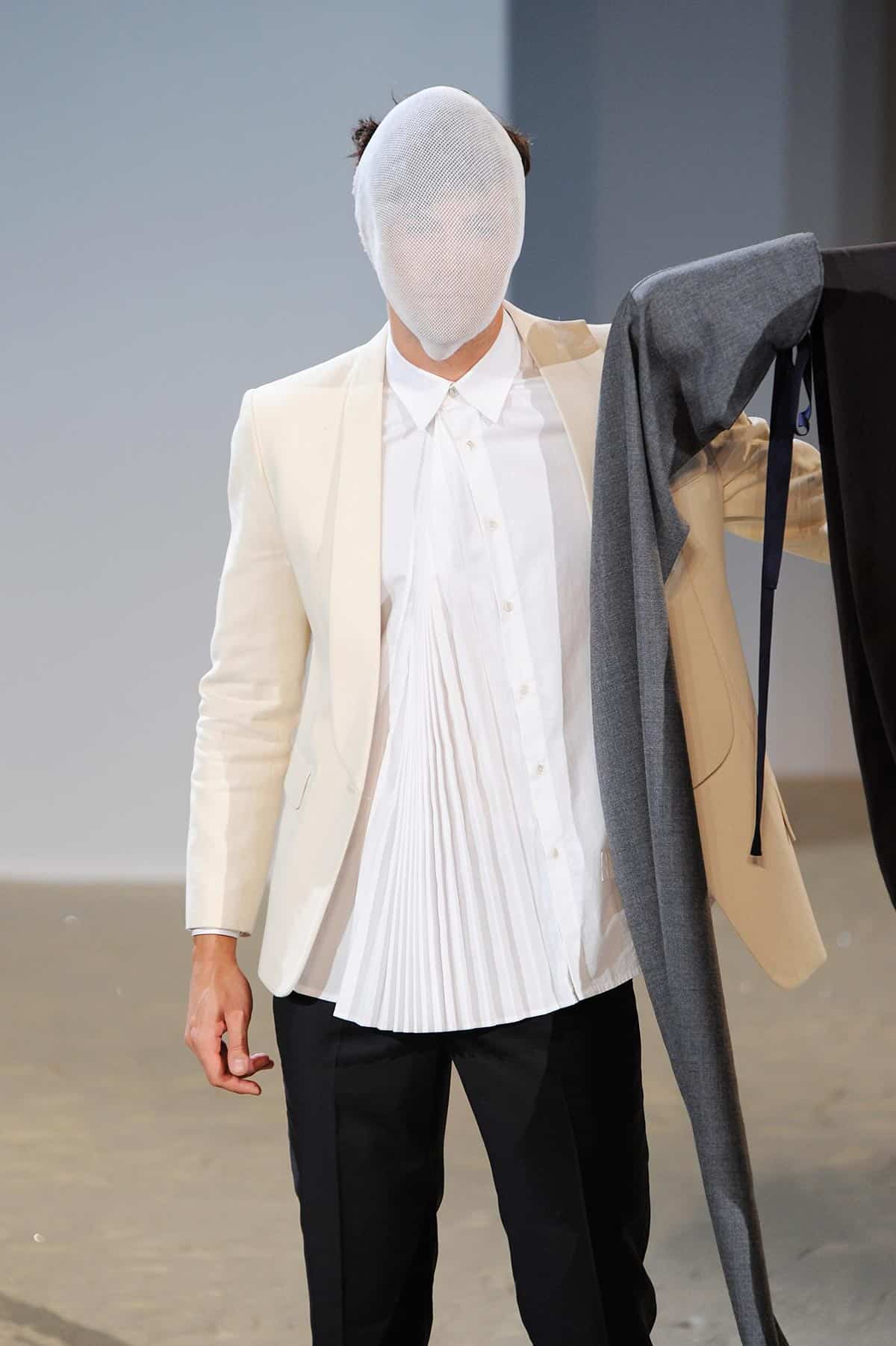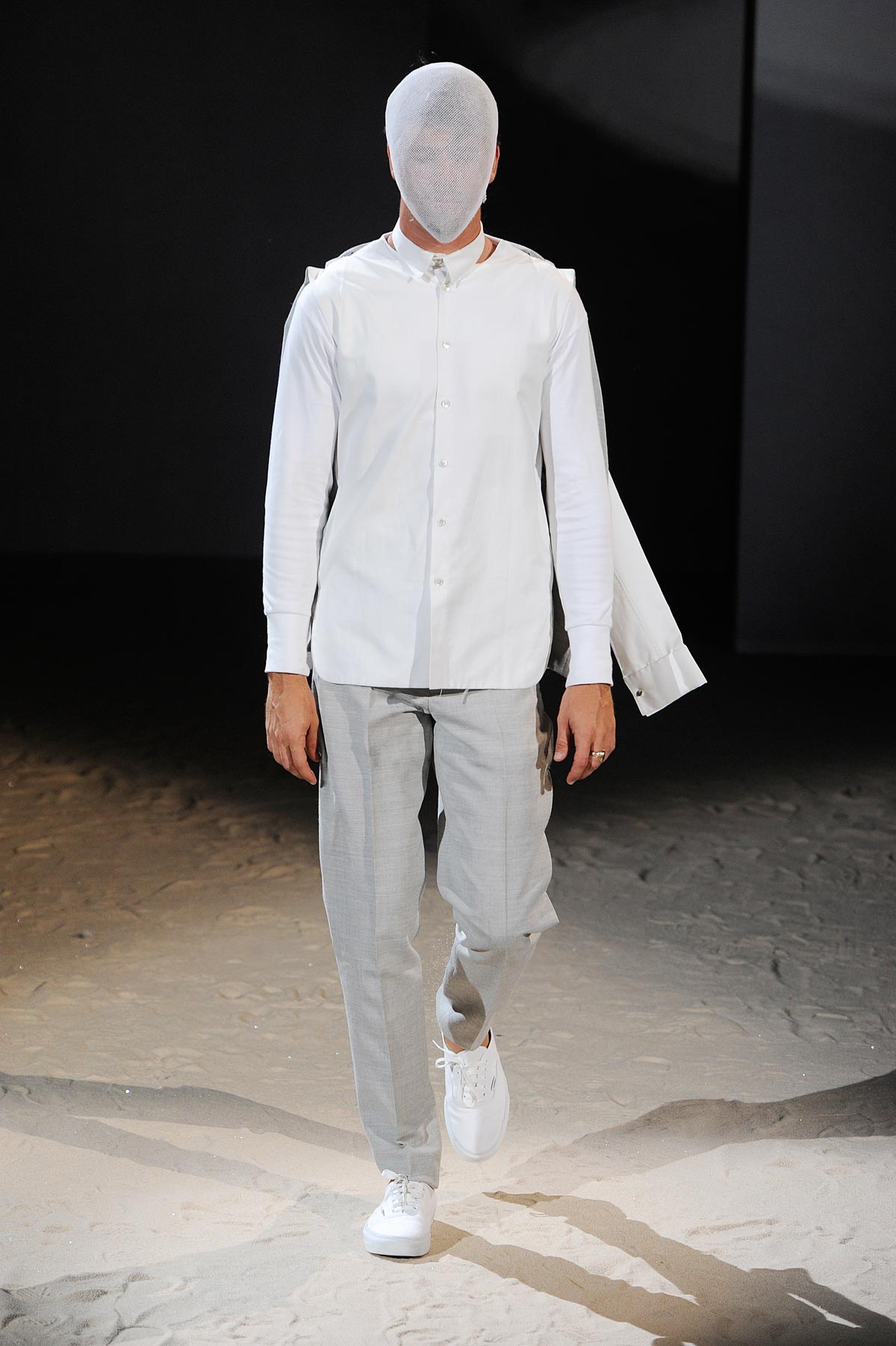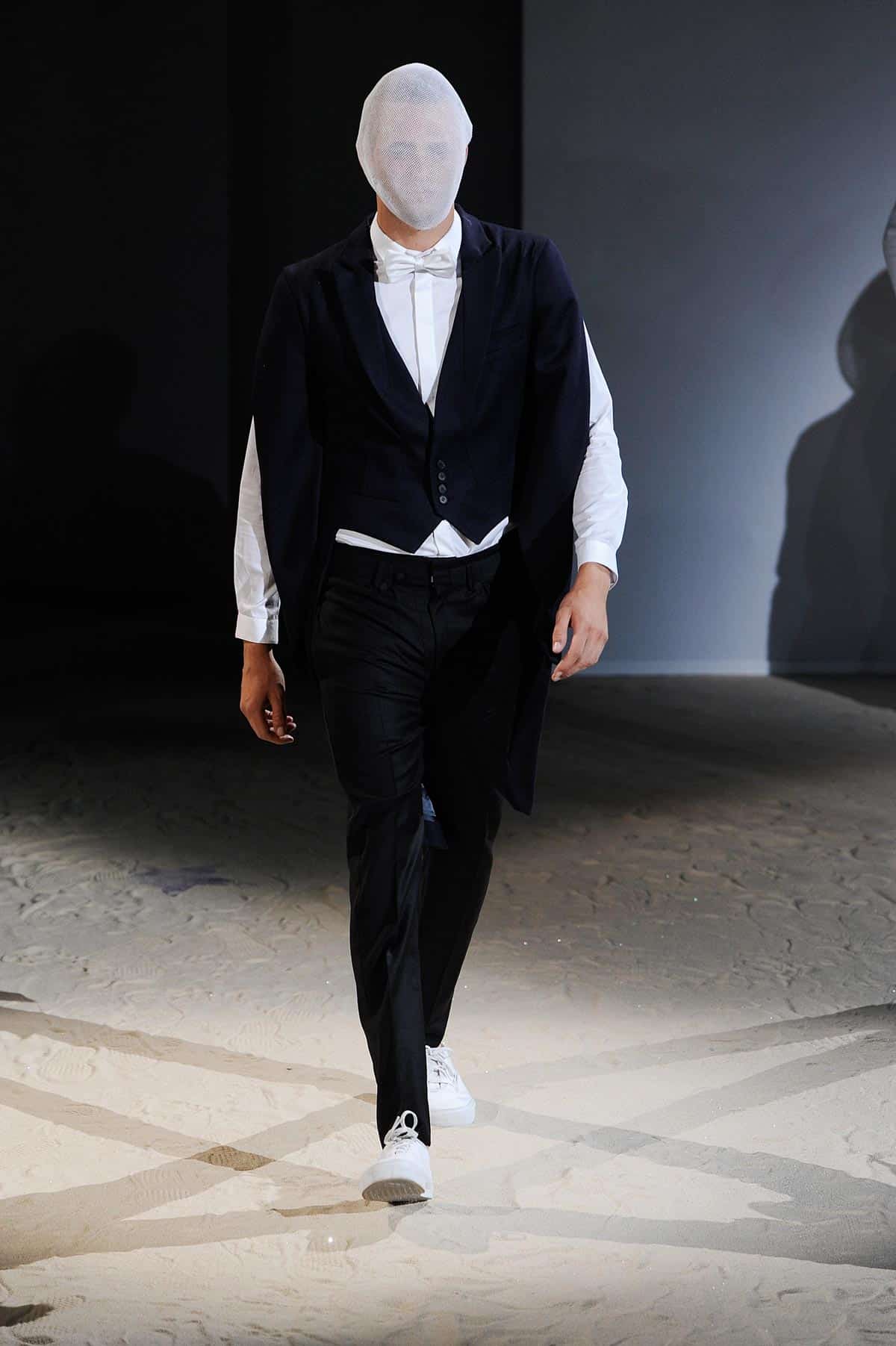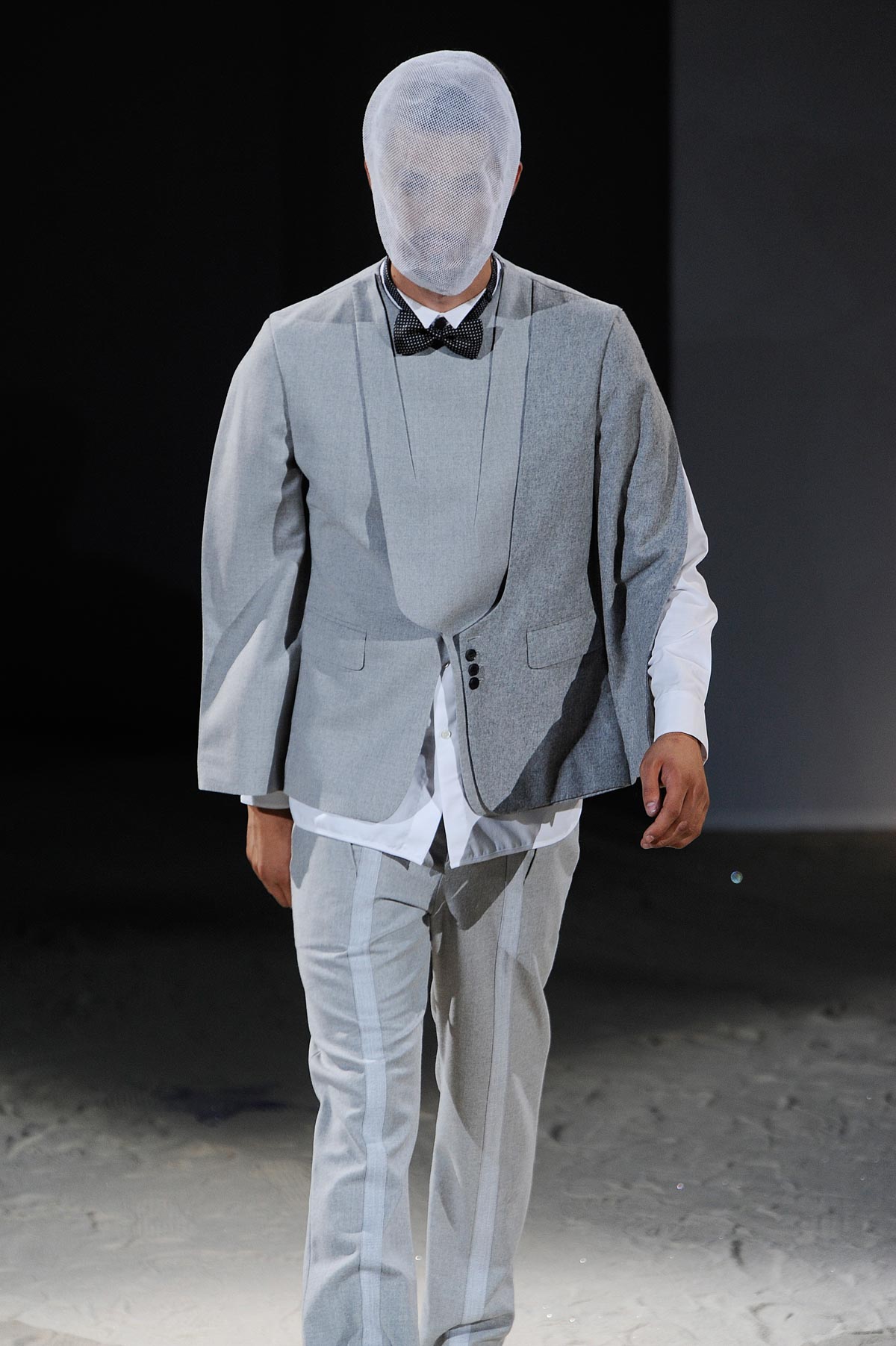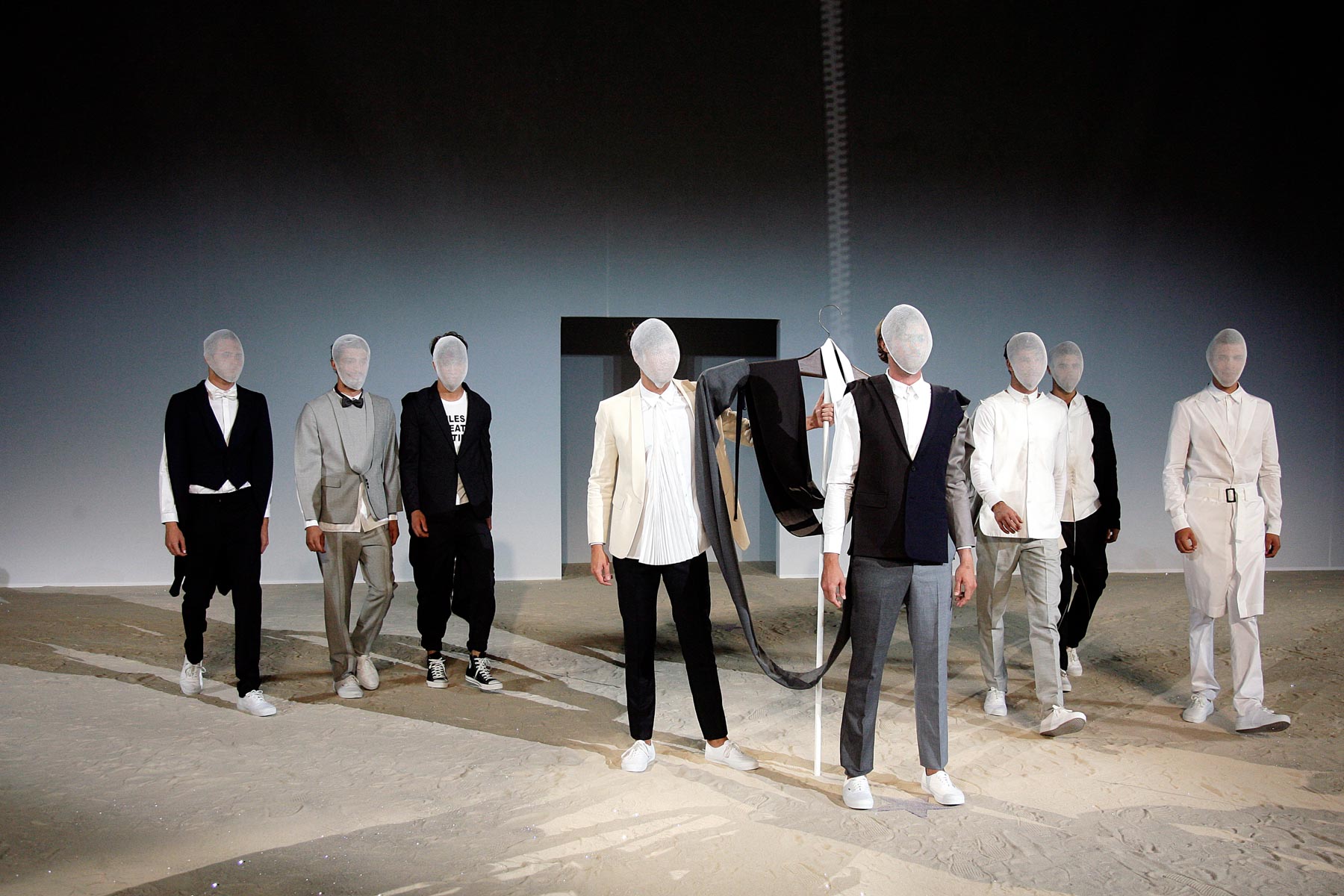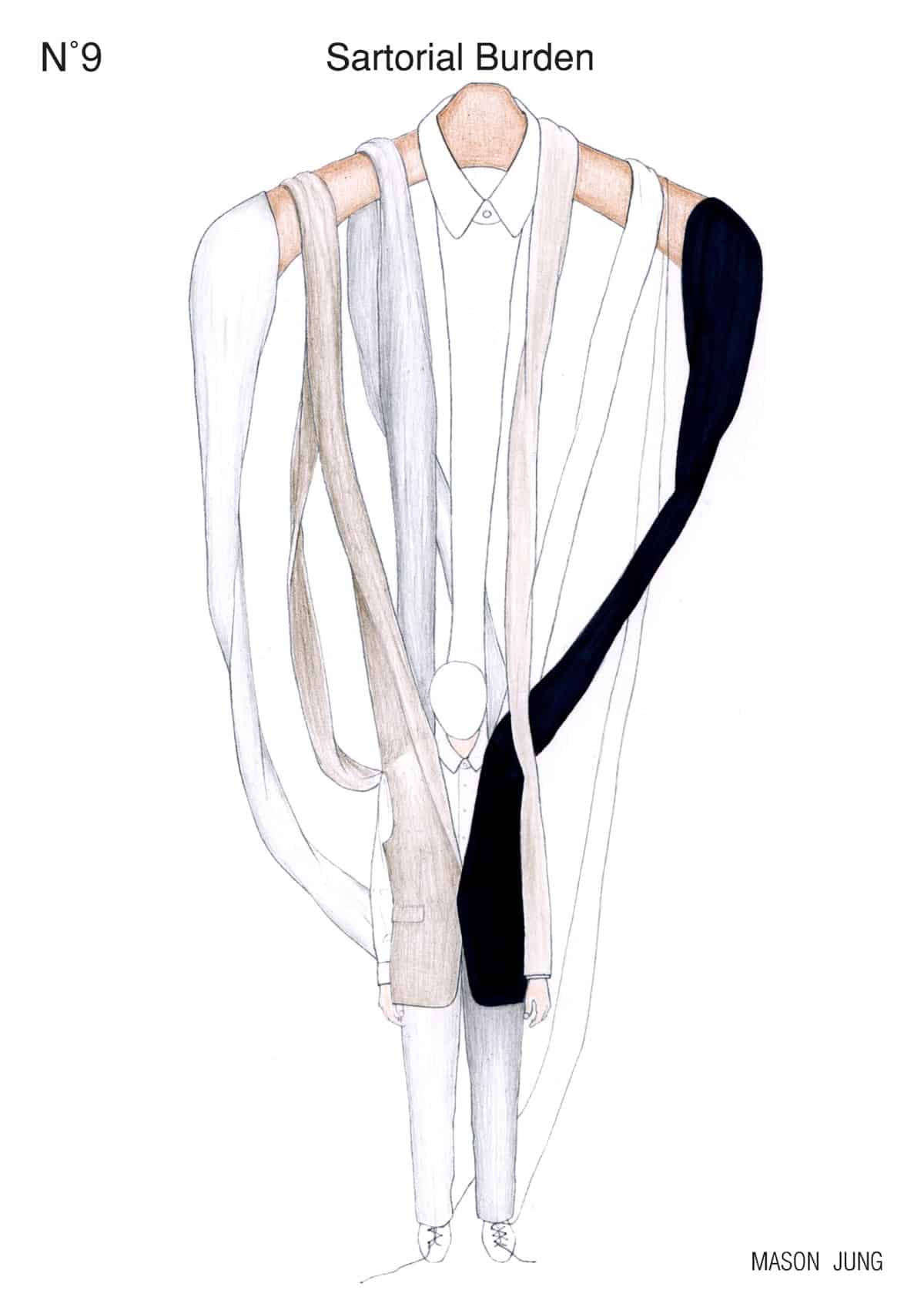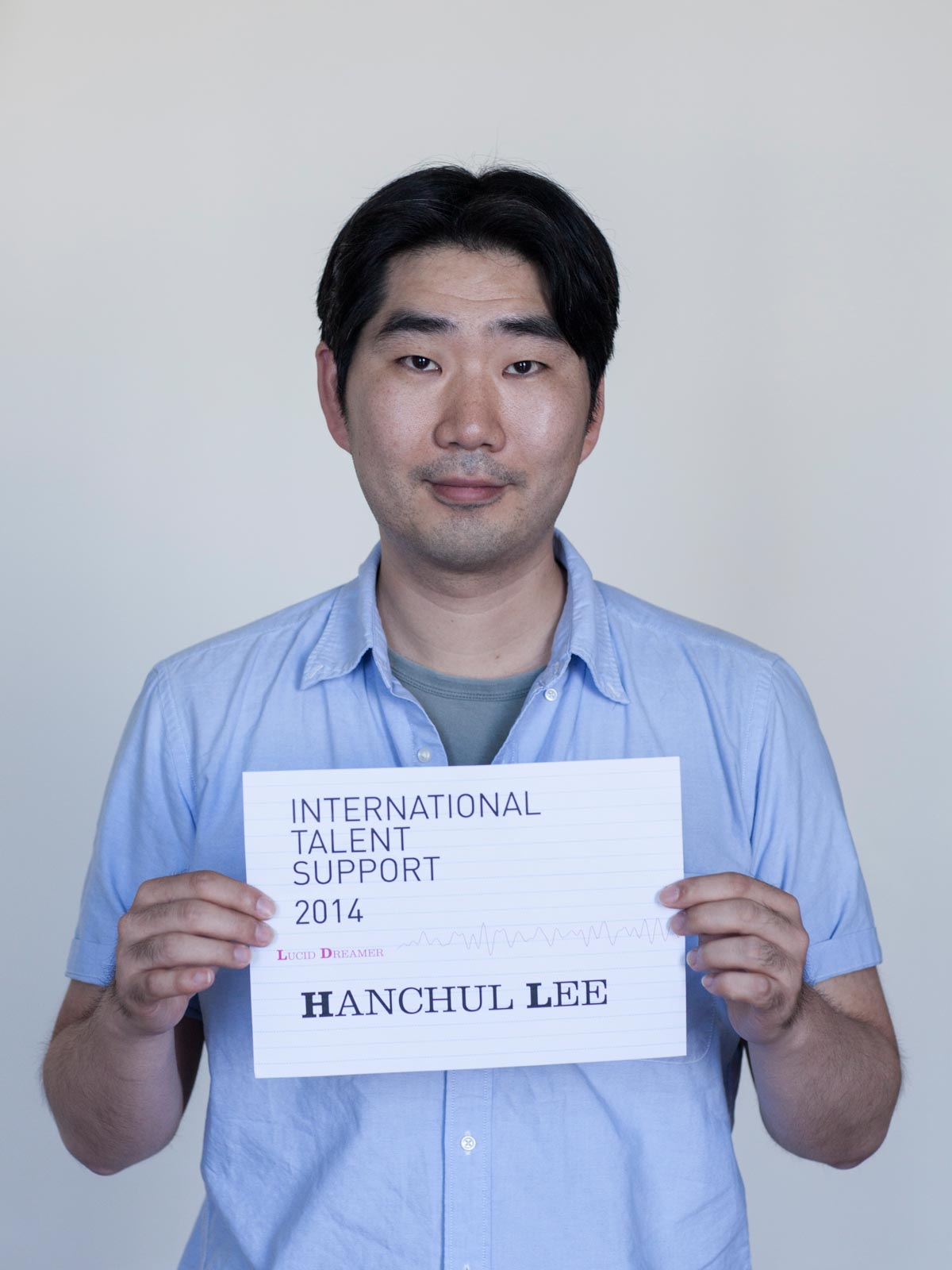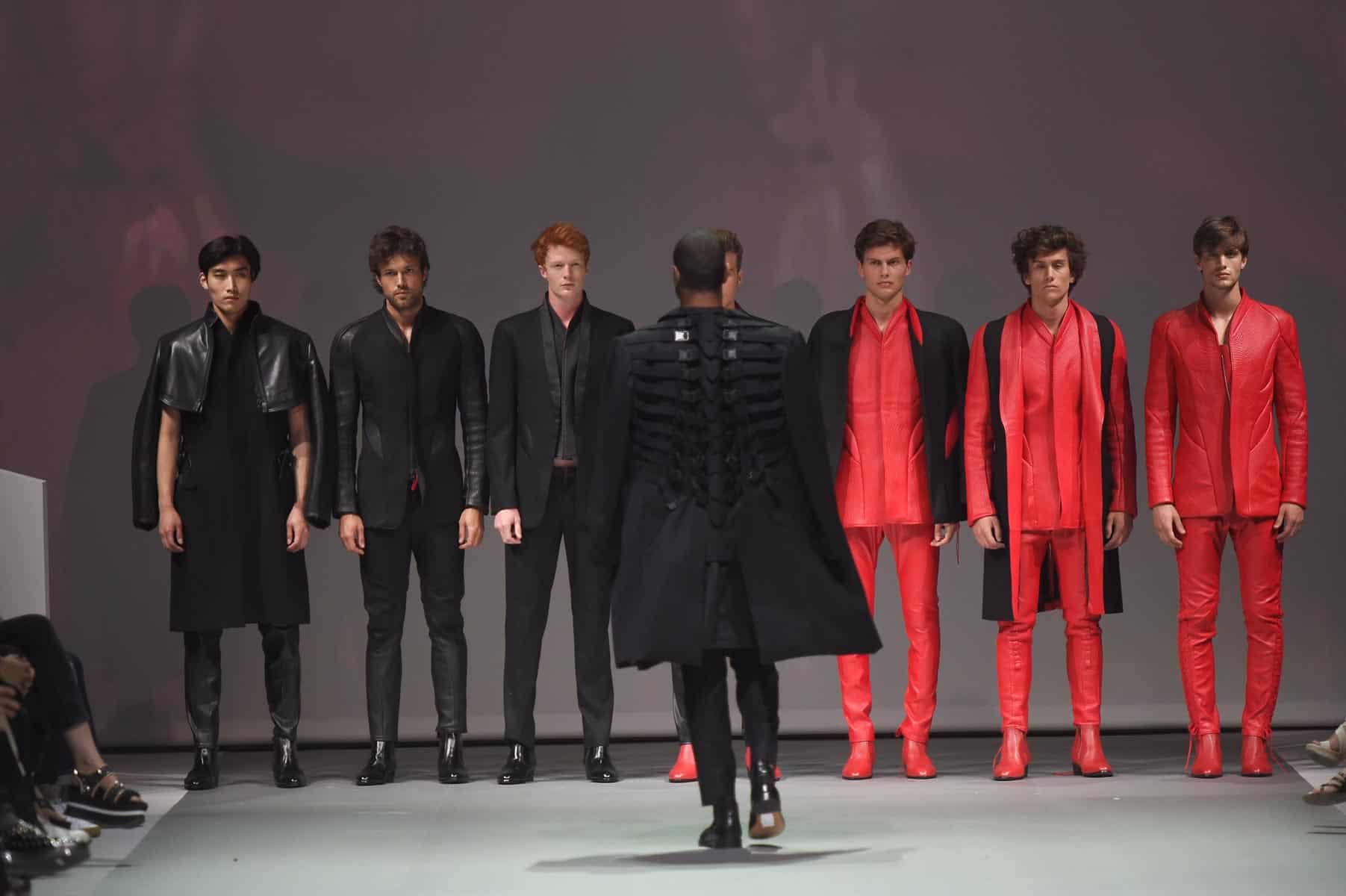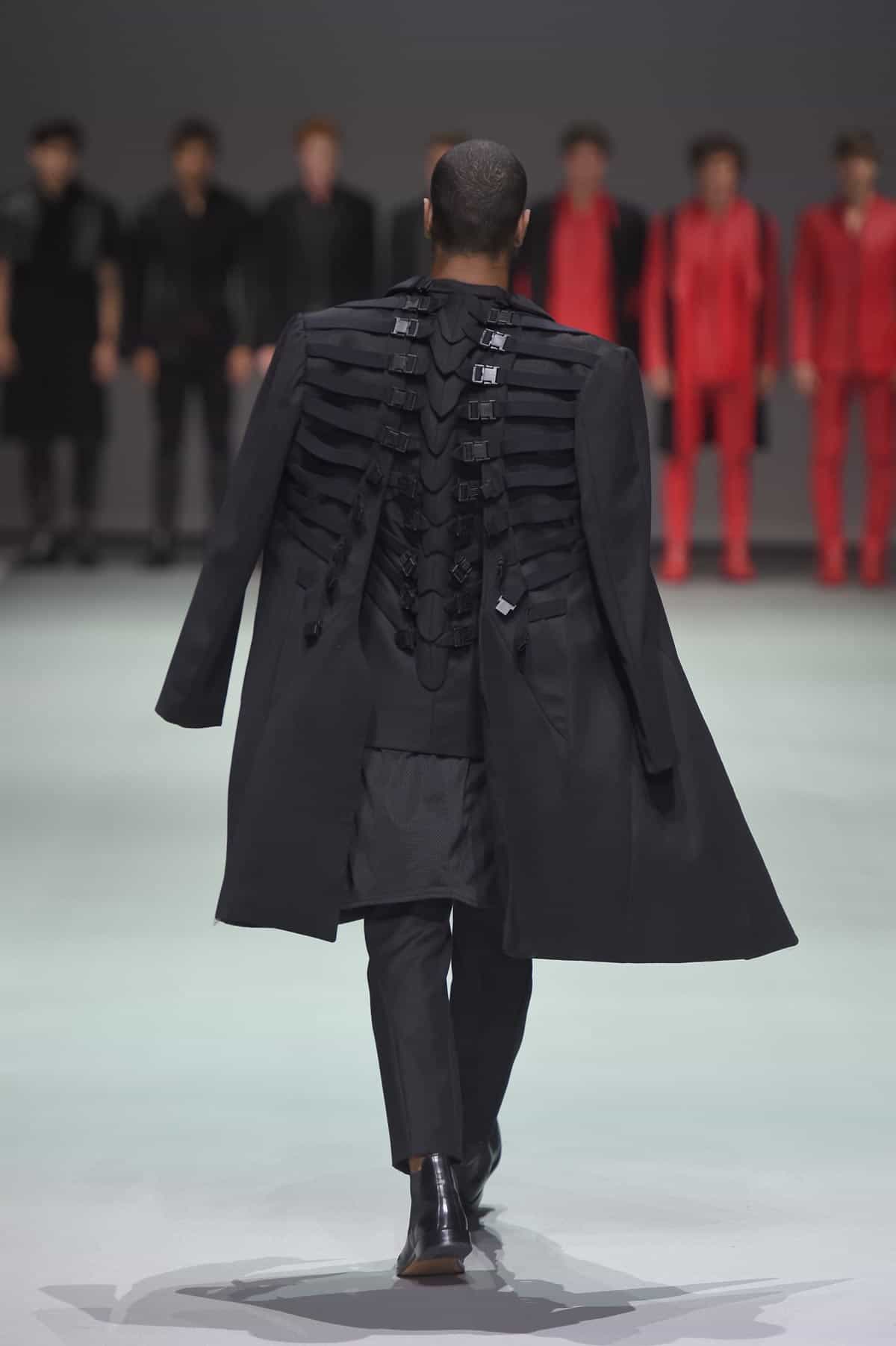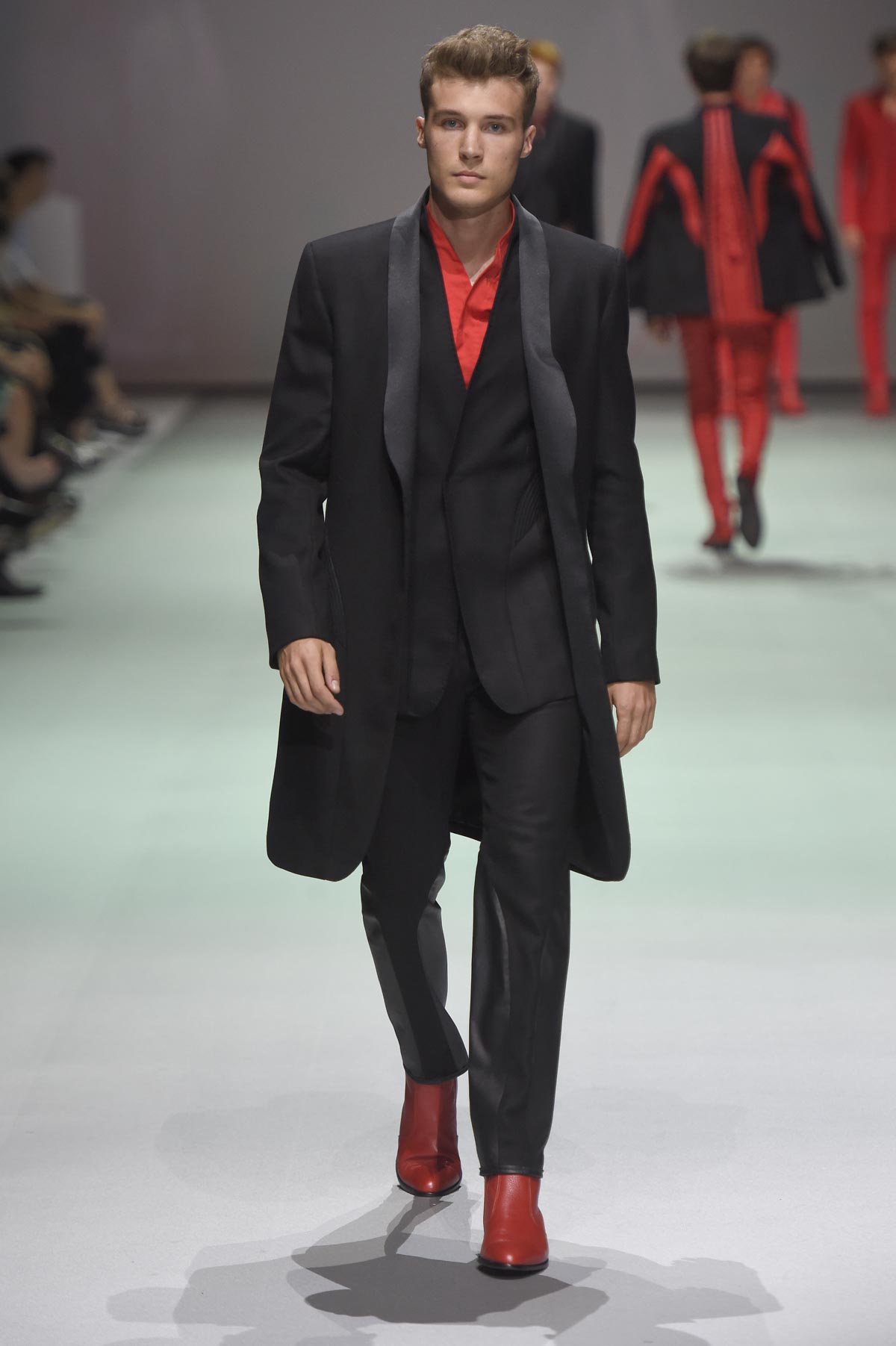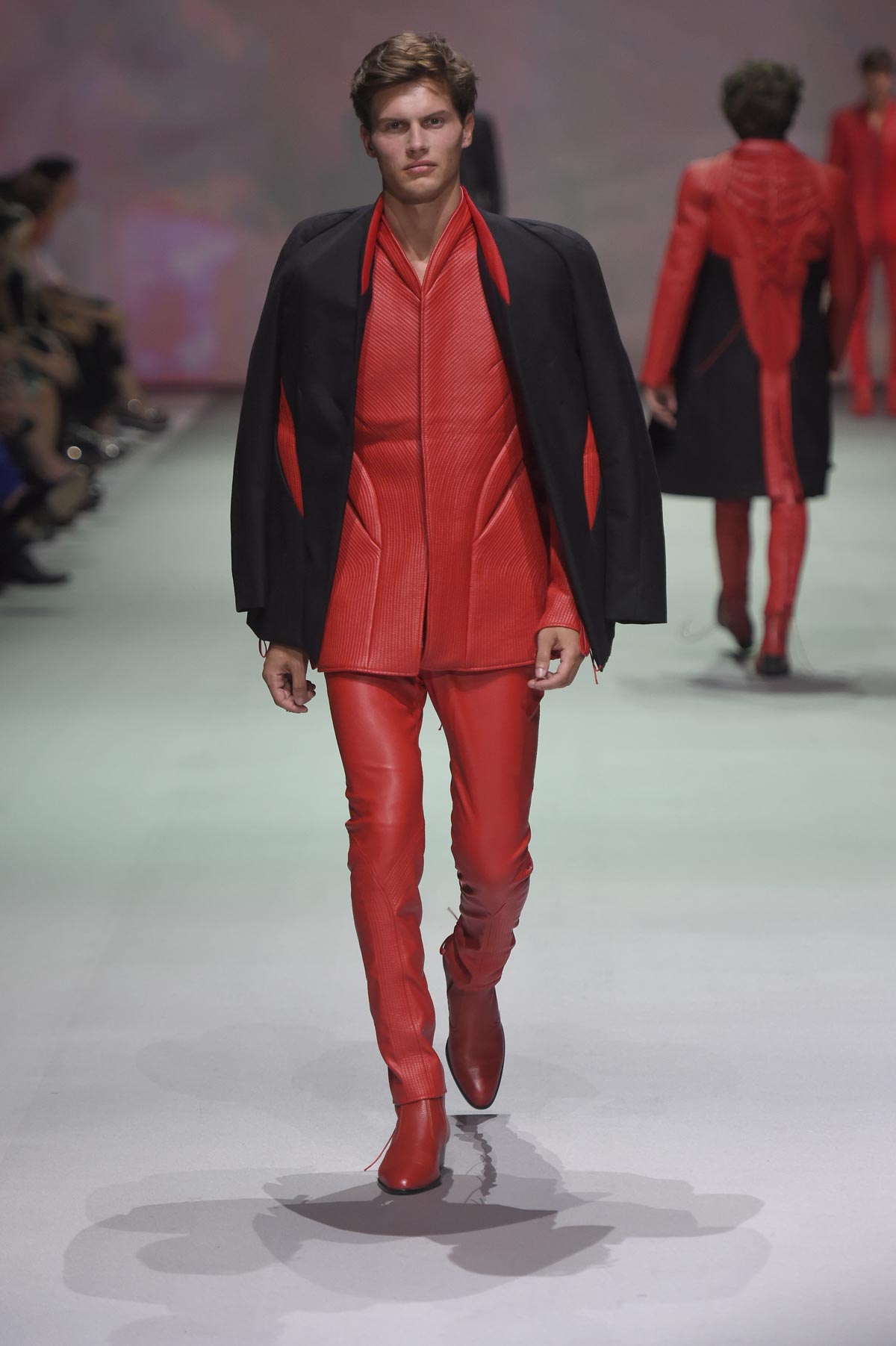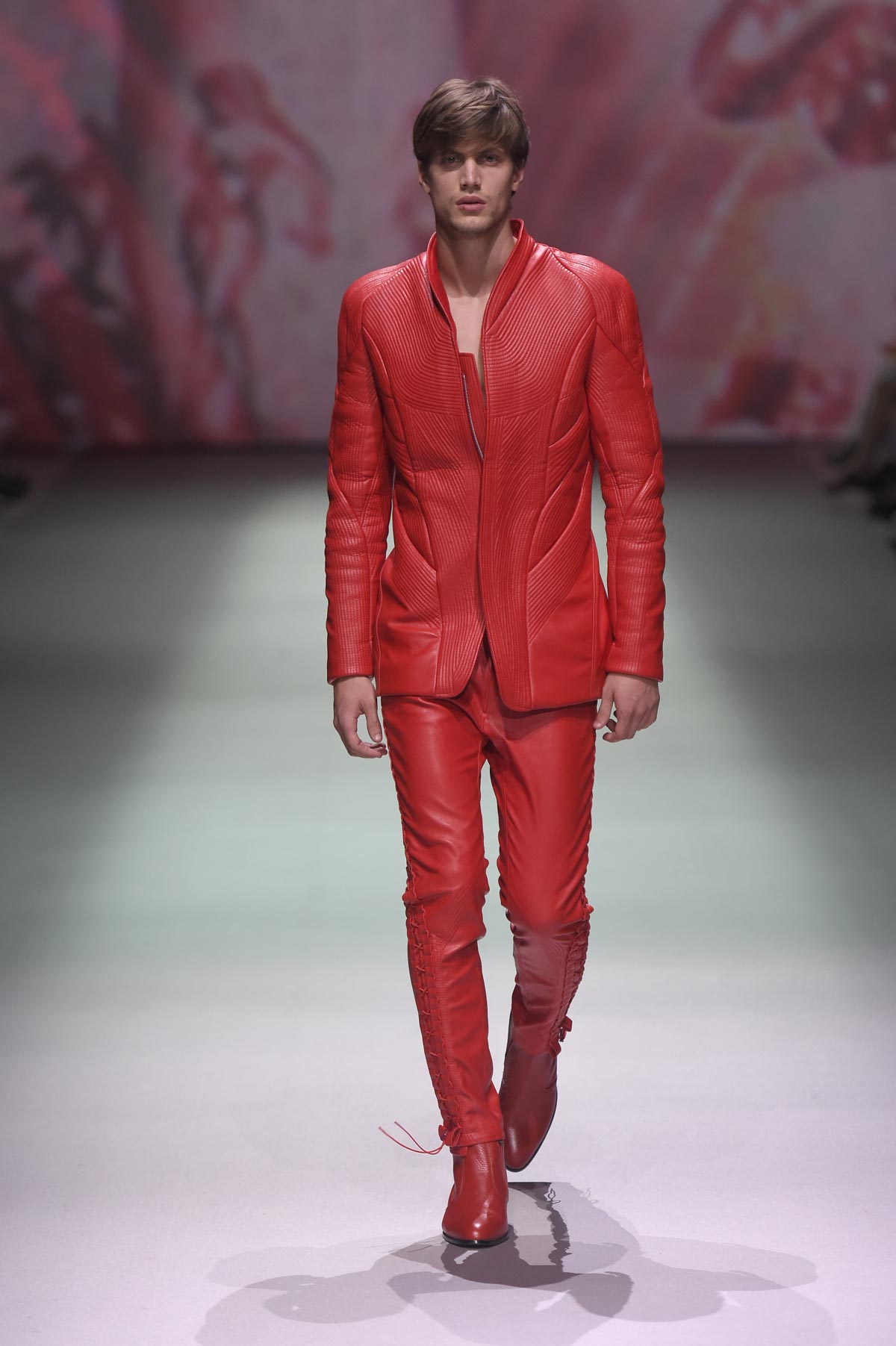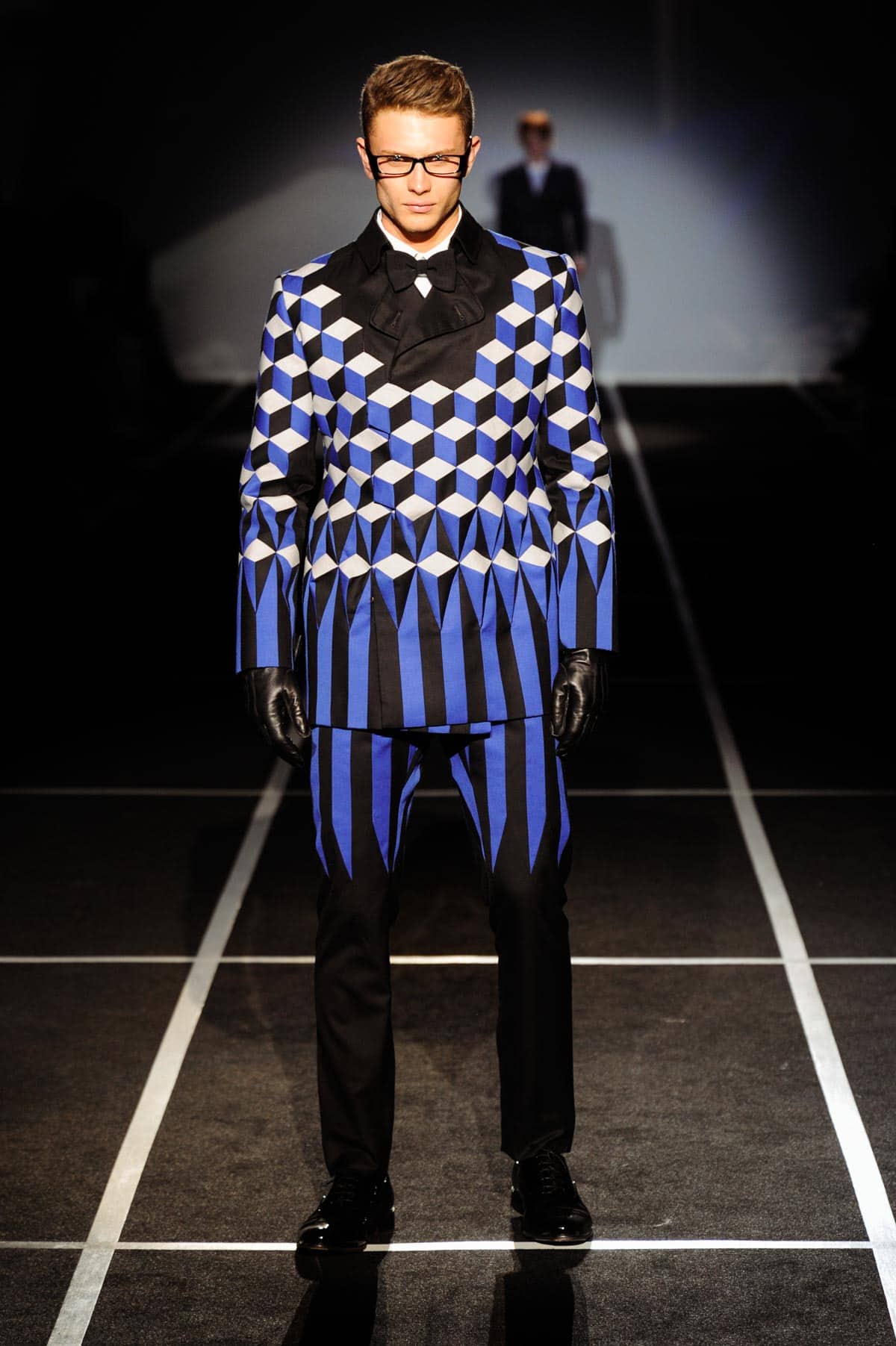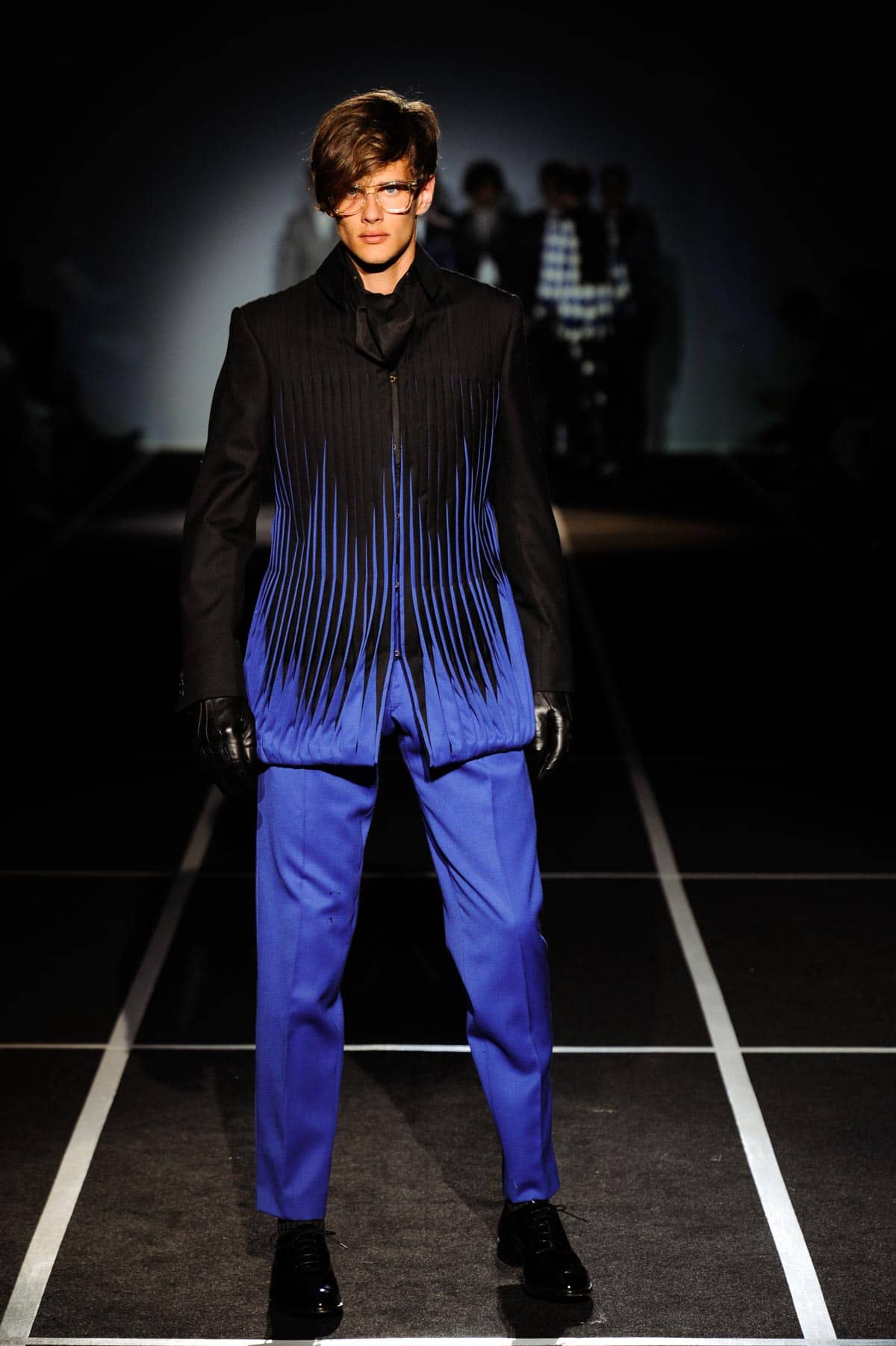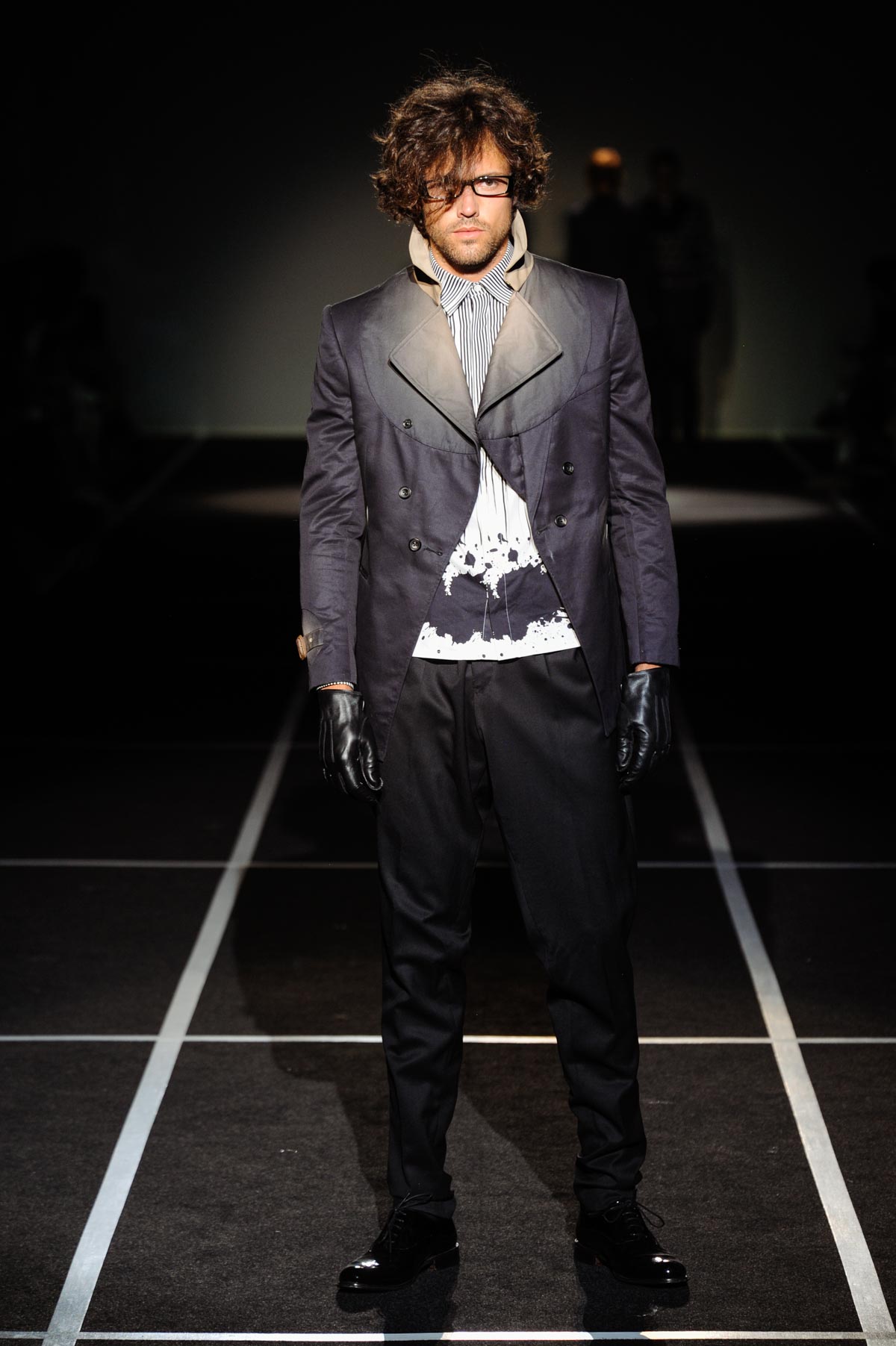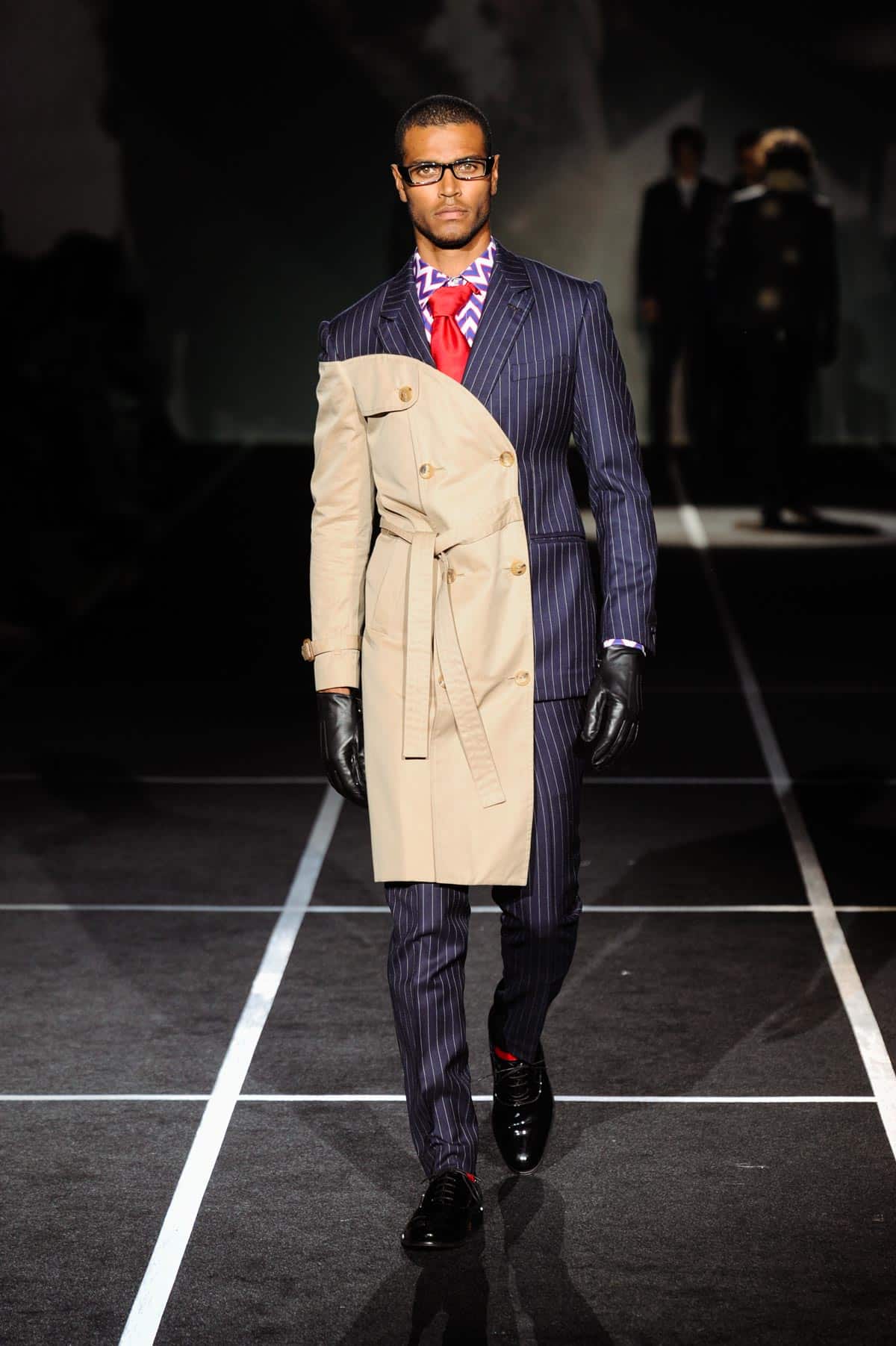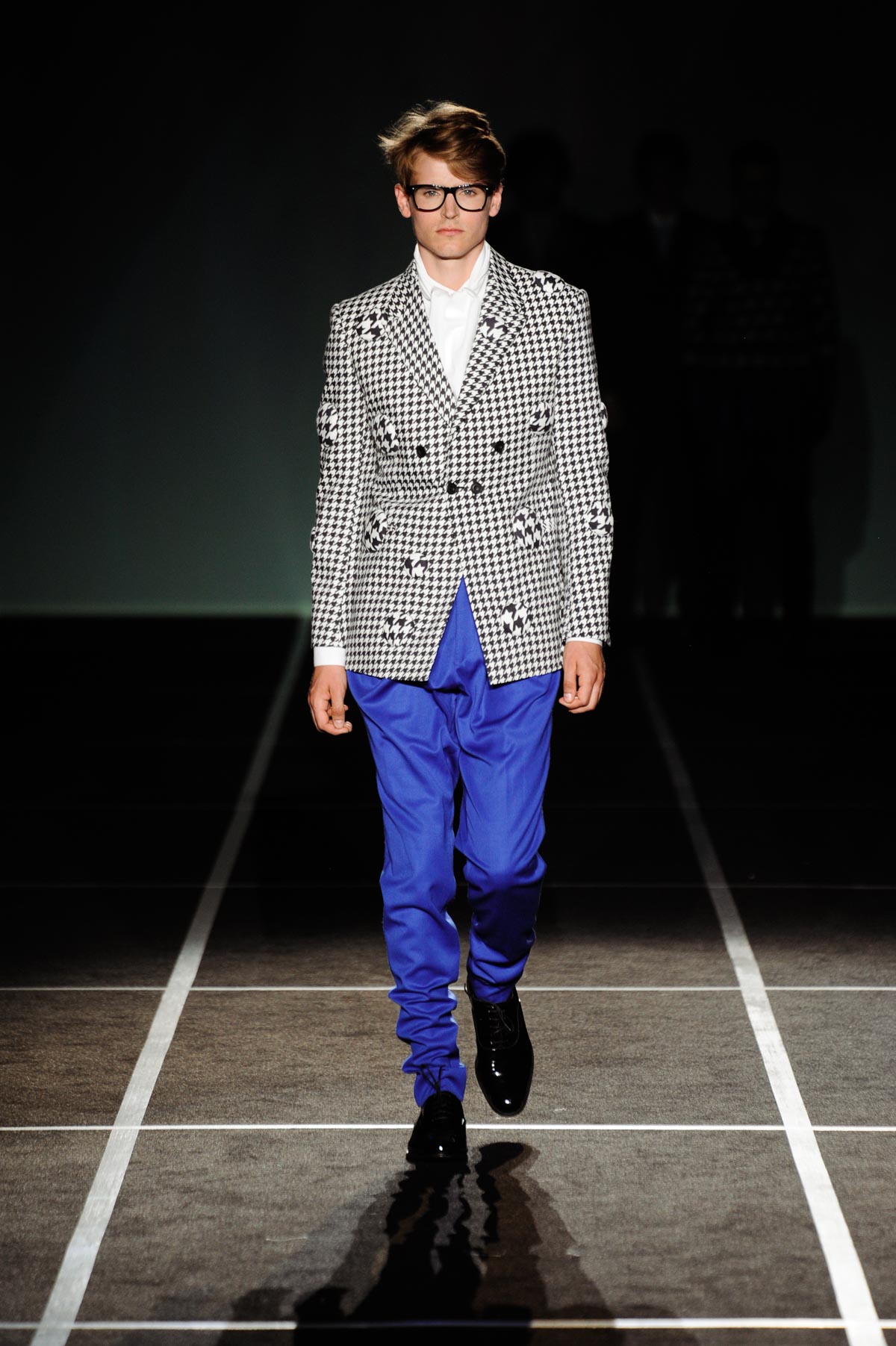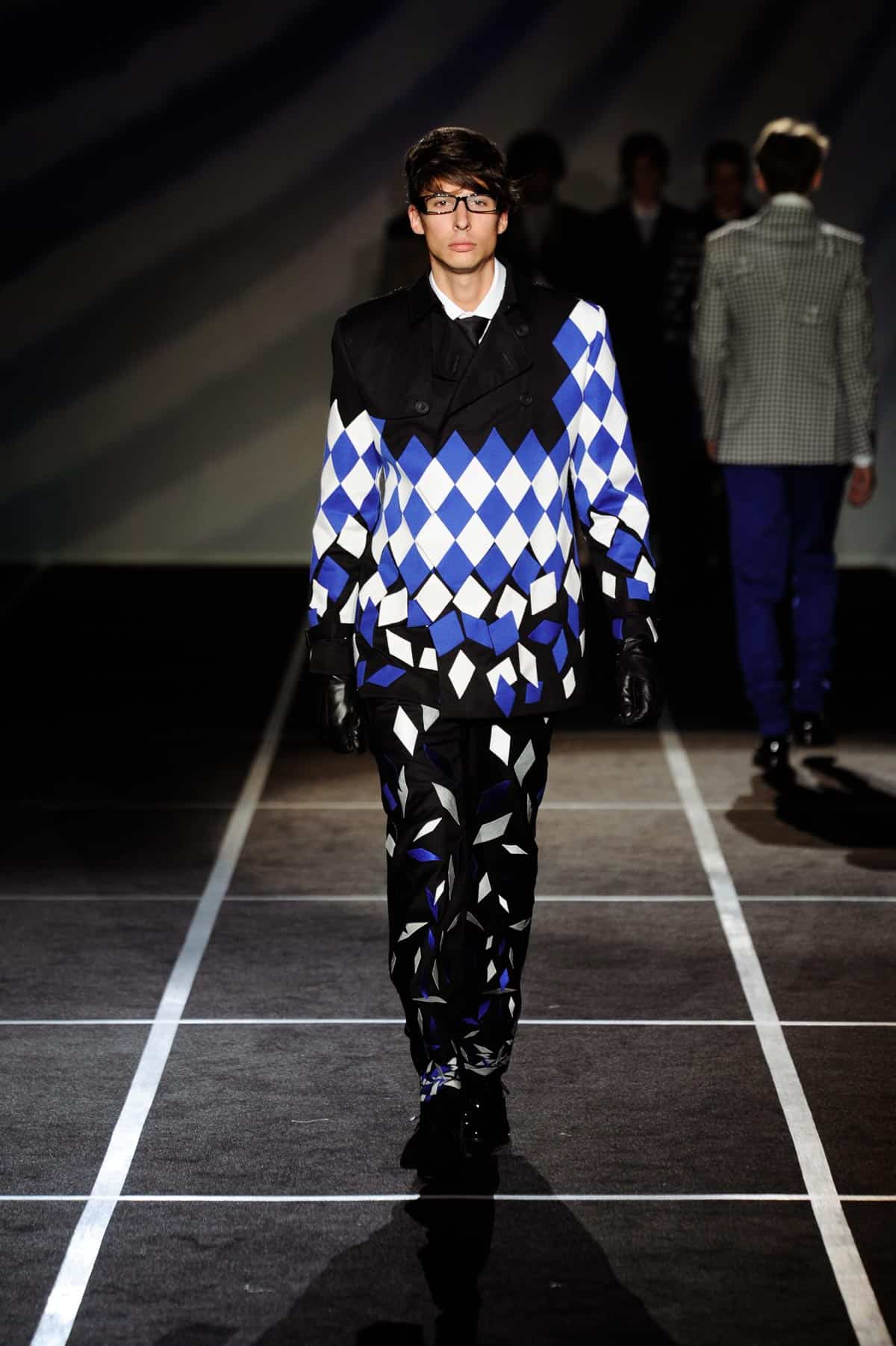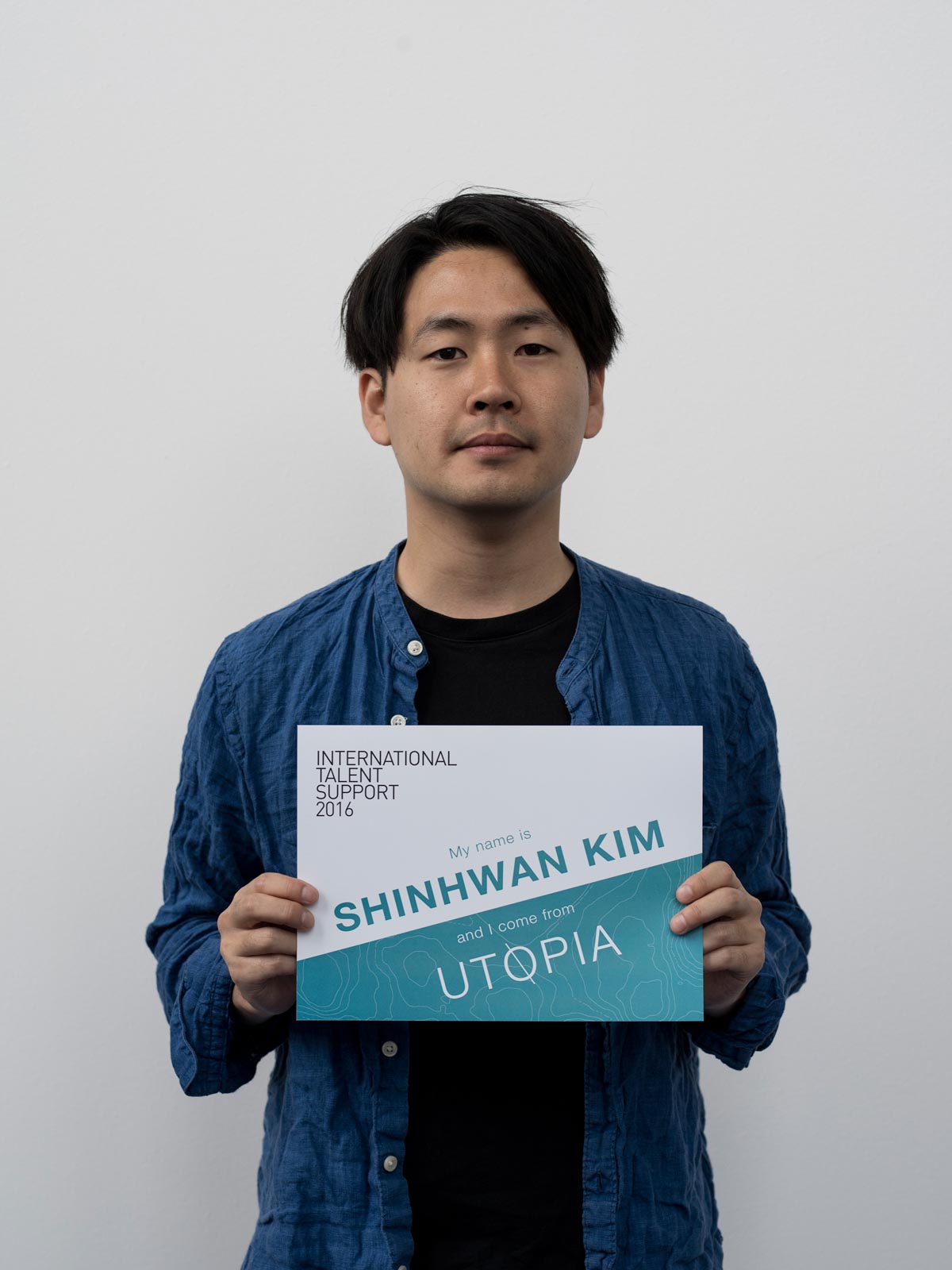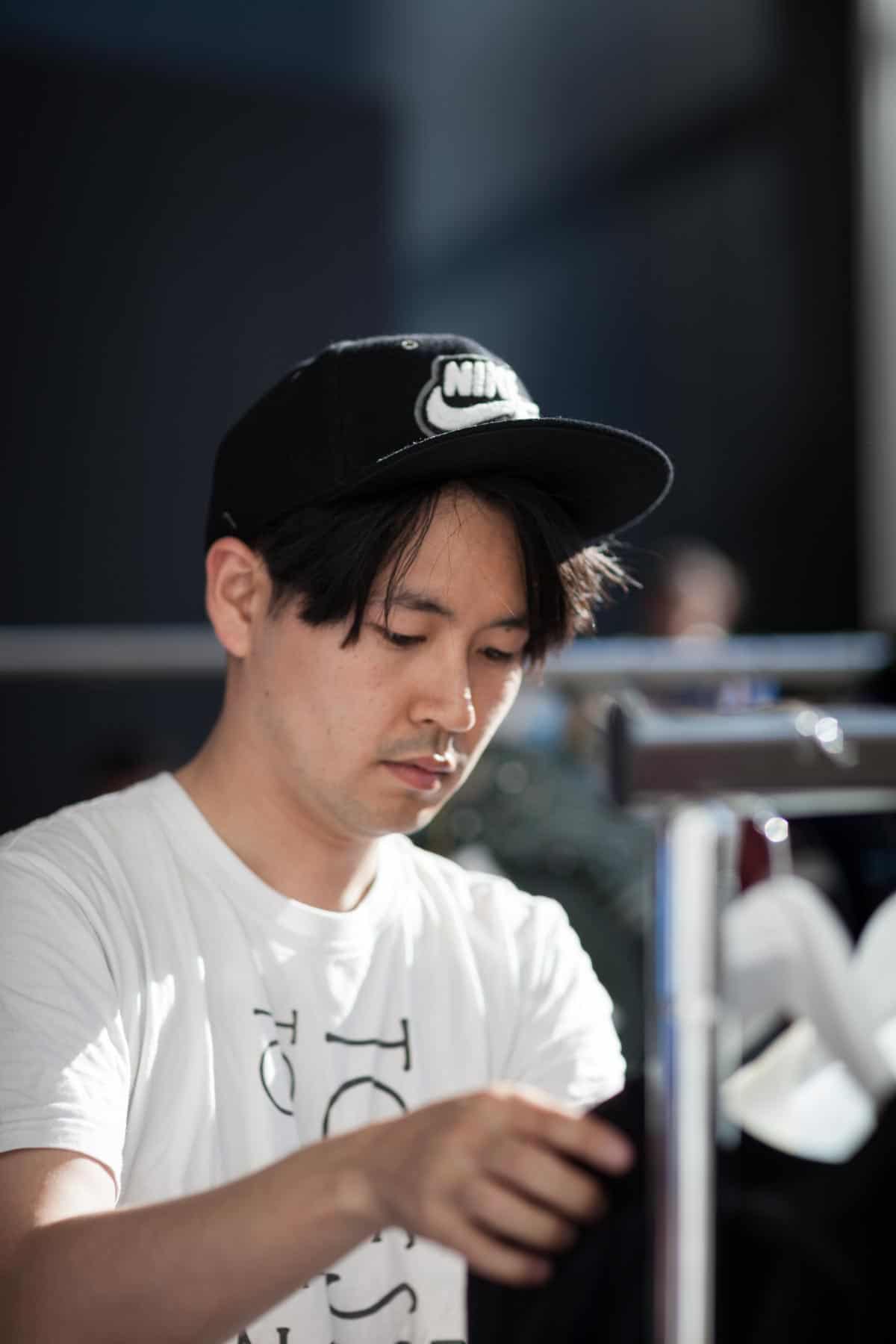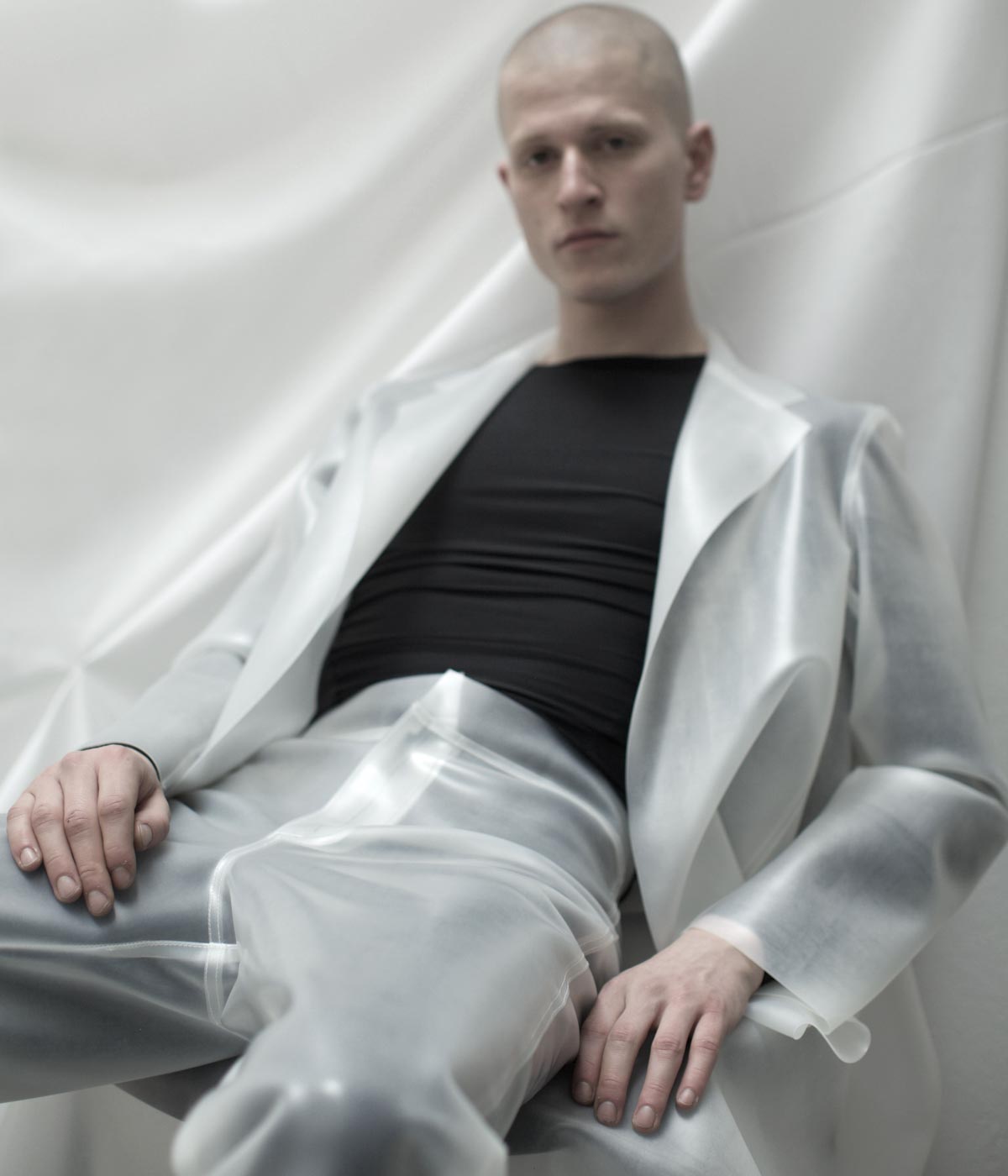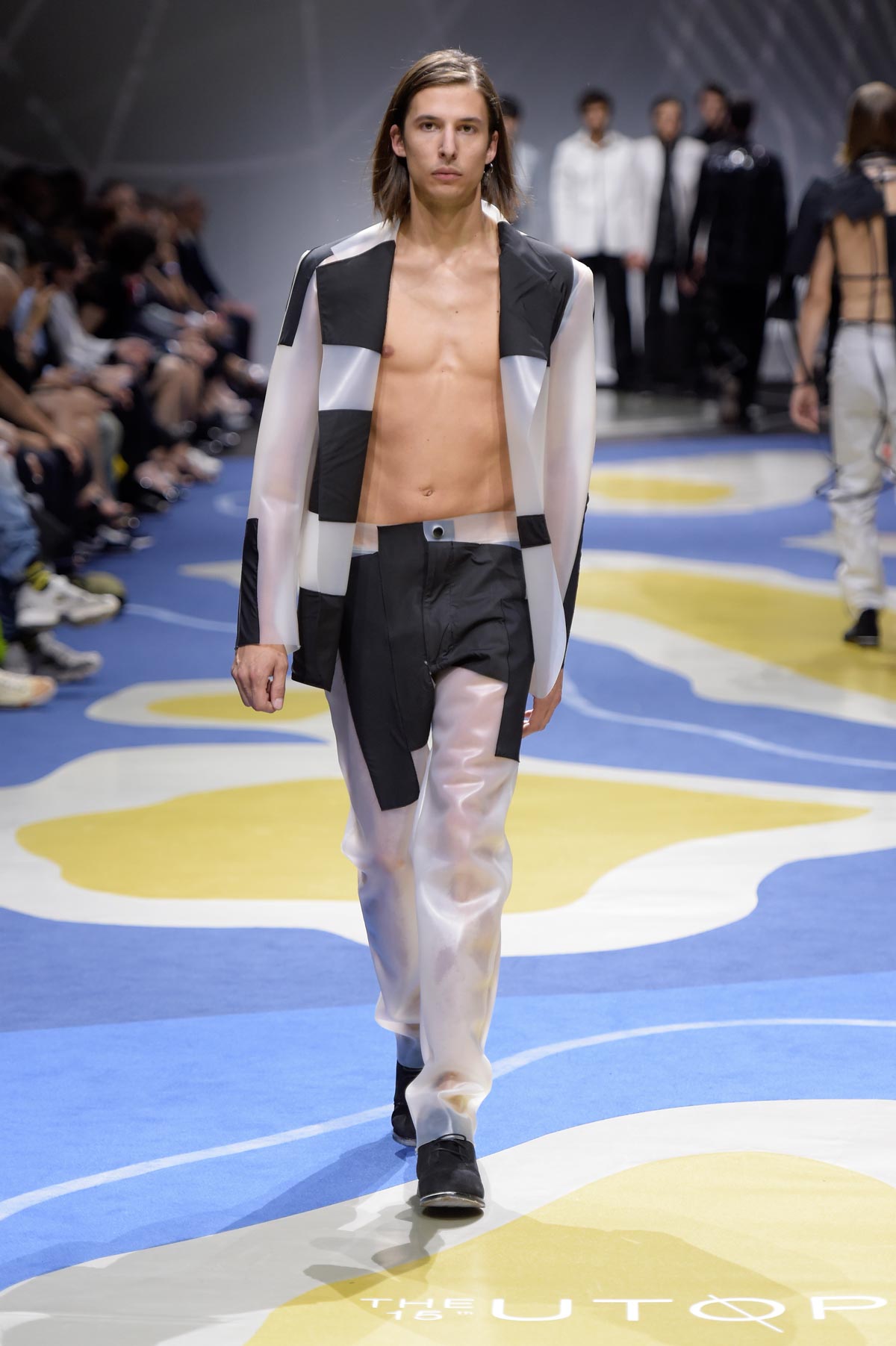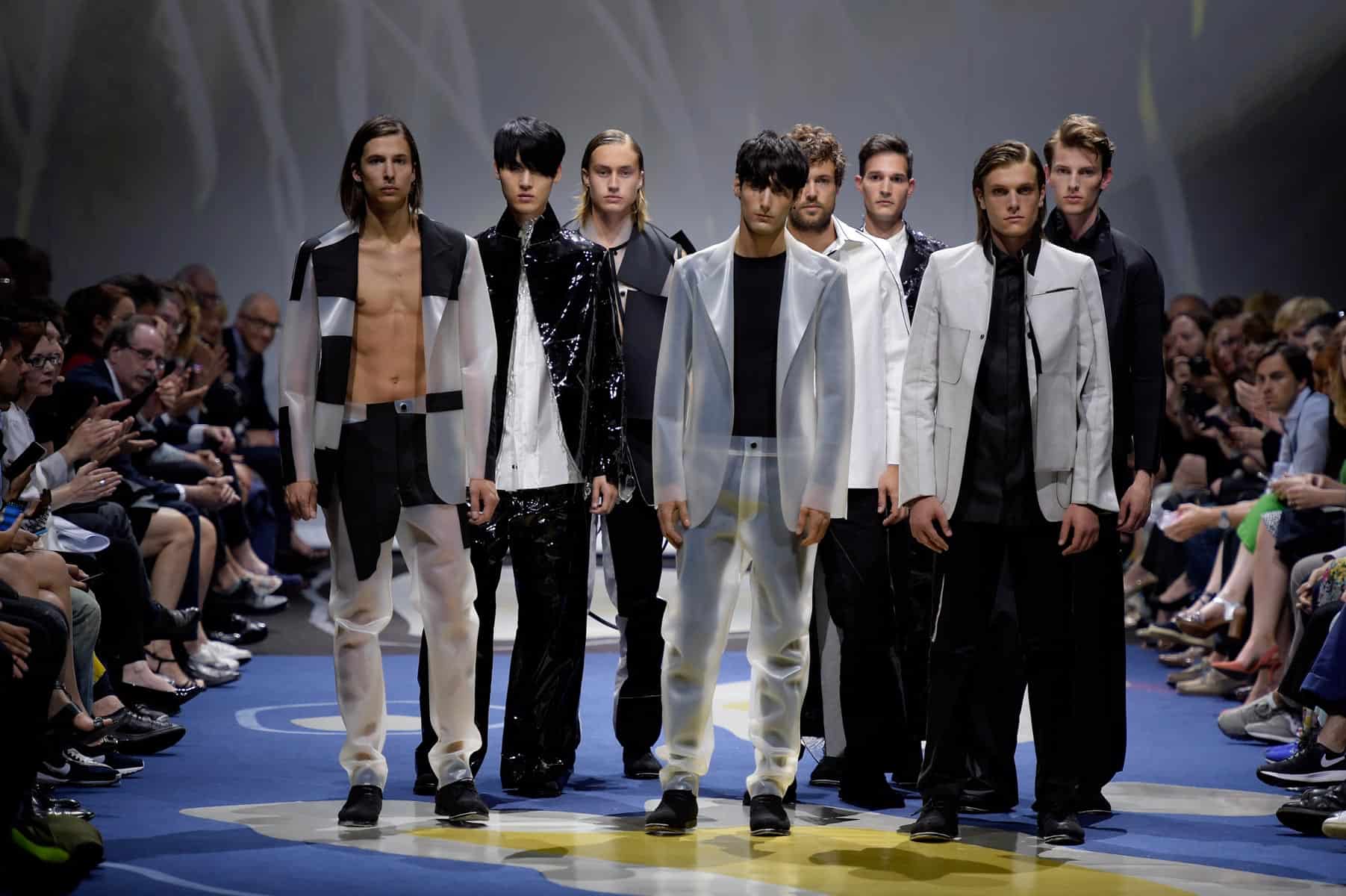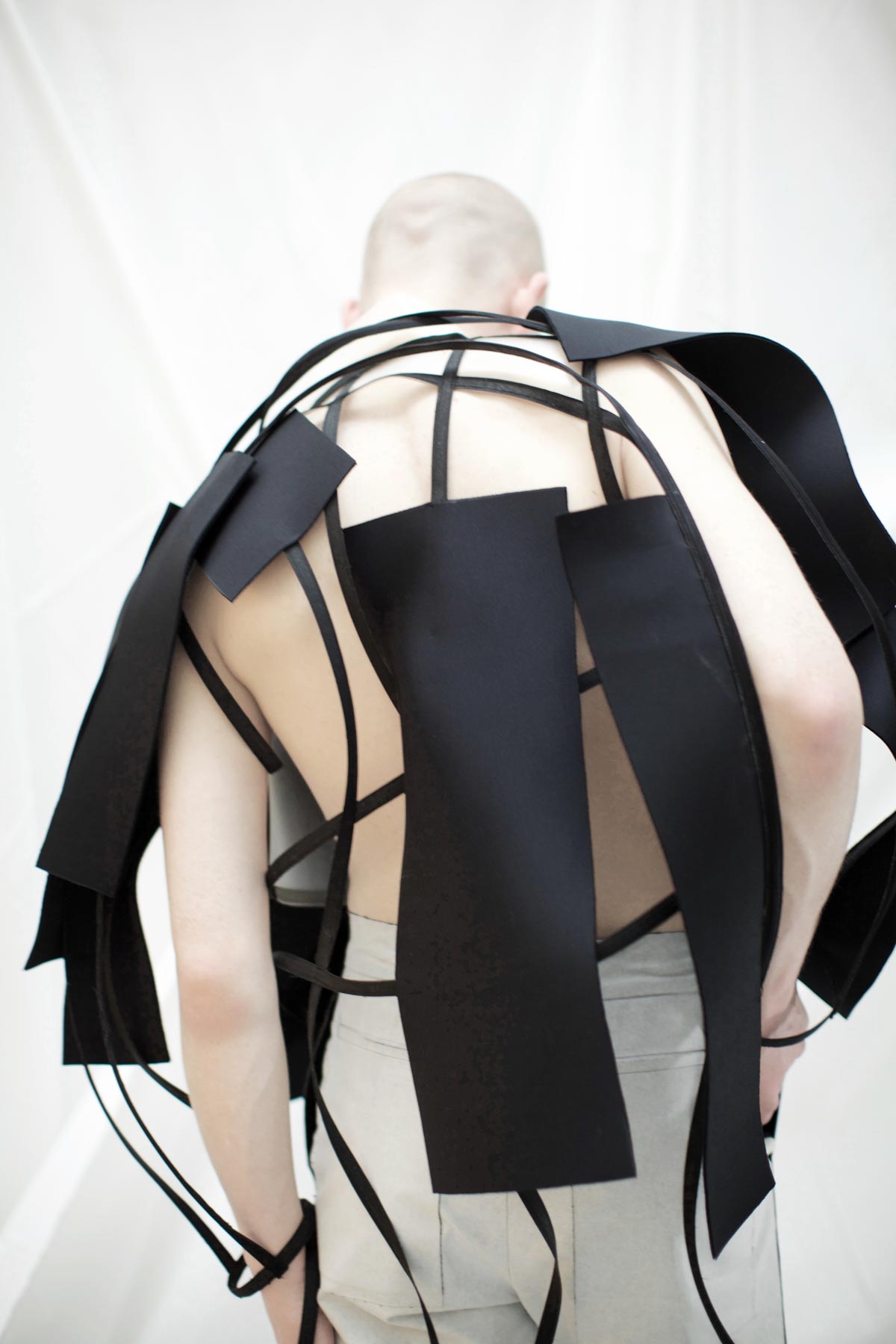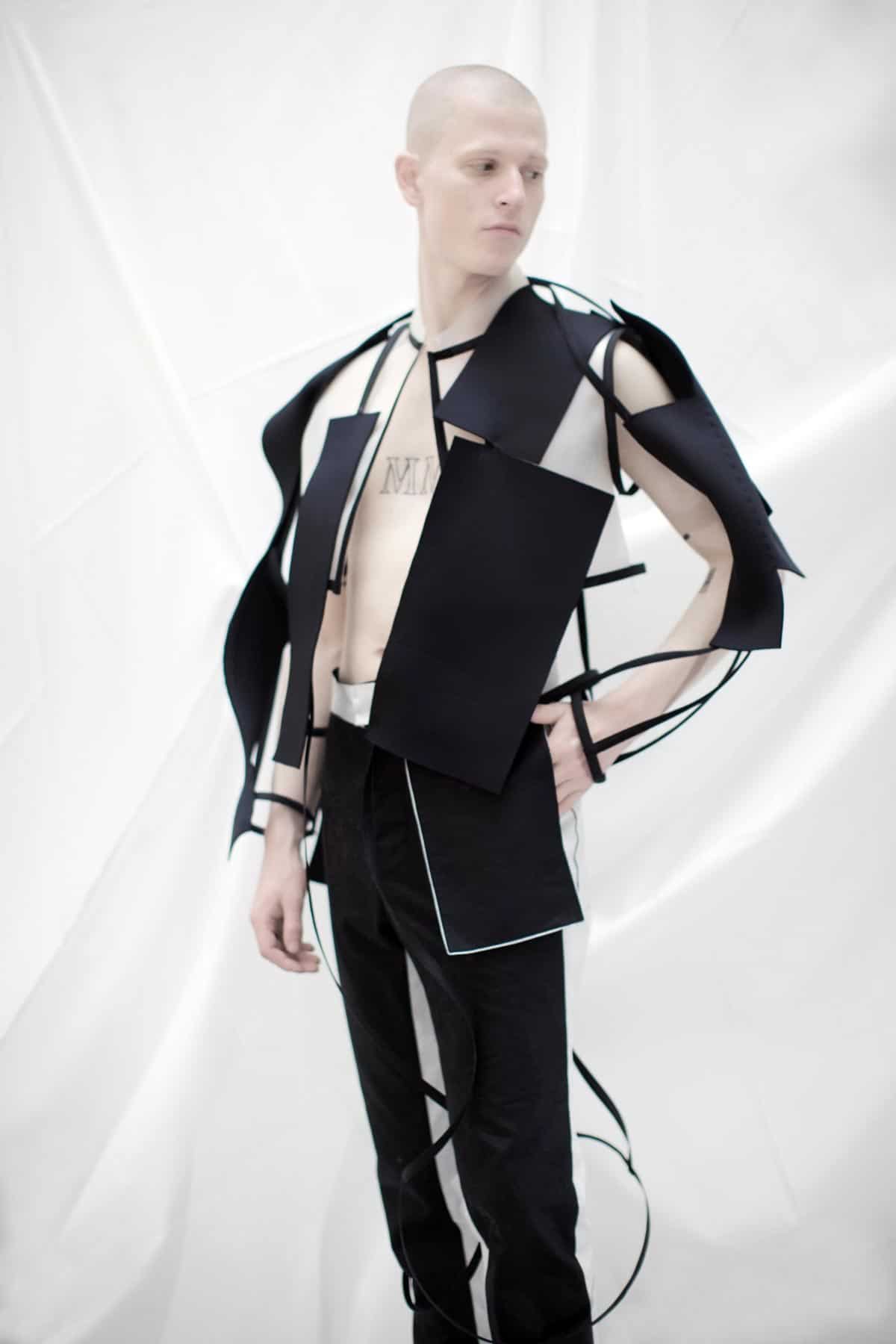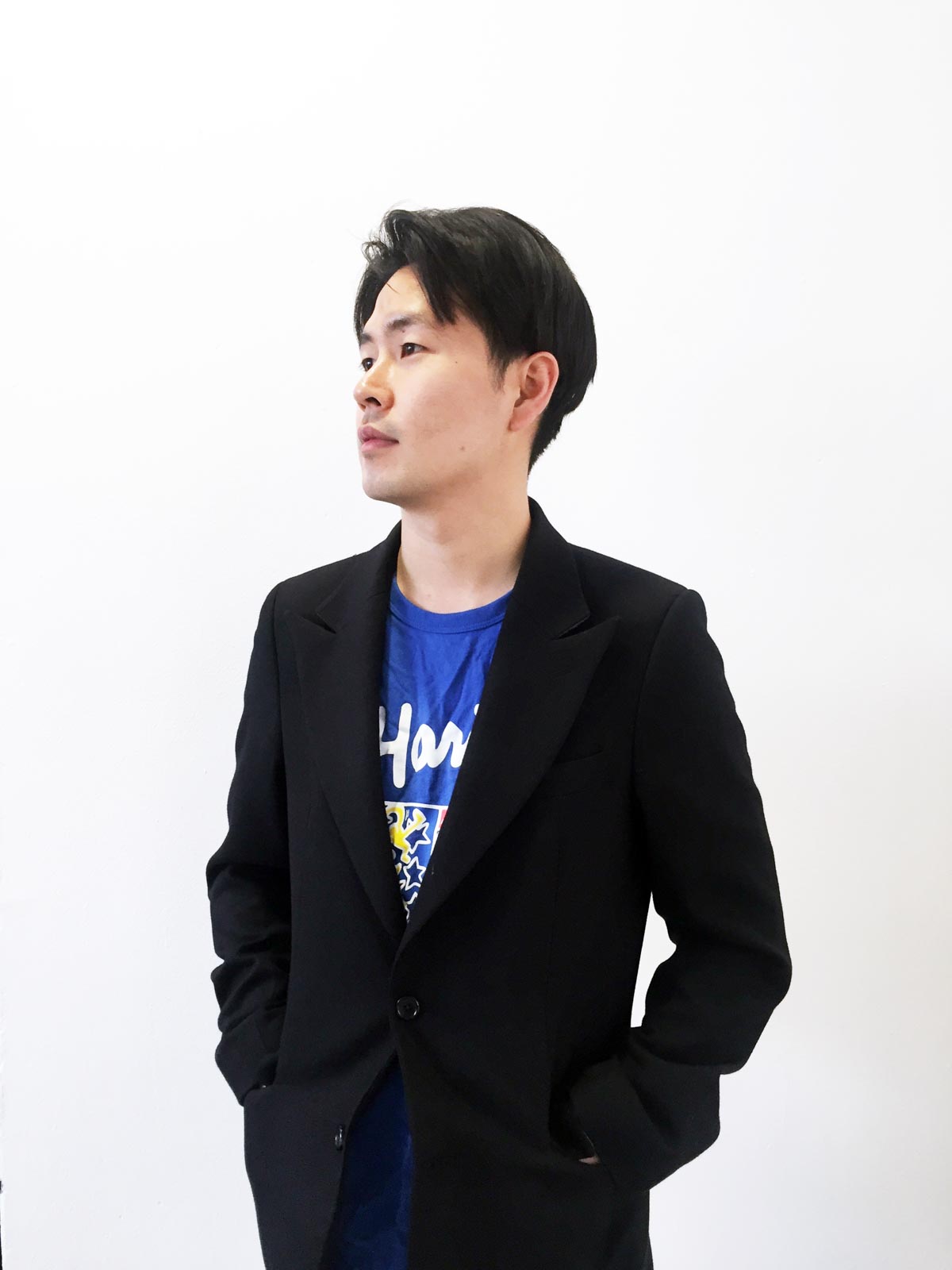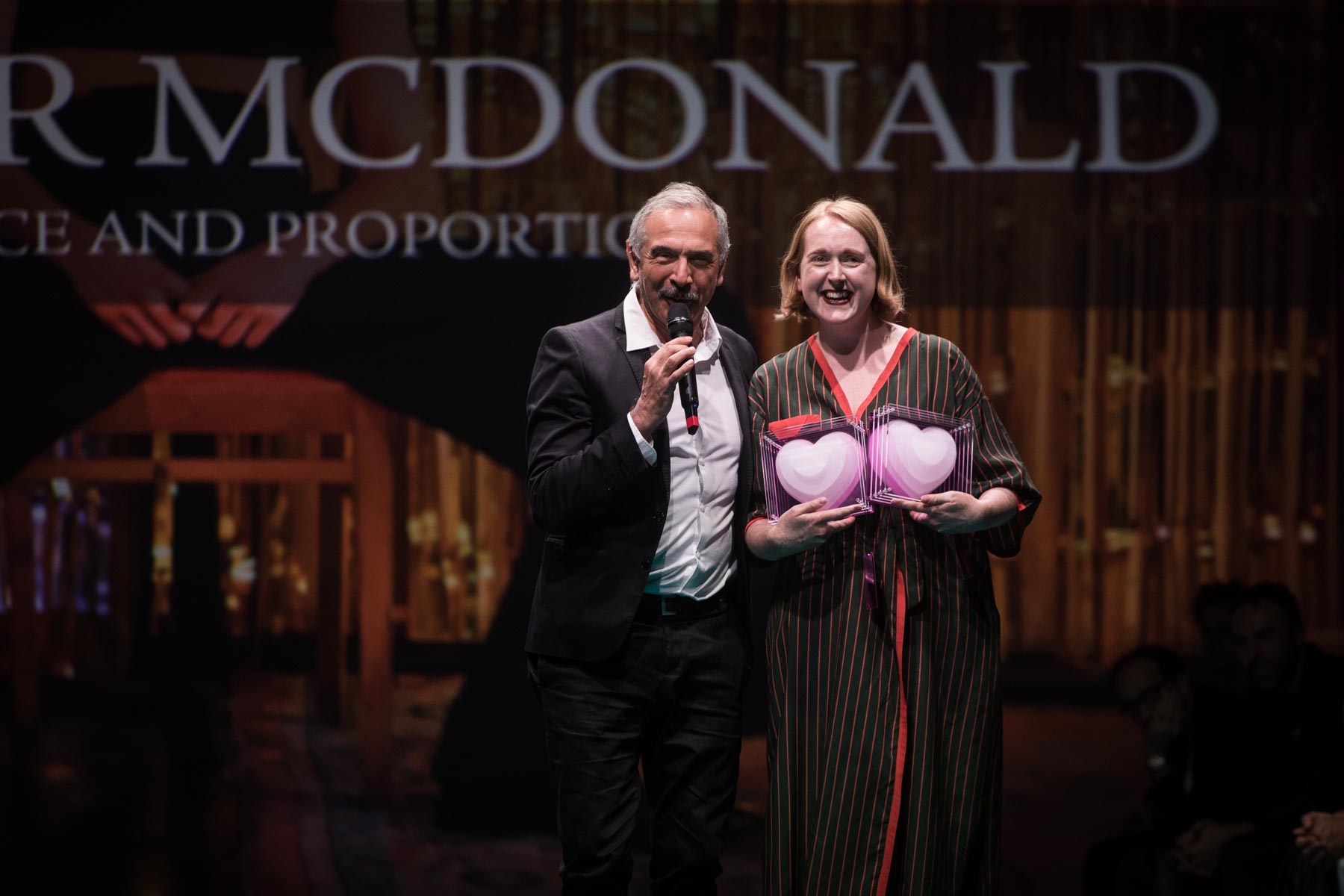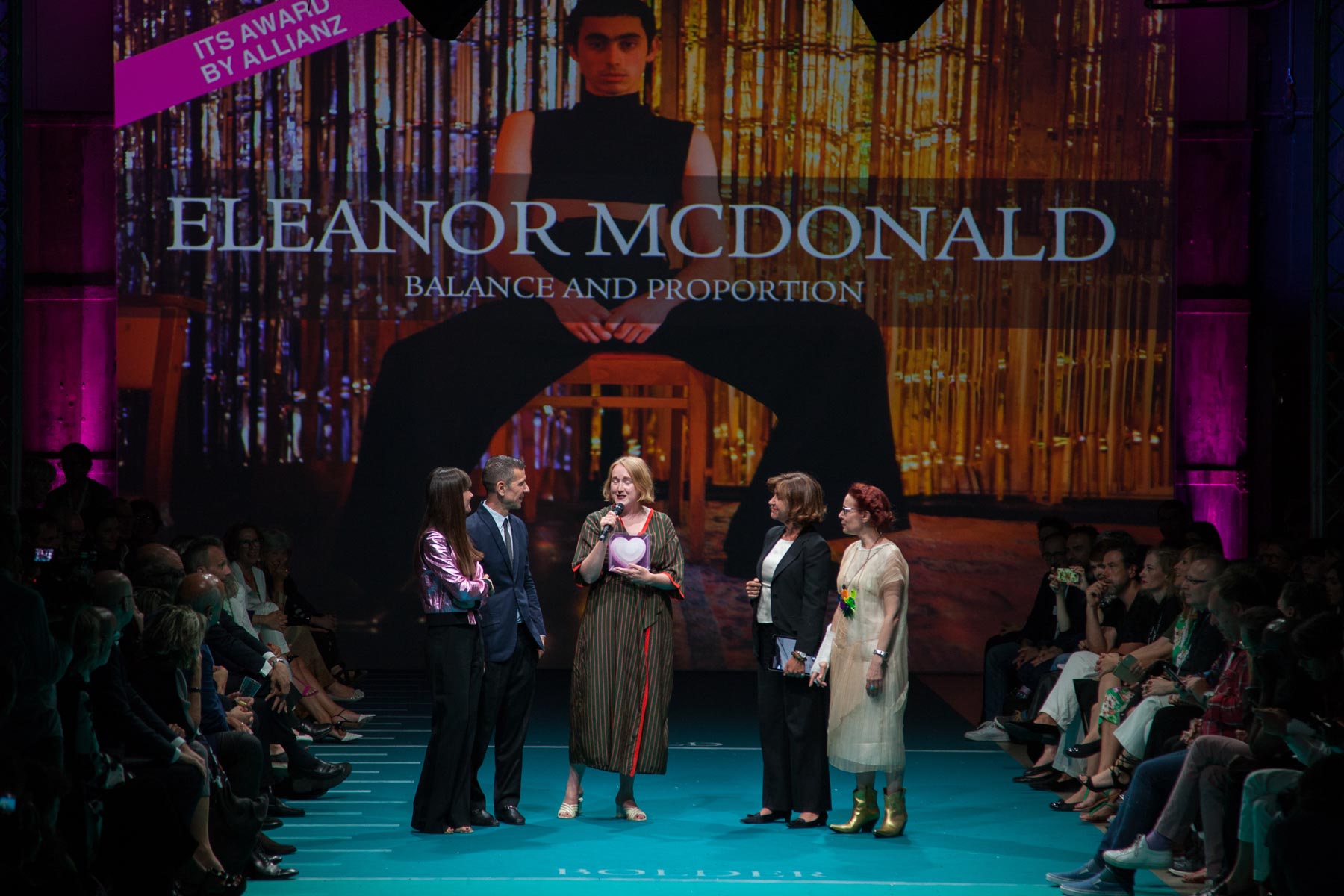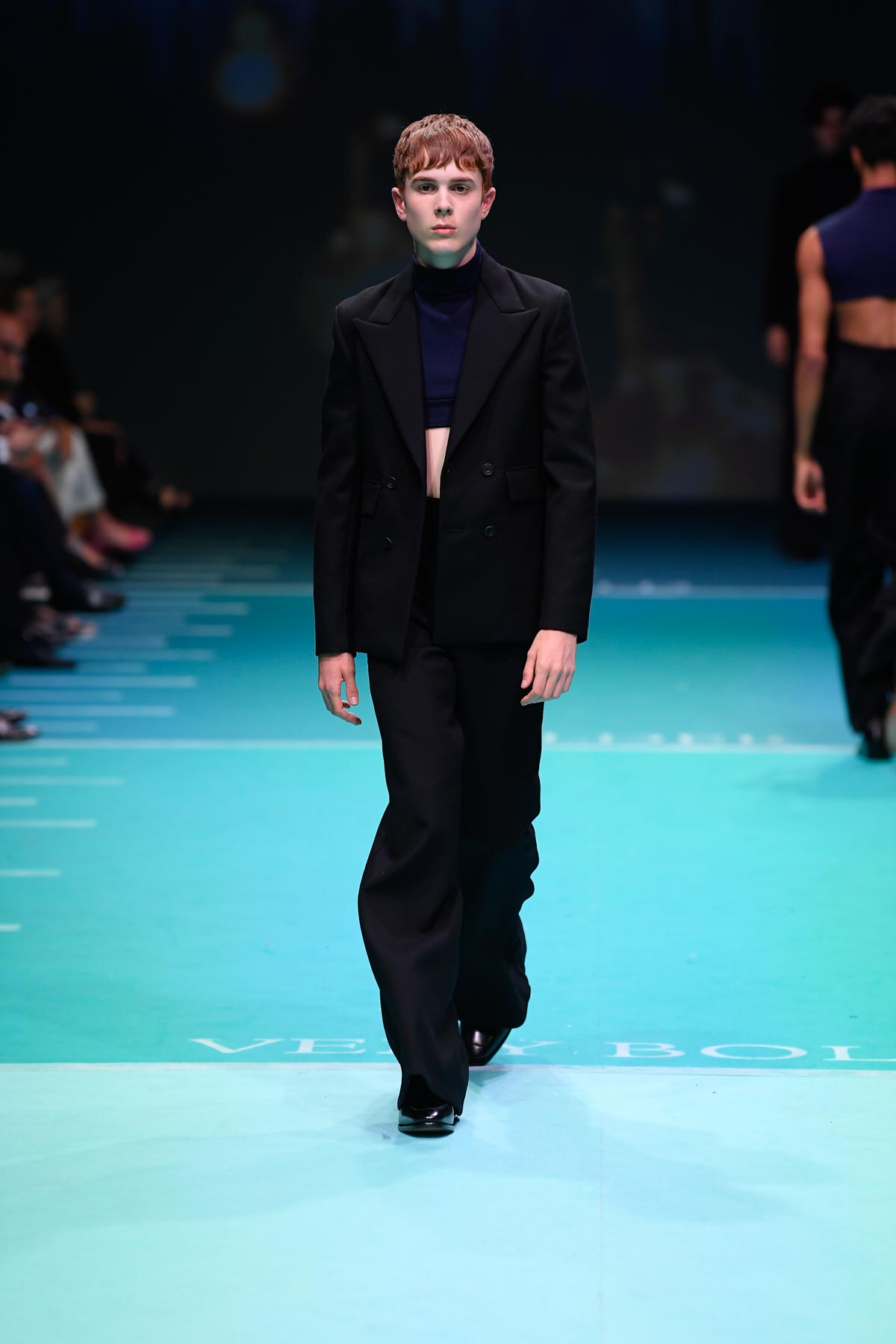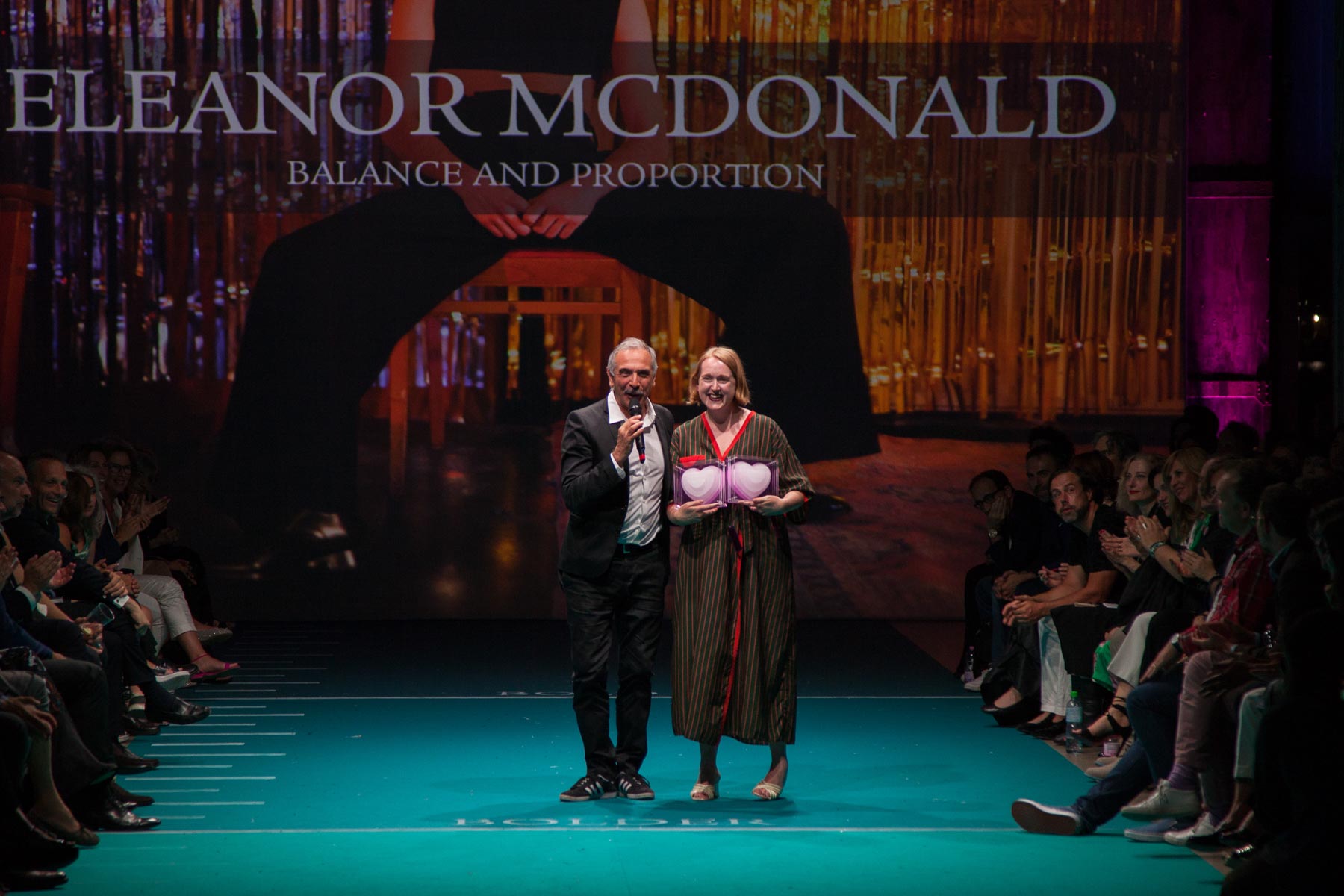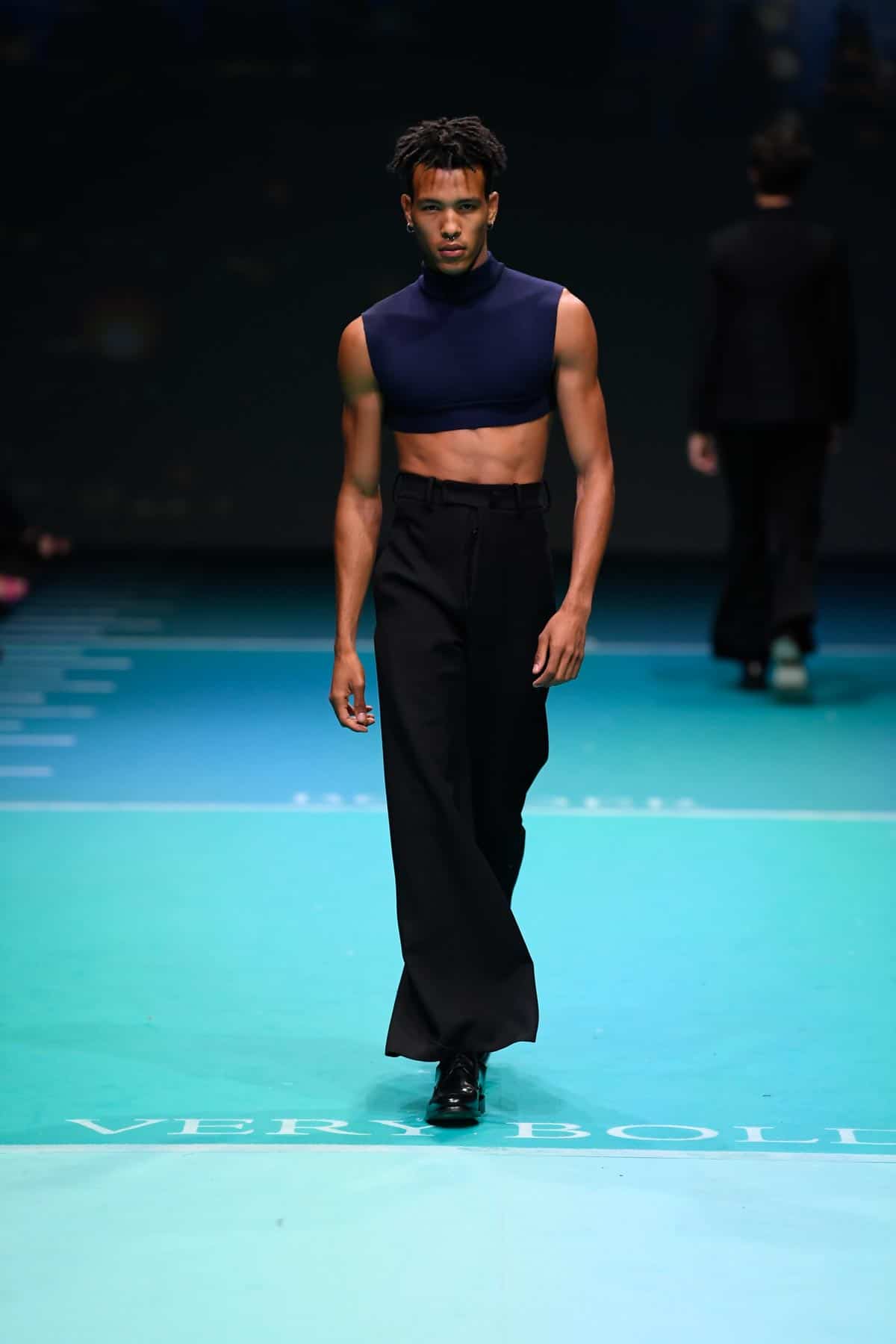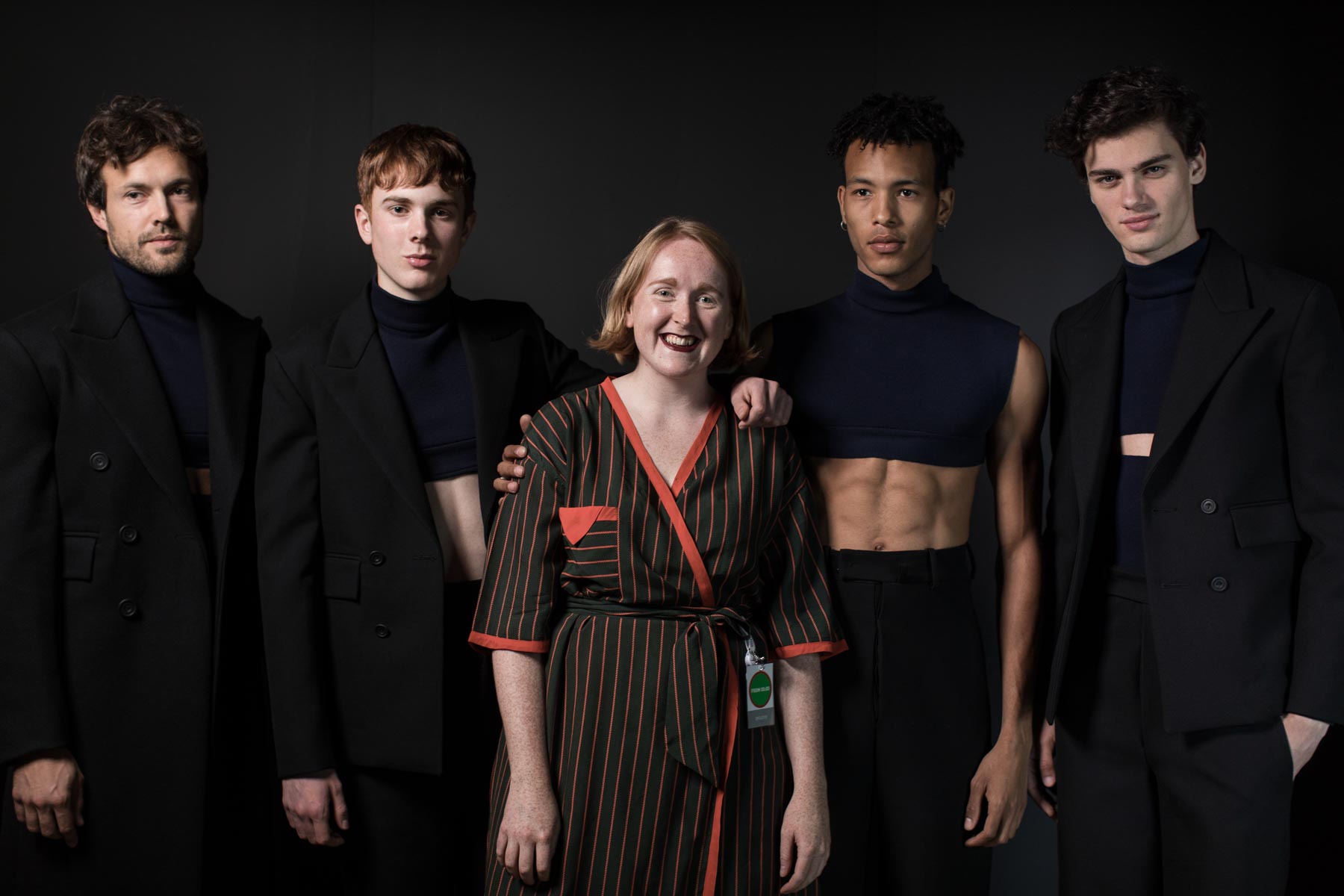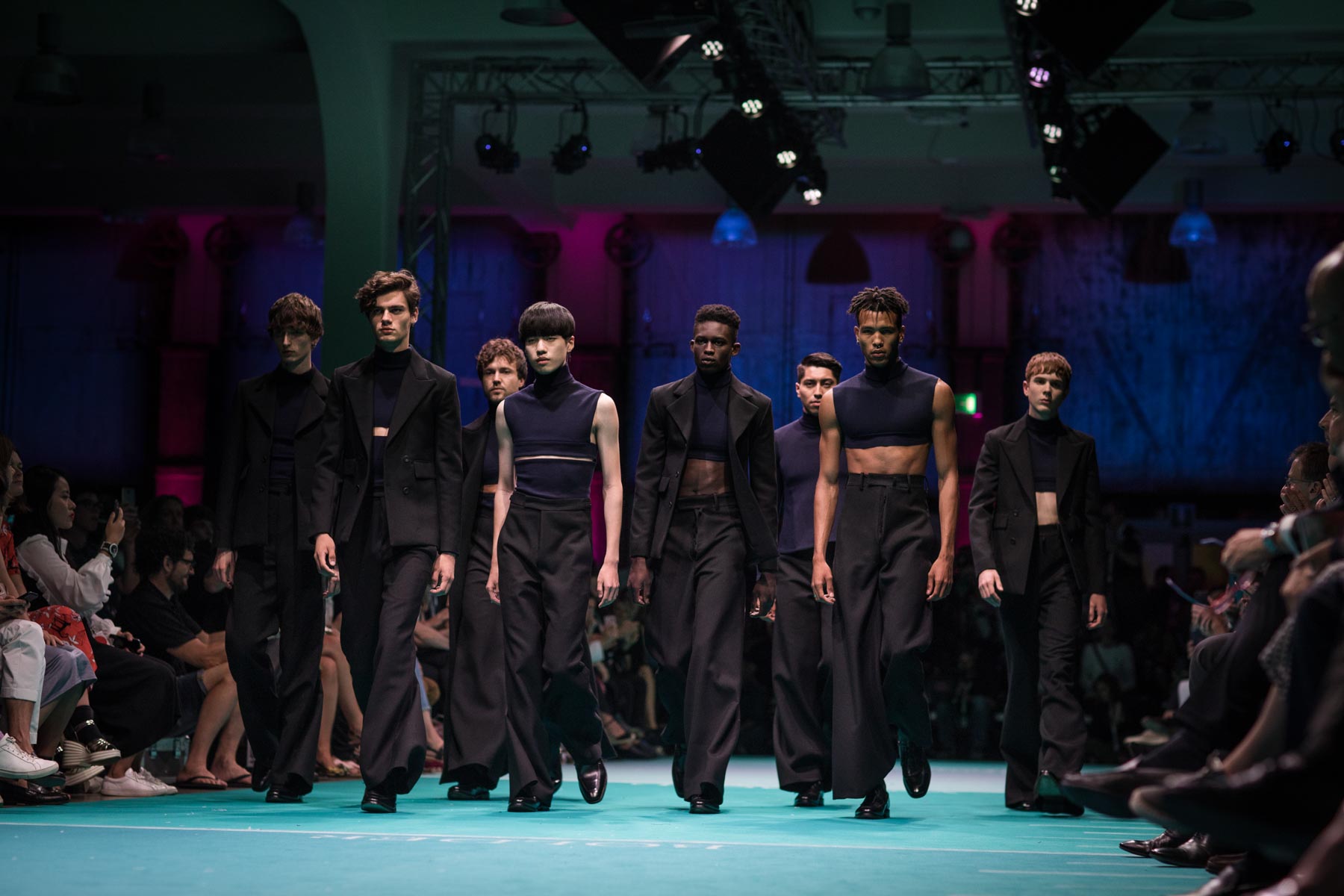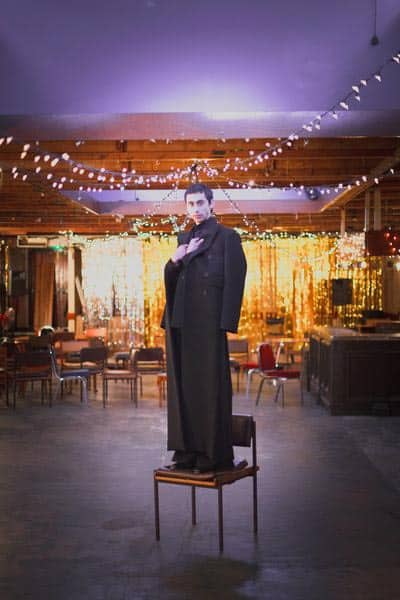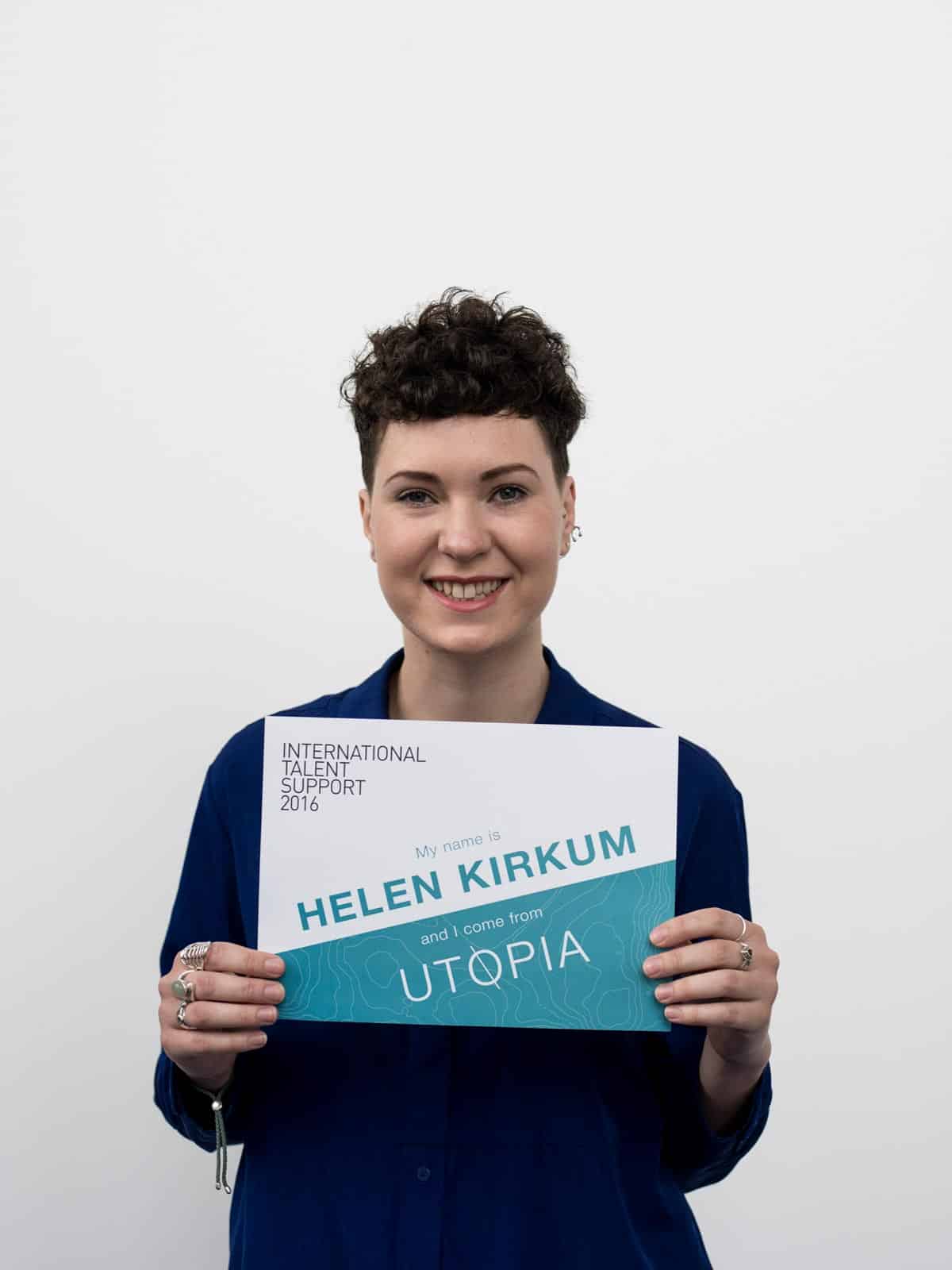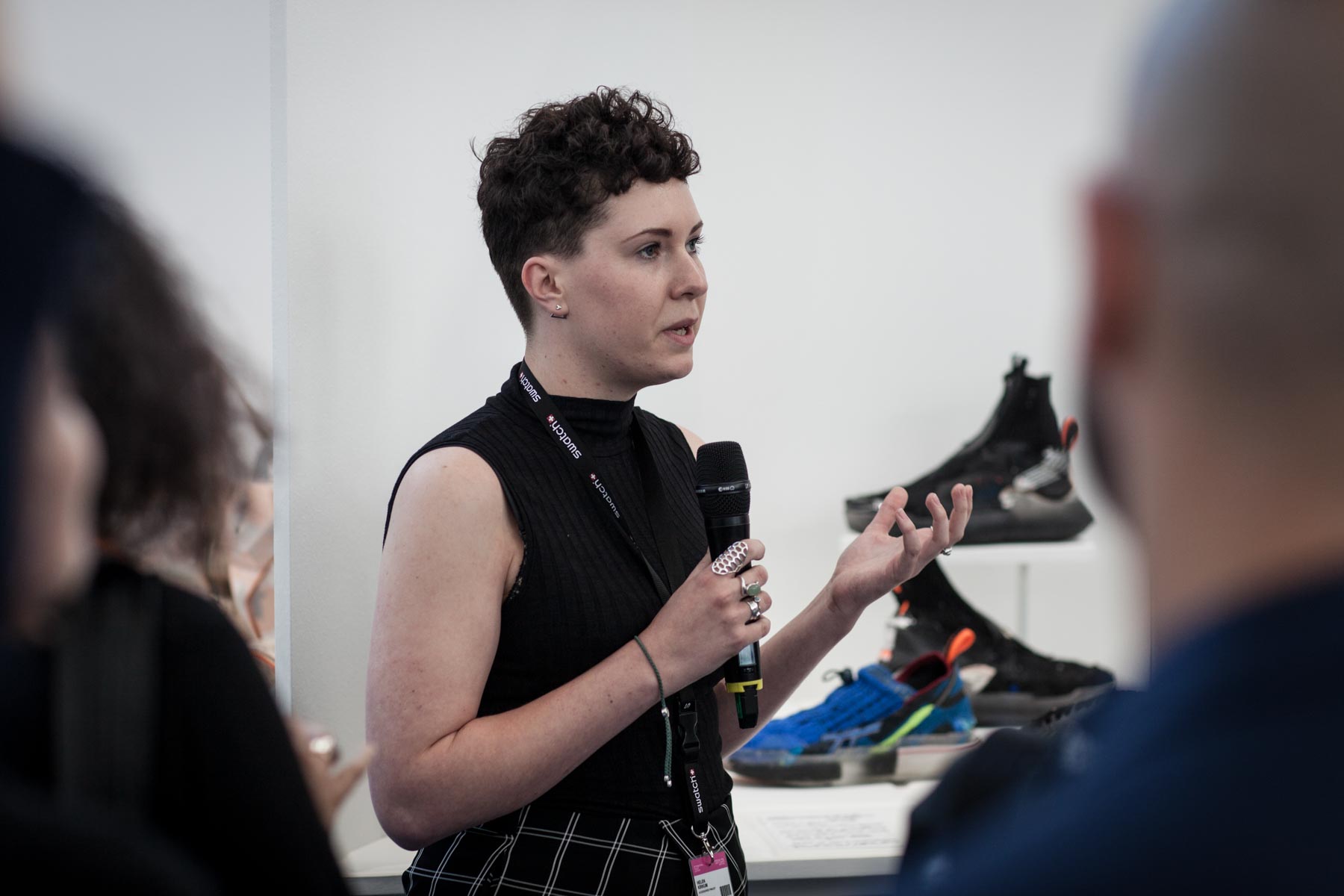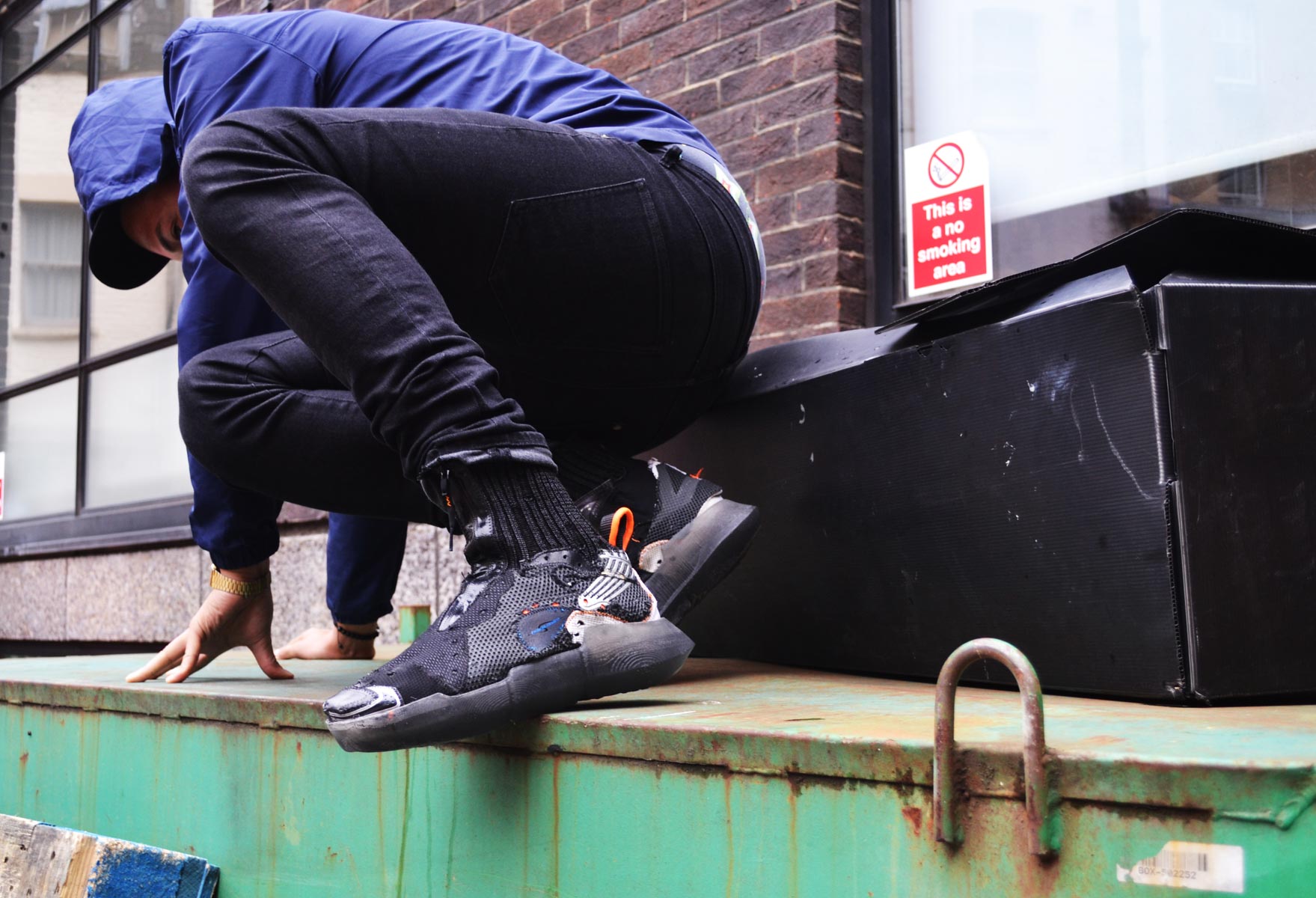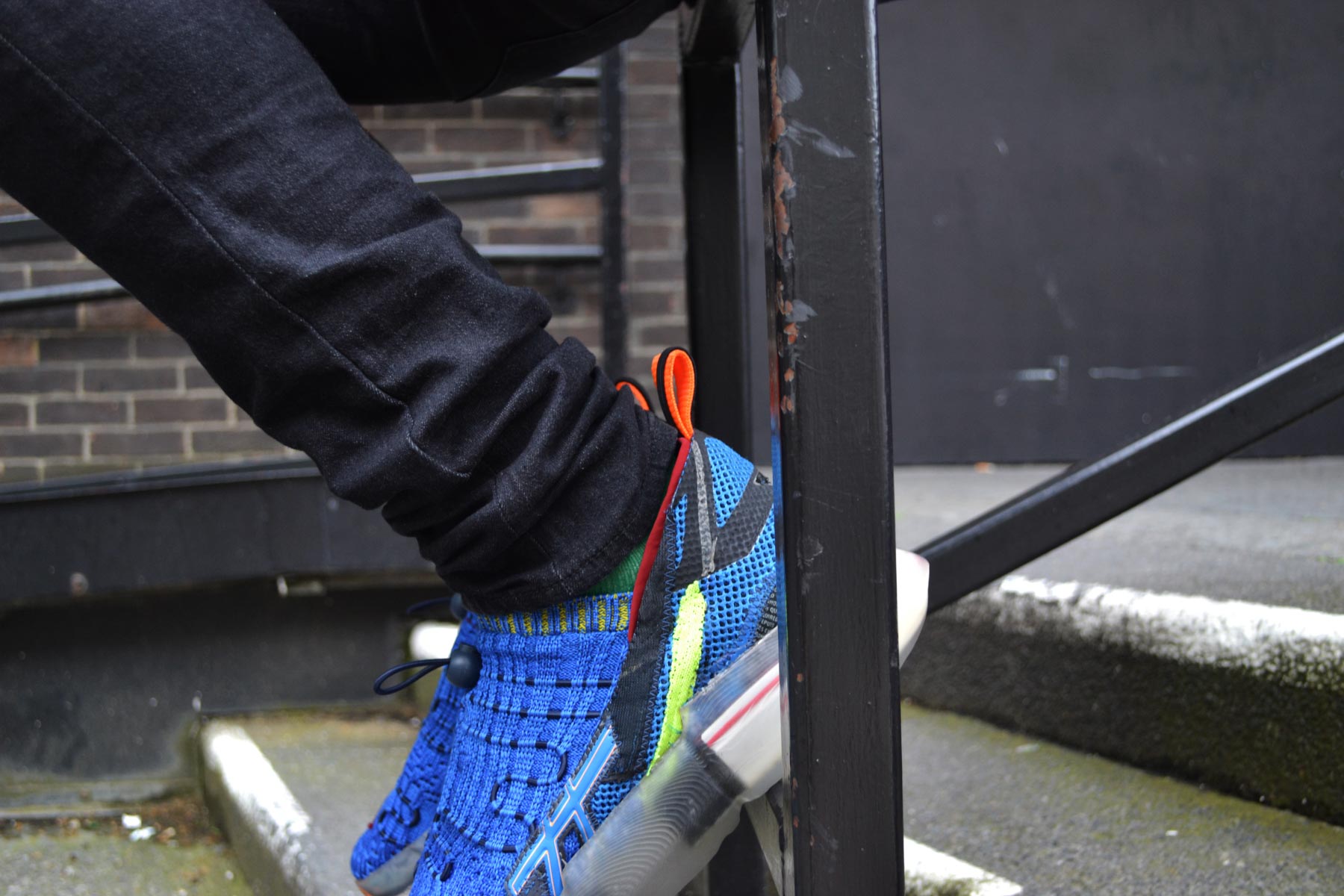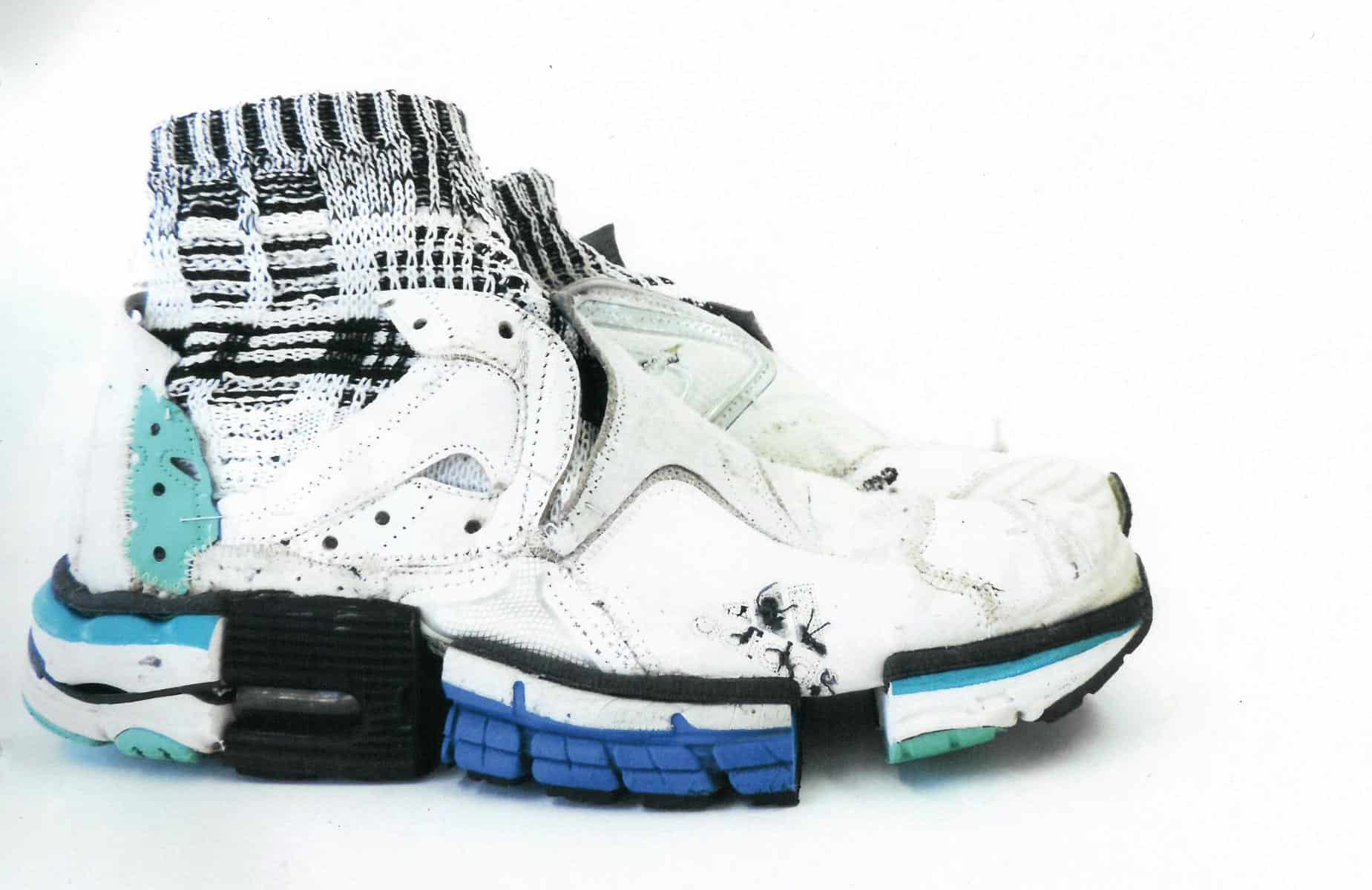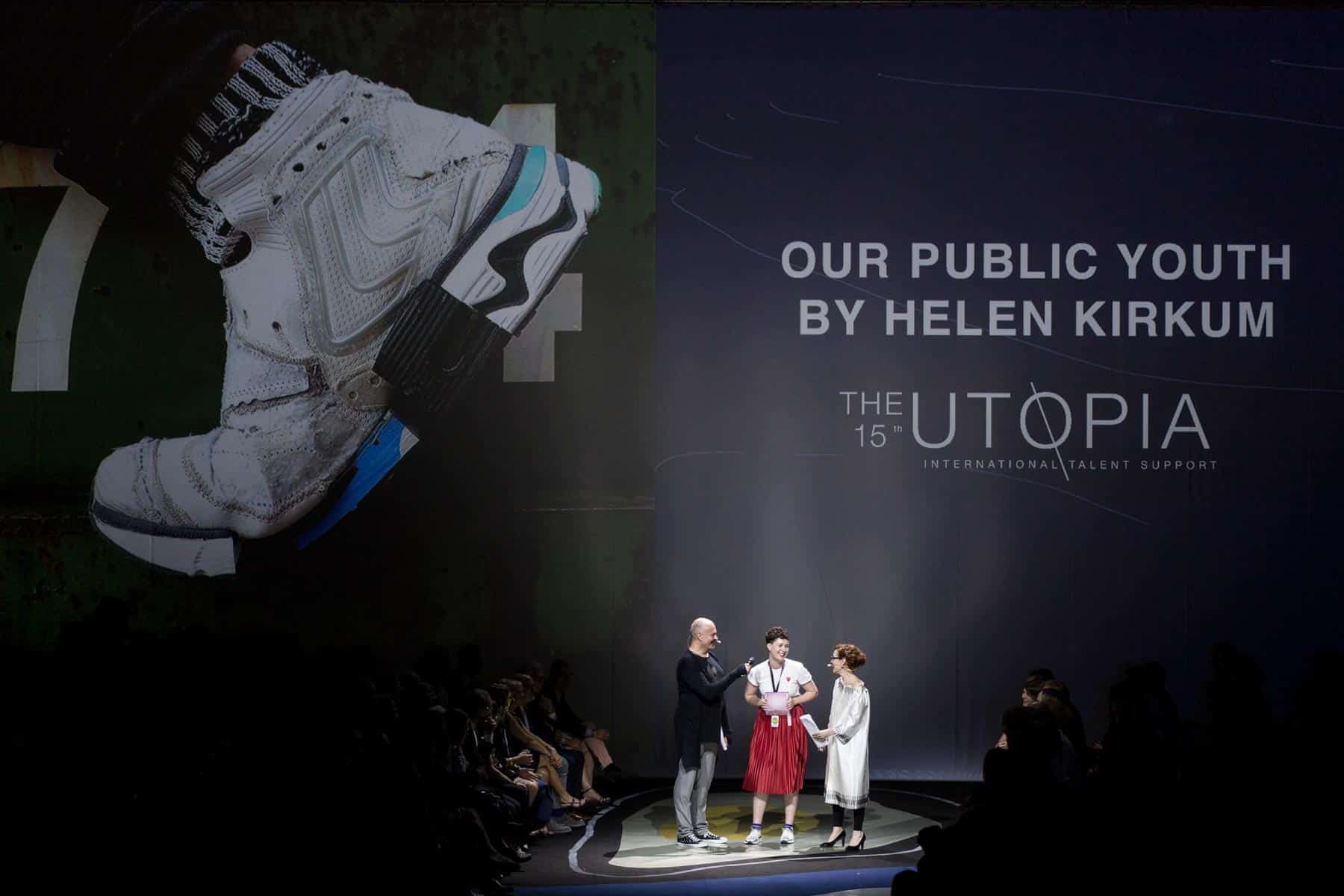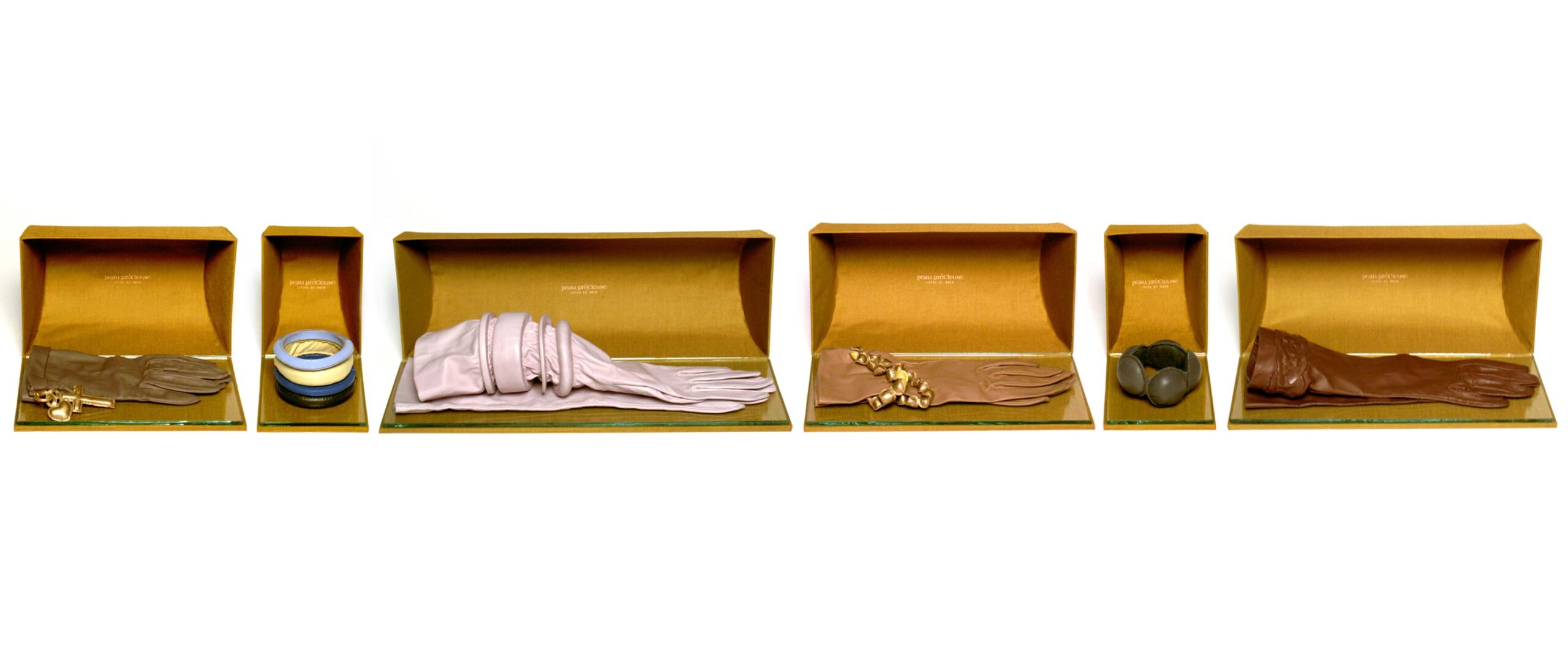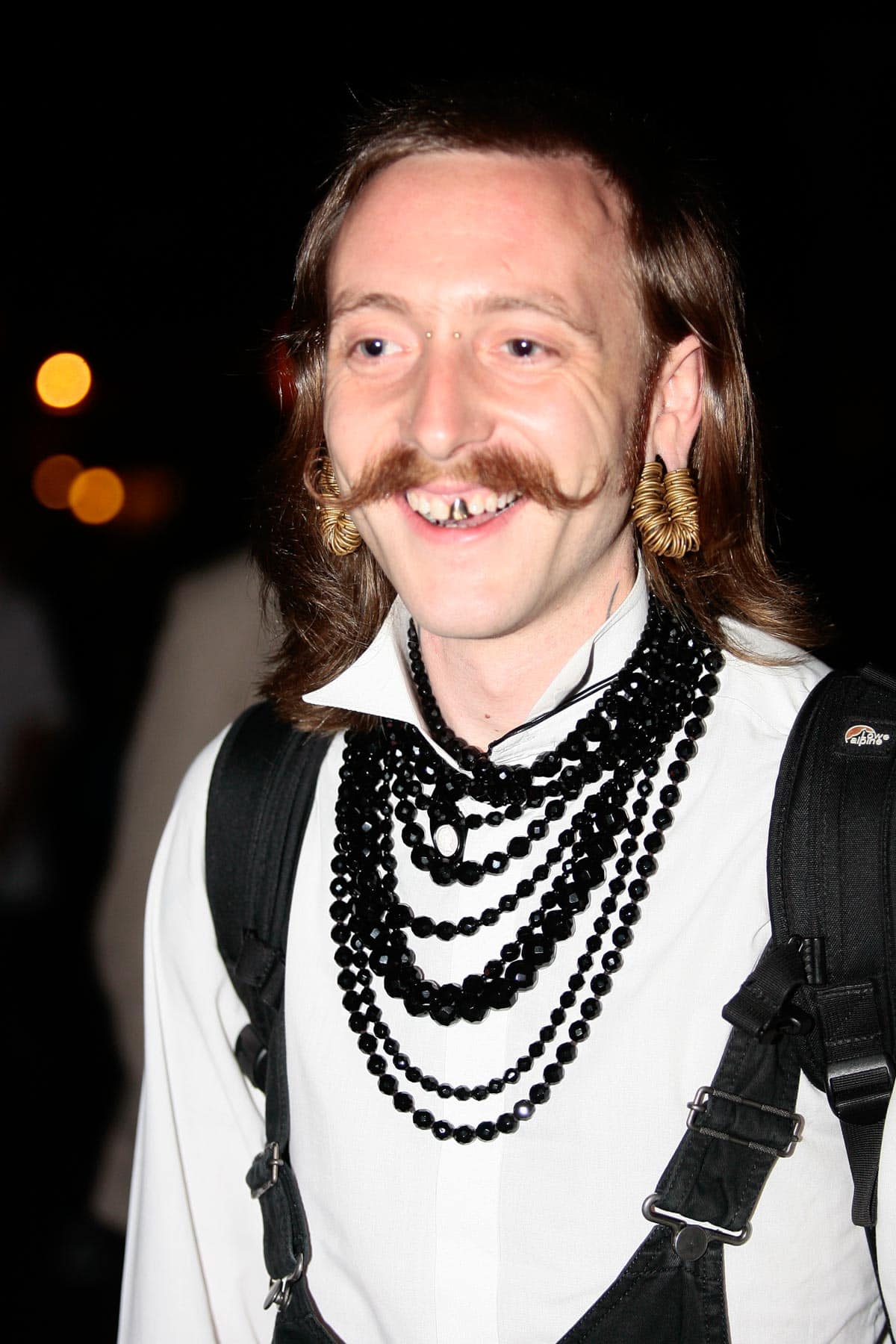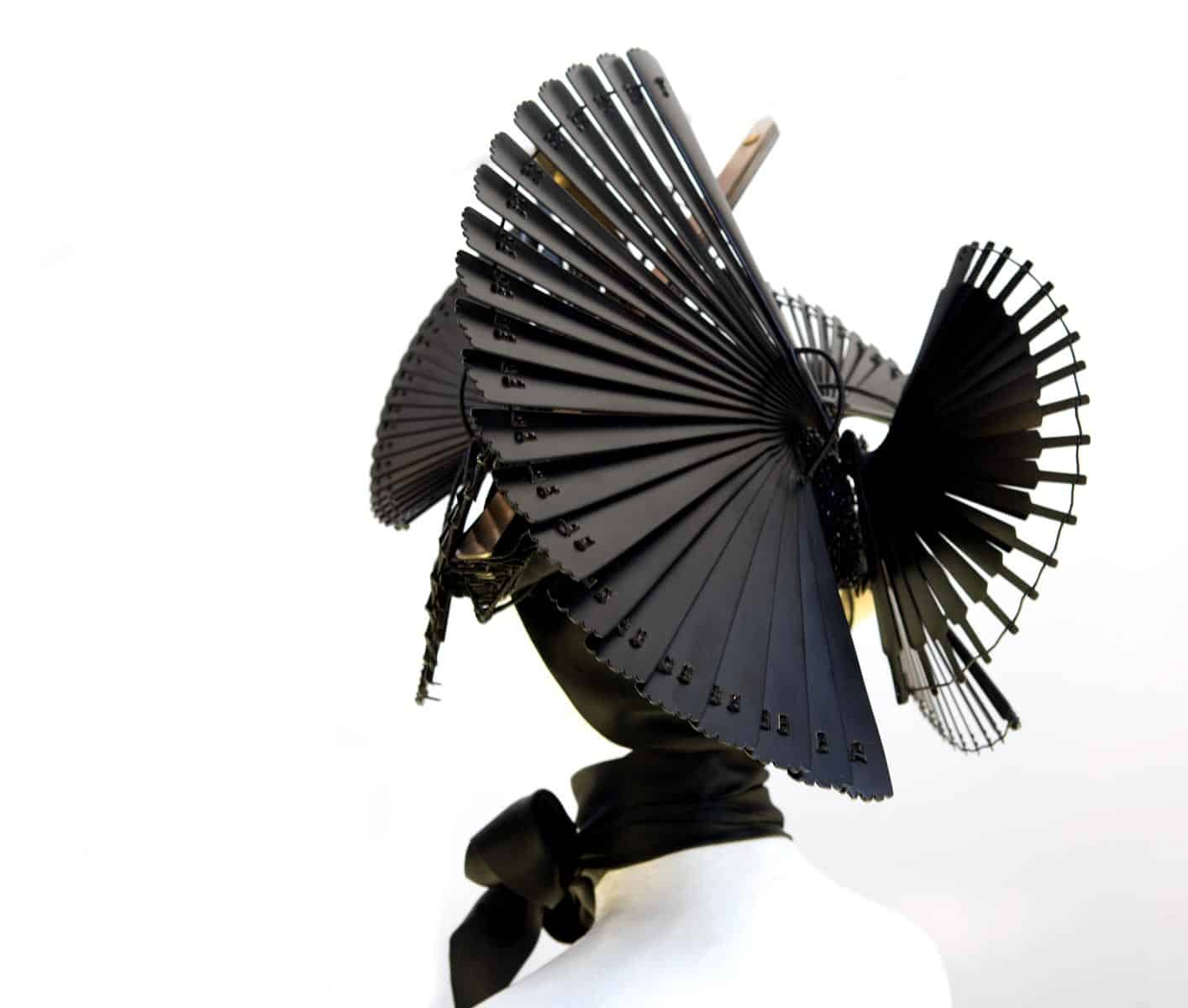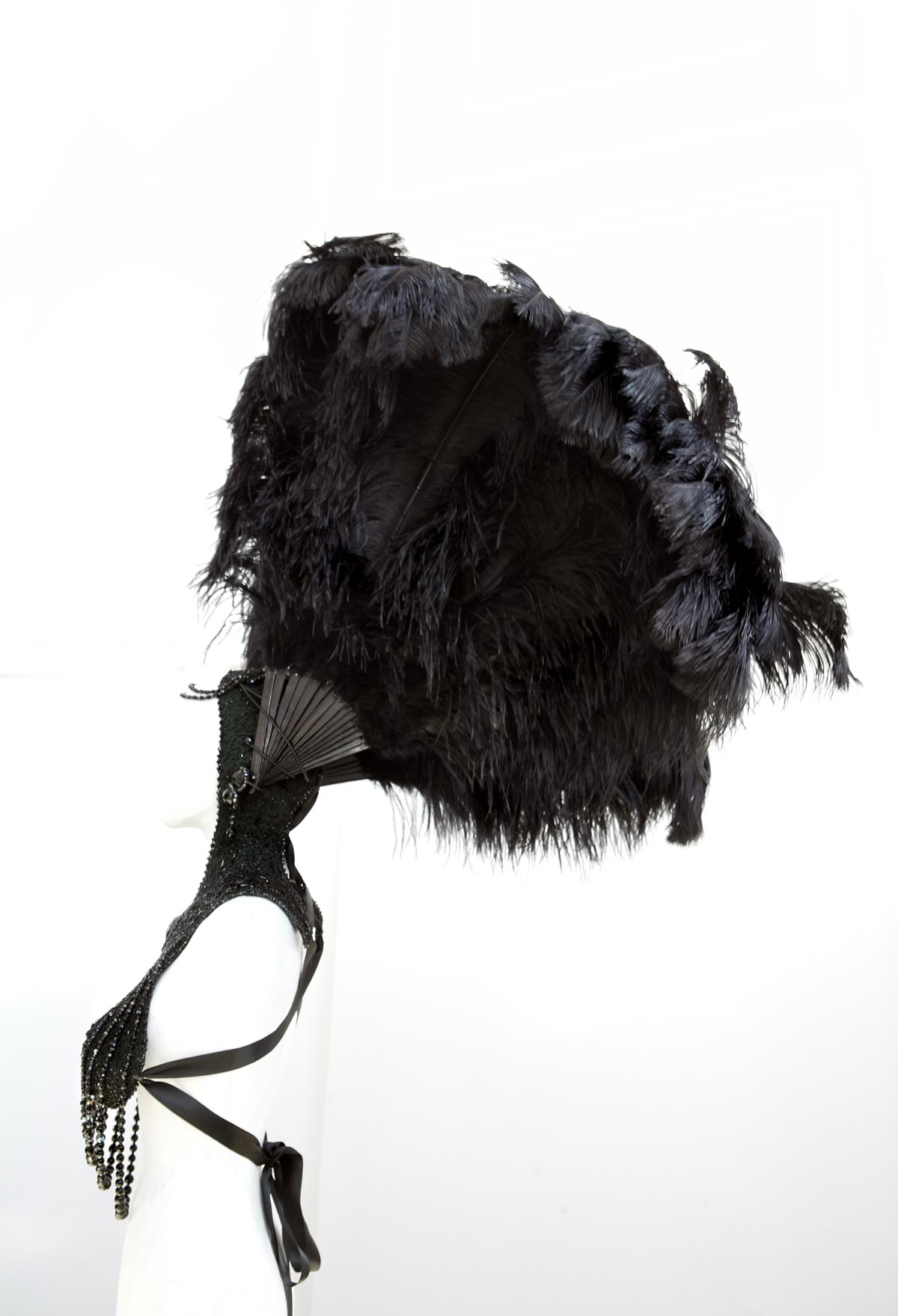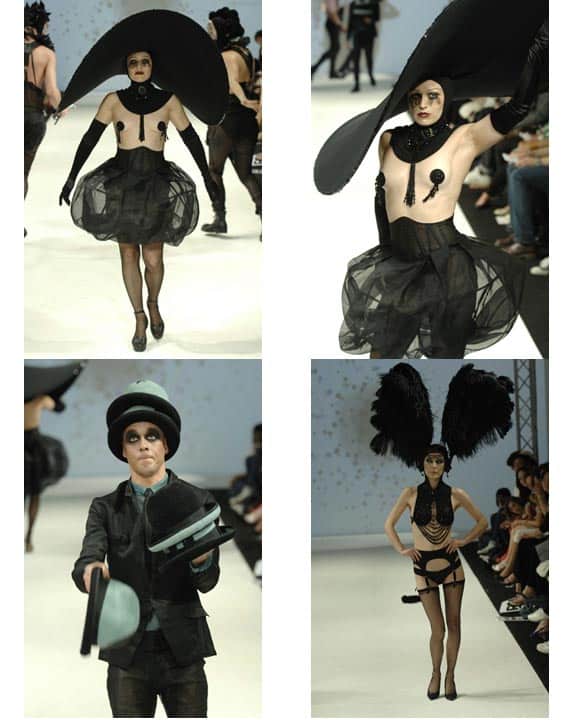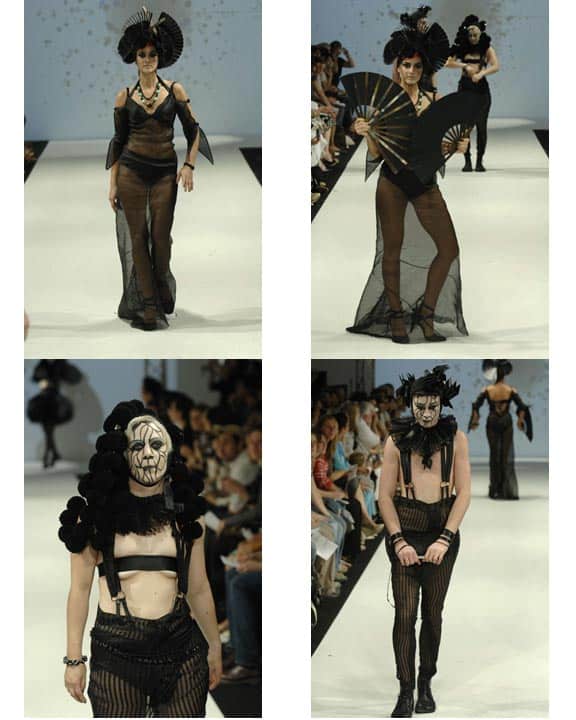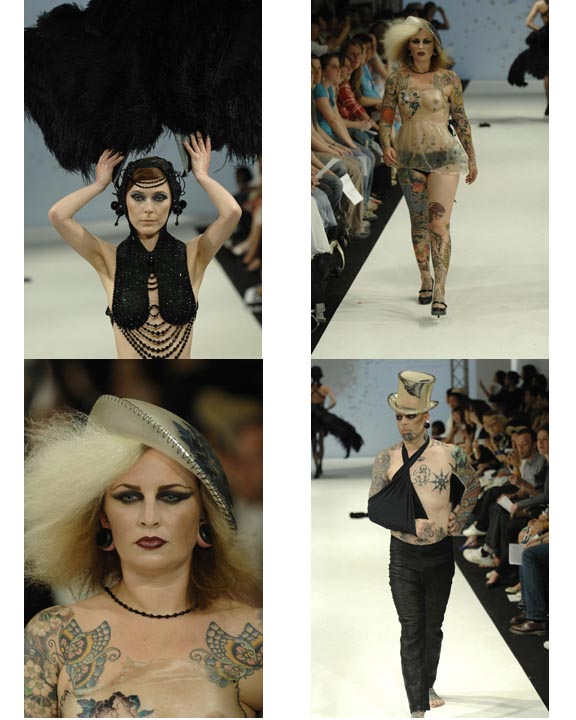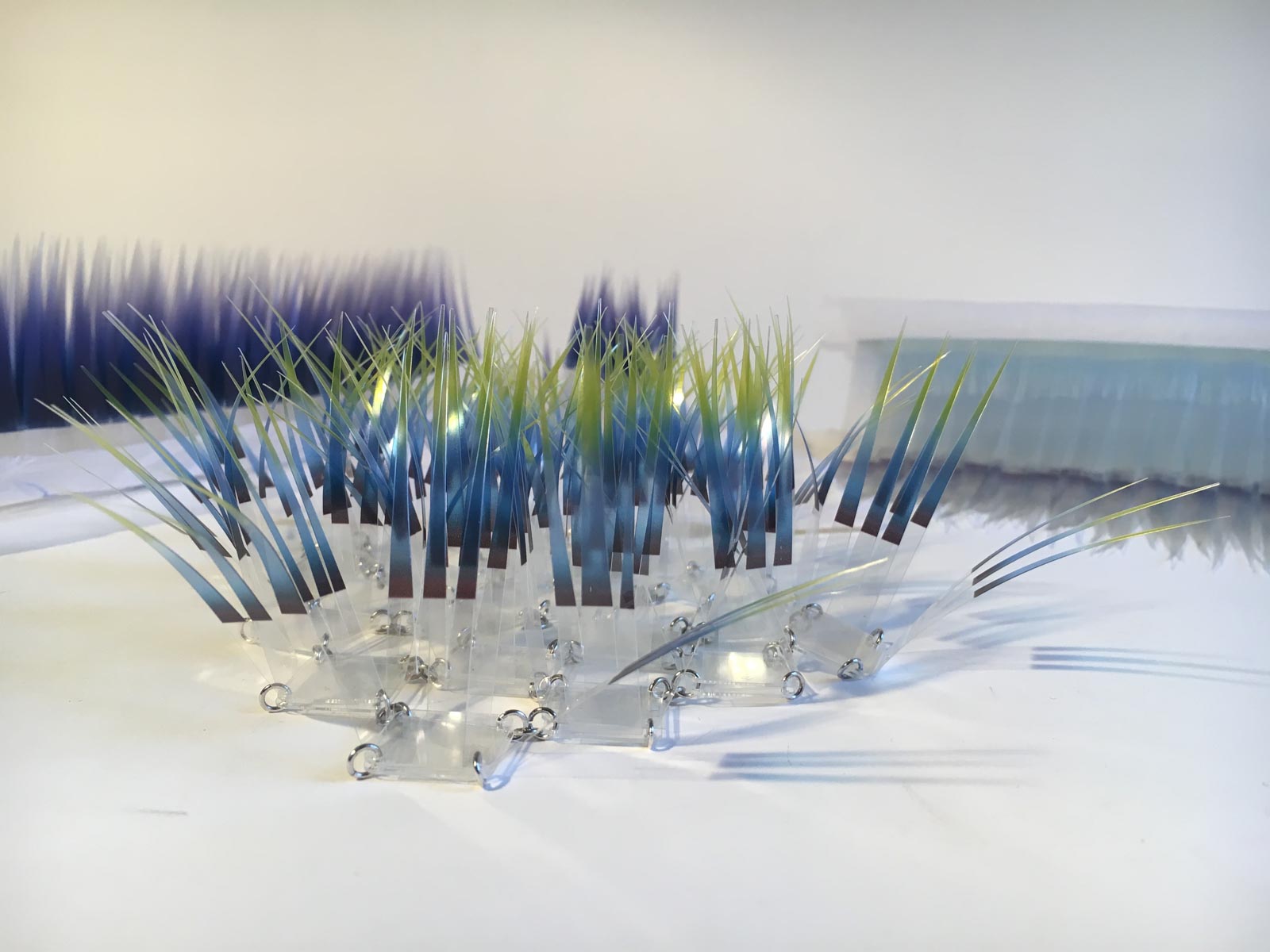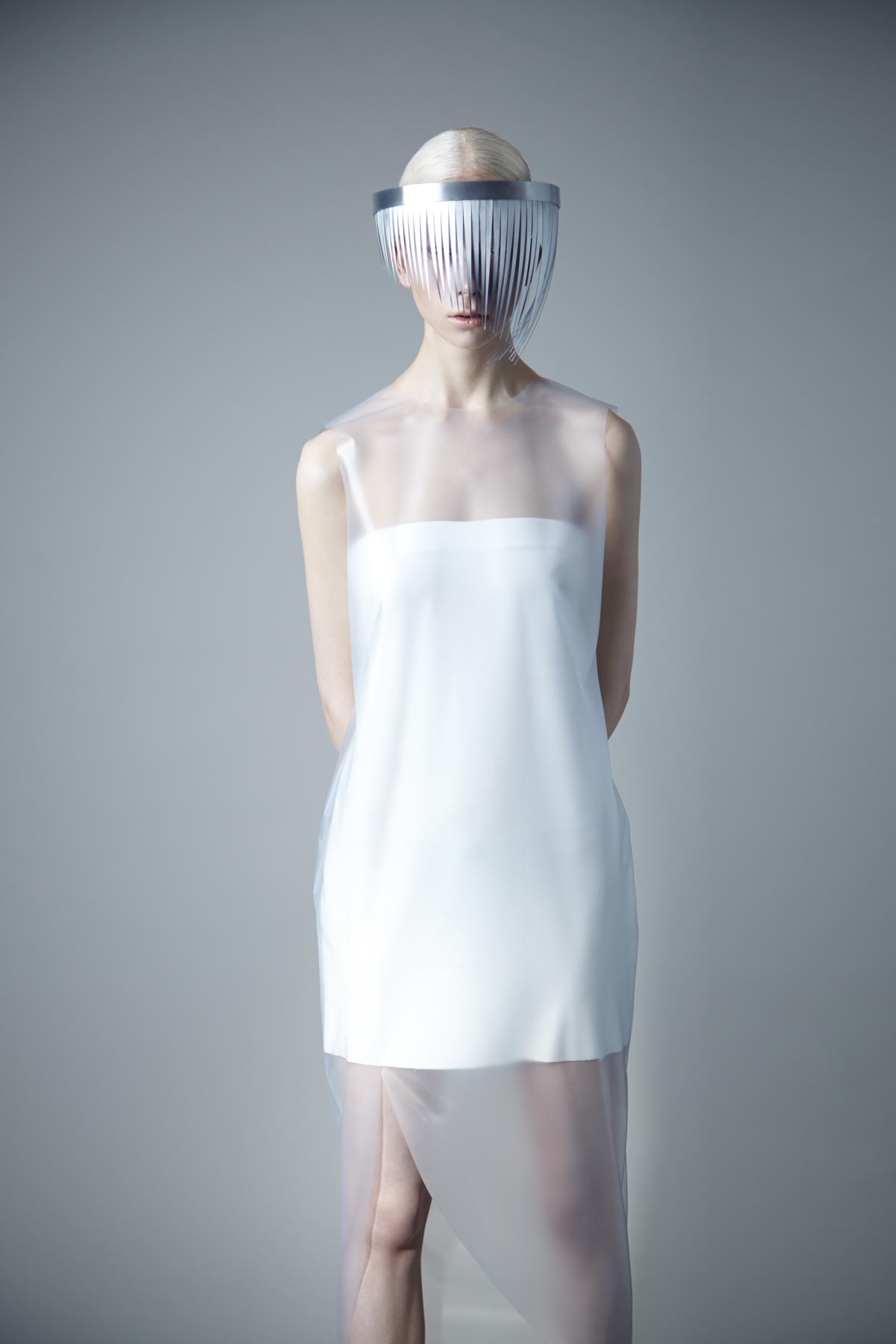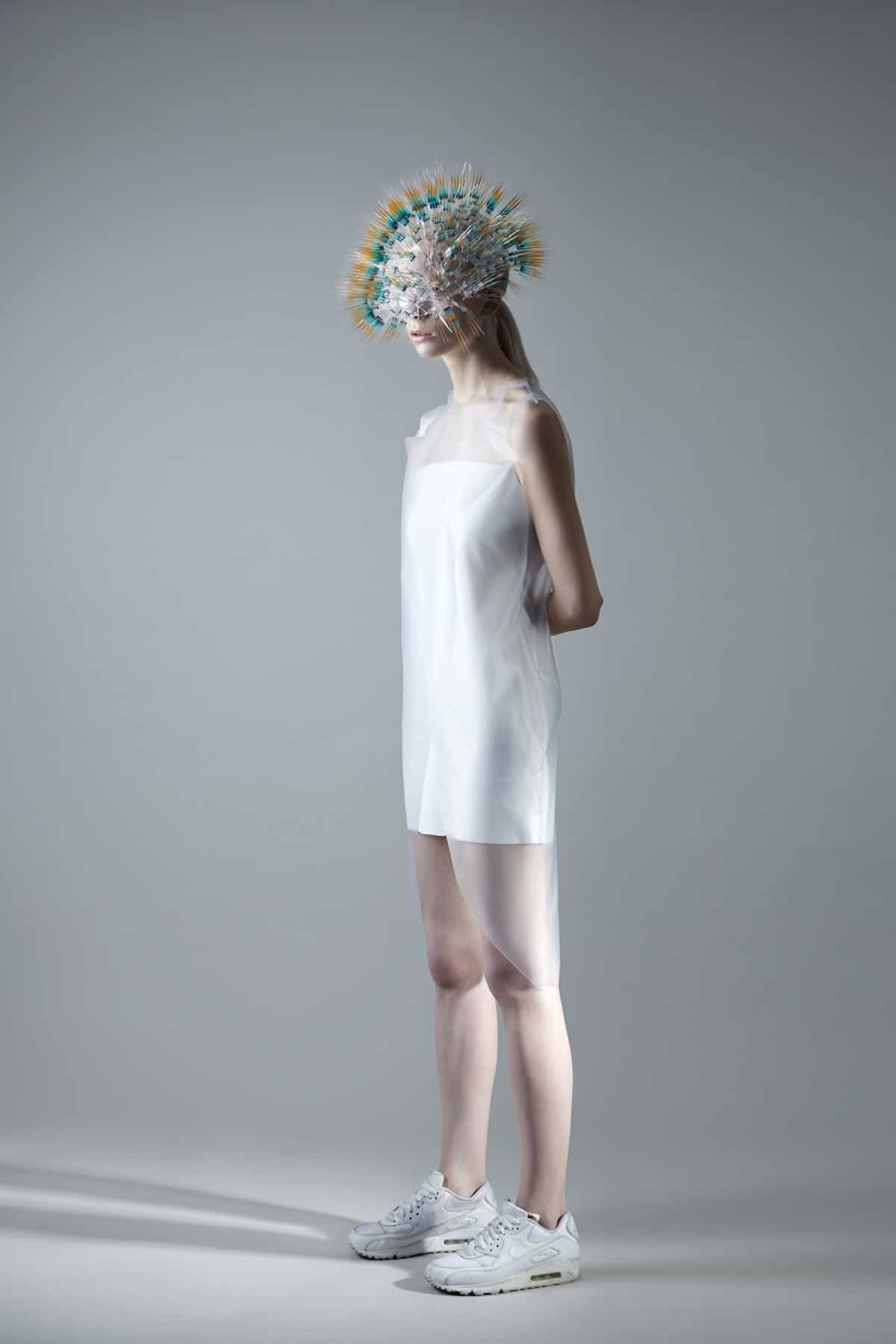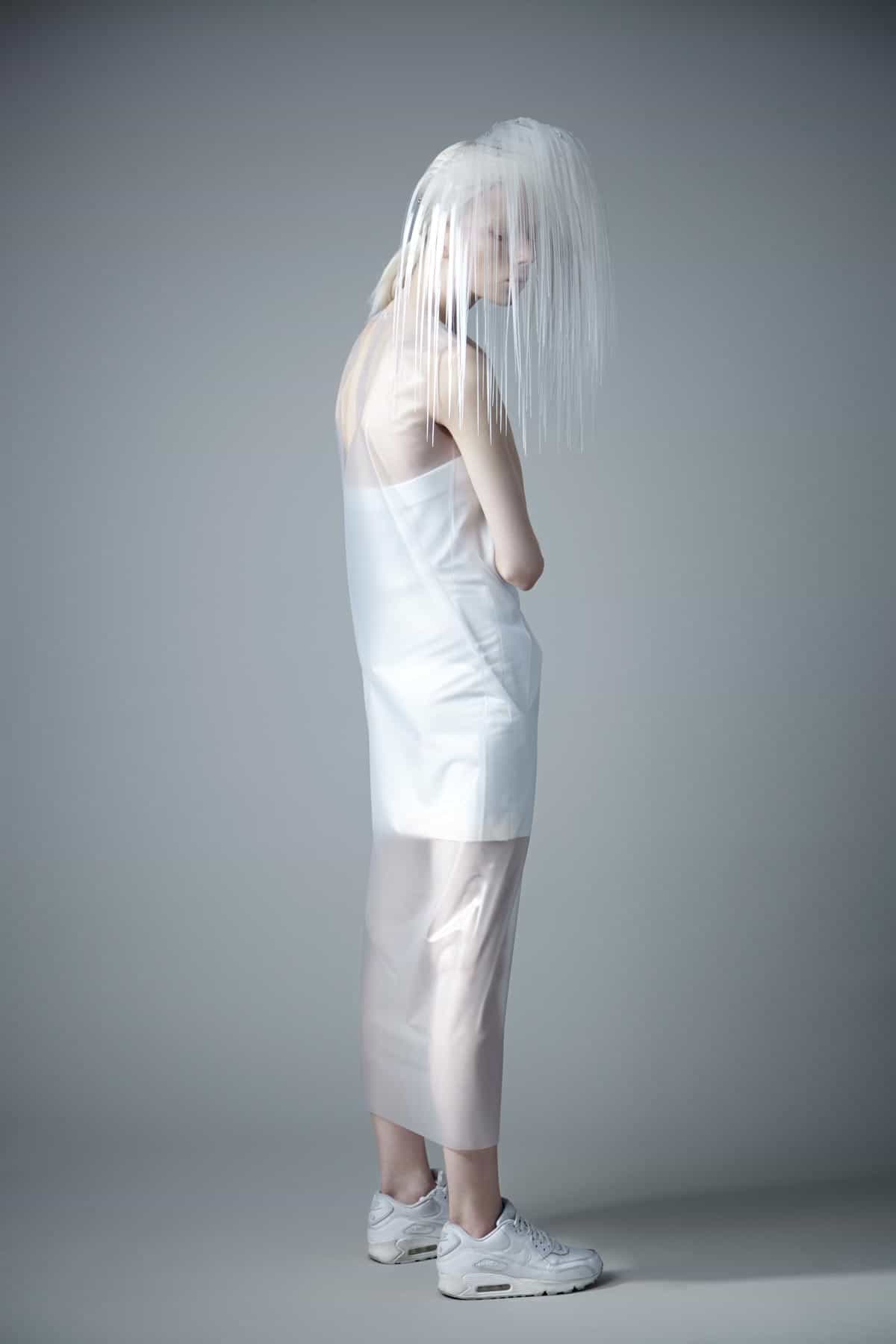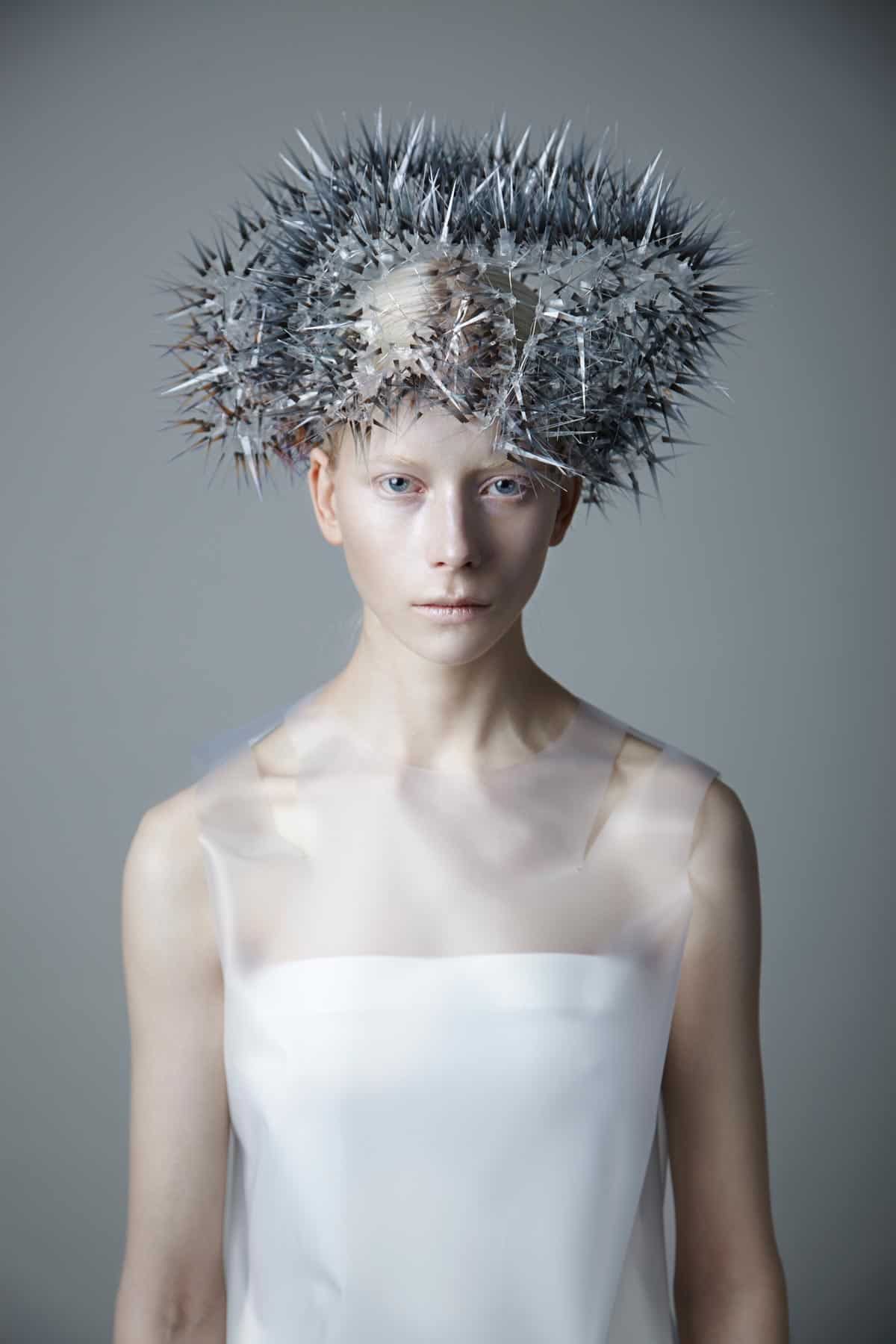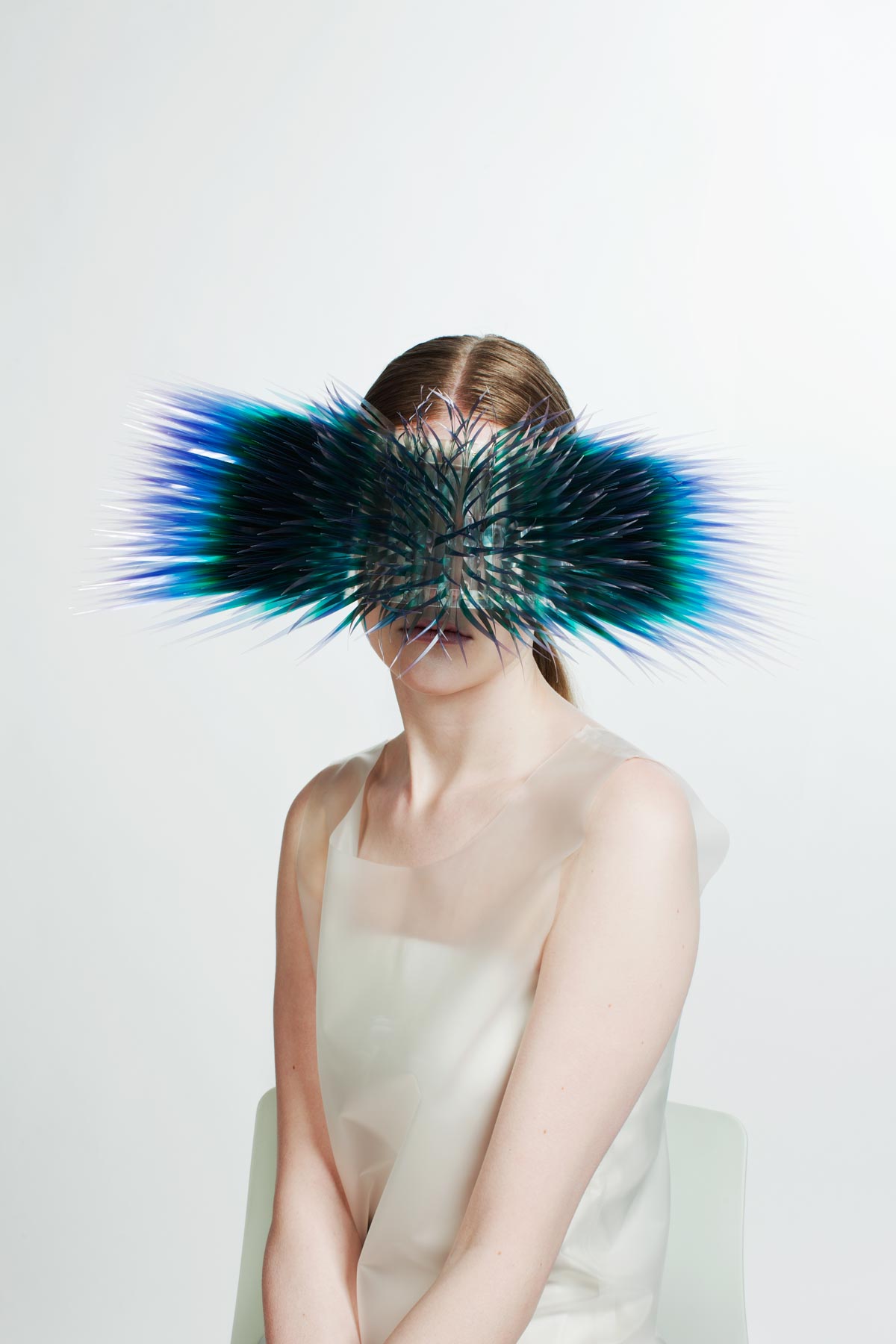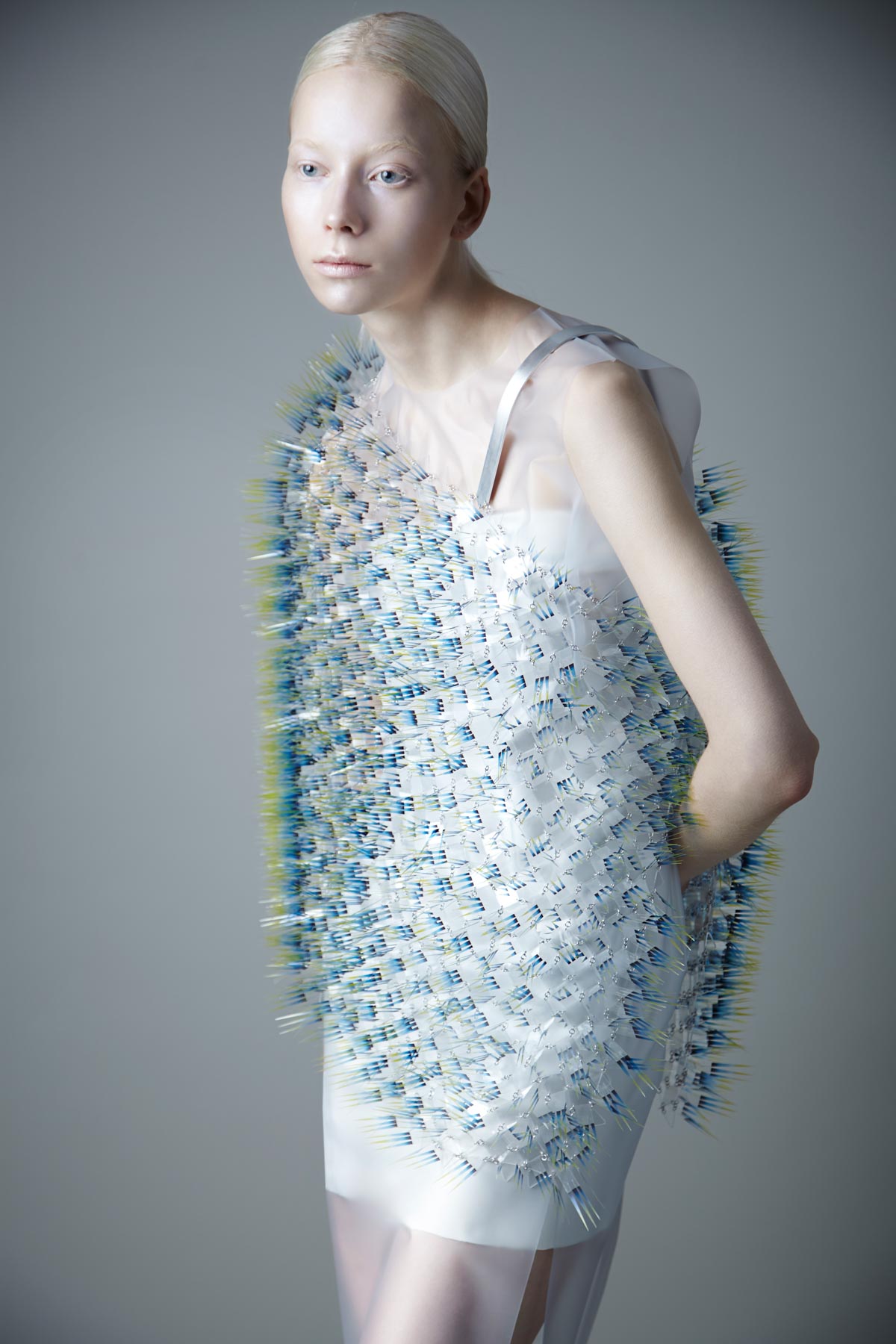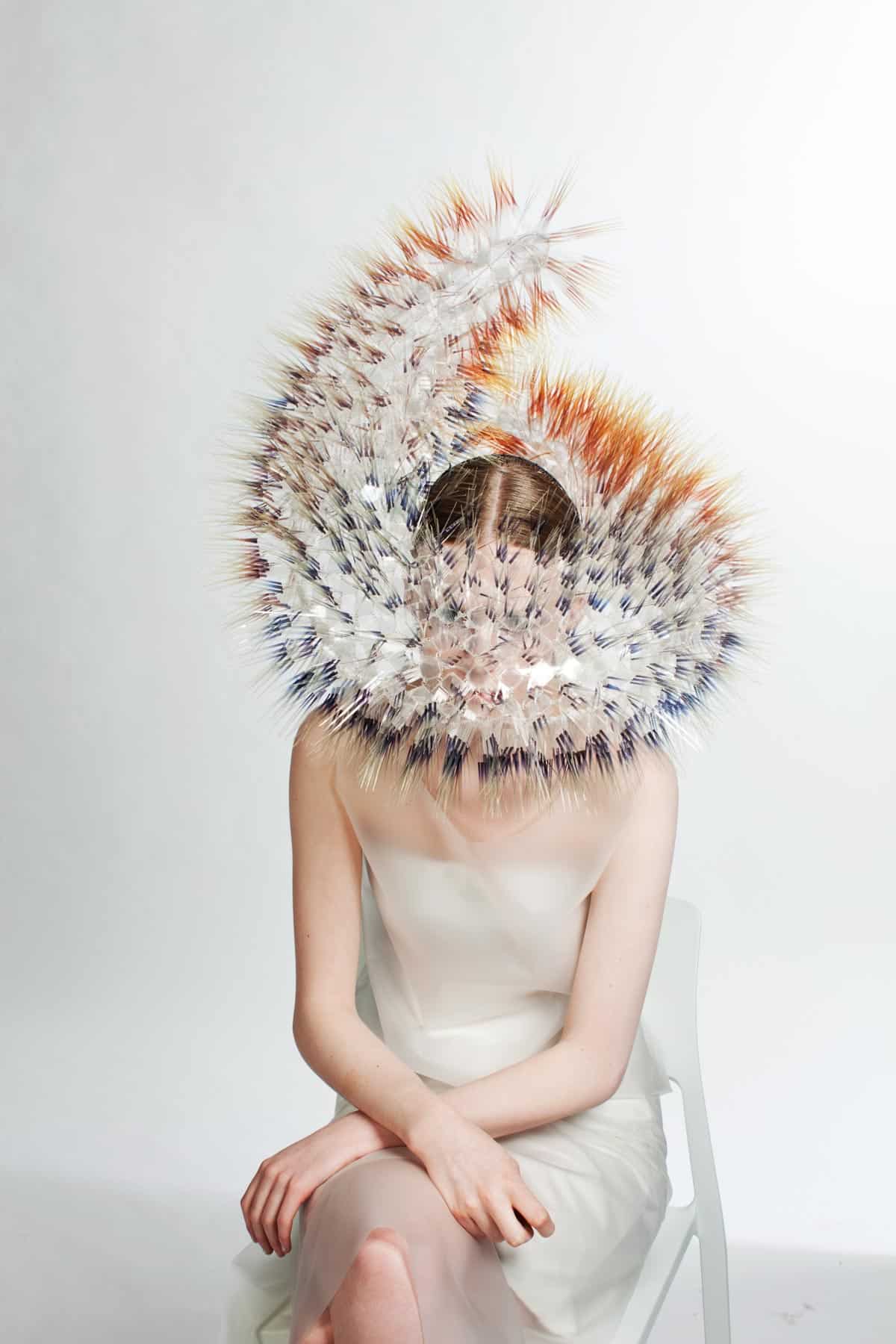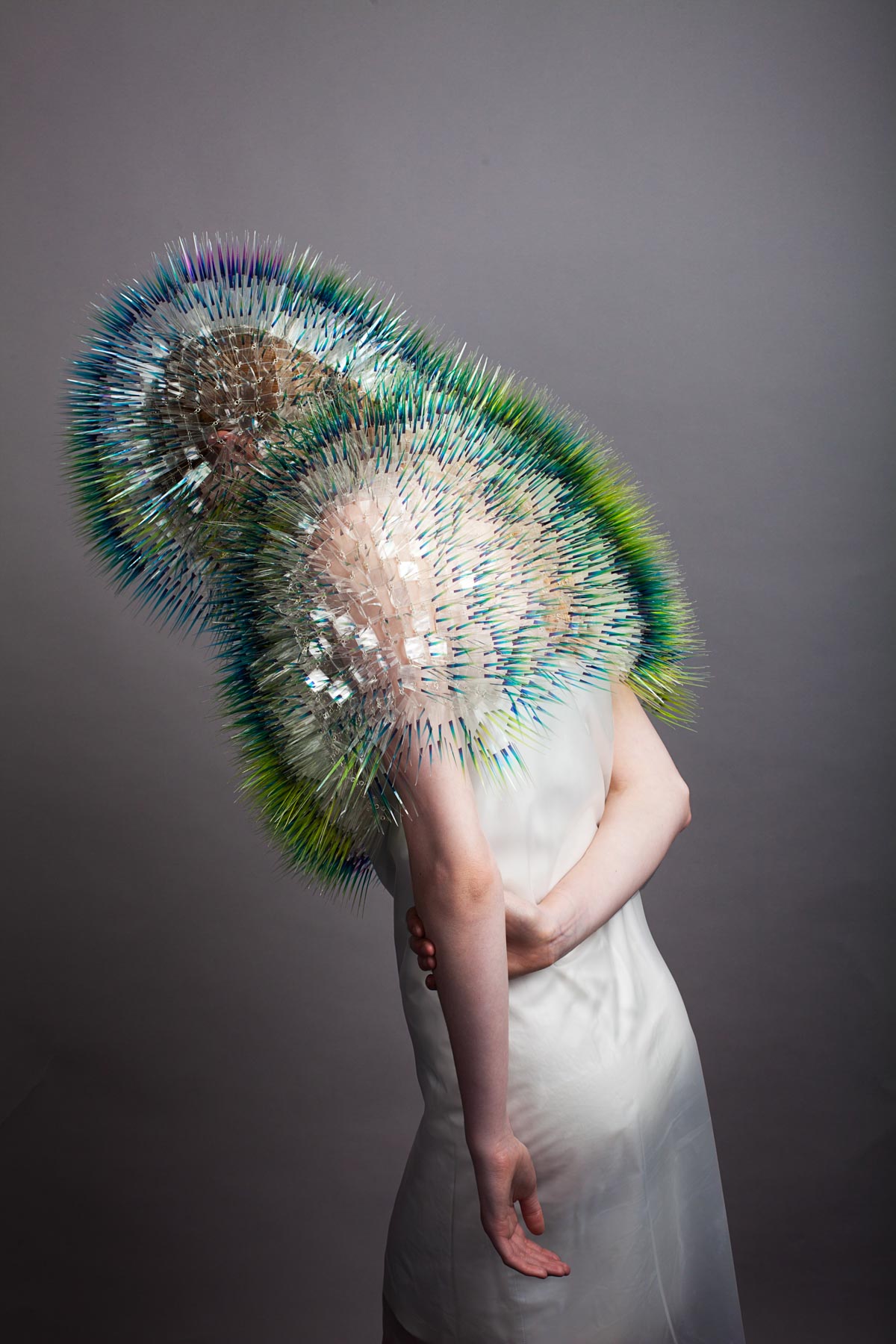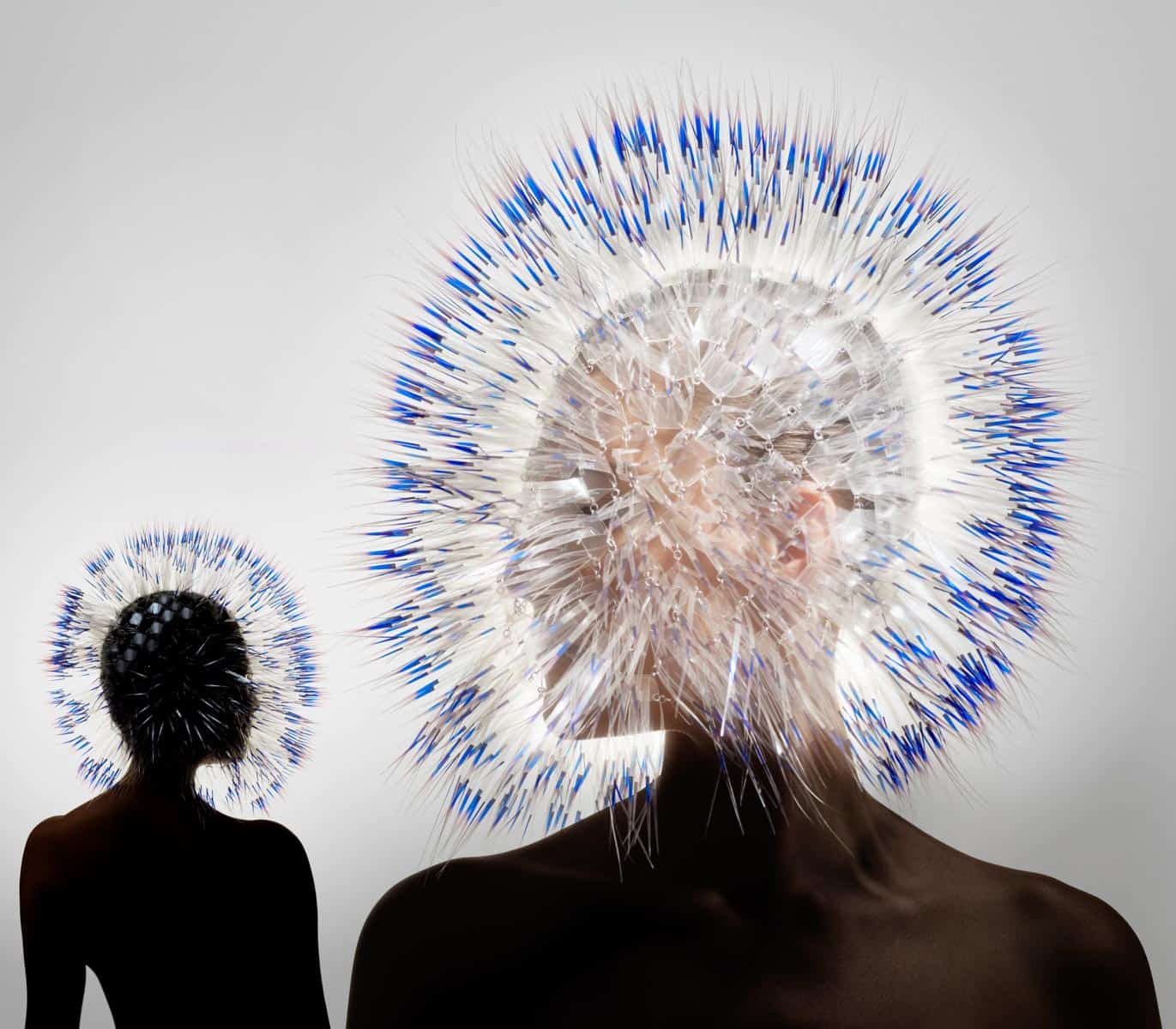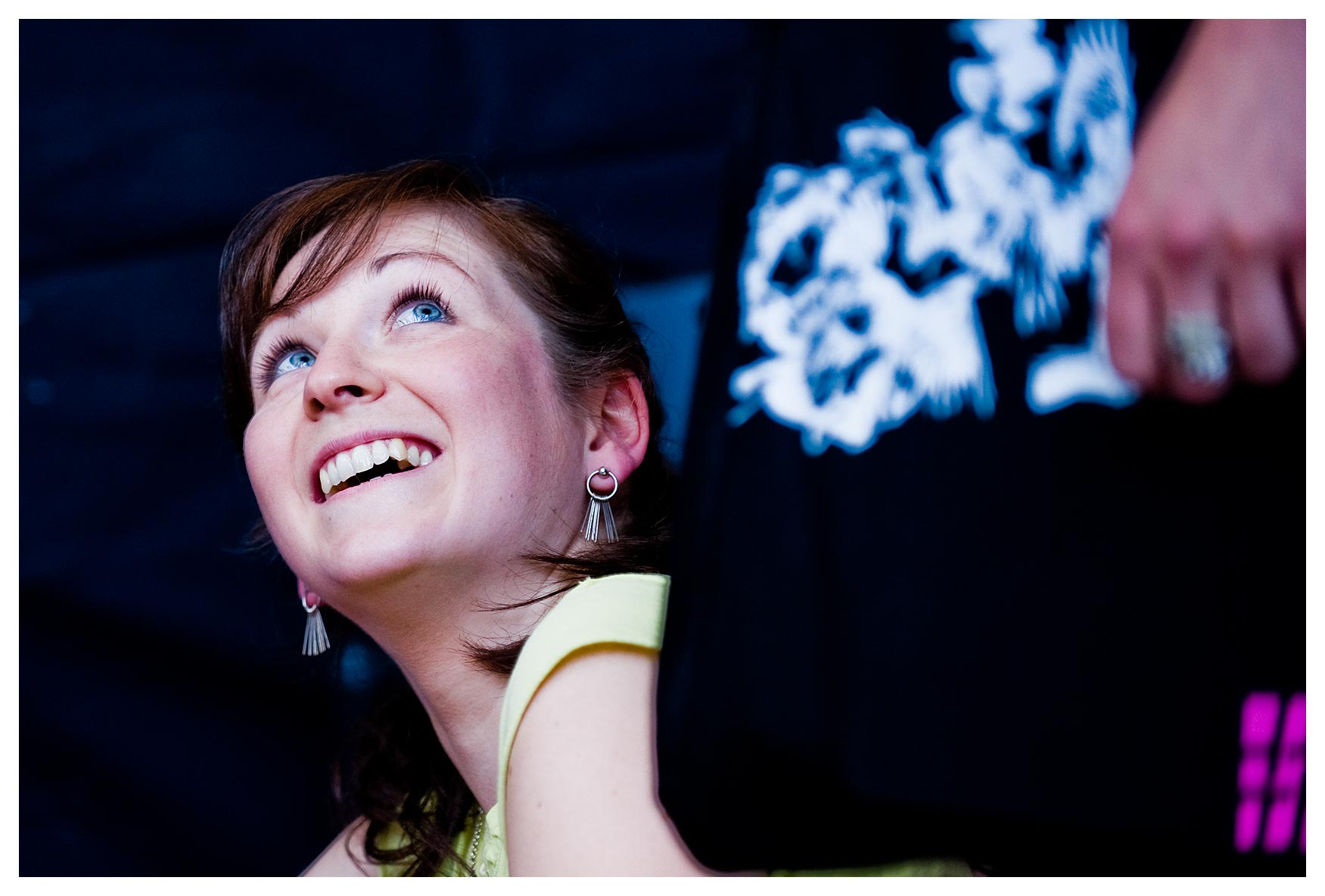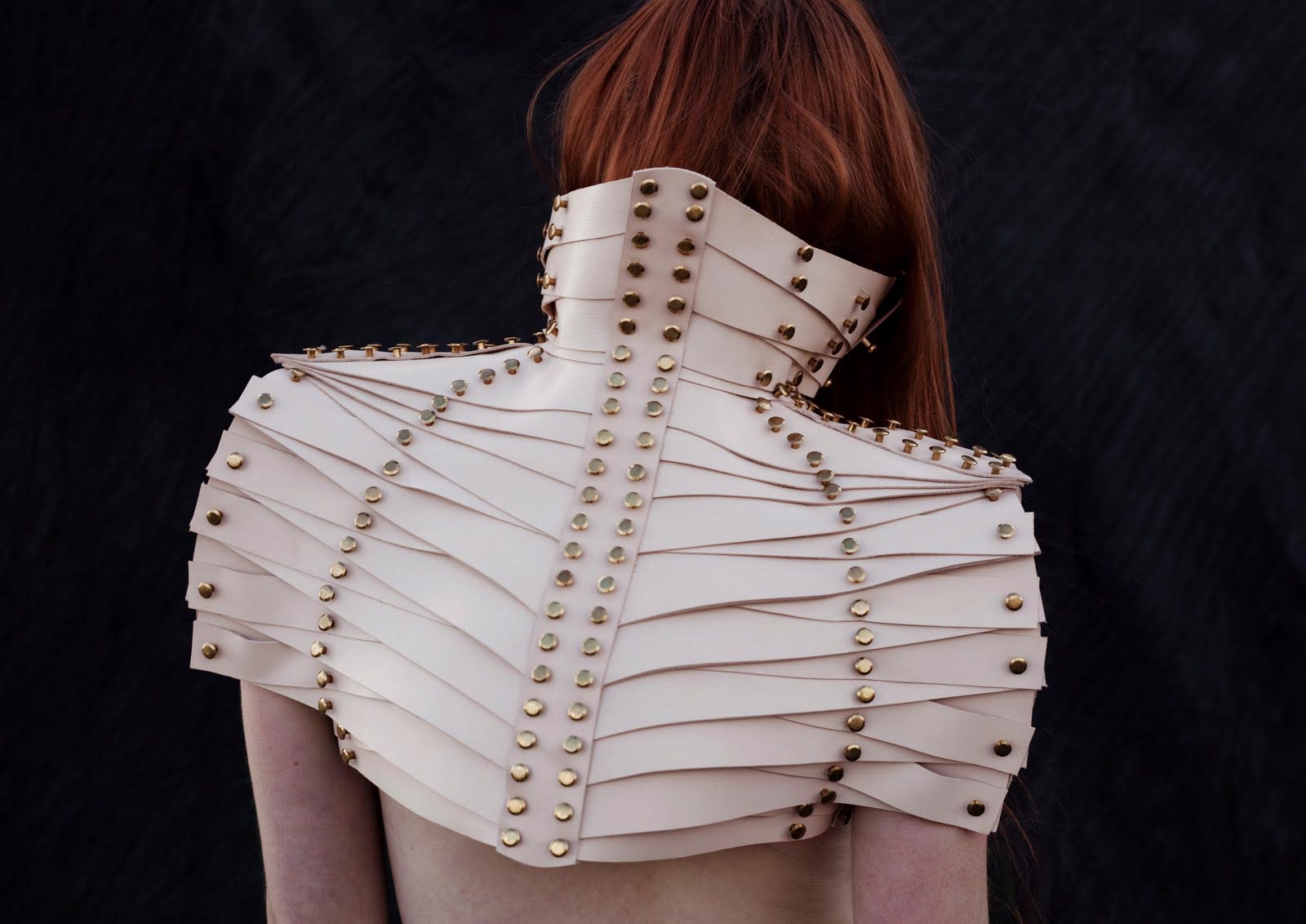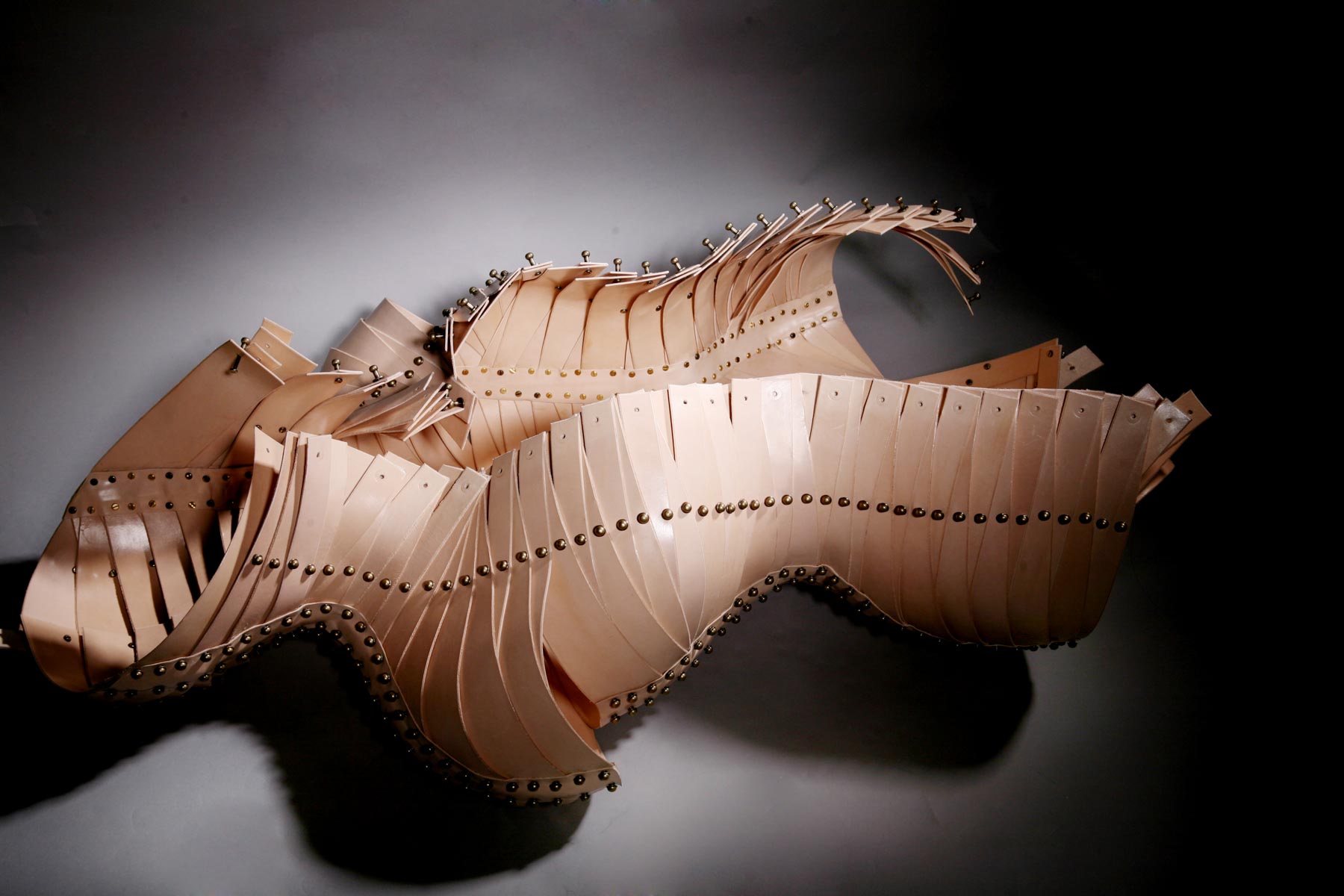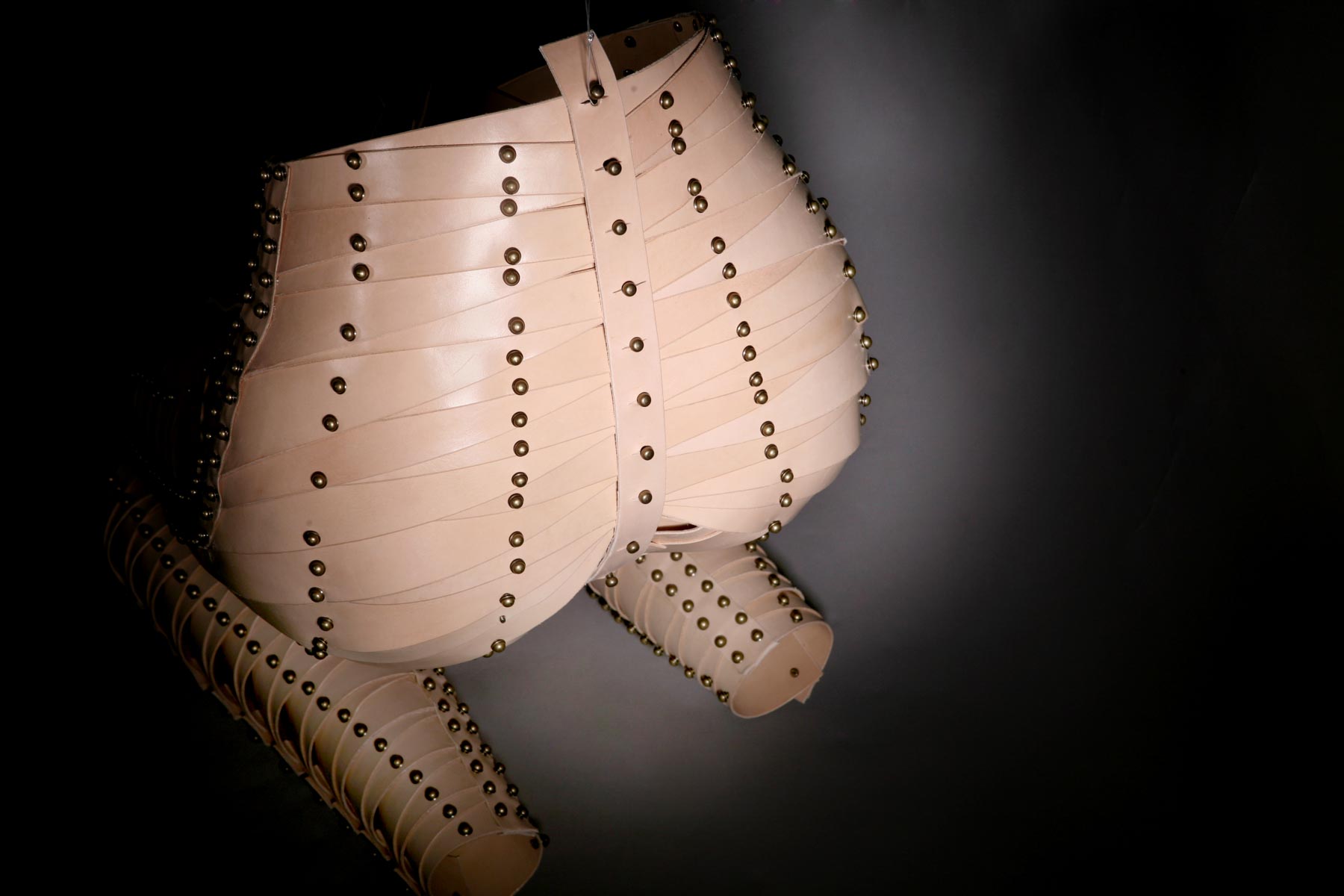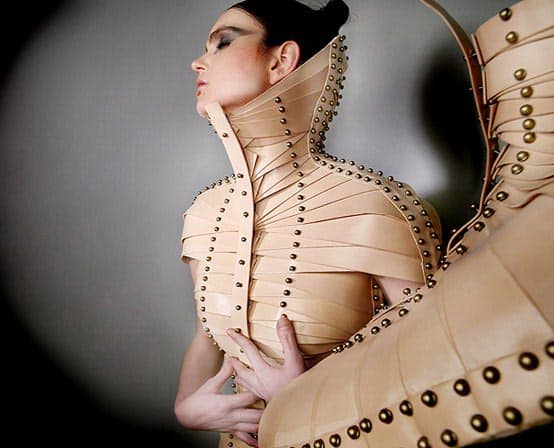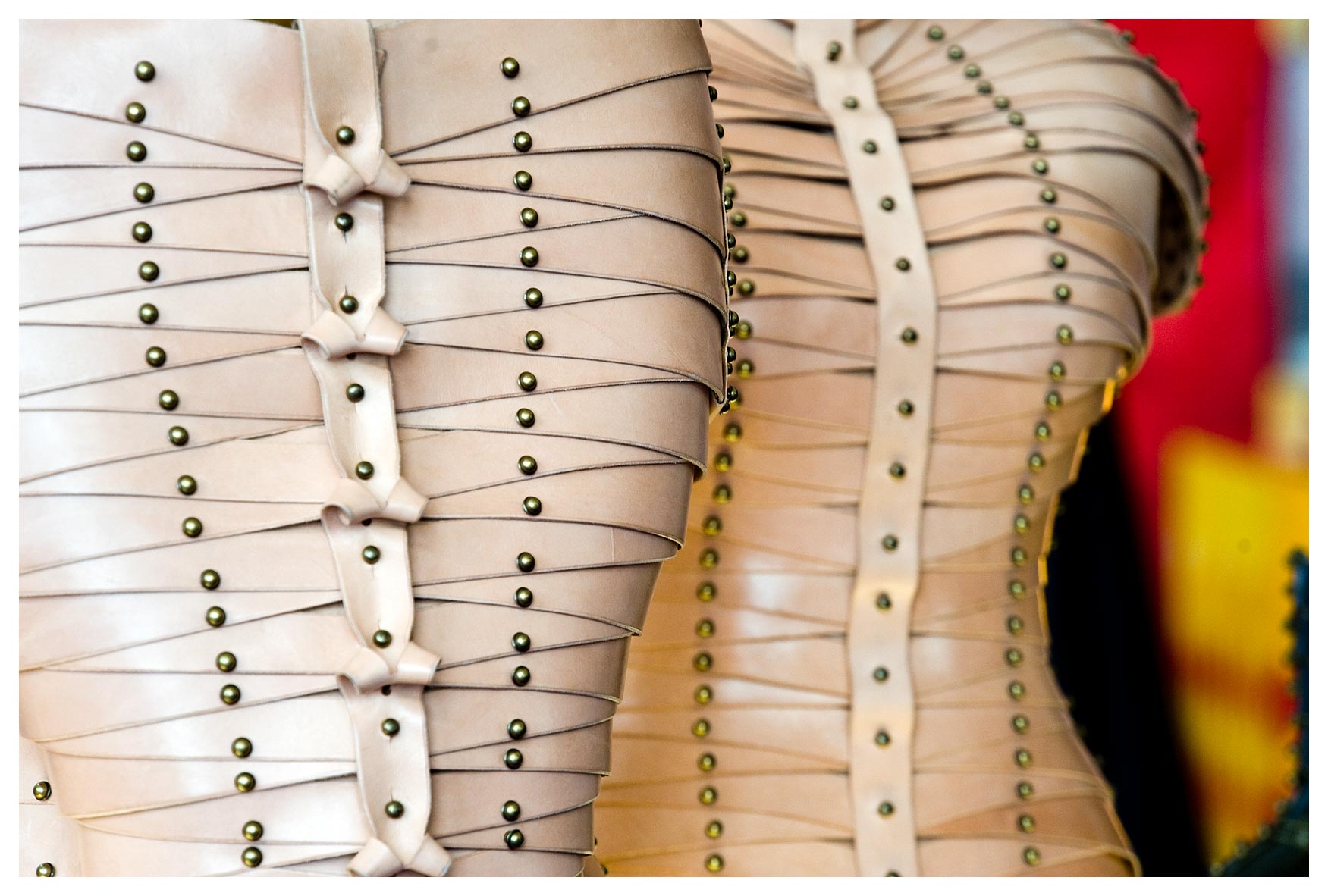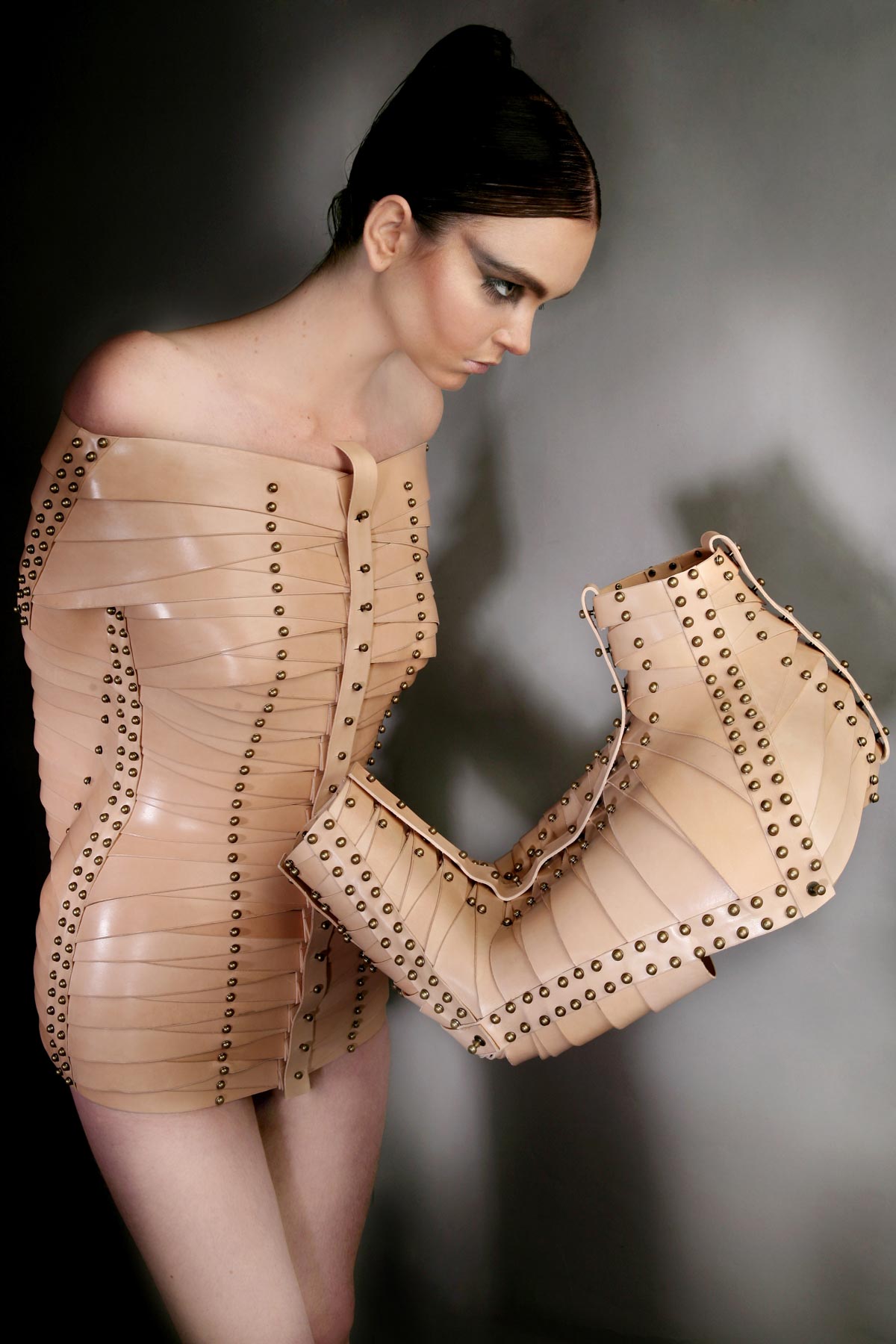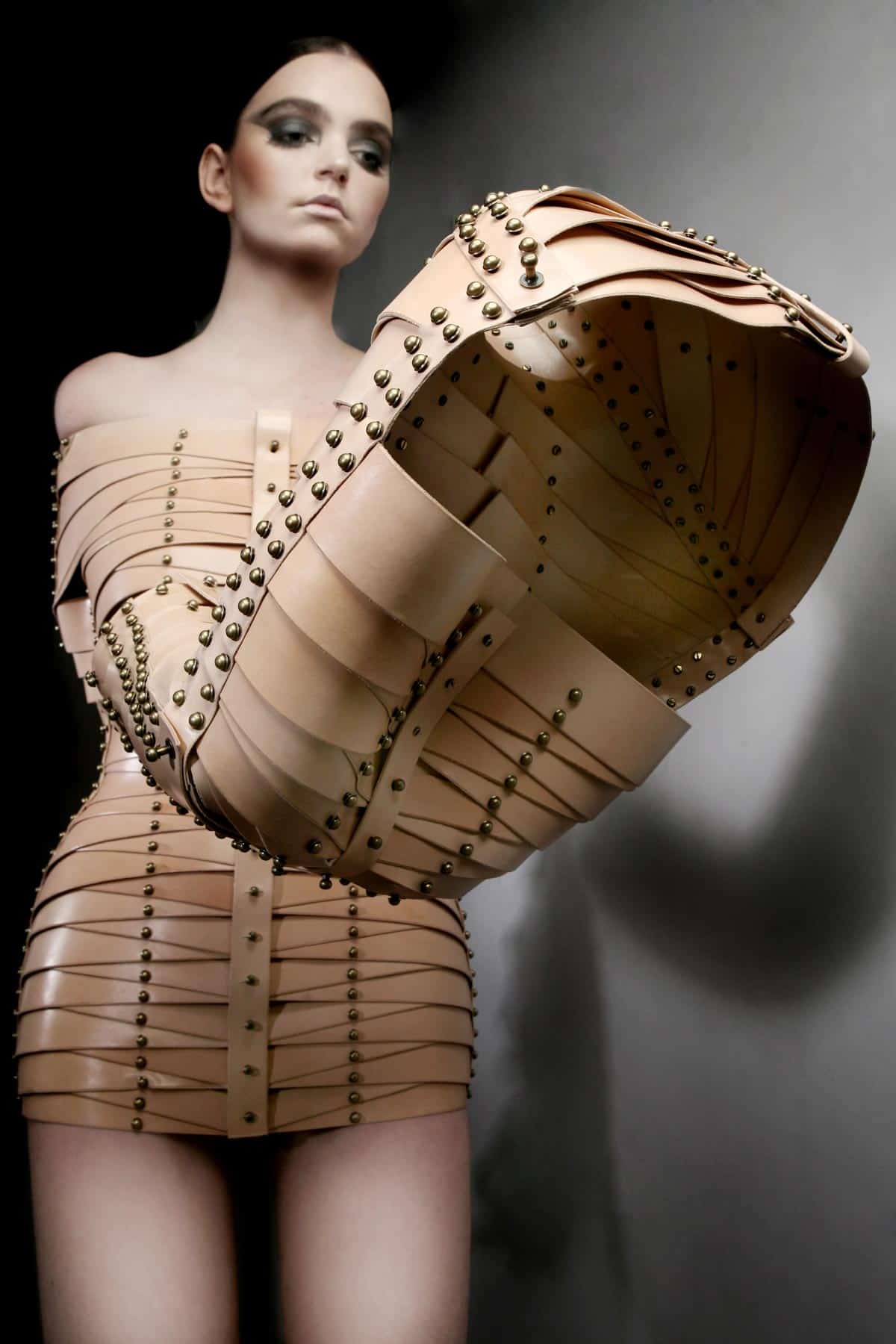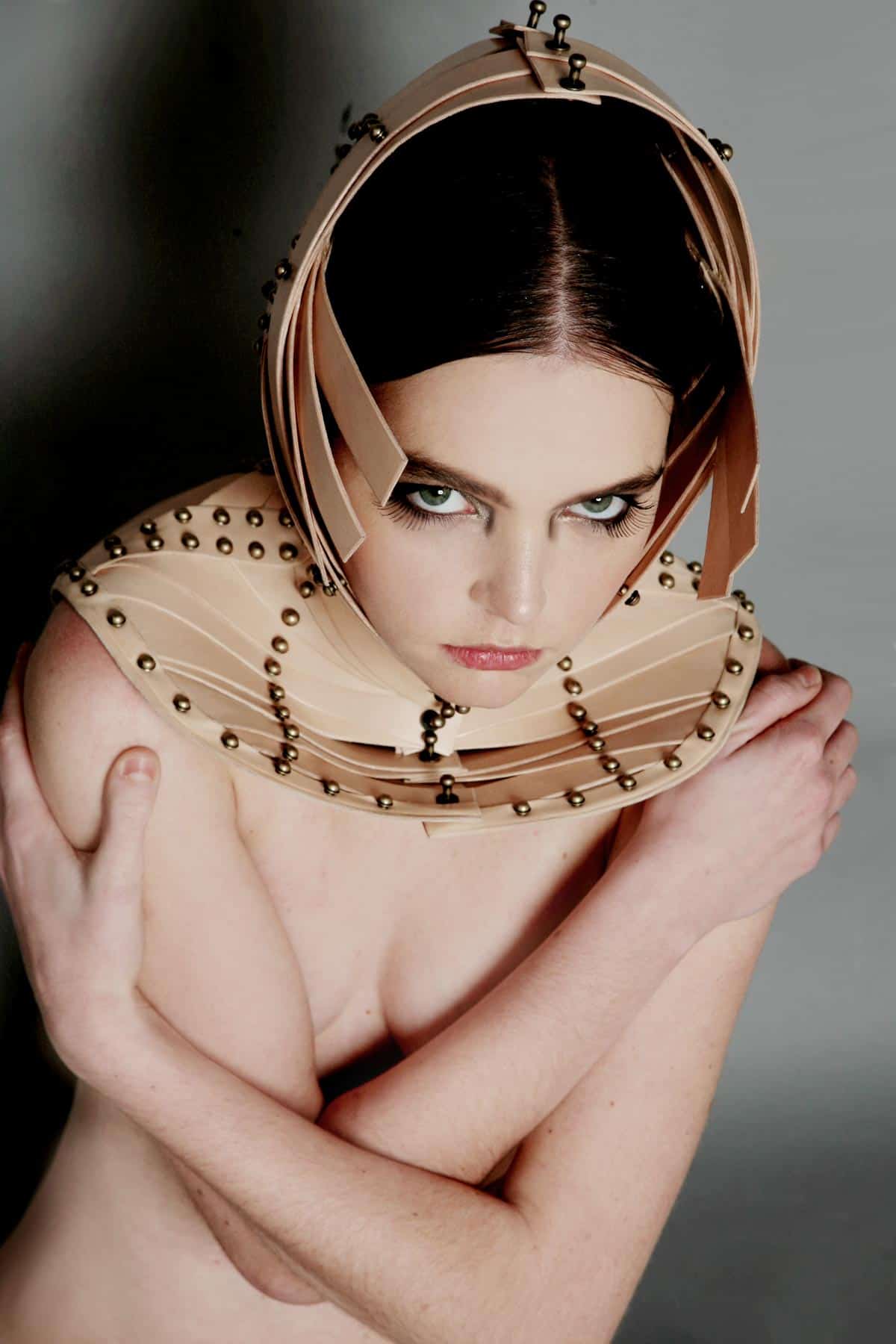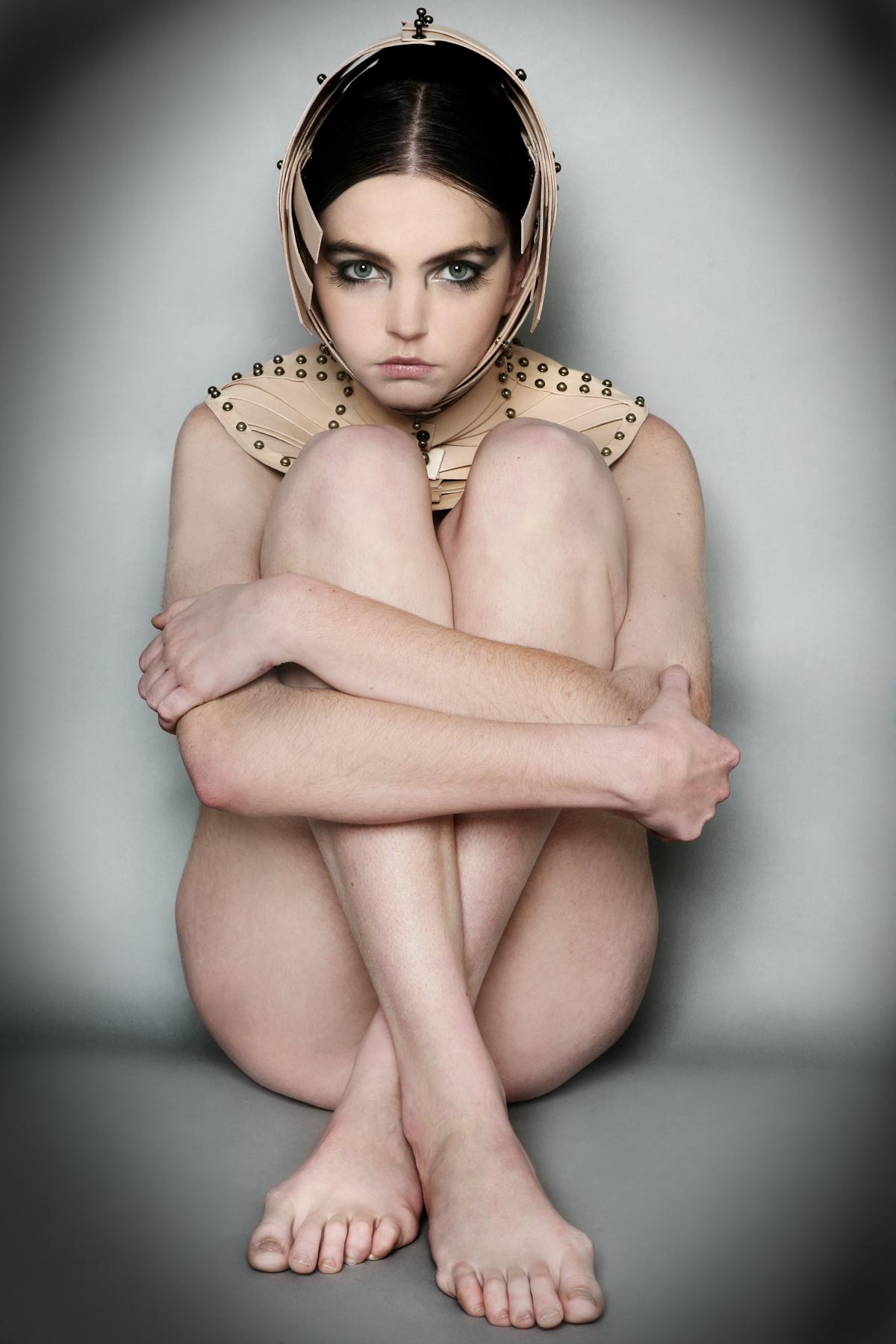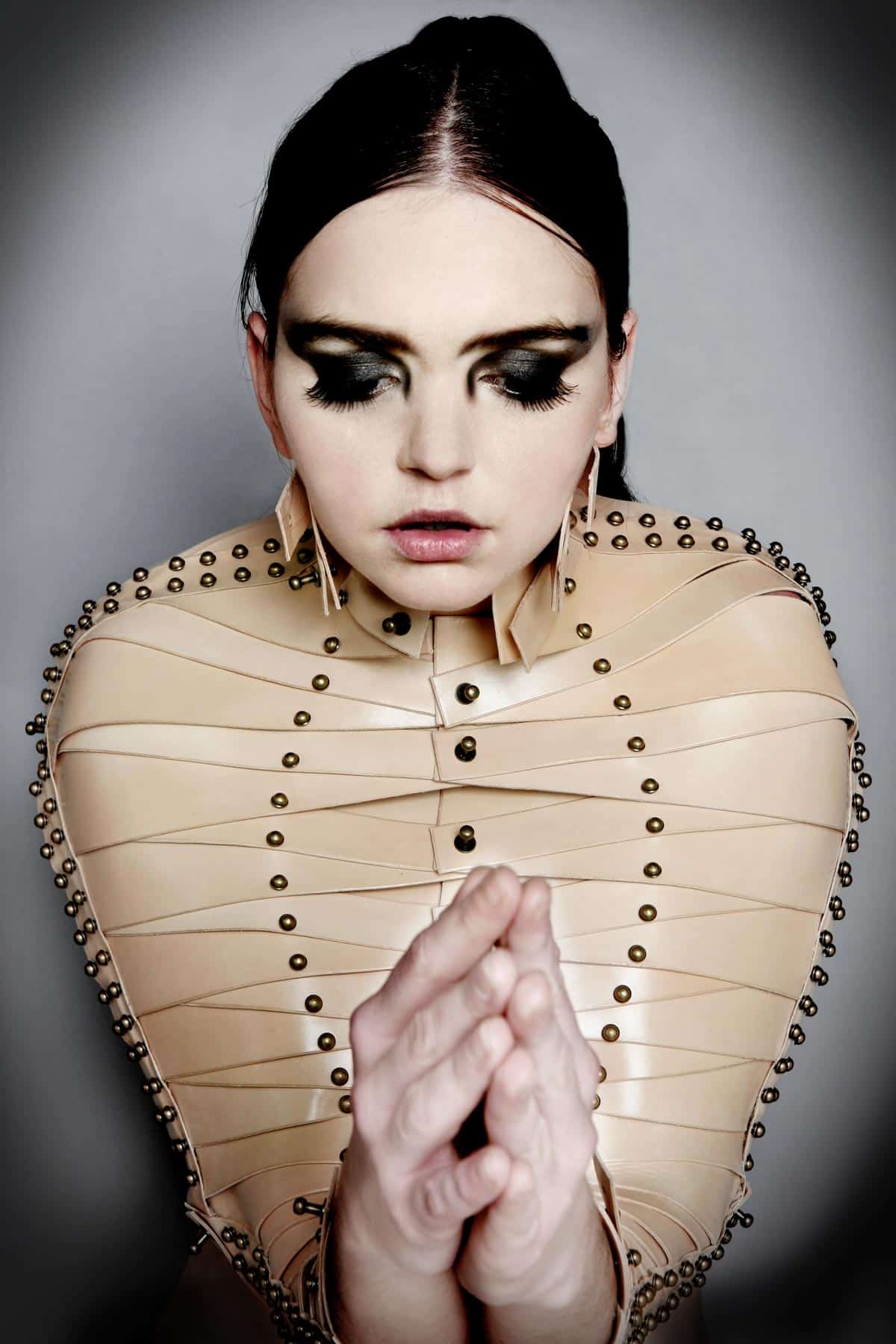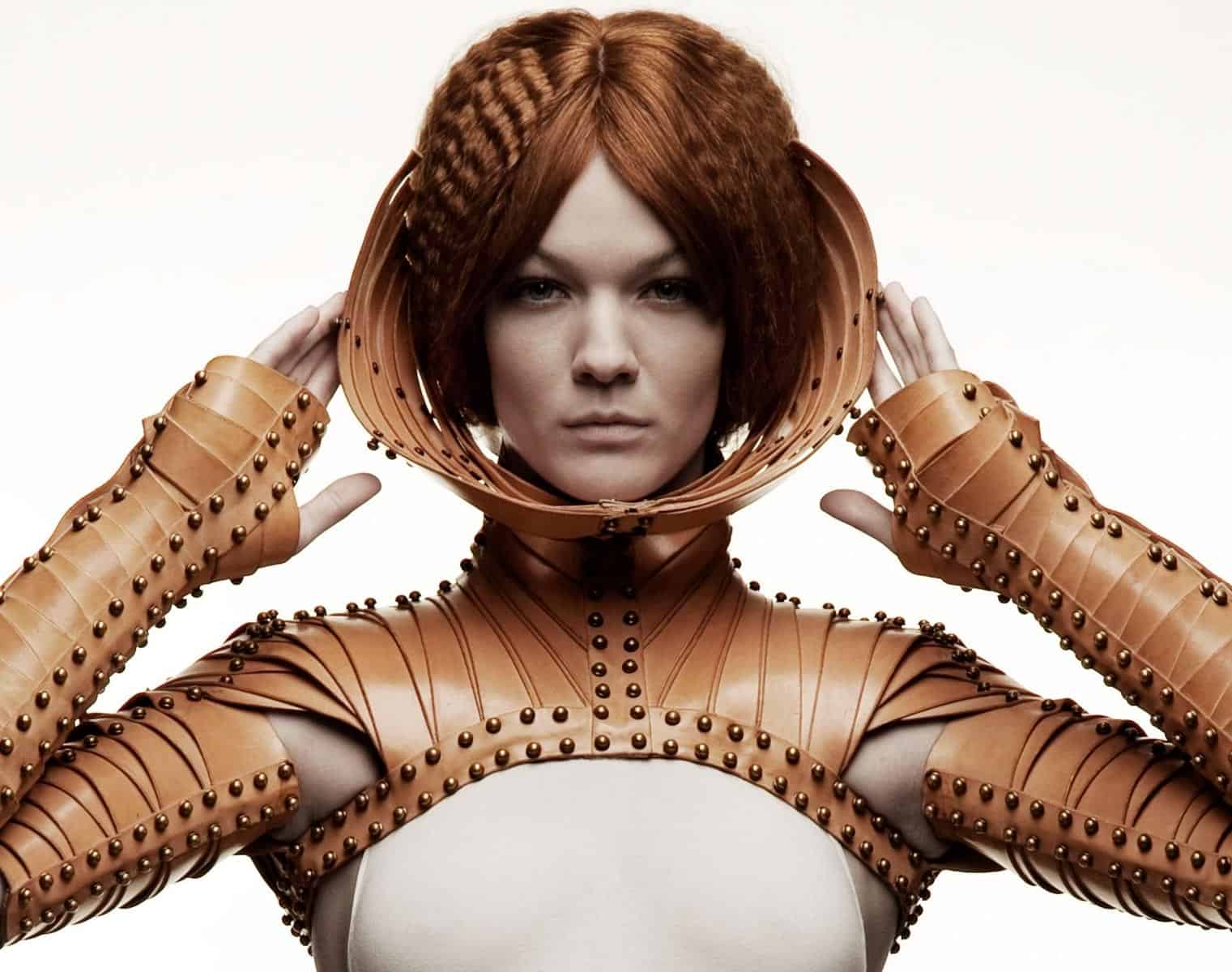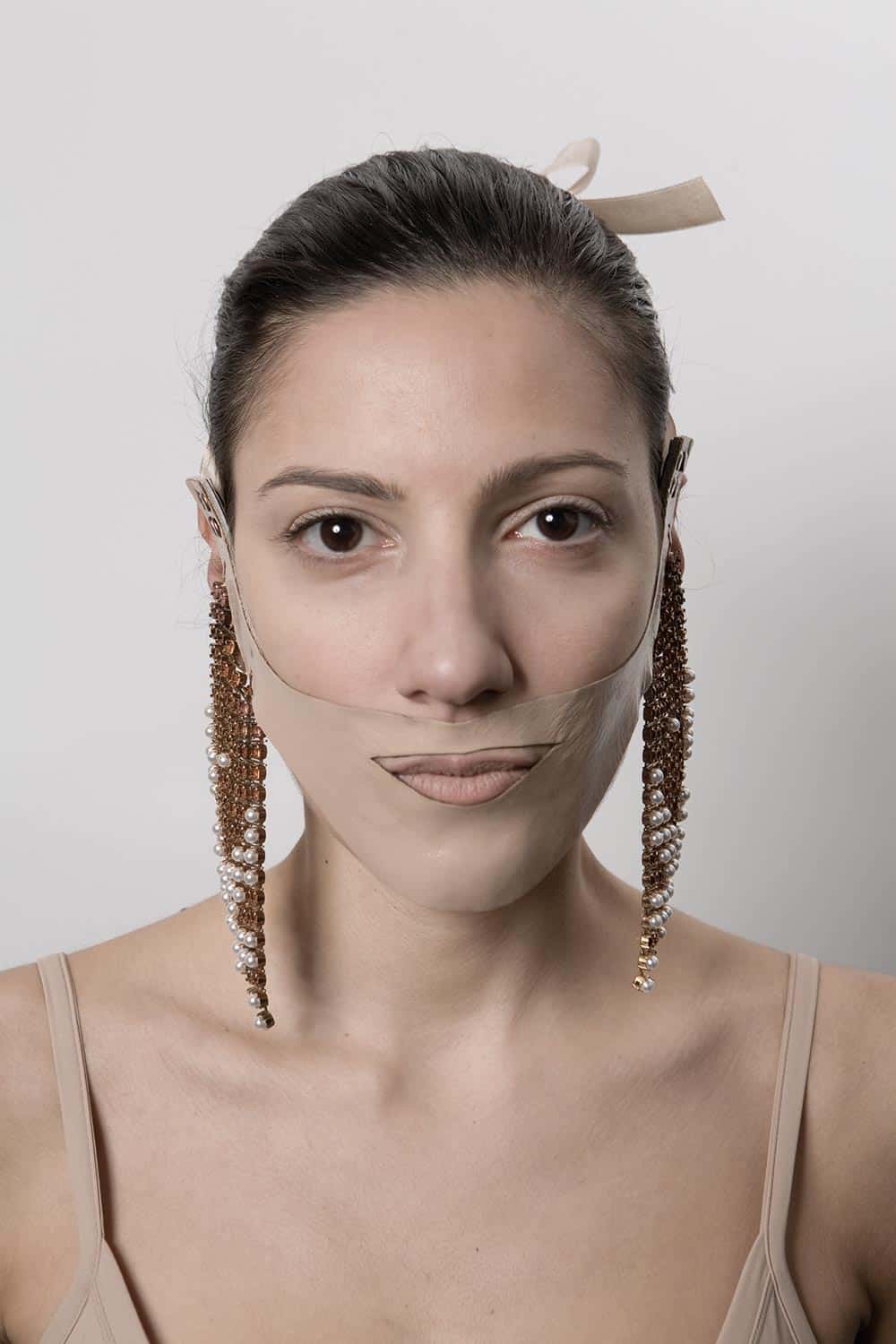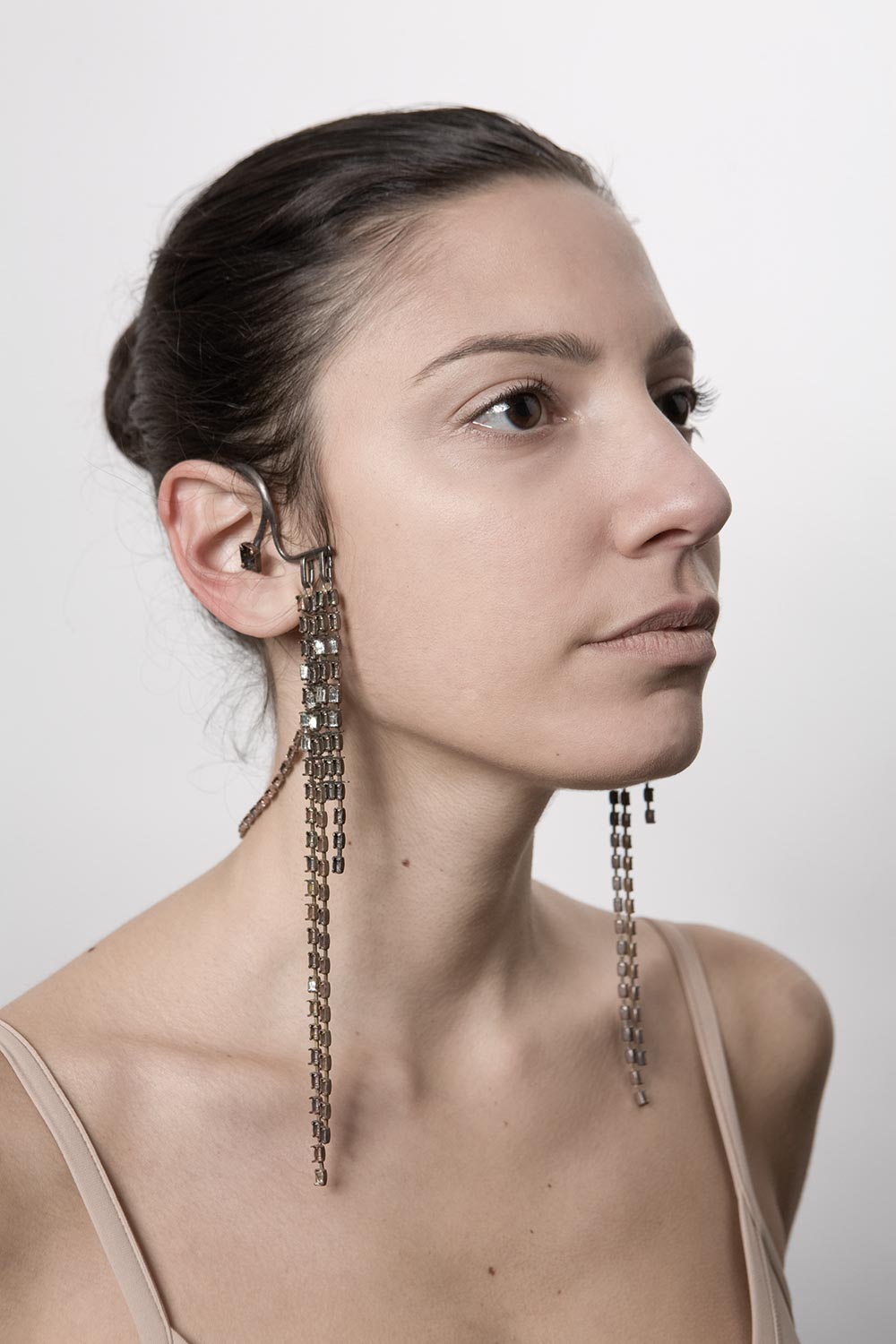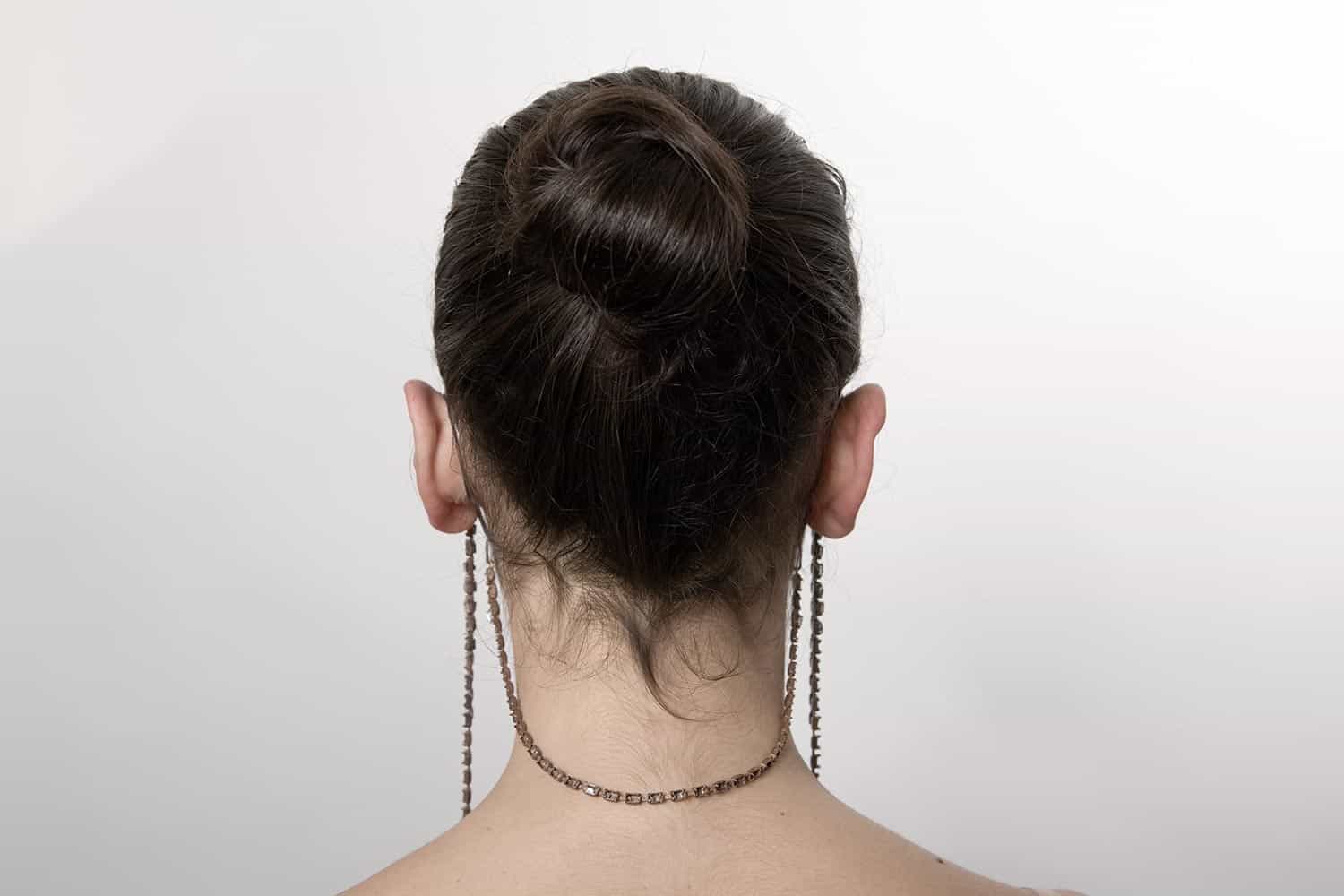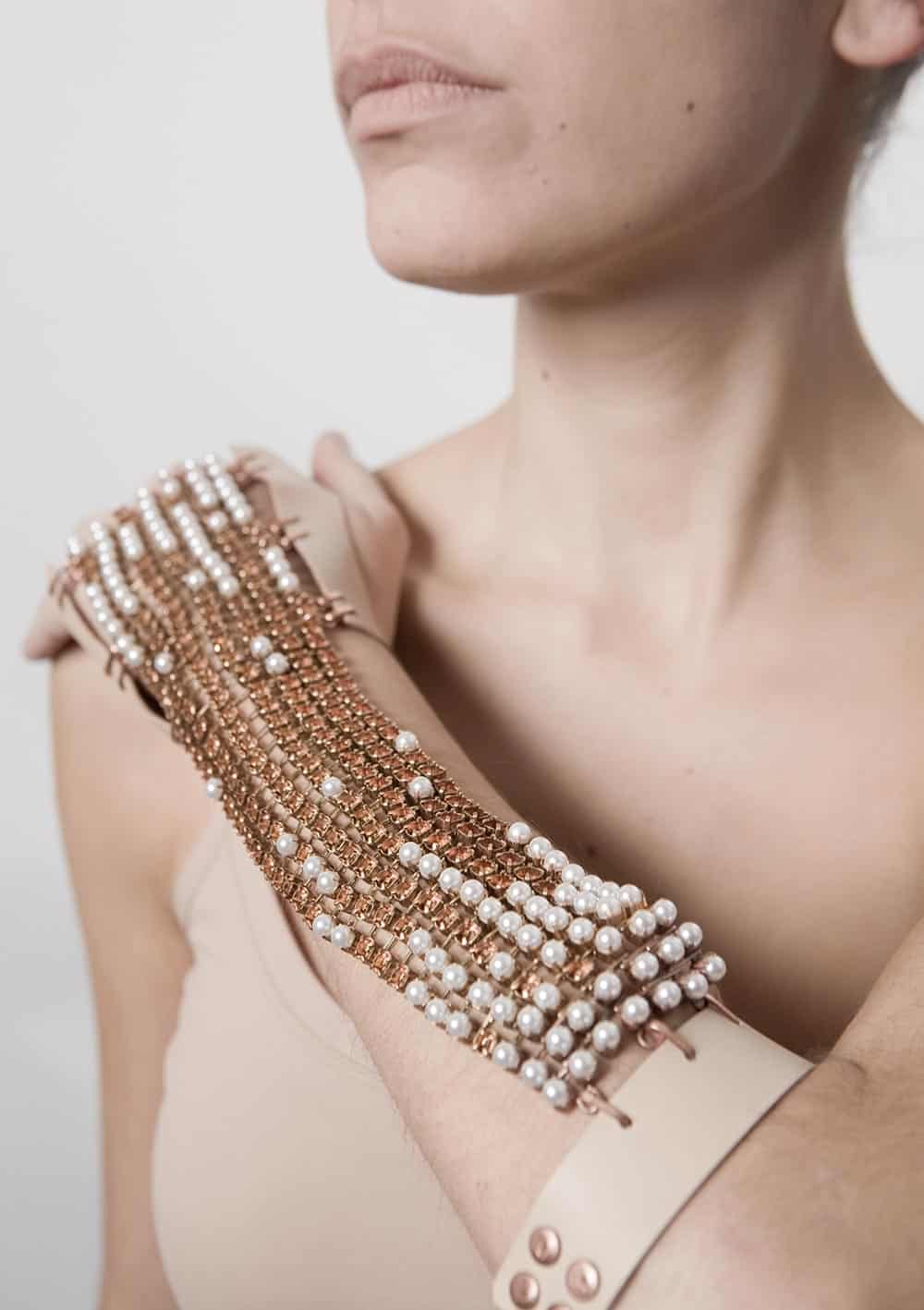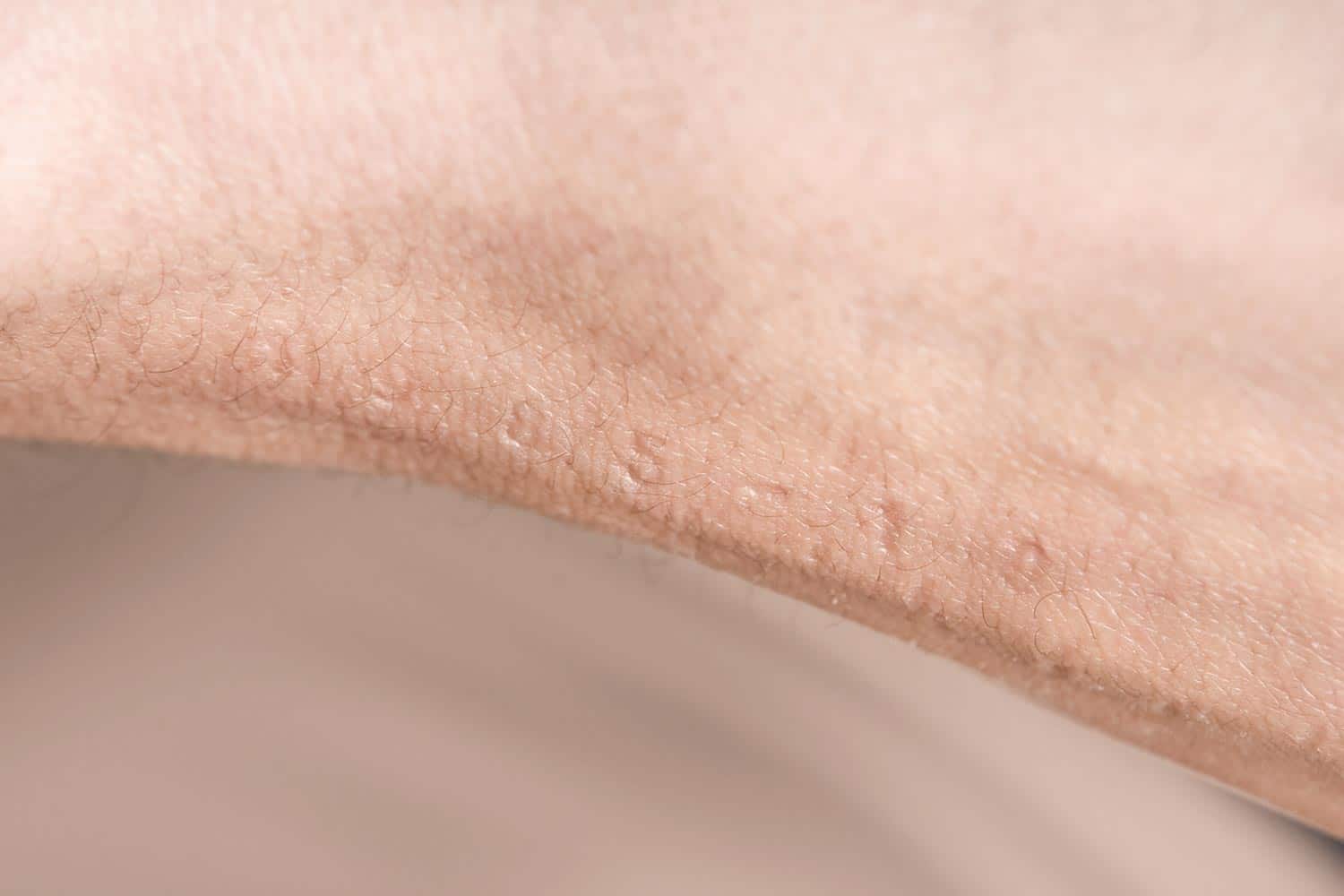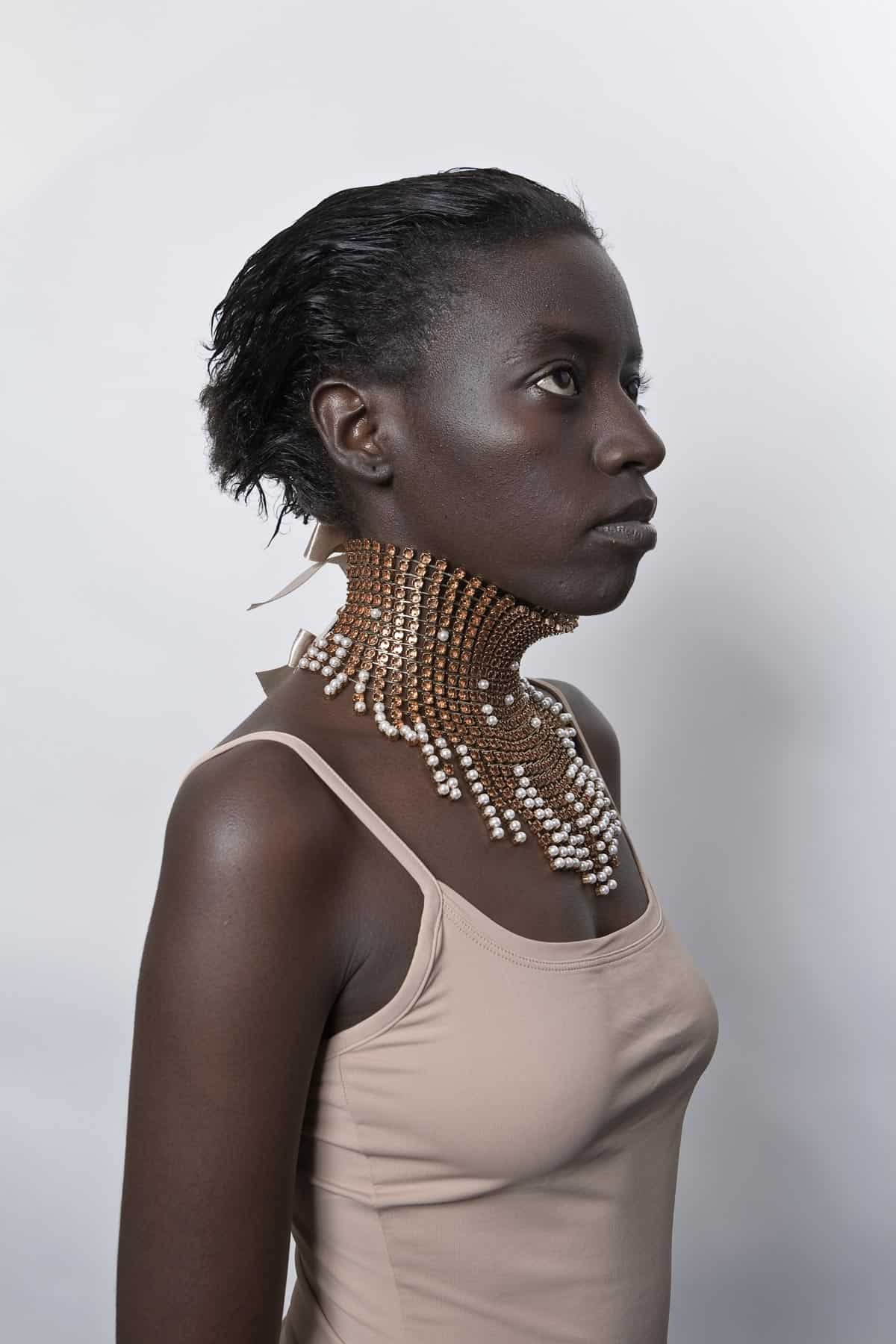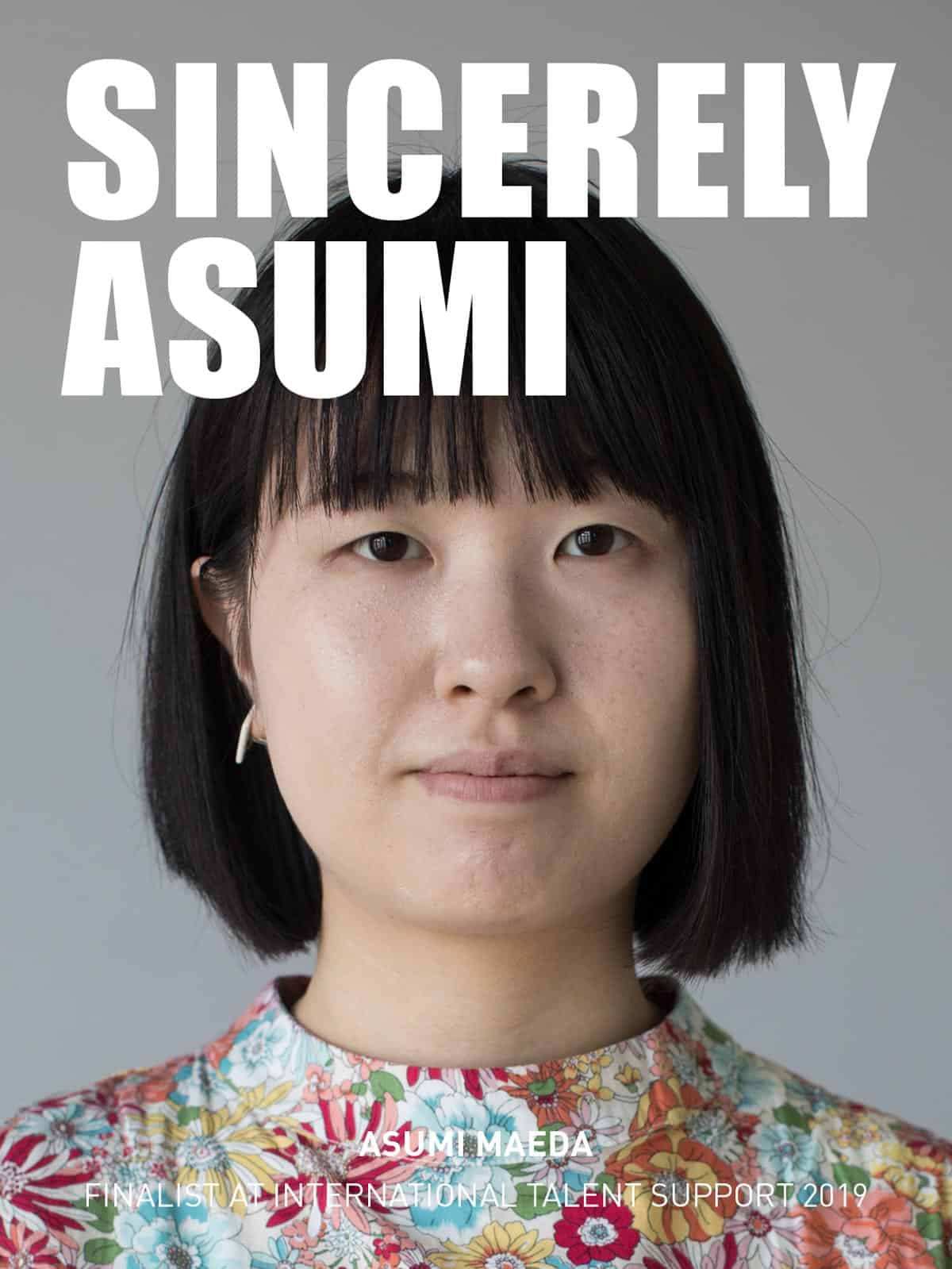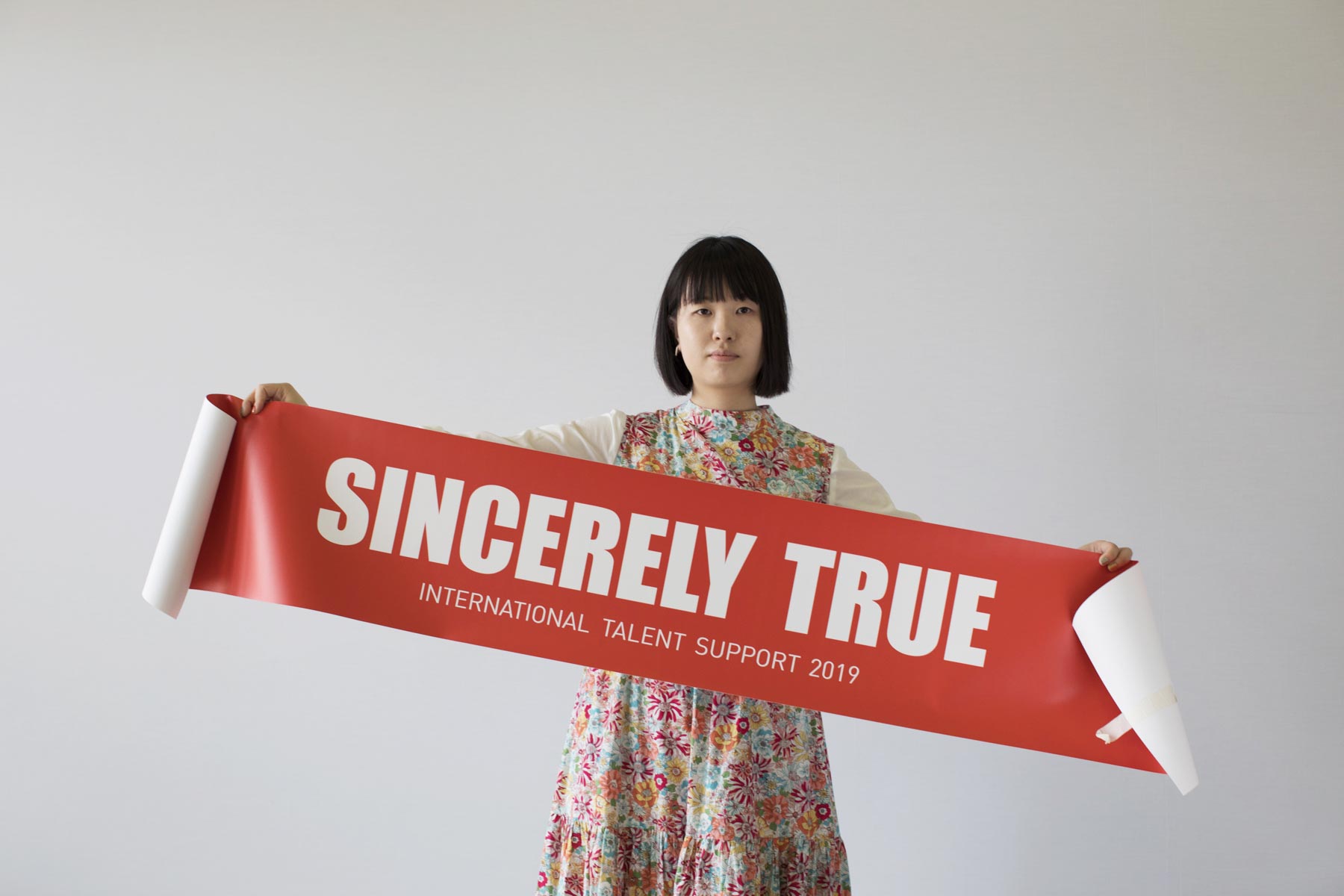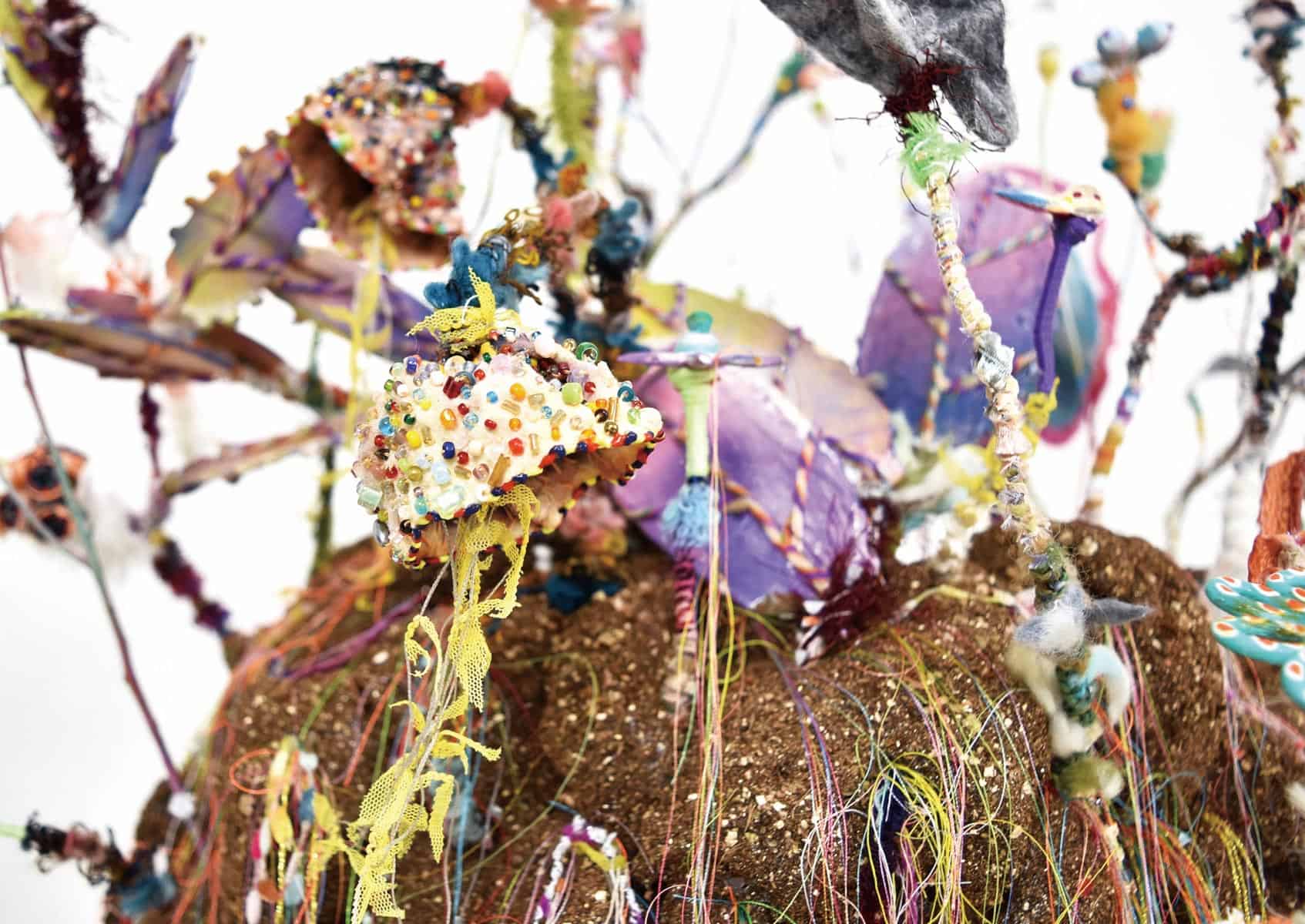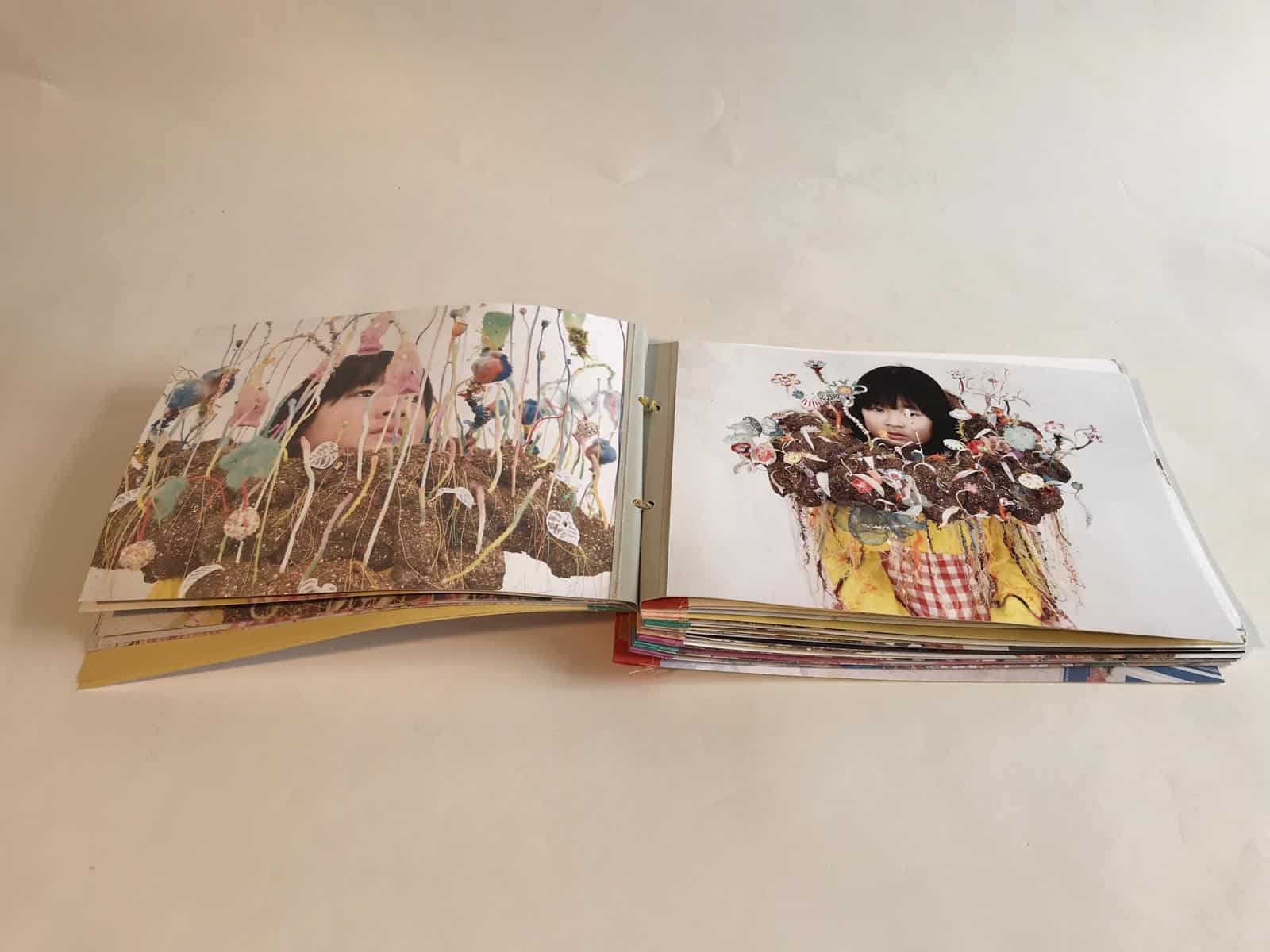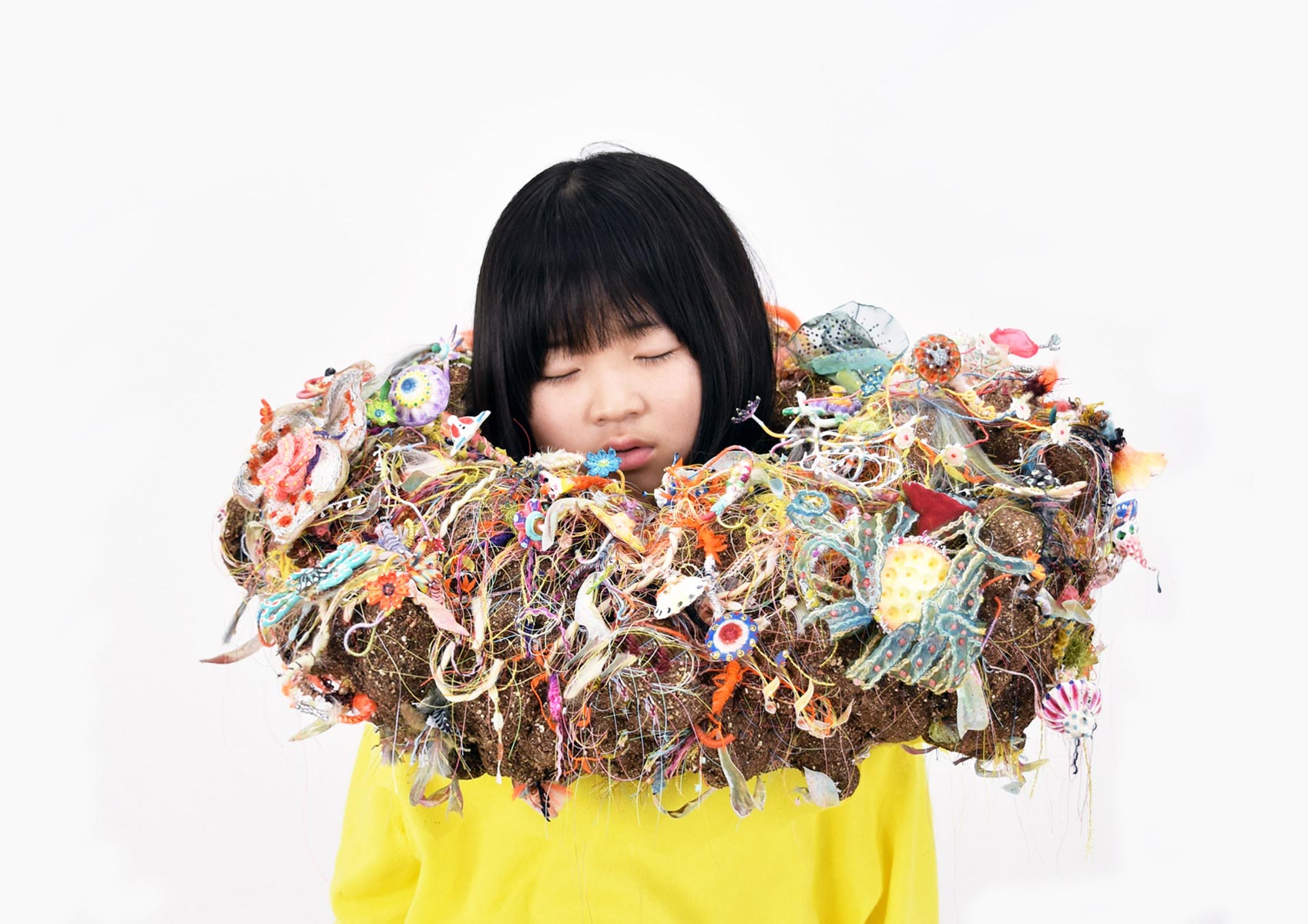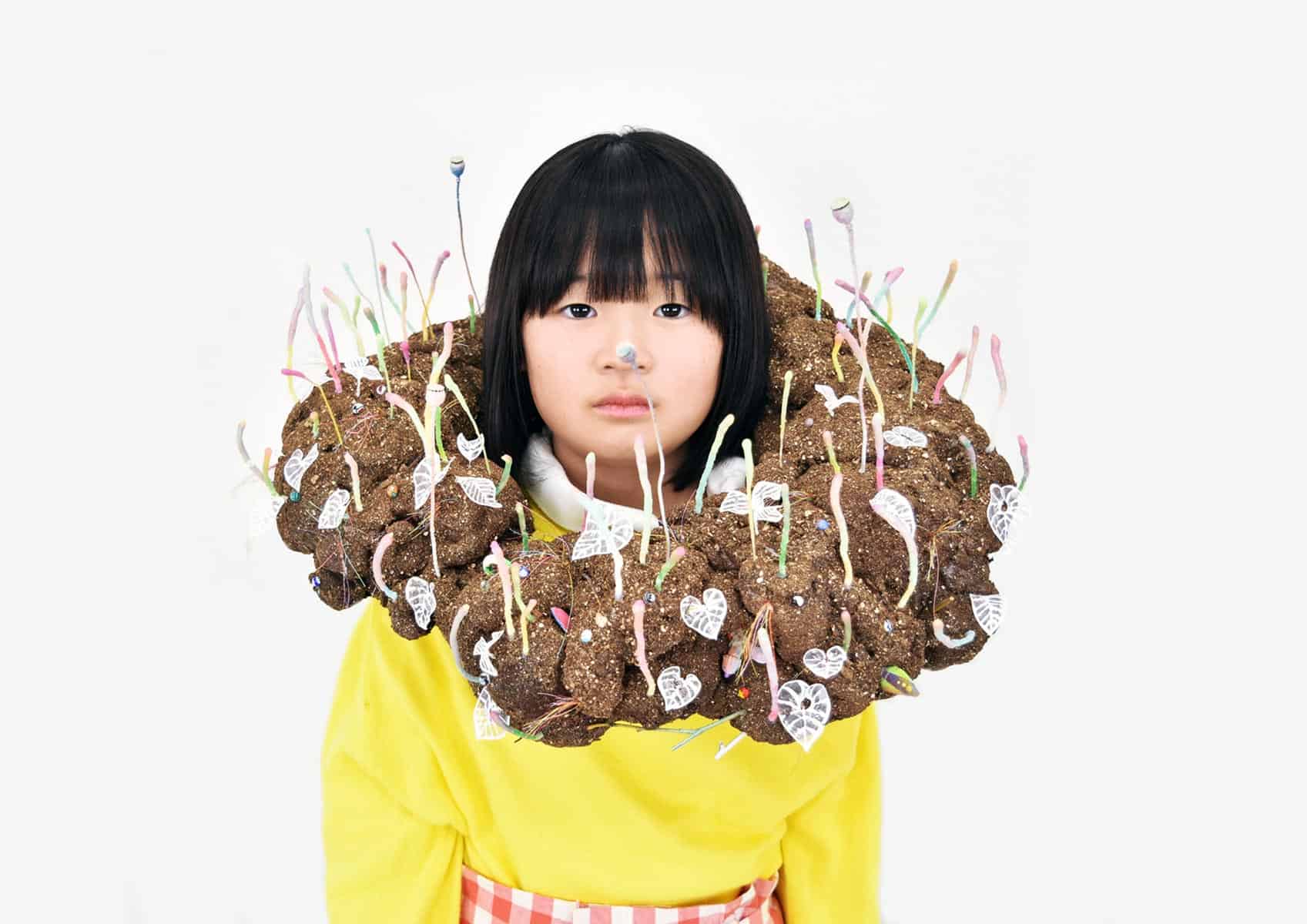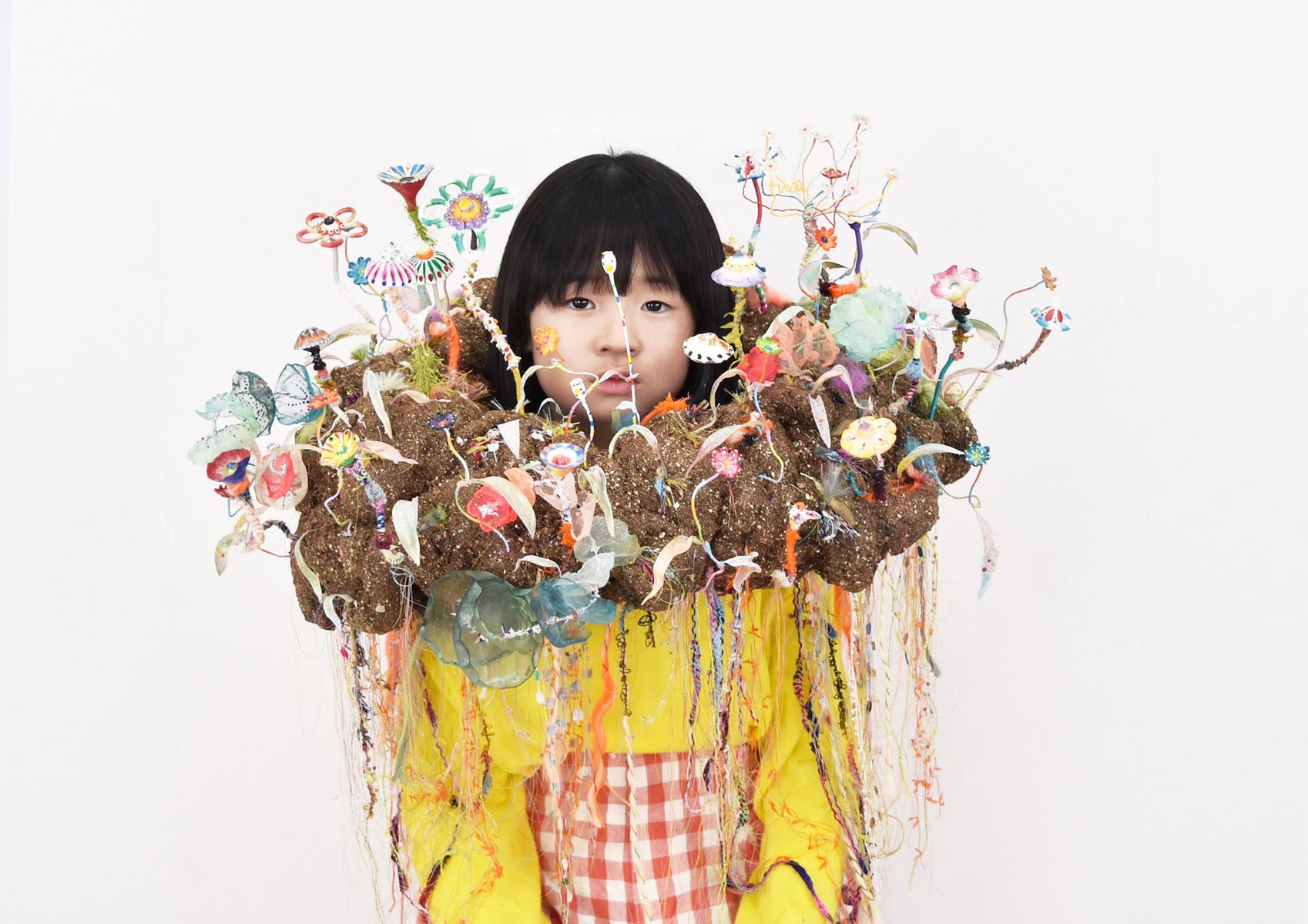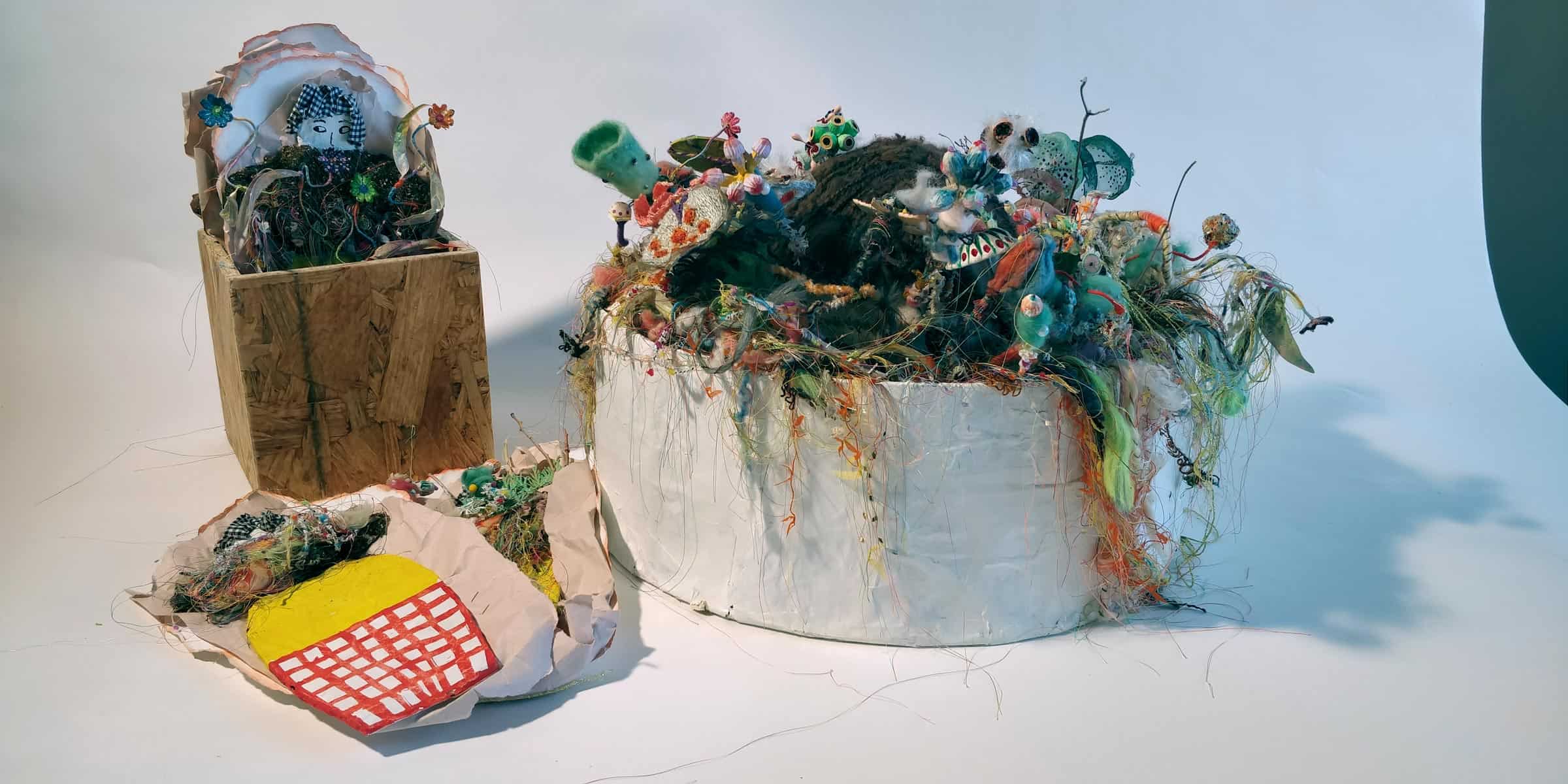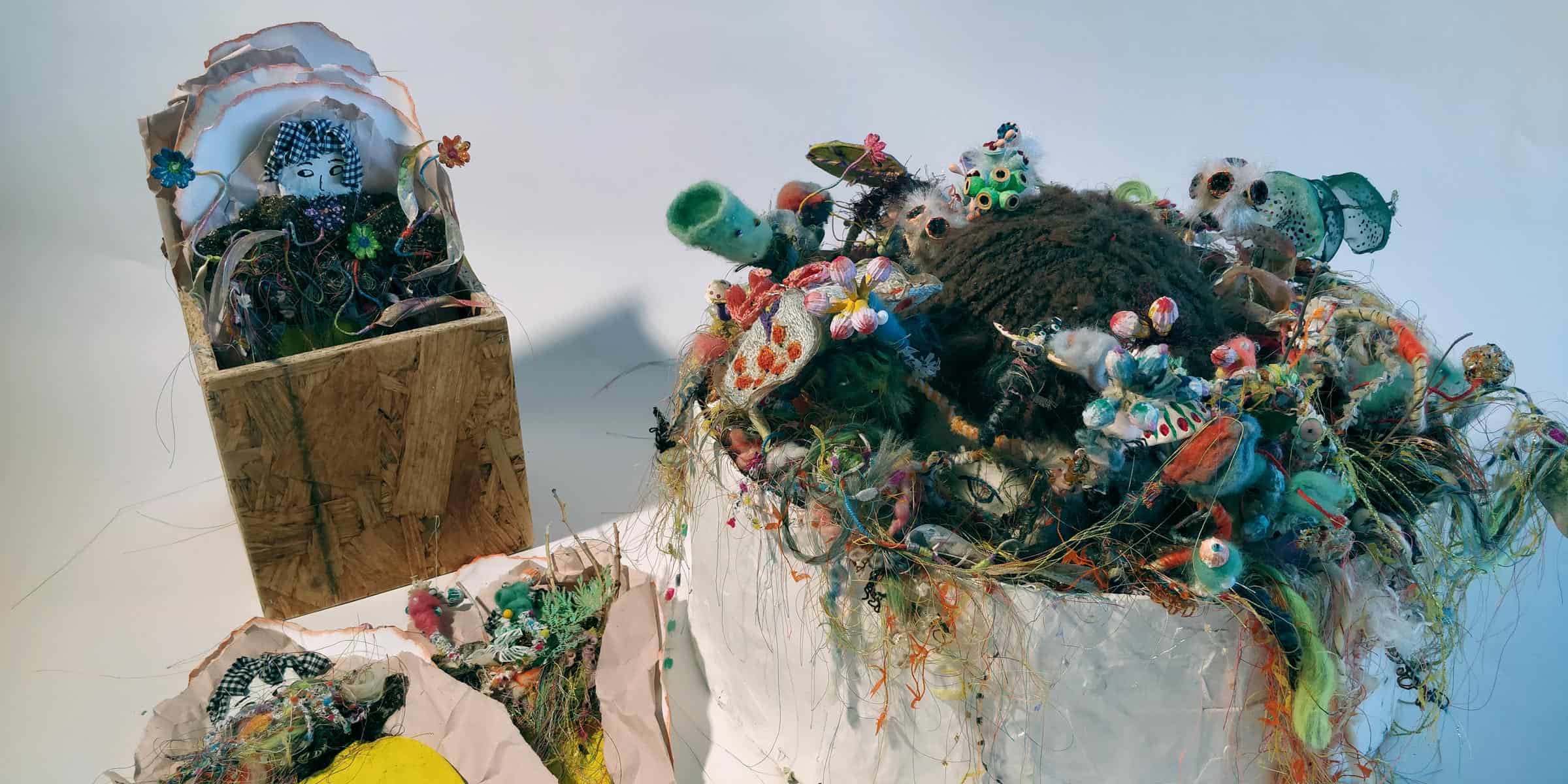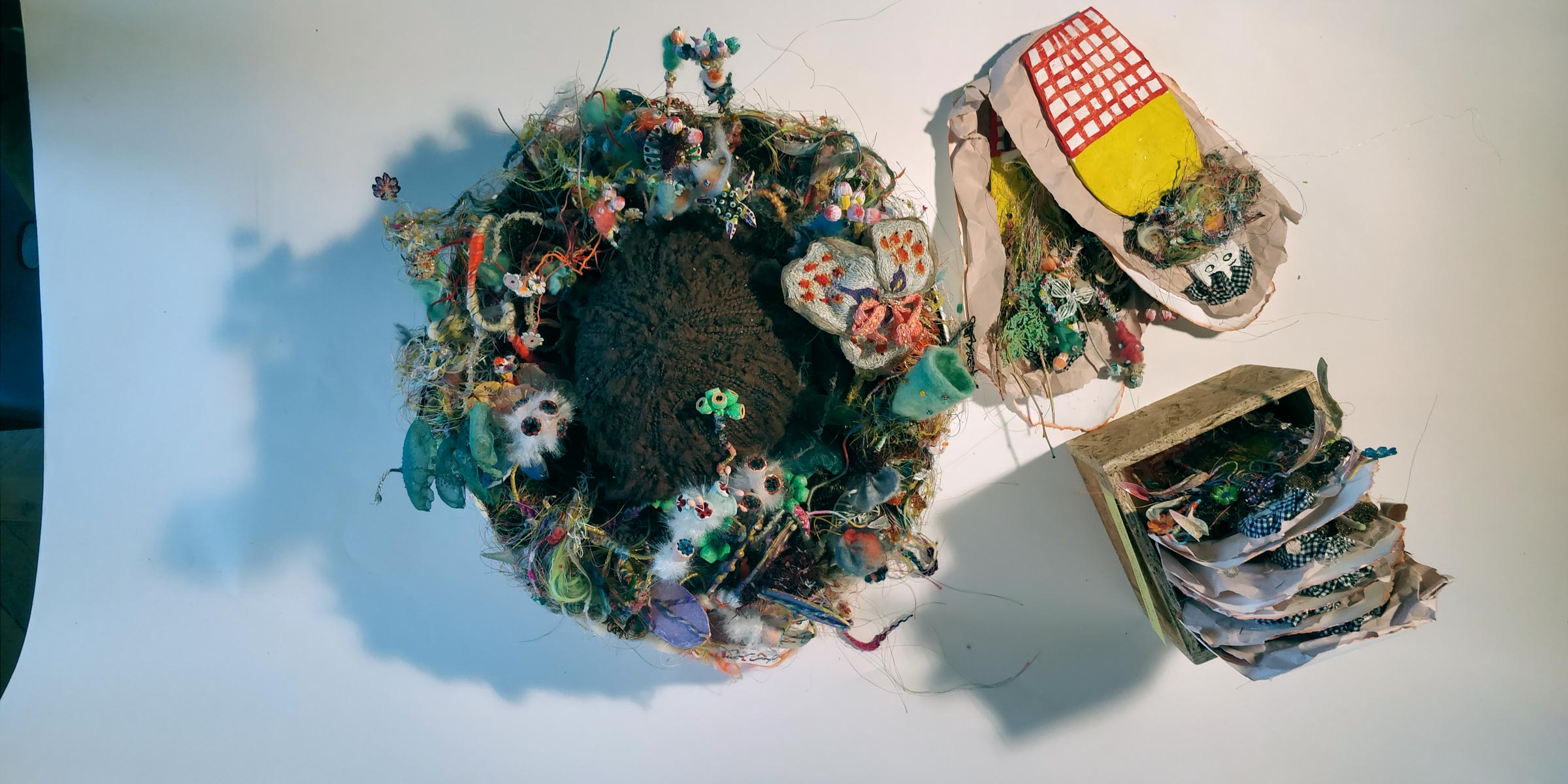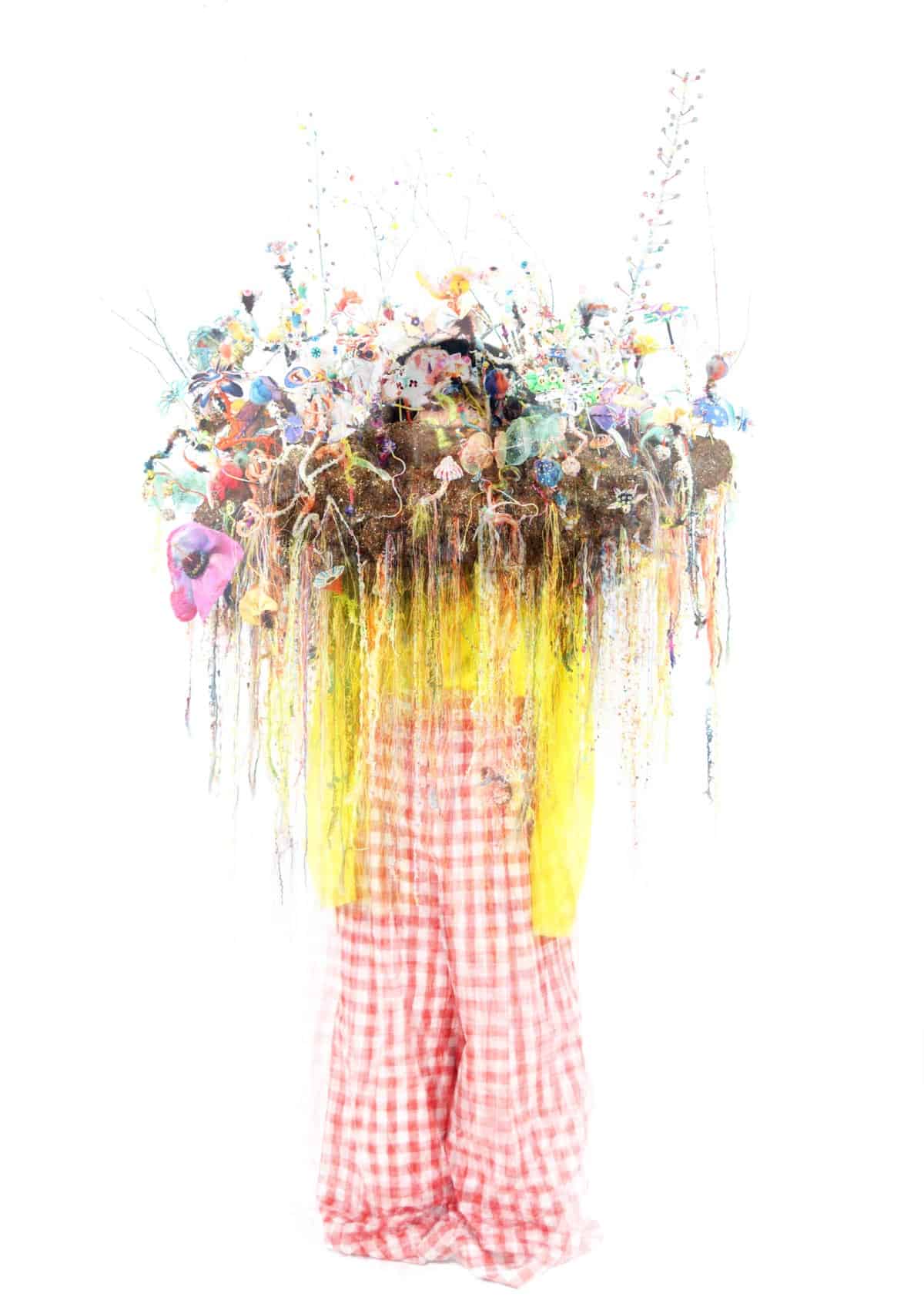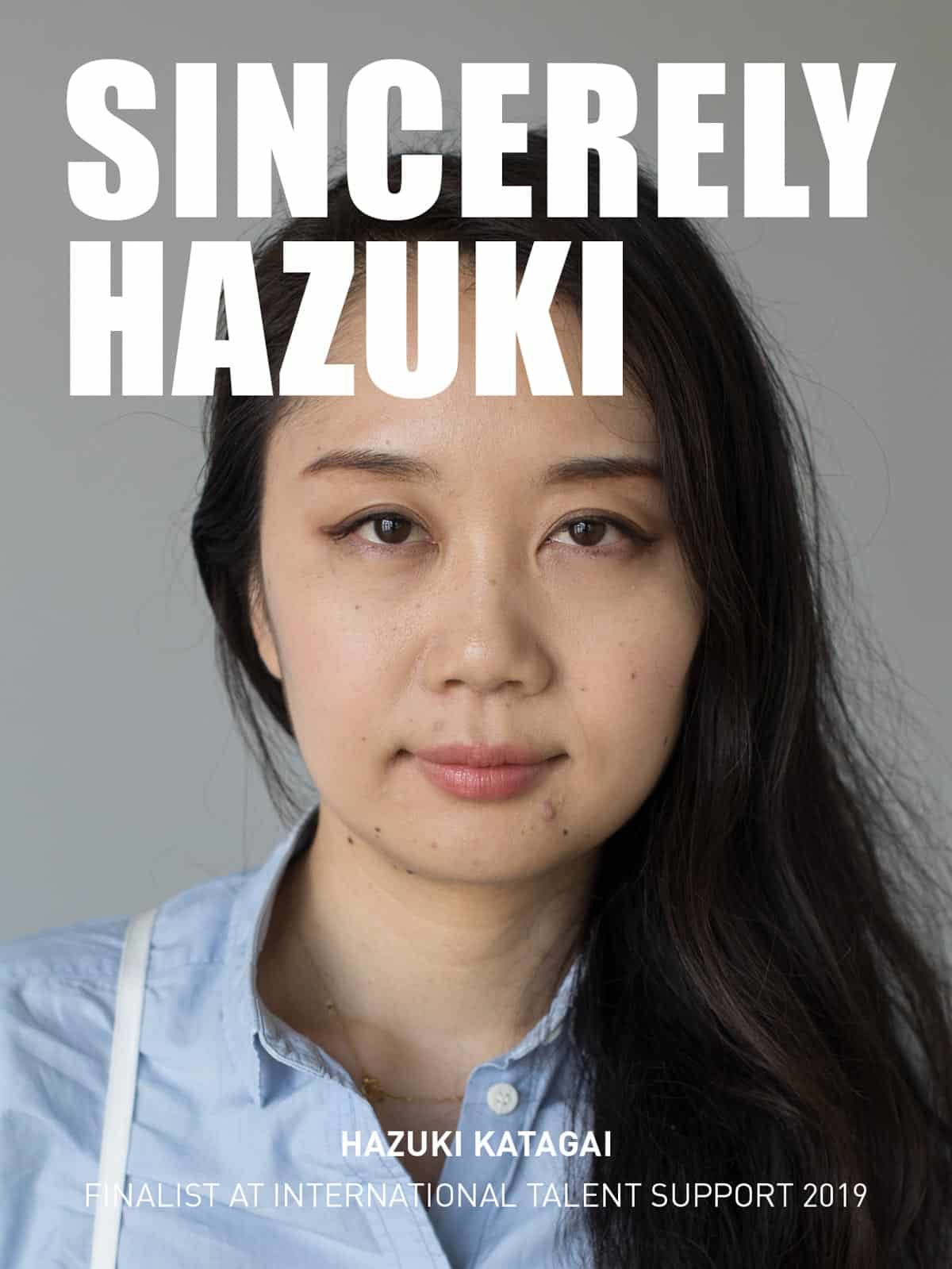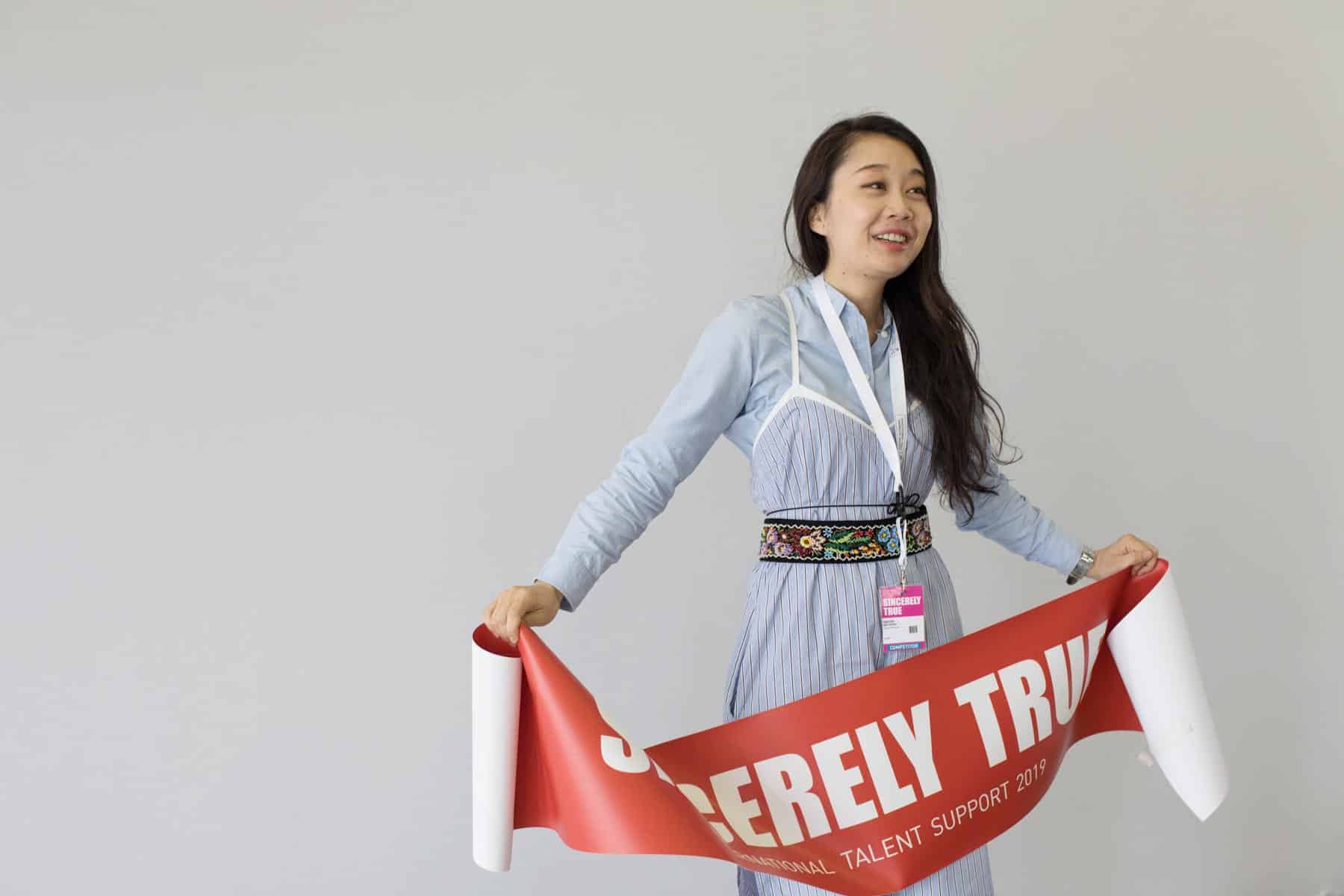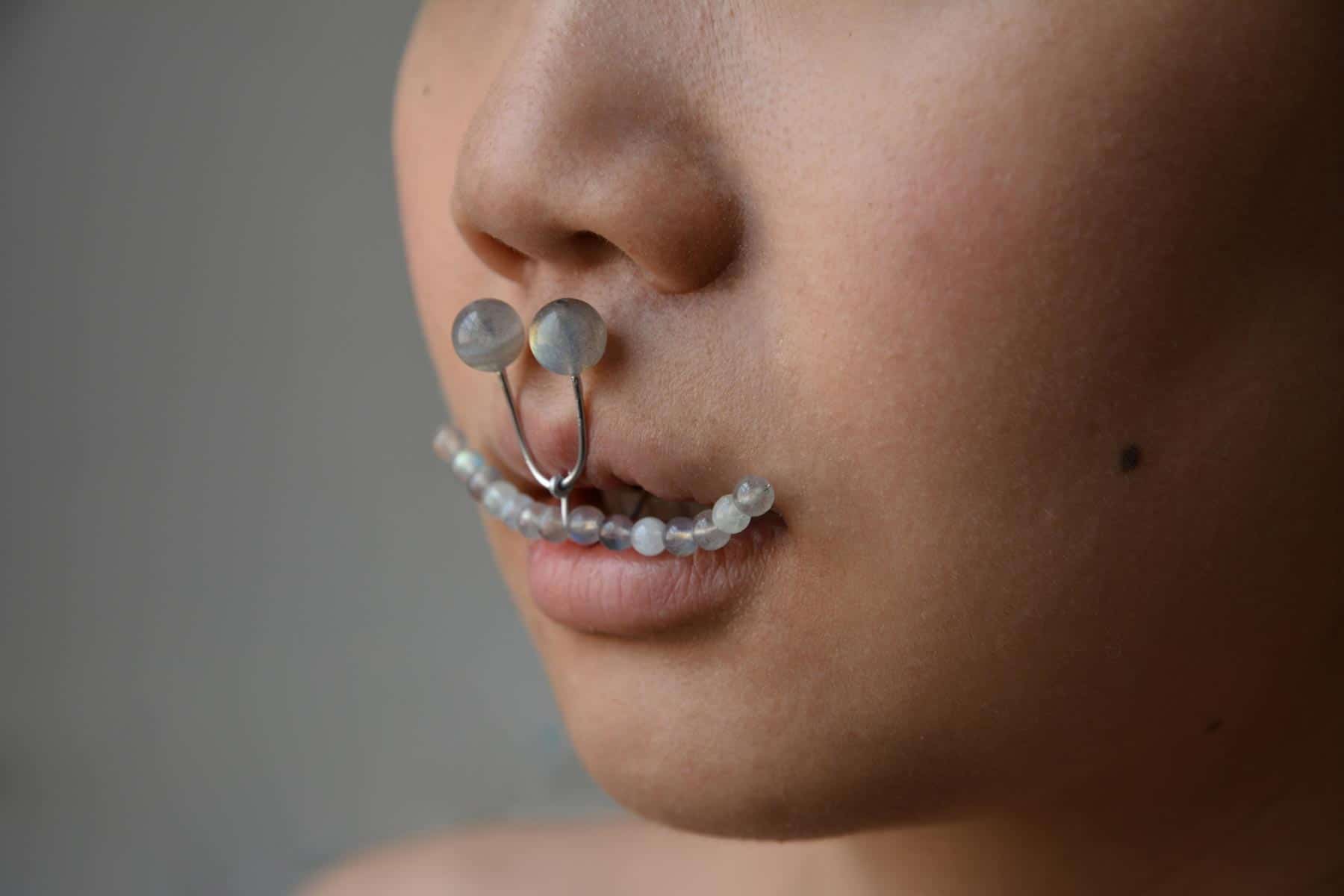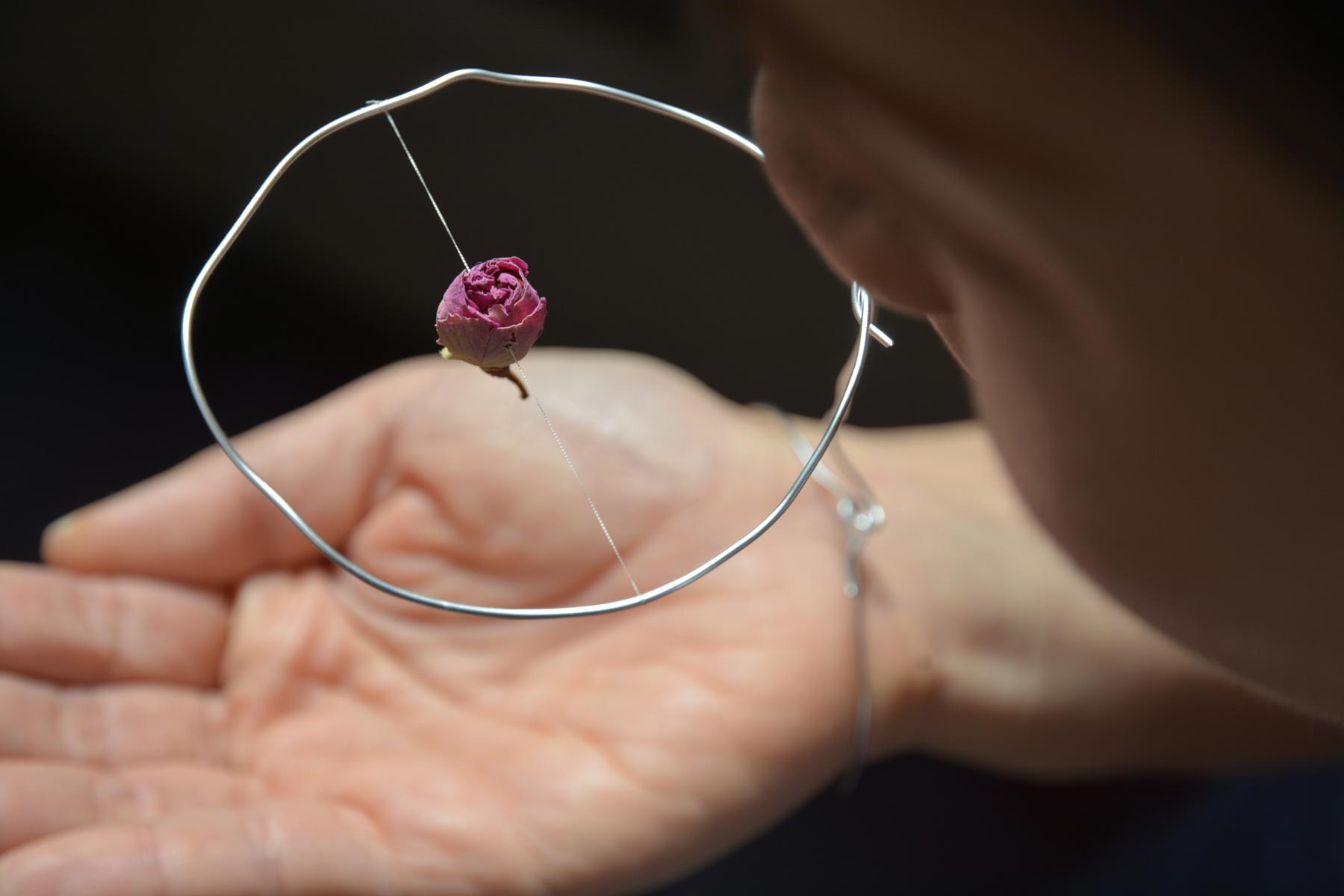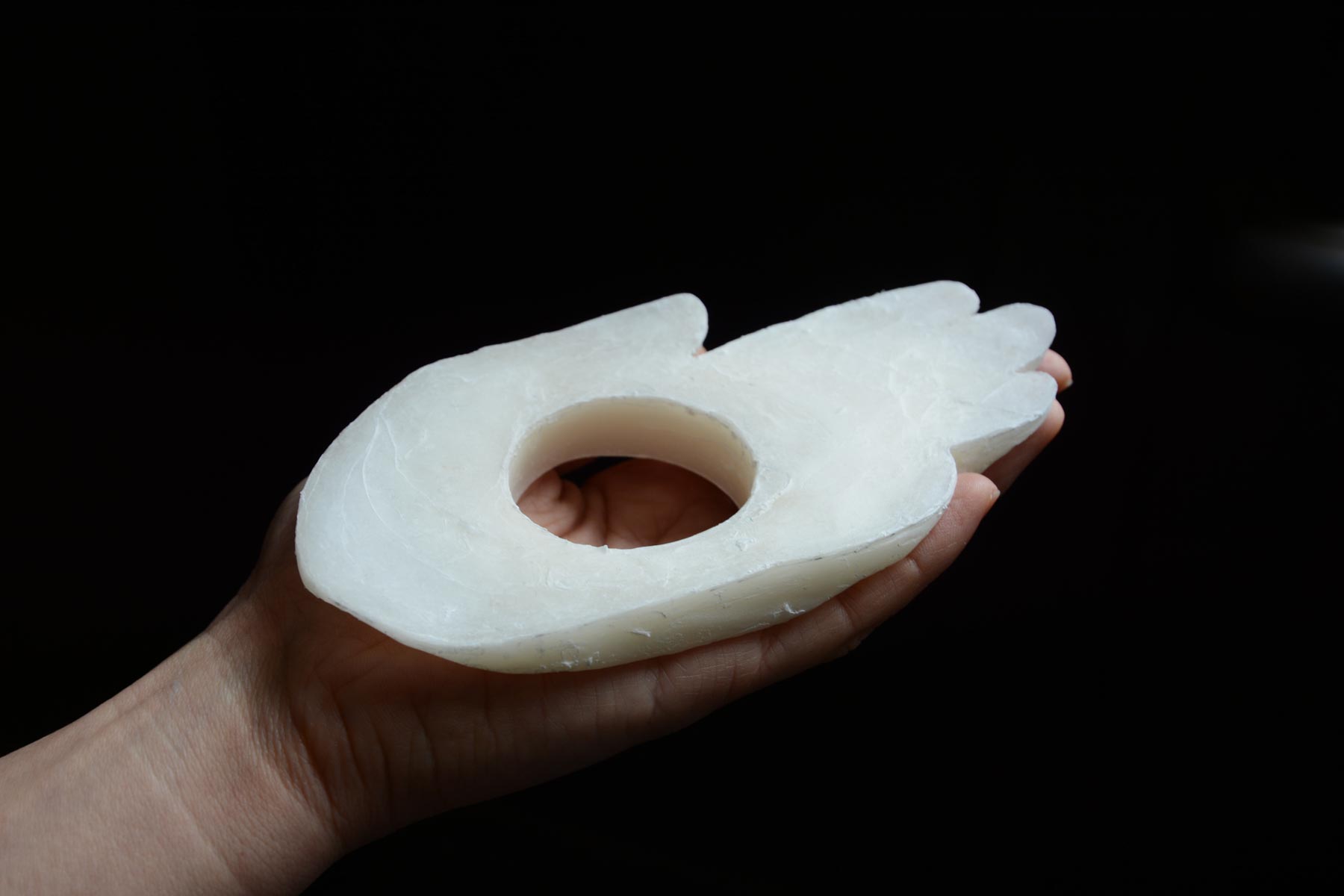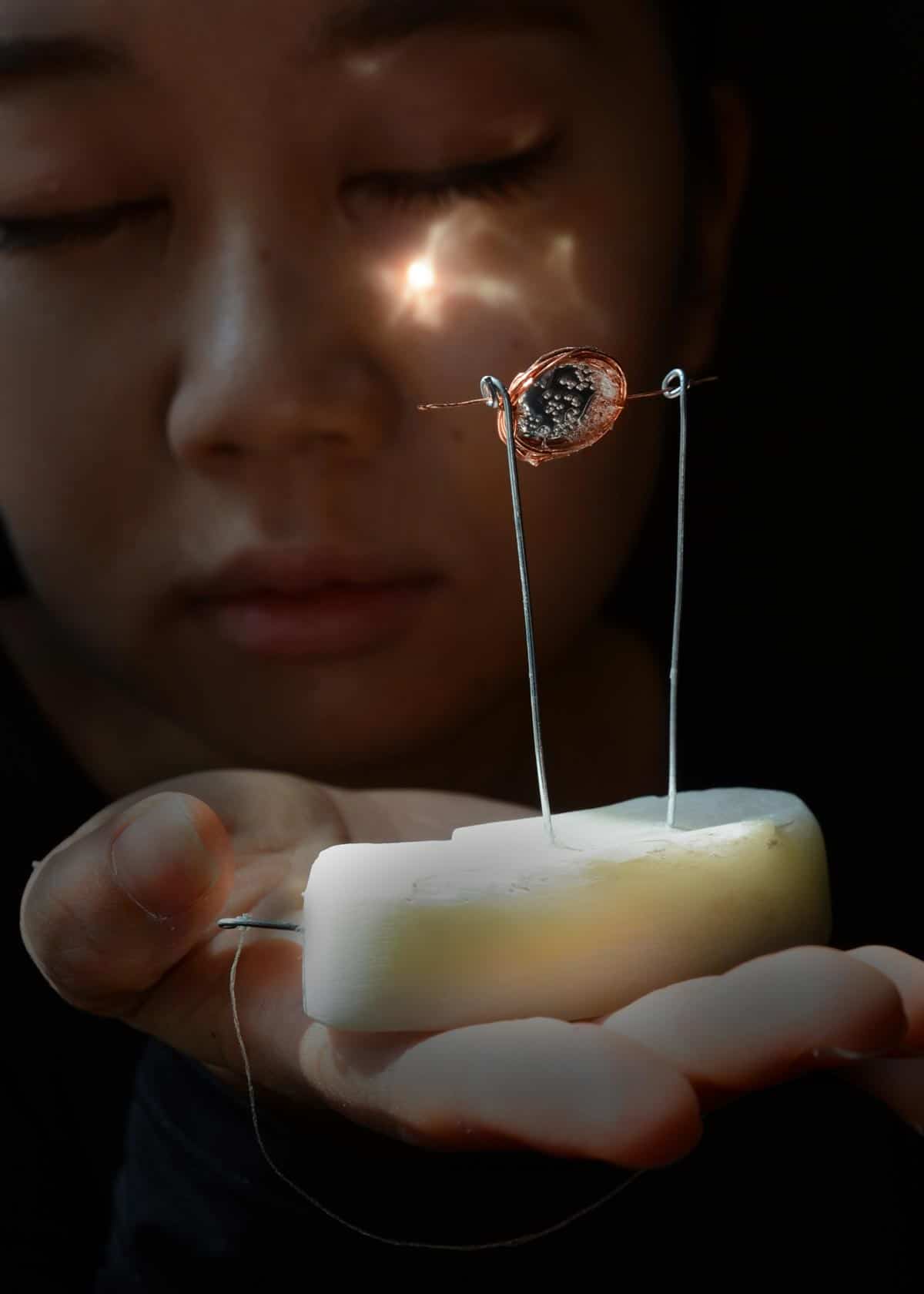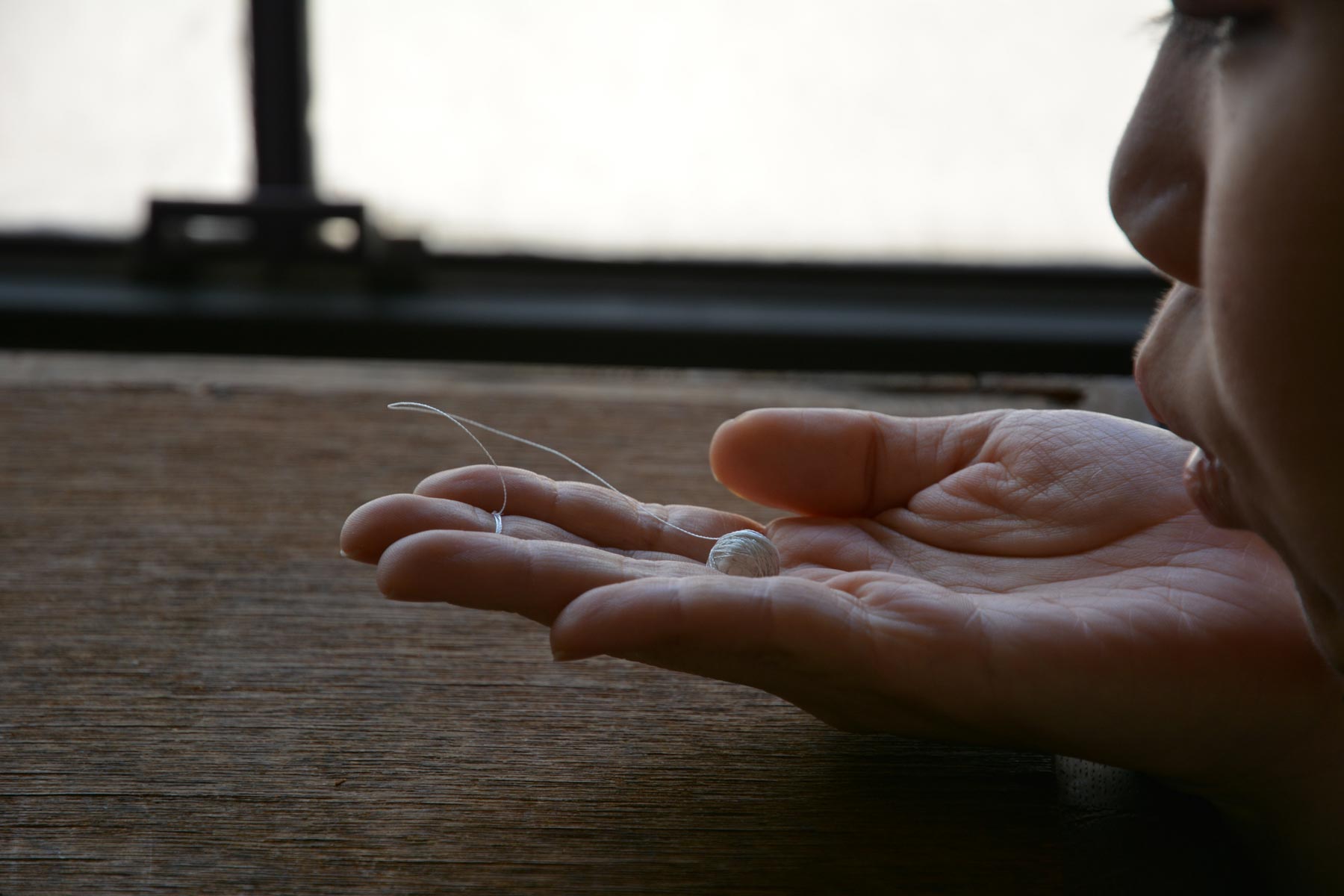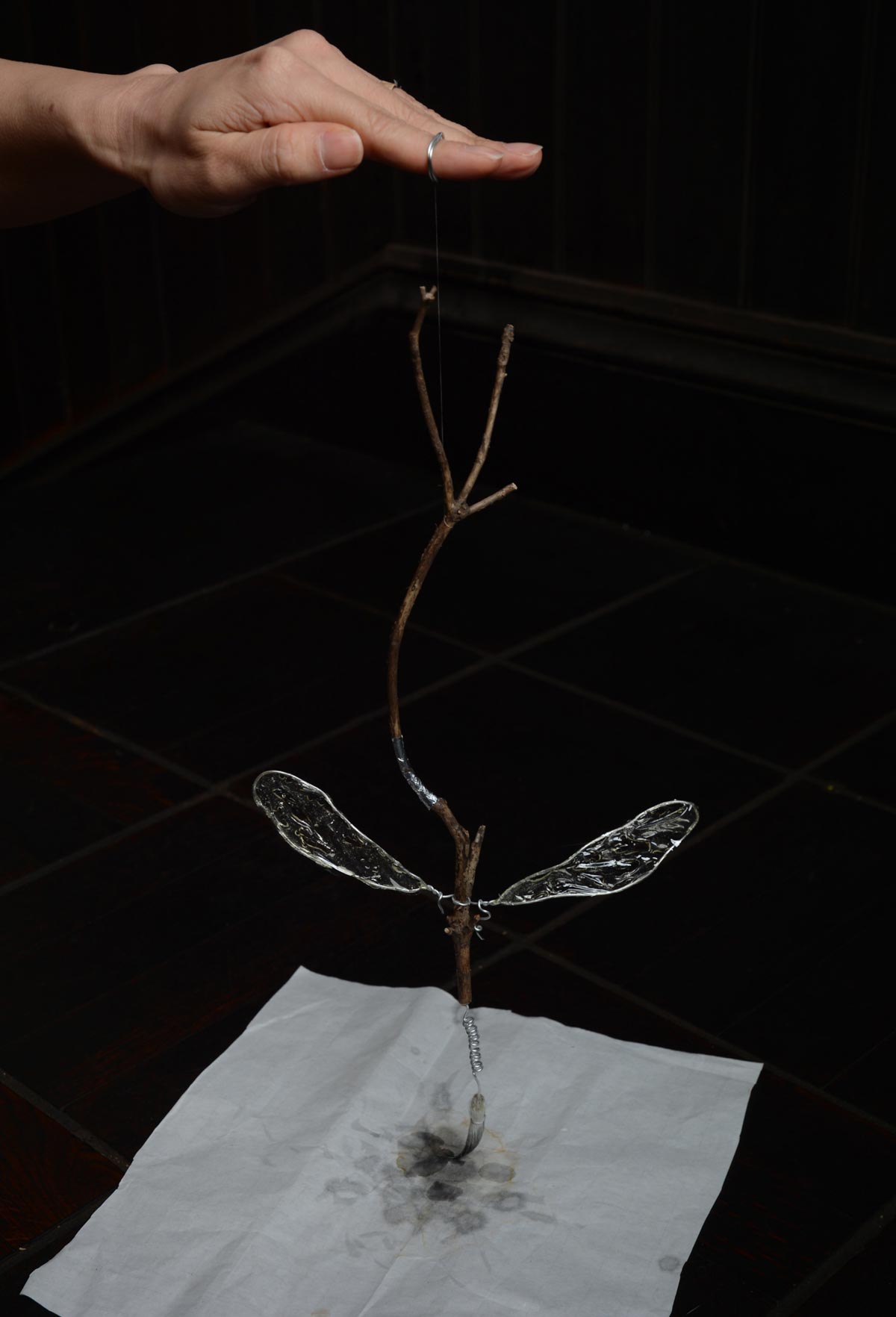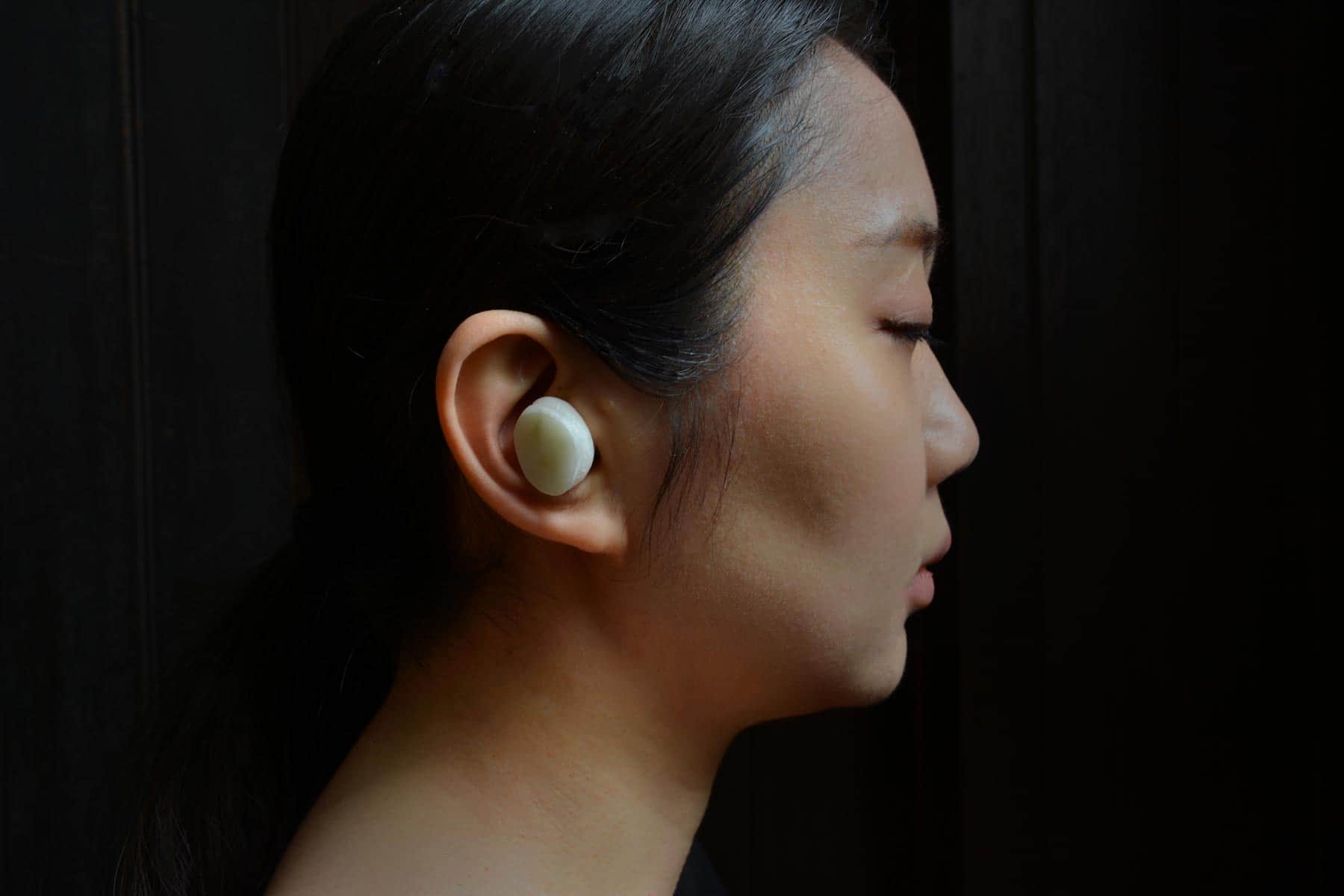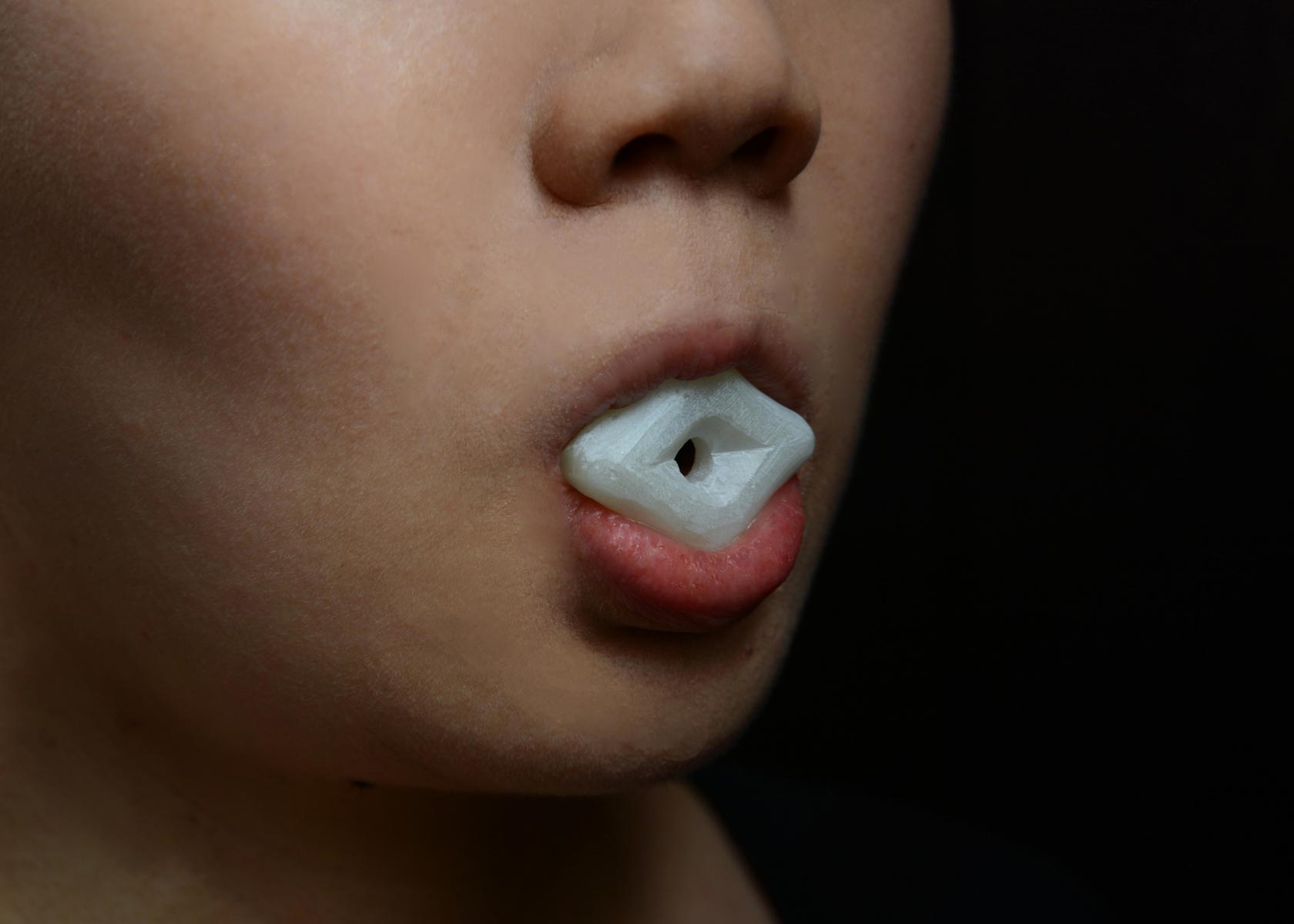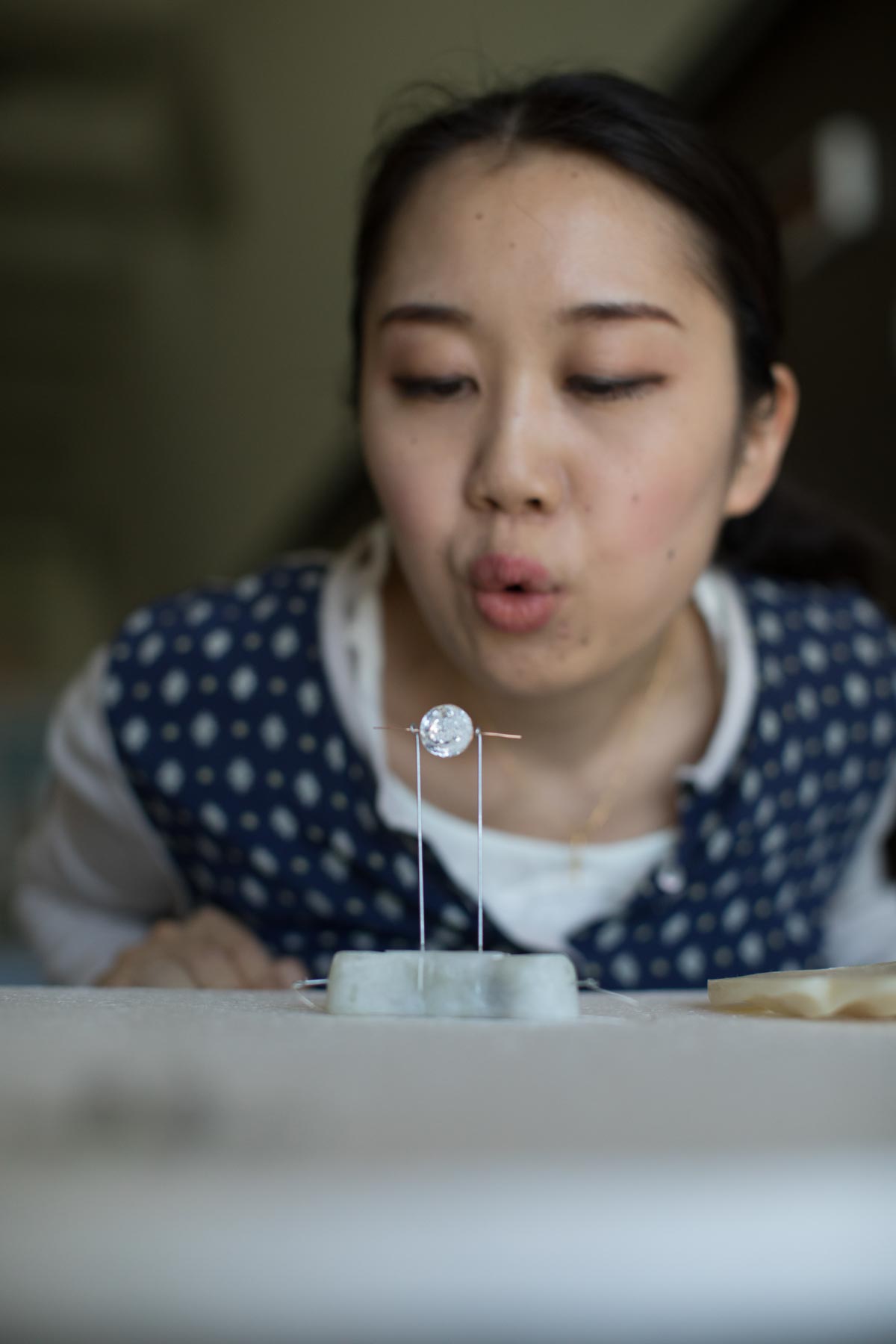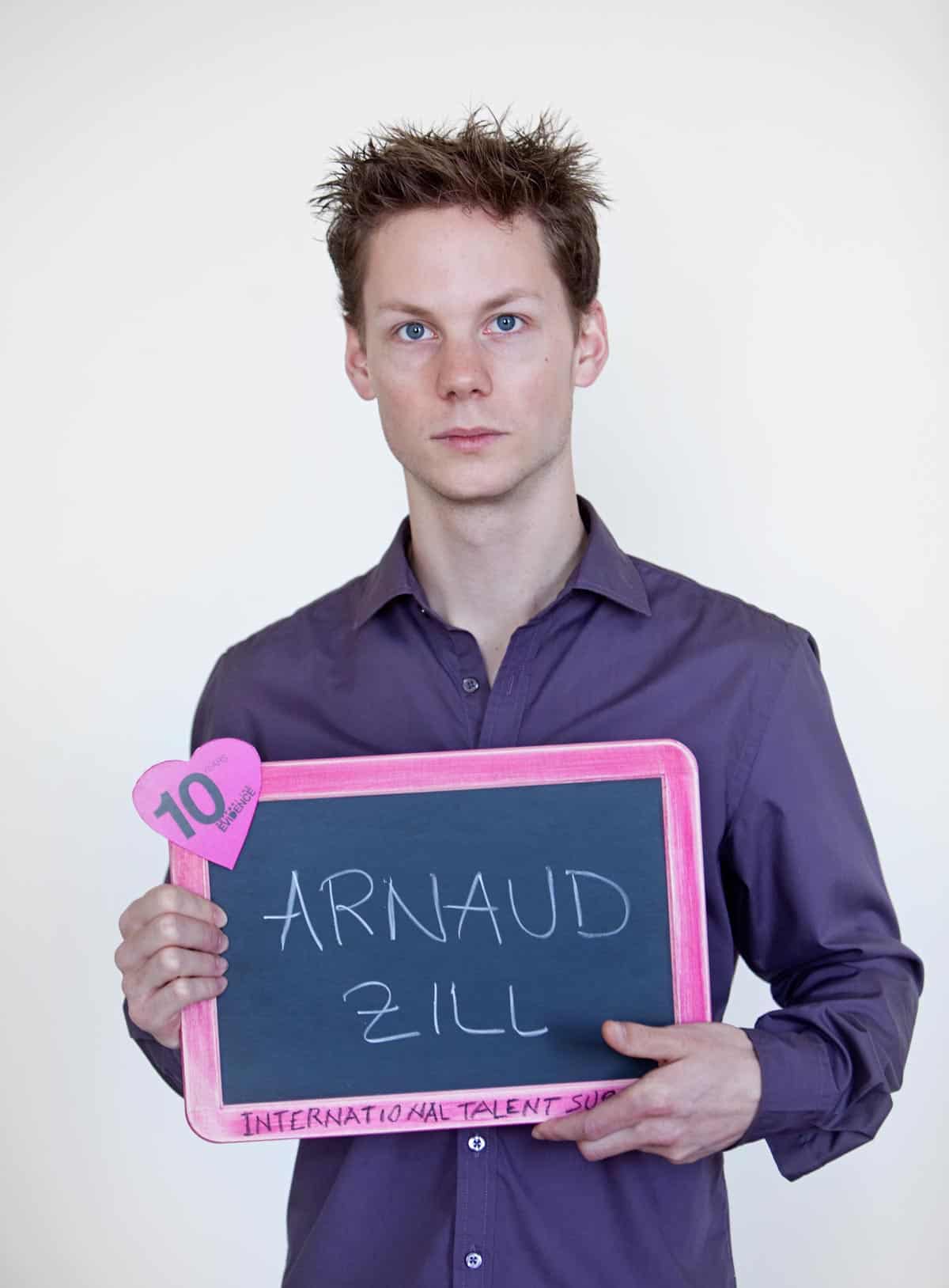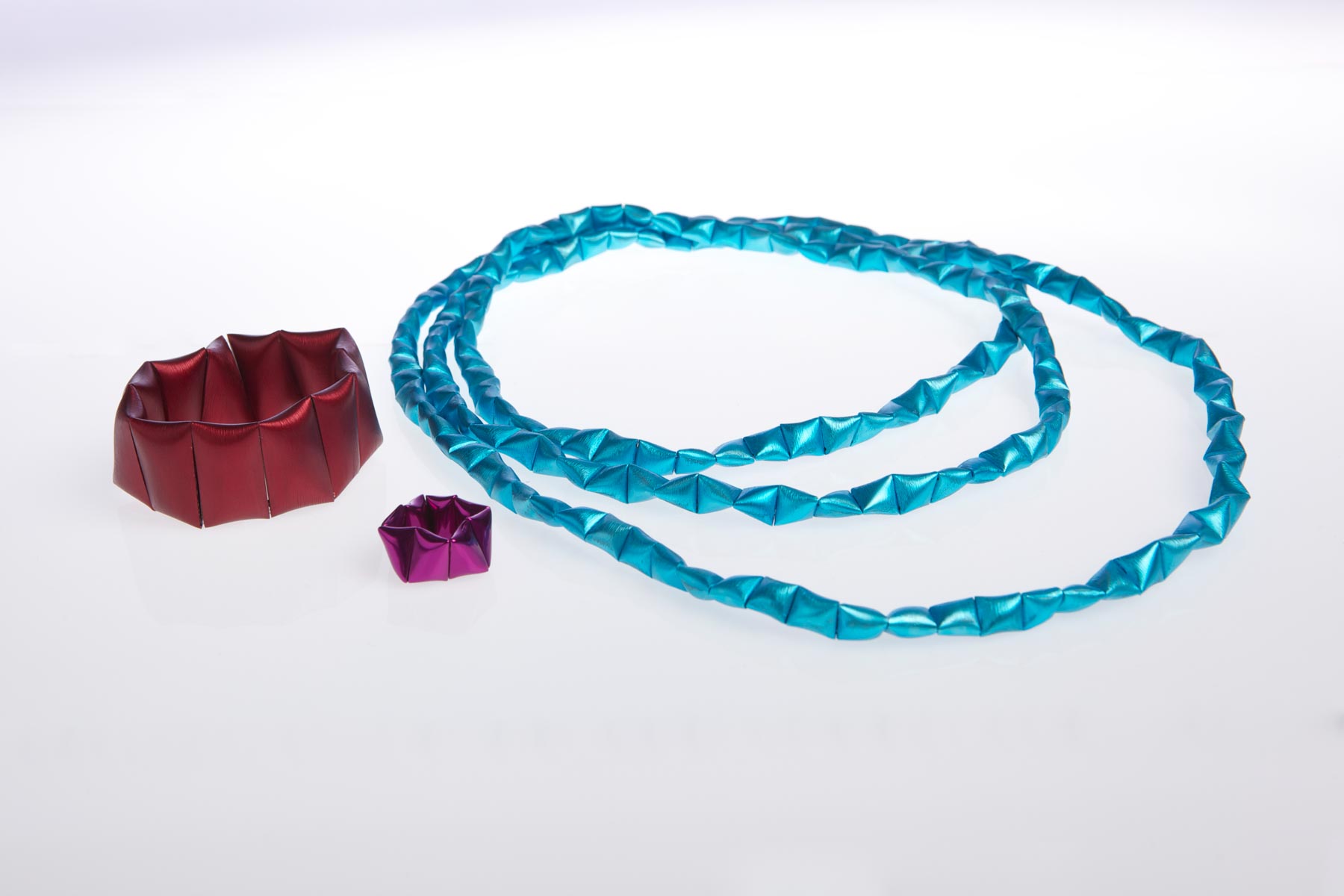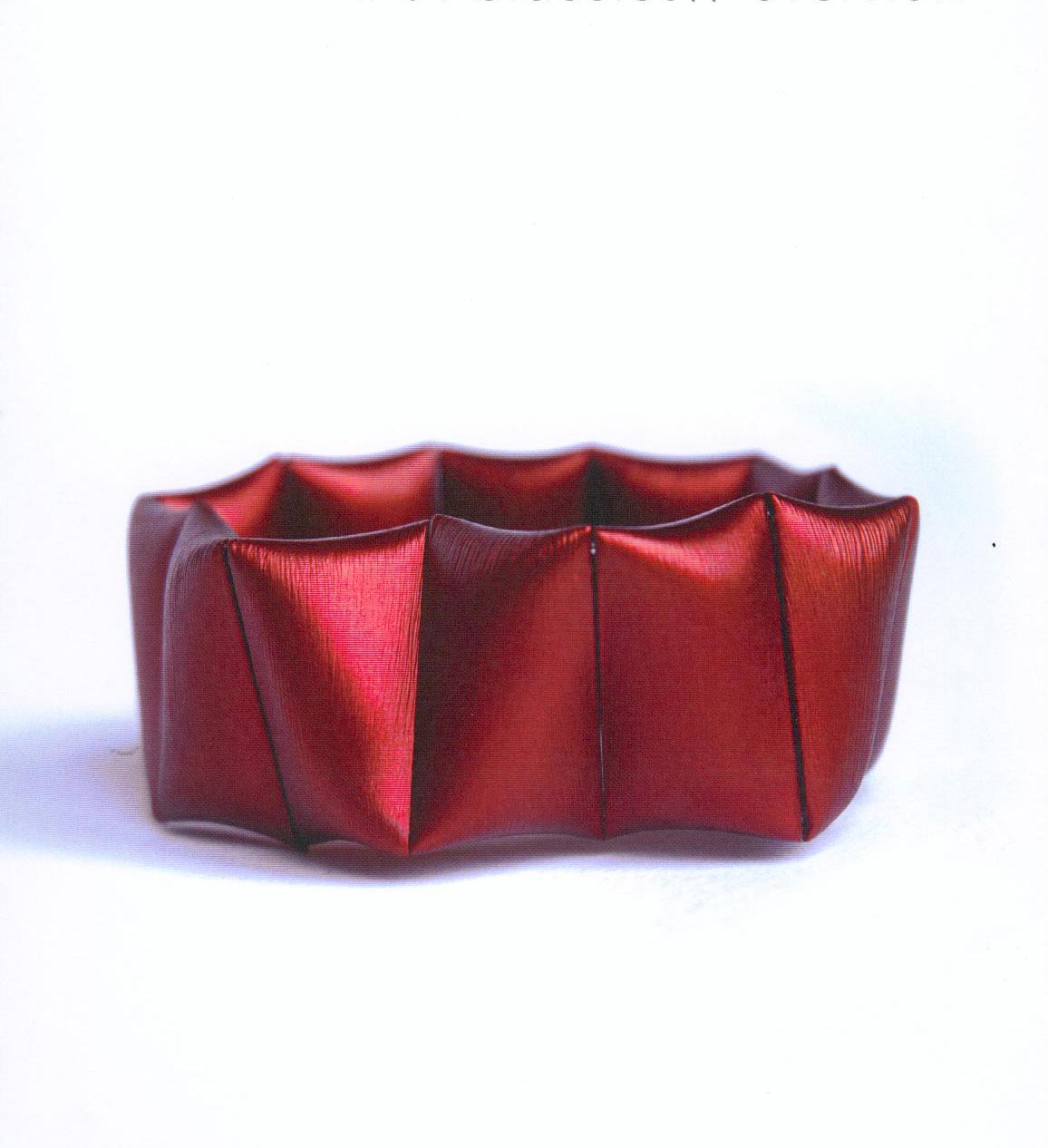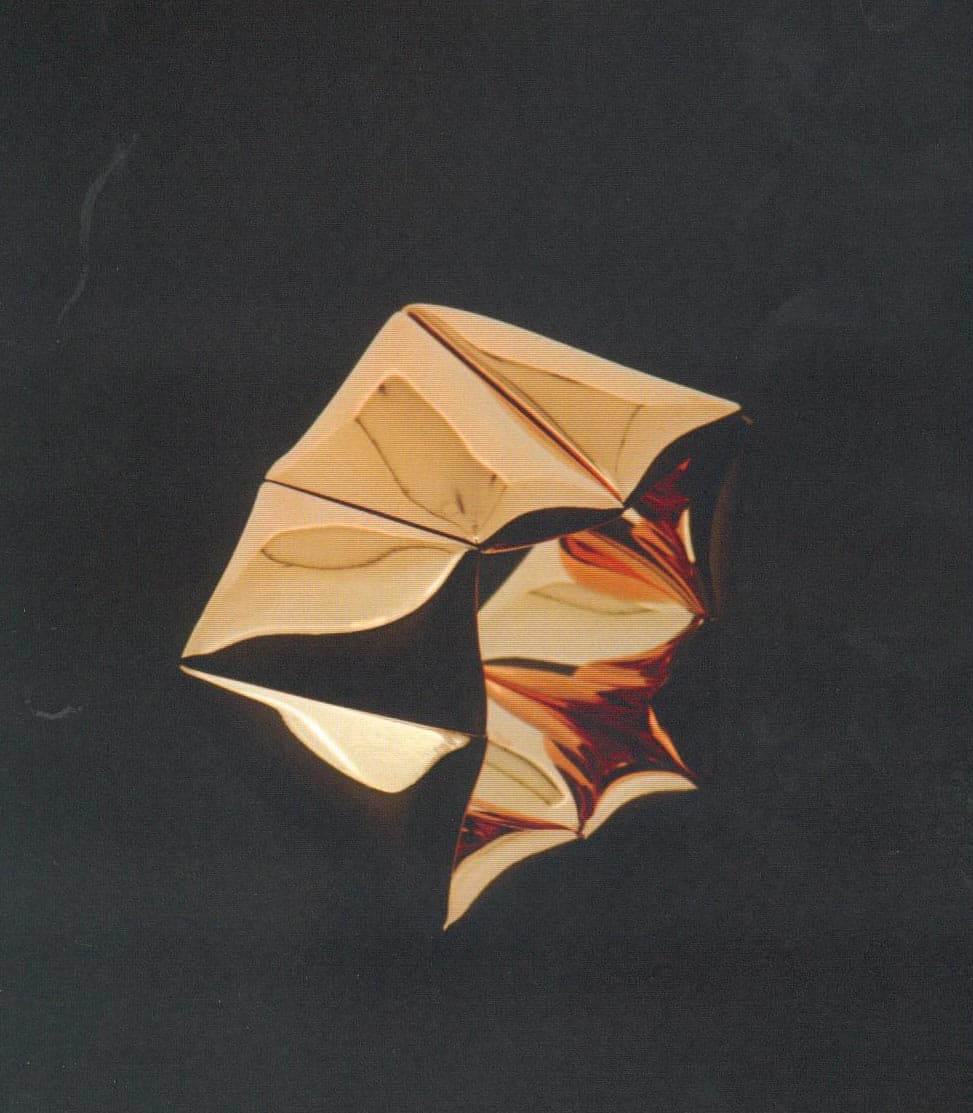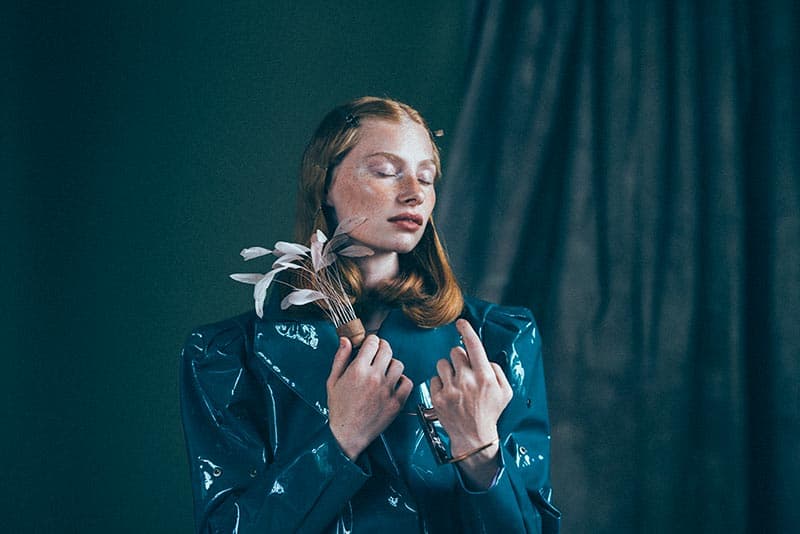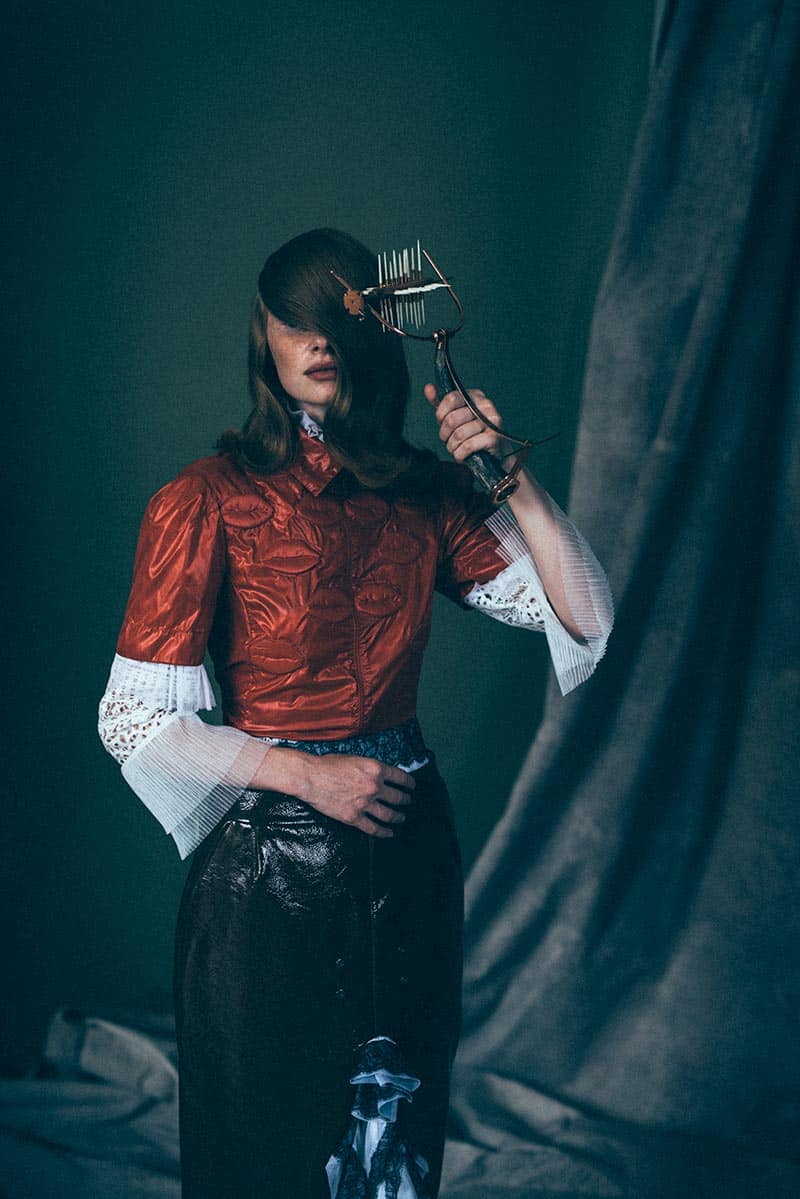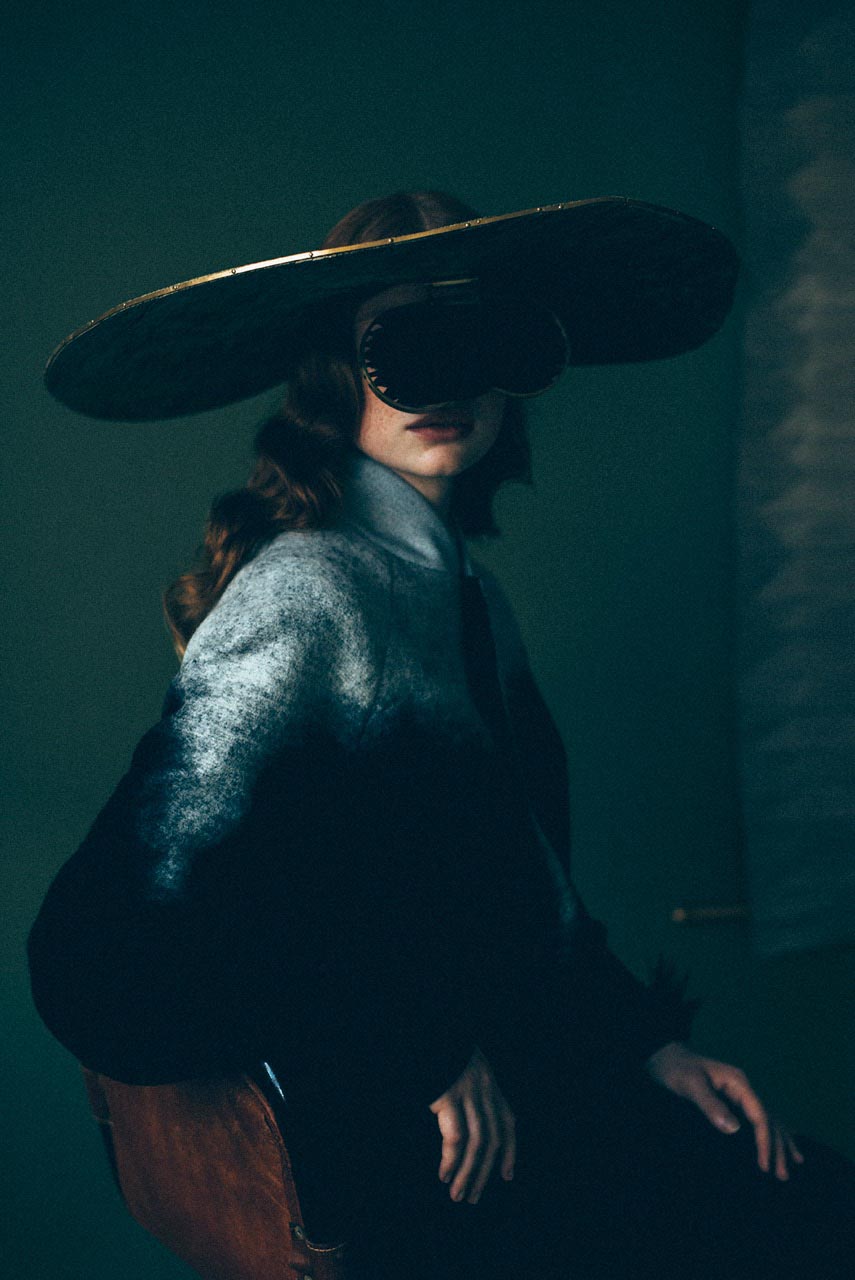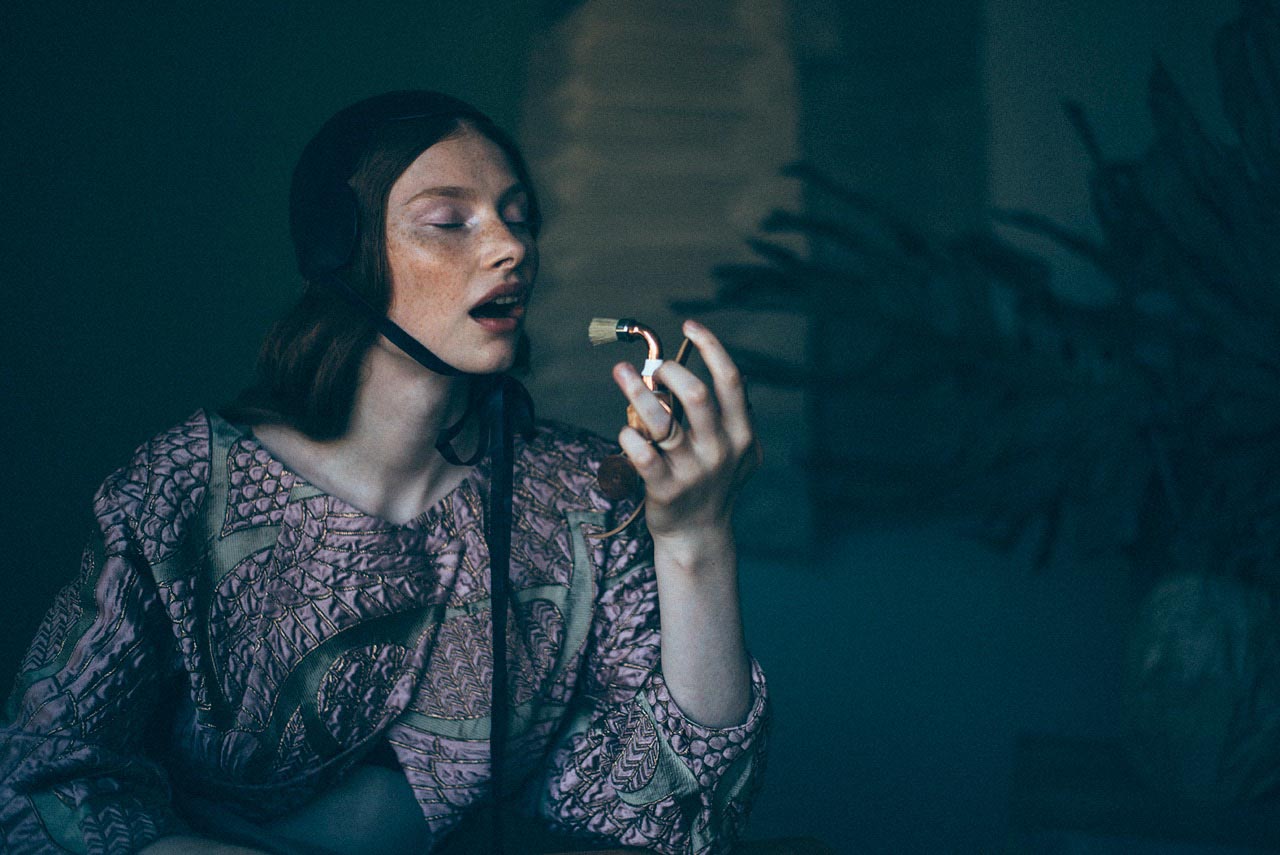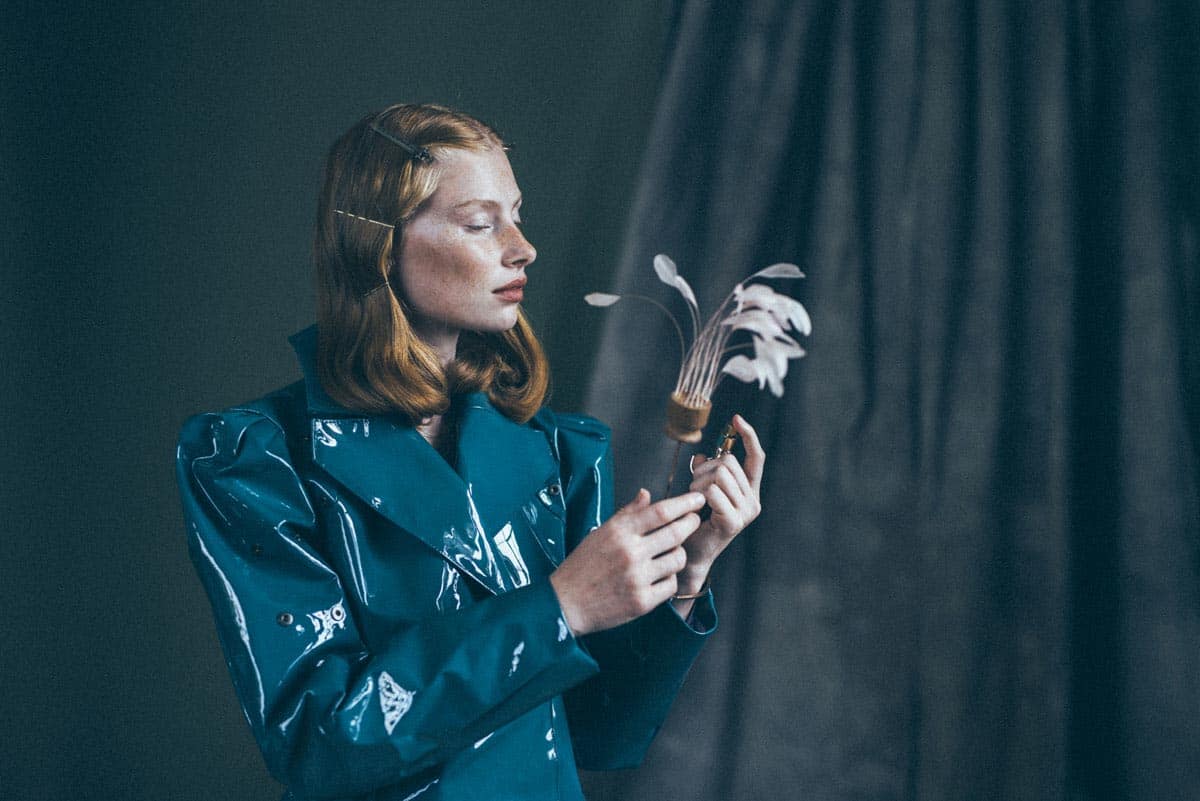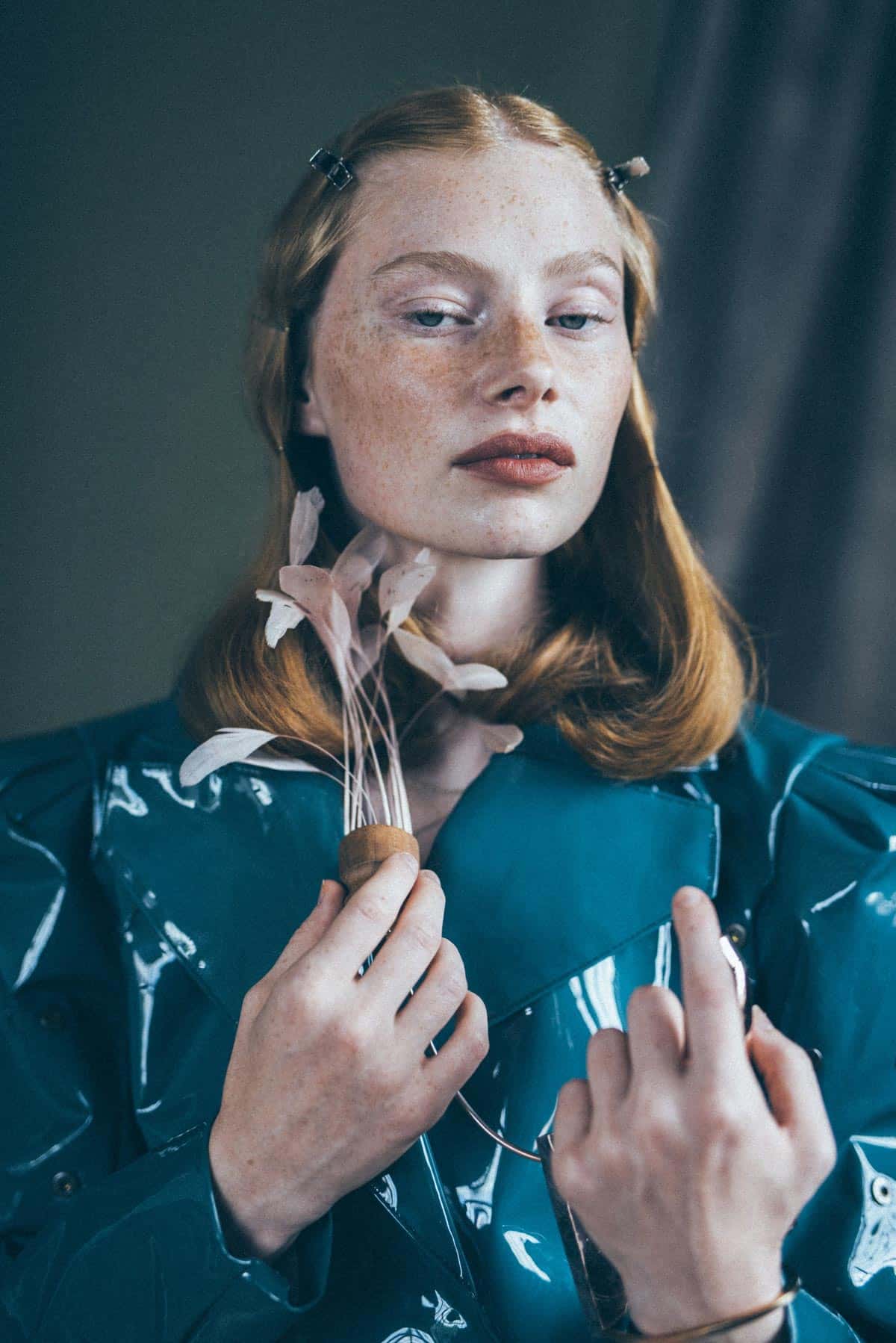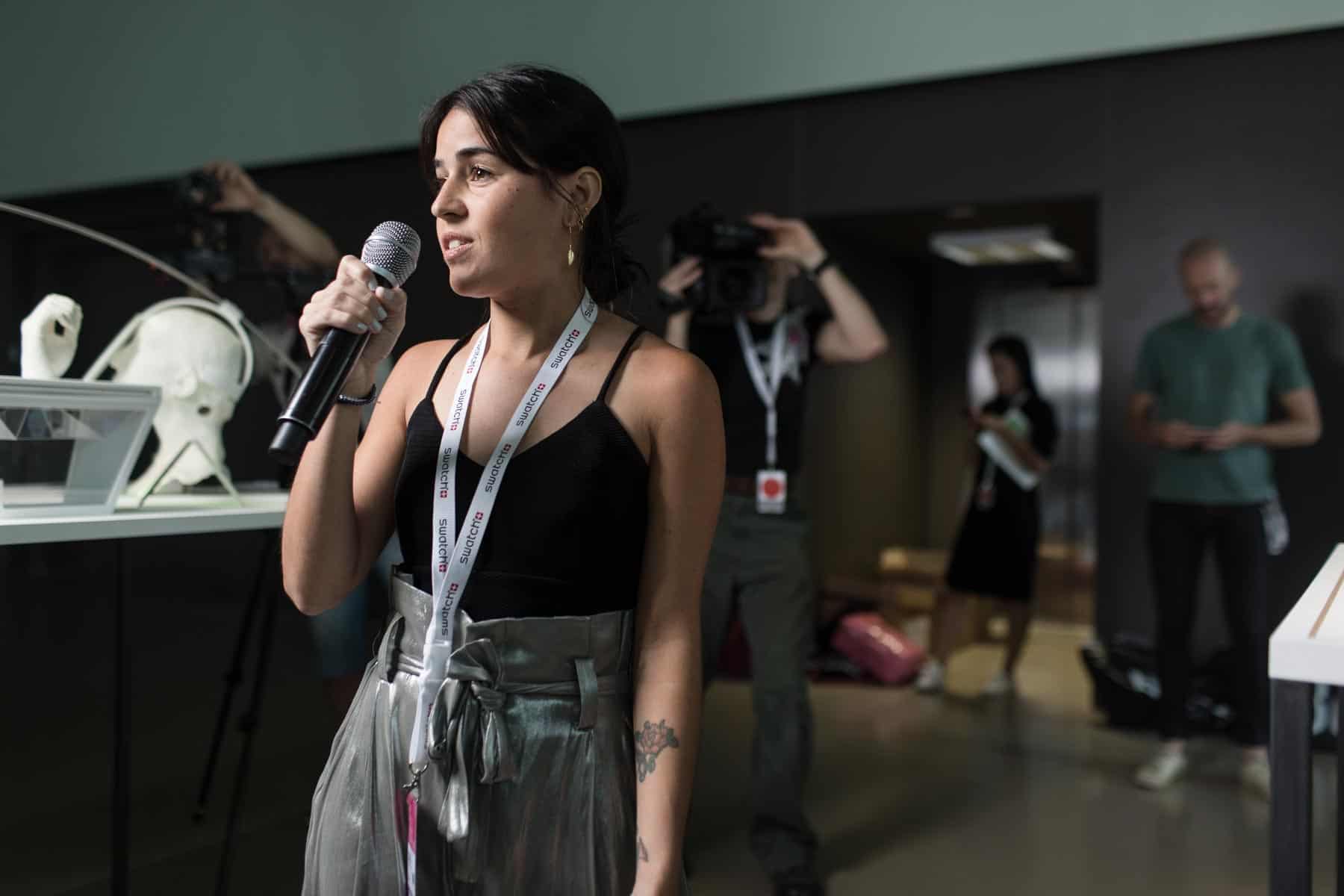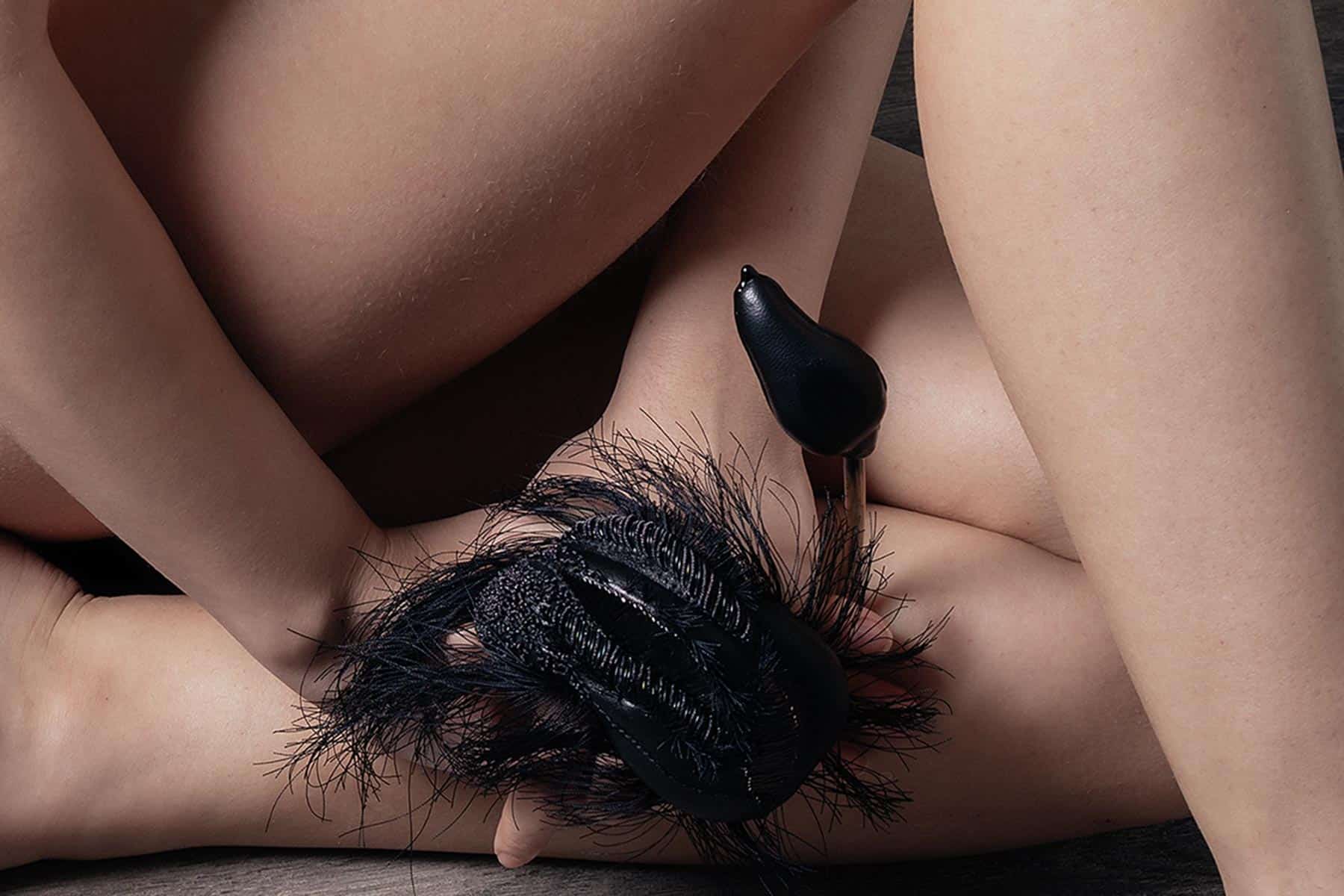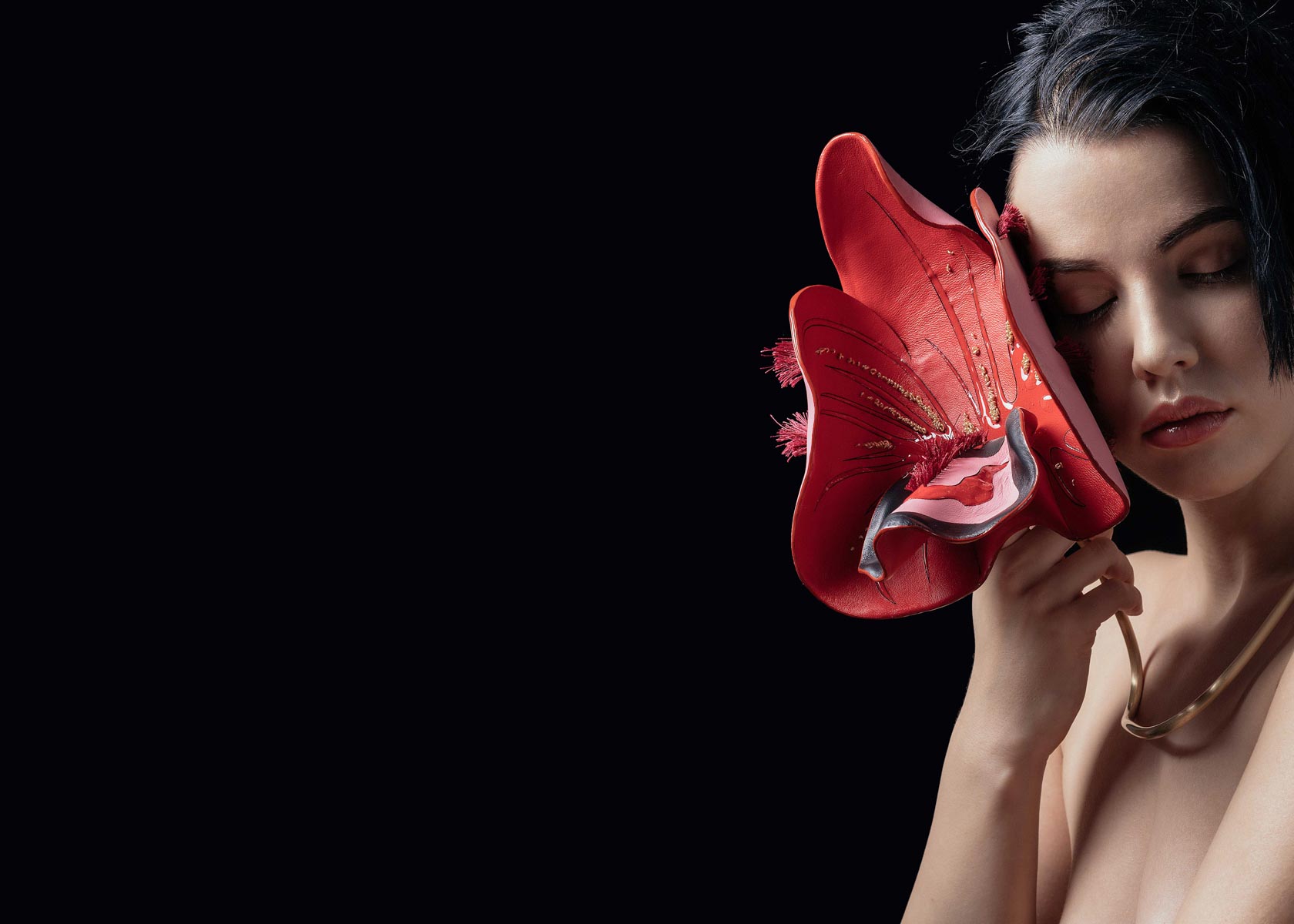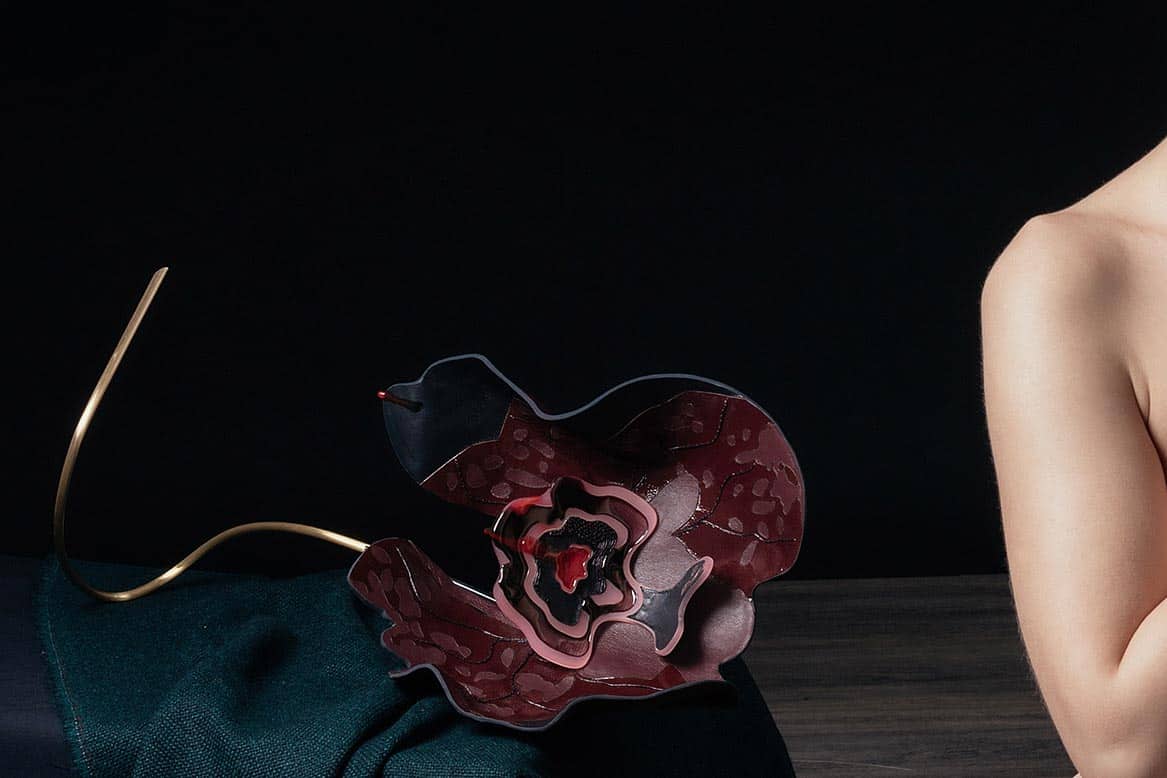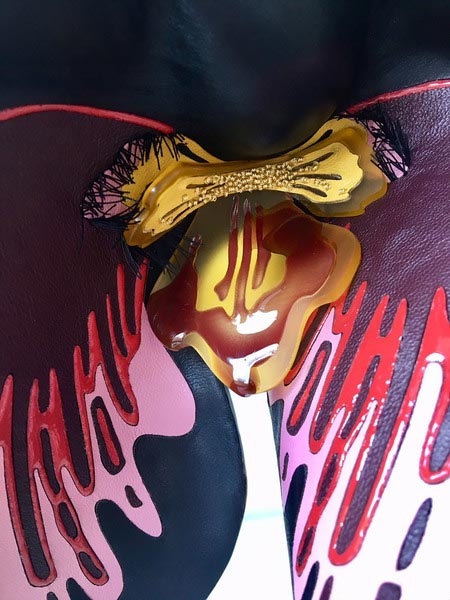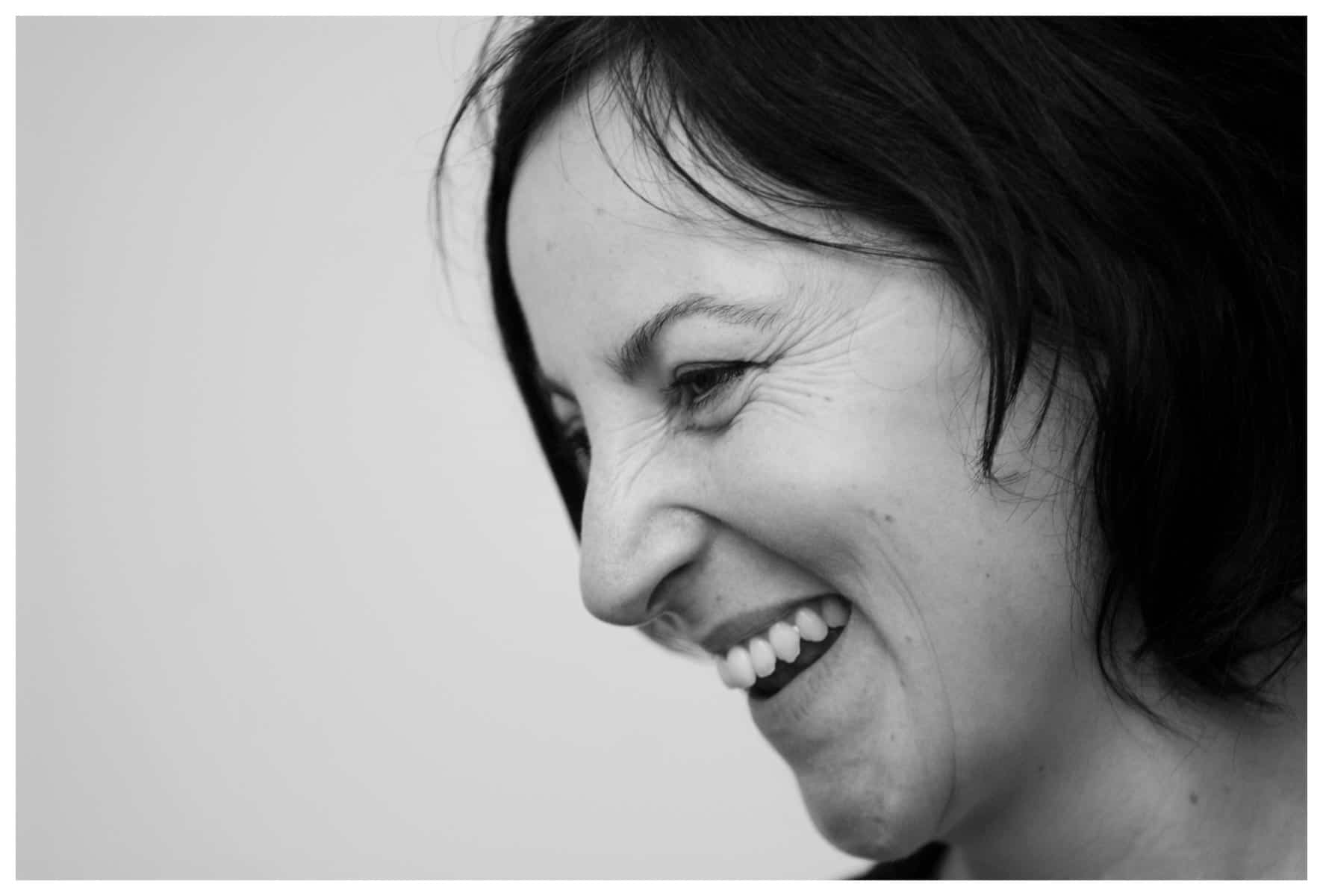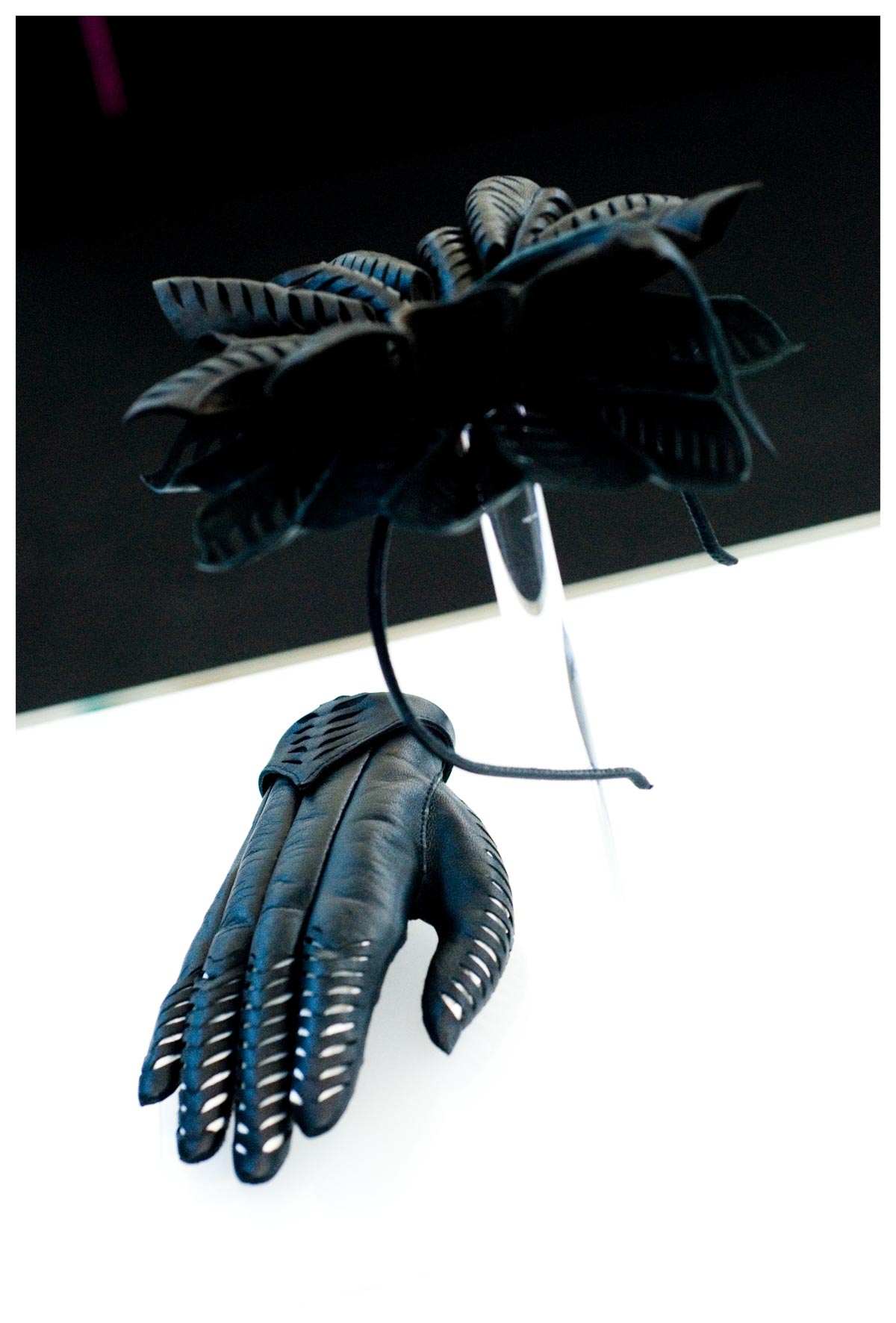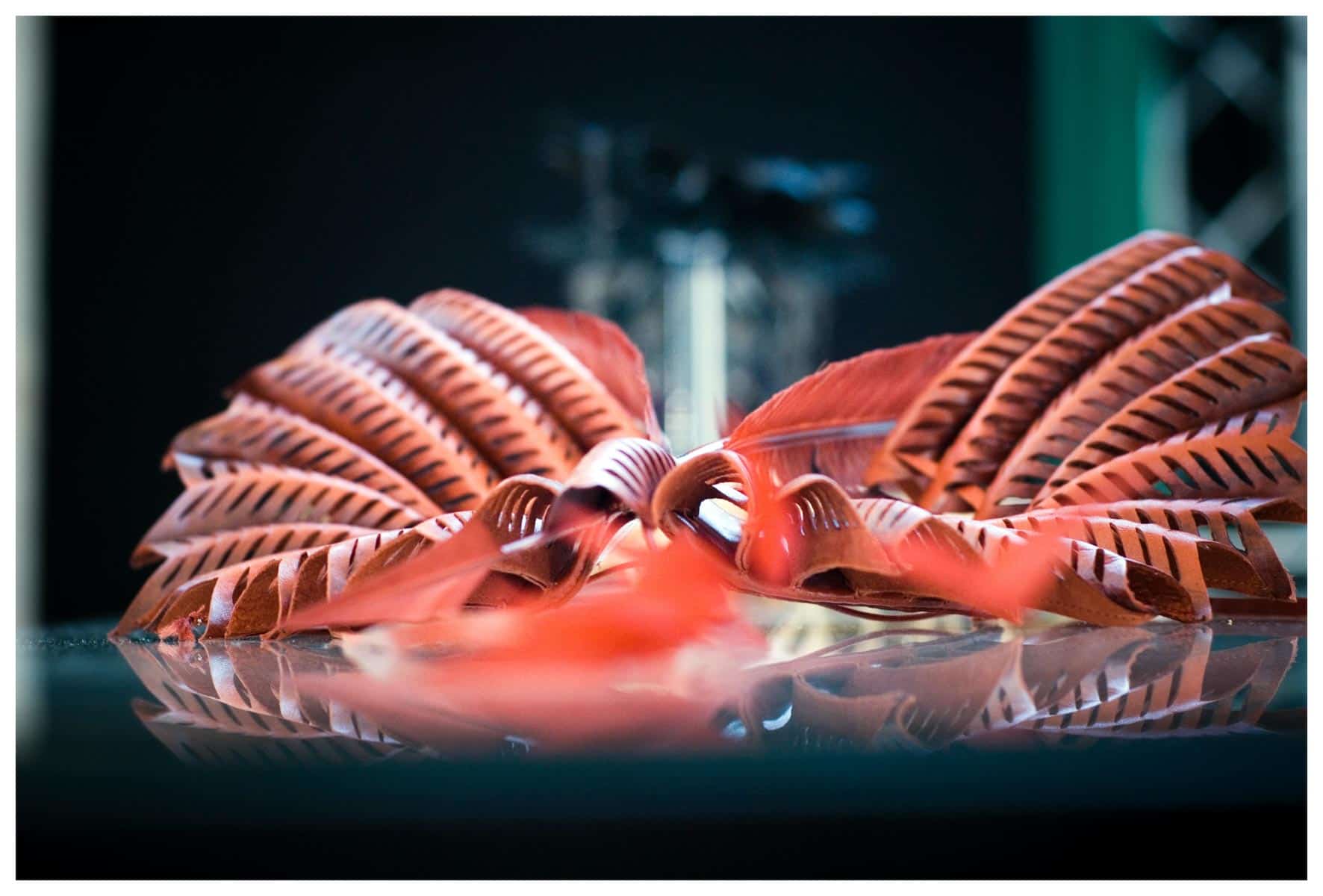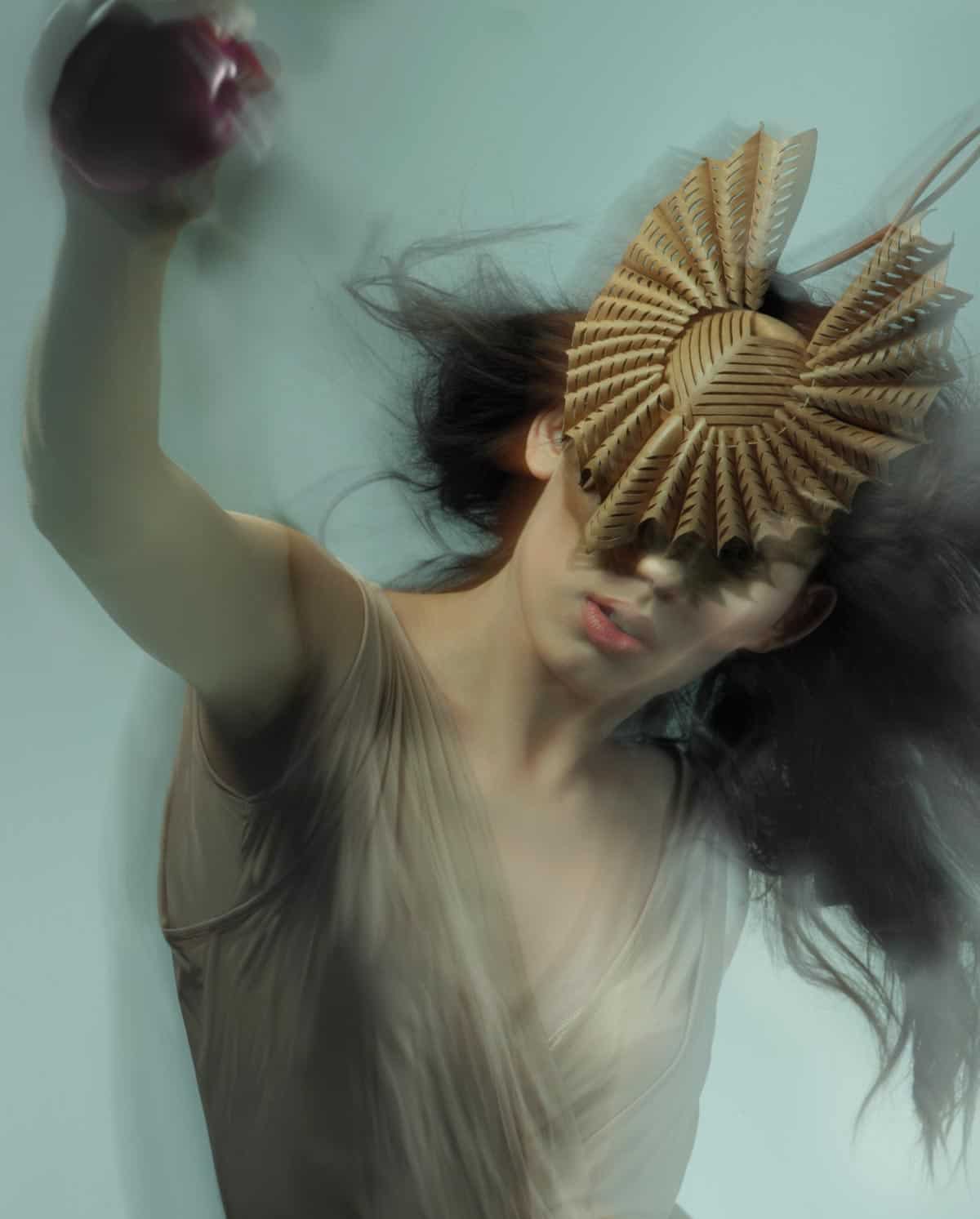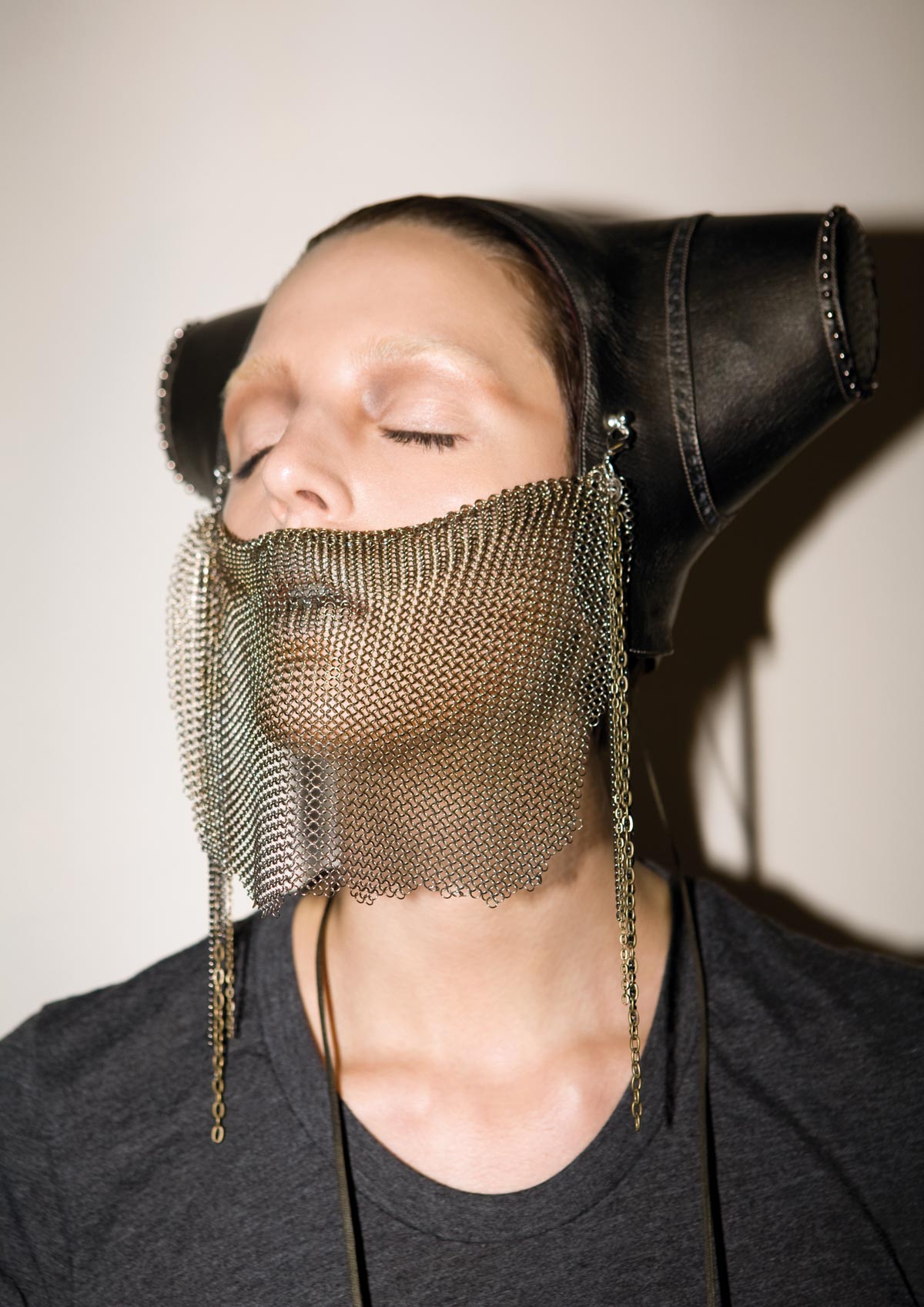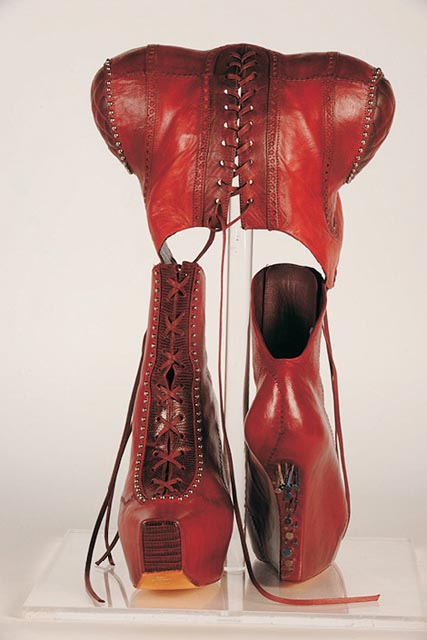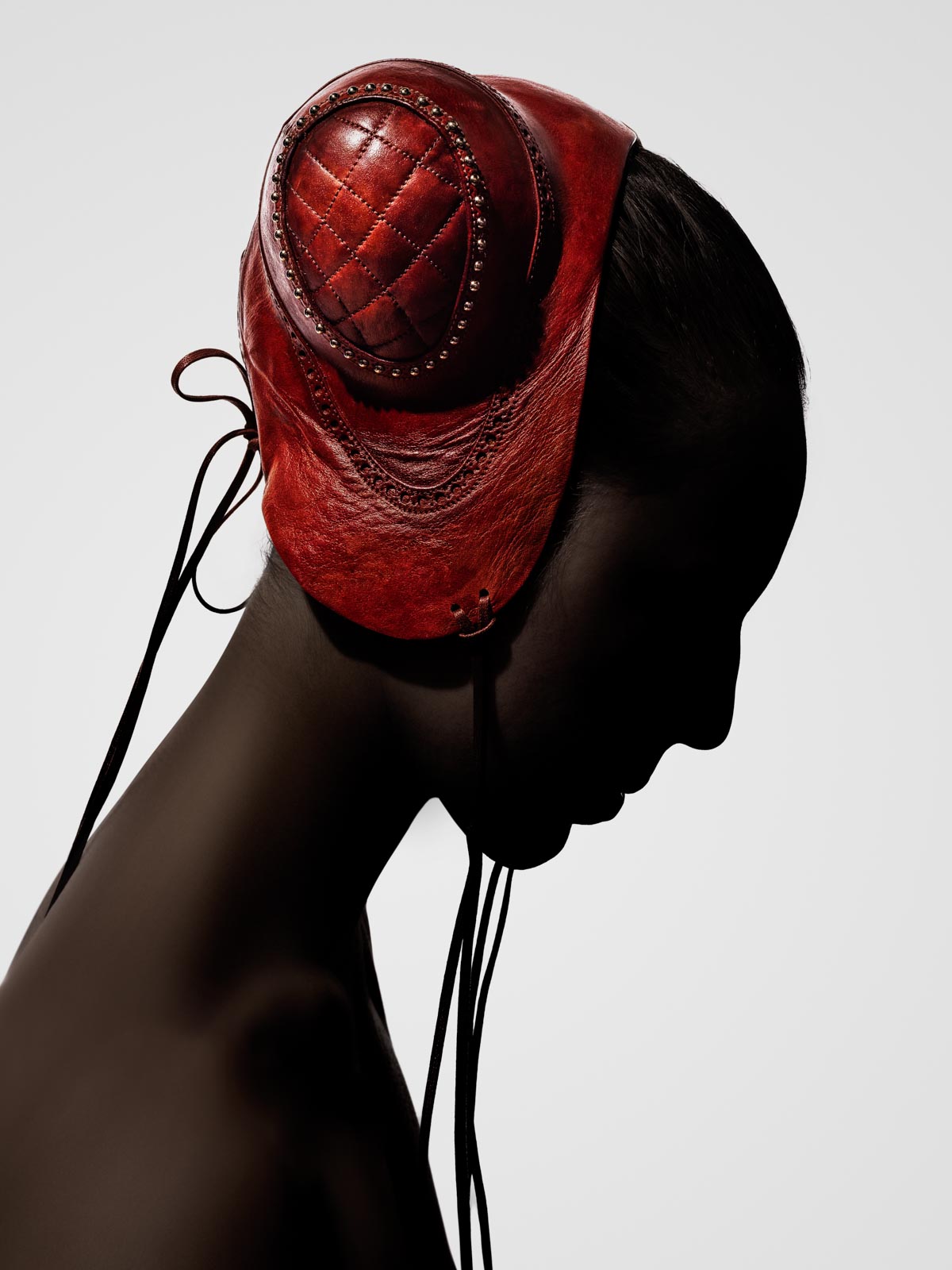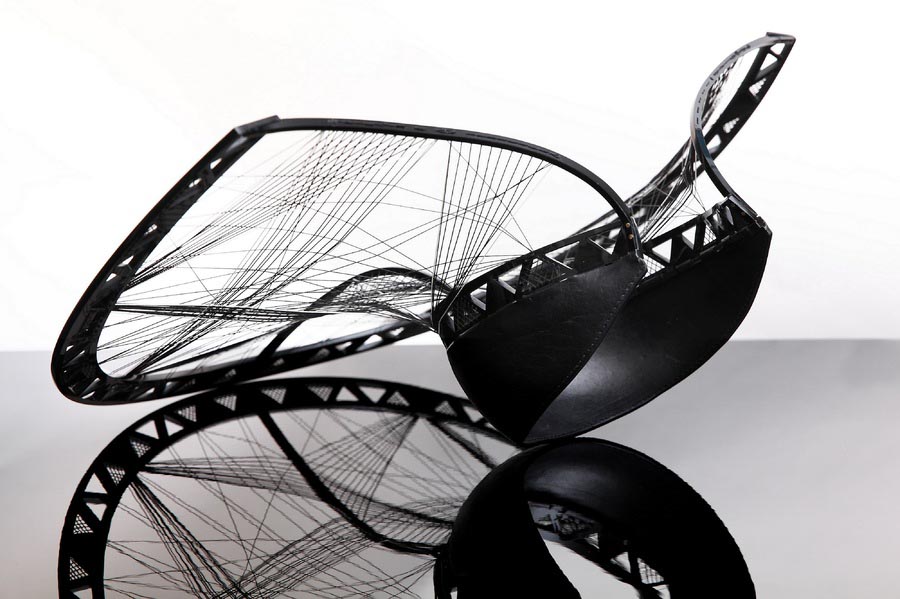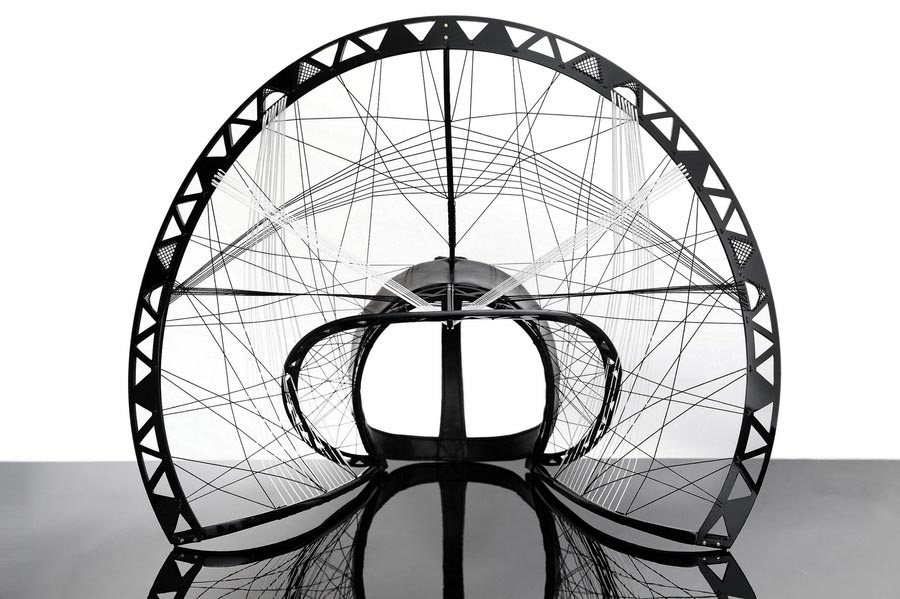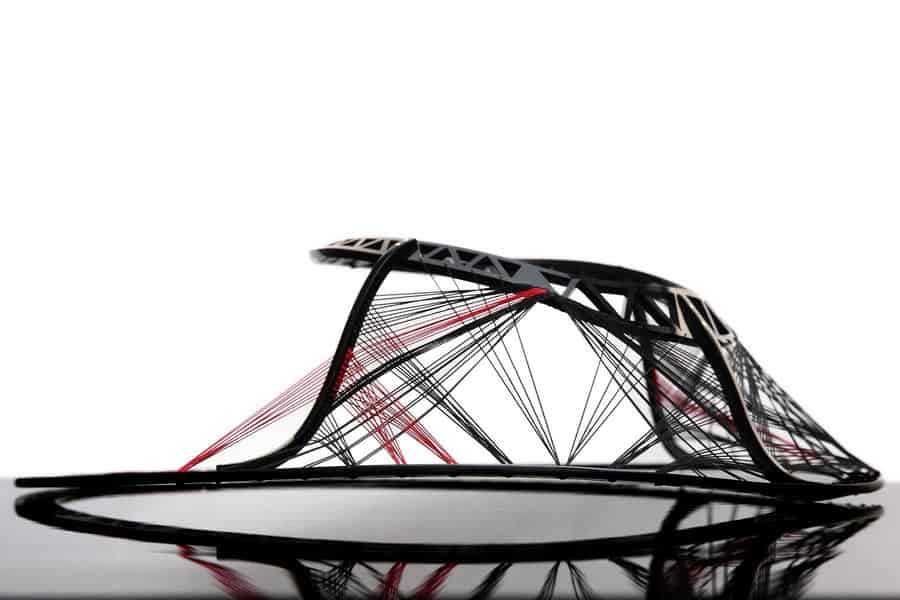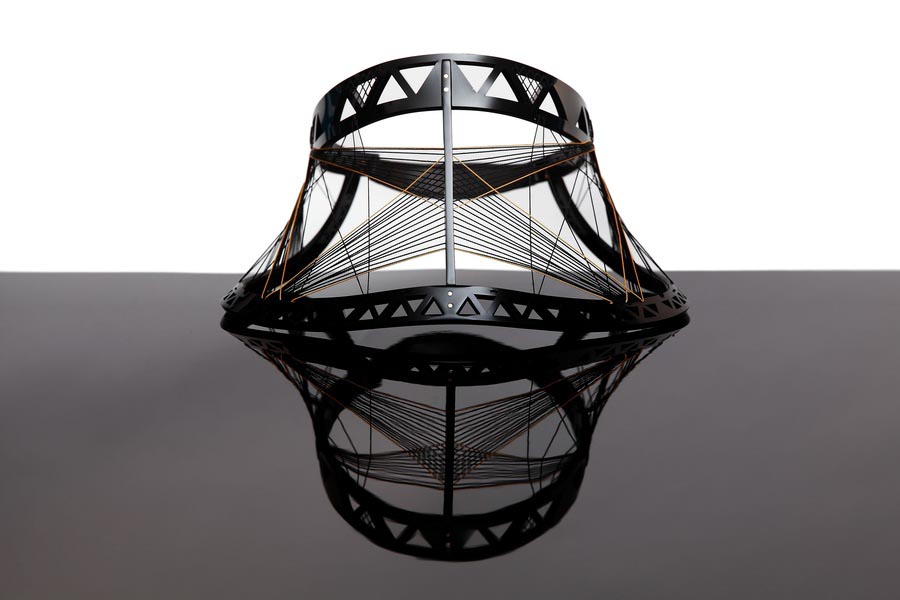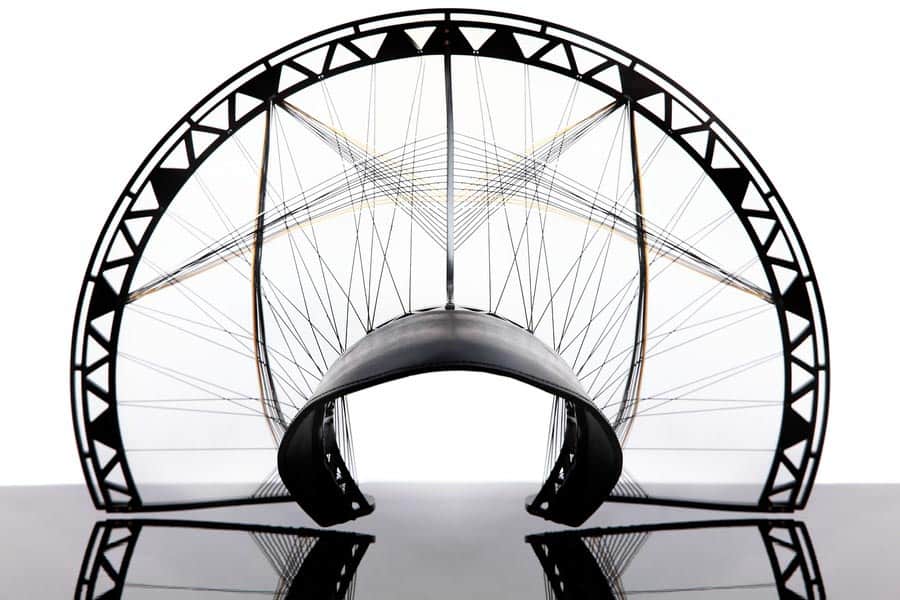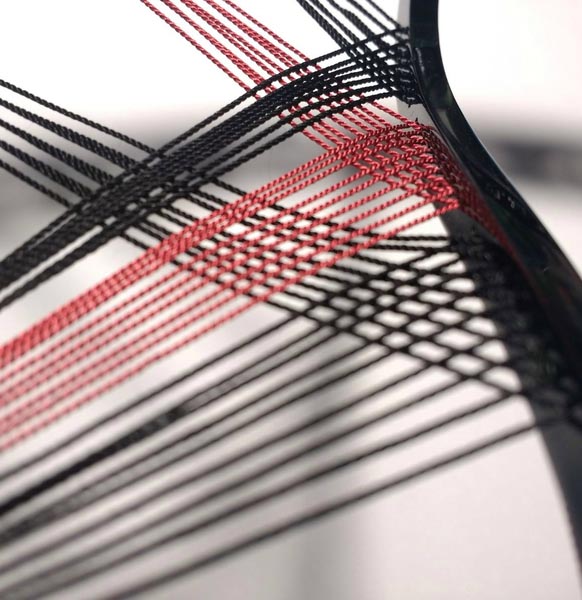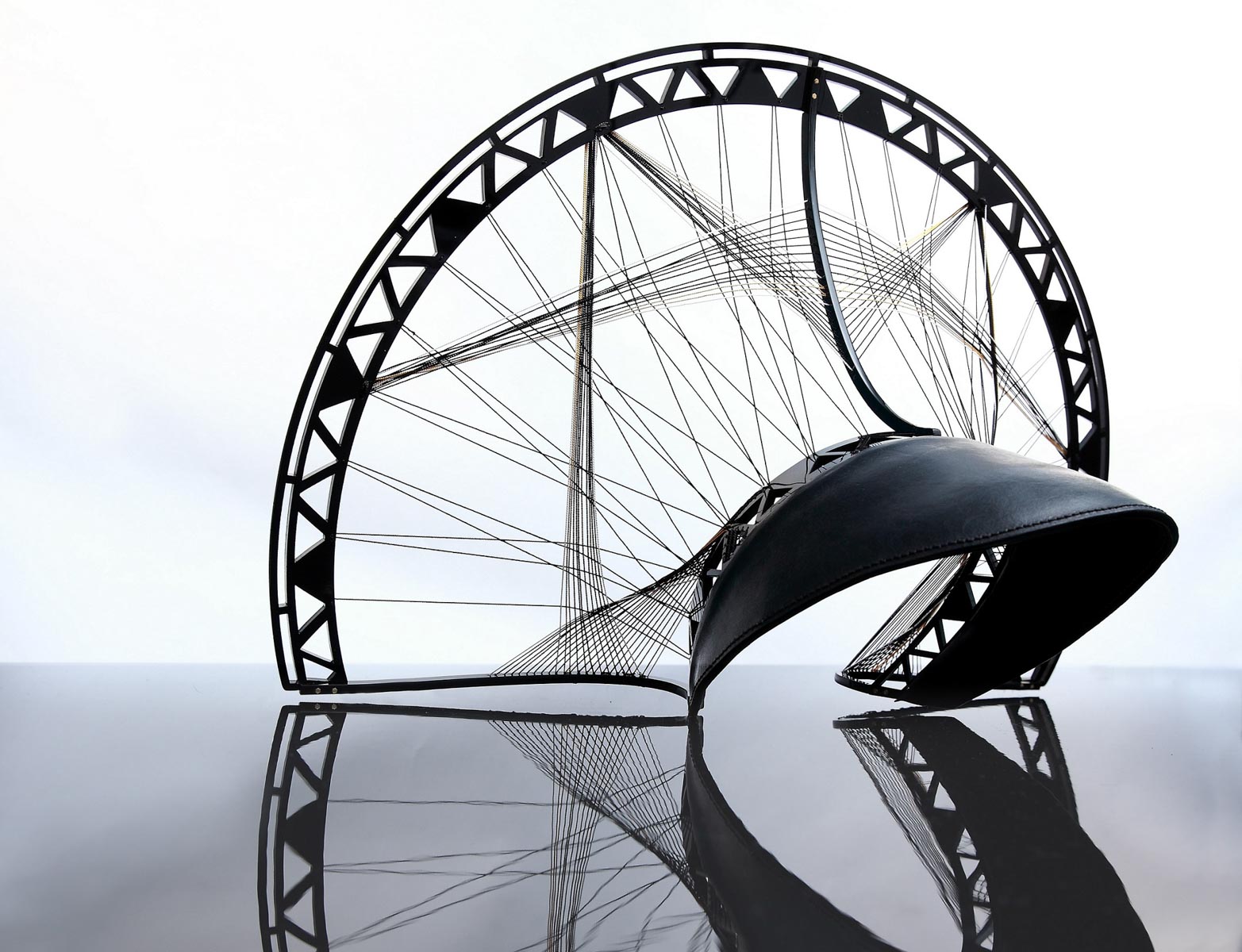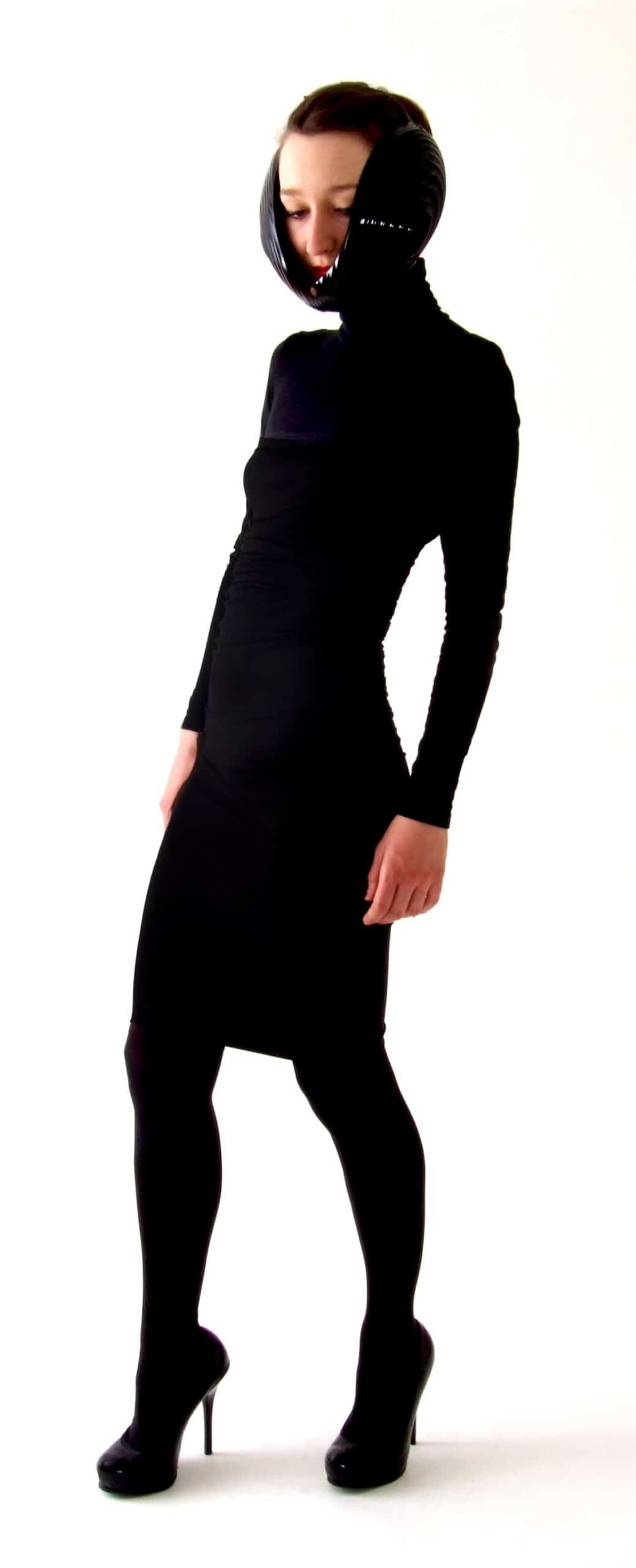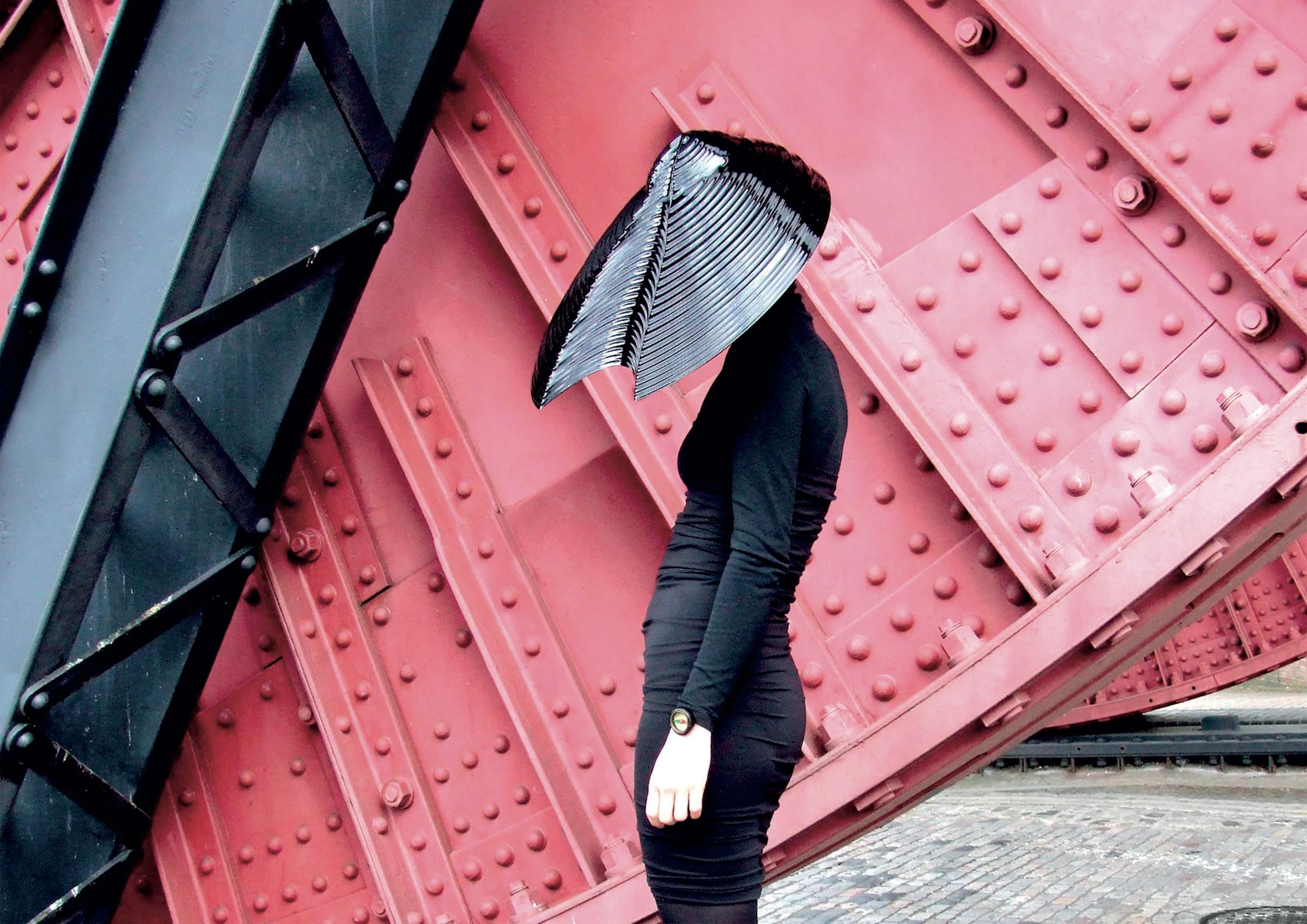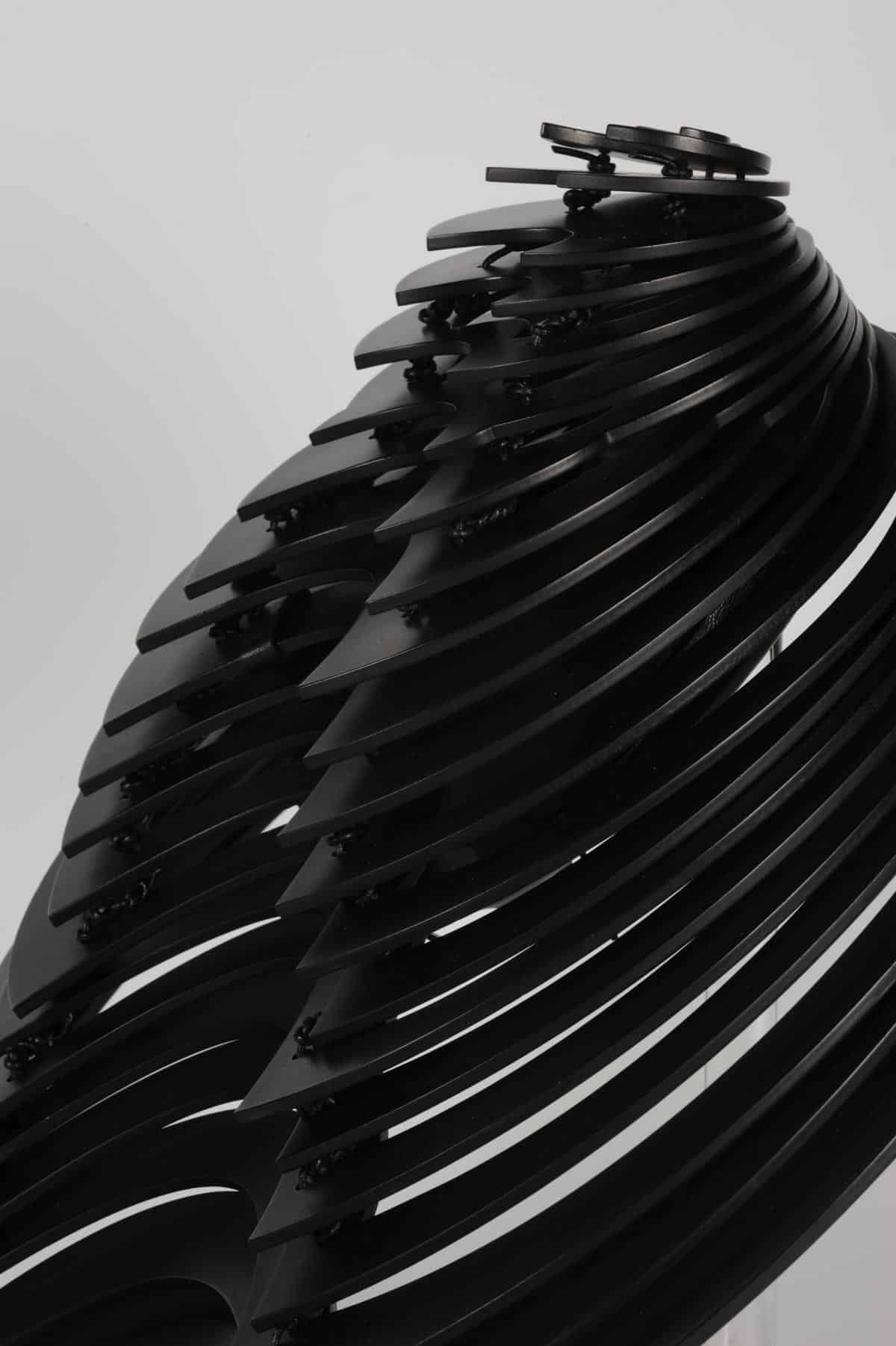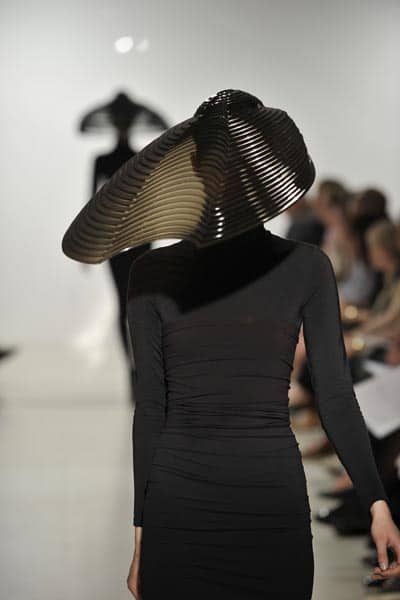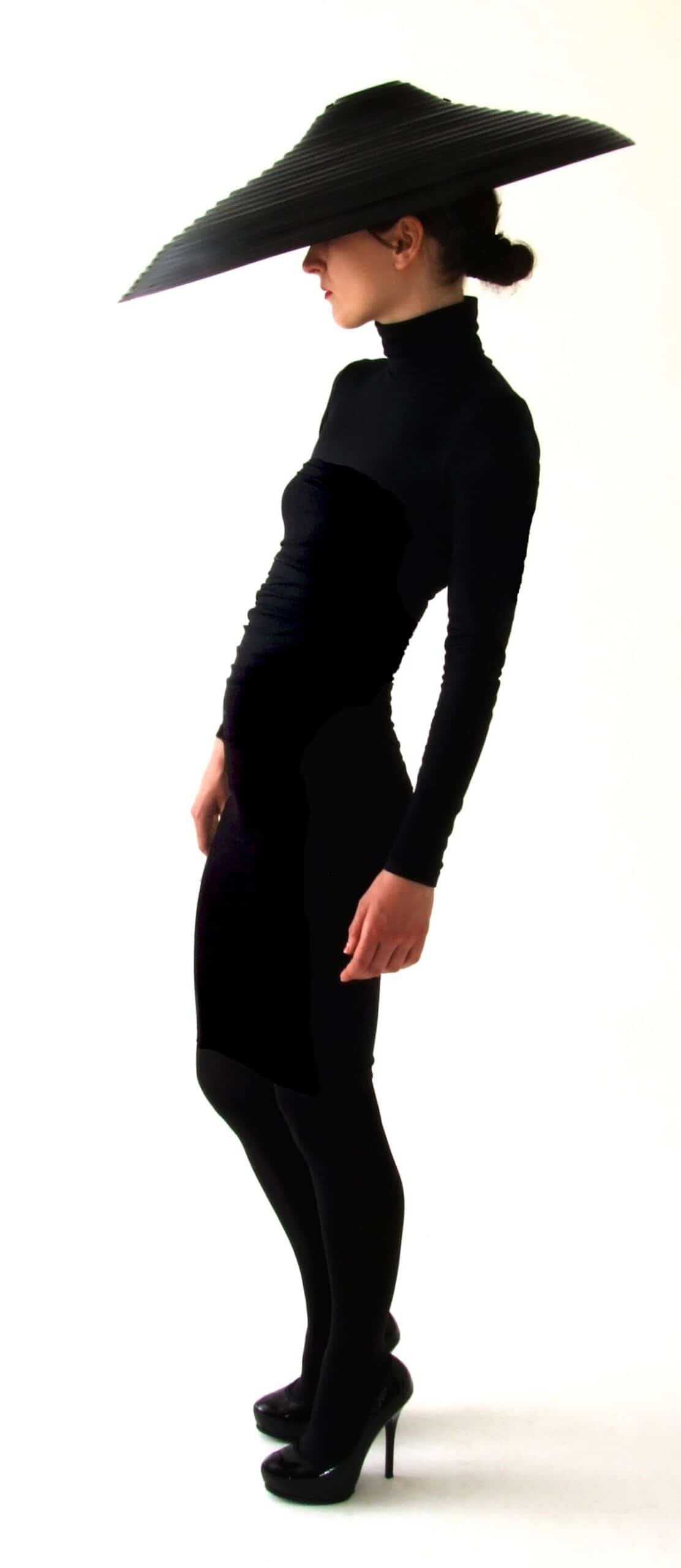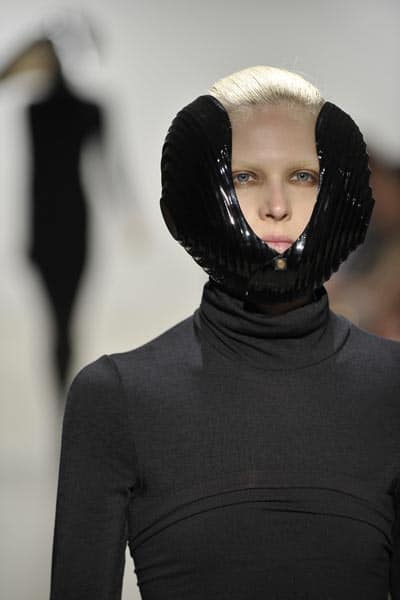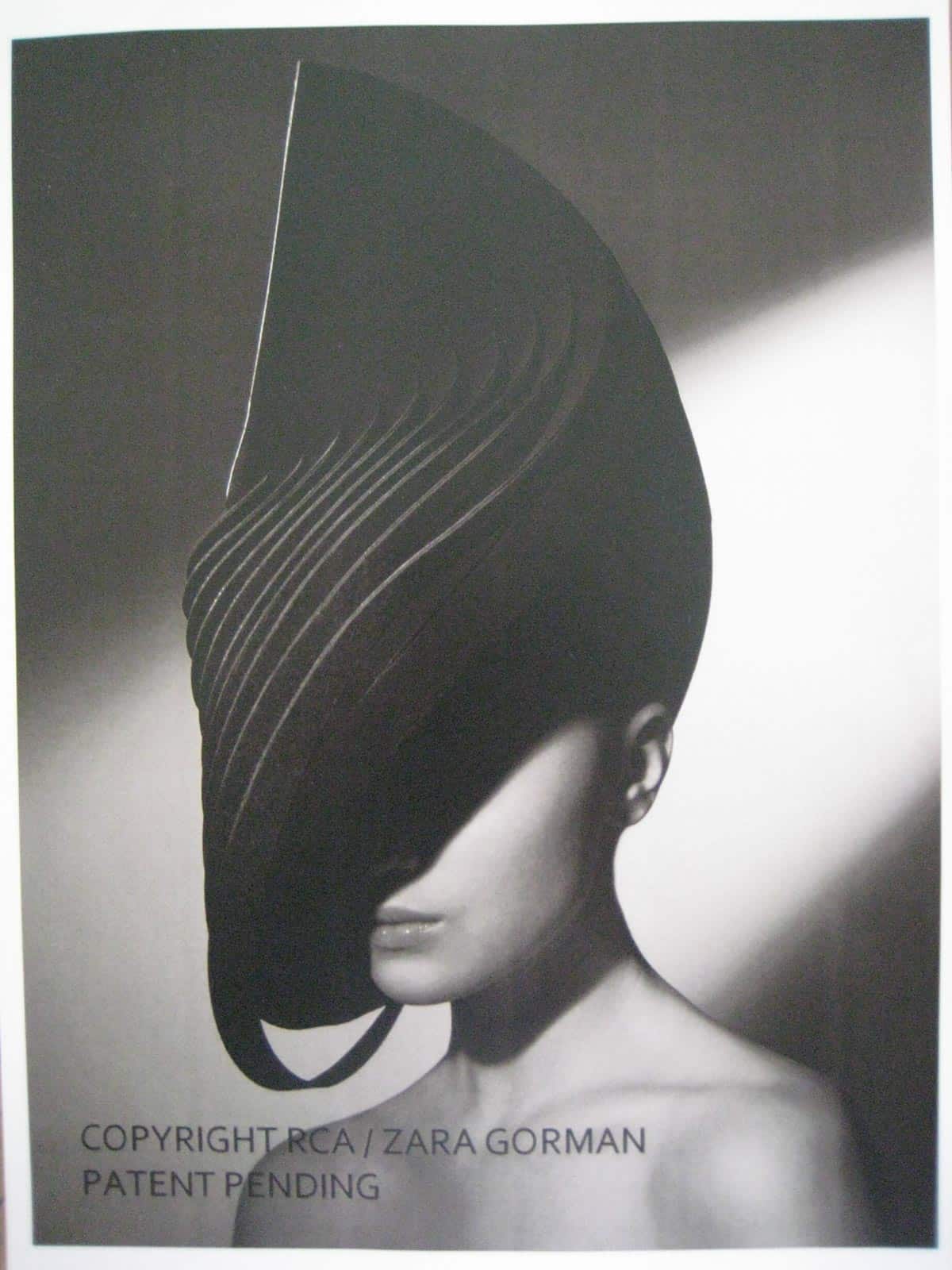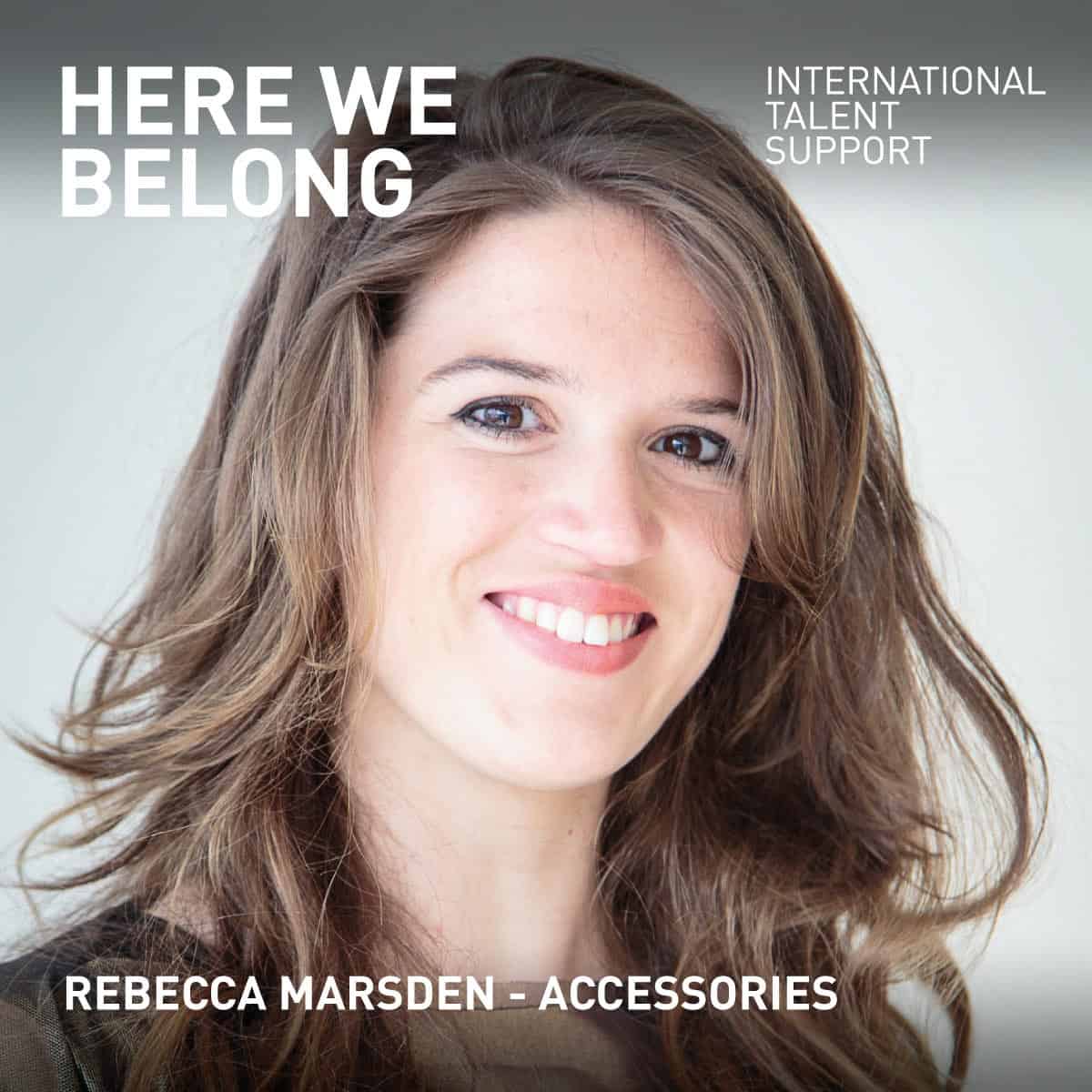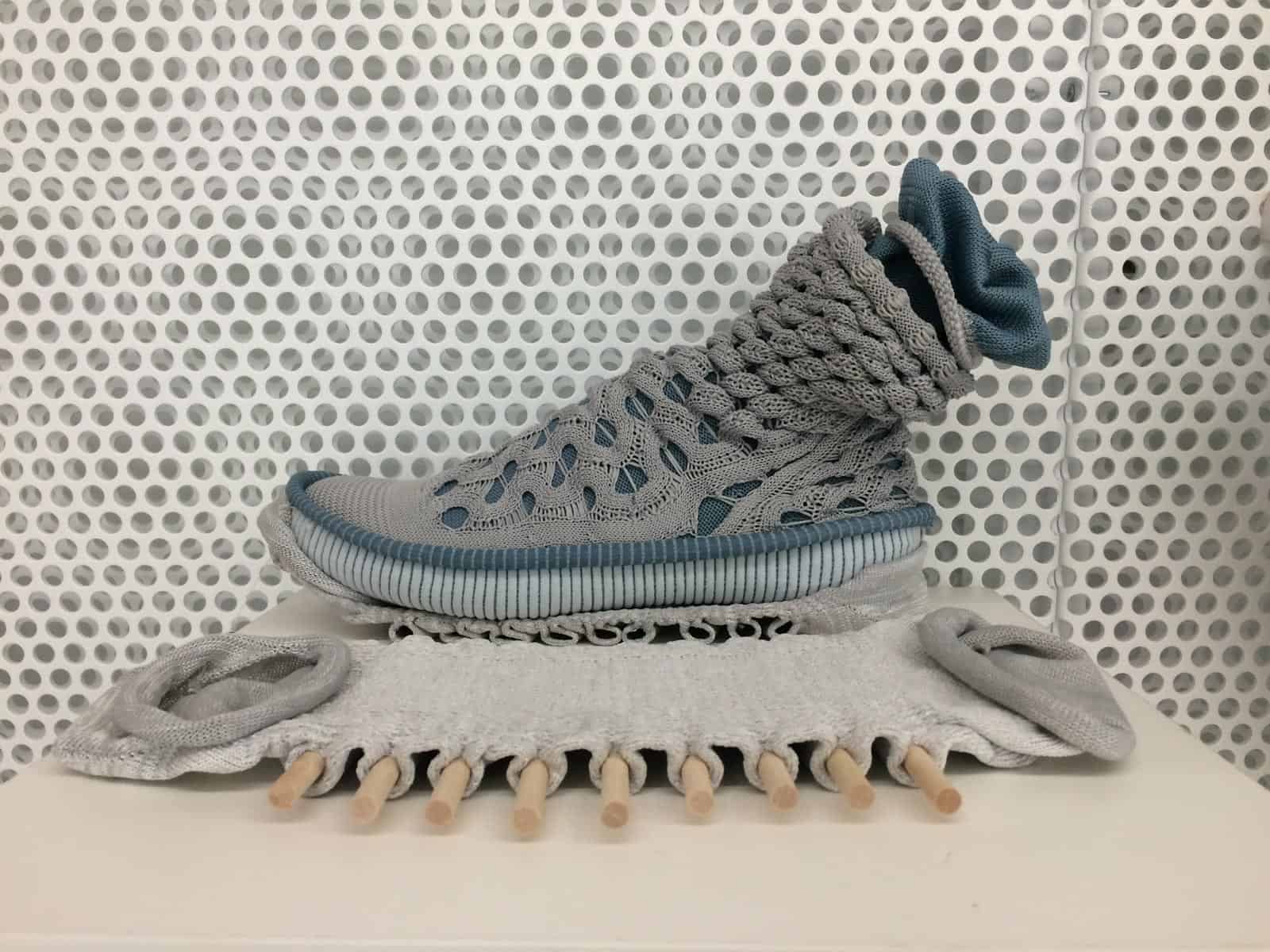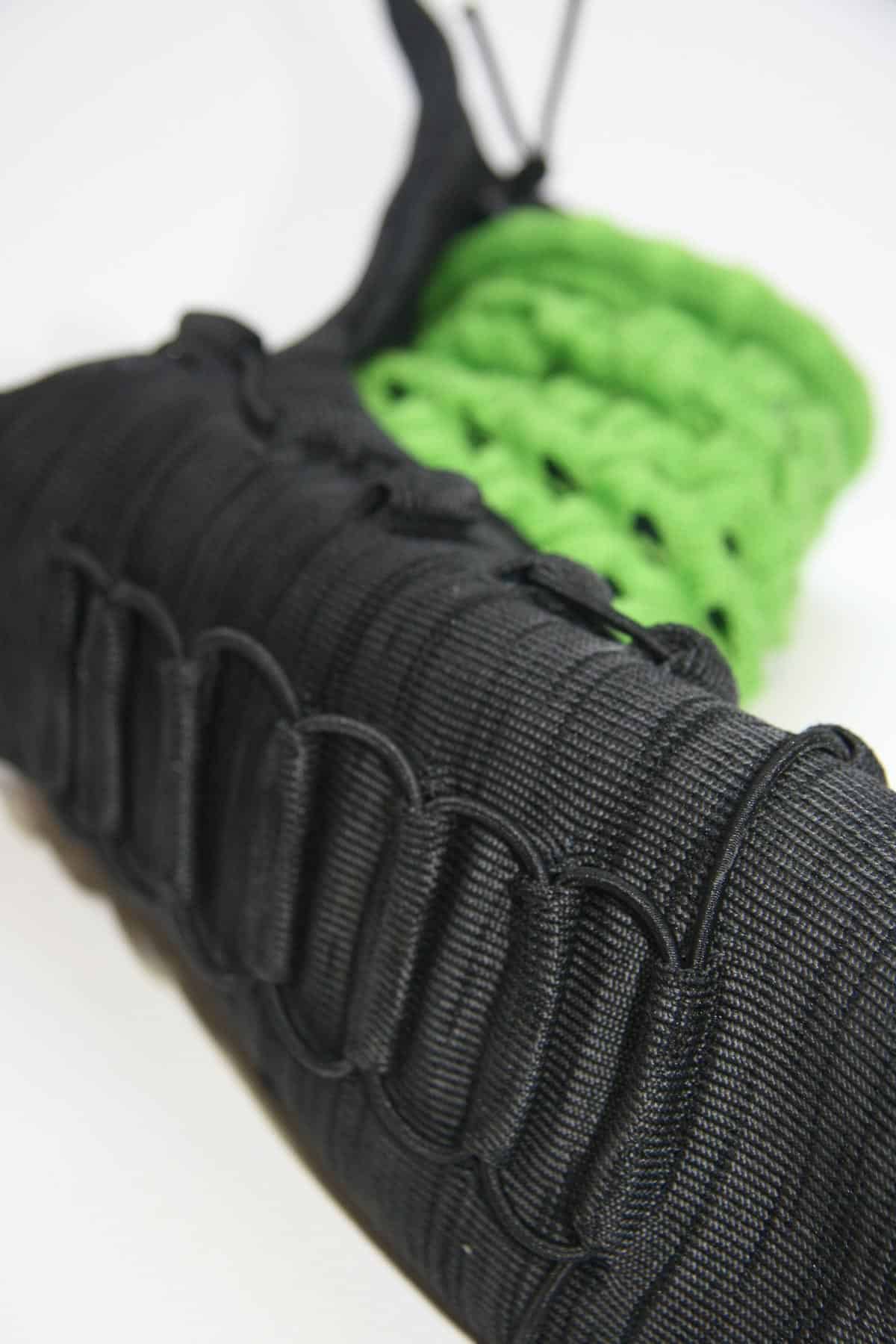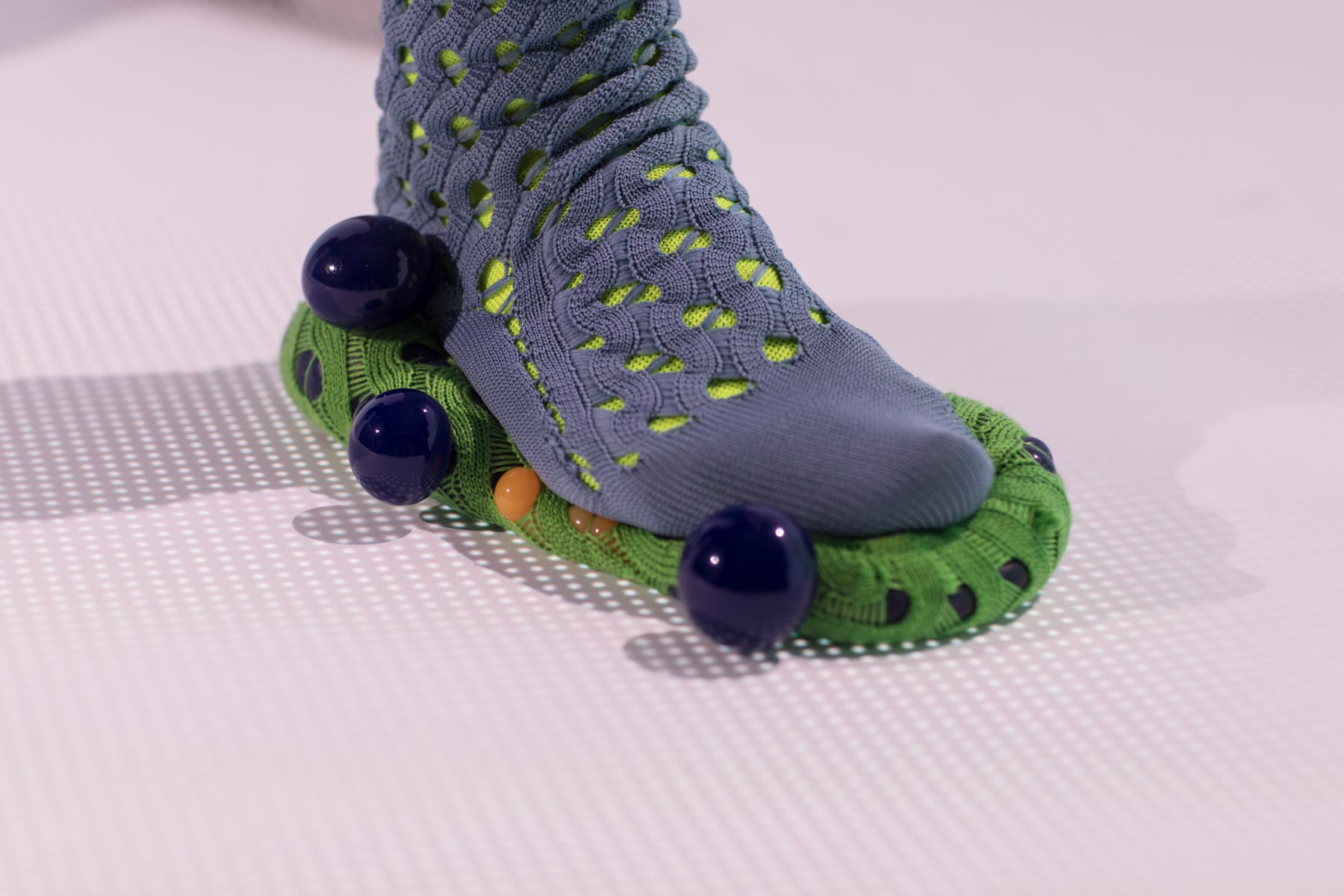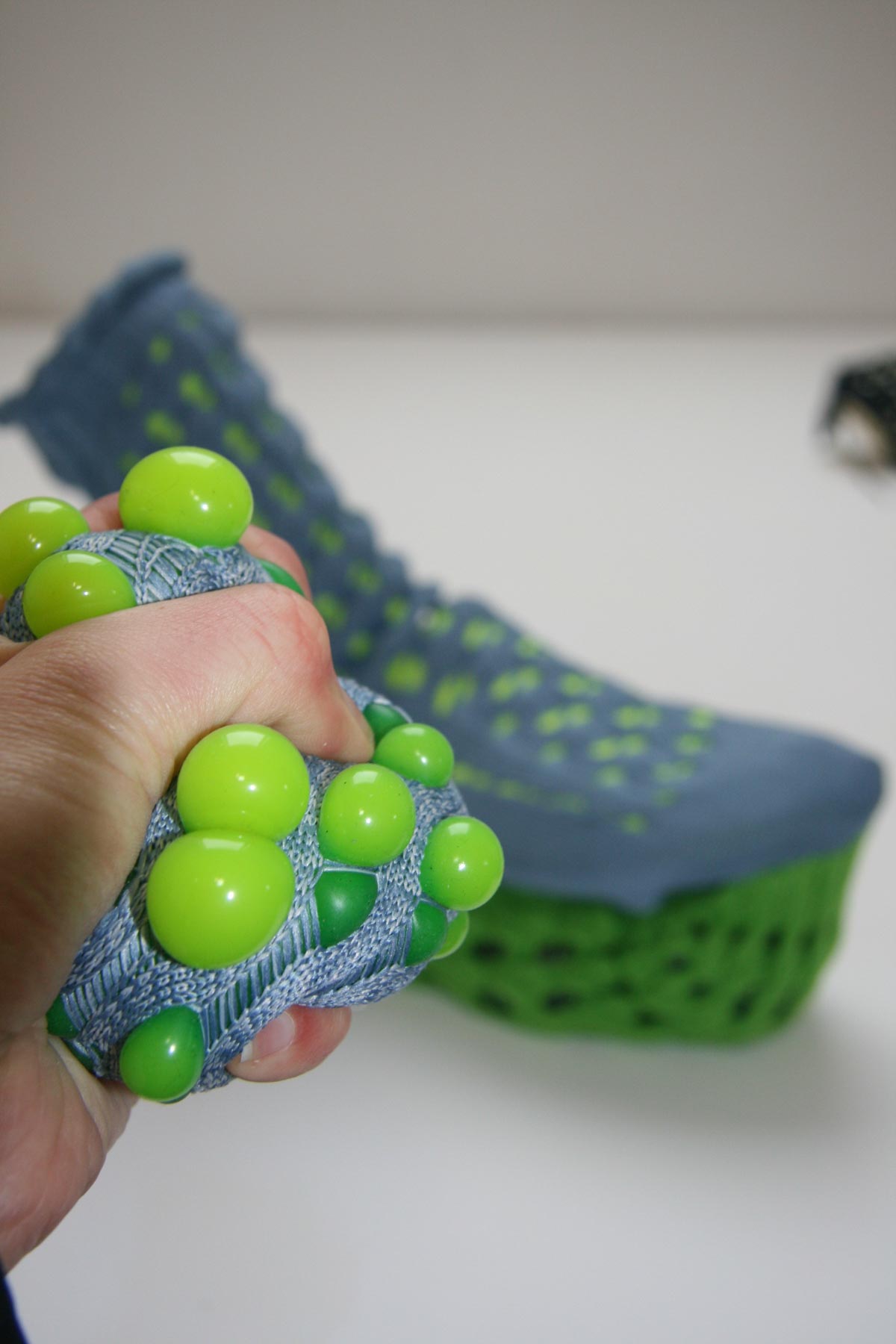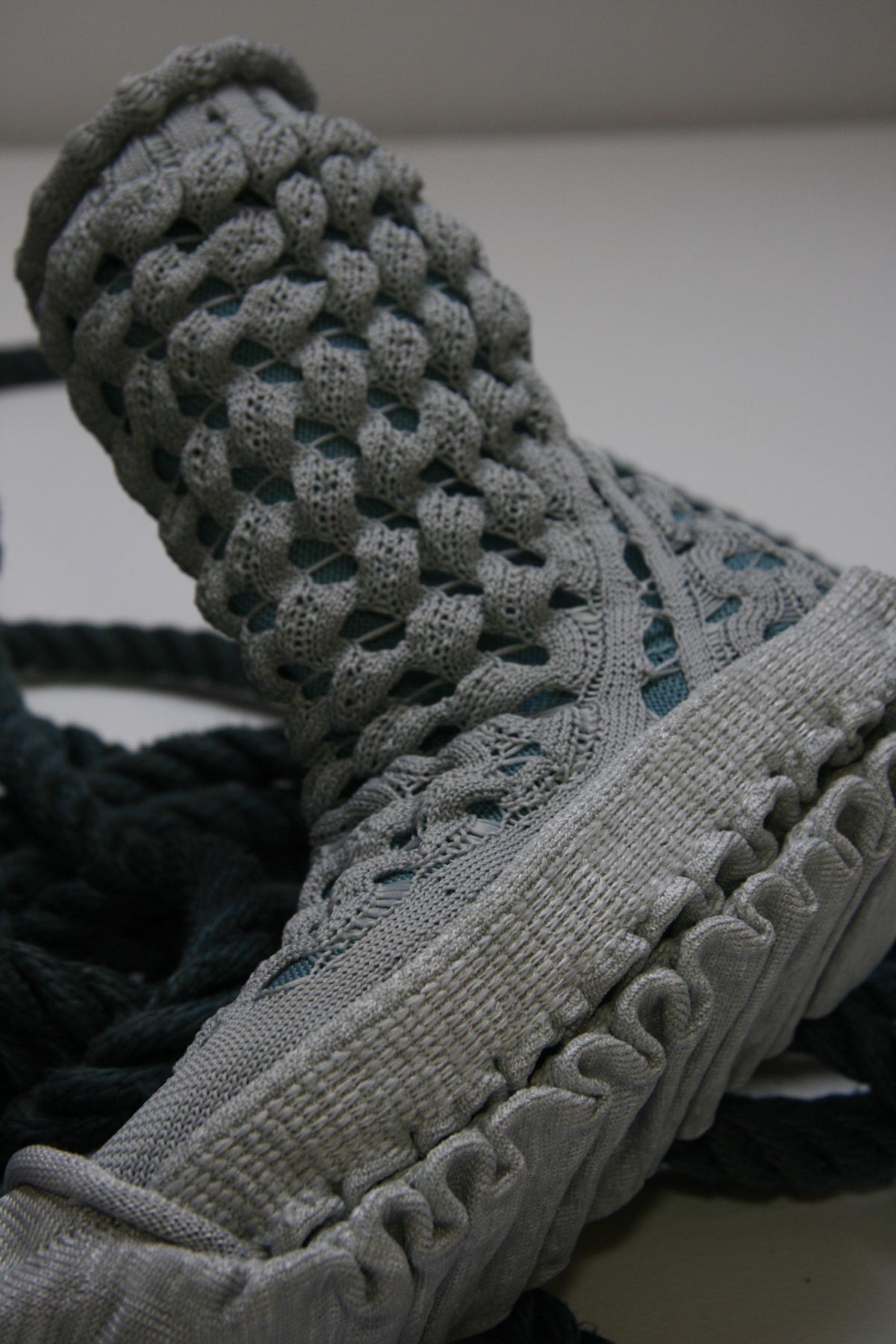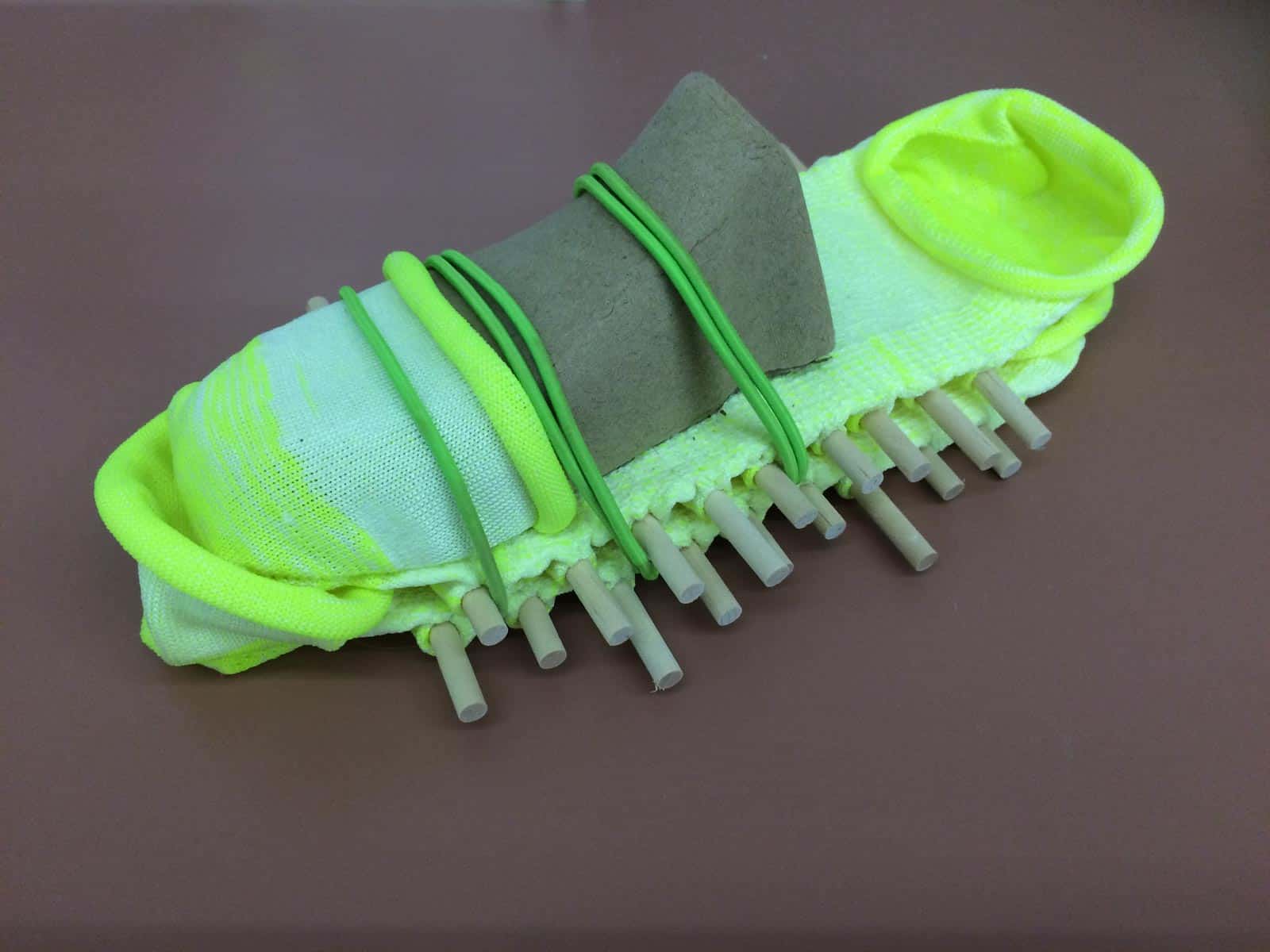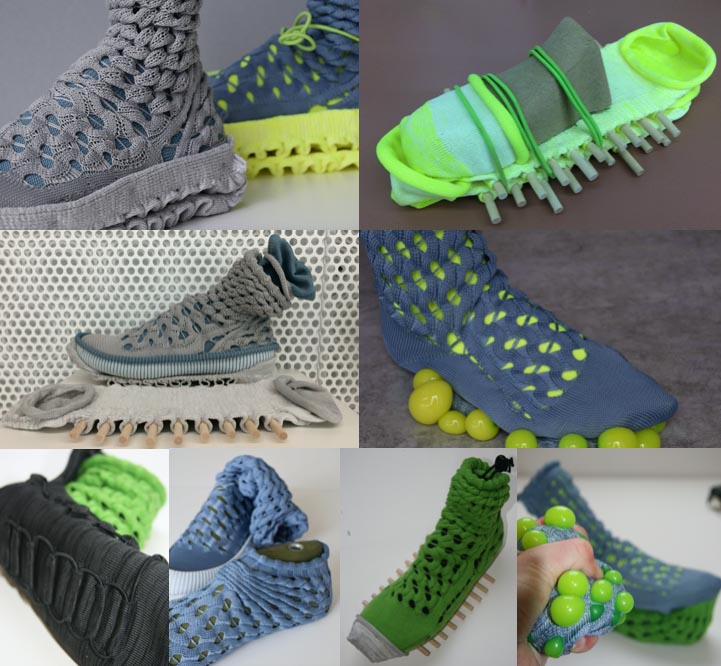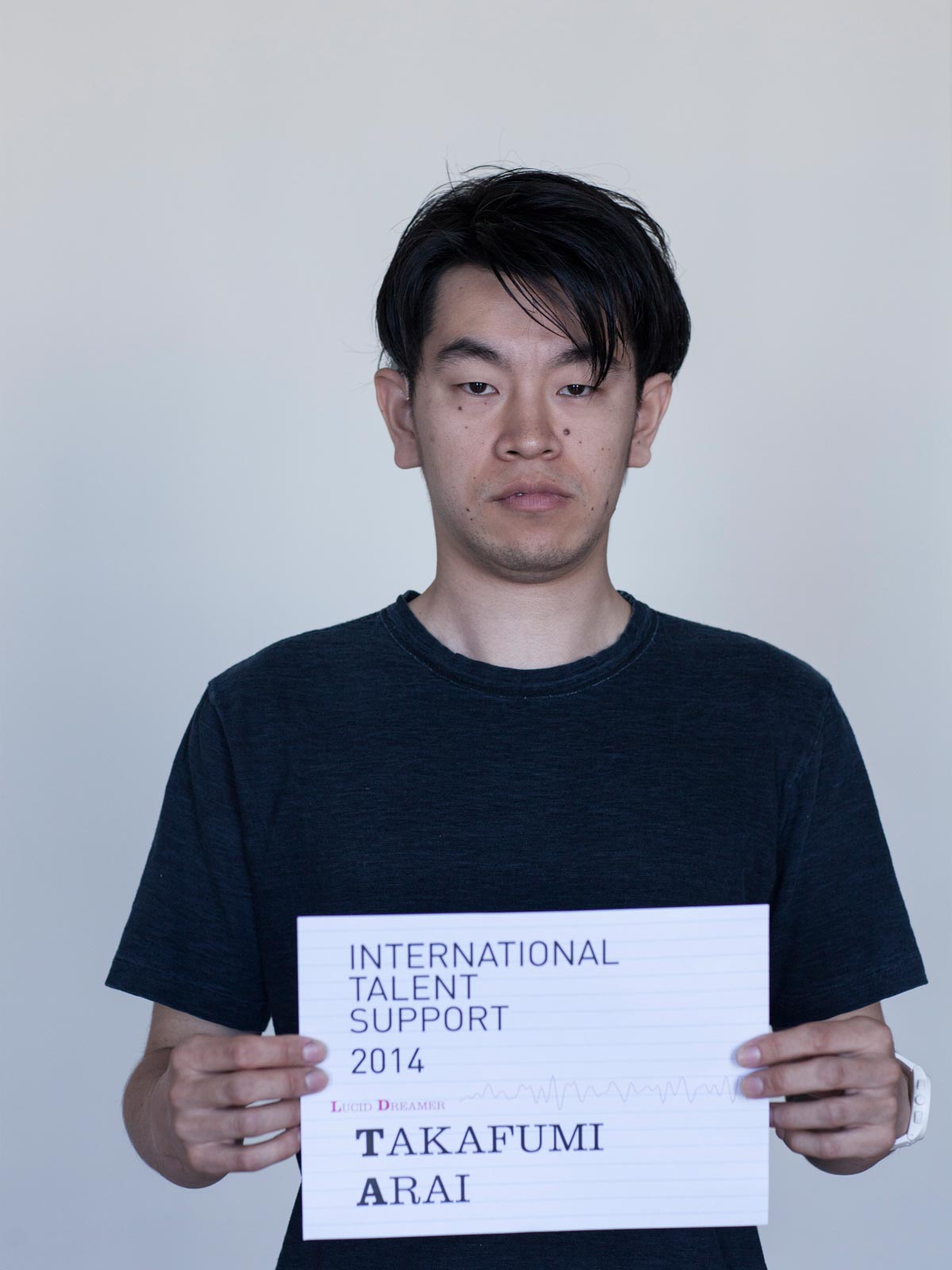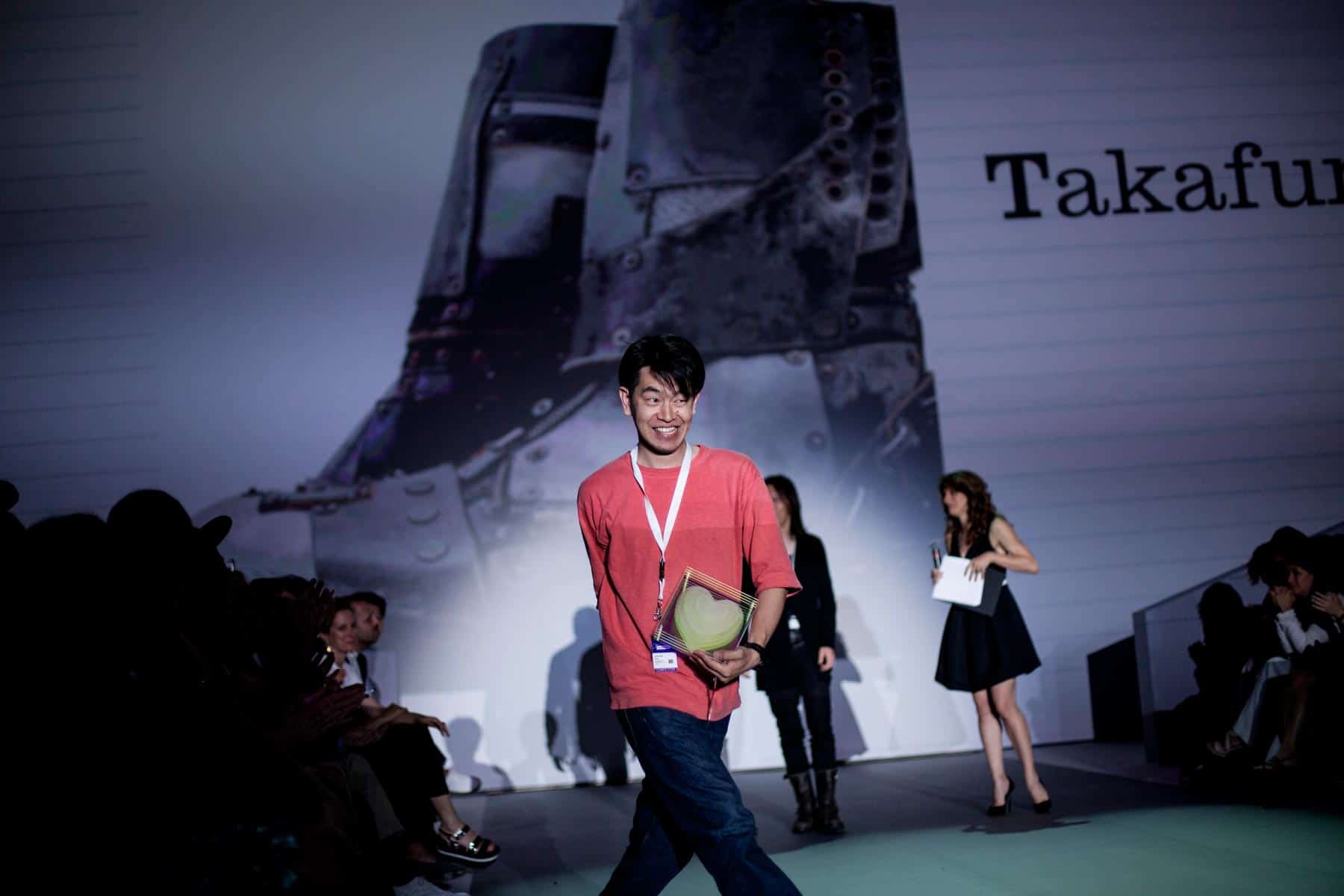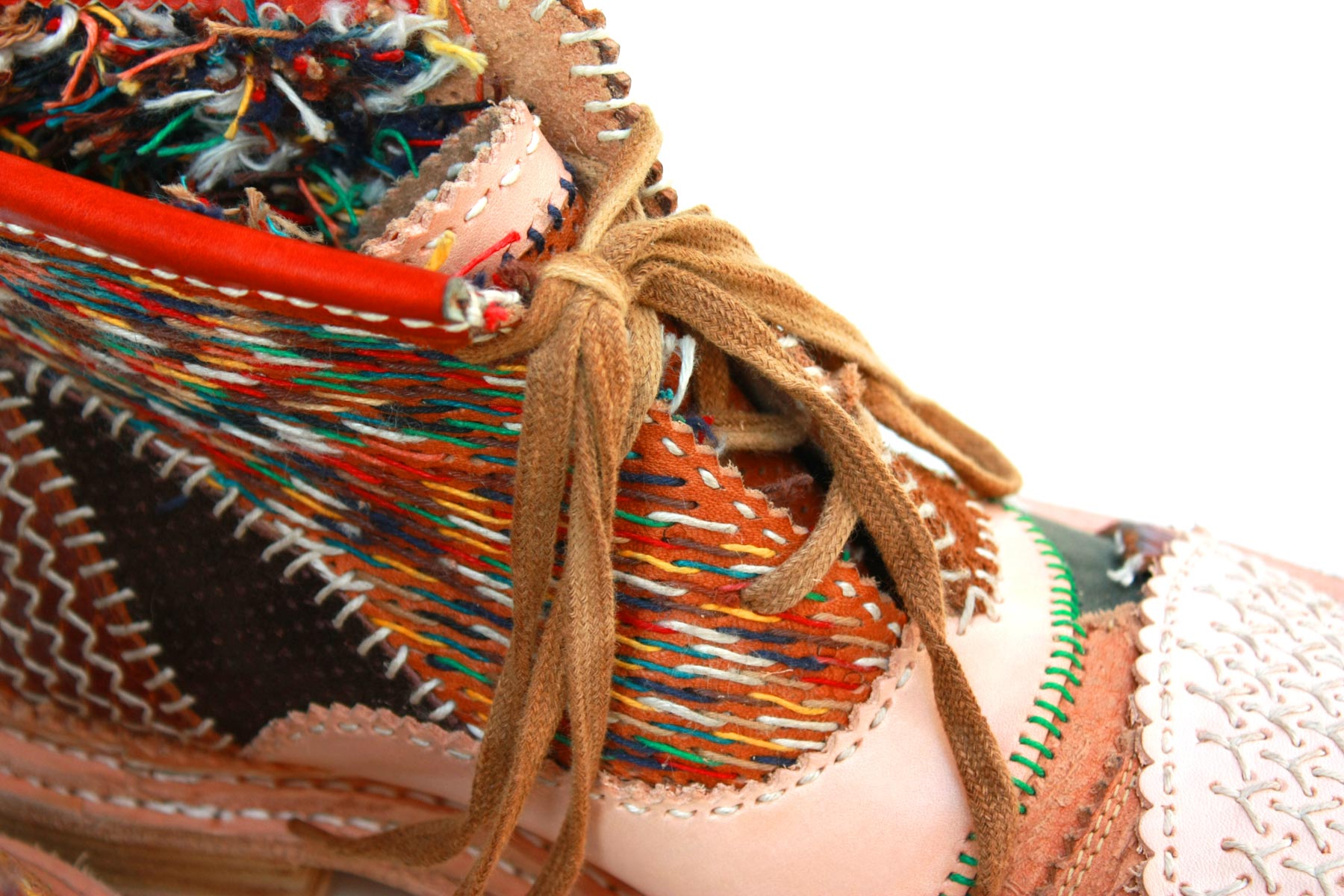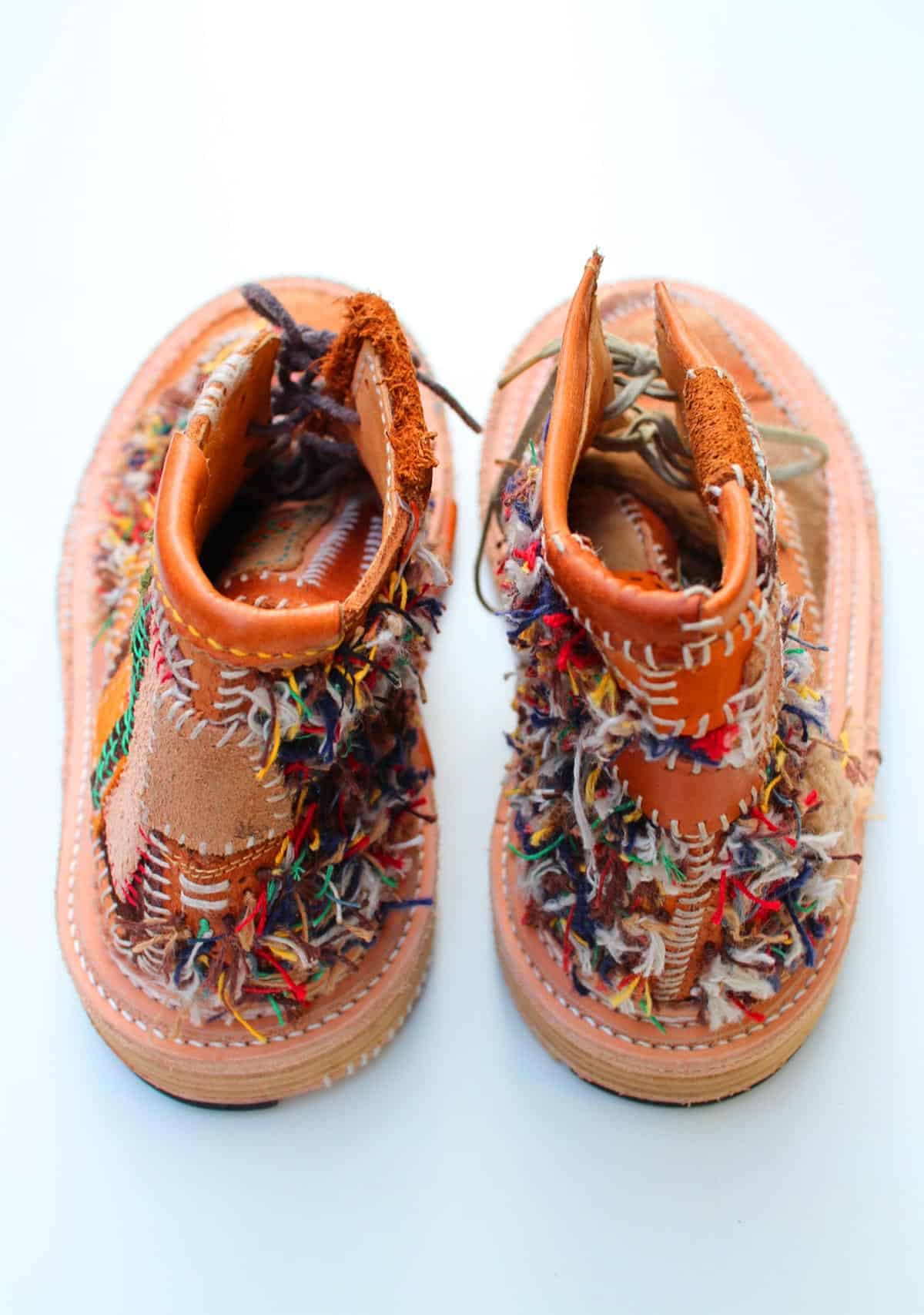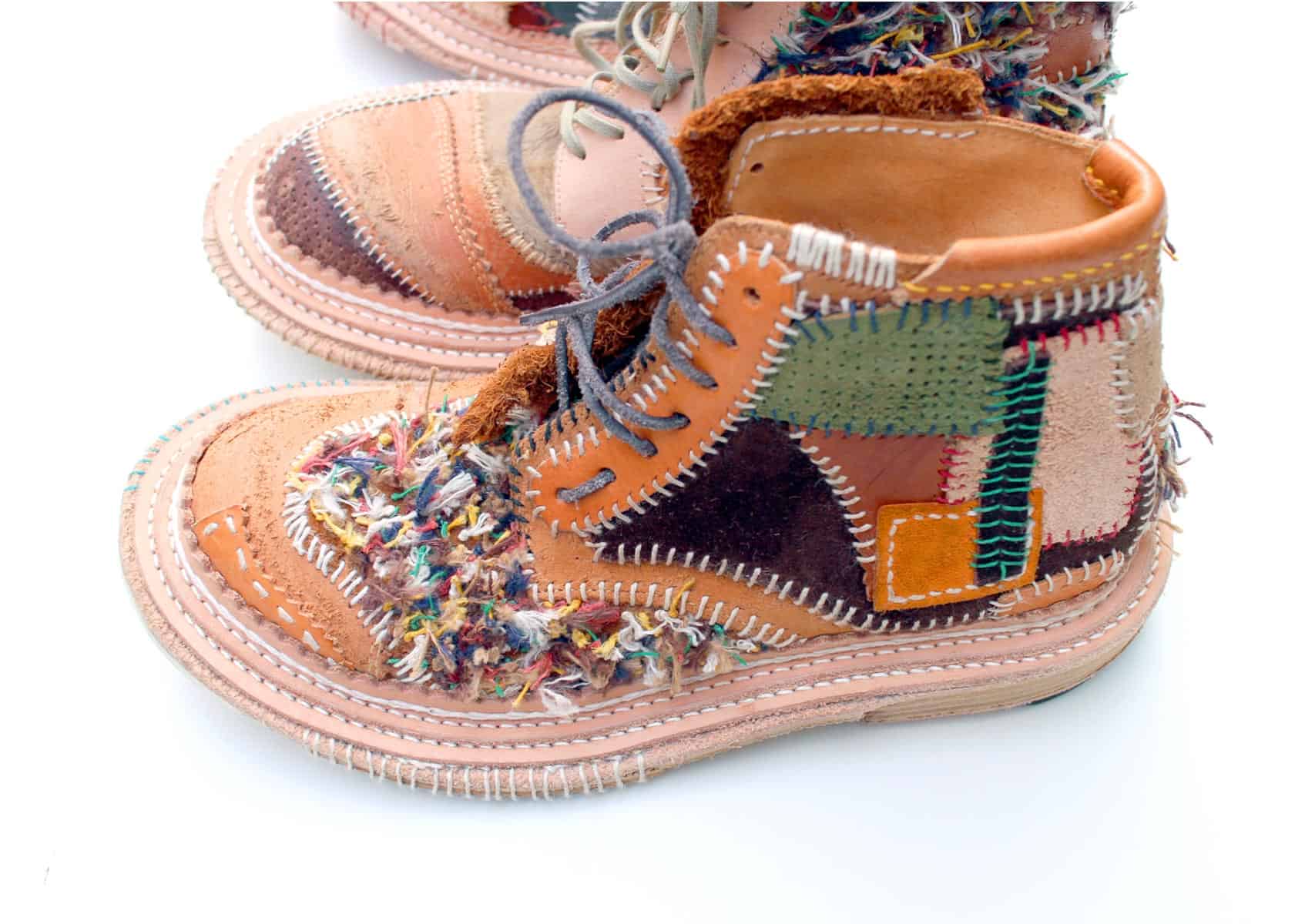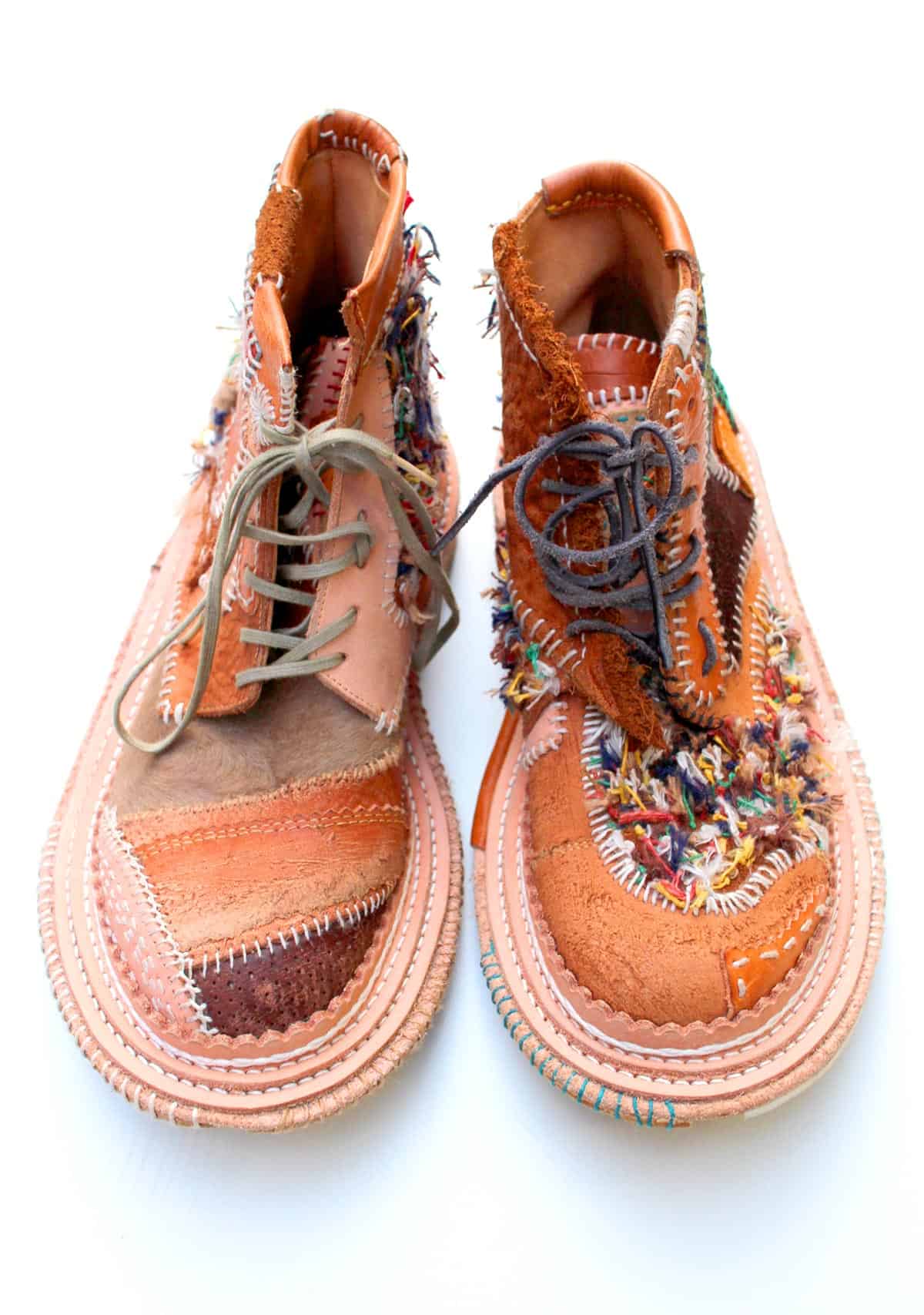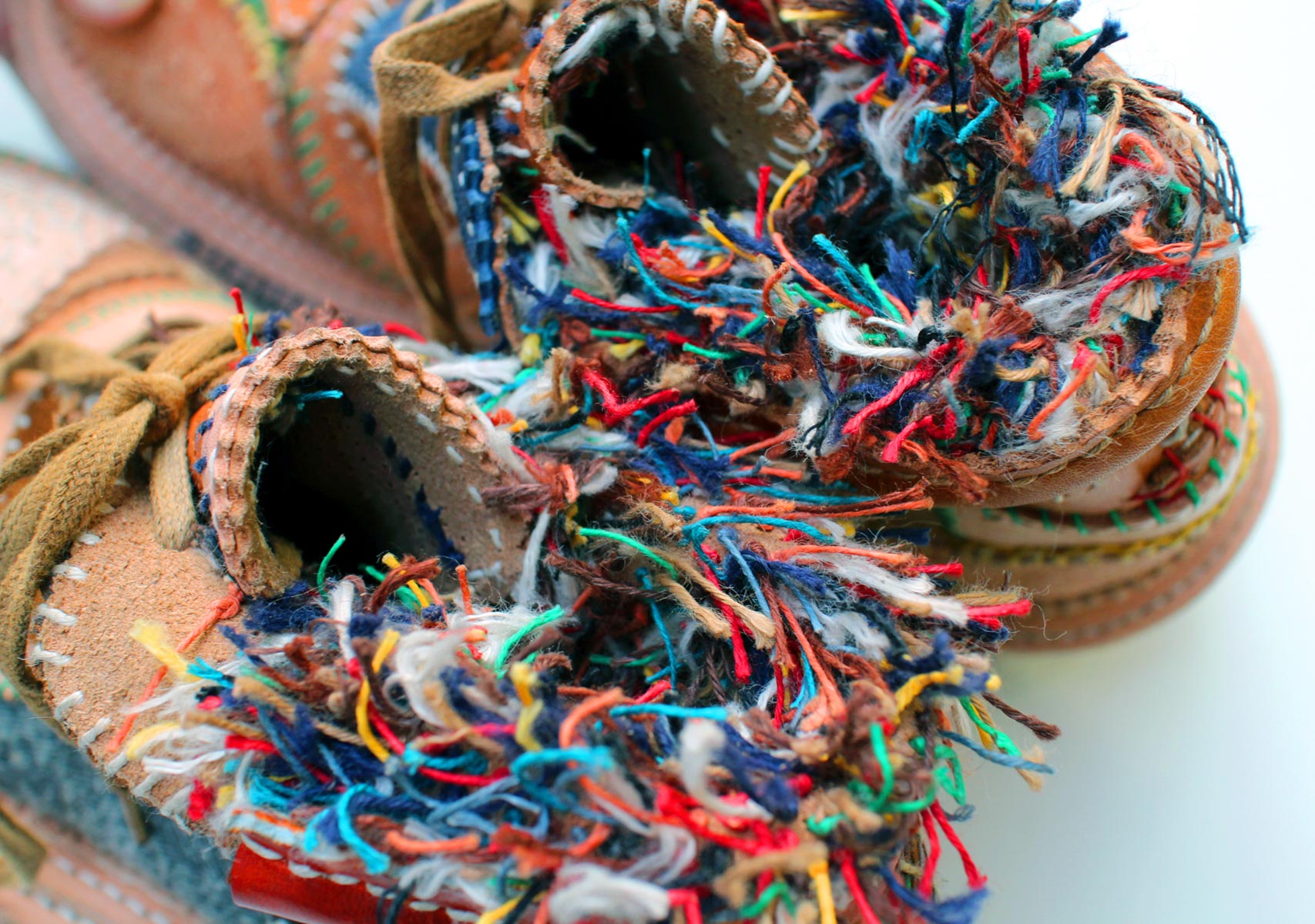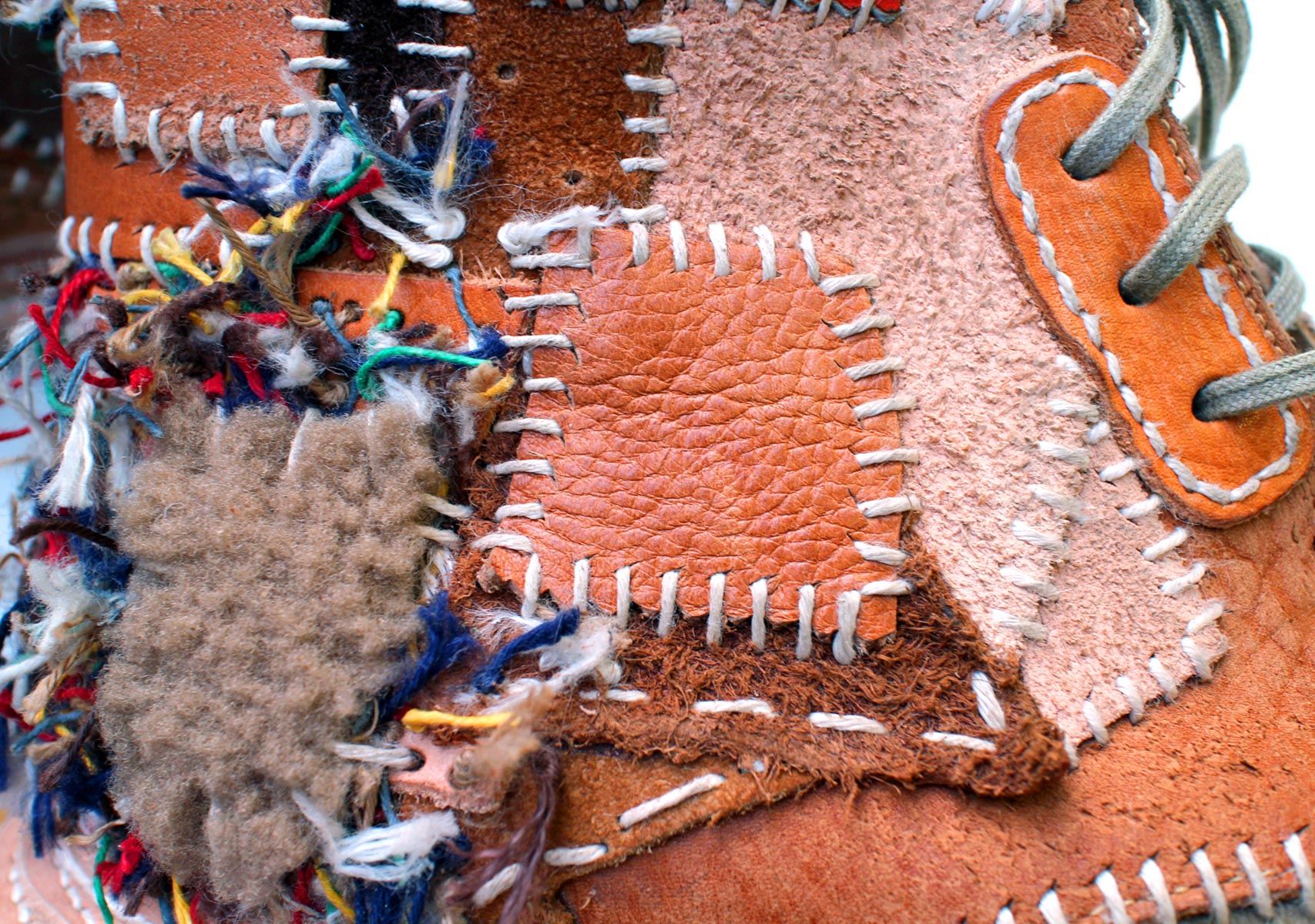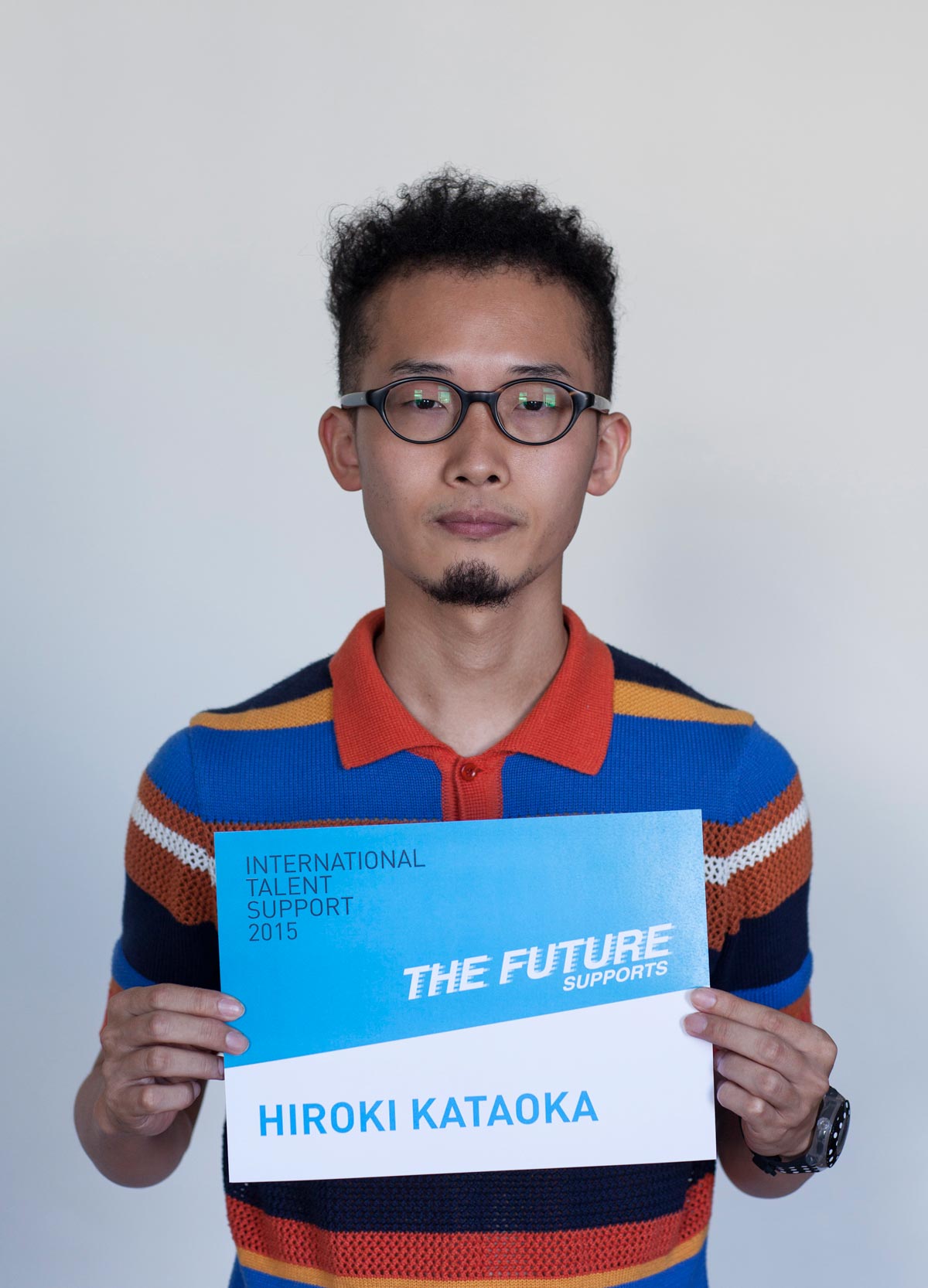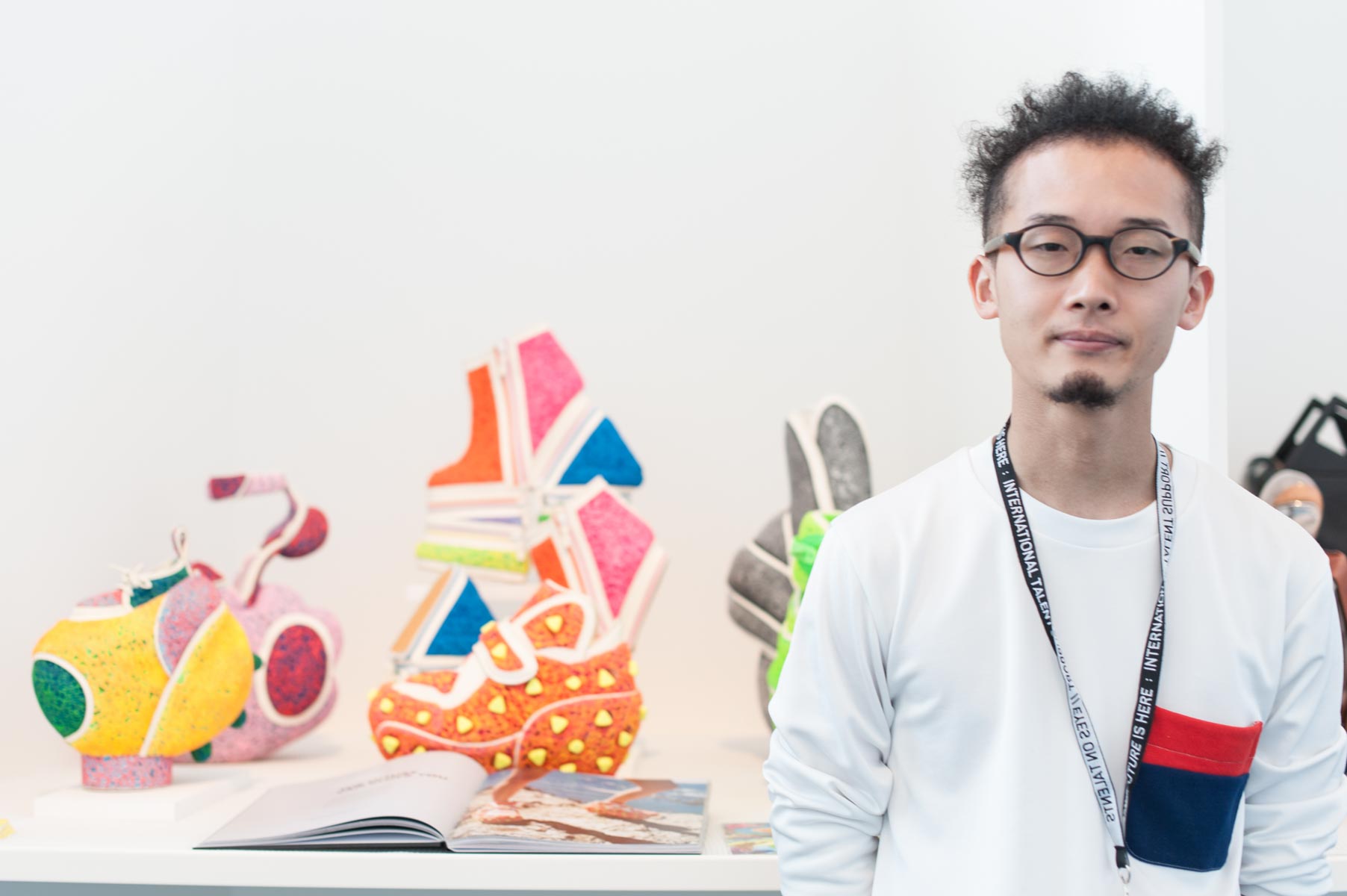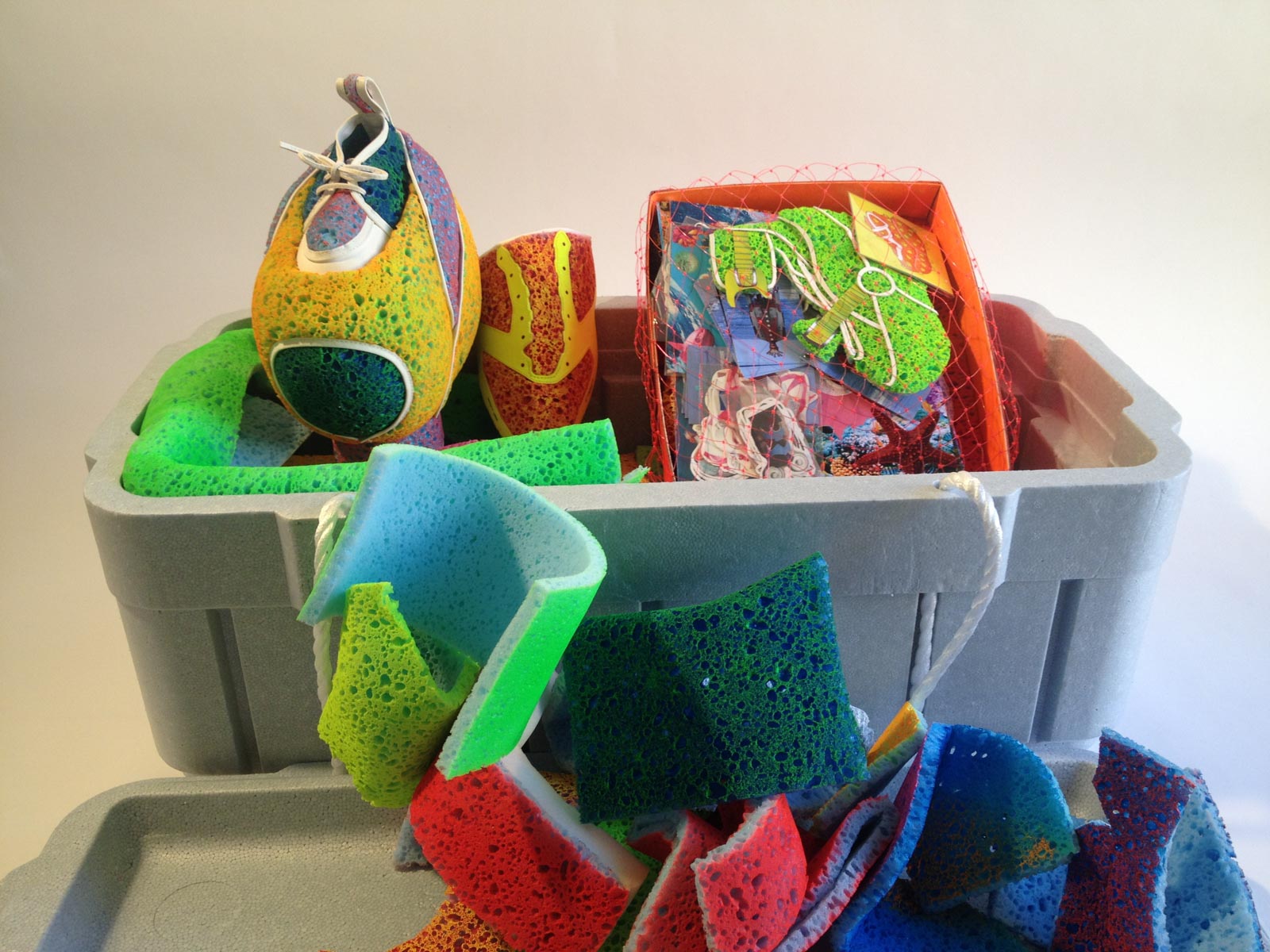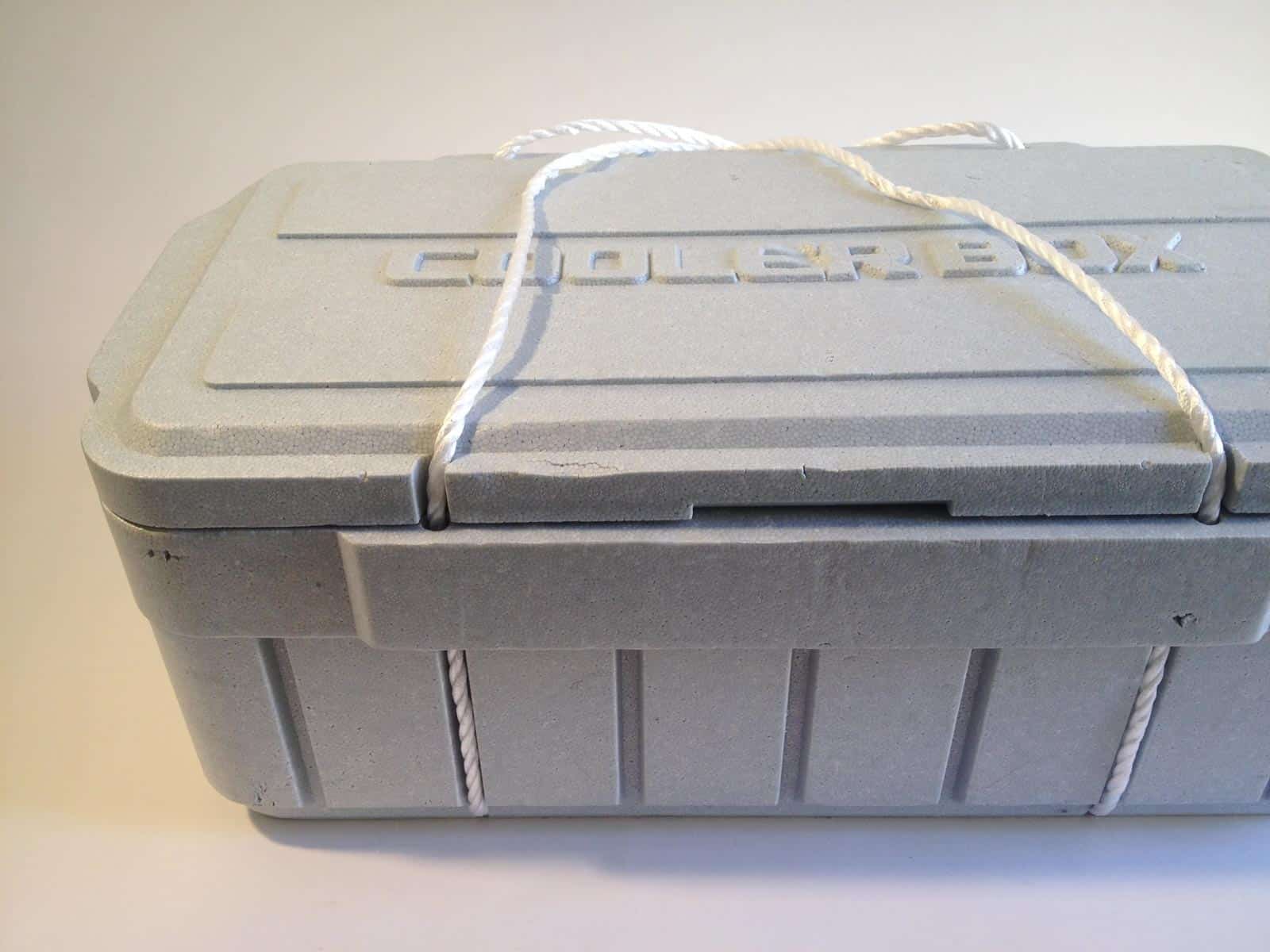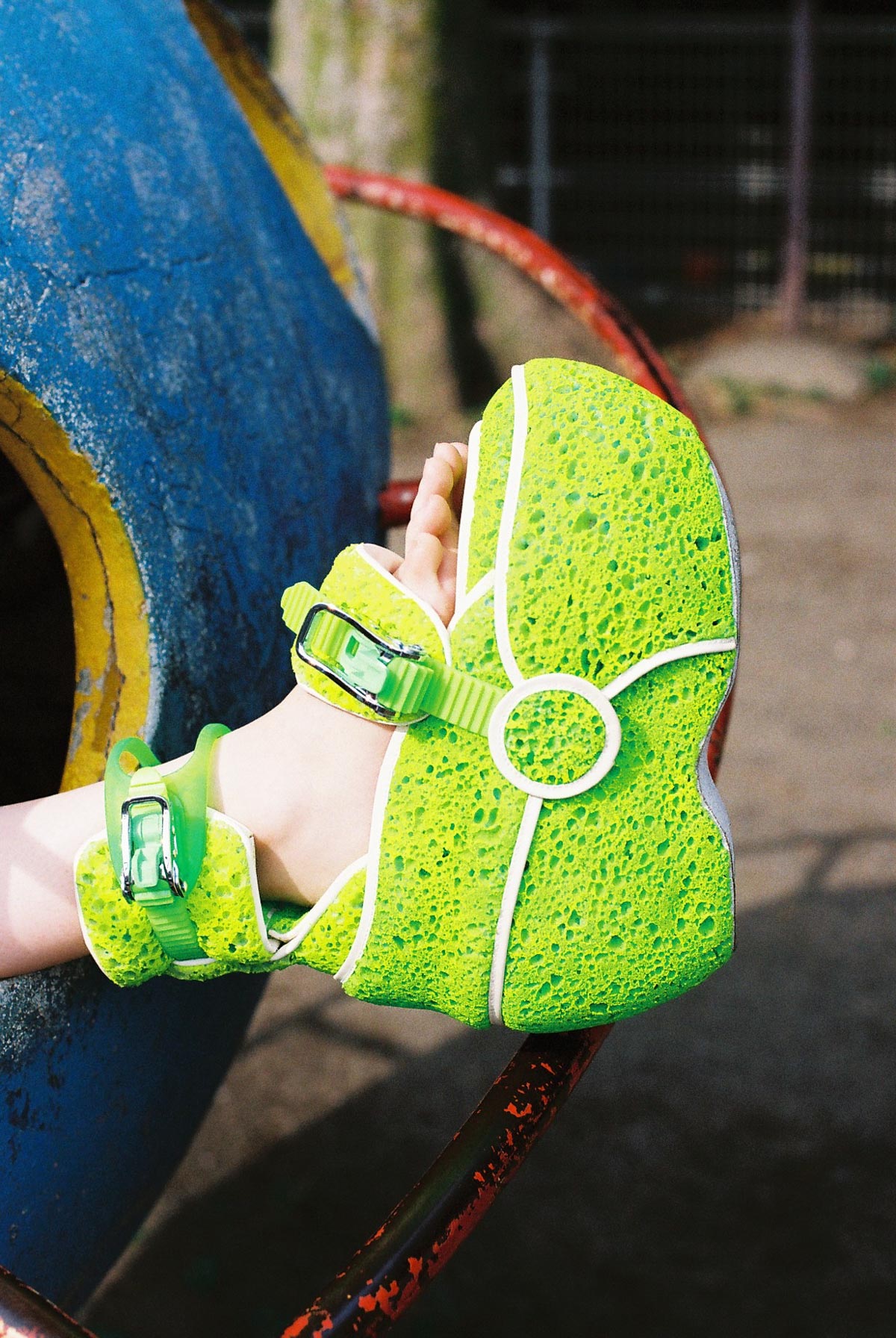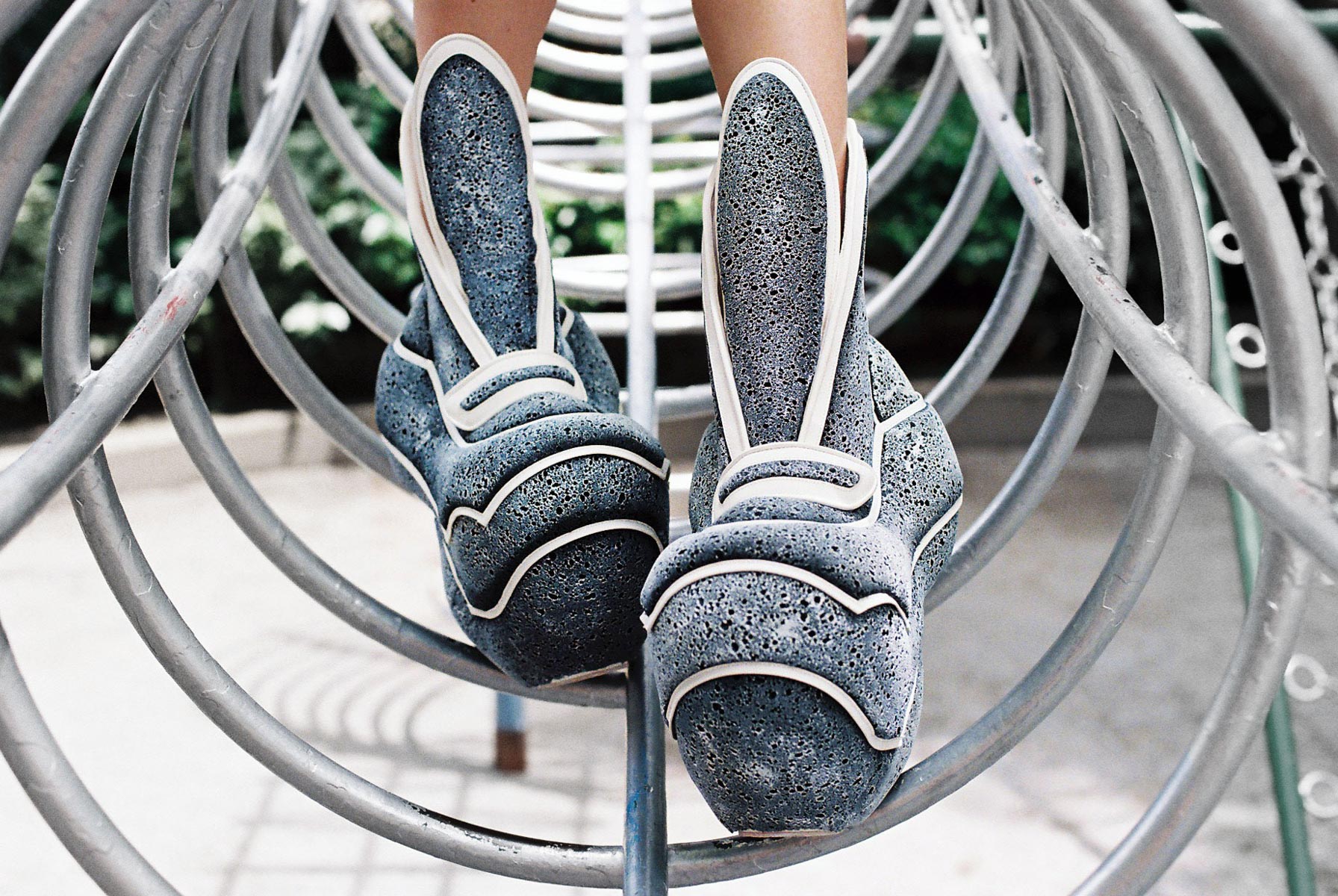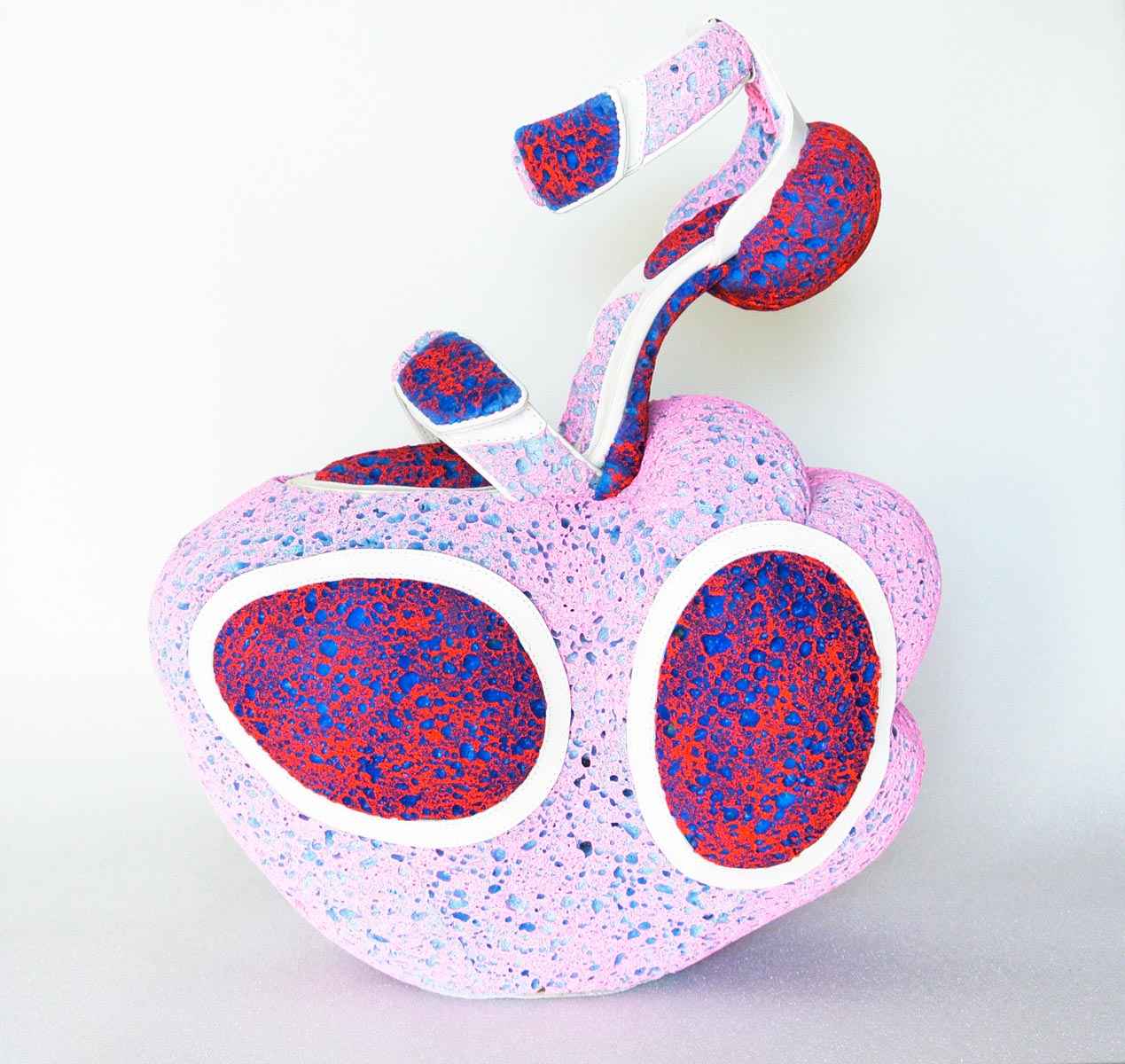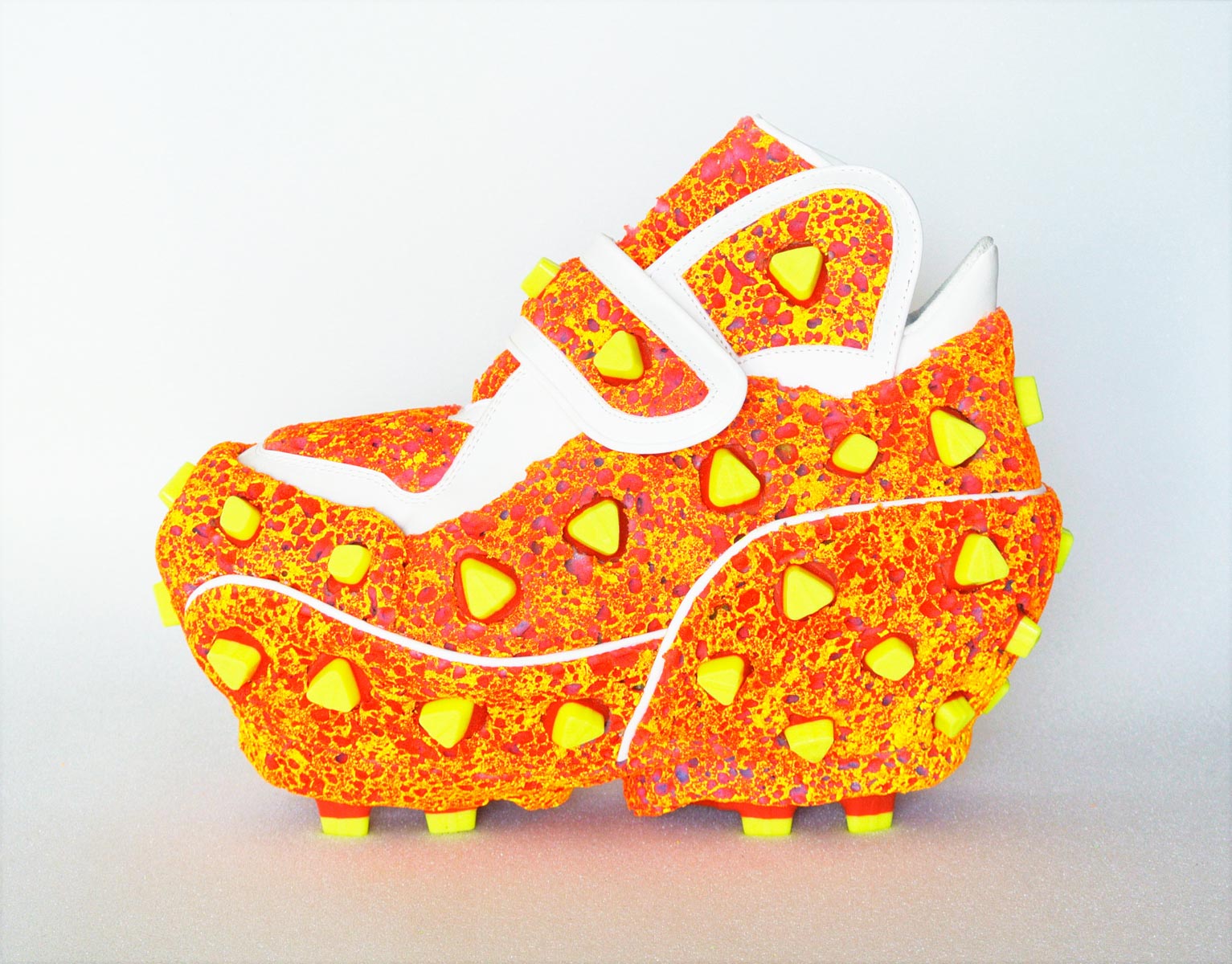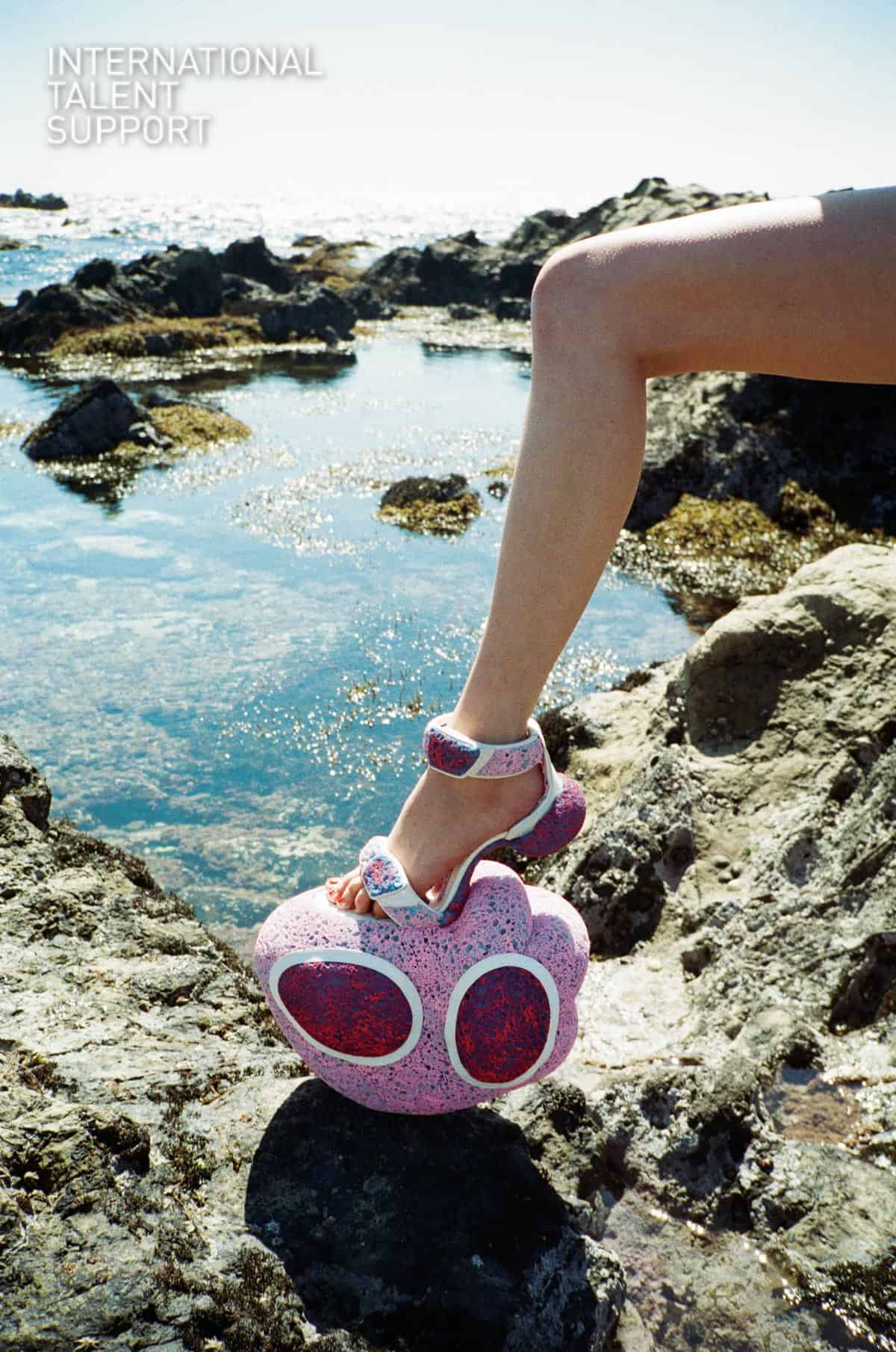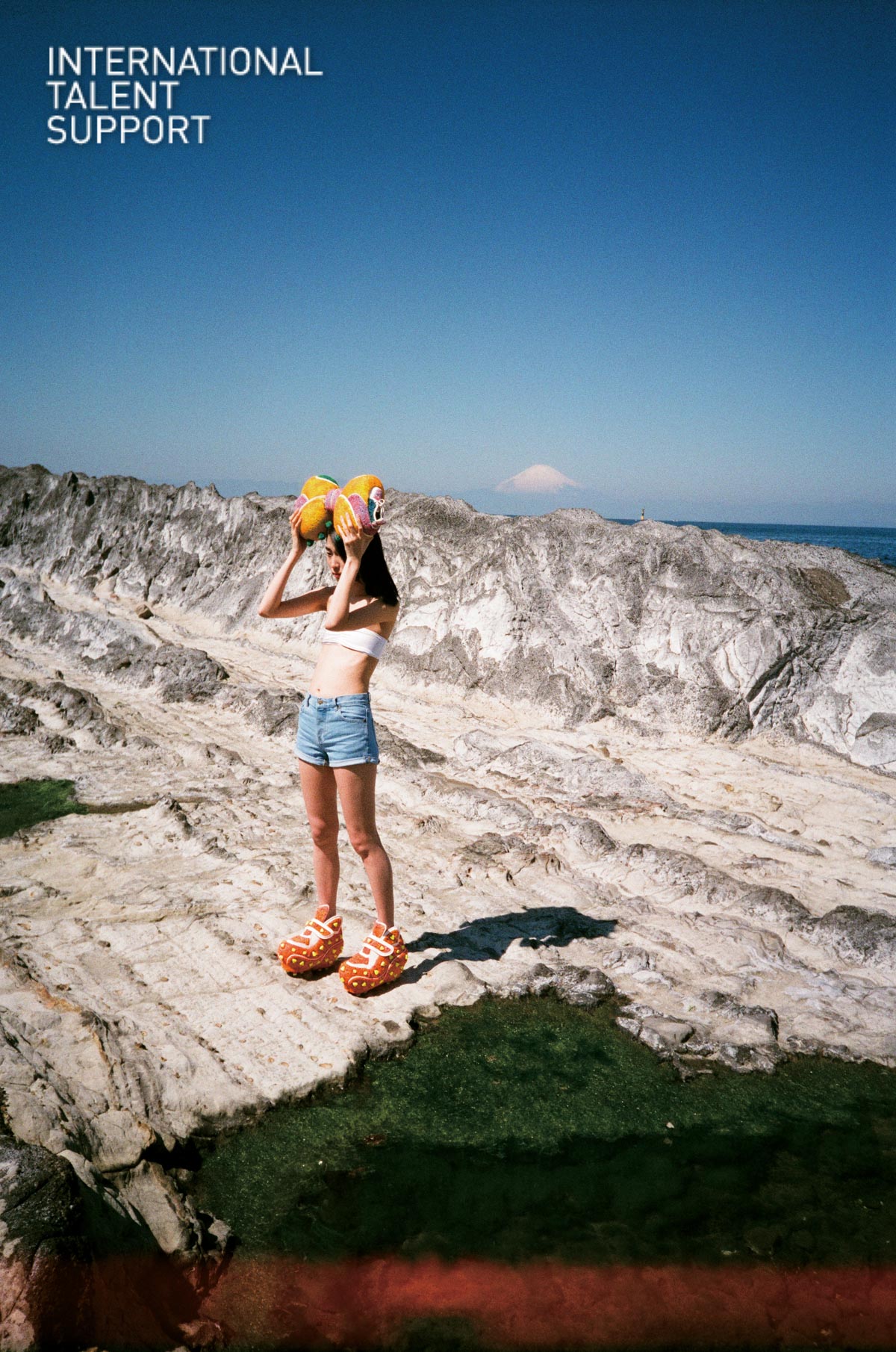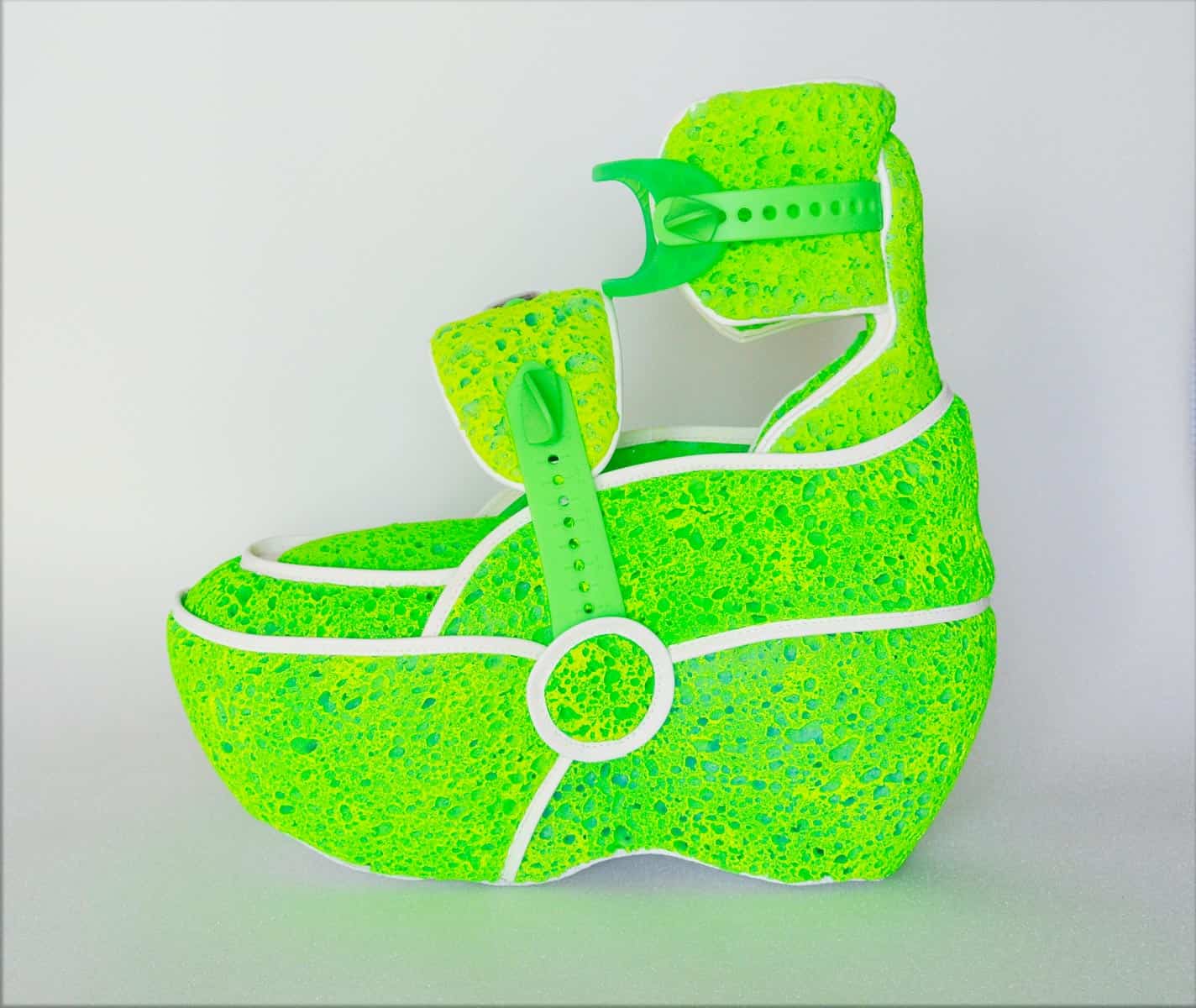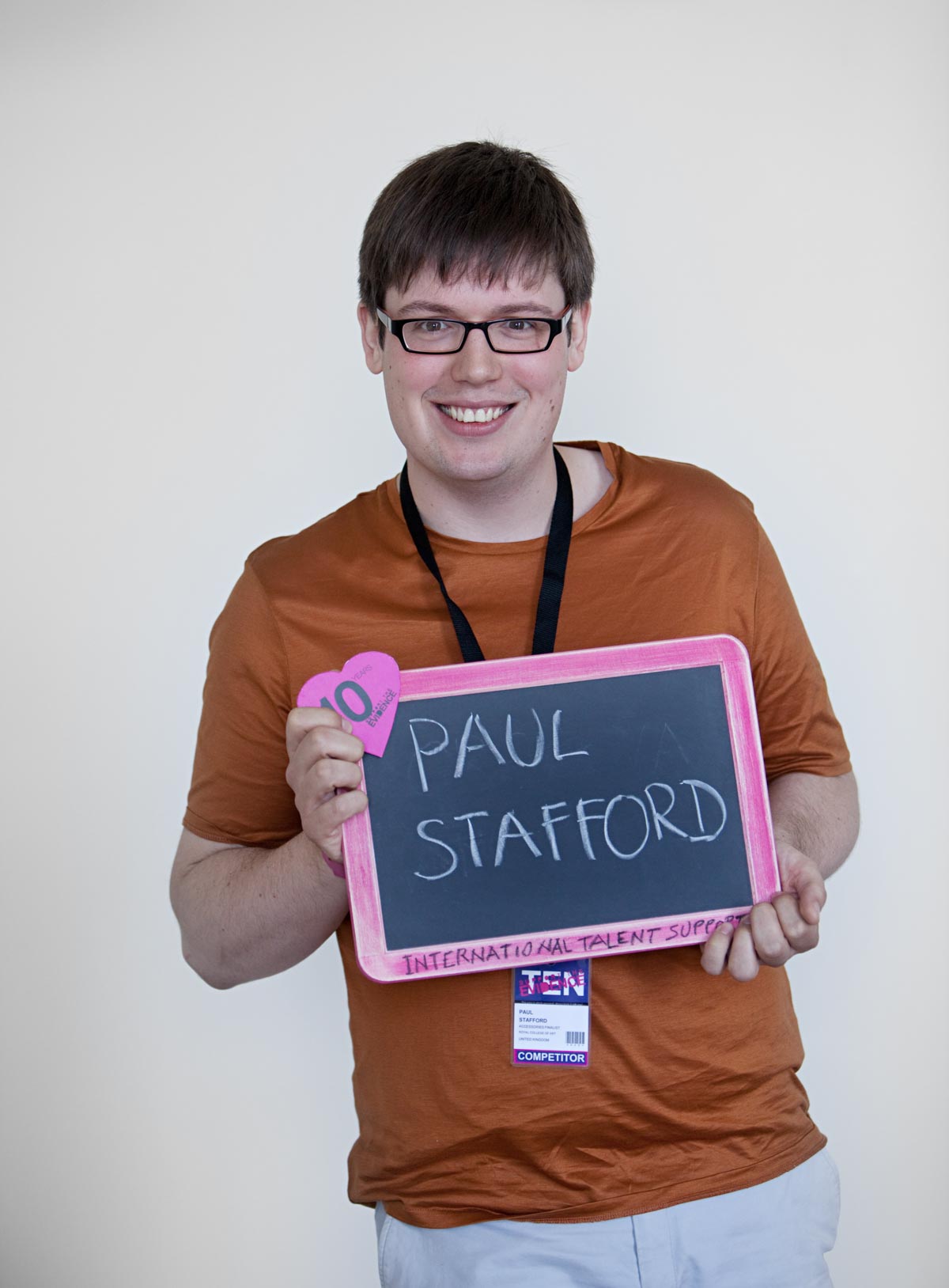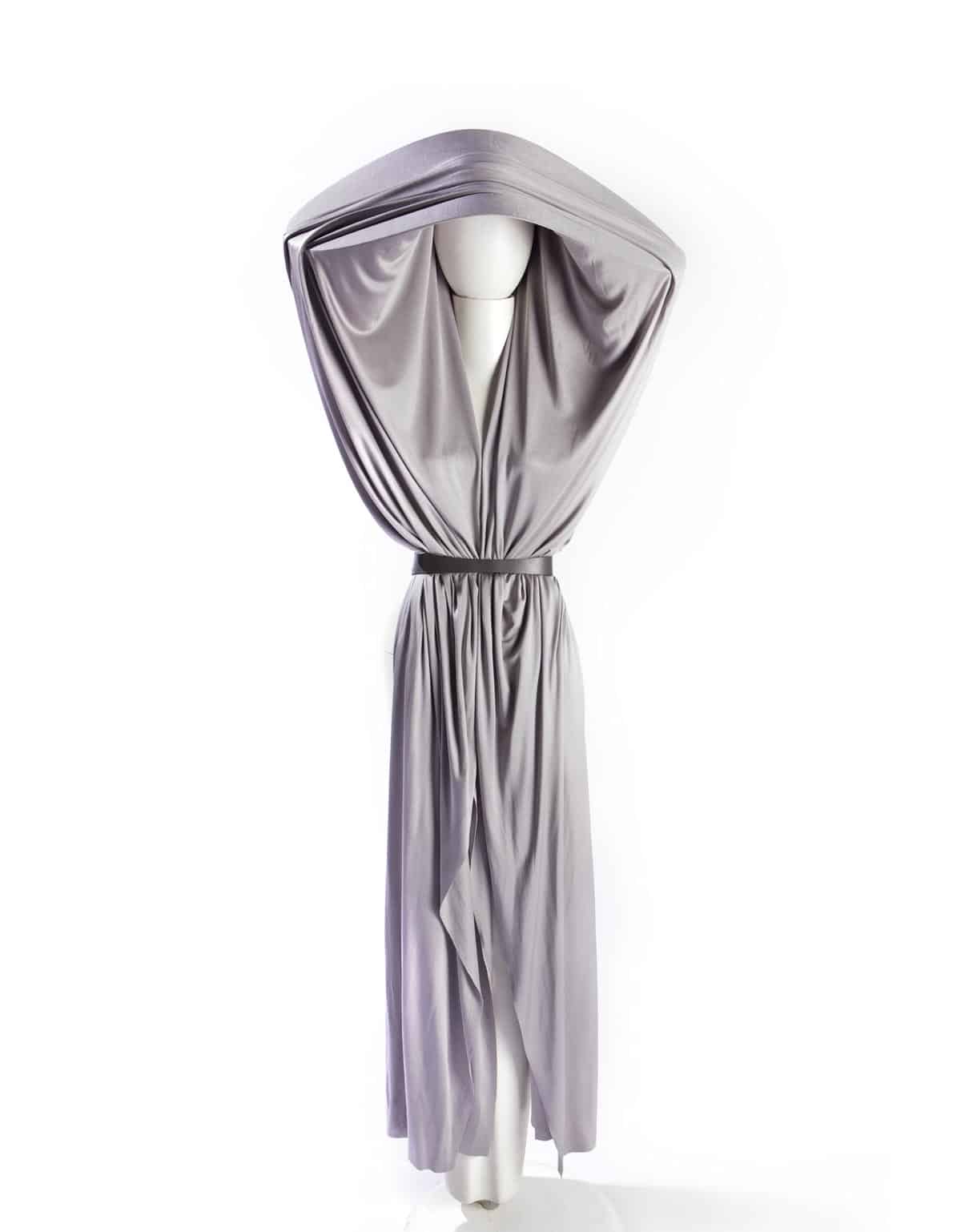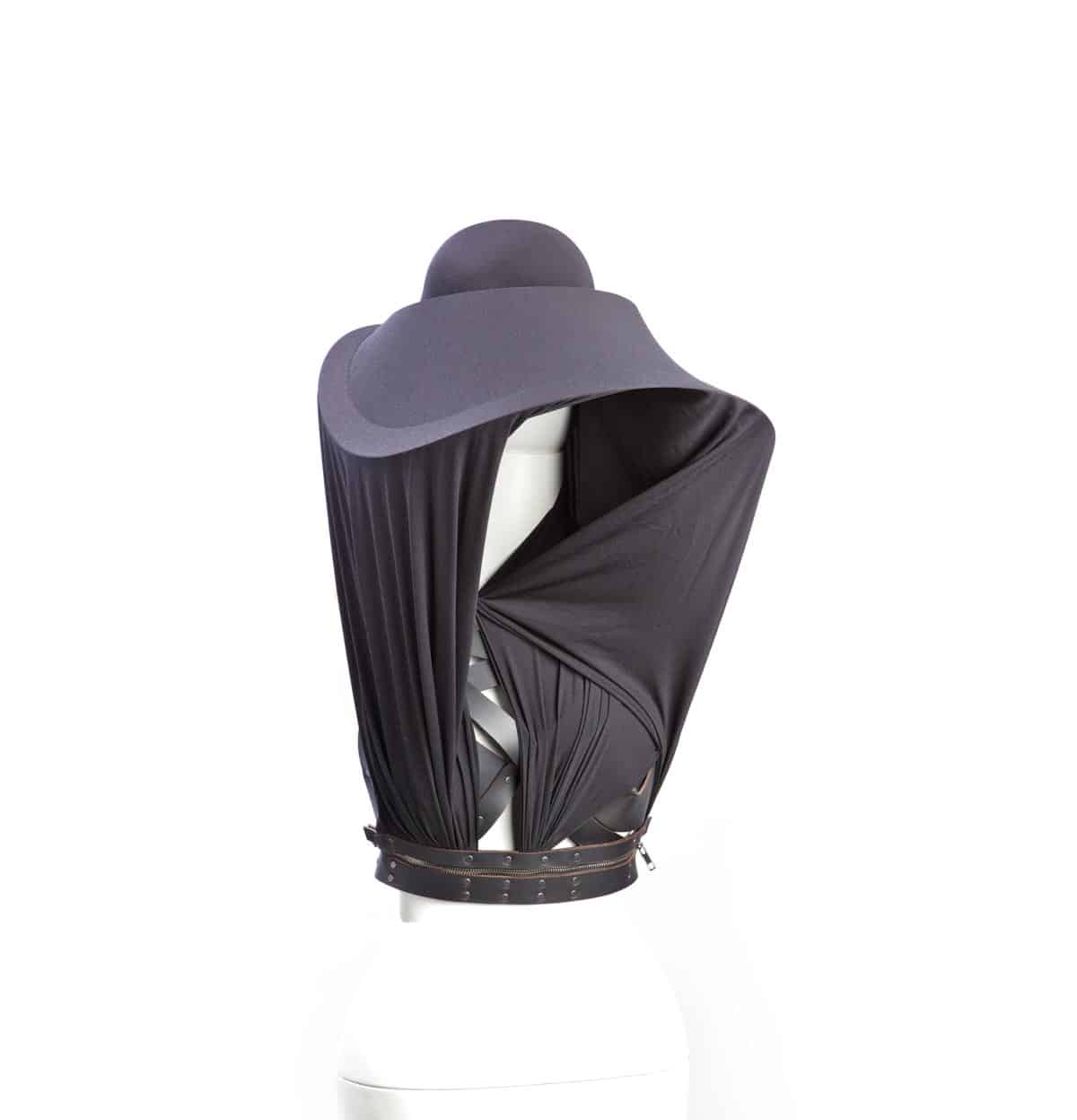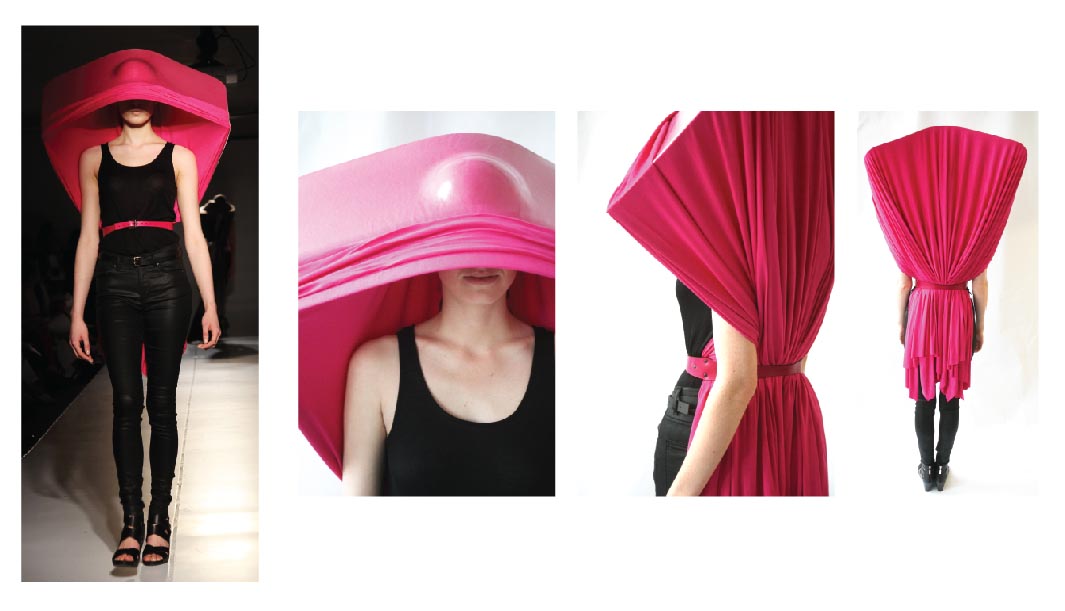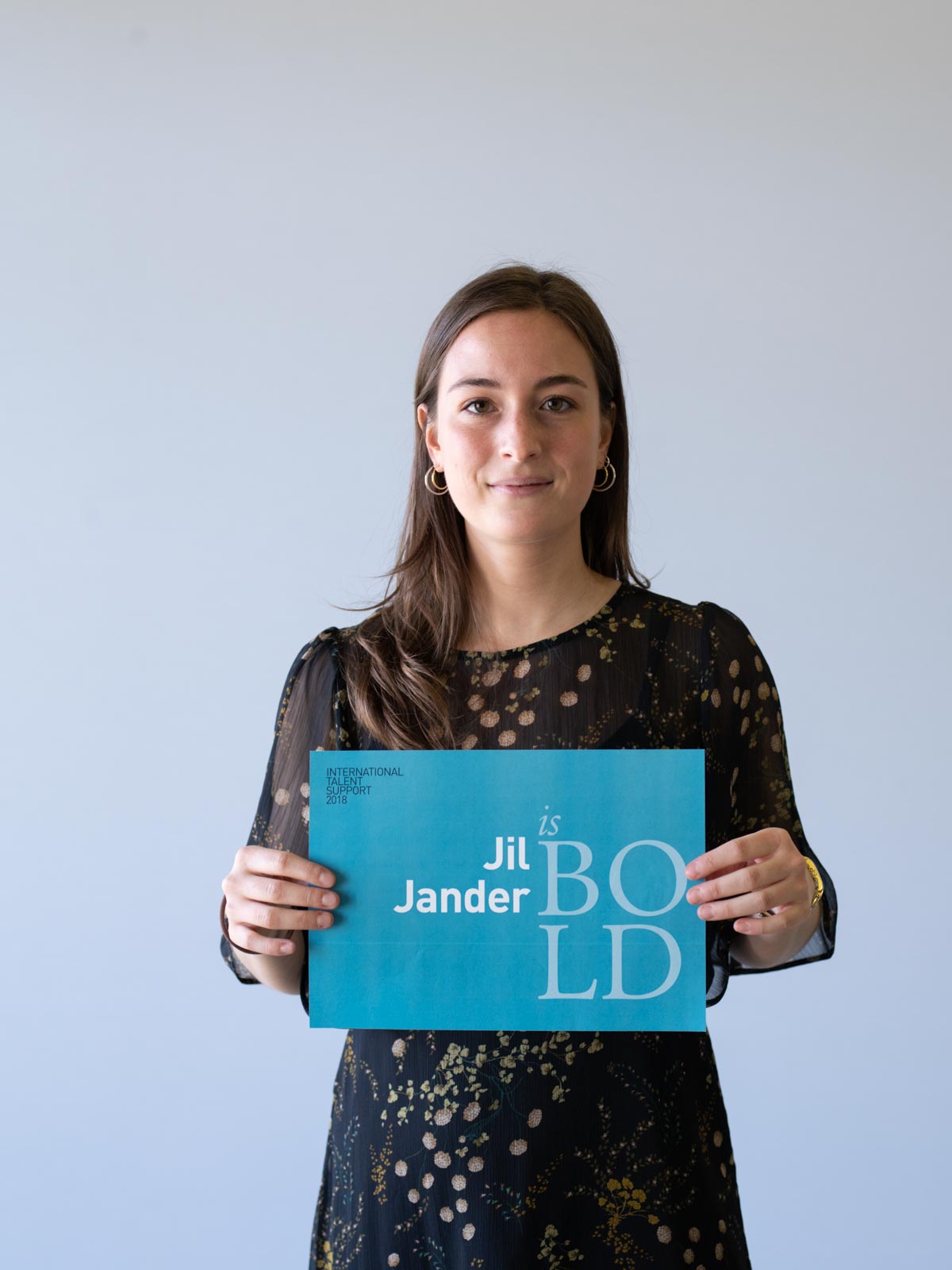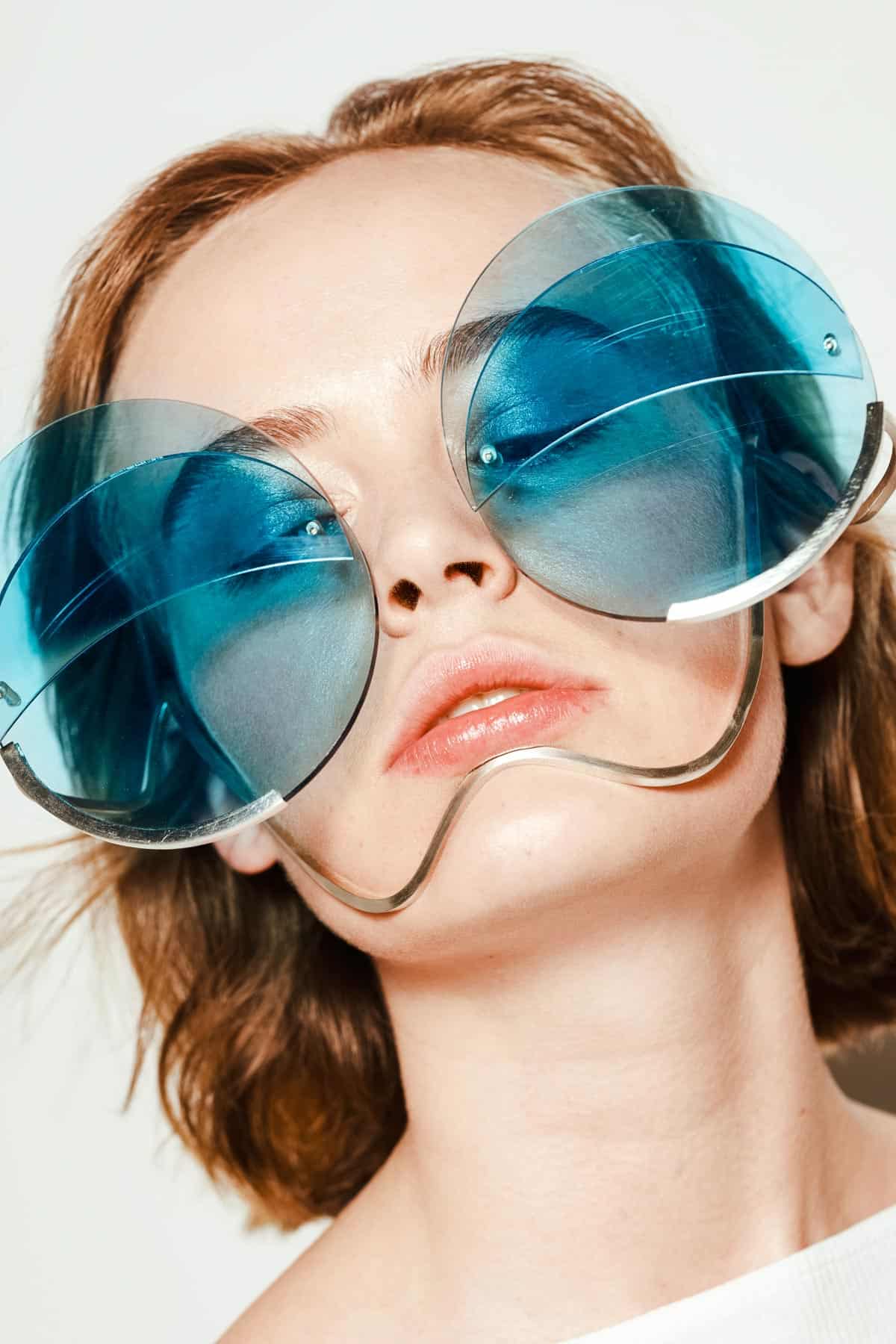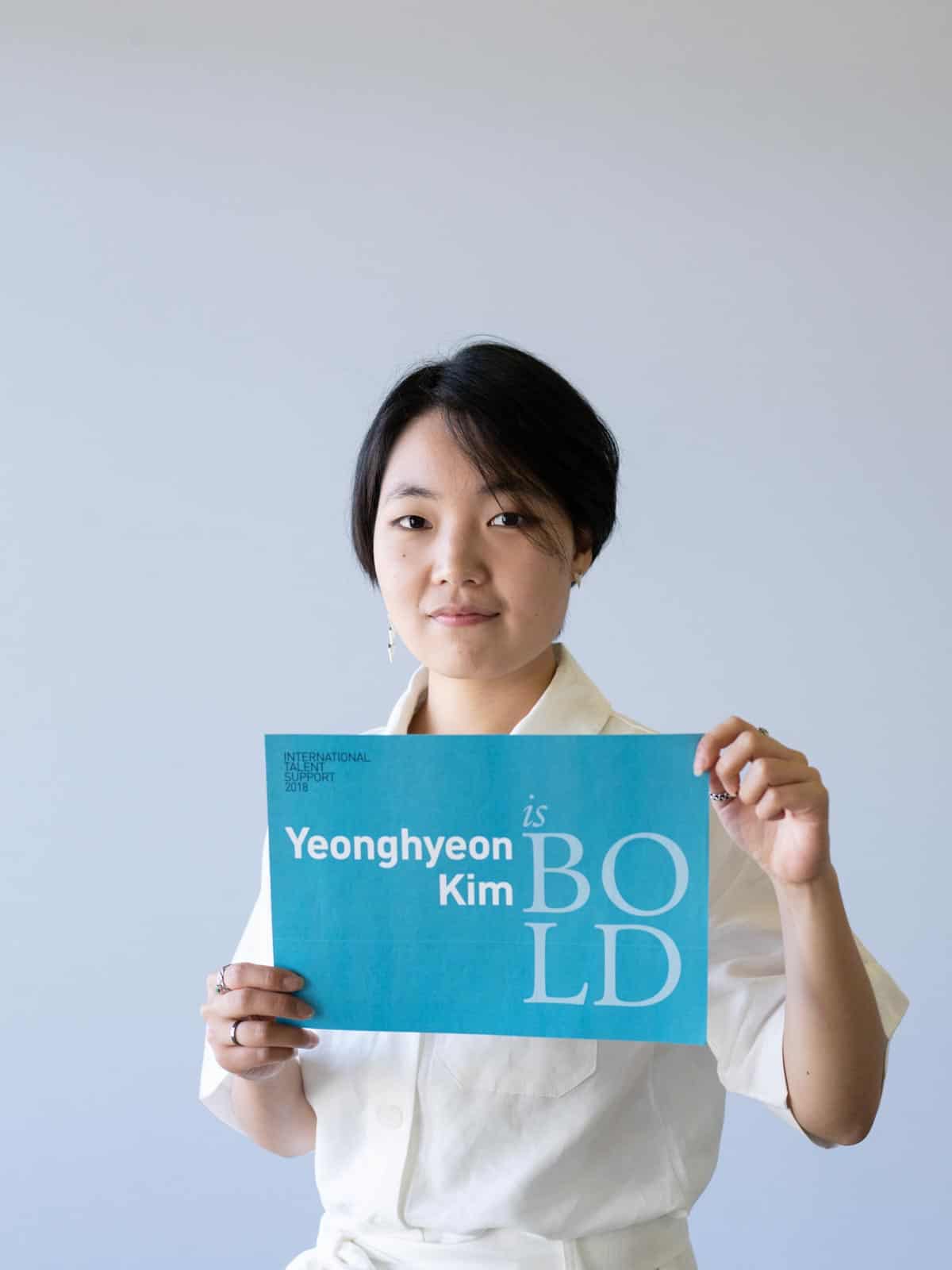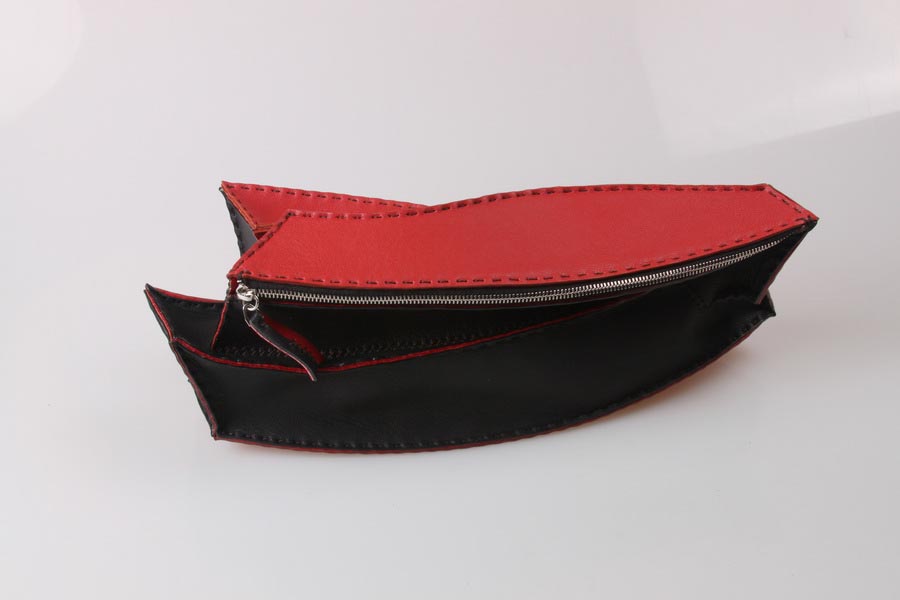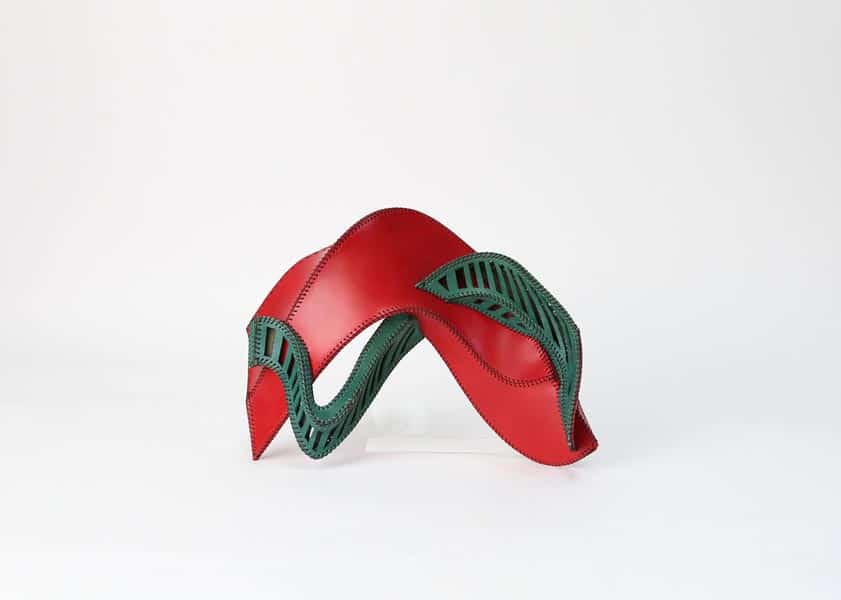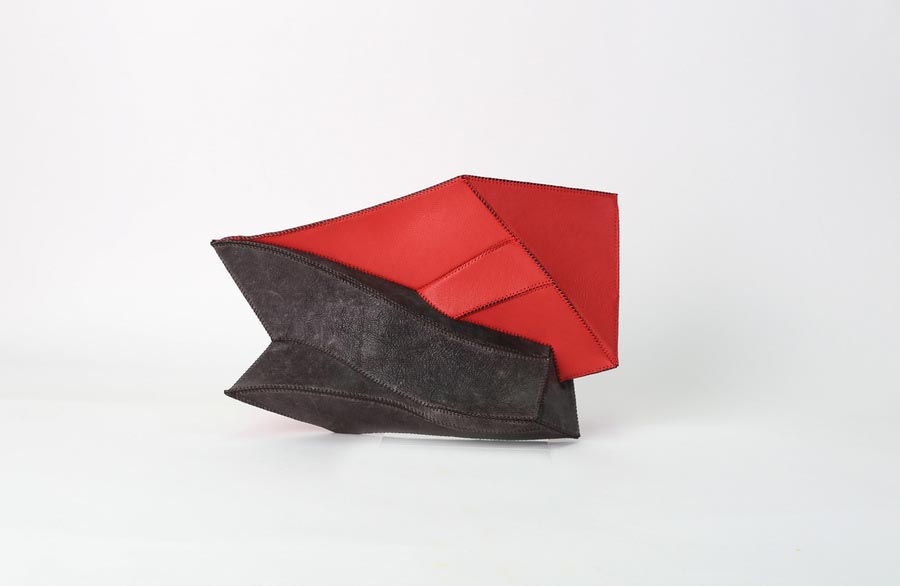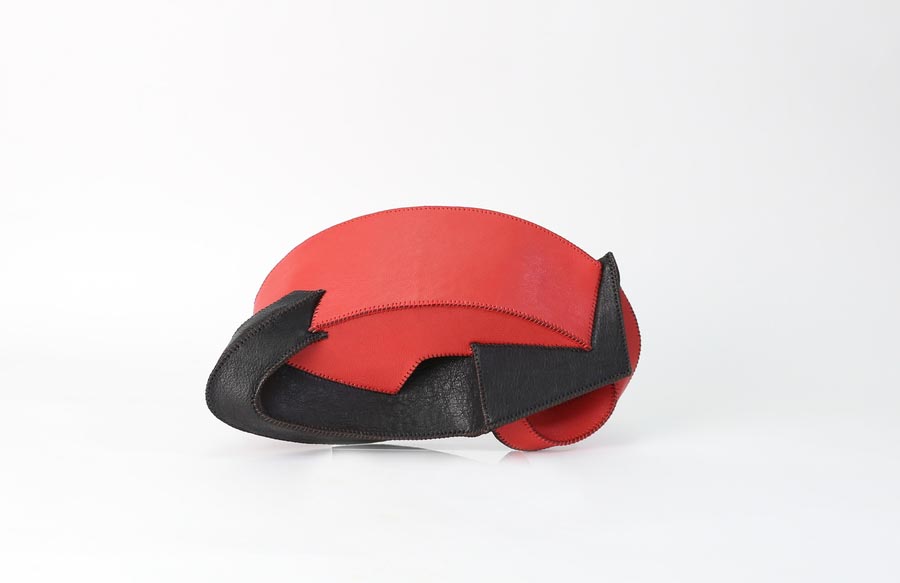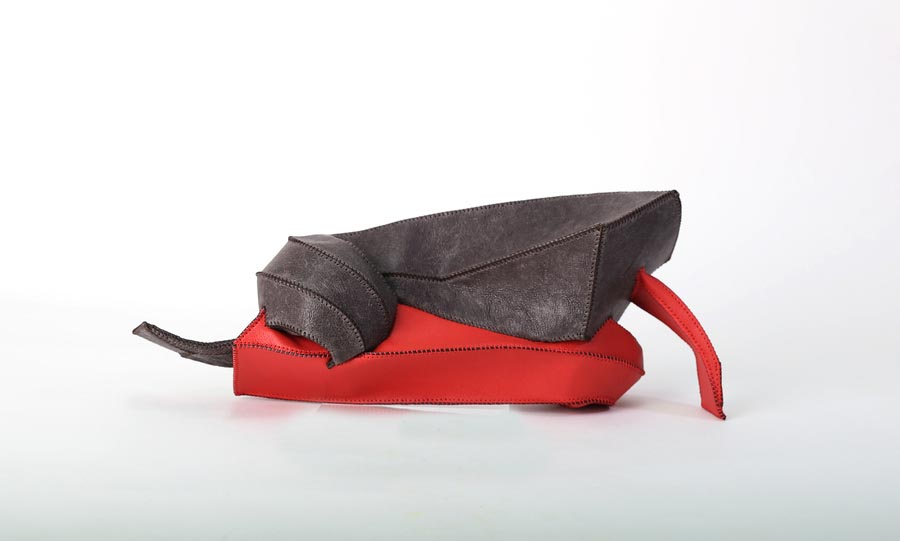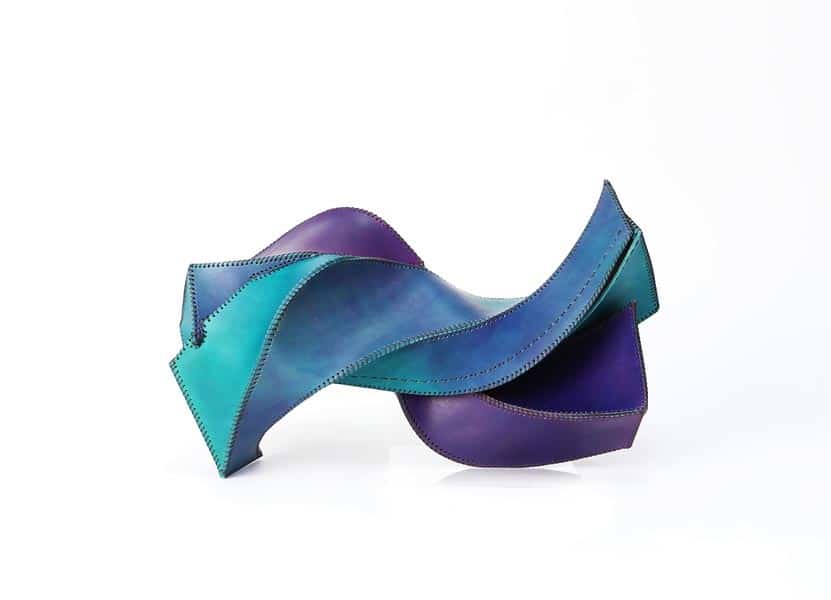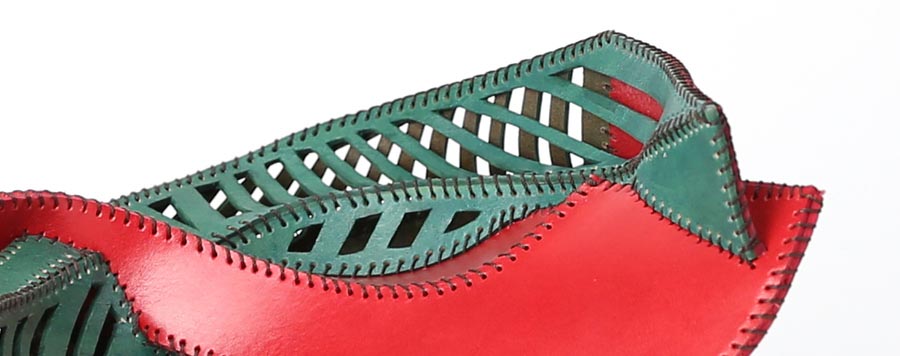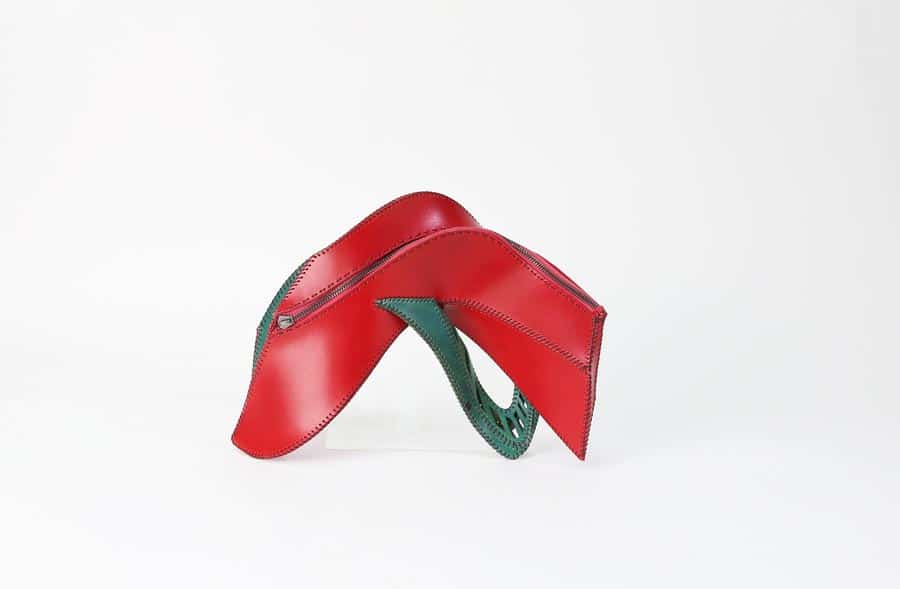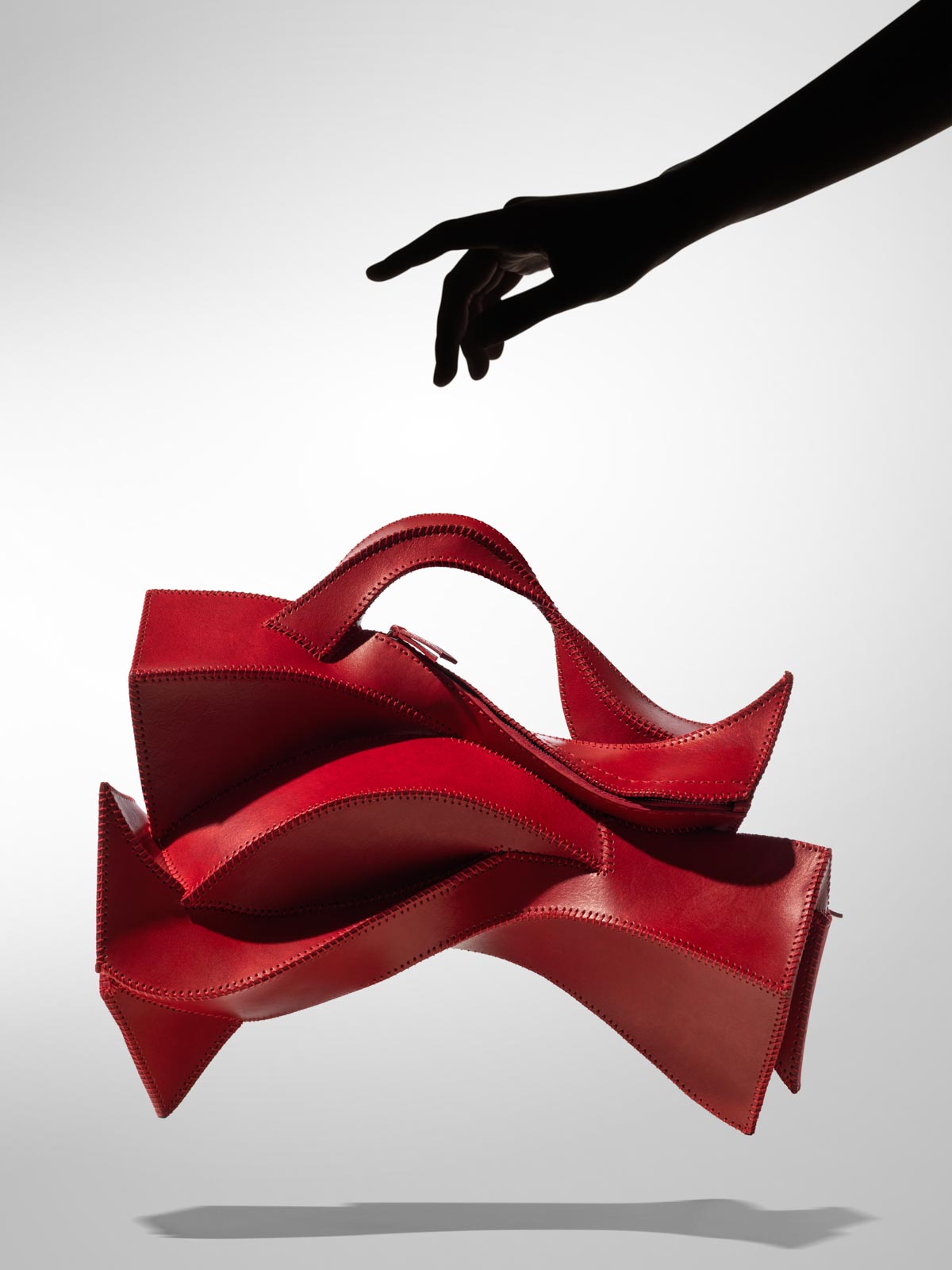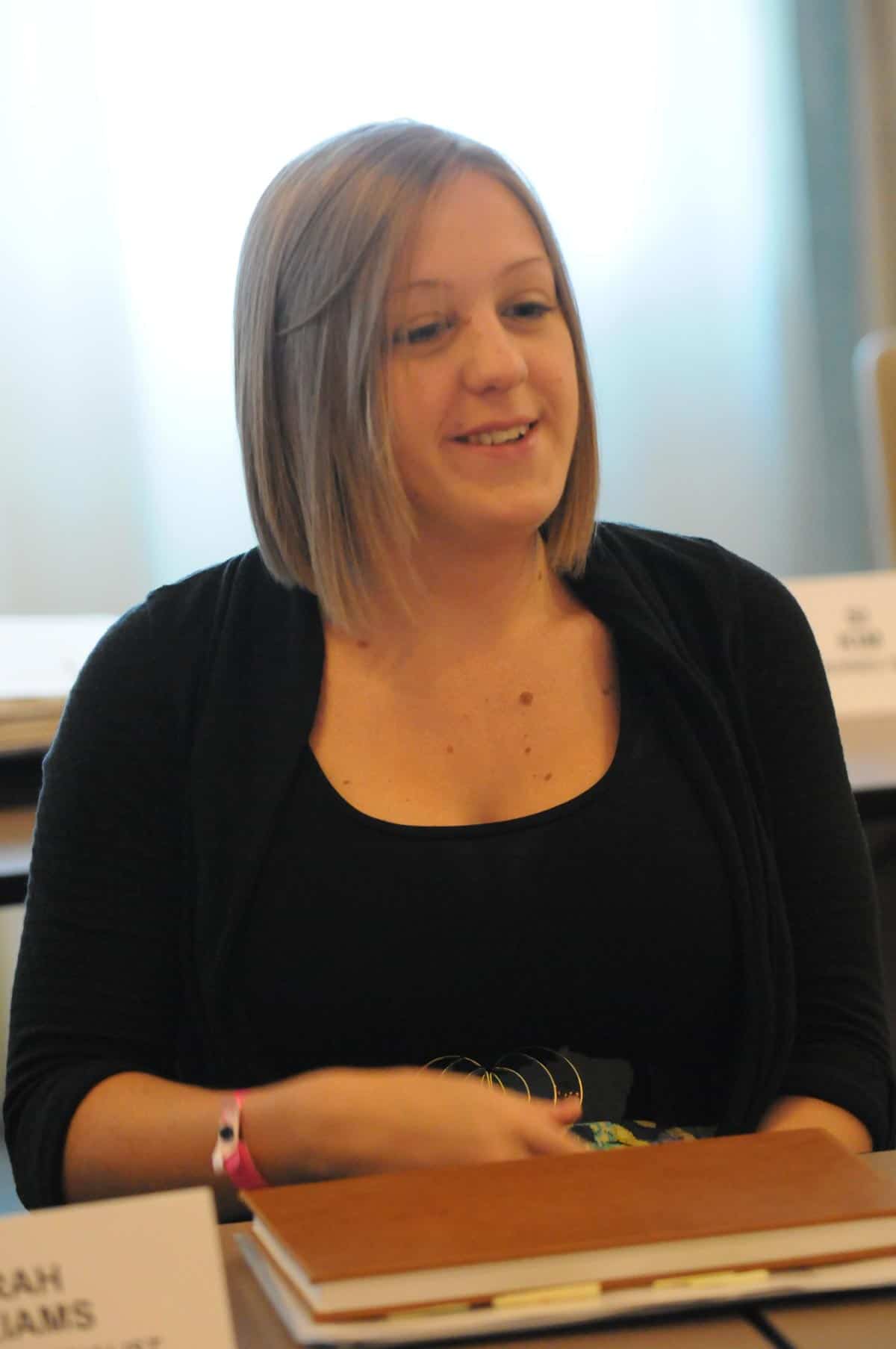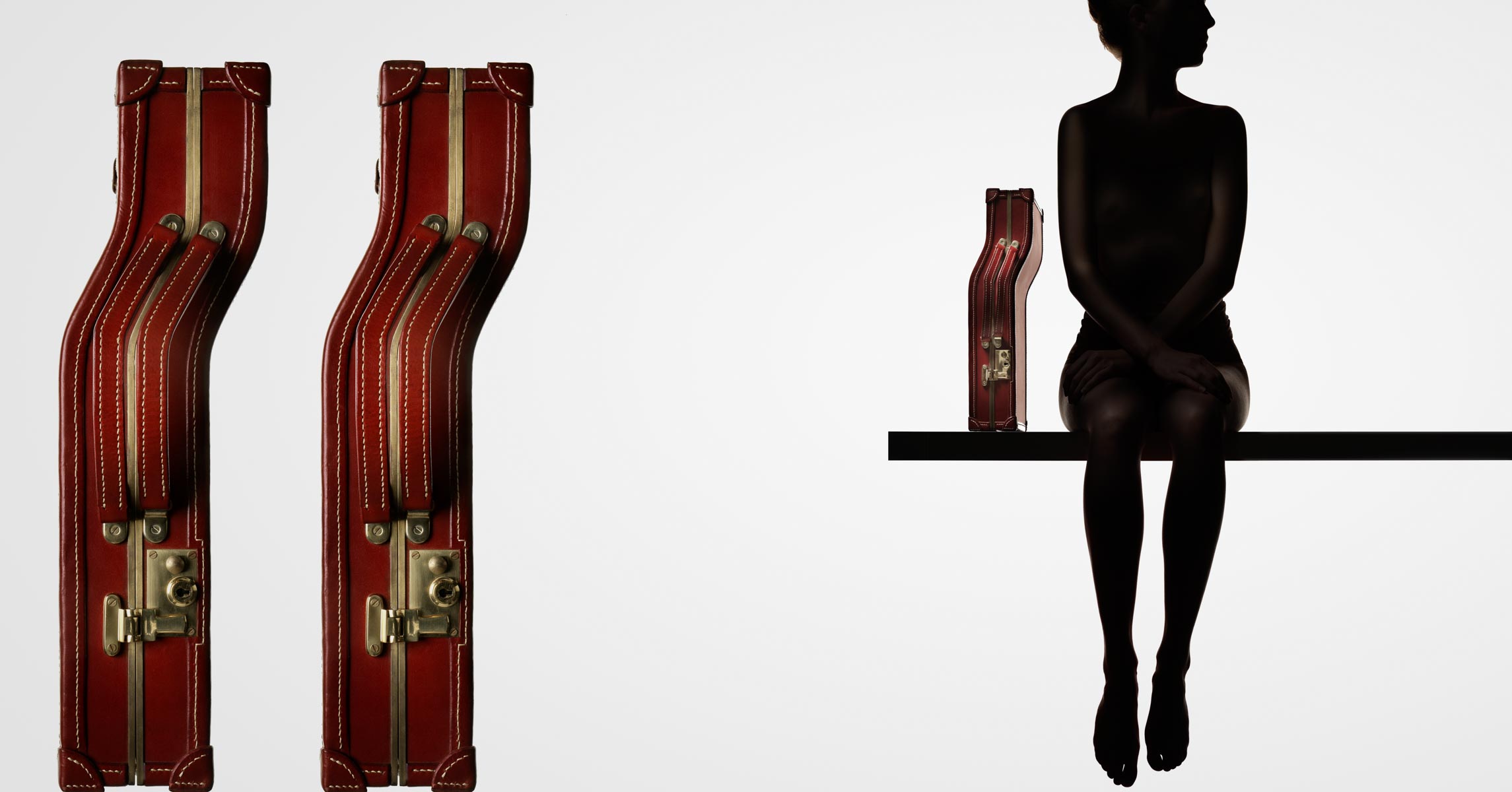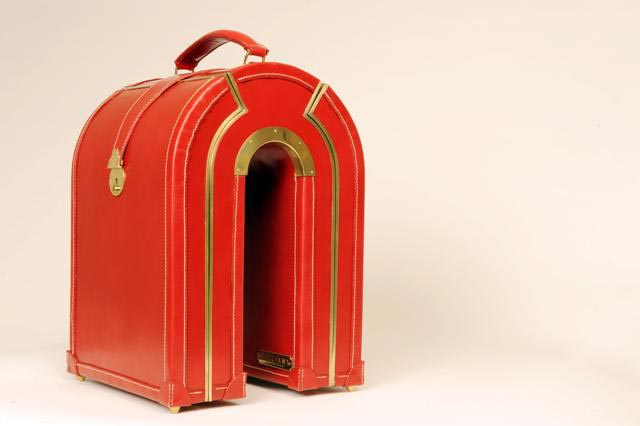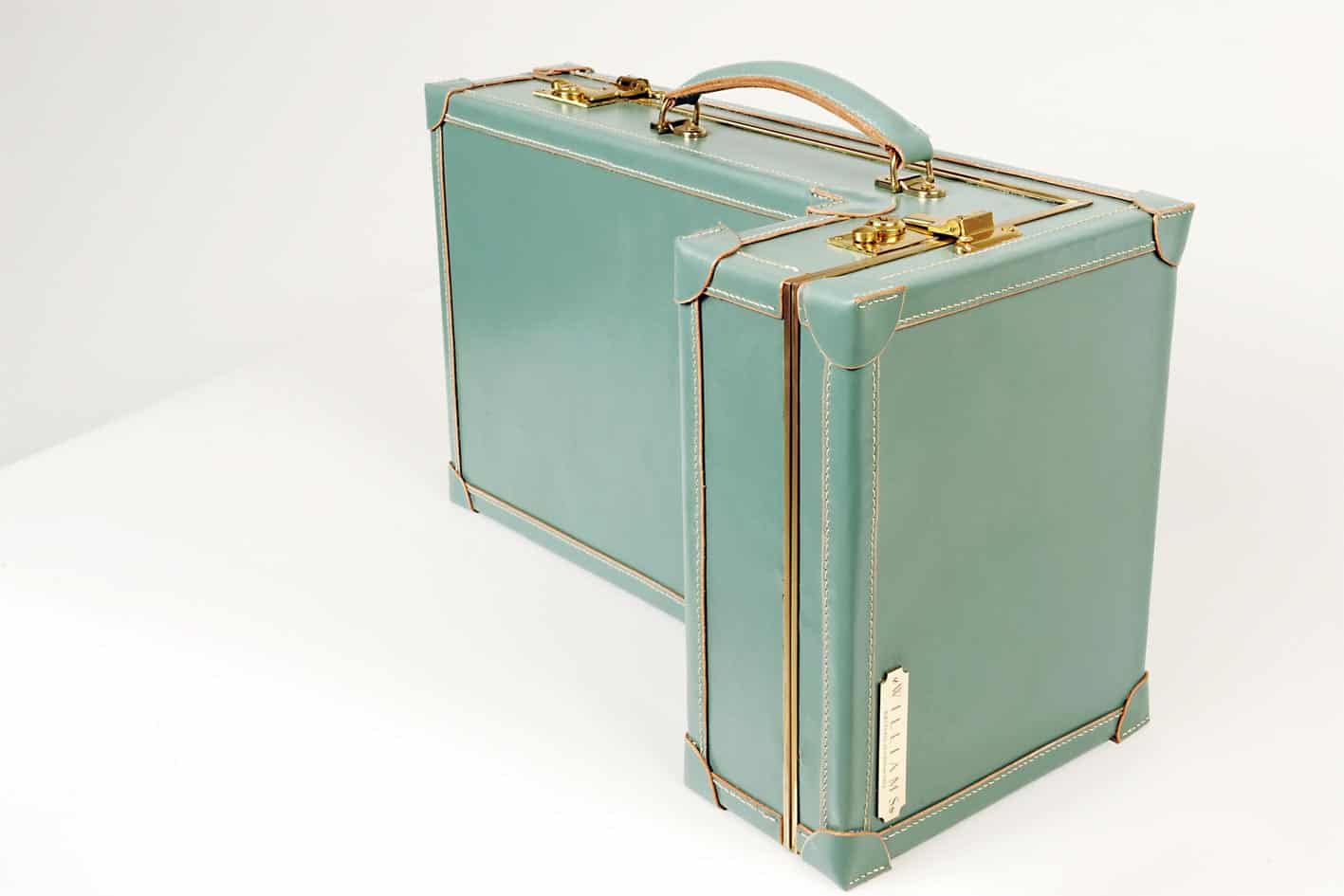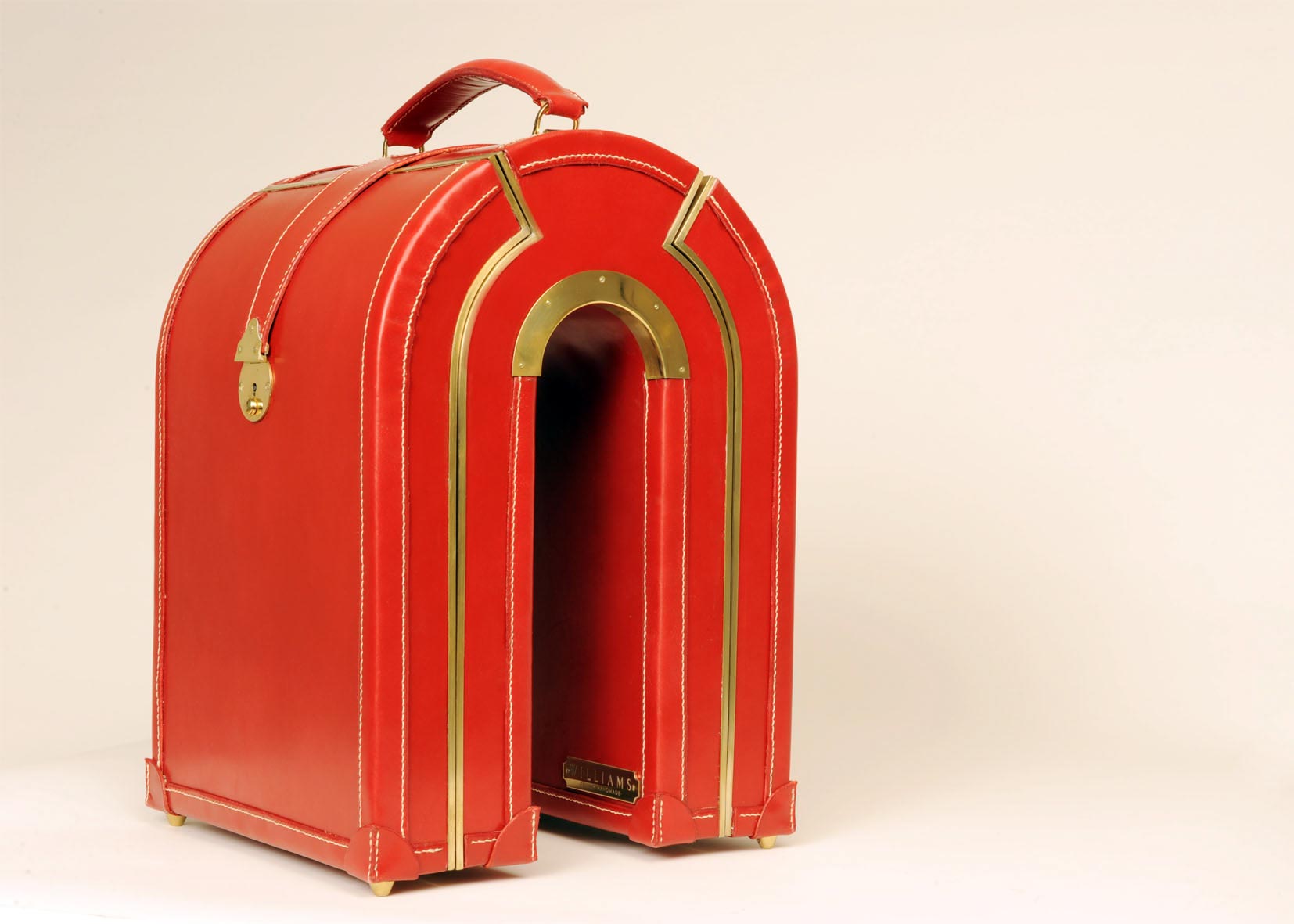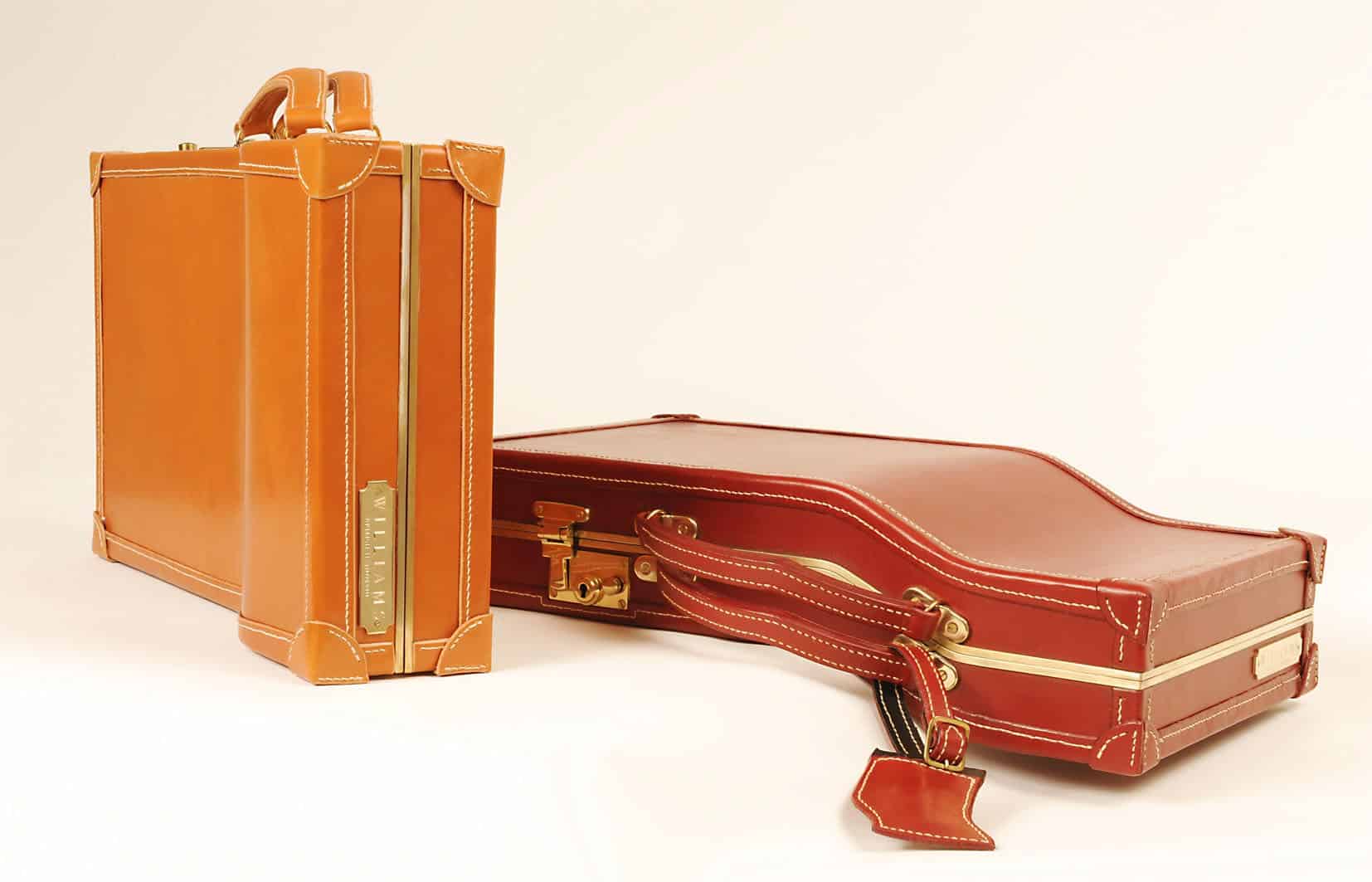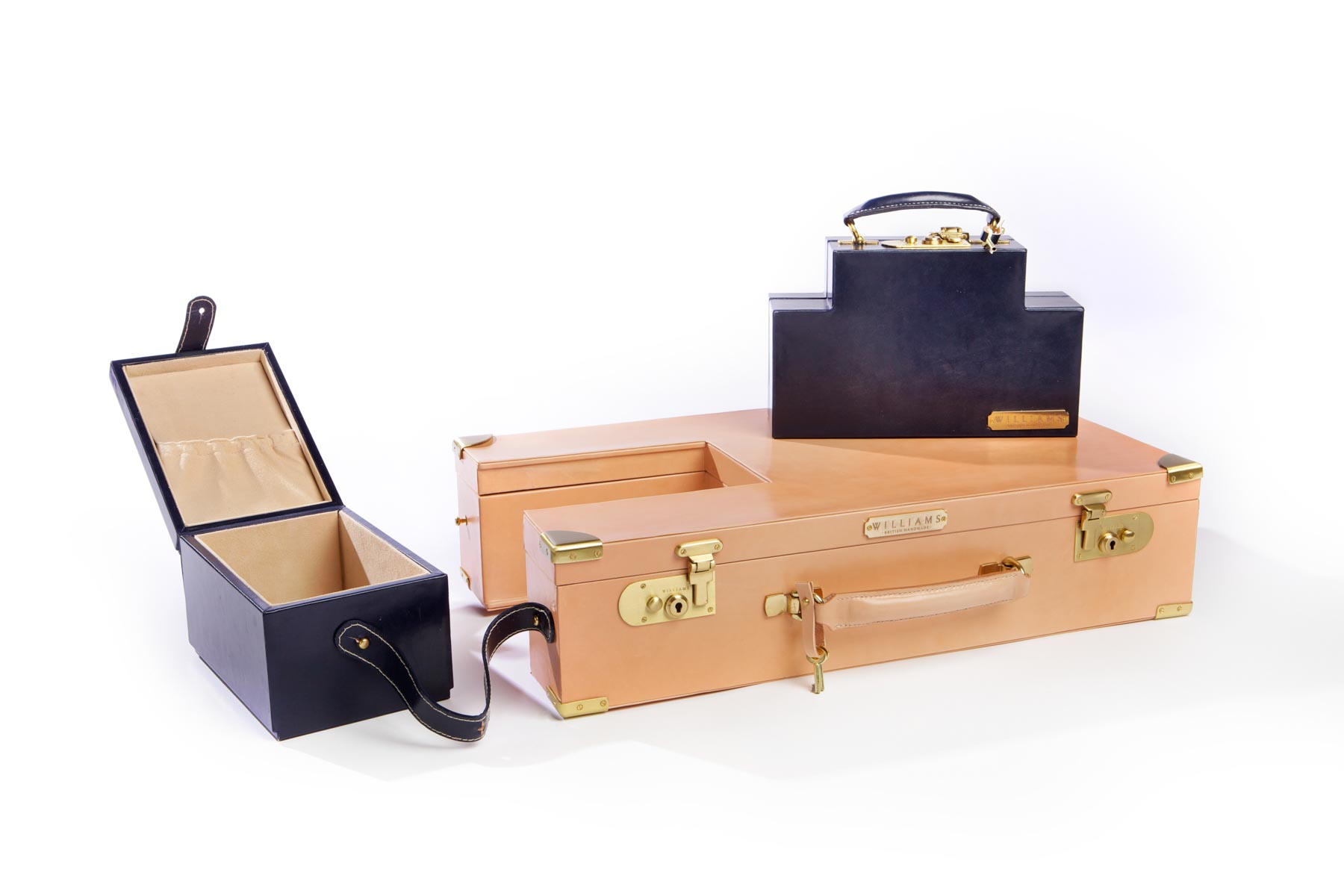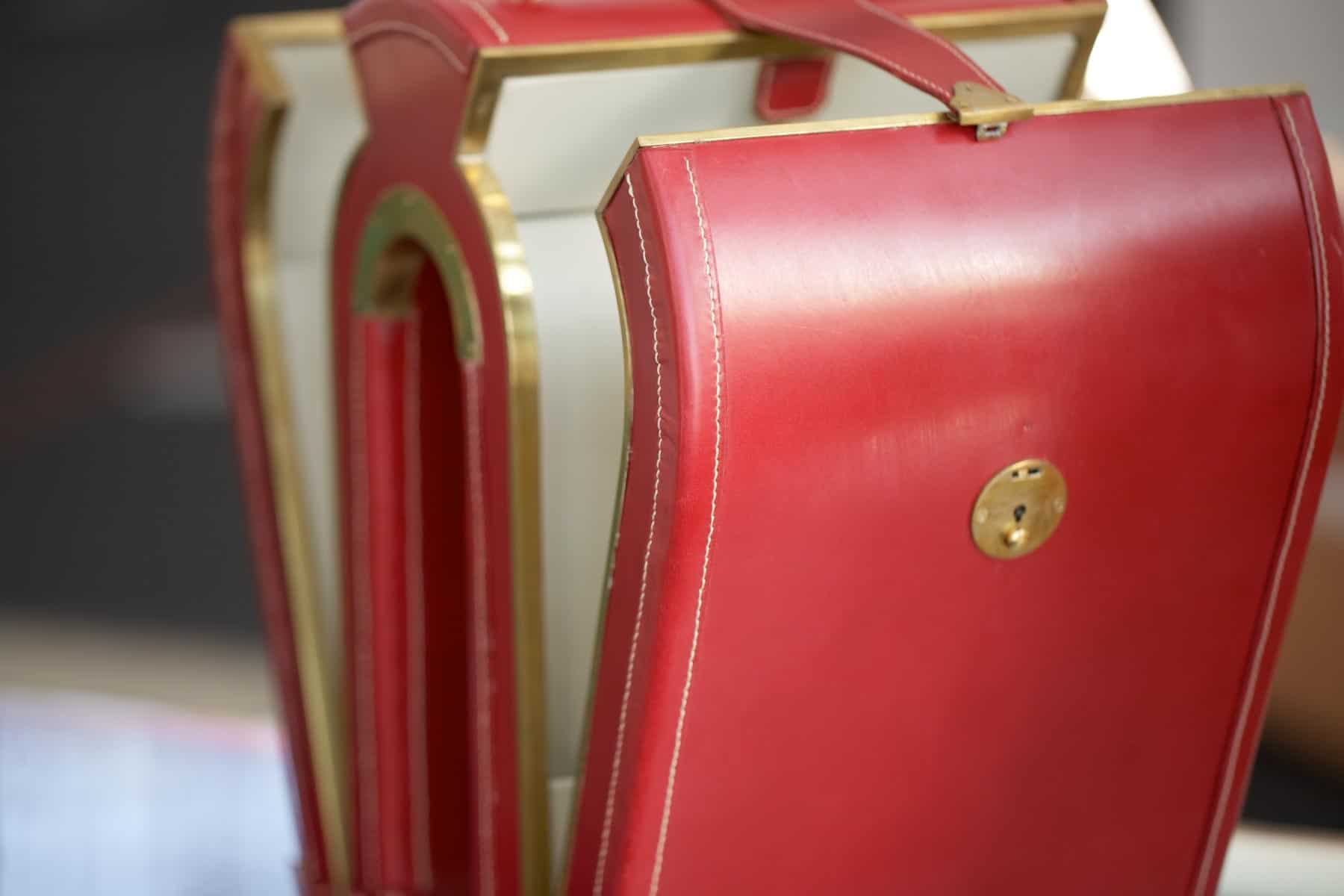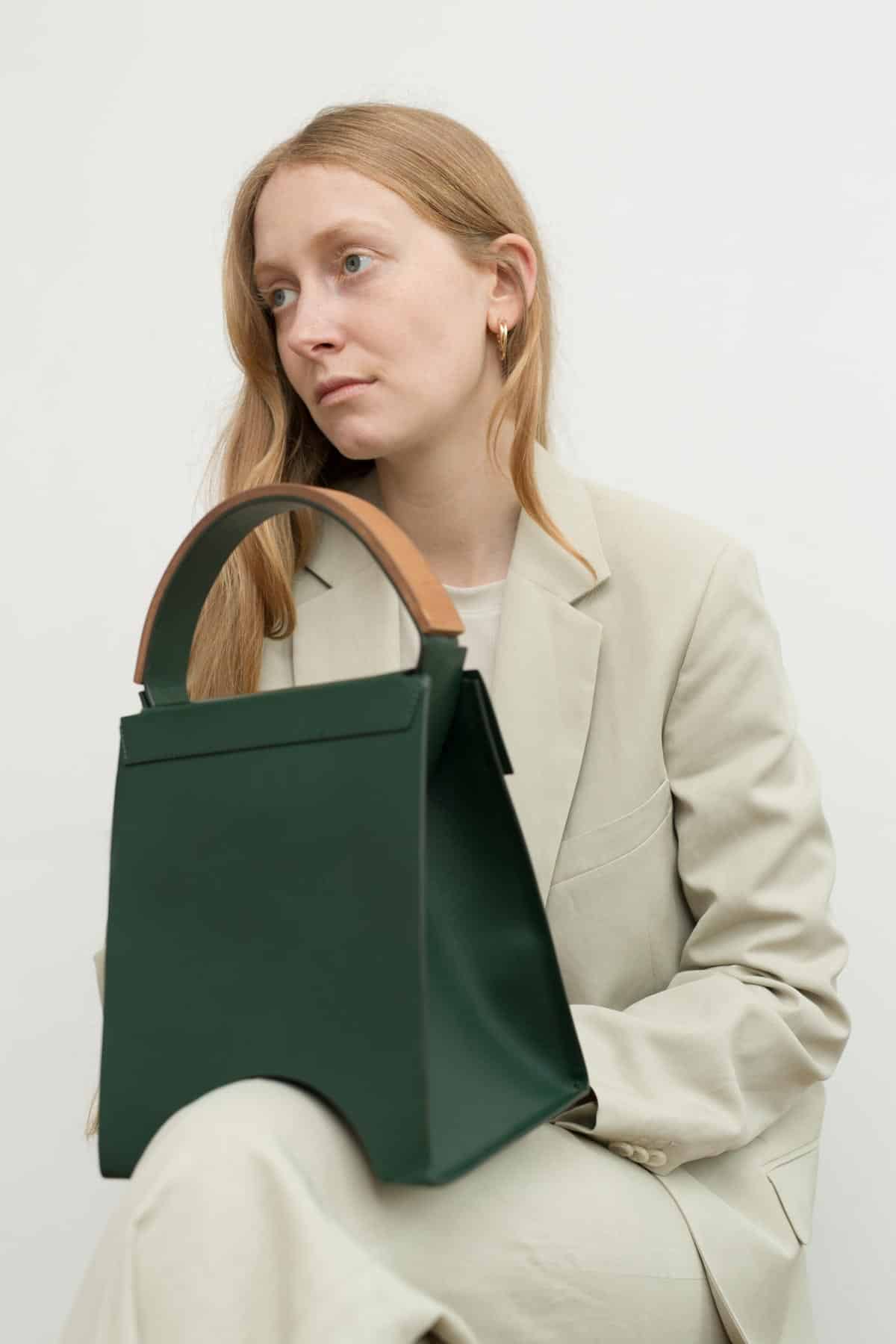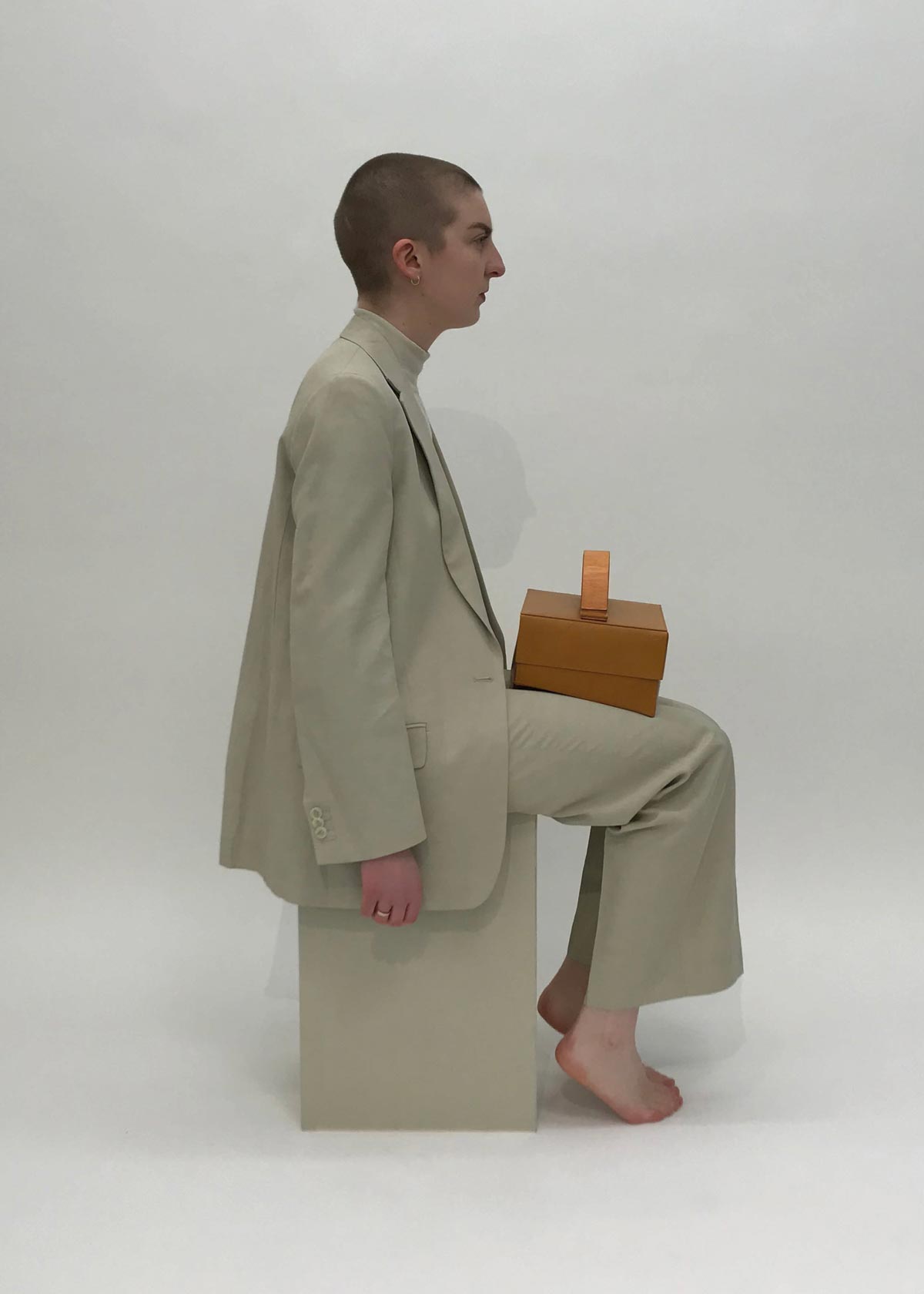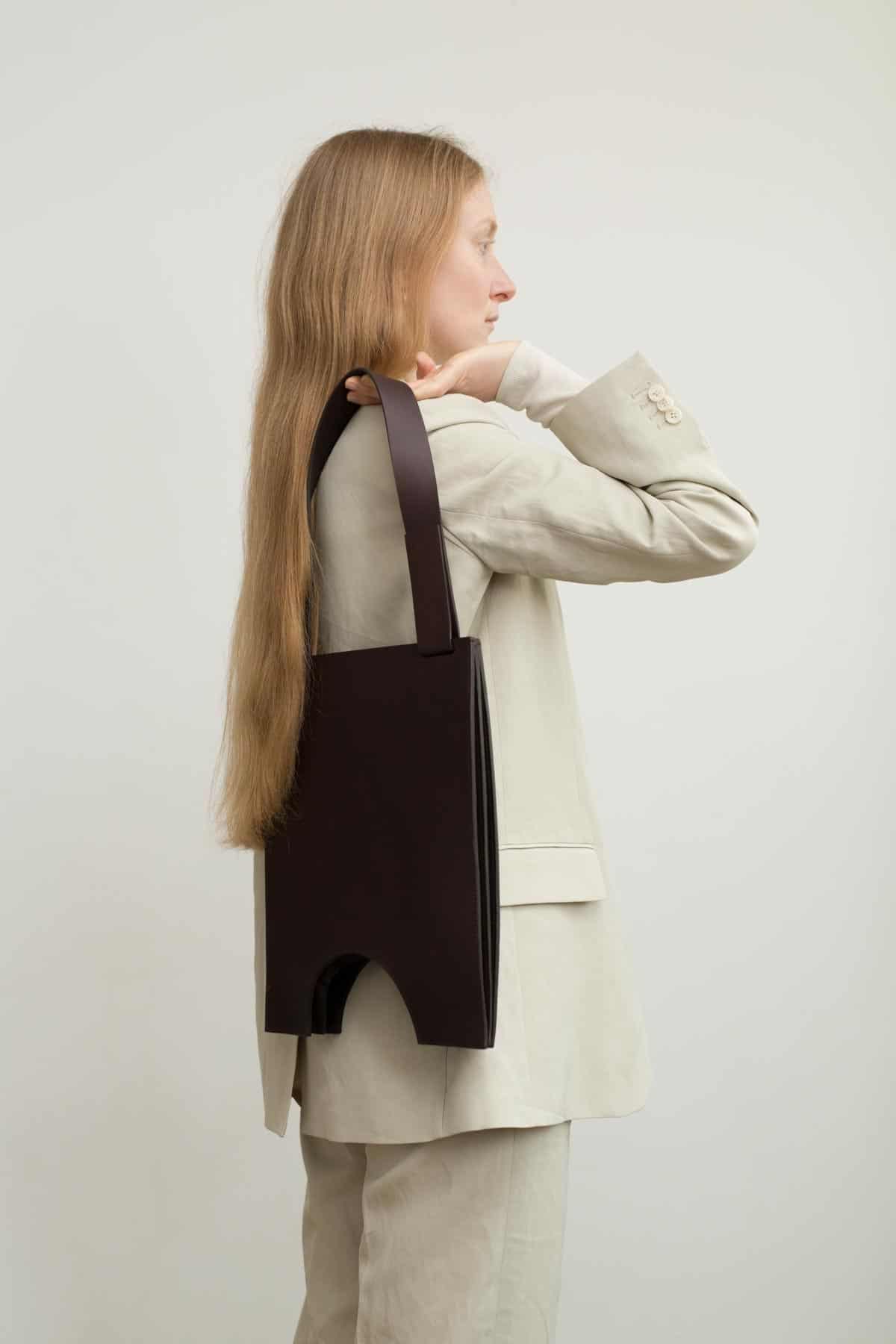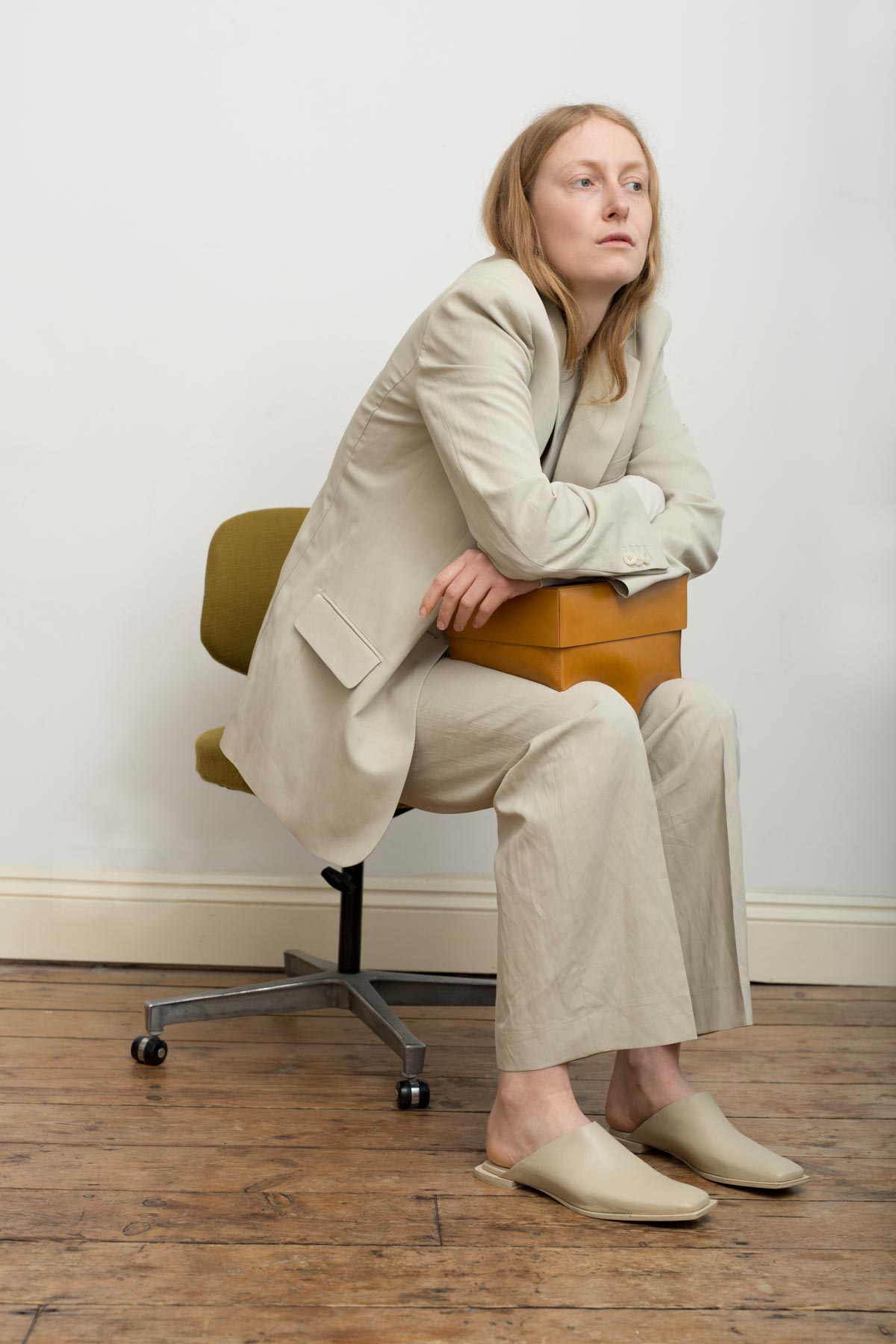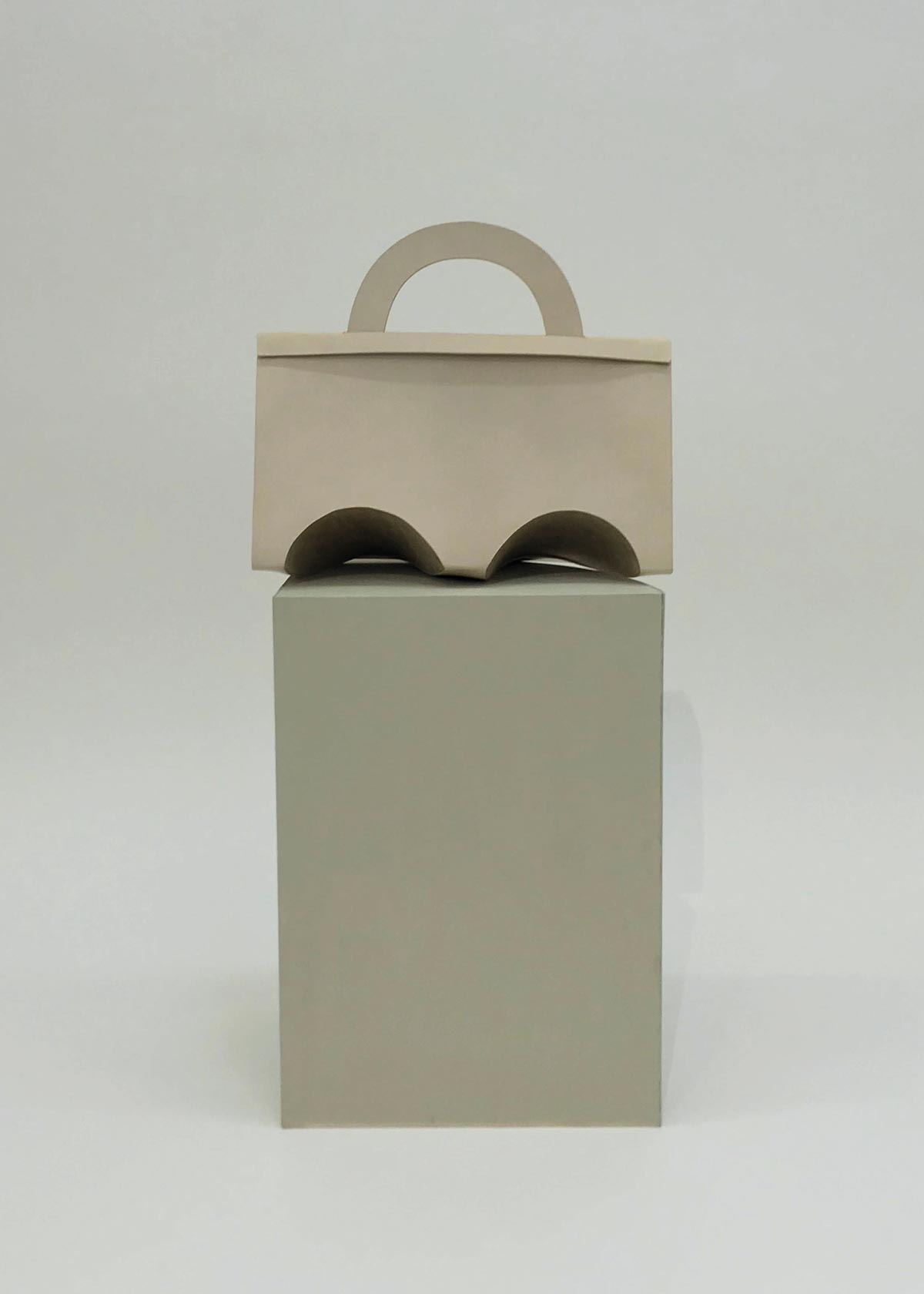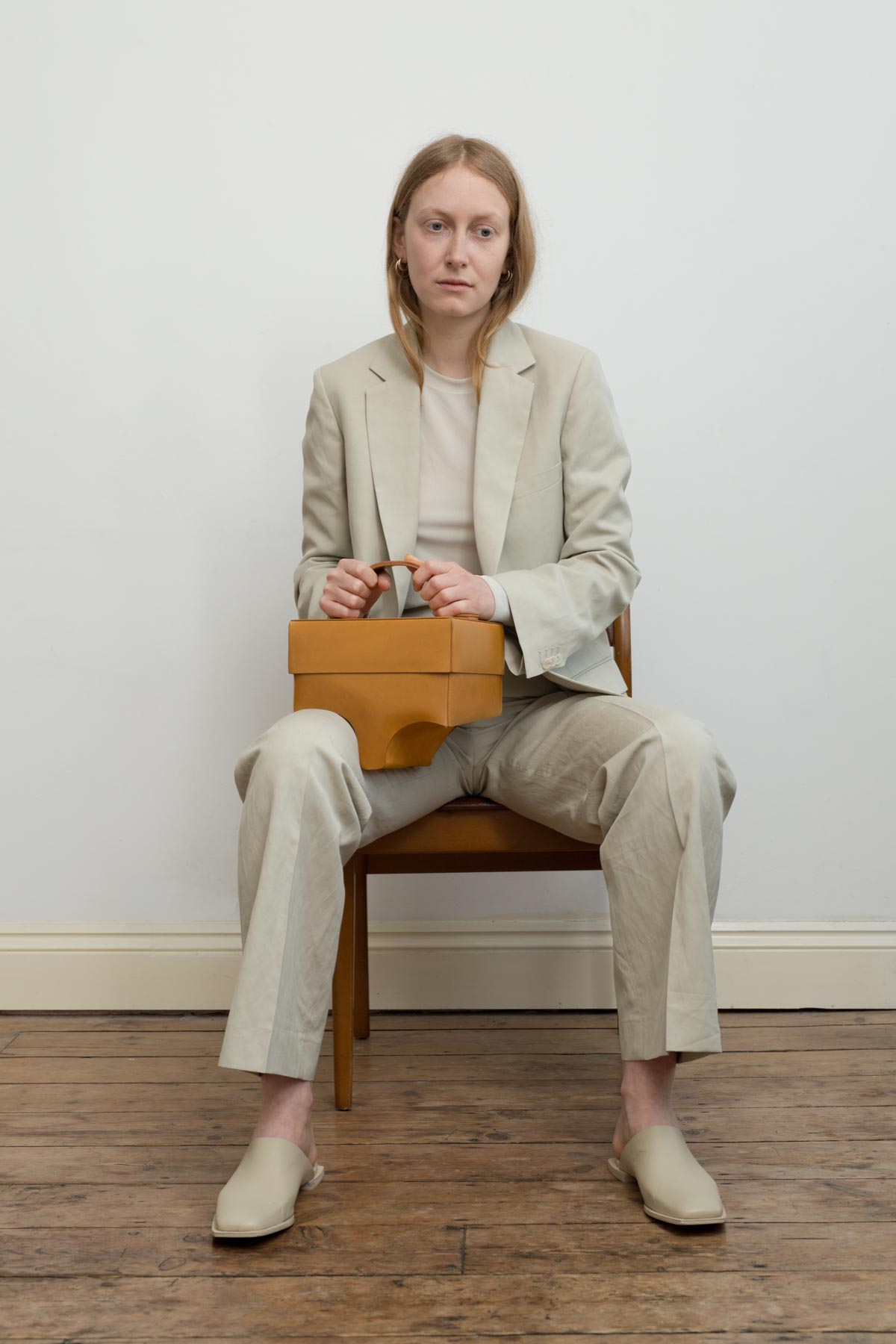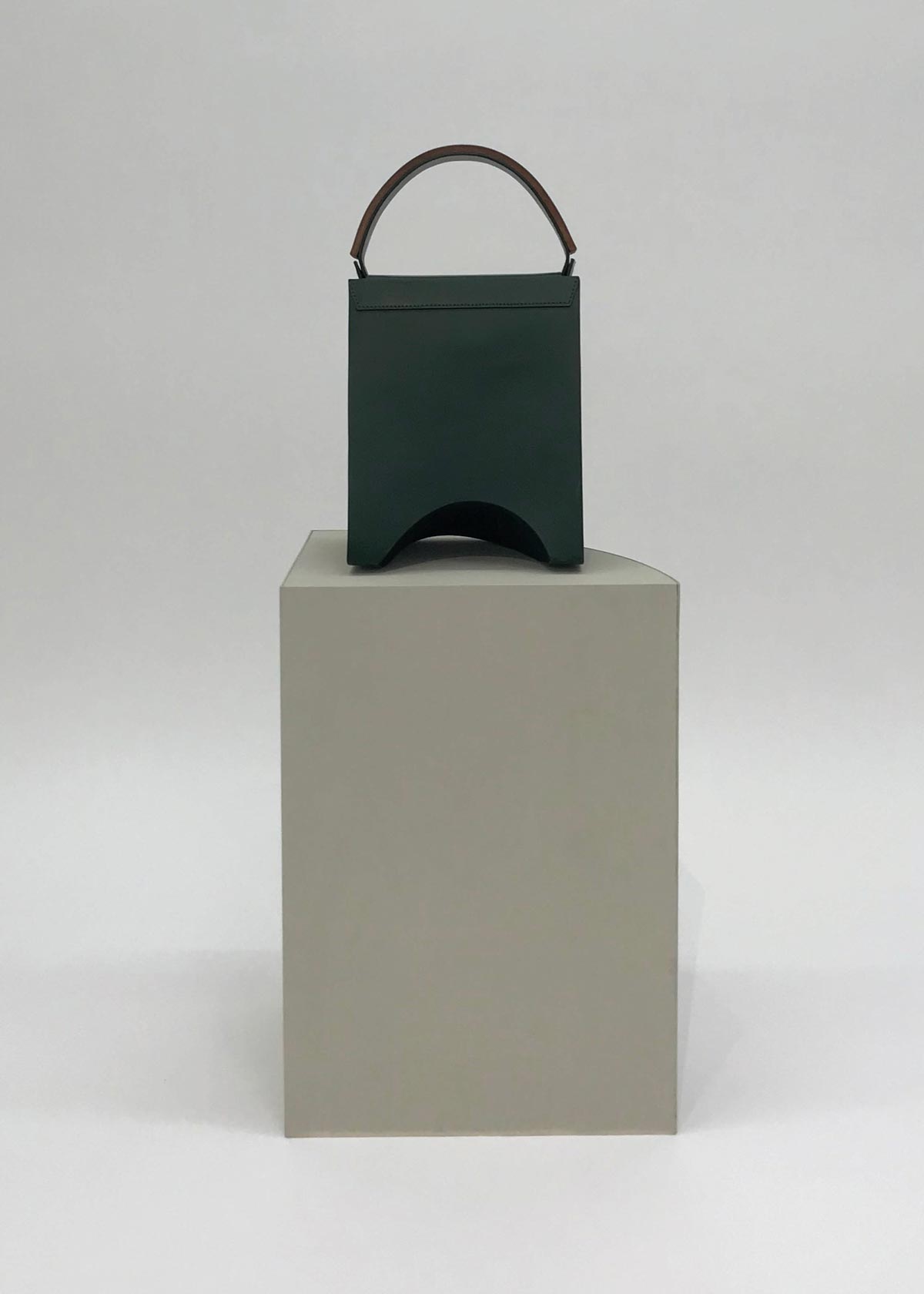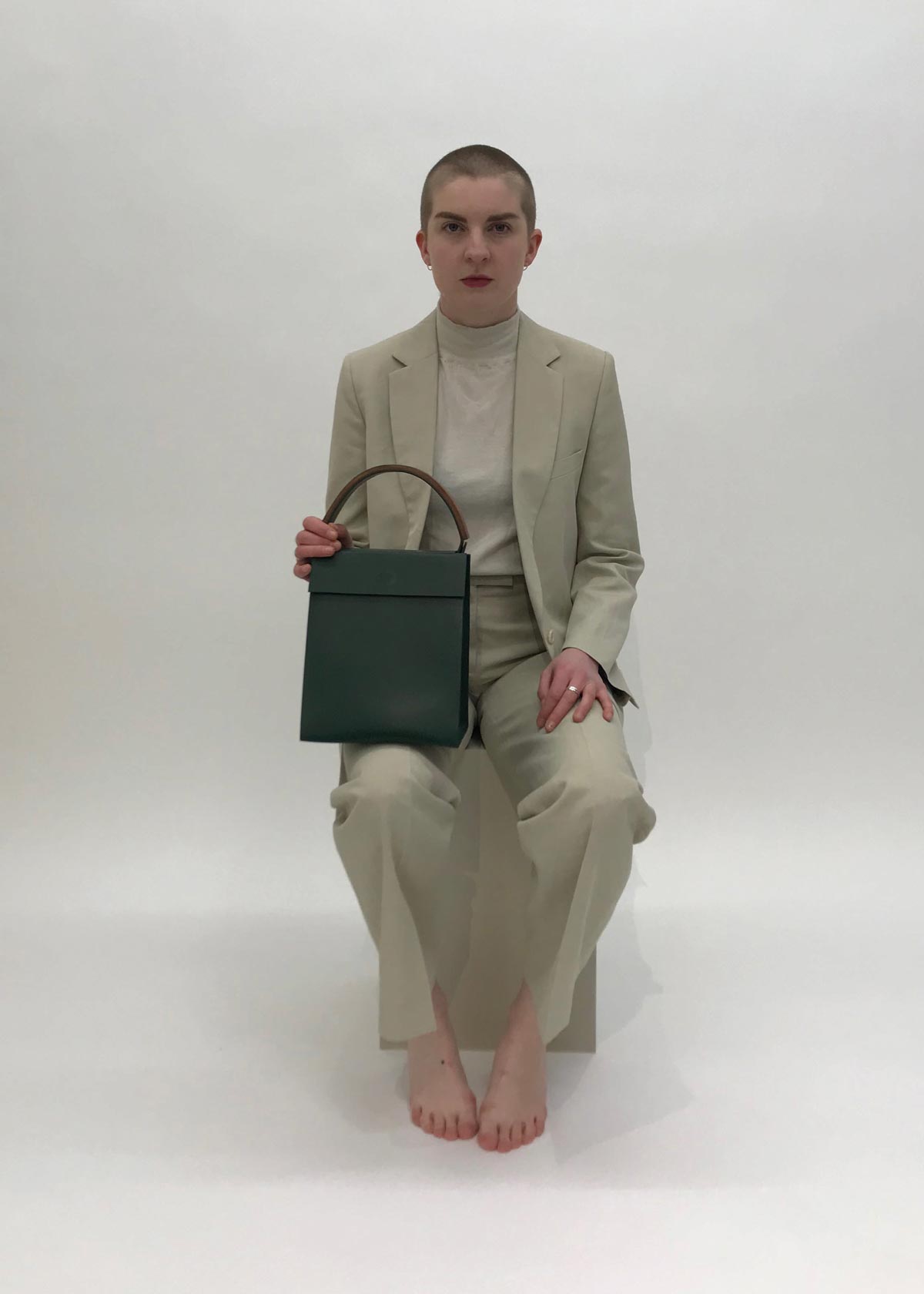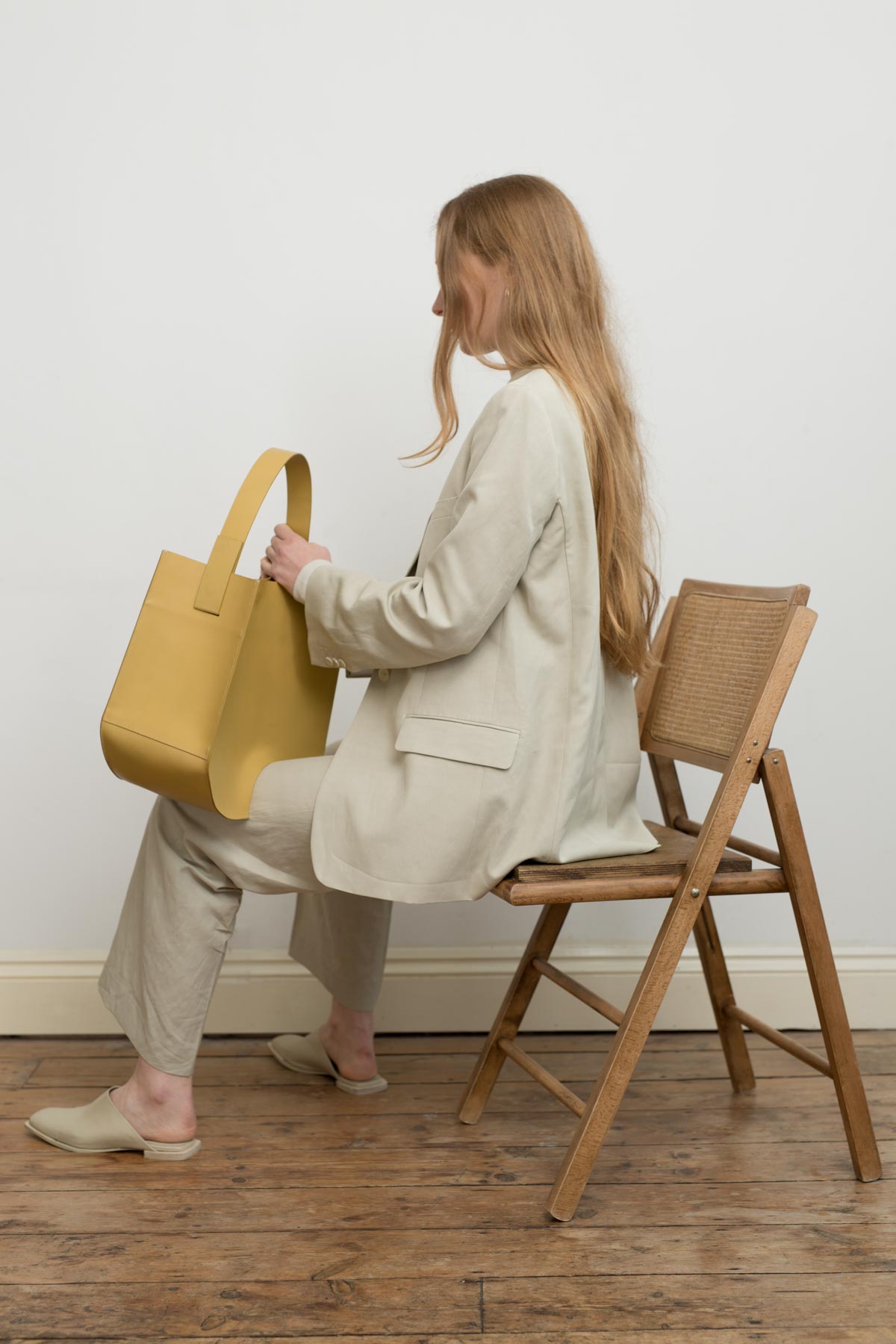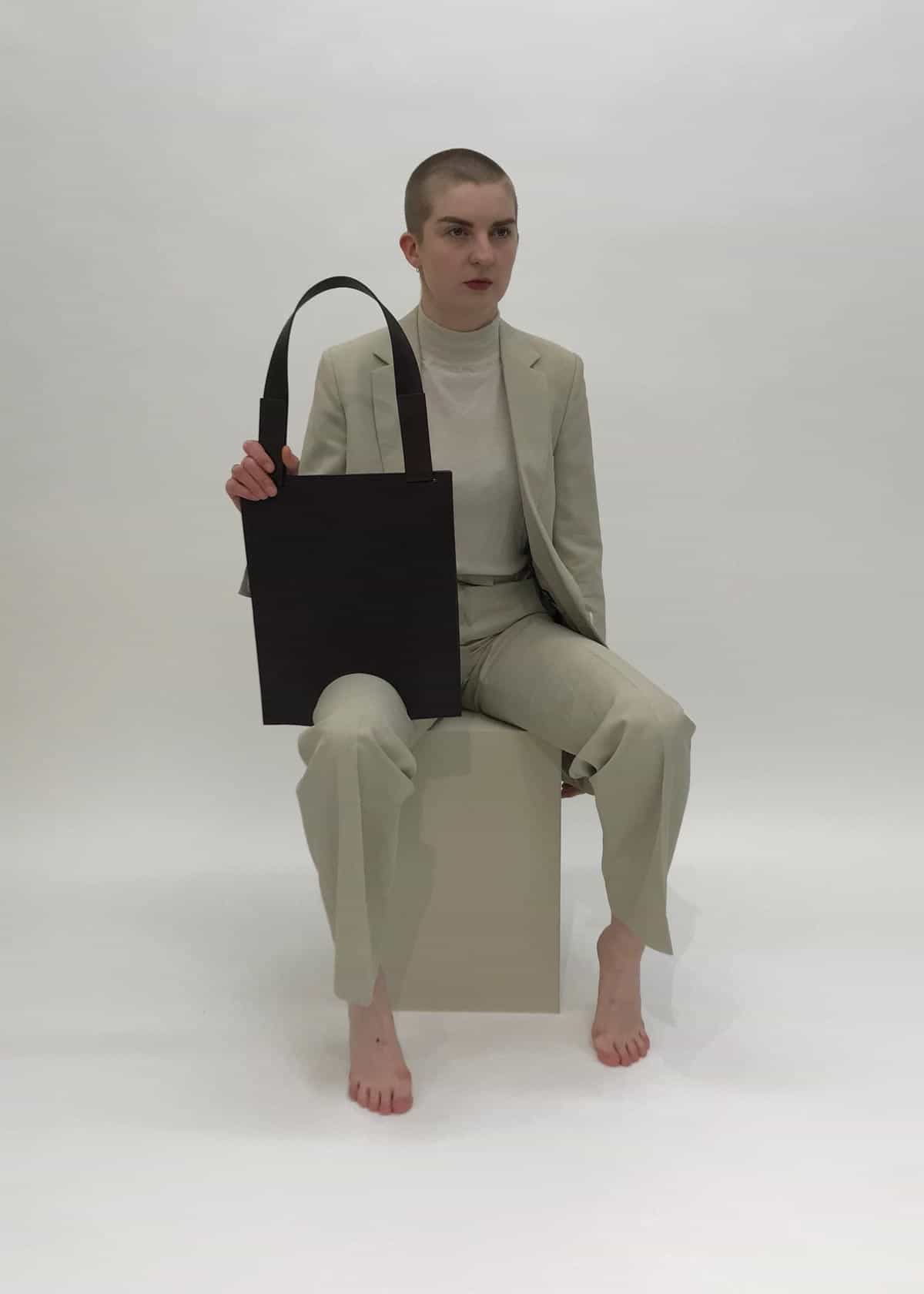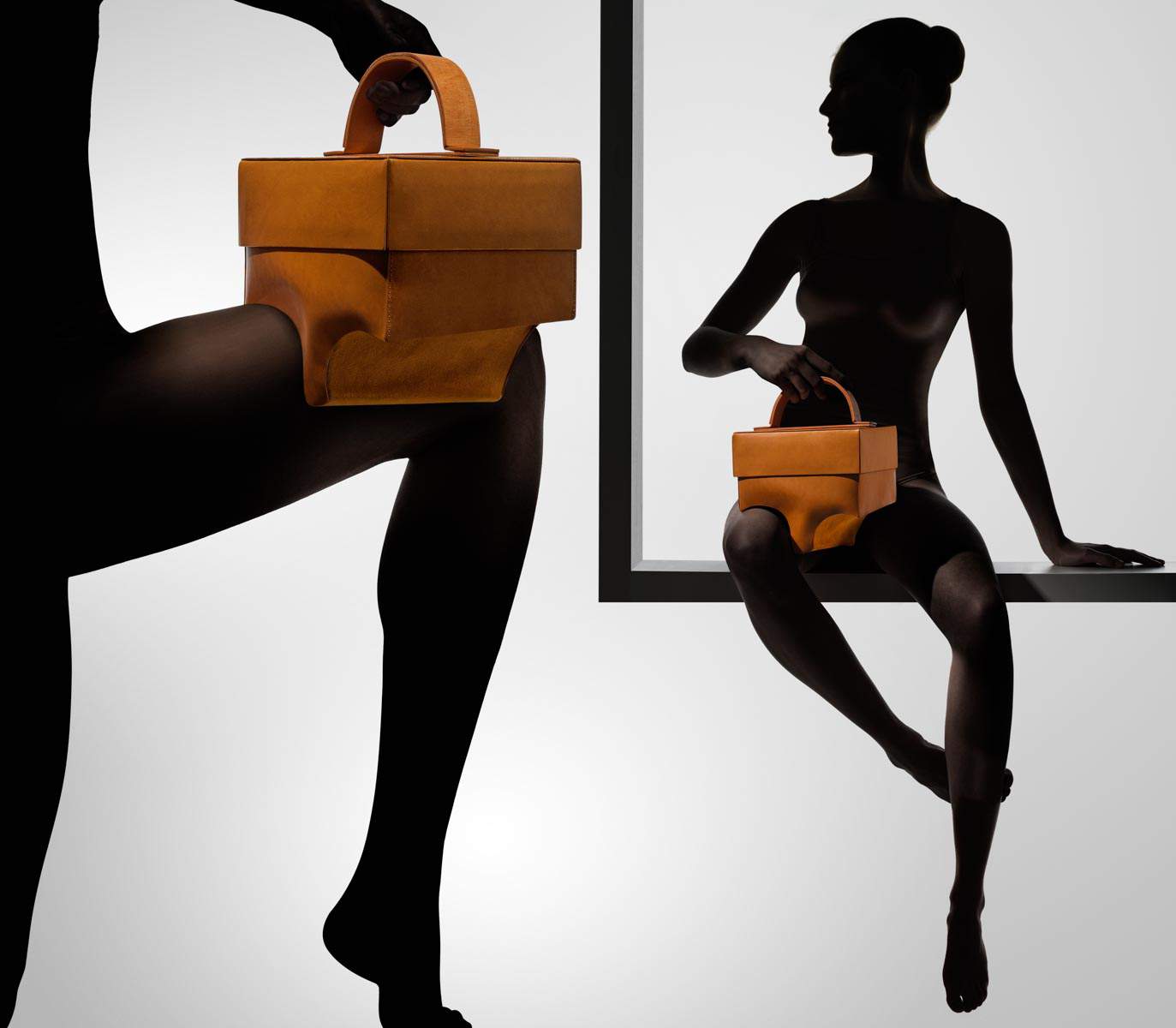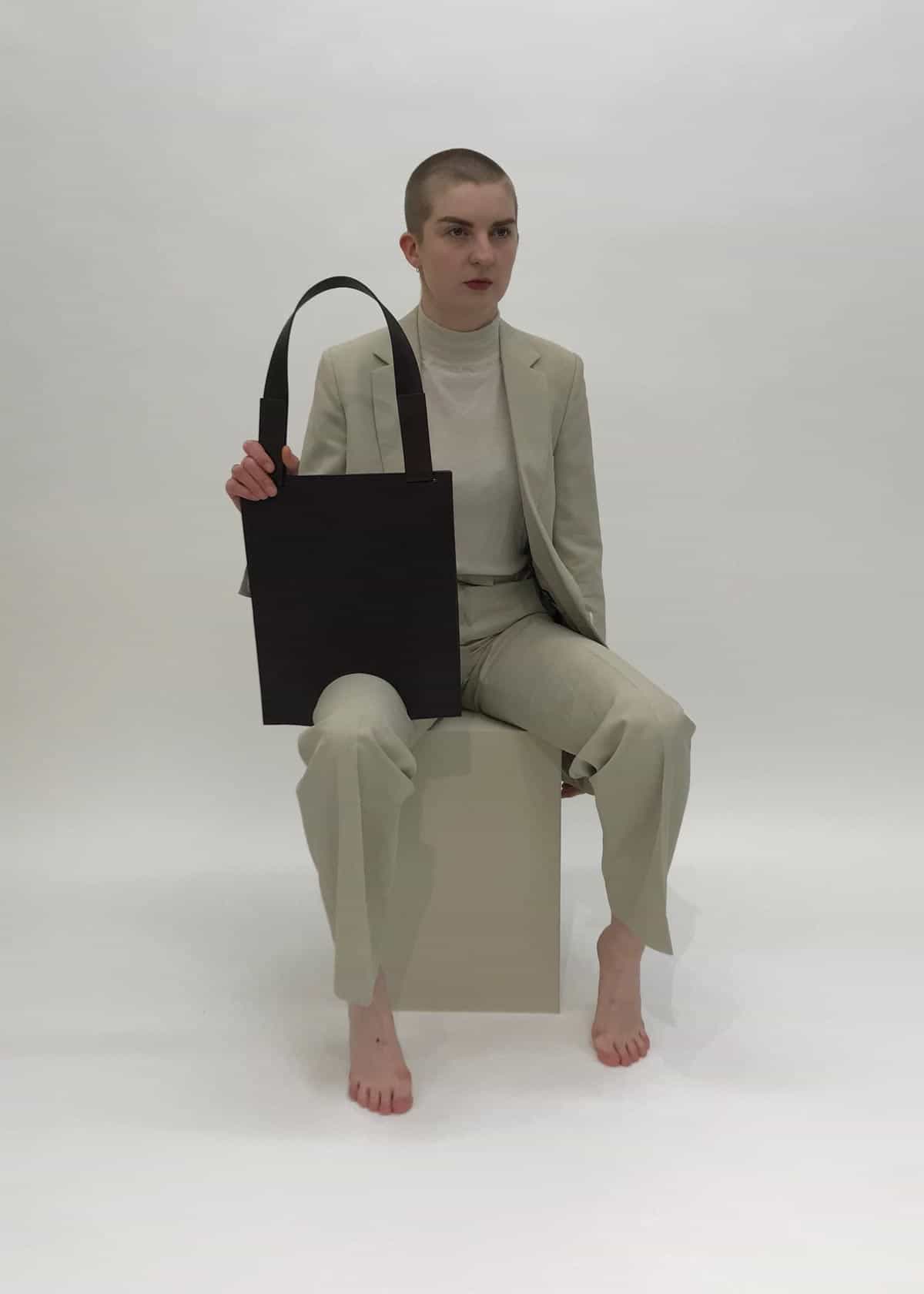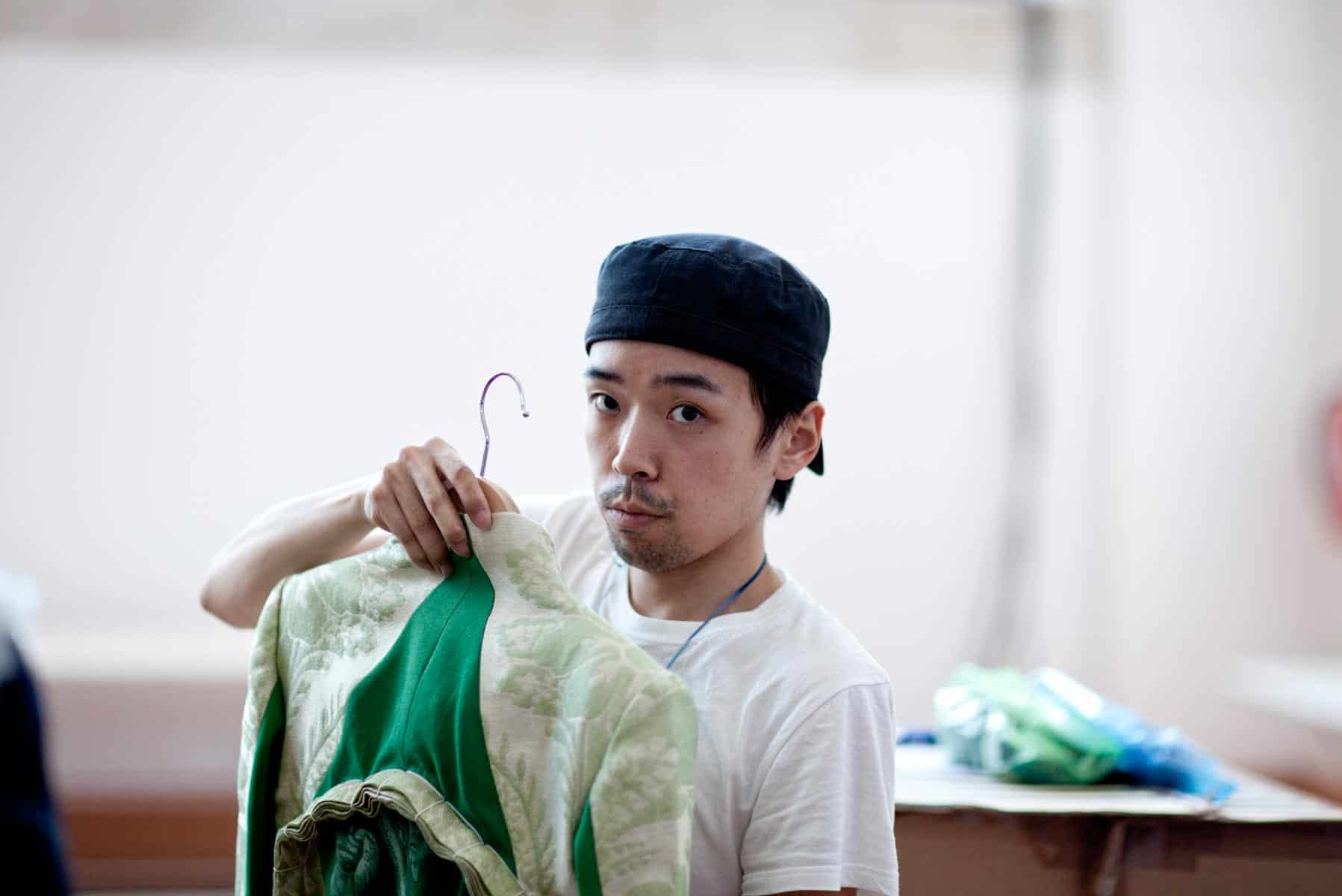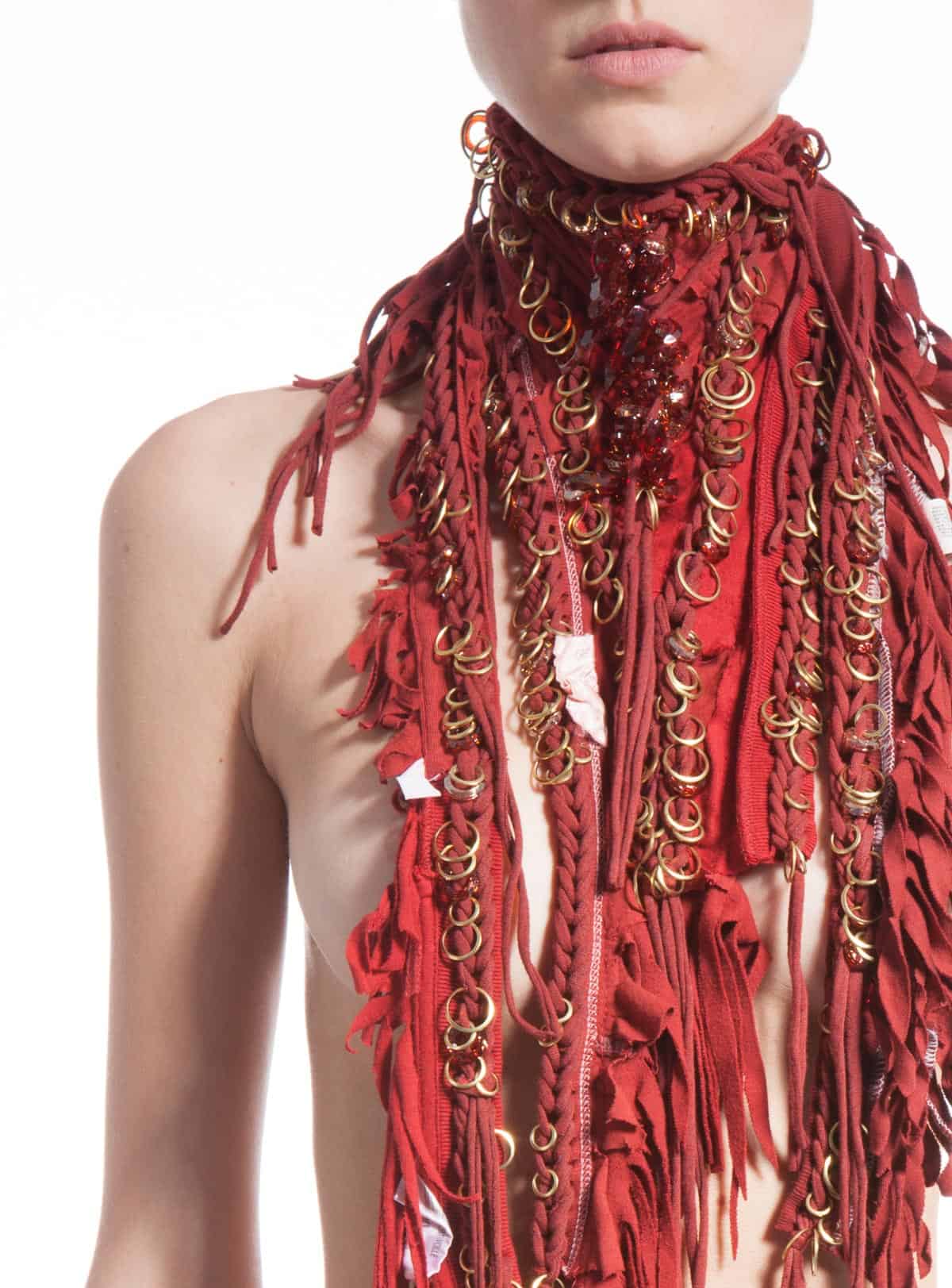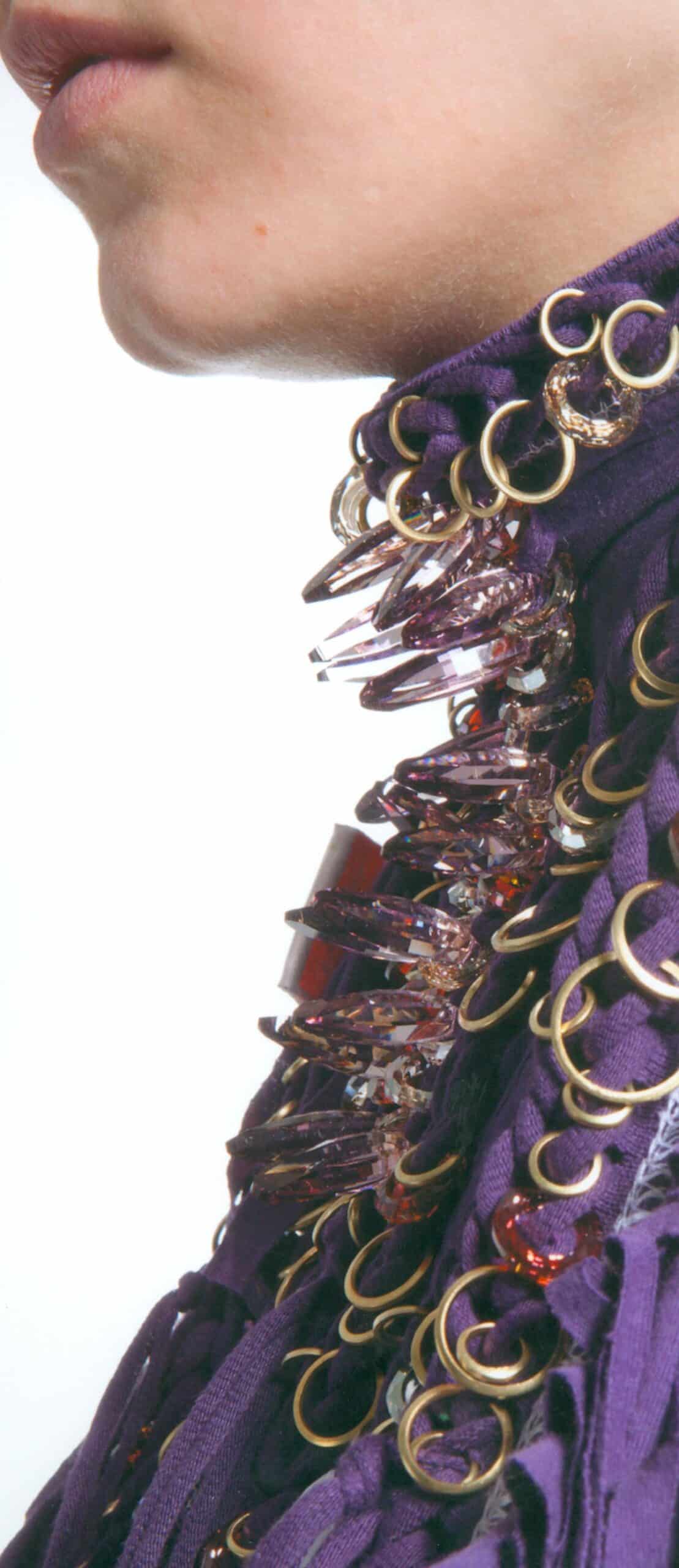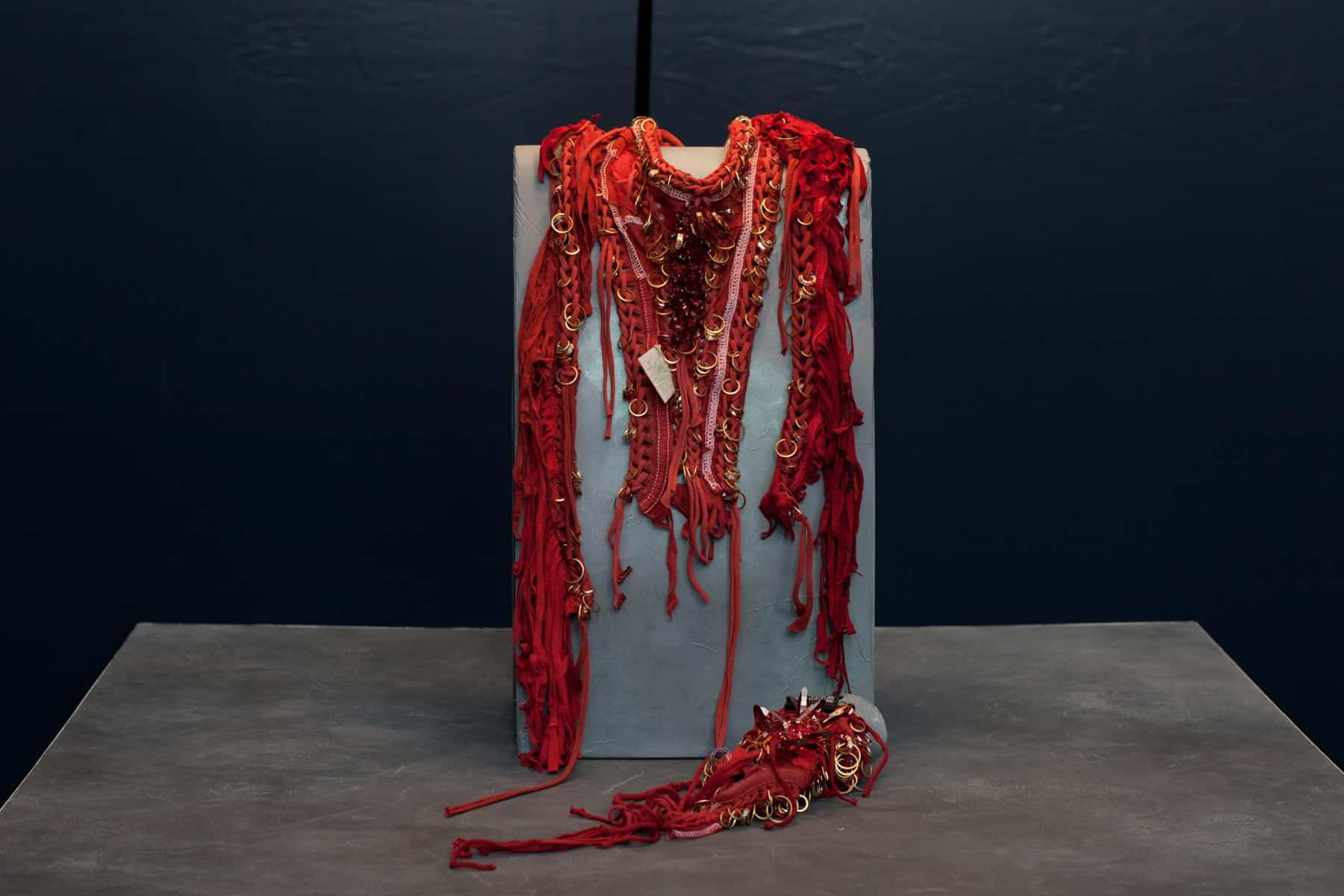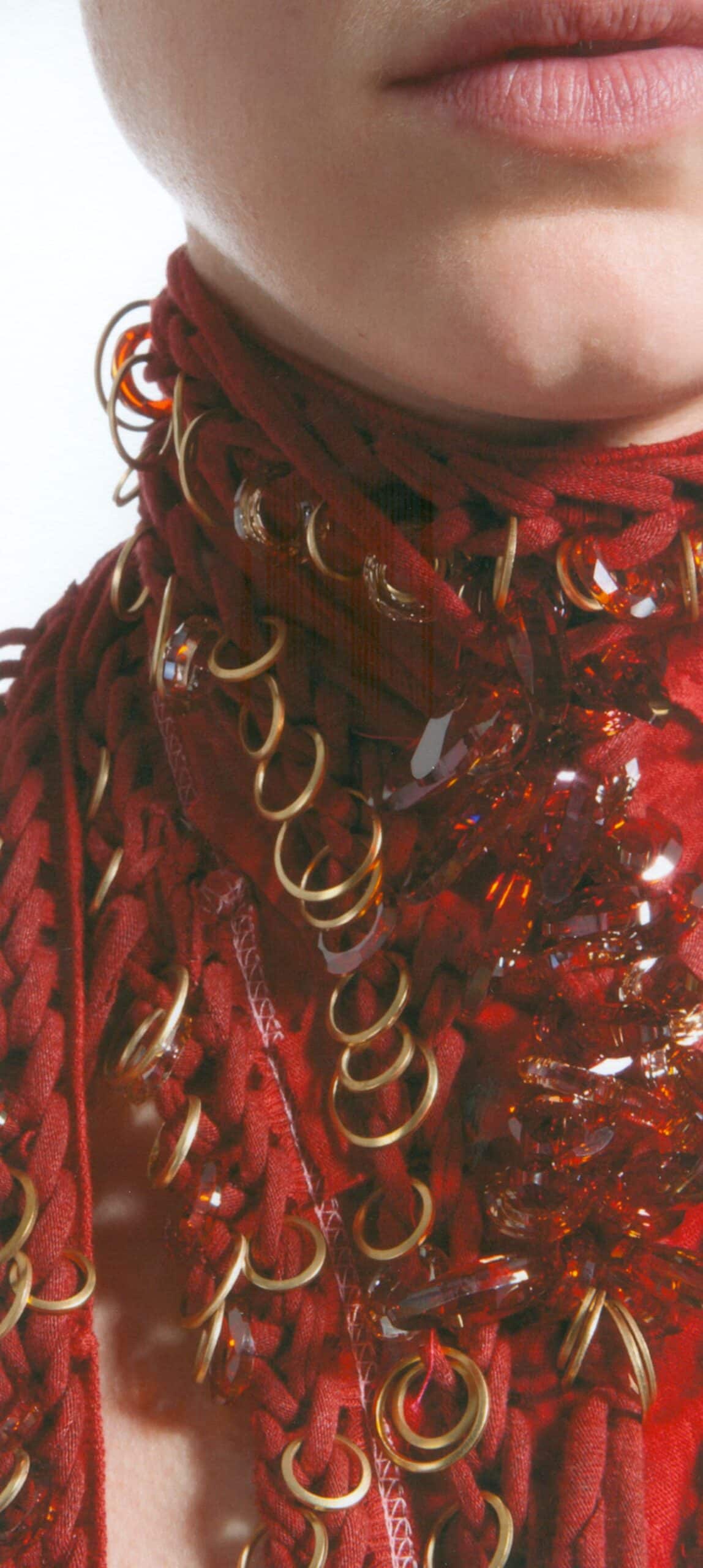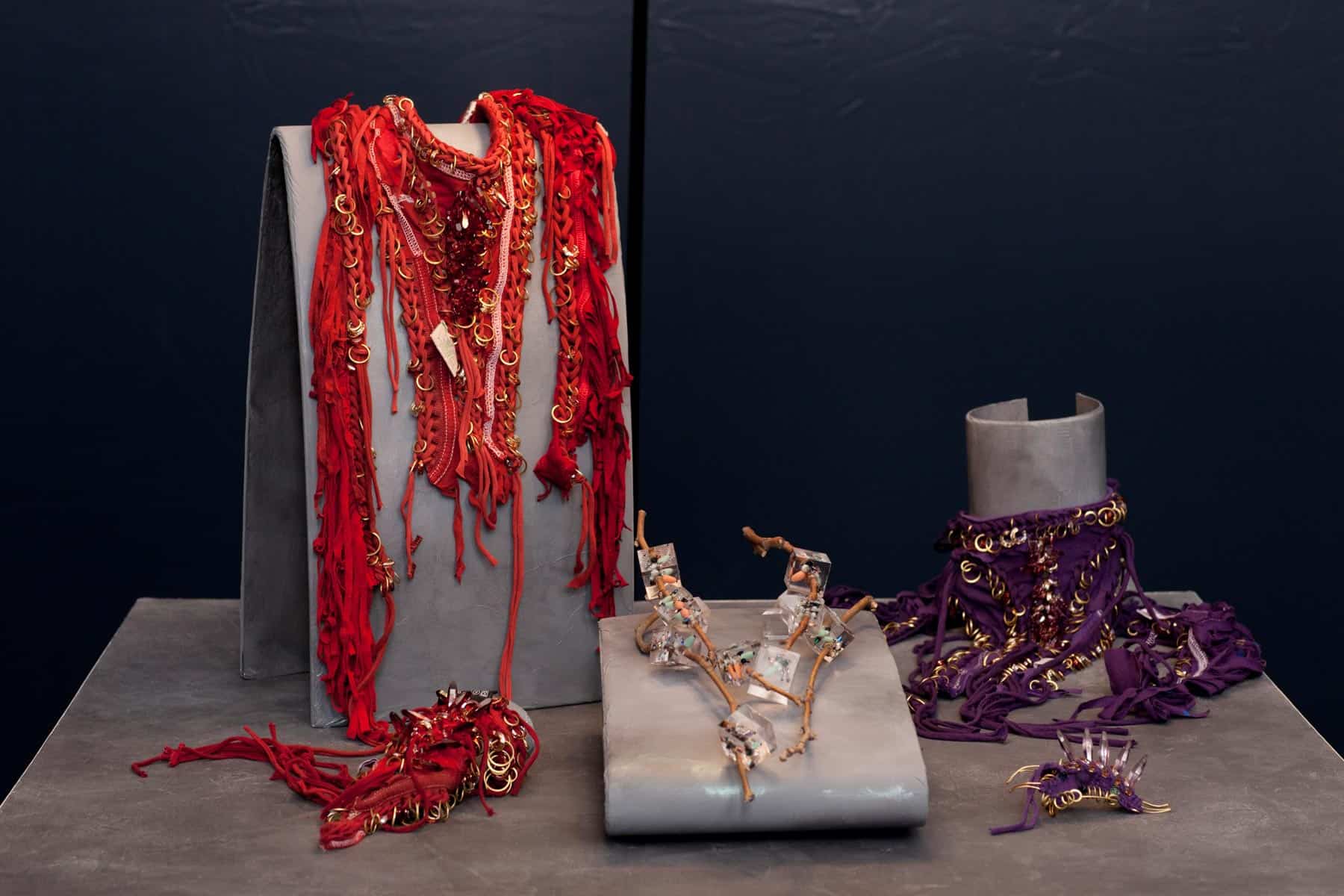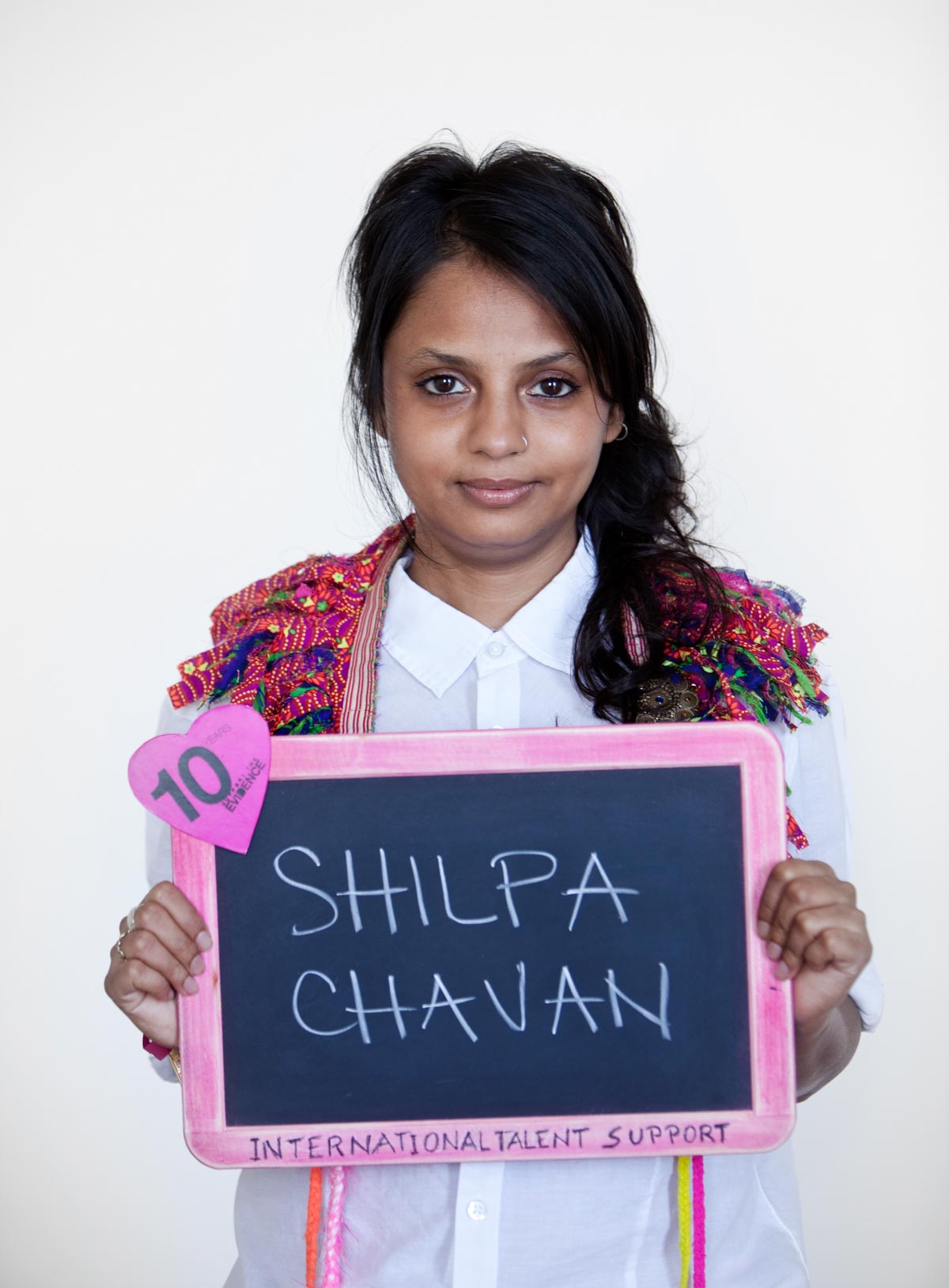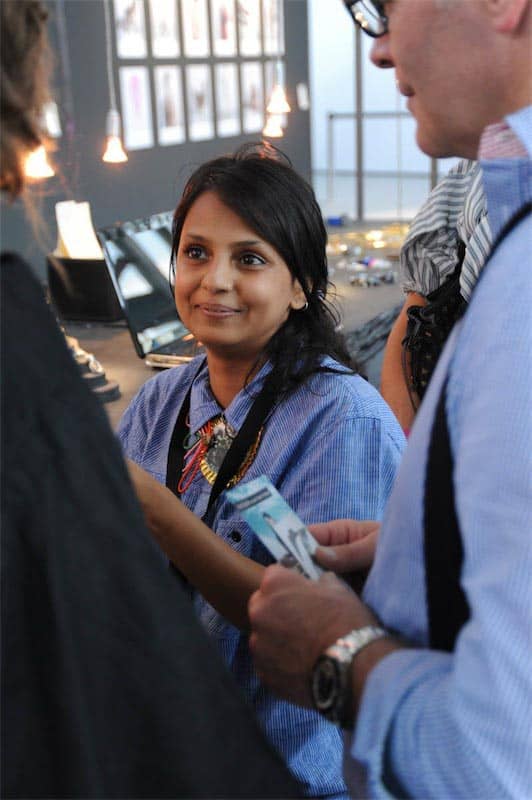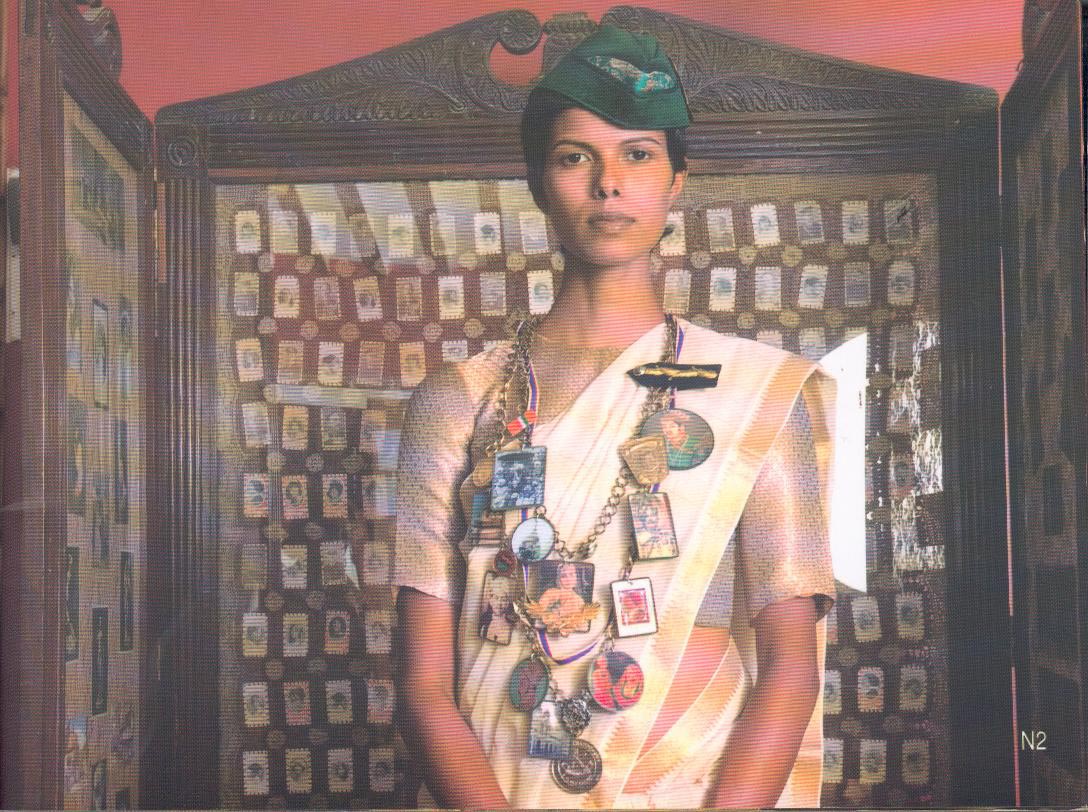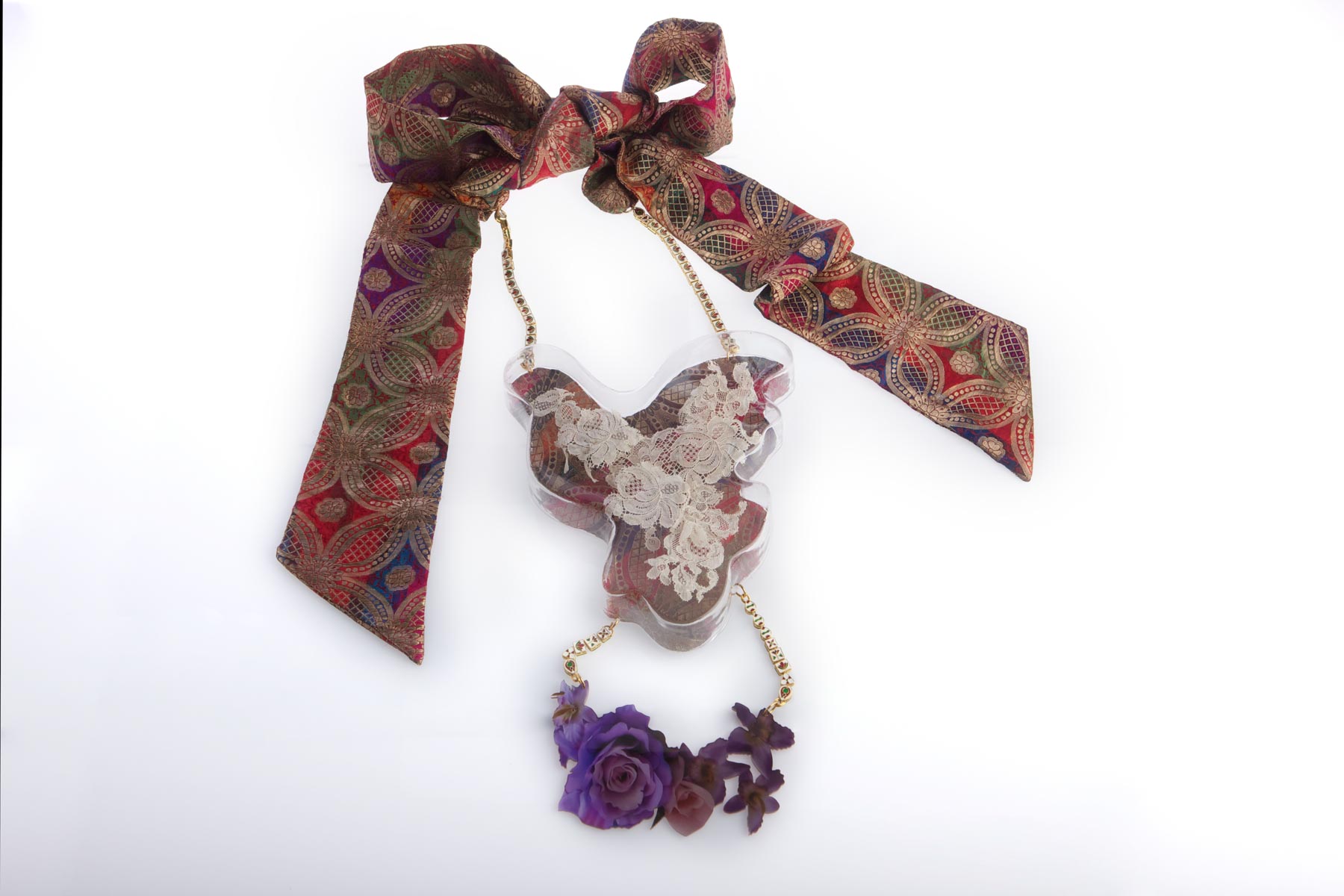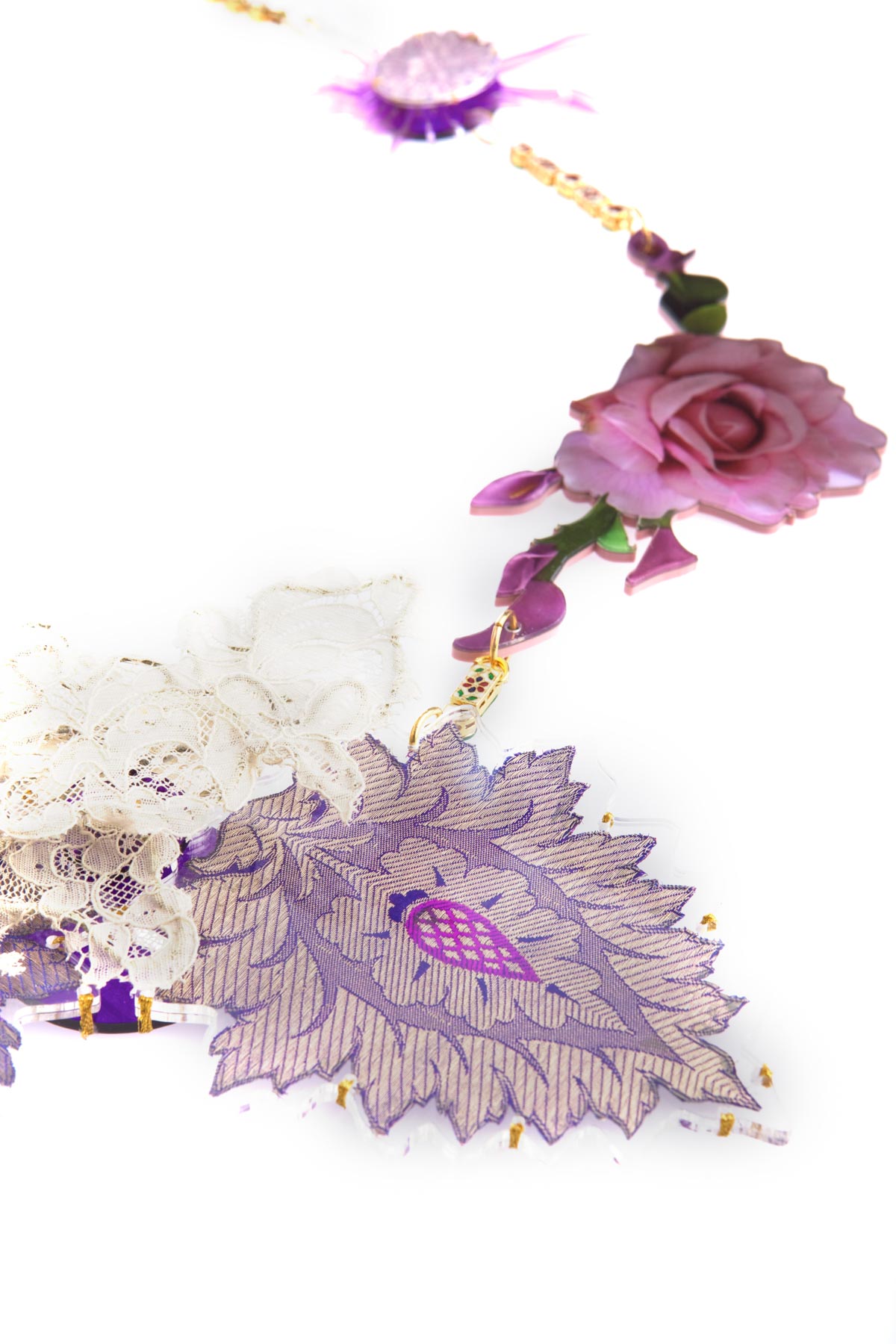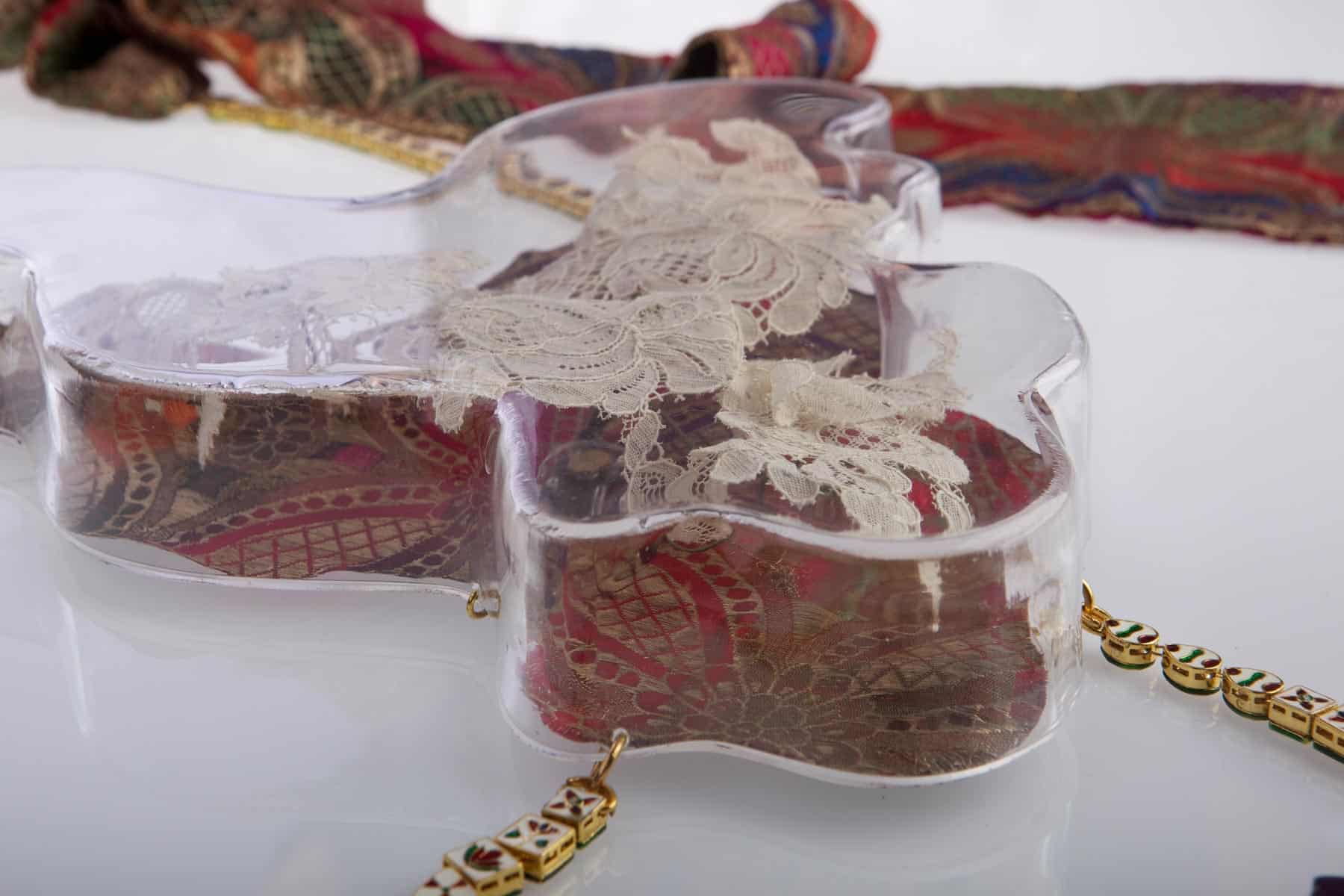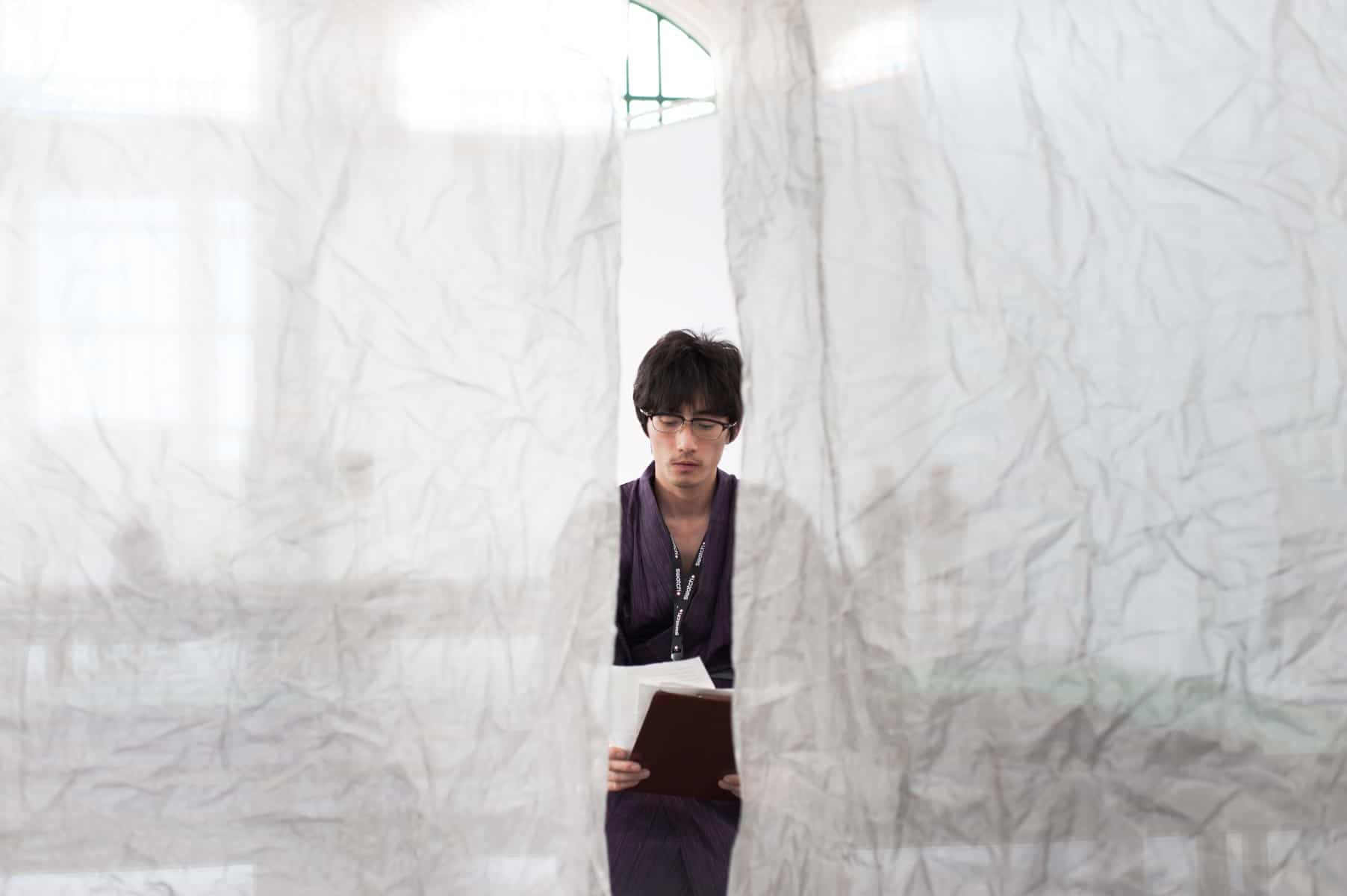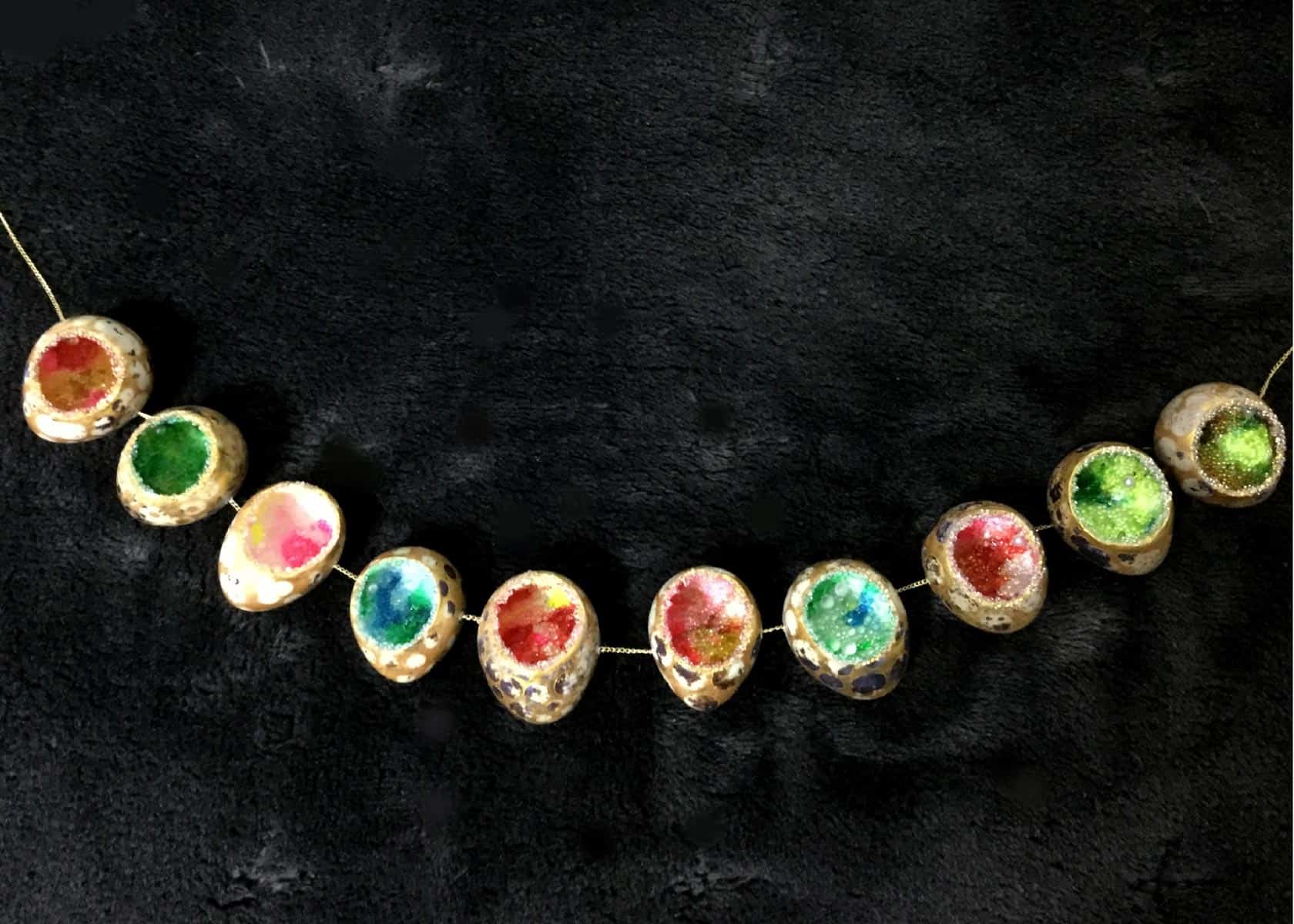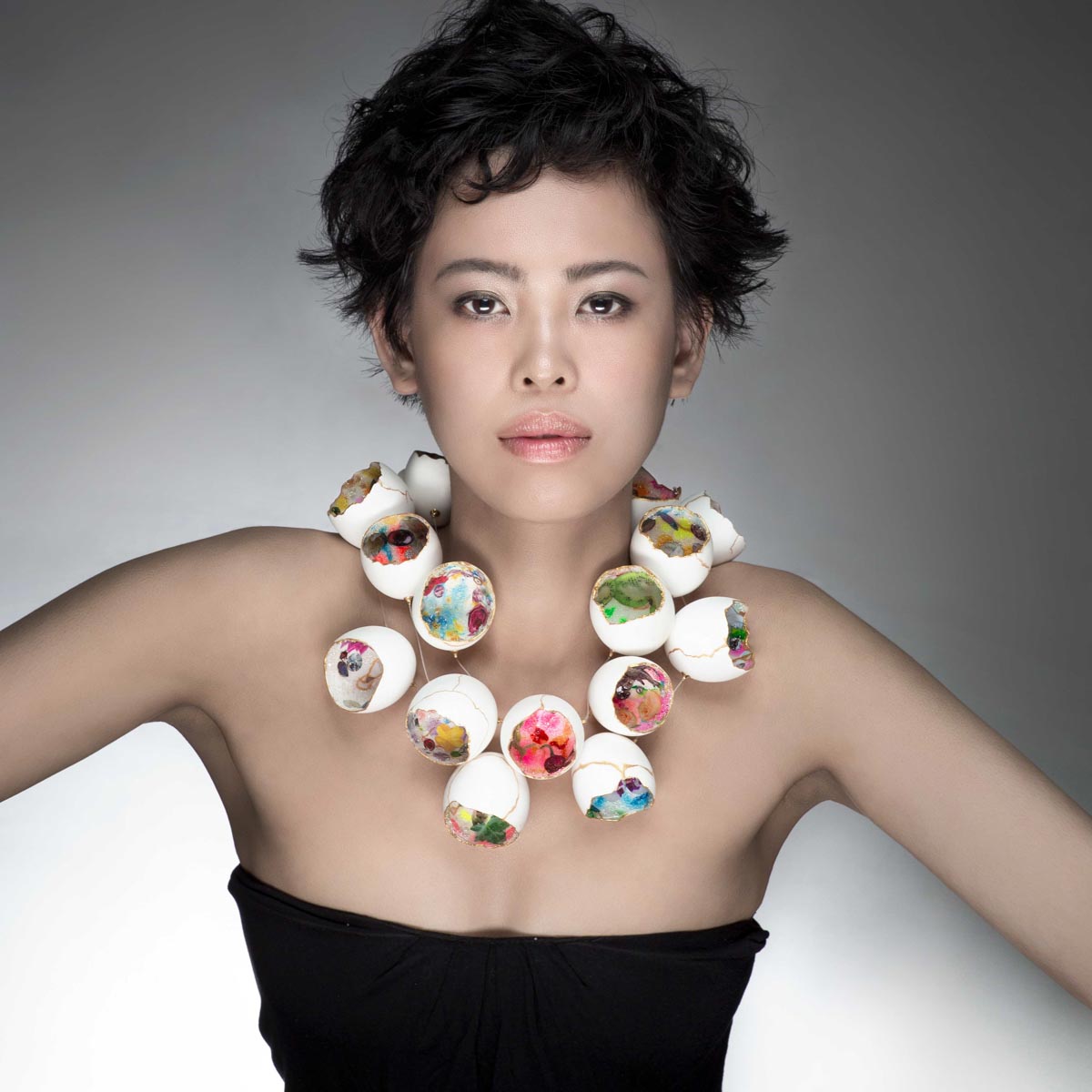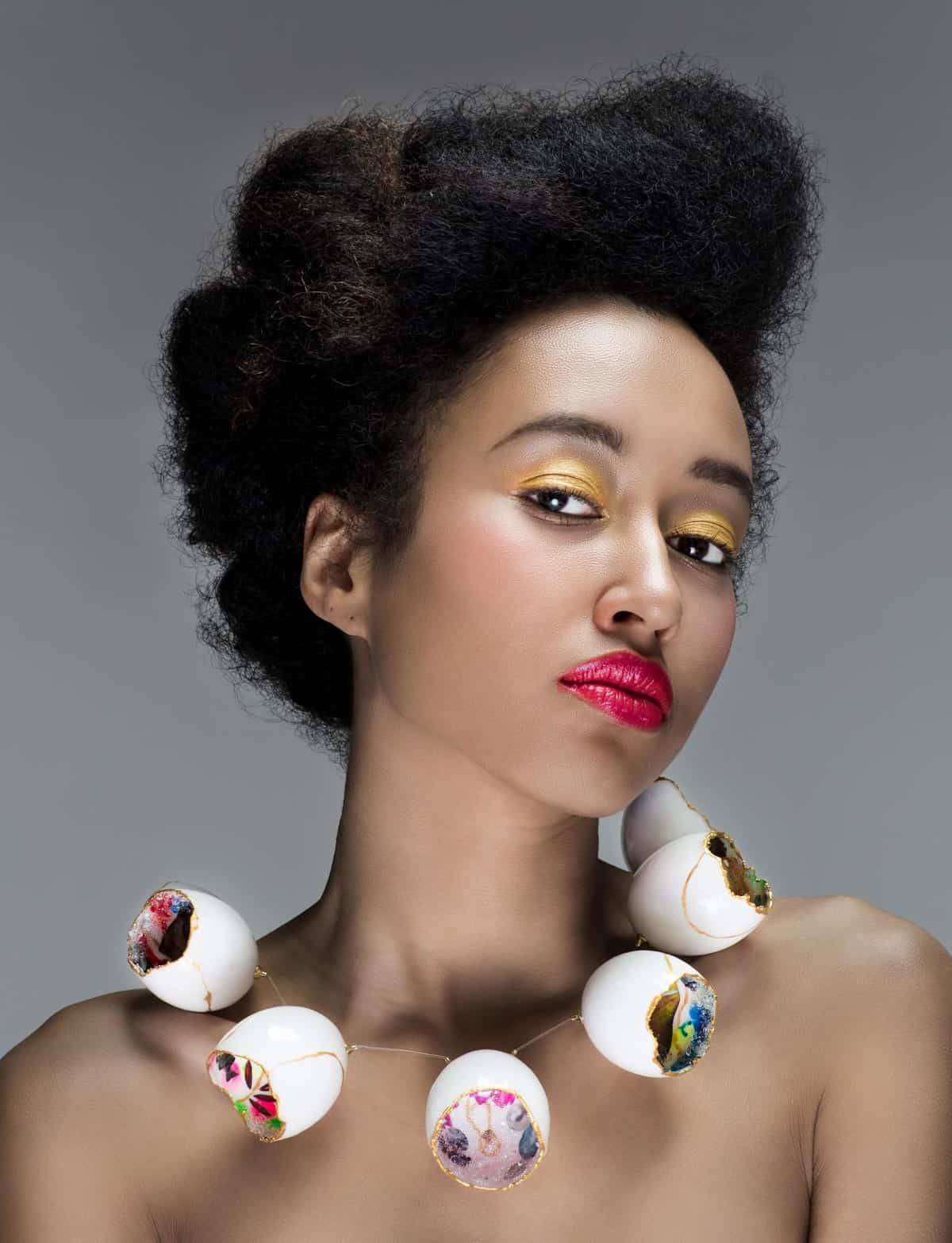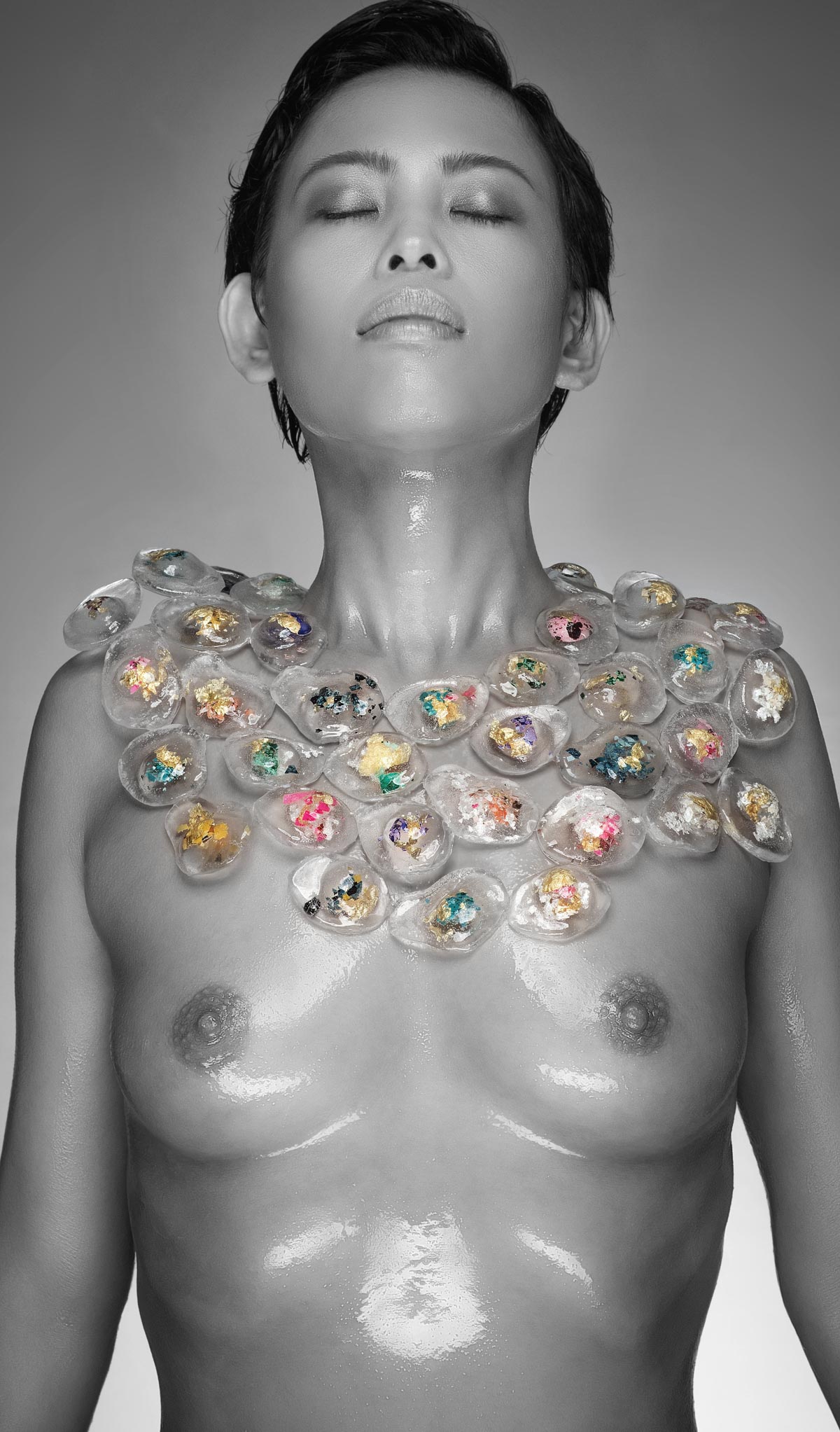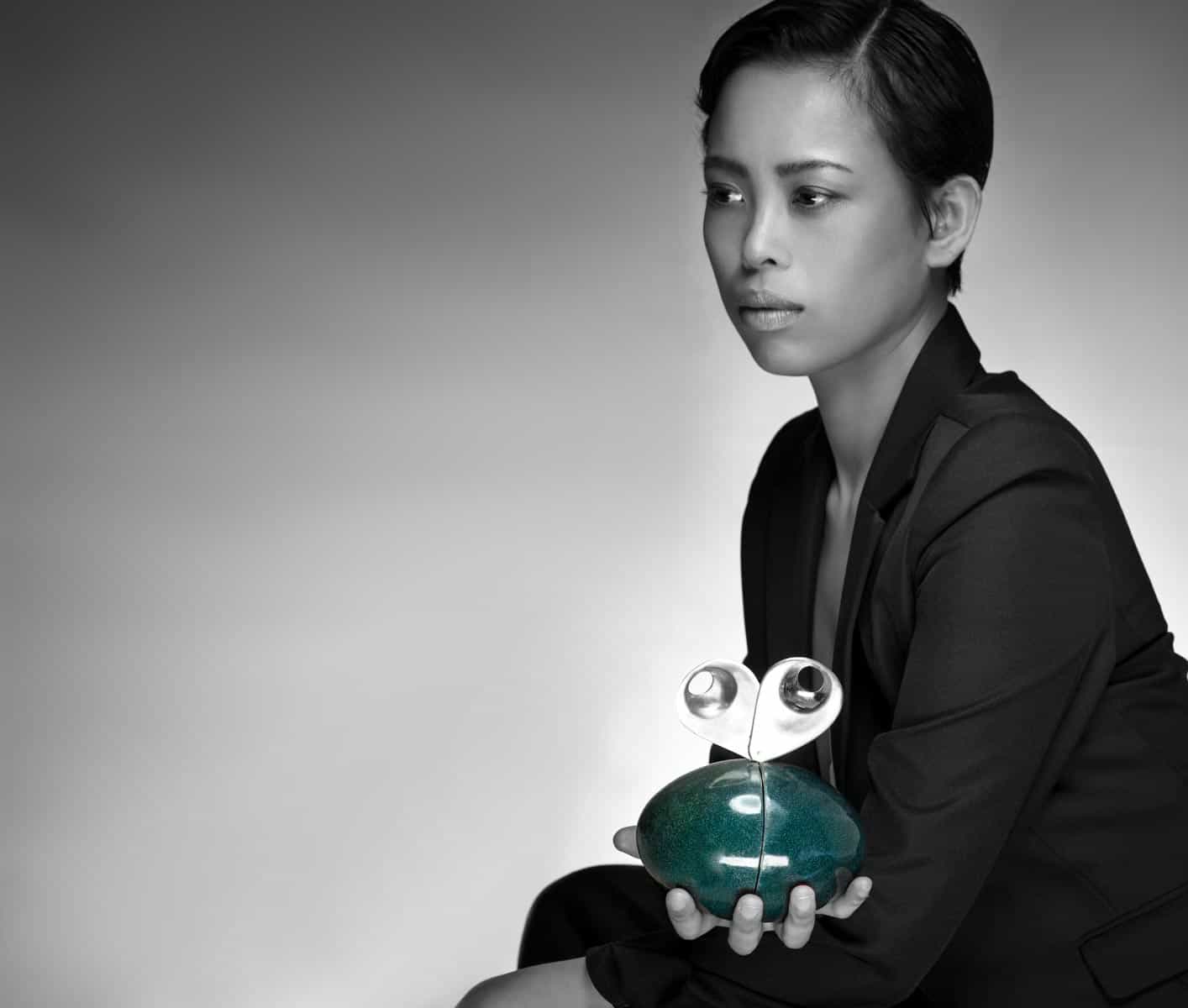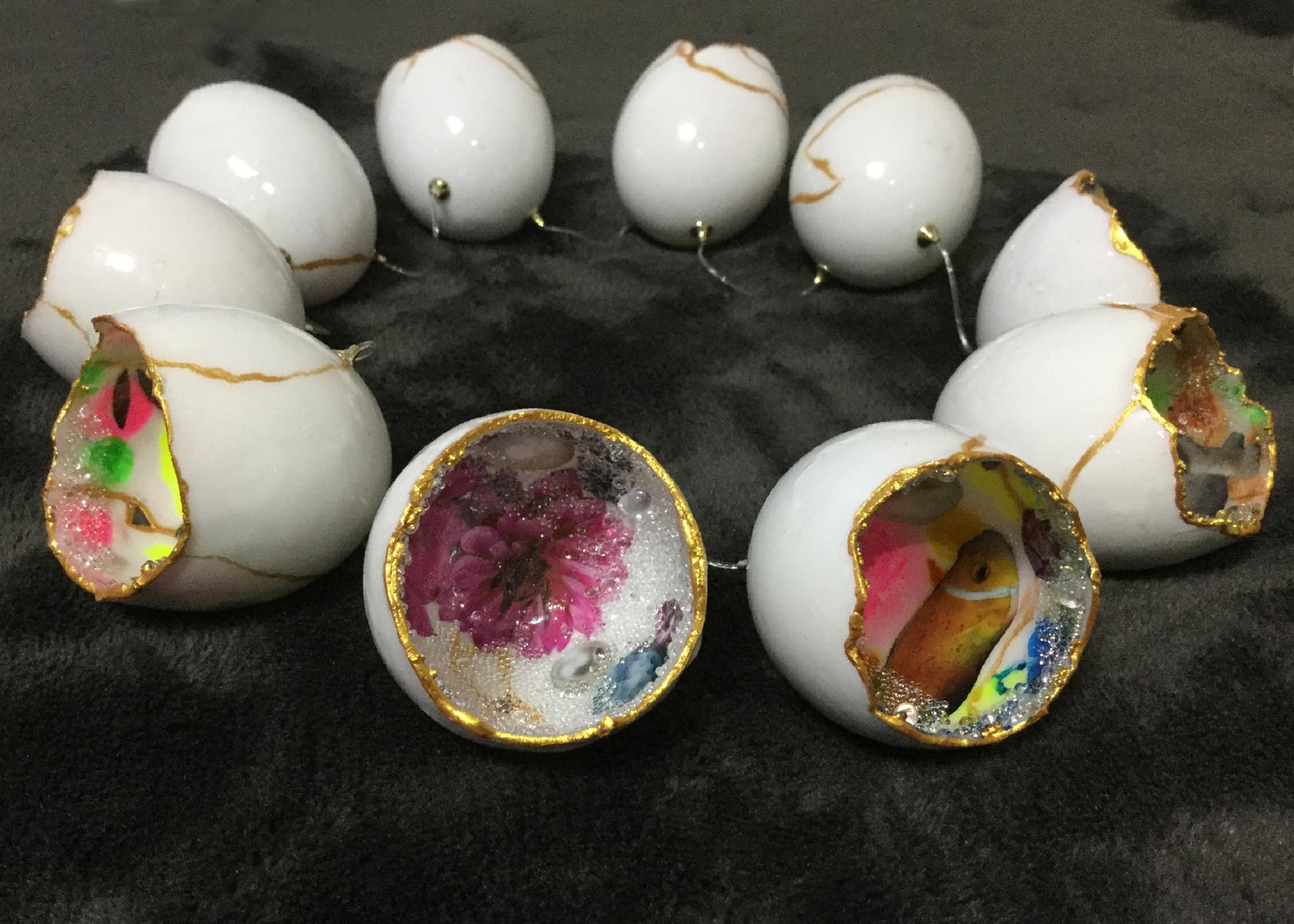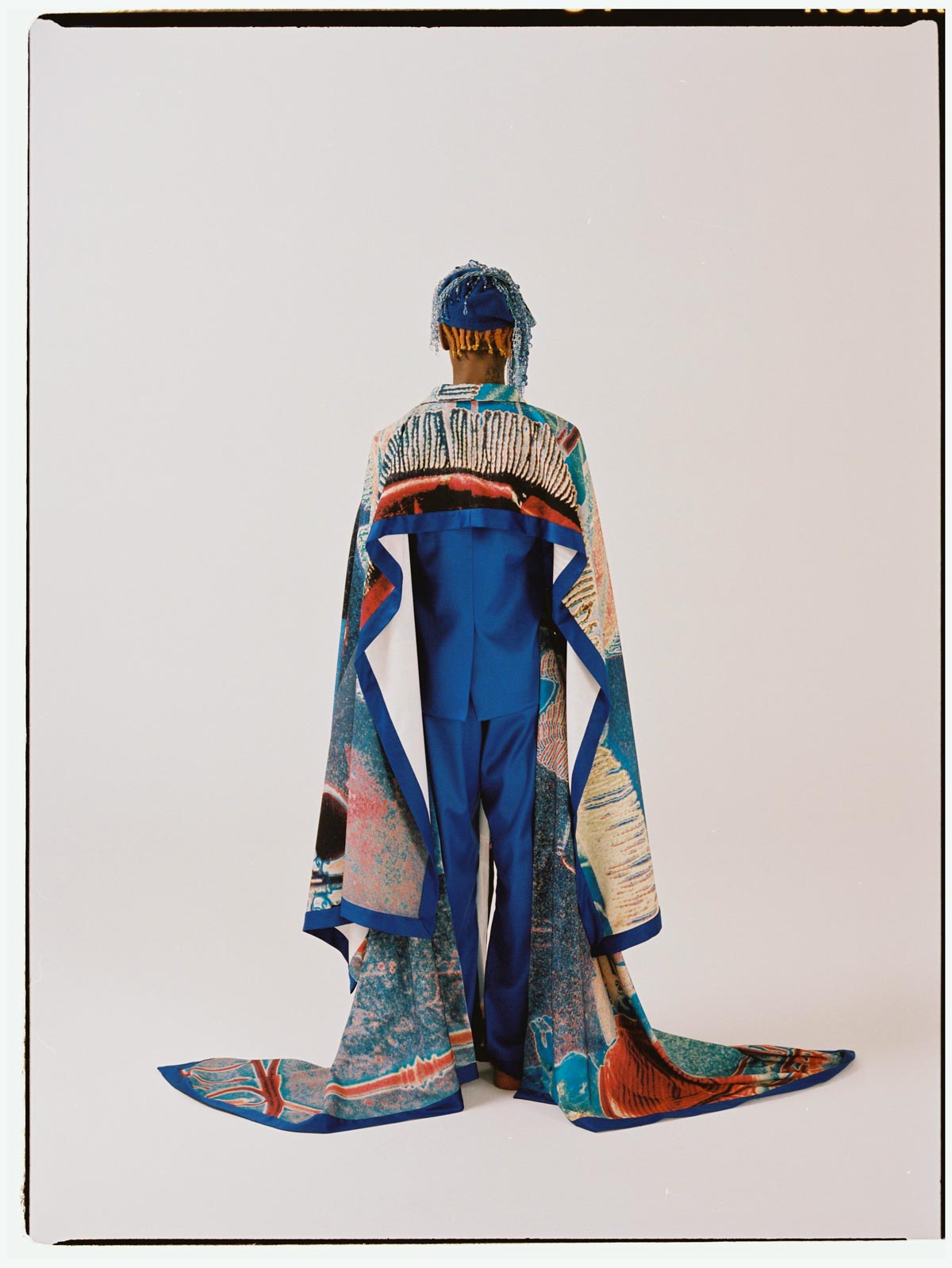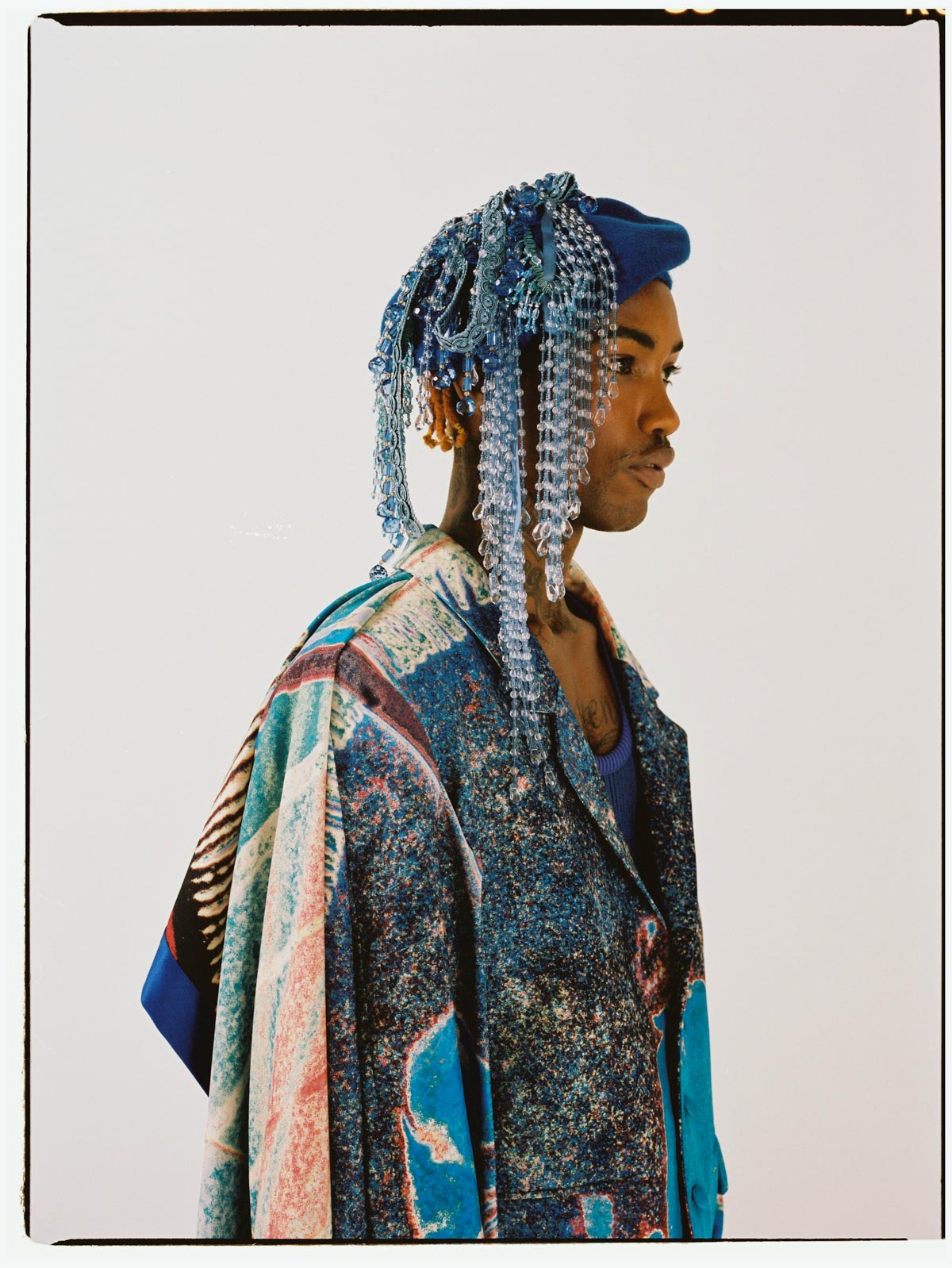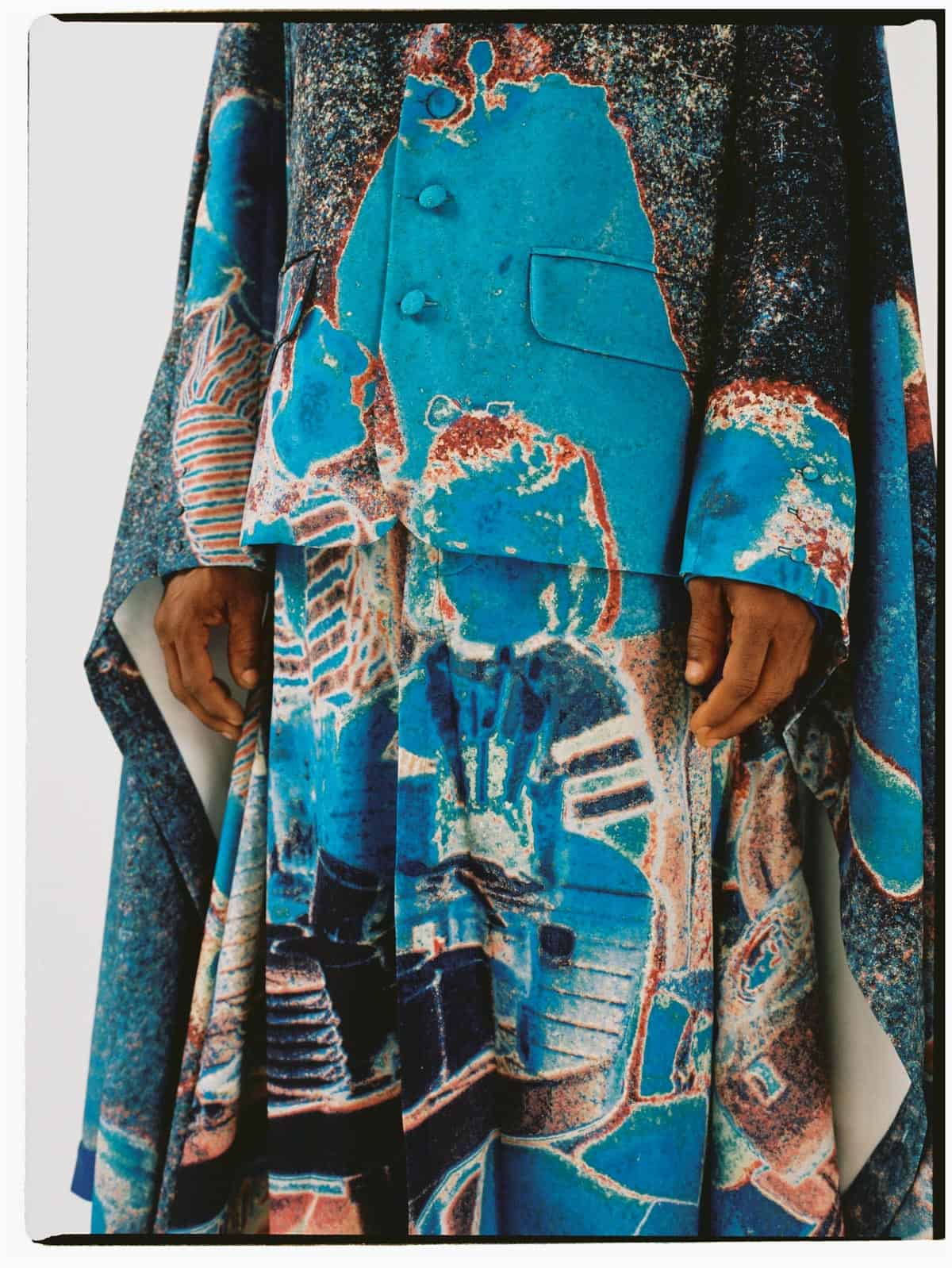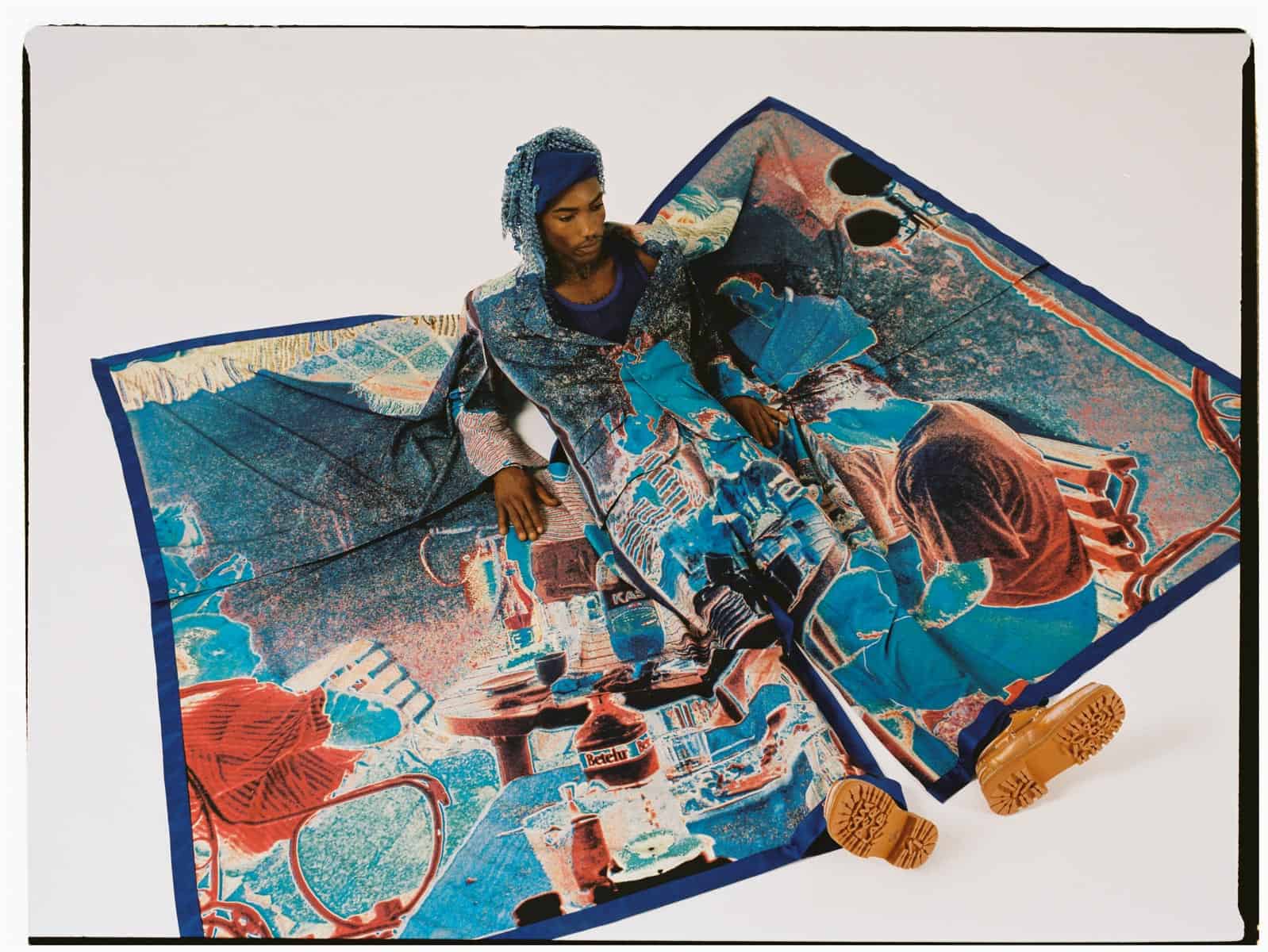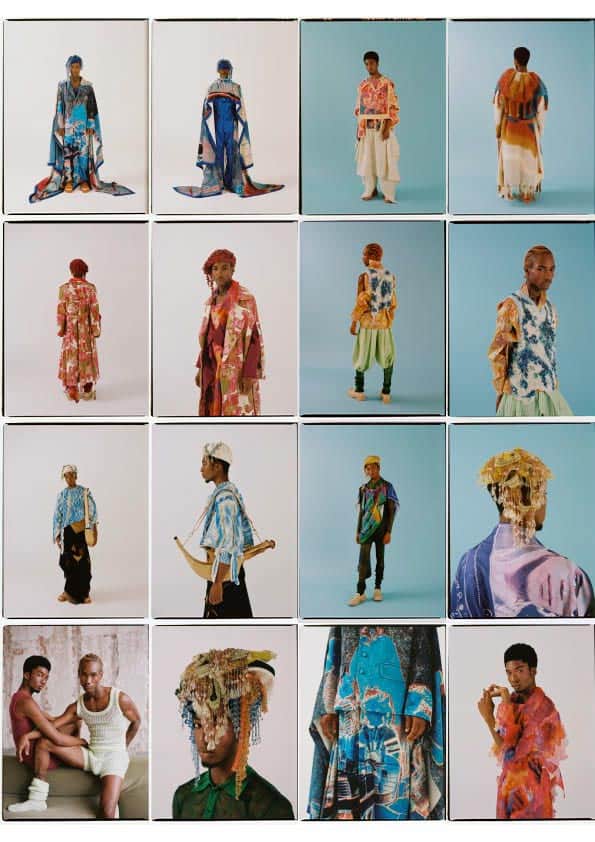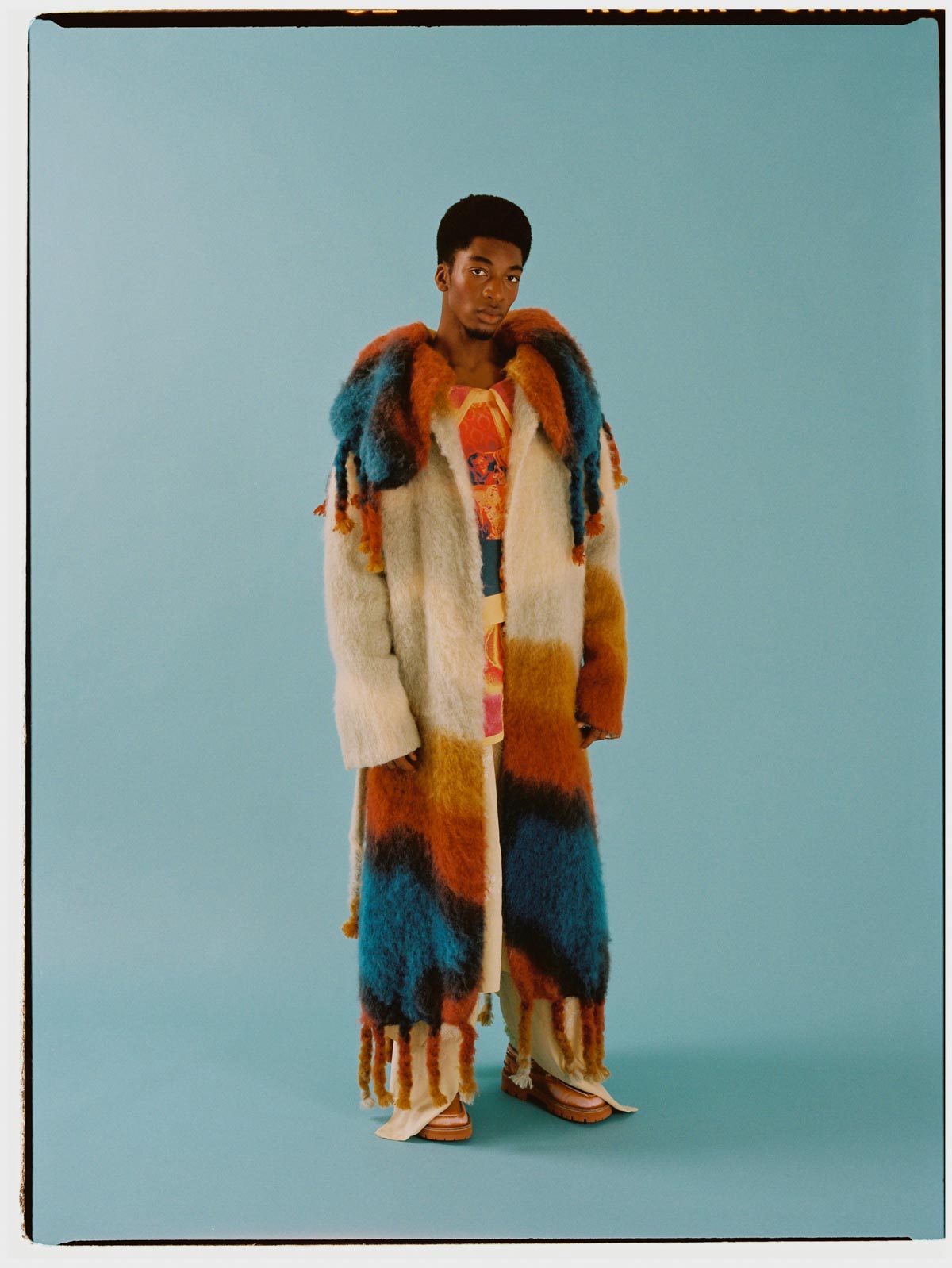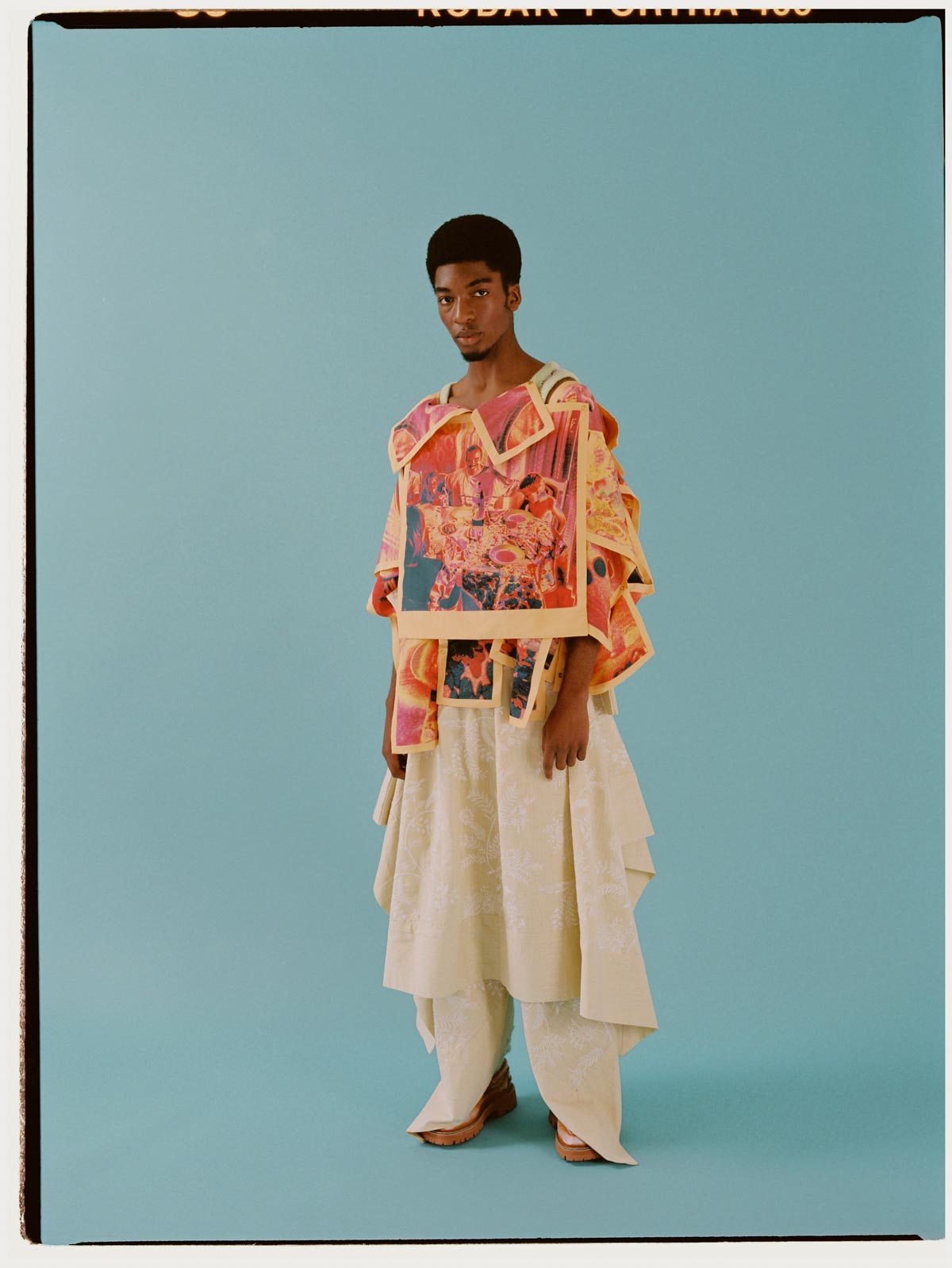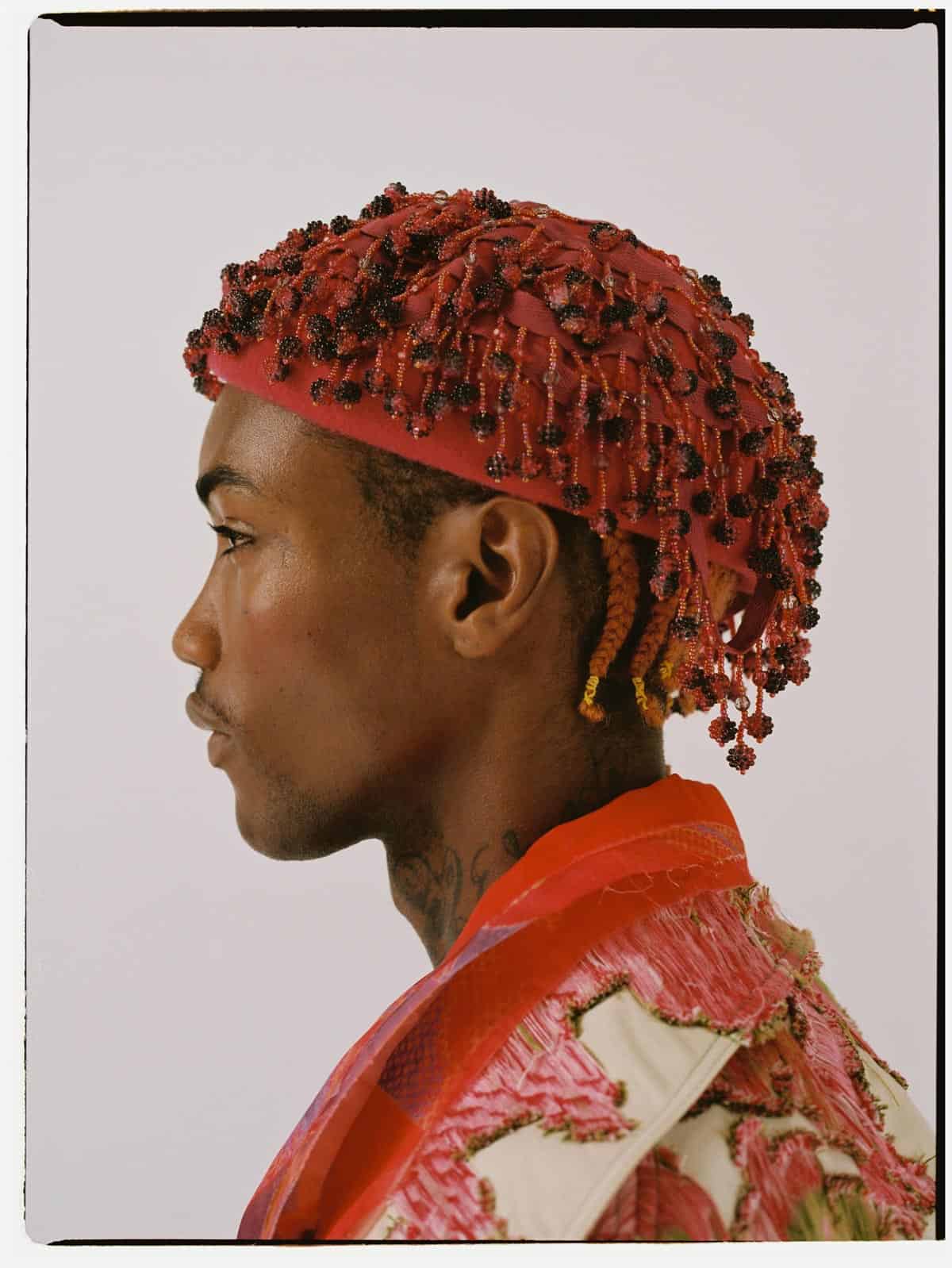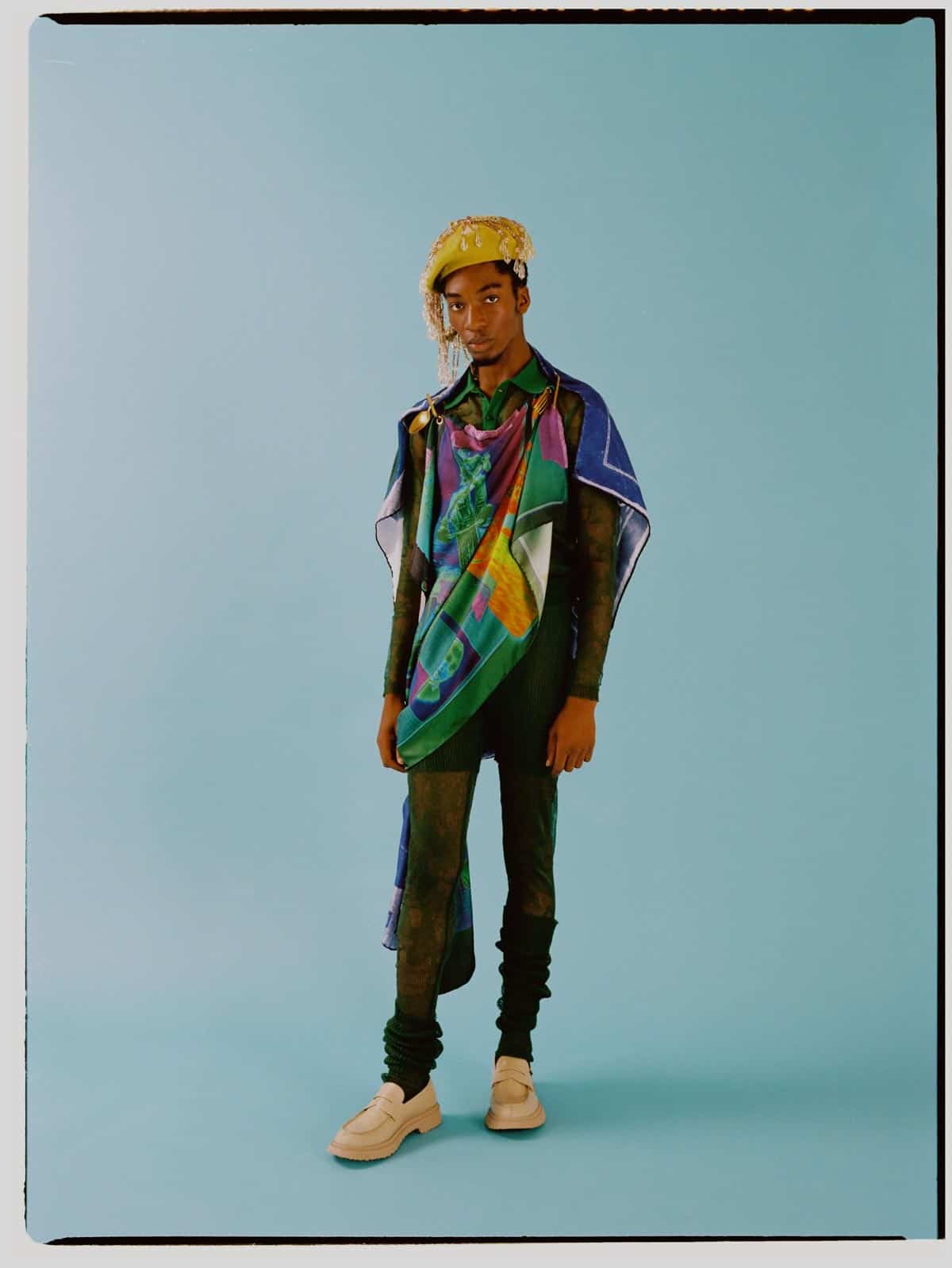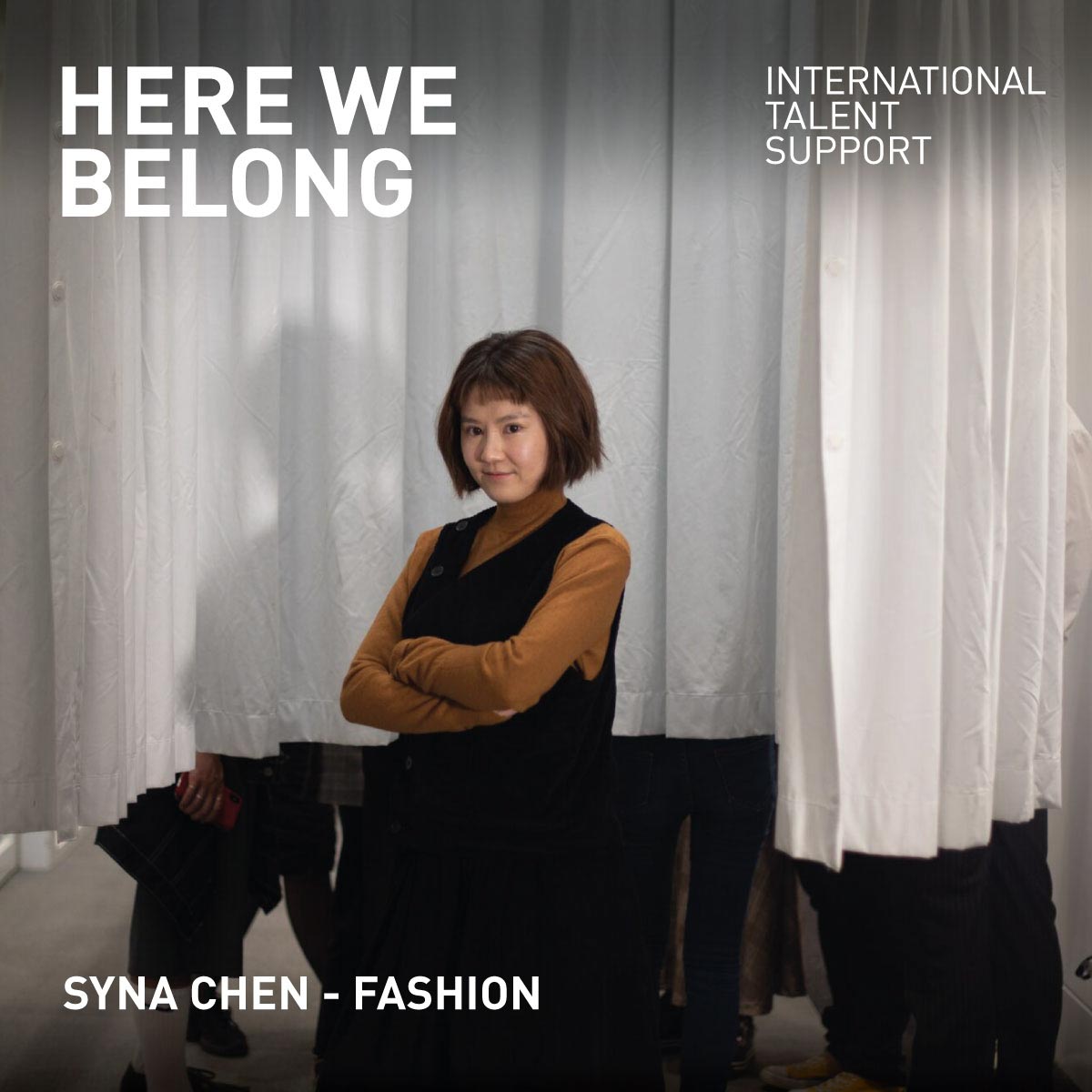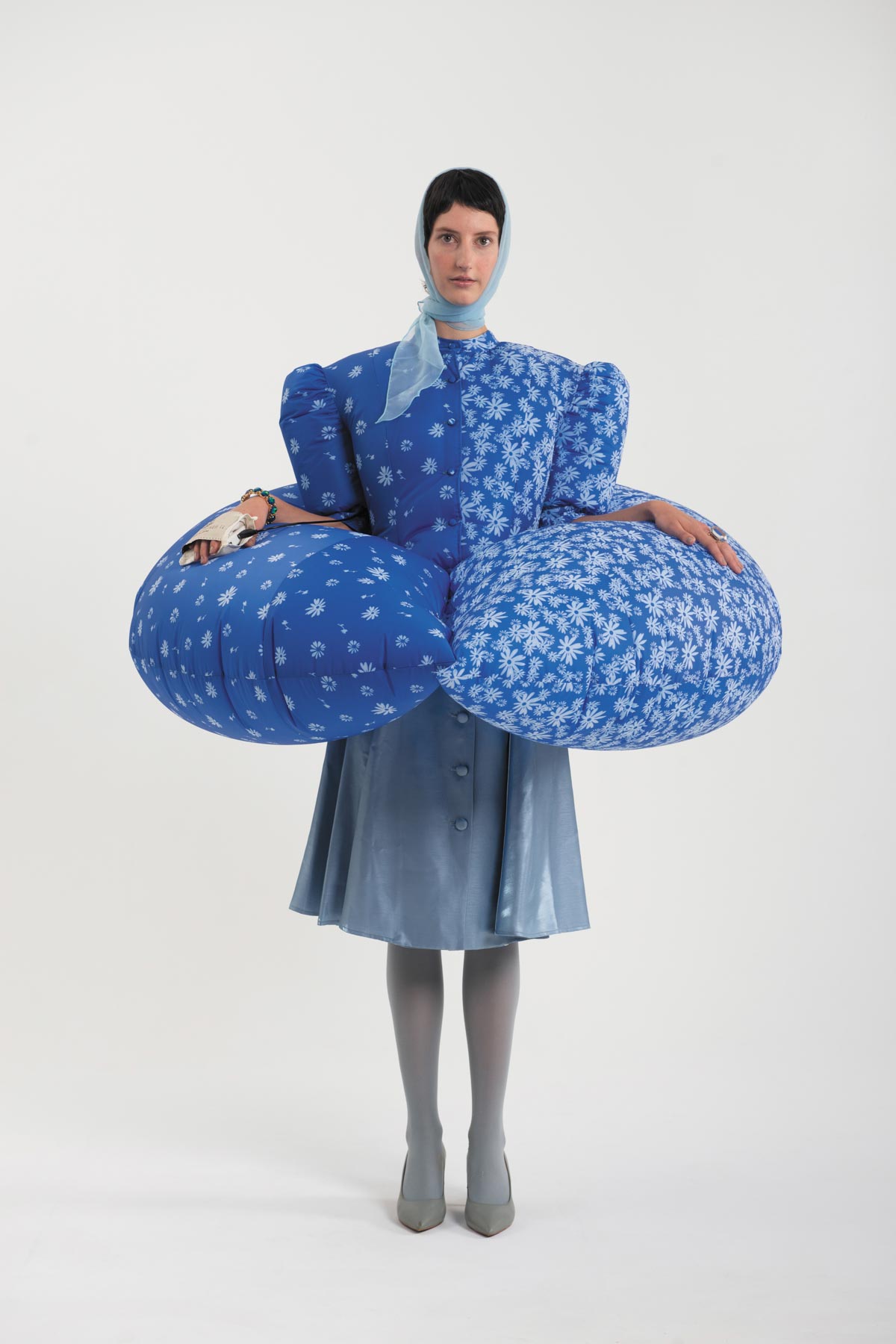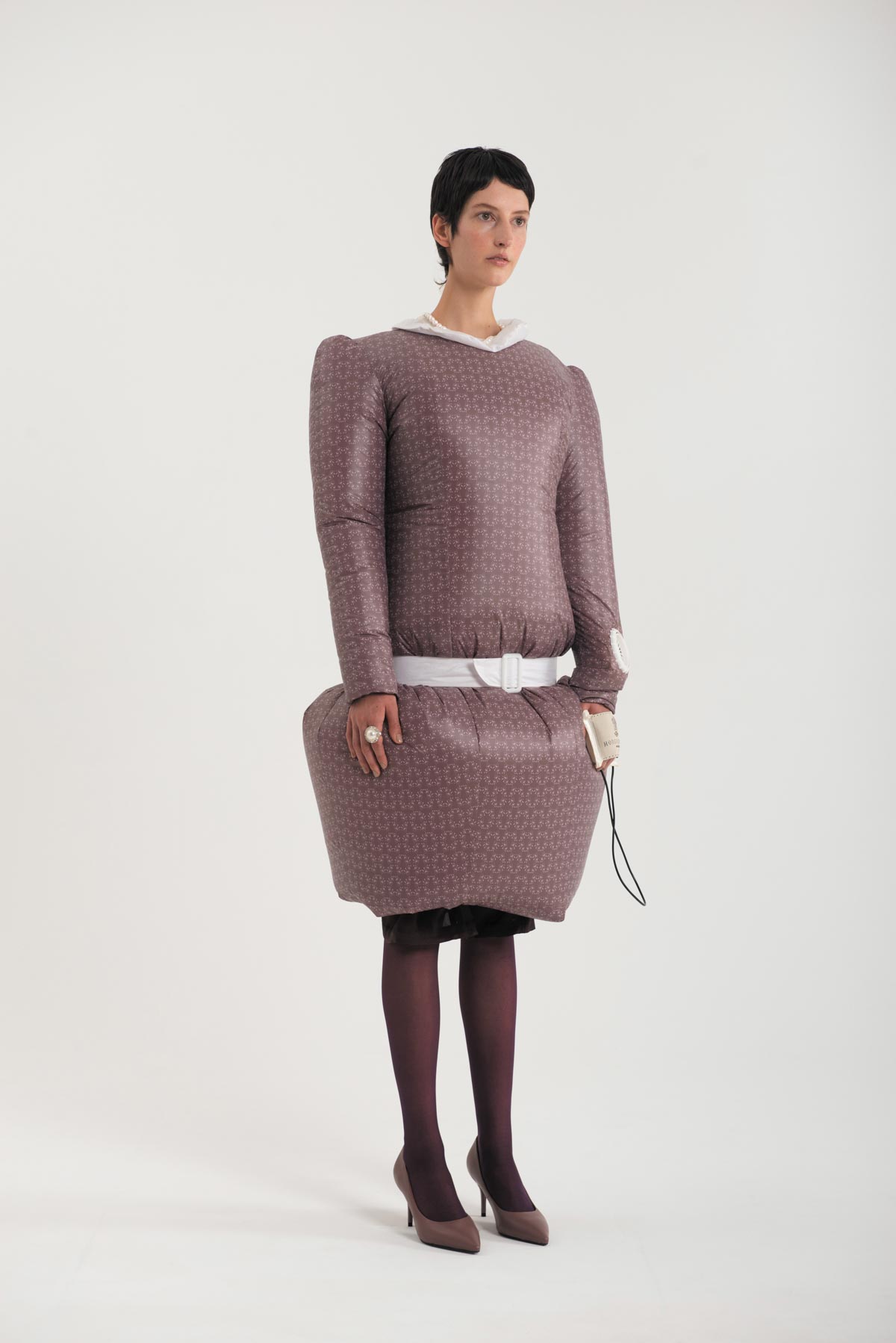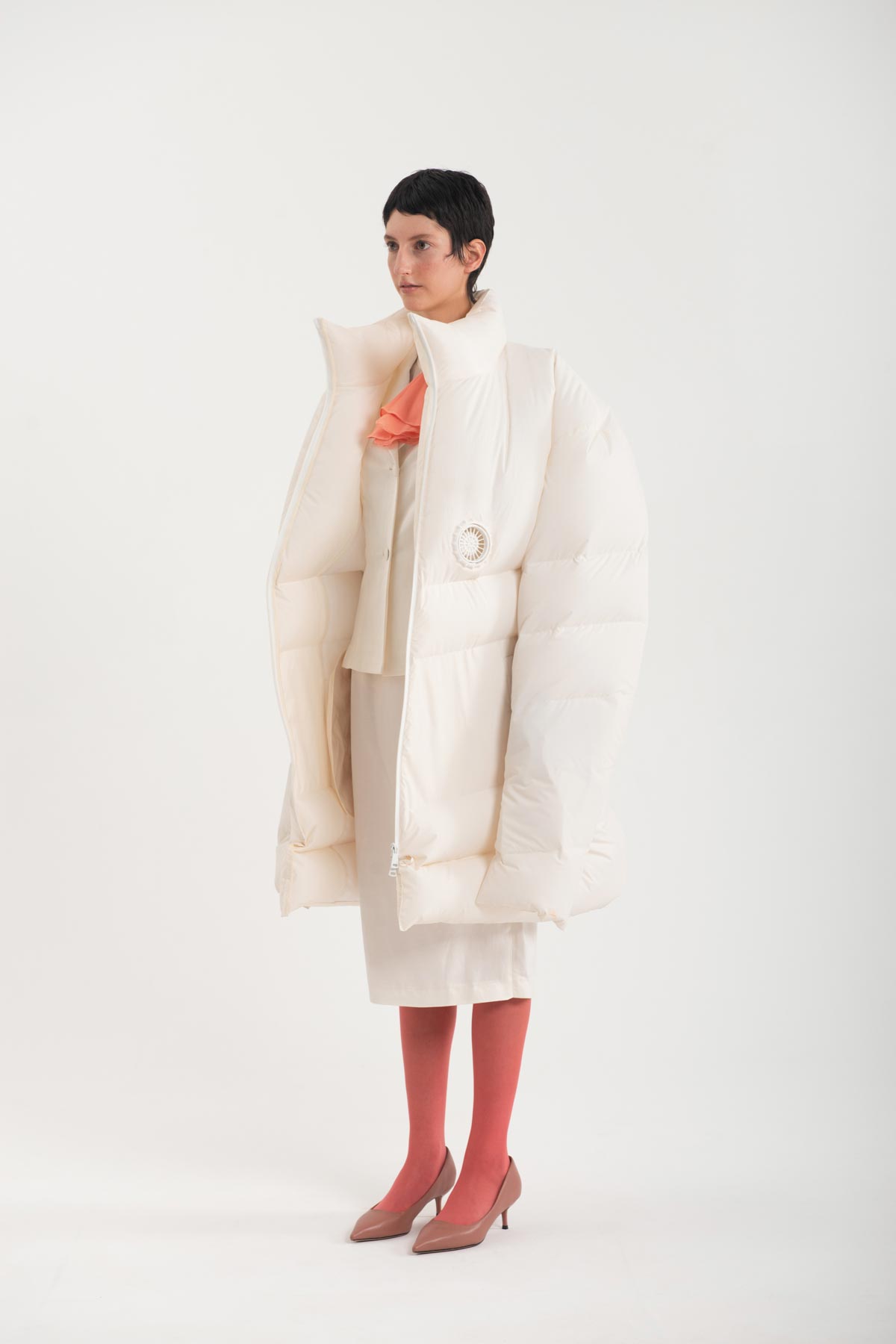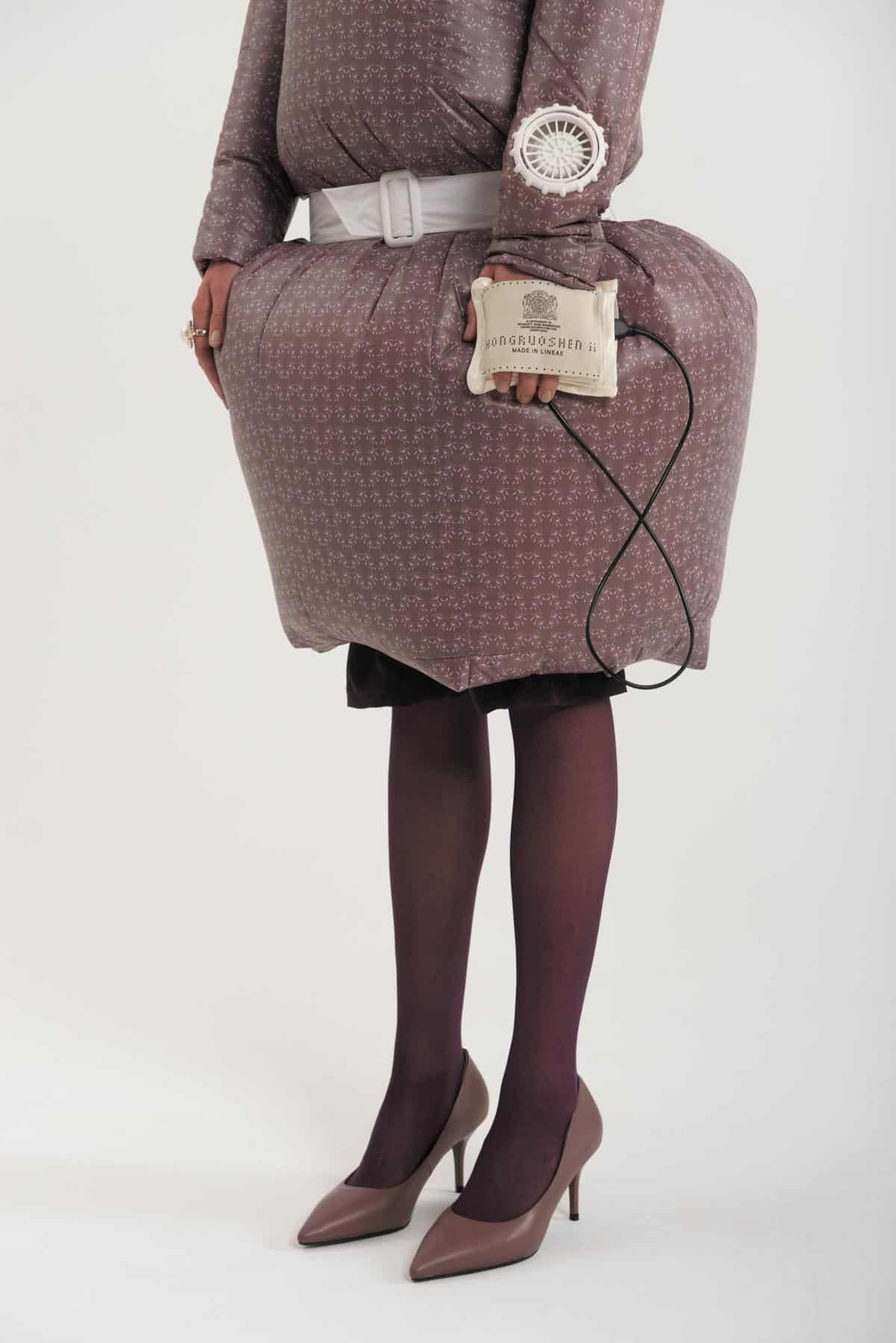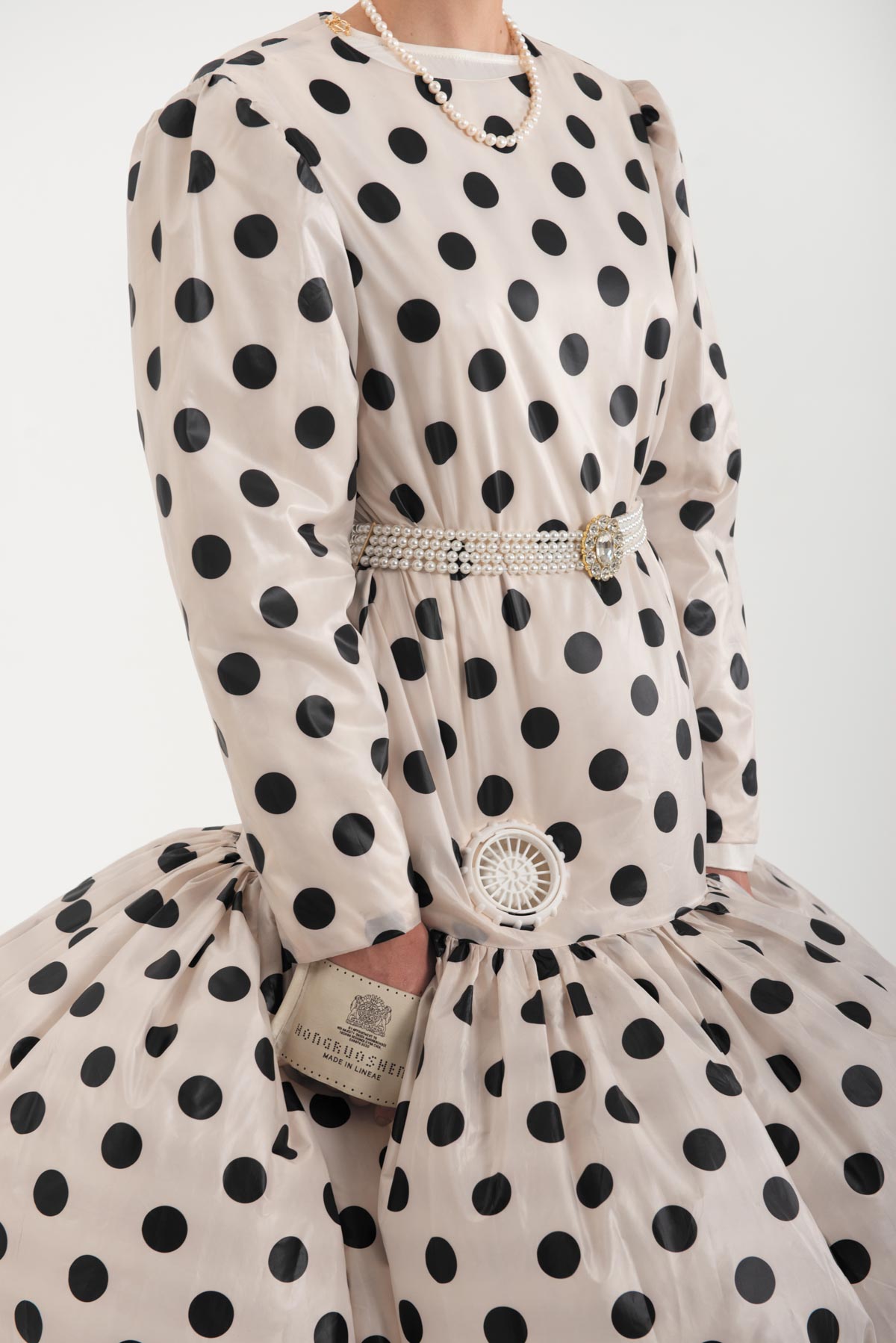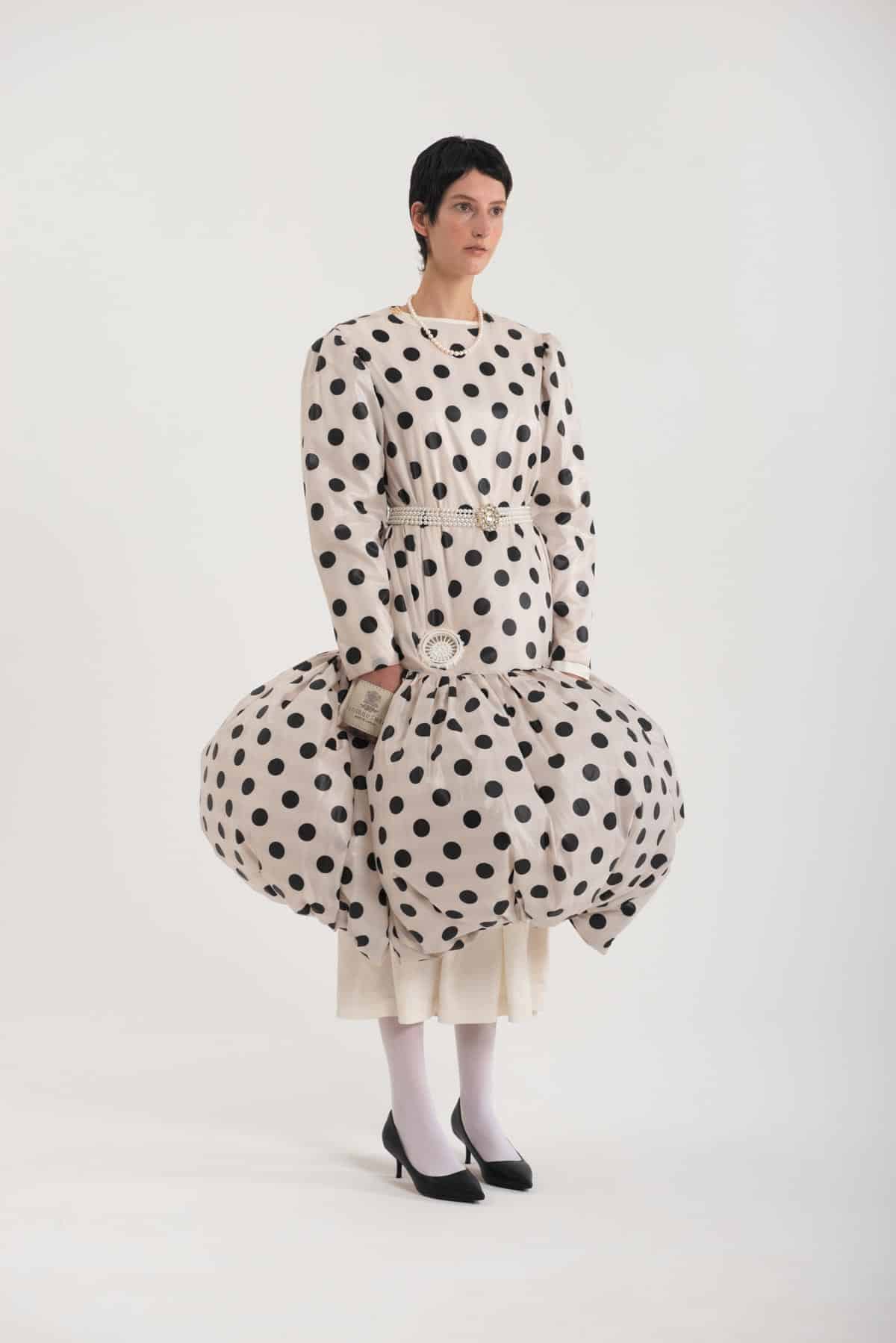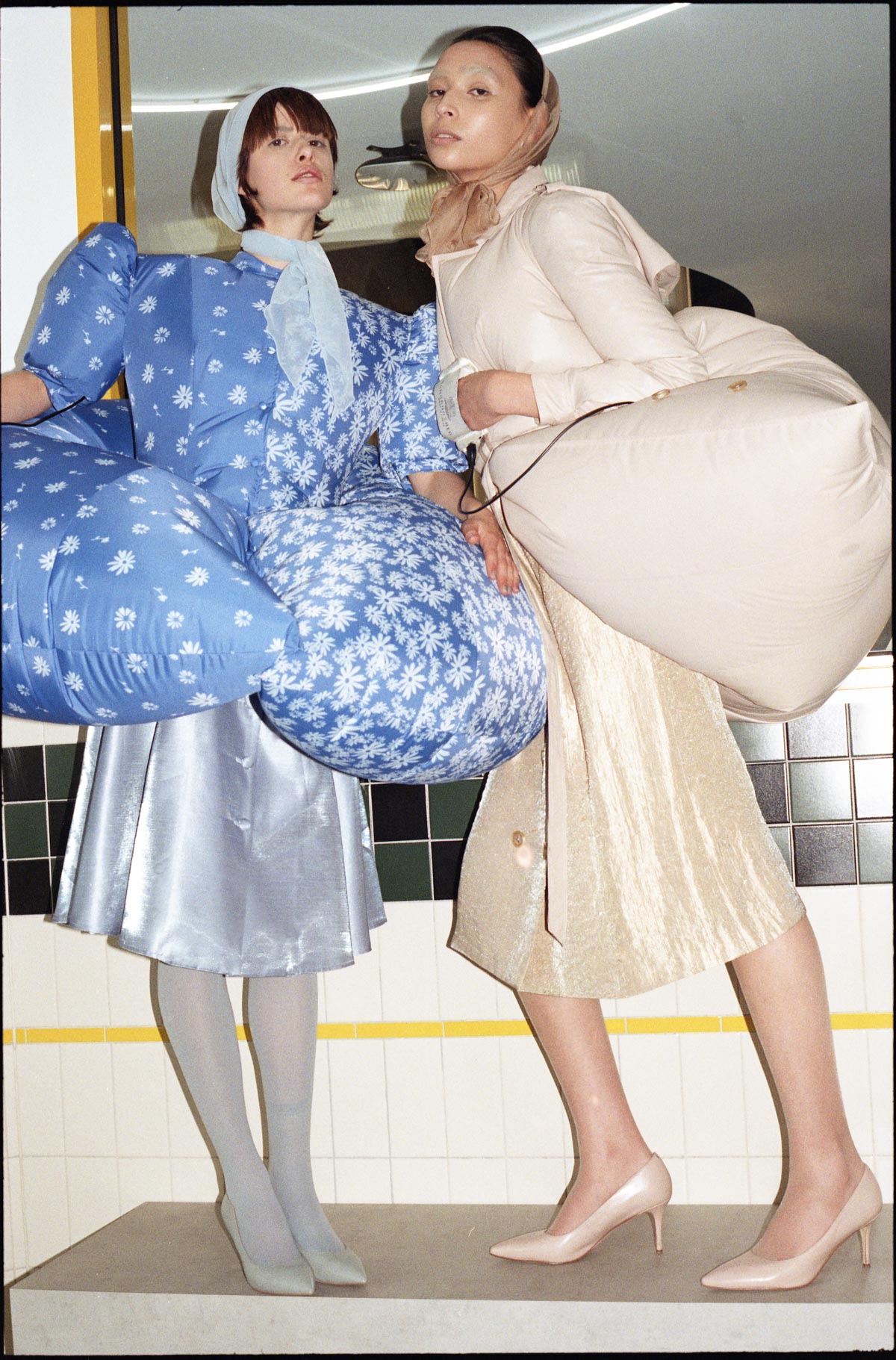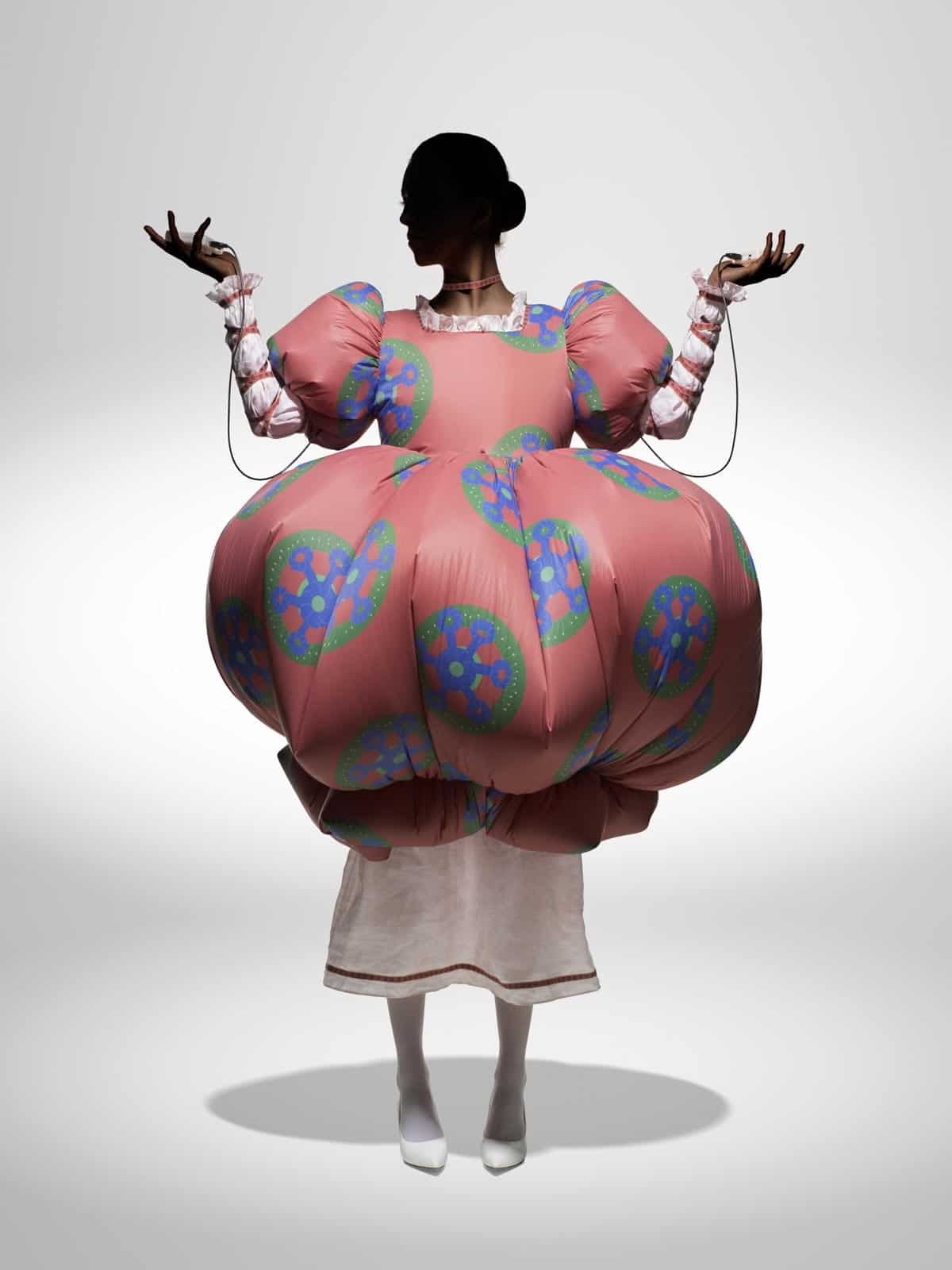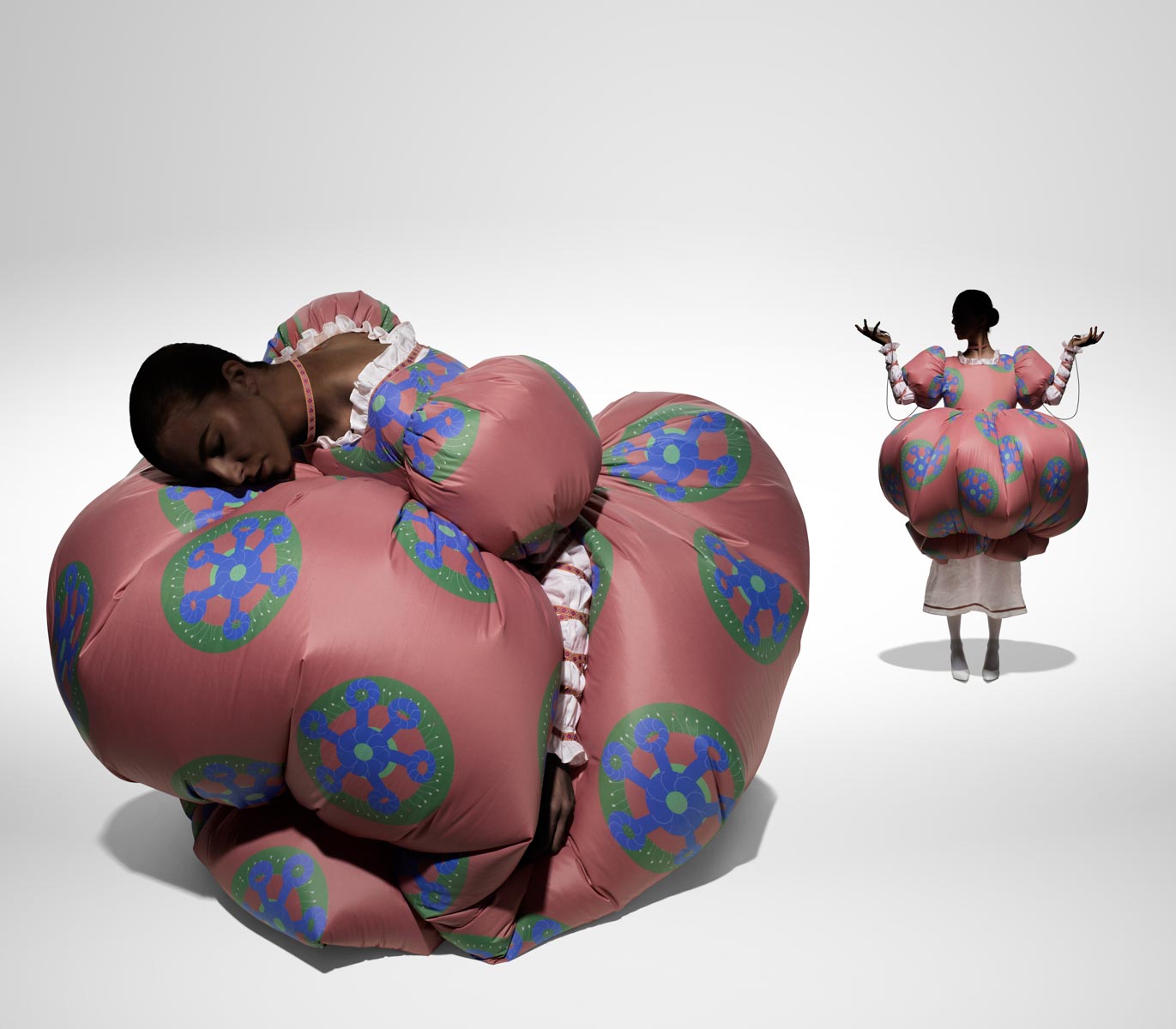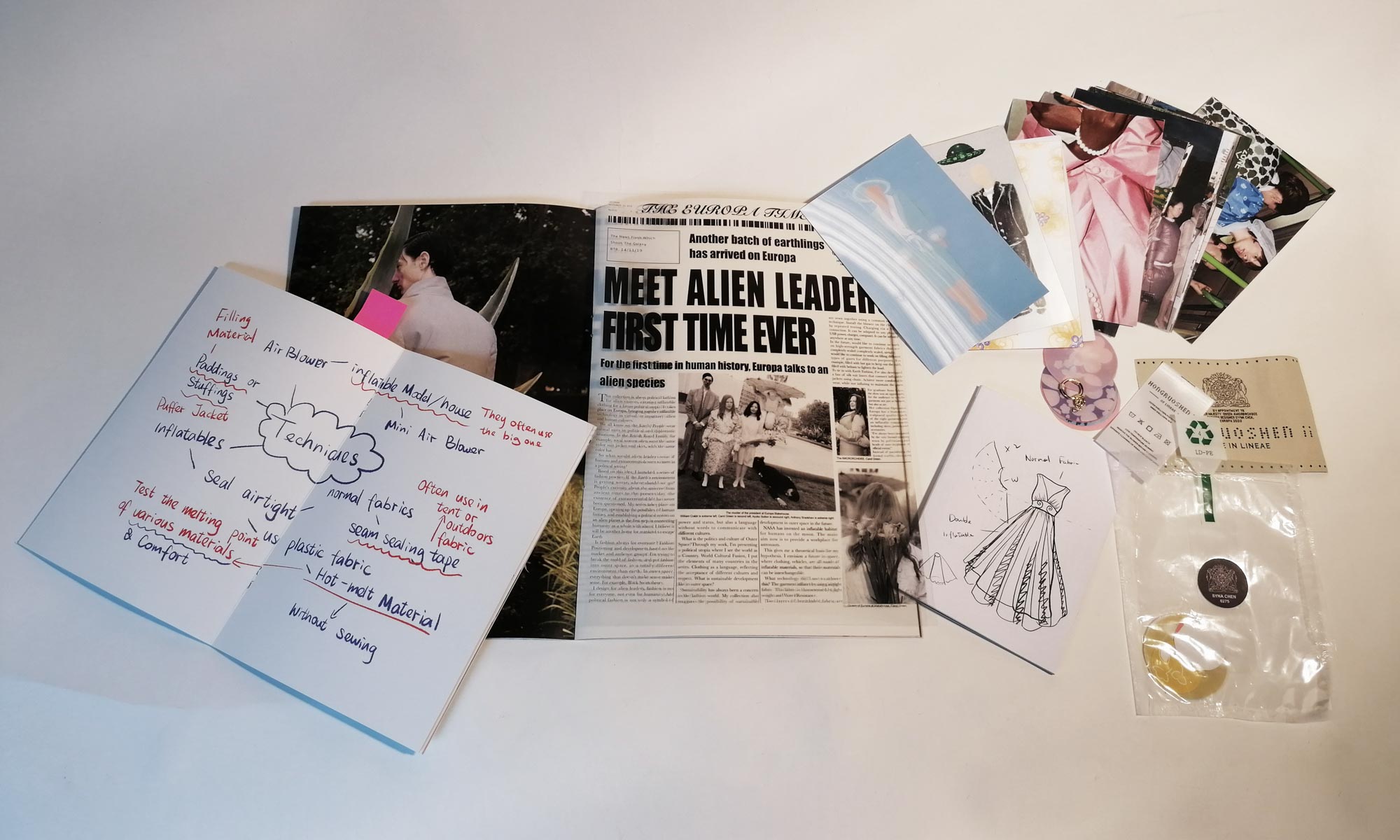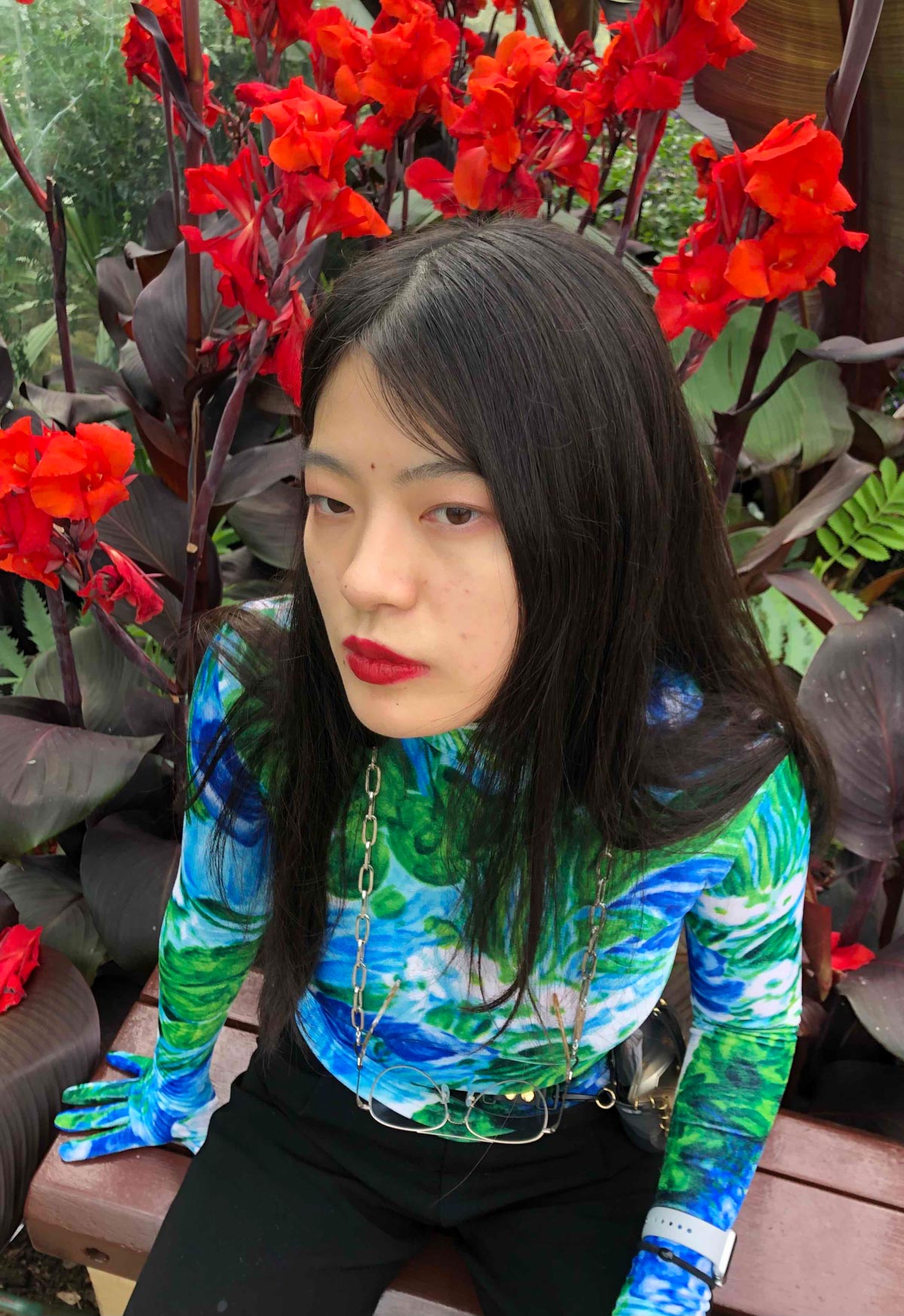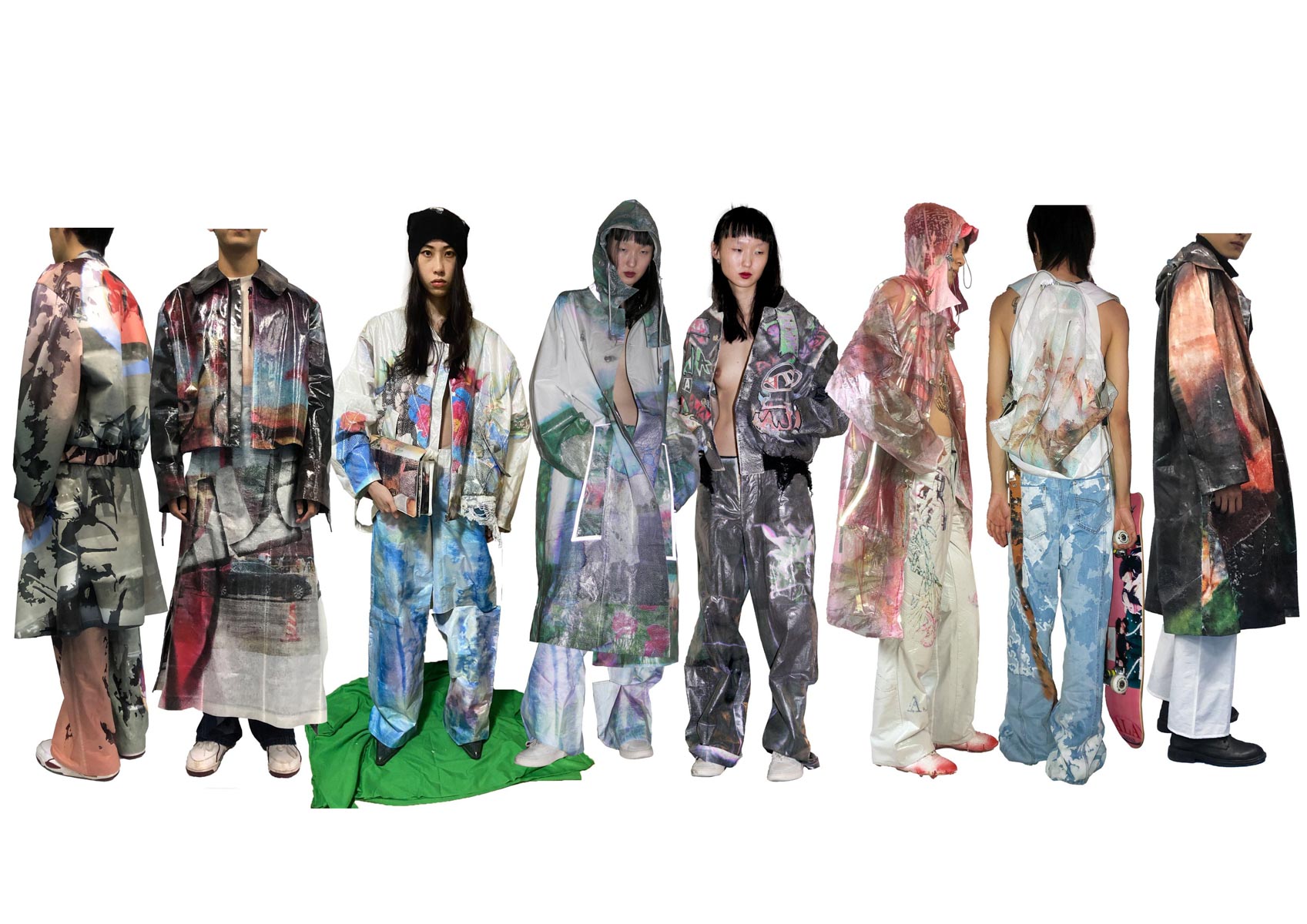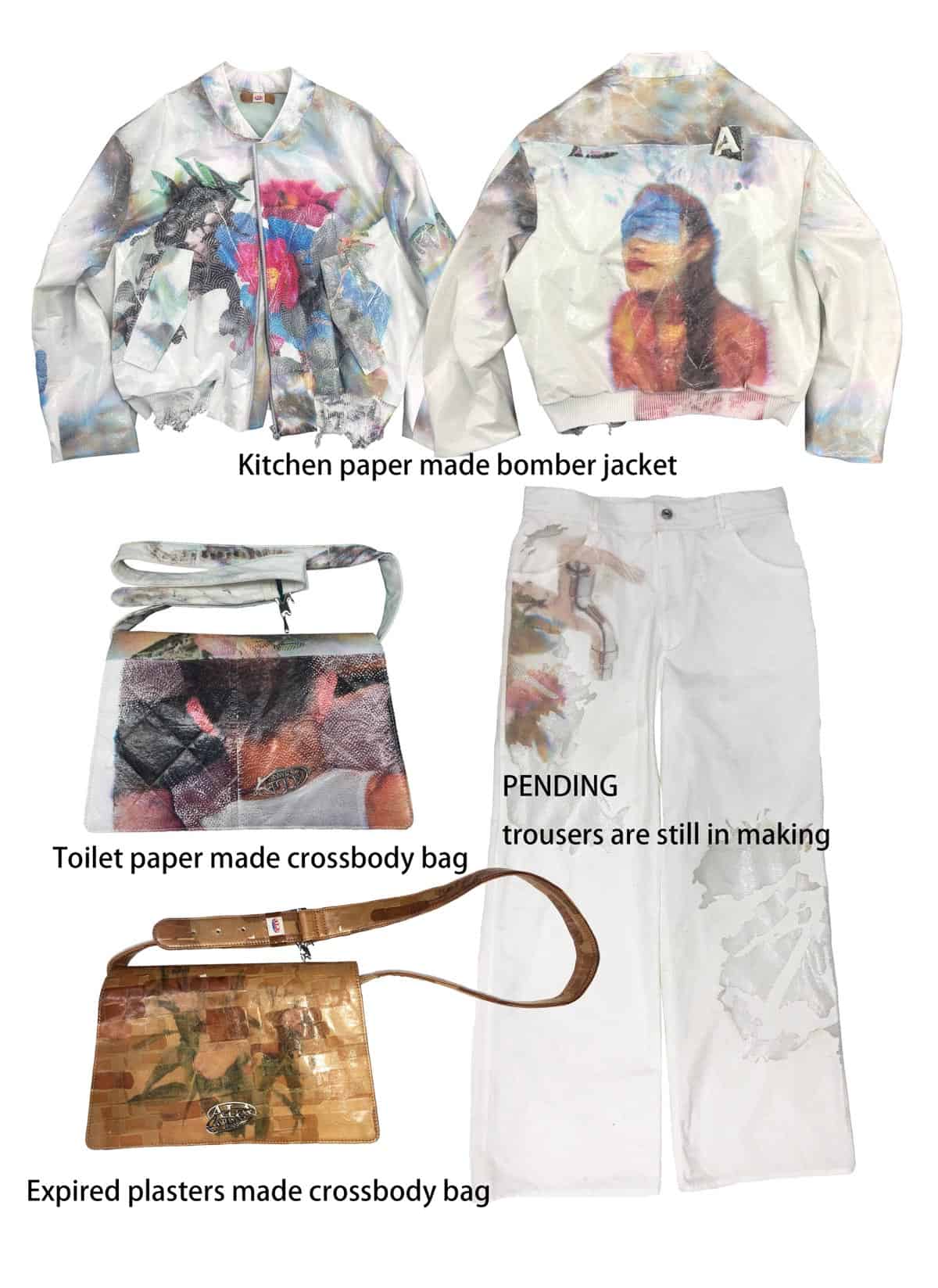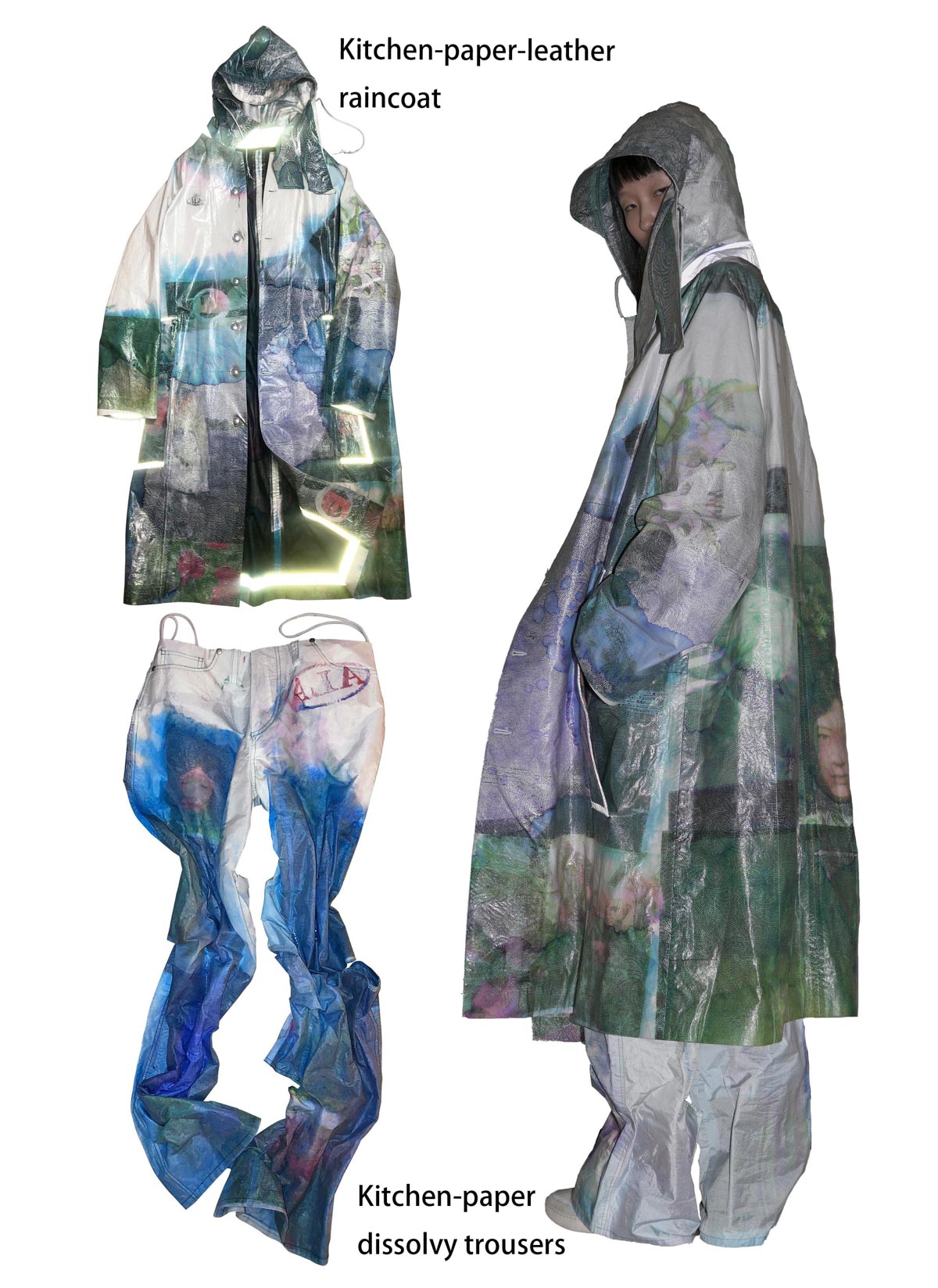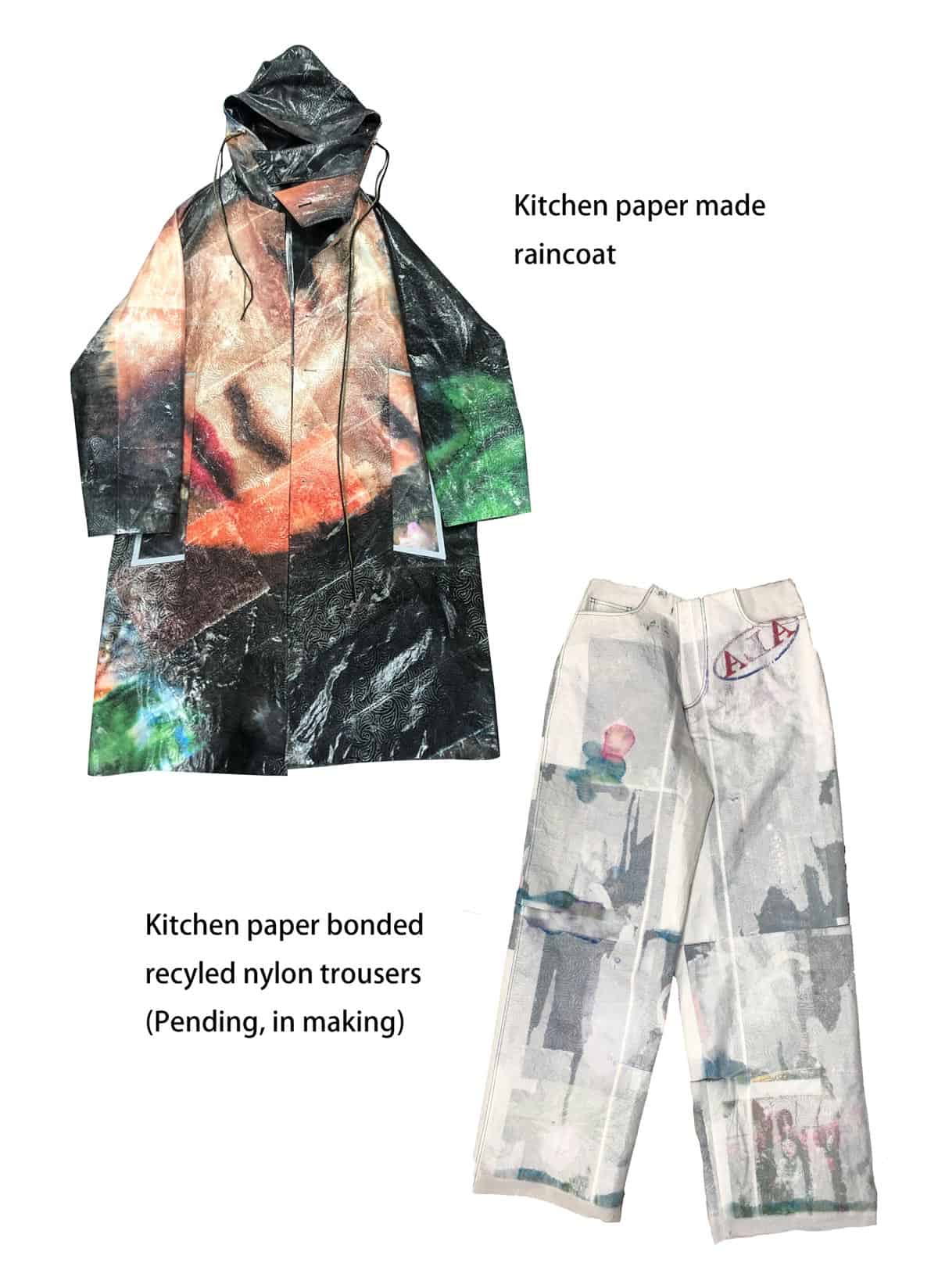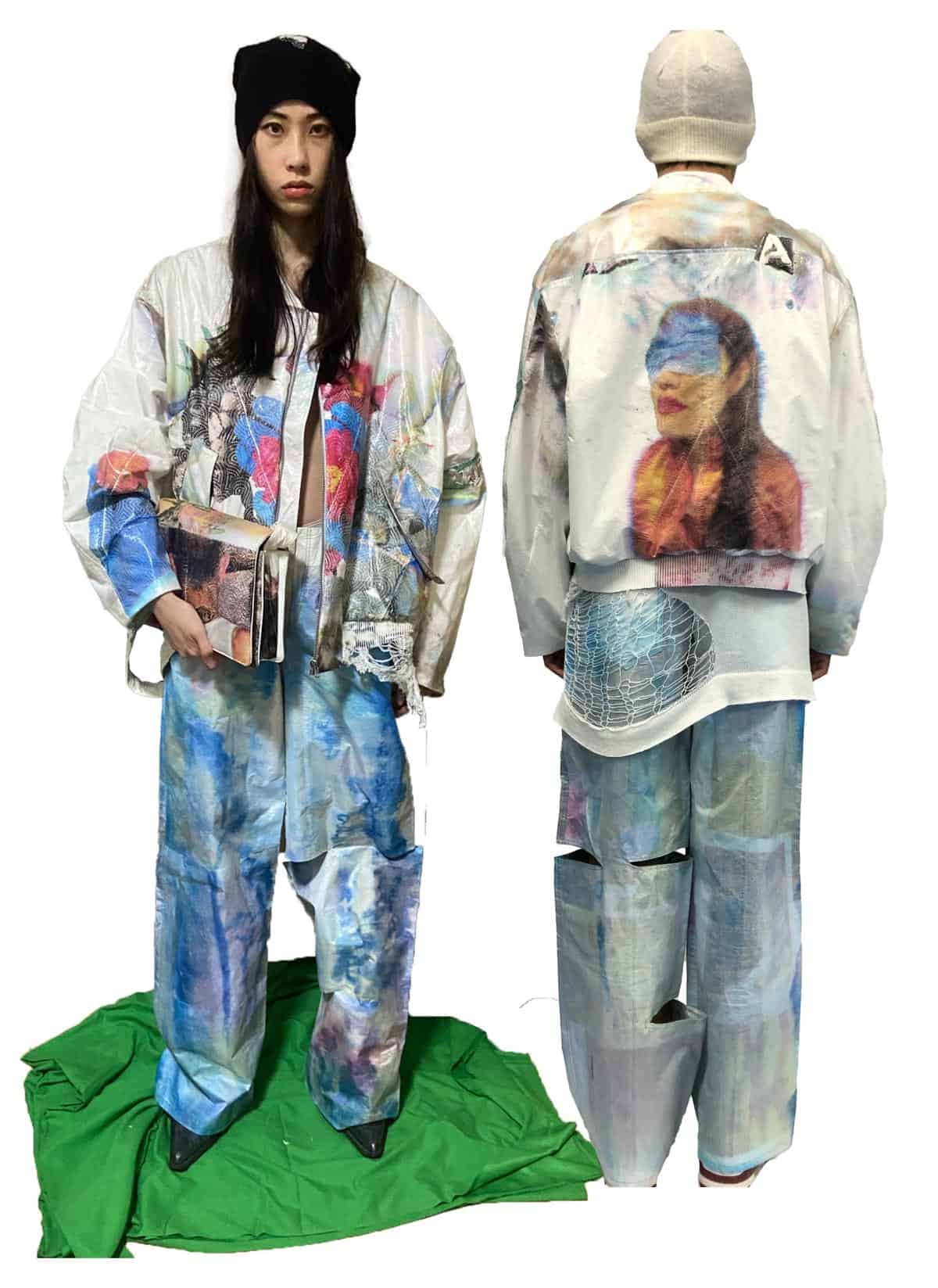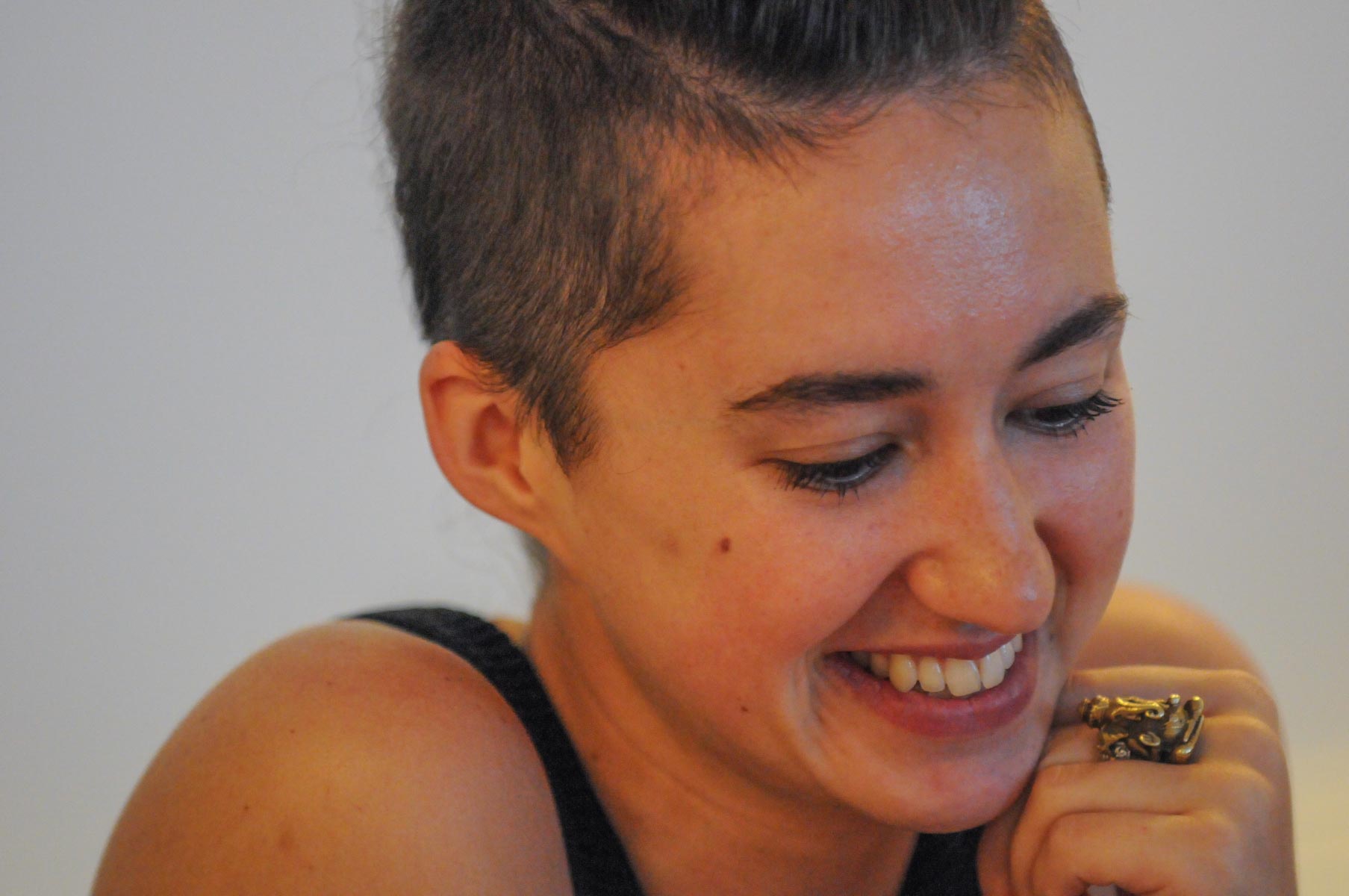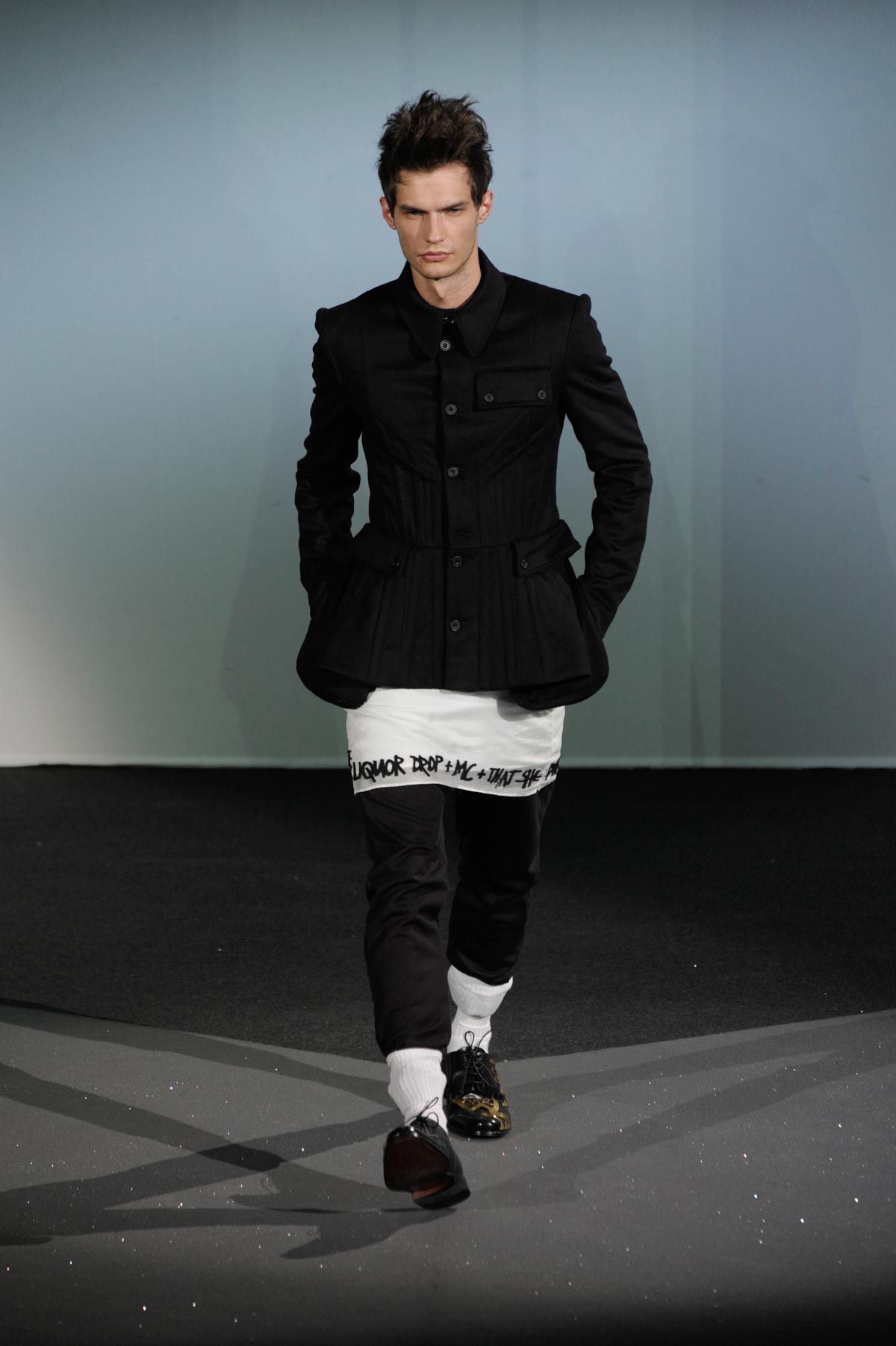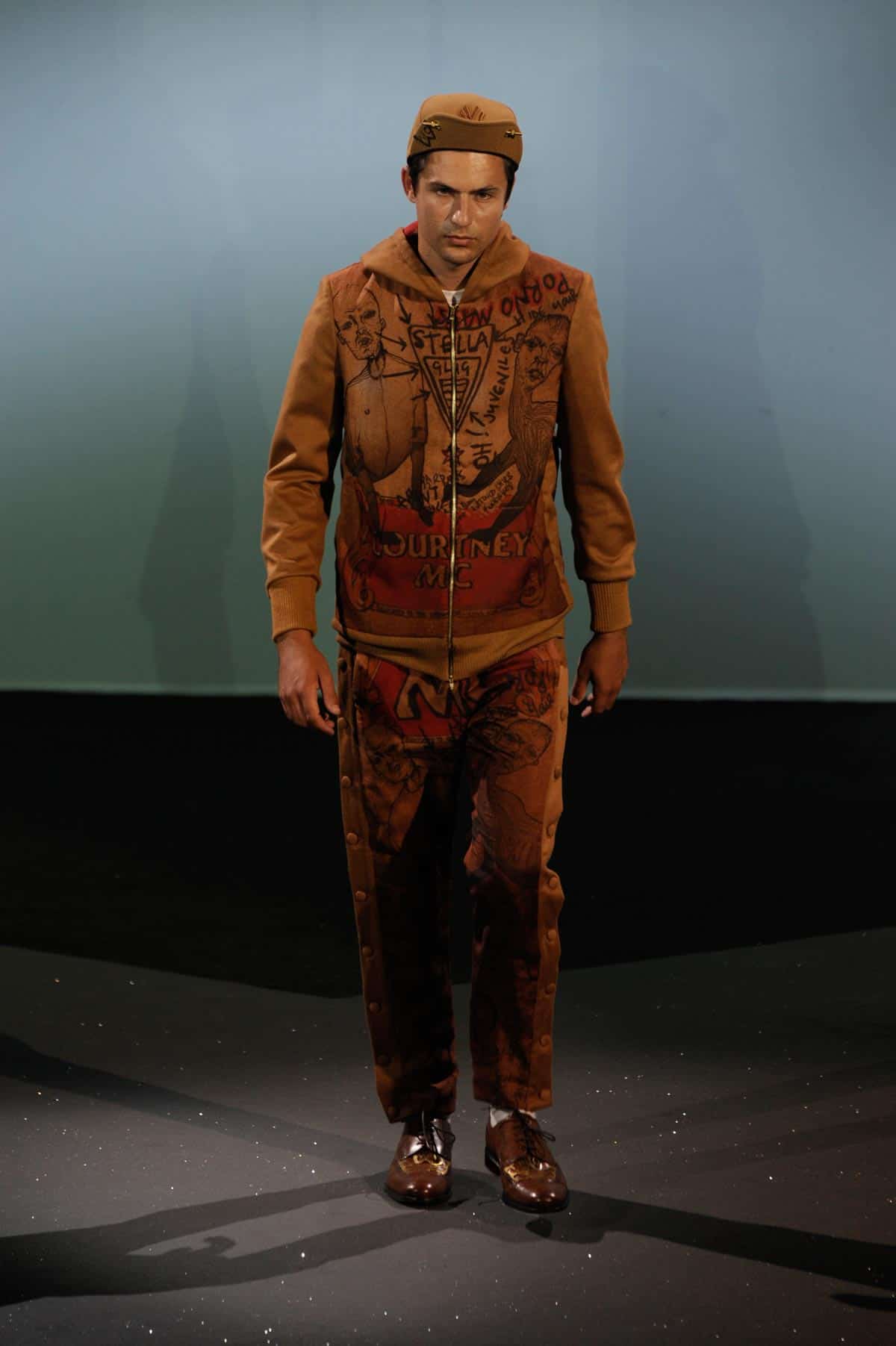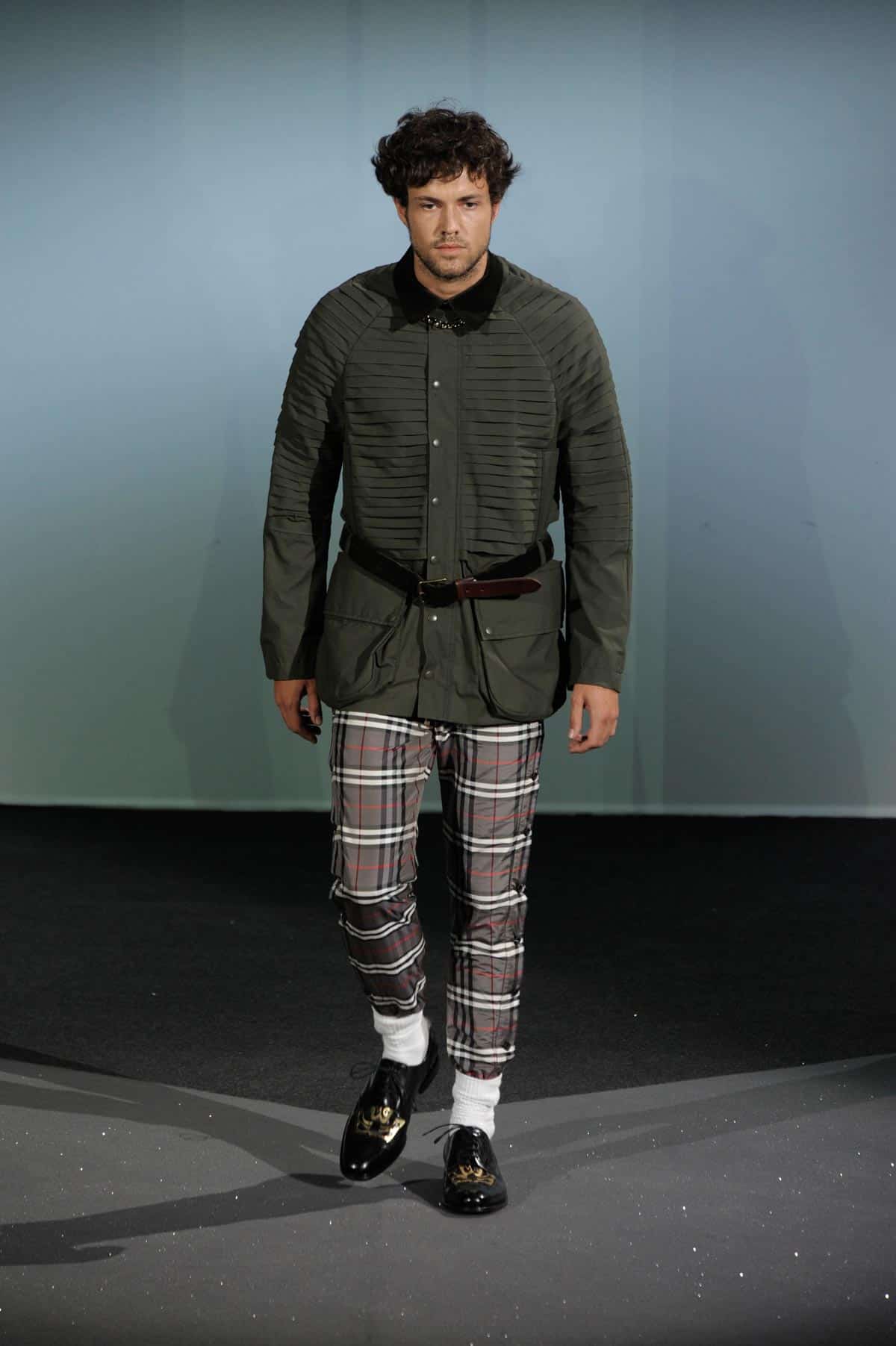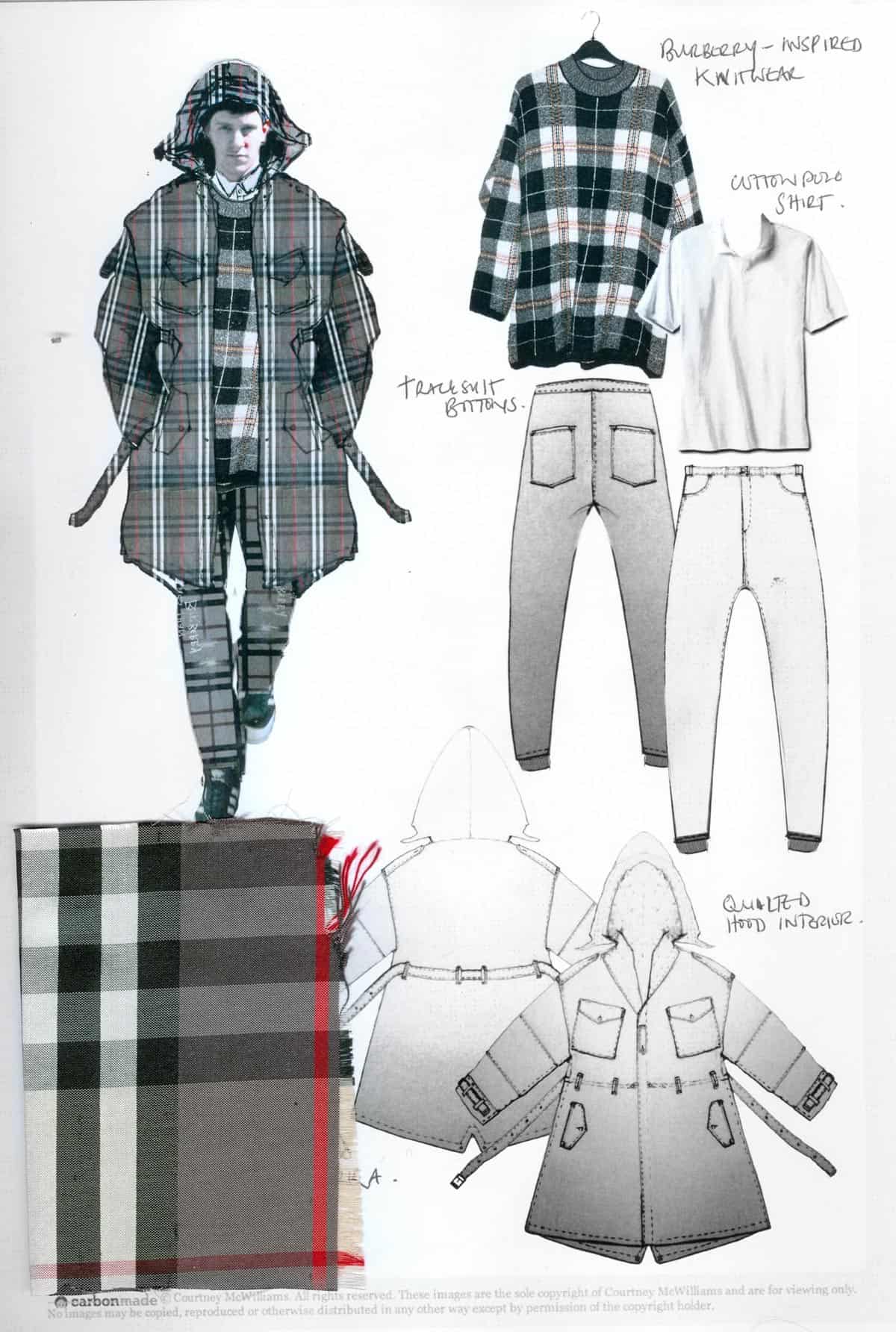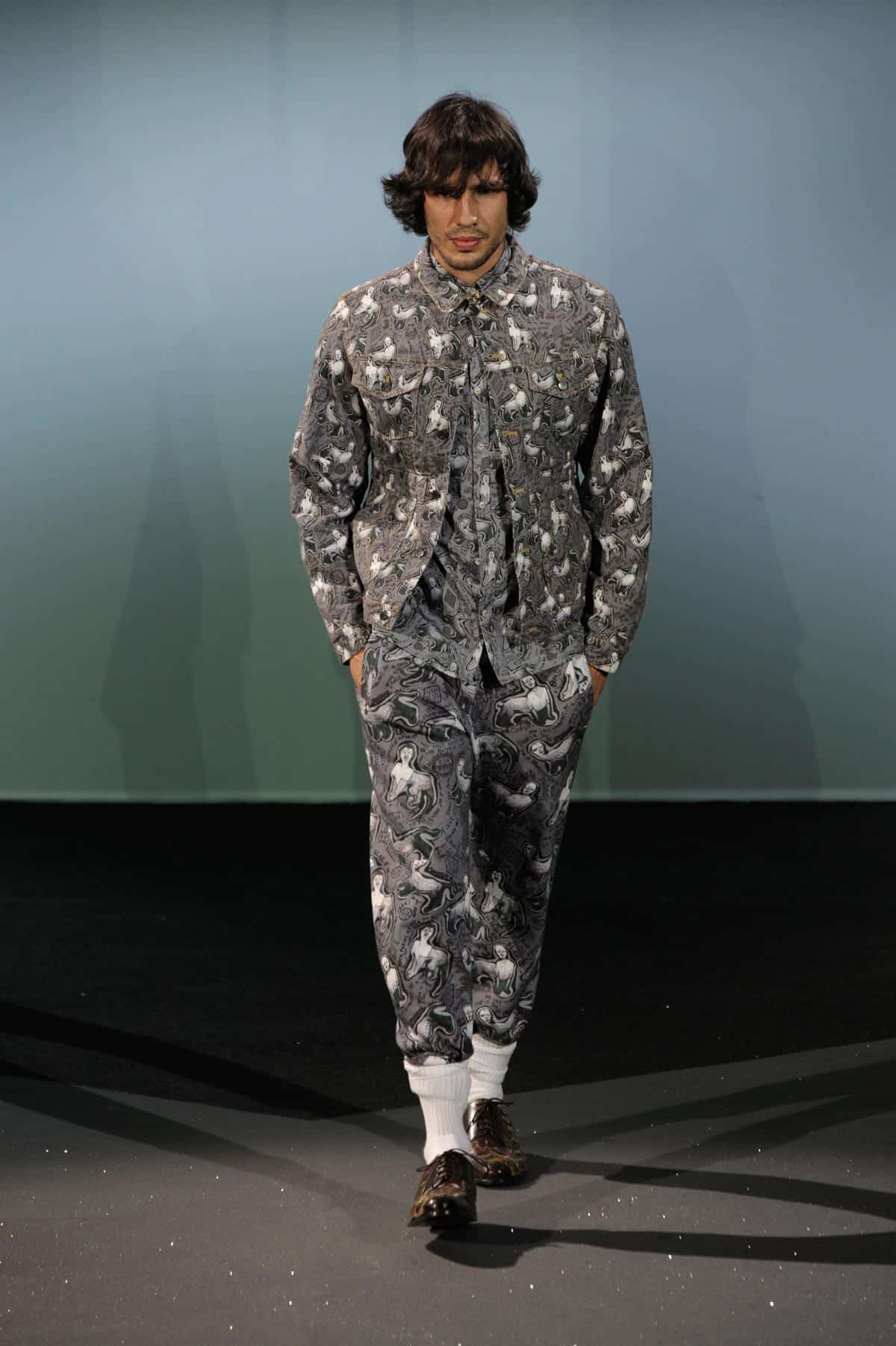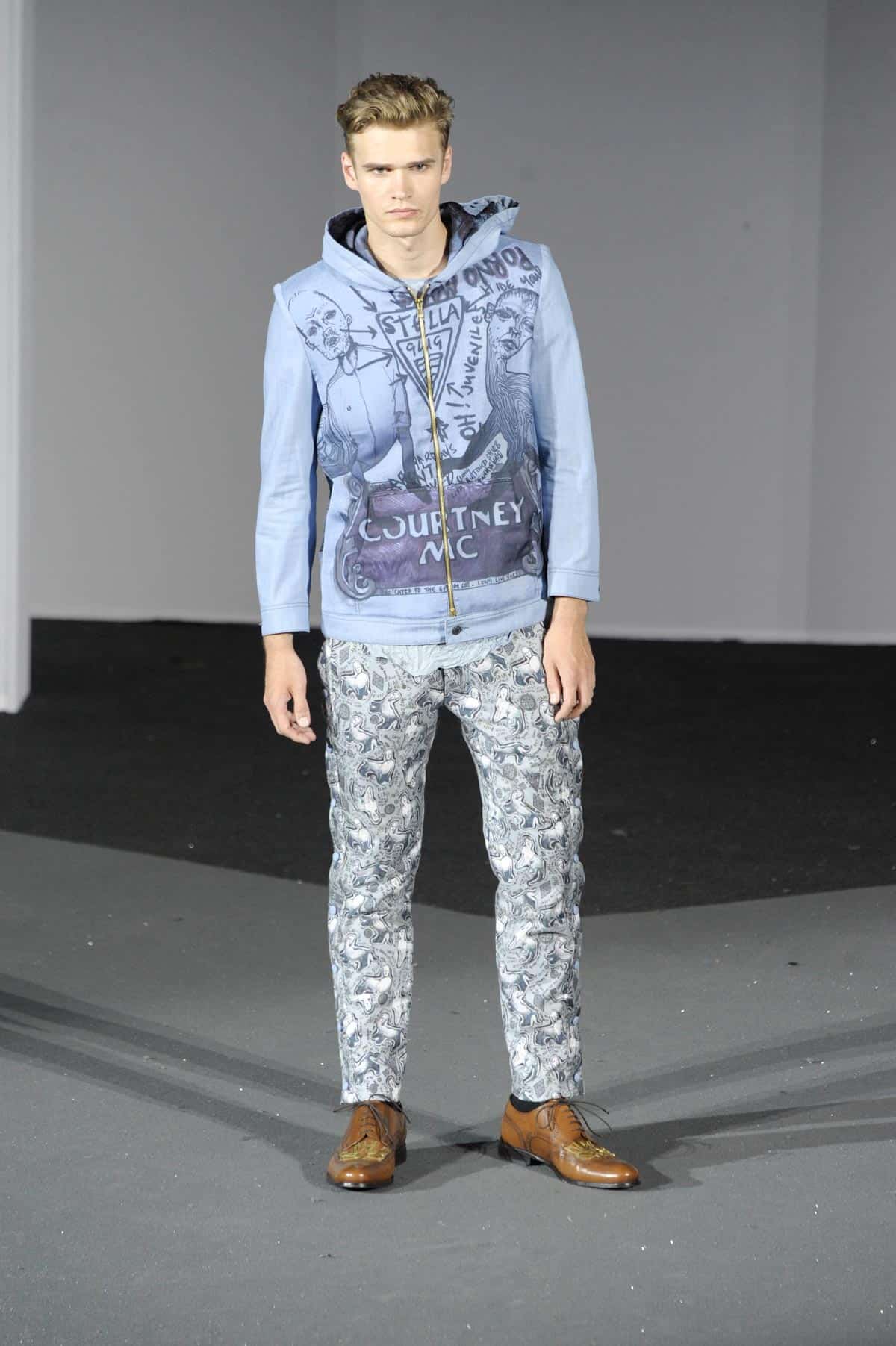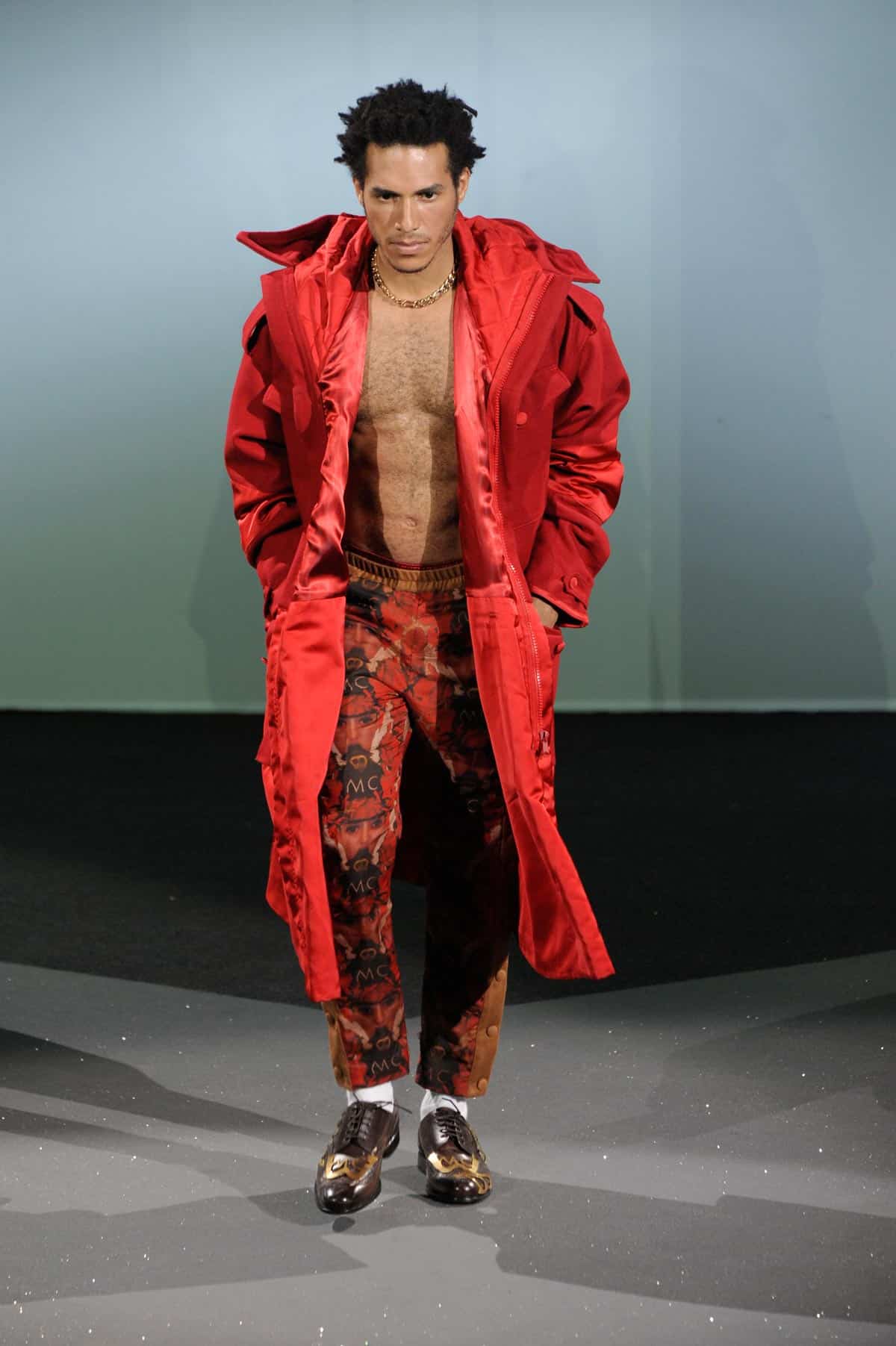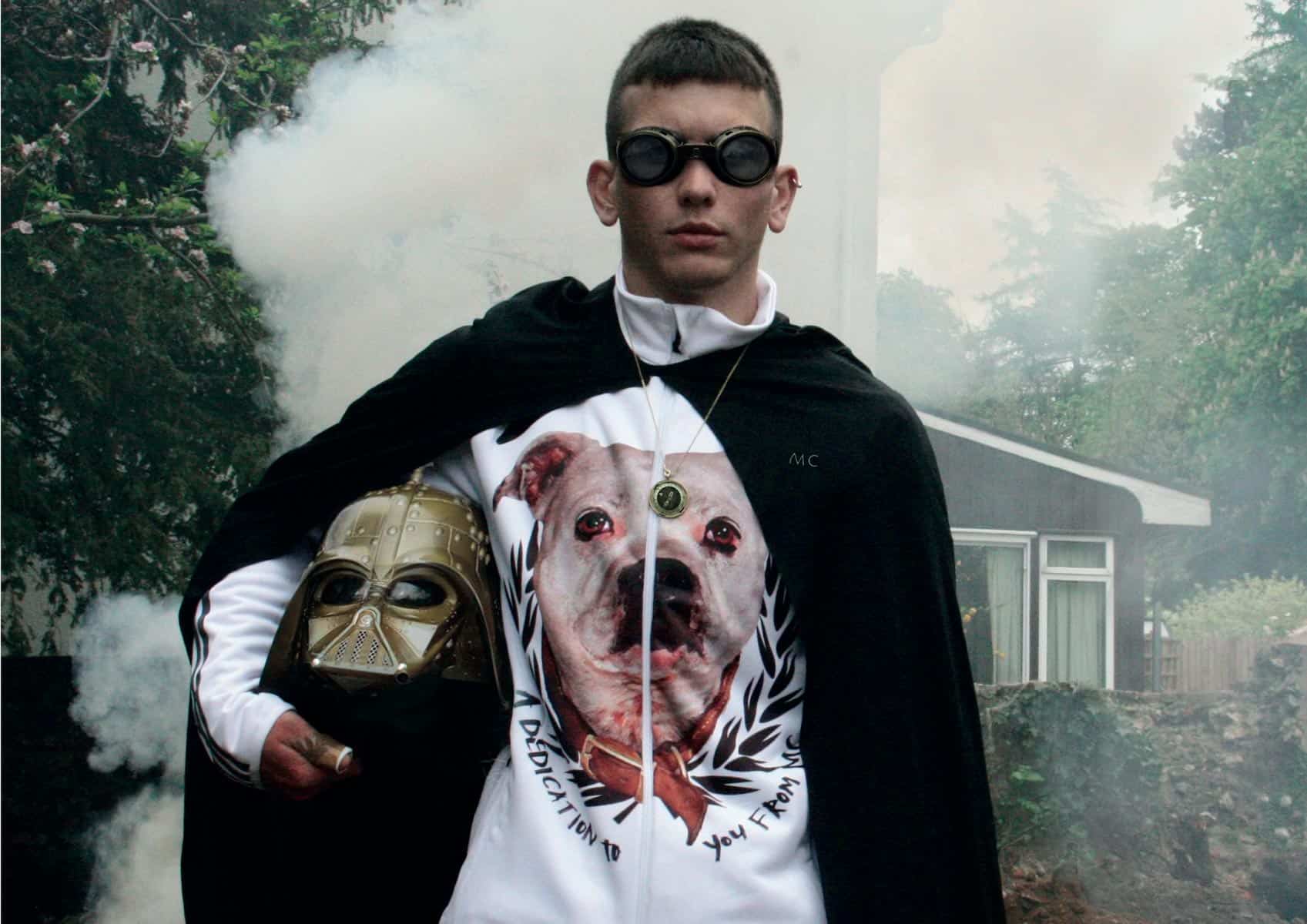WUNDERKAMMER
THE GUIDE ENTERS THE WUNDERKAMMER AND STANDS IN THE CENTRE.
Welcome to the WUNDERKAMMER, a German term for a 'chamber of wonders', a varied and heterogeneous collection of objects in a room designed to create awe in visitors. It was a typical phenomenon of the 16th century, but its roots go back to the Middle Ages. It developed throughout the 17th century, nourished by Baroque grandeur, to arrive in the 18th century, favoured by the Enlightenment's typical love of scientific curiosities. In a way, the Wunderkammer can be seen as the first stage in the development of the museum concept.
In the Wunderkammer, not only are most of the jewellery and accessories objects displayed here, but the exhibition also ends with the last two artistic clusters.
THE GUIDE MOVES RIGHT INTO THE WUNDERKAMMER
SELFPORTRAIT
The pinnacle of Figuration is the Self-portrait, the most academic of artistic practices. The painter begins by copying external reality, but before any other form, they study that of their own face. This practice began to establish itself in the Middle Ages and then became central and very important in the Renaissance. Details and portraits characterise this section with minimalist, urban, ordinary, everyday clothes. It is the frame that delineates a community of men.
The variations of this ensemble, commonly recognised as jacket, shirt, and trousers, again highlight the ways in which men can appear different, even though the base remains the same.
Take Yasuto Kimura's outfit for instance.
2014 Yasuto Kimura Fashion
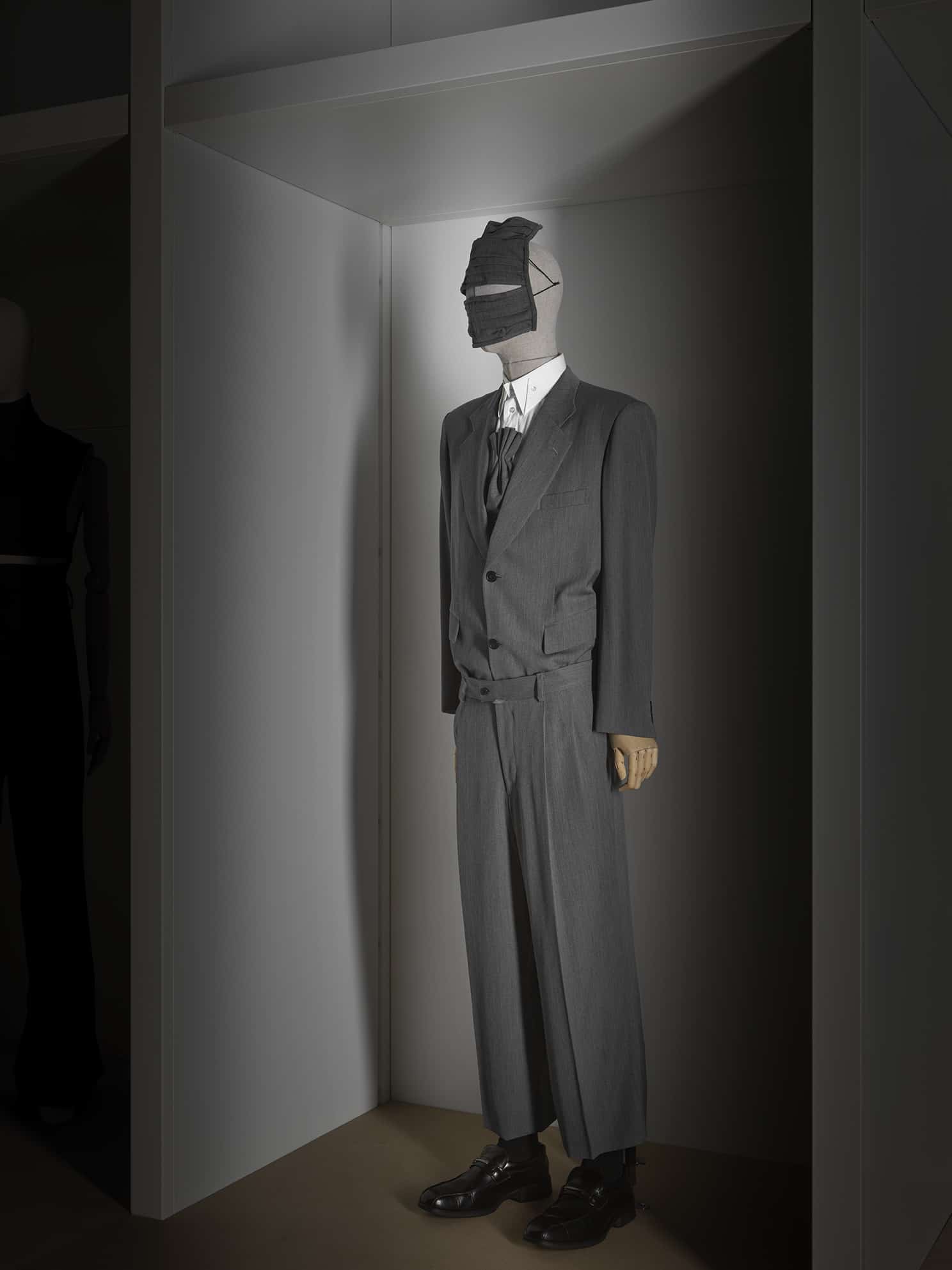
2014 Yasuto Kimura Fashion
TOKIO HARD WORK STYLE
Yasuto represents an alternative, Japanese version of the concept of tailoring. His collection is strongly rooted in Japanese culture and history, paying homage to his father and in general to all fathers of families who work hard to survive and take care of their families. There is an obvious reference to the office worker who commutes daily on the underground, and at the end of the day falls asleep from exhaustion. He covers his eyes with a mask, which has been commonly used in Asia since well before the pandemic. The whole thing is seasoned with a pinch of irony.
The shooting for the collection is a photographic project of the highest quality
2009 Mason Jung
Sartorial burden / Fardello sartoriale
2014 Han Chul Lee
Savage grace / Grazia selvaggia
2013 Ichiro Suzuki
Visualise to materialise / Visualizzare per materializzare
2016 Shinhwan Kim
Shifting Movement / Spostamento
E qui invece vediamo Eleanor McDonald.
2018 Eleanor McDonald
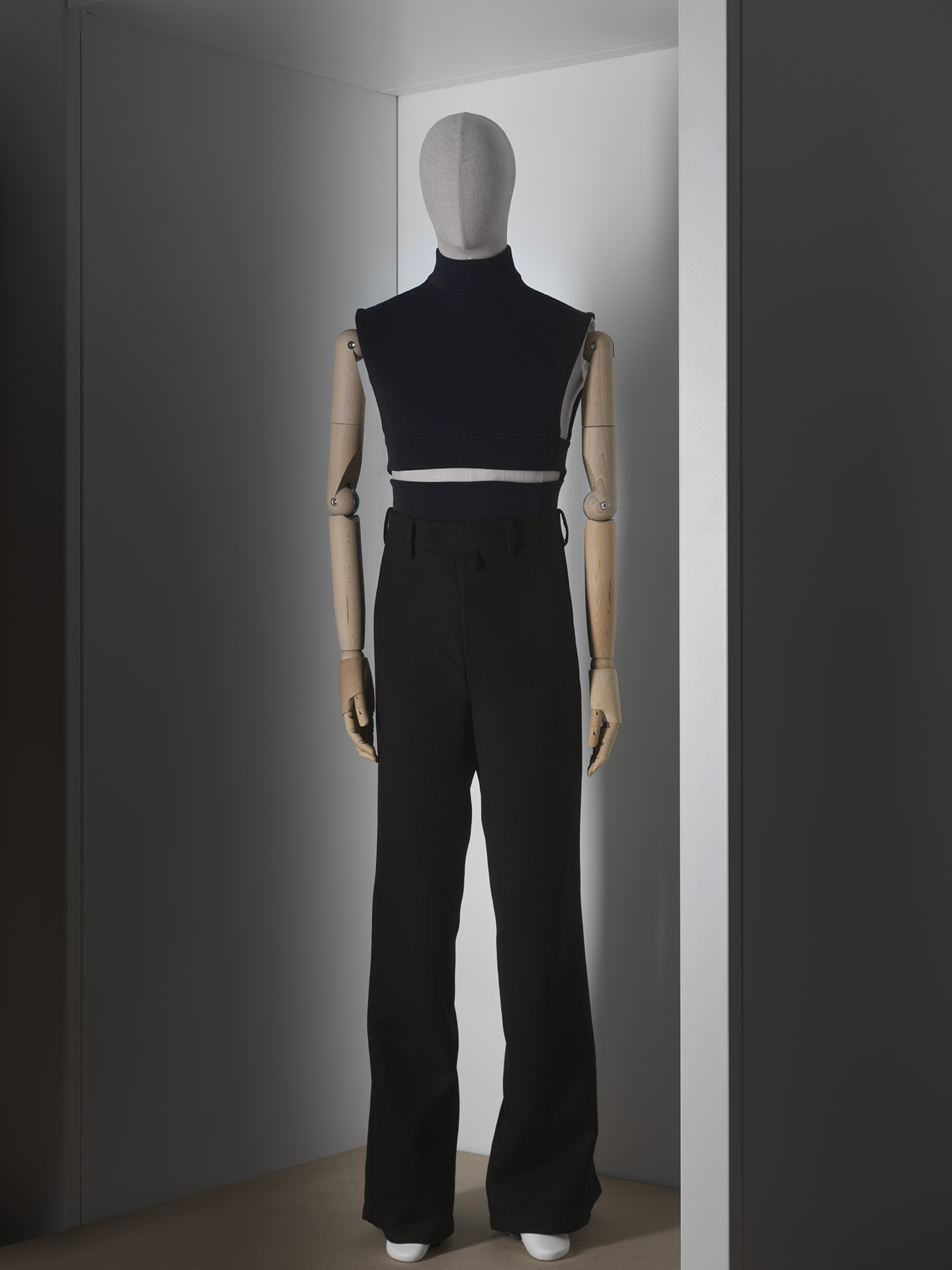
2018 Eleanor Mcdonald Fashion
BALANCE AND PROPORTION
Eleanor won the ITS Collection of the Year award in 2018. A concept of tailoring transcends any gender reference: the garments are designed to be masculine but with the idea that they can actually be worn by anyone. There is a slight but deliberate imbalance in the shapes that originated from the initial idea: randomly throwing pieces of fabric on a mannequin to be surprised by the shapes, selecting the most interesting ones and making them part of a high-level sartorial study. Proportions and silhouettes recall the classic, with an intentional subtle vein of sensuality.
THE GUIDE MOVES TO THE LEFT INTO THE WUNDERKAMMER
ACCESSORIES AND JEWELLERY
THE GUIDE STANDS IN FRONT OF HELEN KIRKUM SHOES
Before continuing with the clothes, let us talk about accessories and jewellery. In 2006 and 2011 respectively, ITS Contest opened its doors to creations in the fields of accessories and jewellery. These objects reveal the specific techniques of each discipline, pushing the envelope in terms of innovation and unleashing powerful creativity.
Essential and traditional materials lead to experimentation with natural resources such as wood, leather, metal and sometimes even resources from the plant world, for their poetic and inspirational character. Other materials of synthesis, invention and innovation complement this research,
becoming almost an expressive requirement. Helen Kirkum, for example with her trainer project.
2016 Helen Kirkum
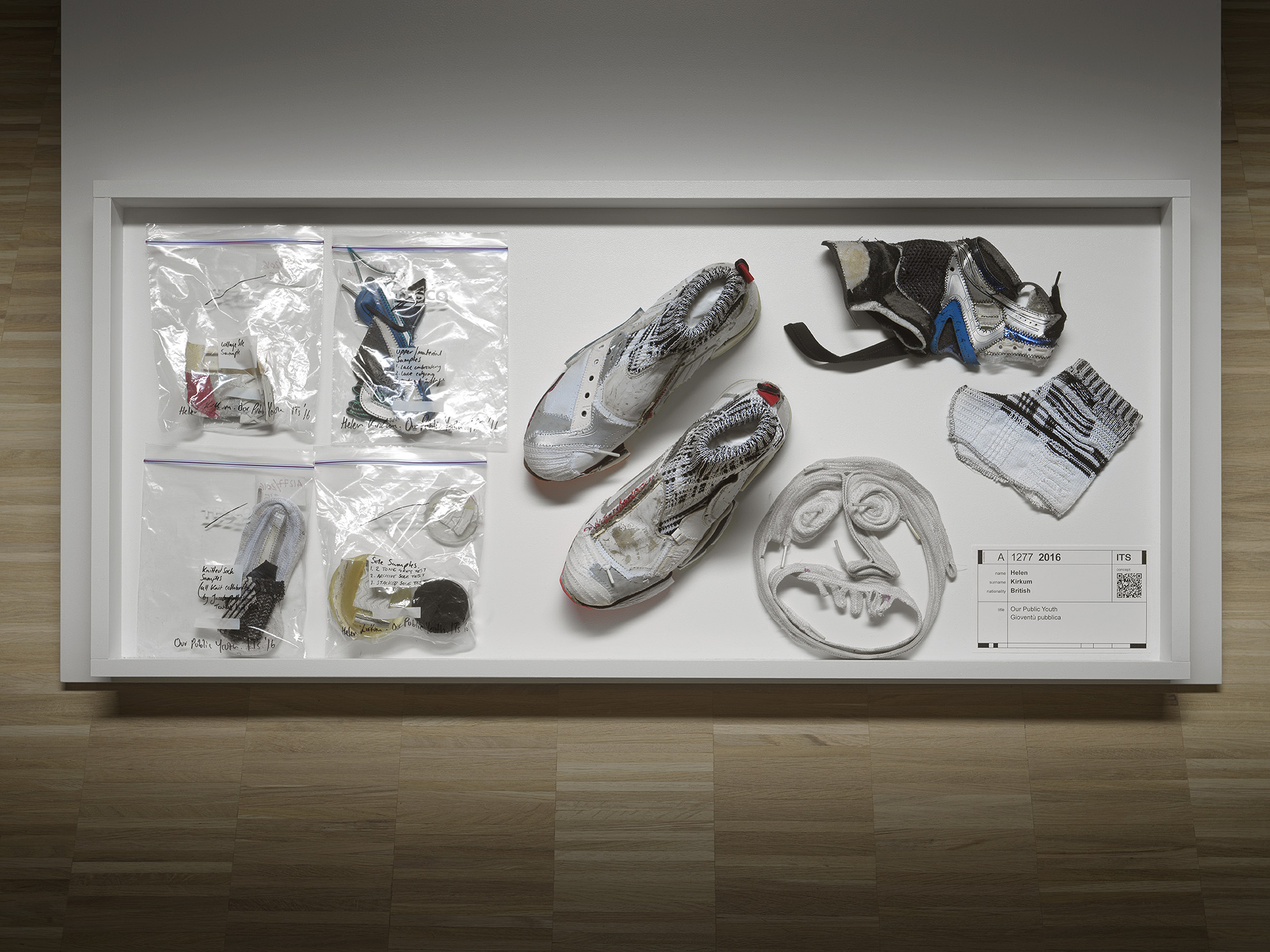
2016 Helen Kirkum Shoes
OUR PUBLIC YOUTH
Helen belongs to an inner circle of designers who have managed to create a unique and recognisable style for themselves. Her trainer design is the result of a combination of research and craftsmanship. From used shoes and warehouse waste, she creates completely new trainers in which the process of creation, durability and obsolescence contrast with the hyper-commercial reality of our time. Her eponymous label has become particularly famous with top collaborations with cult brands, for which she created sold-out capsule collections. The dynamic is often the same: brands such as Reebok, Nike and Lacoste open their historical archives, and she reworks trainers using elements of different shoes, to tell the story of the brand's heritage. An interesting fun fact: the year before she was selected, while still a student, Helen visited our archive on a study trip organised by her university, the Royal College of Art in London.
Let us now look at the gloves of Thomasine Barnekow:
2007 Thomasine Barnekow
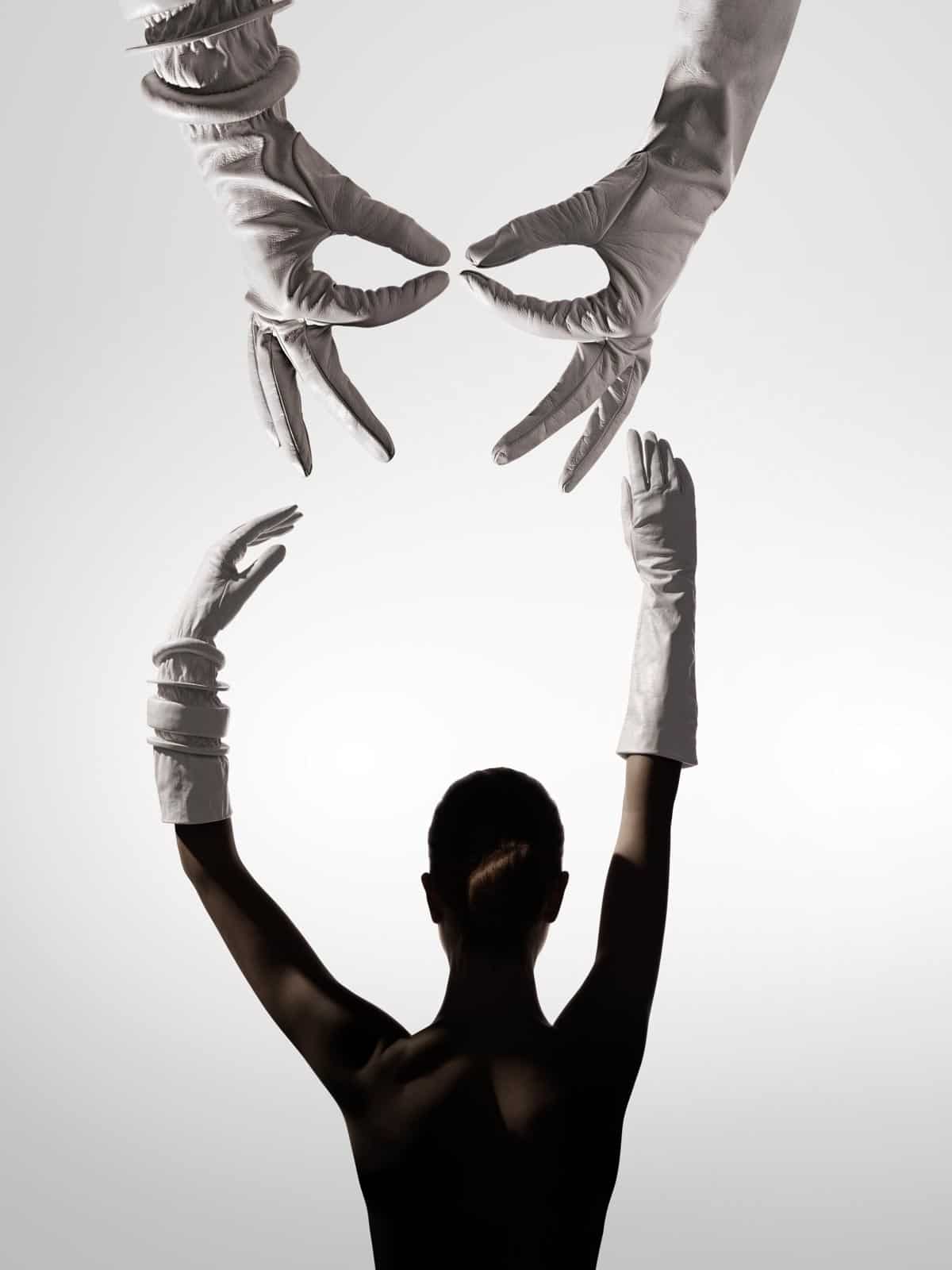
2007 Thomasine Barnekov
PRECIOUS SKIN
This project, which brilliantly combines jewellery and accessories, is a manifestation of unique craftsmanship and marks the beginning of a very important career in an industry that boasts few glove artisans at the level of Thomasine Barnekow. Today, Thomasine is the glove-maker of choice for the collections of Iris Van Herpen, Schiaparelli (worn by Beyoncé at the Grammy Awards), Balmain, Maison Courrèges (whose Art Director is our own Nicolas di Felice), Mugler, as well as collaborations with the Paris Opera, Netflix series such as Emily in Paris, and prestigious events such as the celebration of 200 years of Louis Vuitton luggage or Homo Faber in Venice, a biennial event celebrating world-class craftsmanship.
Again on your left you see Justin Smith's masterpiece hat:
2007 Justin Smith
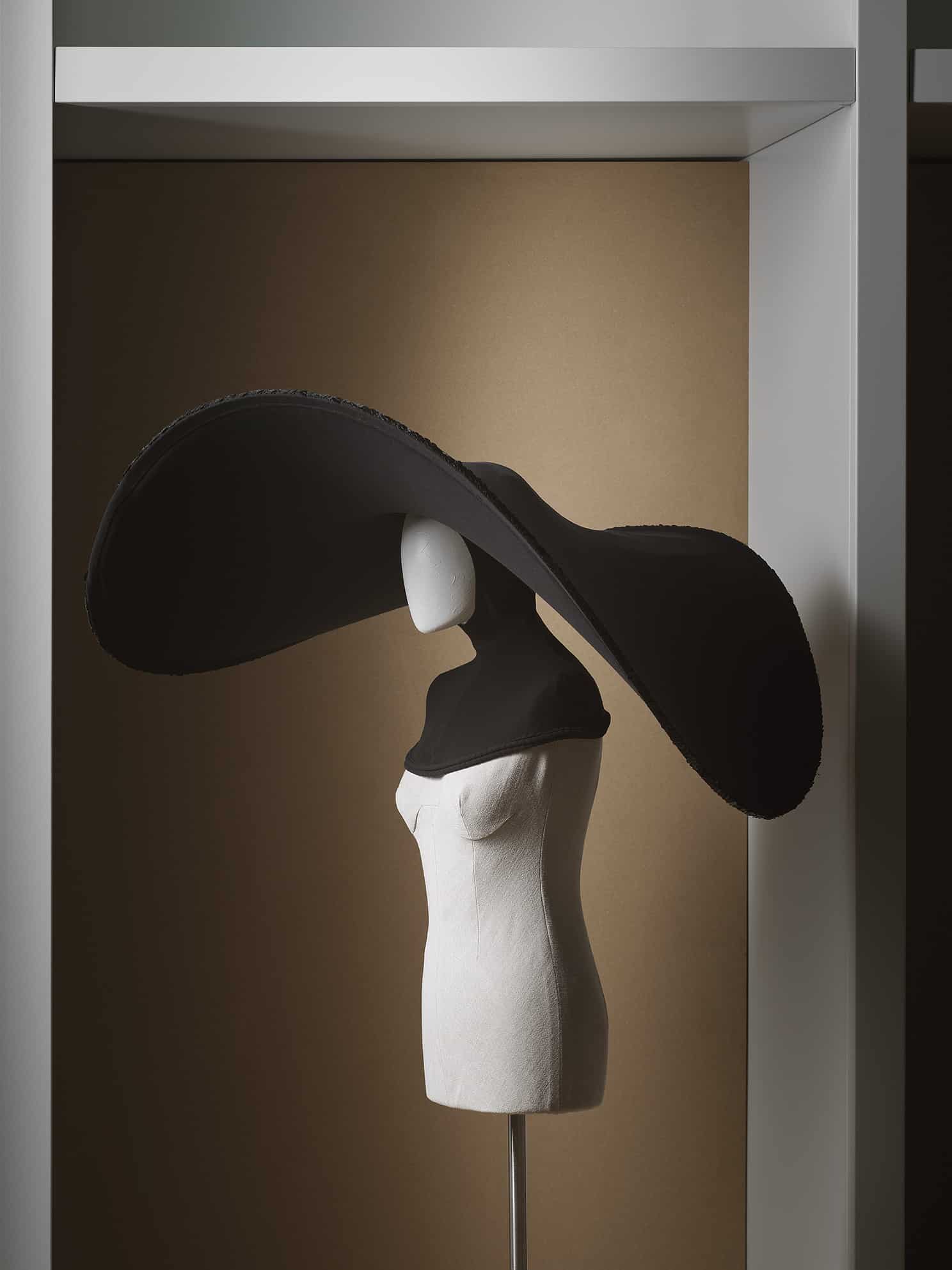
2007 Justin Smith
IL CIRCO MACABRO
Justin is, quite possibly, the most important contemporary milliner. An all-round obsession: Justin was born a hair stylist, a profession for which he has won top awards and which he has never abandoned. He has kept a space in his studio dedicated to the hair salon, for close friends and a few appointments on request.
Today, Justin frequently collaborates with the world of cinema, a connection that began when he made head pieces for Angelina Jolie in Maleficent. Shortly after he made a hat for Amal Clooney which she wore for her wedding. At London's famous Pinewood Studios - Hollywood's British detachment - a decade-long collaboration was established and where Justin developed the head pieces for Star Wars, tv series such as The Great and other films including The Man from UNCLE, By The Sea, Dolittle, and Cruella.
THE GUIDE TURNS LEFT IN THE WUNDERKAMMER TOWARDS MAIKO TAKEDA
To conclude the section dedicated to accessories and jewellery, here we see Maiko Takeda's, almost a cloud, headpiece:
2014 Maiko Takeda

2014 Maiko Takeda Headpiece
ATMOSPHERIC REENTRY
A collection inspired by being underwater and the distorted visual perception in this whole new world not intended for humans. Senses that do not work in the same way as on land, without oxygen it is impossible to breathe and and without a mask impossible to see. To visit this quasi-magical realm we must be equipped with the right tools and clothes so we able to stay underwater for extended periods of time. An eyewear collection designed for an imaginary underwater tribe, living and wandering through the unknown underwater plains. It answers the question “If a mythical tribe existed, what would they wear and how would they view their world?”.
2009 Una Burke
Re.Treat - Ri.Trattare
2012 Margherita Abi-Hanna
Material of a girl / Materiale di una ragazza
2019 Asumi Maeda
Reincarnation / Reincarnazione
2019 Hazuki Katagai
The Breathing / Il respiro
2011 Arnaud Zill
Tetracollection / Tetracollezione
2016 Jana Zornik
Little Marta / Piccola Marta
2018 Catalina Albertini
The hunt for a seductive still life / La caccia a una natura morta seducente
2011 Dinu Bodiciu
Illusion of reality/Reality of illusion
Illusione della realtà / Realtà dell'illusione
2008 Irene Bussemaker
Protect/Proteggere
2010 Rob Goodwin
Congo Bacchanal / Baccanale del Congo
2018 Laura Olivella
Shadows of an interconnected journey/
Ombre di un viaggio interconnesso
2010 Zara Gorman
Layers and contours II / Strati e contorni II
2020 Rebecca Marsden
KN-ITS 2020
2014 Takafumi Arai
About my mother / Su mia madre
2015 Hiroki Kataoka
Yearning for the Ocean / Desiderare l'Oceano
2011 Paul Stafford
Shrouds / Veli
2018 Jil Jander
Underwater distortion / Distorsione subaquea
2018 Yeonghyeon Kim
Dynamic / Dinamica
2010 Sarah Williams Tomkins
Crafted fashion / Moda artigianale
2019 Skye Gwillim
In this position: seated persons
In questa posizione: persone sedute
2013 Takahiro Ueno
It's better to burn out than to fade away
E' meglio bruciare in fretta che spegnersi lentamente
2011 Shilpa Chavan
Fleurs du mal / I Fiori del Male
2016 Masaki Shimizu
Eggs paradise / Il paradiso delle uova
- Figurazioni Libere
LA GUIDA SI POSIZONA DAVANTI AL CAPO DI KIN YAN LAM e INTRODUCE IL PROSSIMO CLUSTER
Compared to abstract art, FREE FIGURATION allows us to reproduce forms that are recognisable and clear to the eye. It is the oldest artistic movement: the one that seeks to reproduce reality based on the individual freedom of the eye, to see the shapes of creation and share them with other human beings. Clothing in this cluster represents an indispensable instrument of ecological condemnation (denunciation) and becomes an interface with oneself and the other, as if to trigger a dialogue that is apparently exuberant and extroverted but at the same time wants to reveal more intimate thoughts. To summarise in a few words, what lies within the lining supports this concept. The first example is the outfit by Aitor Goicochea Aburuza, whose concept is 'Dining with my father'.
2021 Aitor Goicoechea Aburuza

2021 Aitor Goicoechea Aburuza
DINING WITH MY FATHER
Finalista spagnolo, dedica tutta la sua collezione al padre rivivendo il poco tempo trascorso insieme, 4 appuntamenti al mese in cui cenavano insieme. Il pasto diventa quindi momento celebrato in cui ogni oggetto, ogni riferimento al sedersi a tavola, è motivo di ricordo, insieme agli scatti fotografici fatti durante questi incontri Quello che può sembrare un mantello, se il manichino potesse allargare le braccia, è in realtà un richiamo ad una vera e propria tovaglia, che è al tempo stesso racconto, densamente stampata com’è dei momenti conviviali e delle fotografie di questi incontri.
Immediately behind Aitor Goicoechea, you can find the inflatable dress by Syna Chen and her concept:
2020 Syna Chen
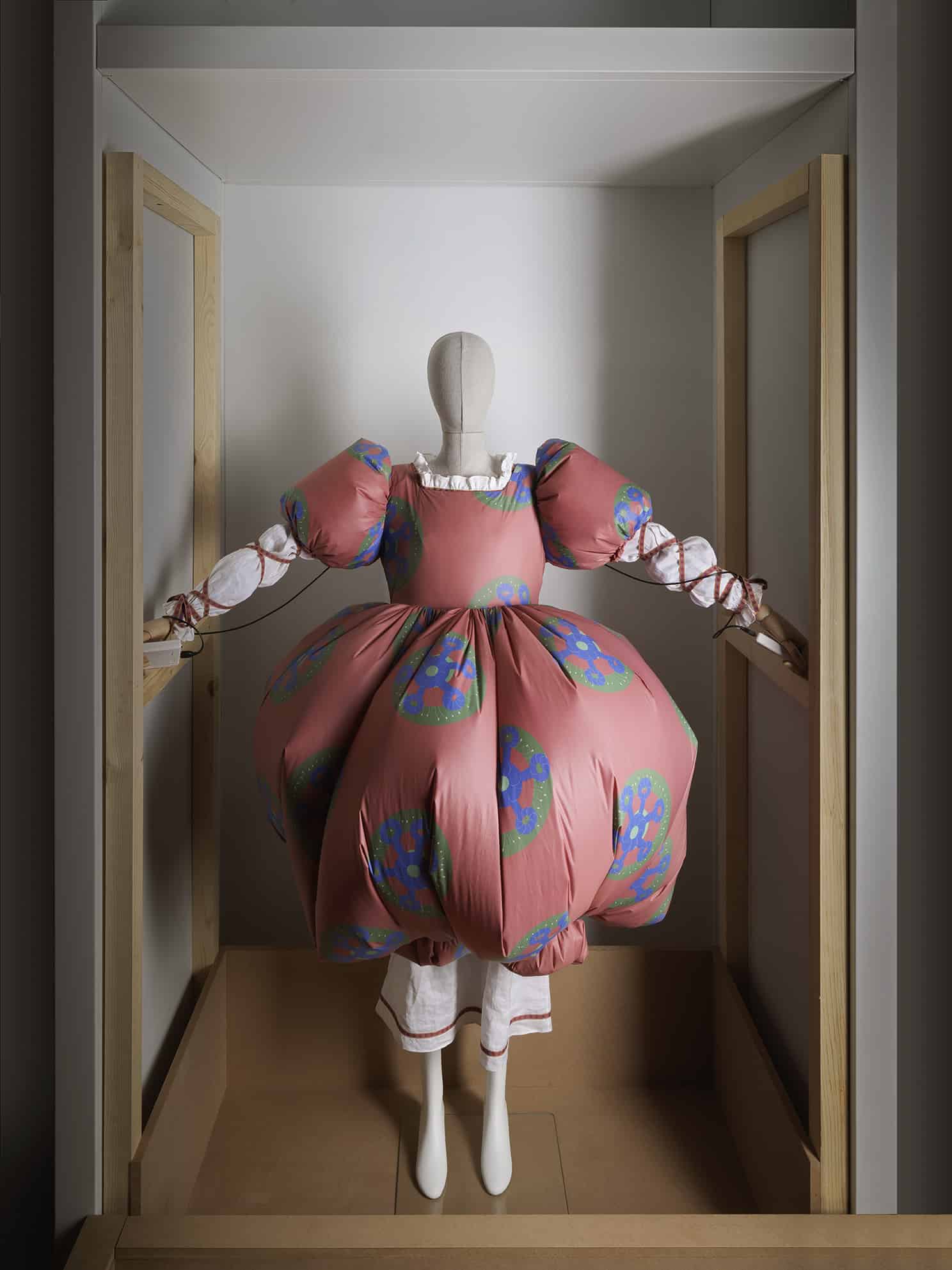
2020 Syna Chen Fashion
OPERATION EUROPA
We are in this case in the realm of the fantastic fairy tale, à la Tim Burton. How would alien heads of state dress if humans and extraterrestrials were to meet on an official visit? This is the totally surreal premise of an inflatable collection - the dress actually inflates thanks to the inclusion of a small motor - and full of irony, winks at the cinema. The garment specifically is part of her collection, but is actually a variation created for a special project carried out with Promoturismo FVG, the Friuli Venezia Giulia region's tourism promotion agency, to rework a 15th-century Venetian dress, from which this garment is inspired.
2021 Tianan Ding
Revalue / Rivalutare
2010 Courtney Mc Williams
Yard days aren't over (long live buttoned shirts+whiskey)
I giorni del cortile non sono finiti (viva le camicie abbottonate e il whiskey)



